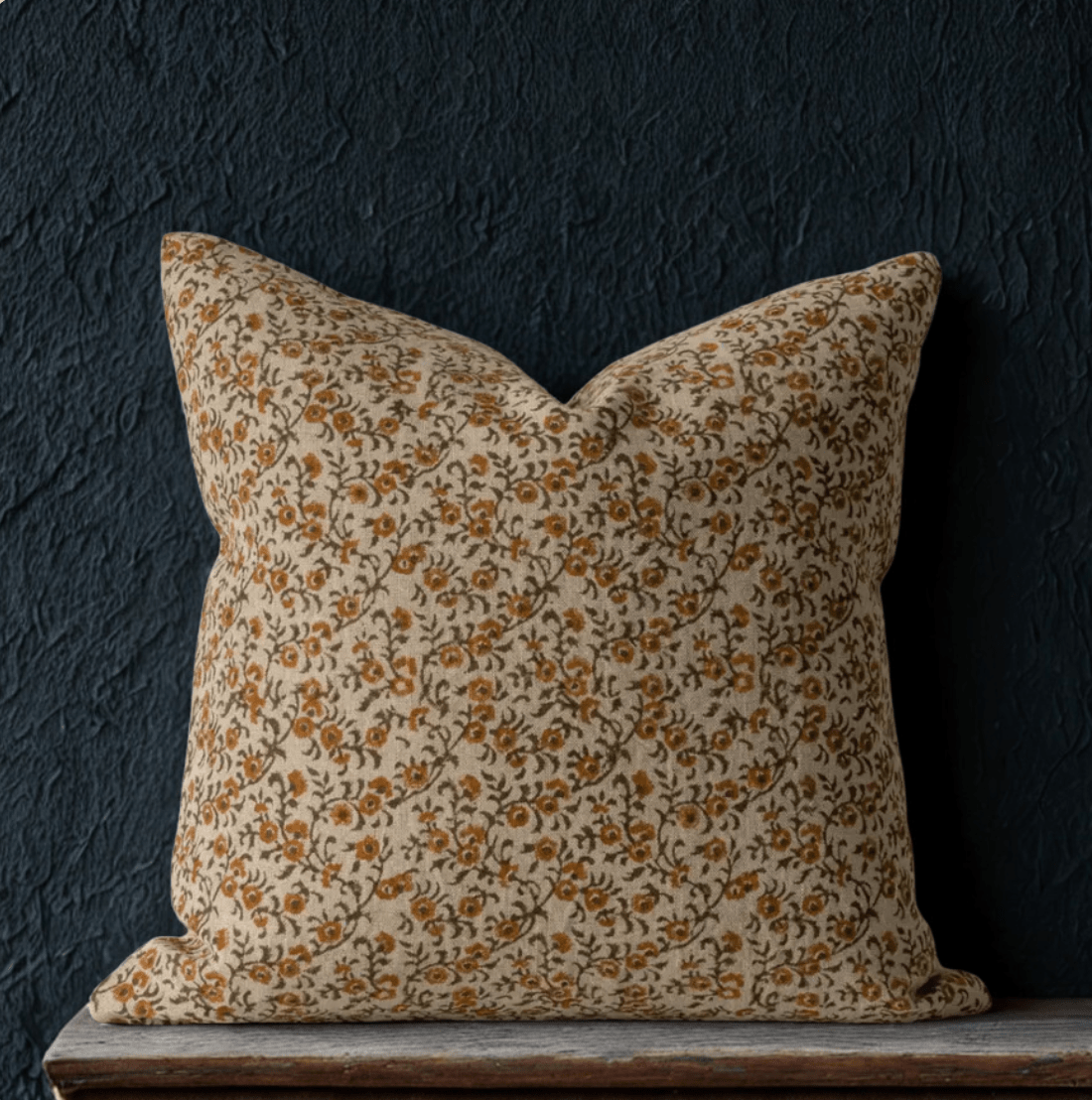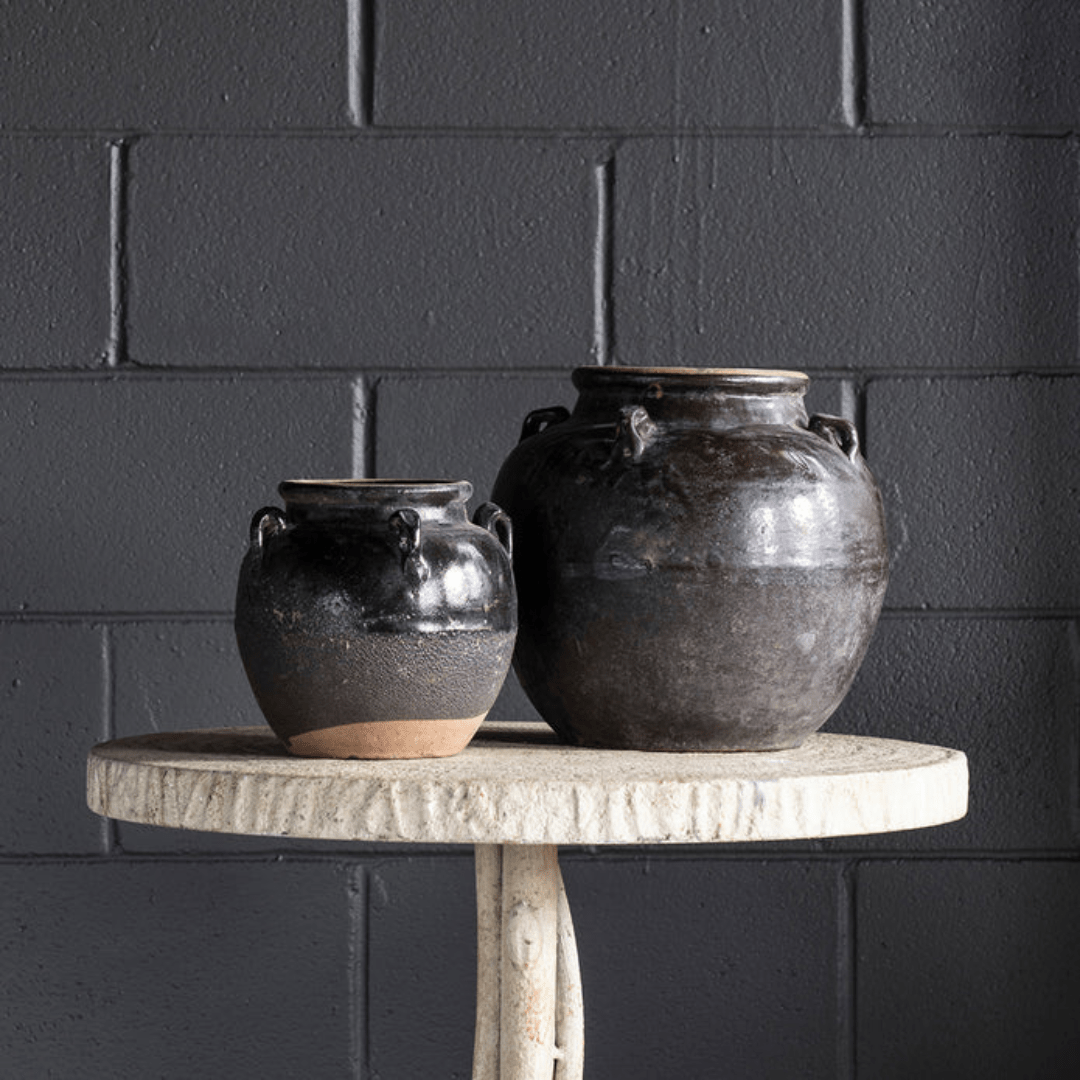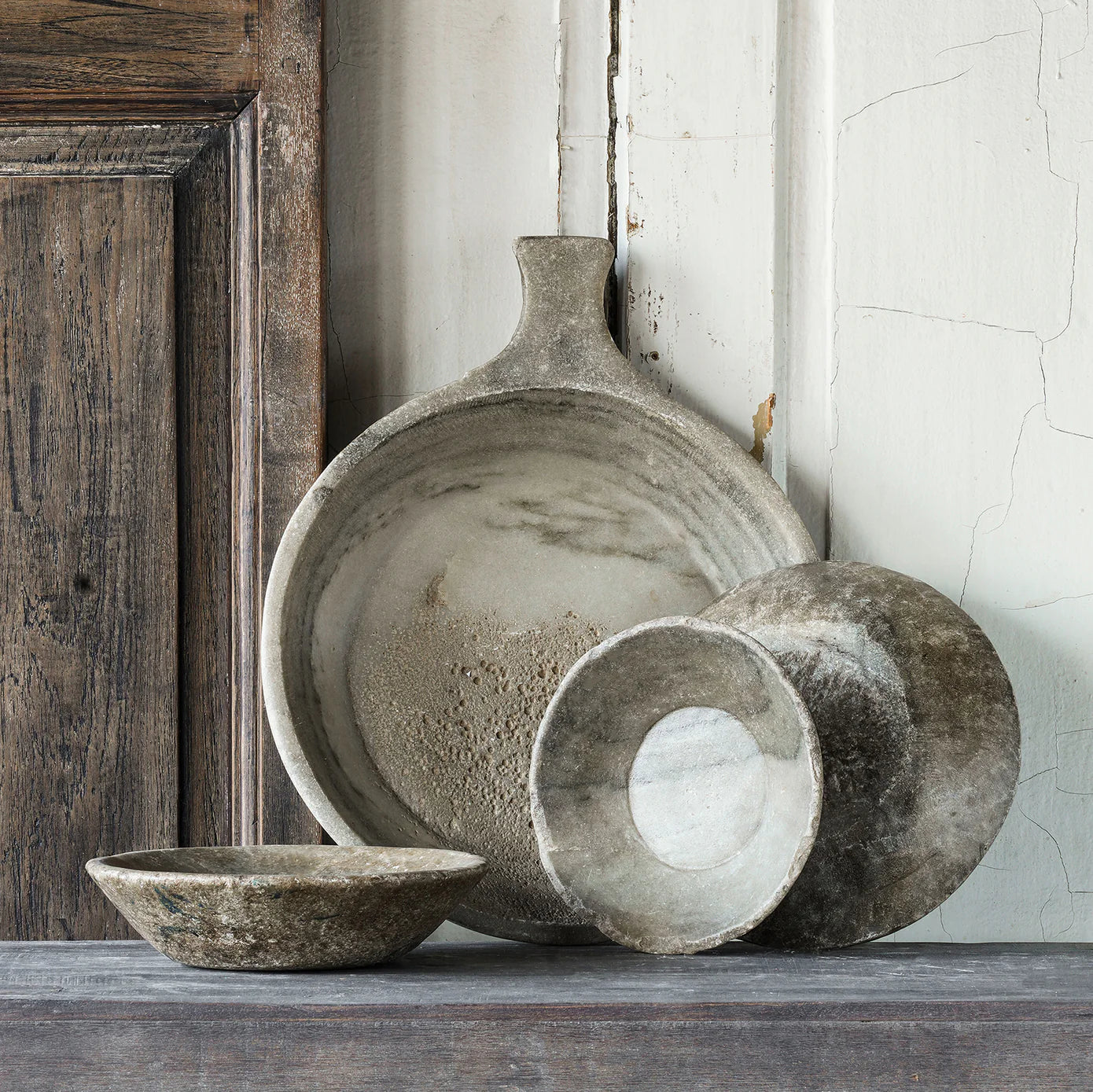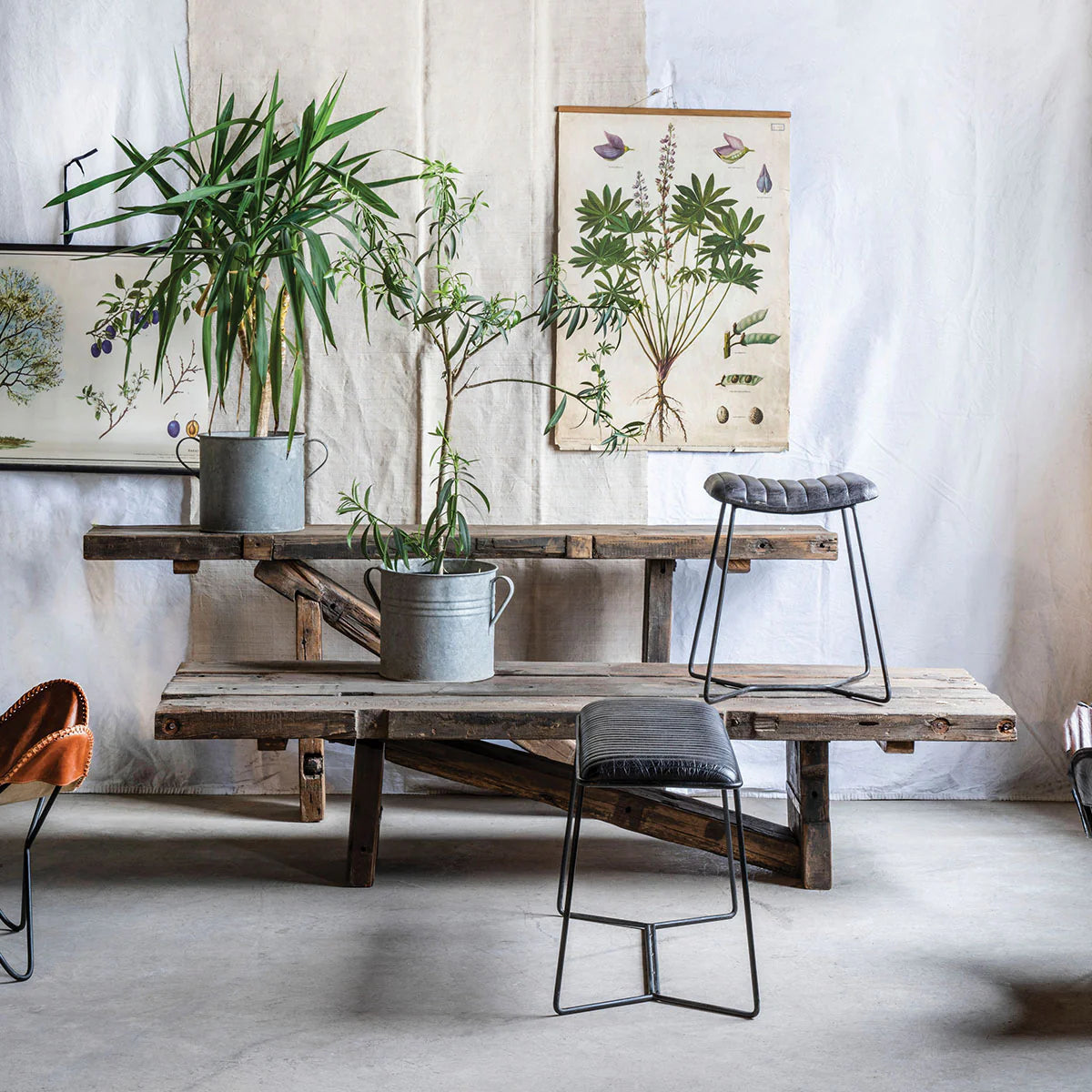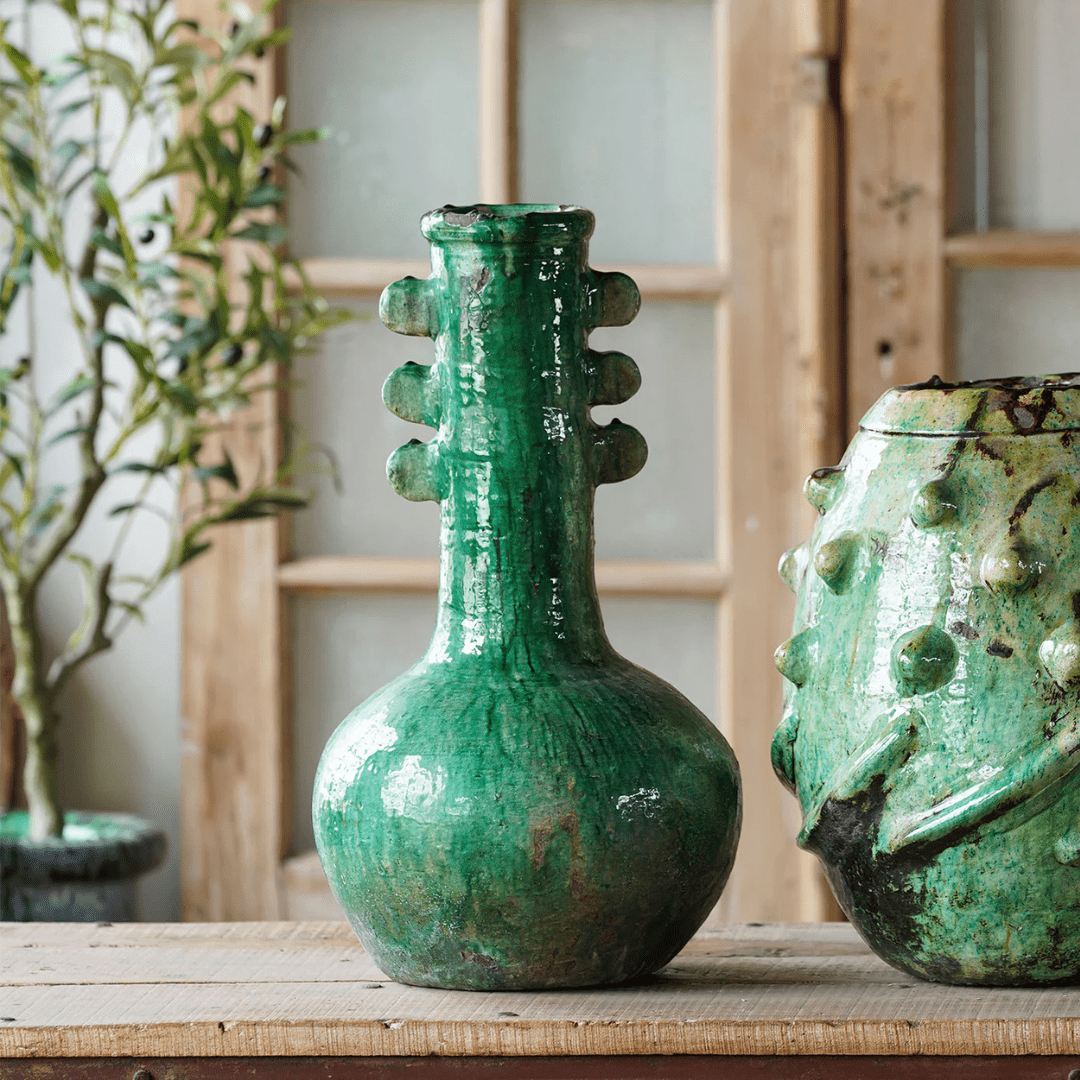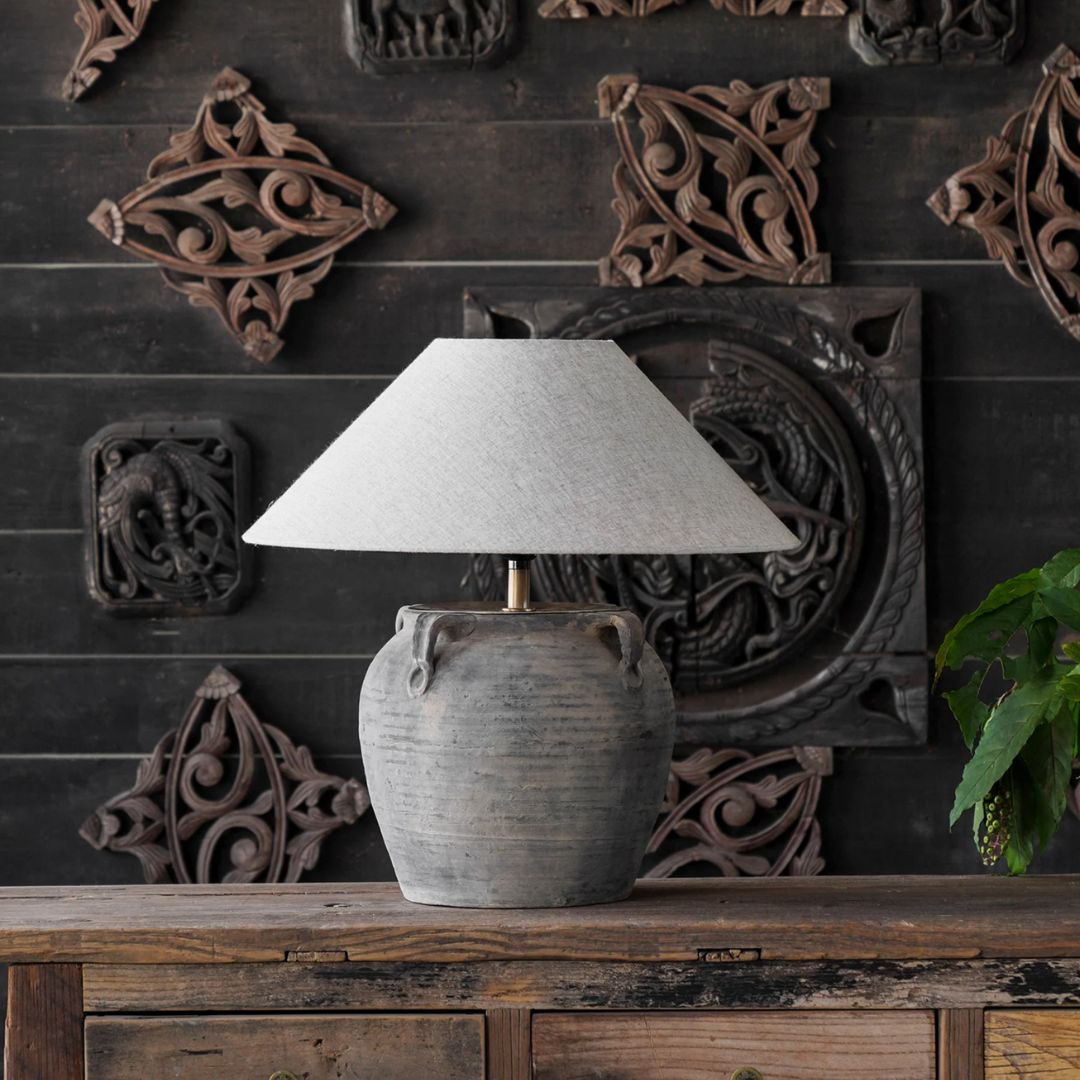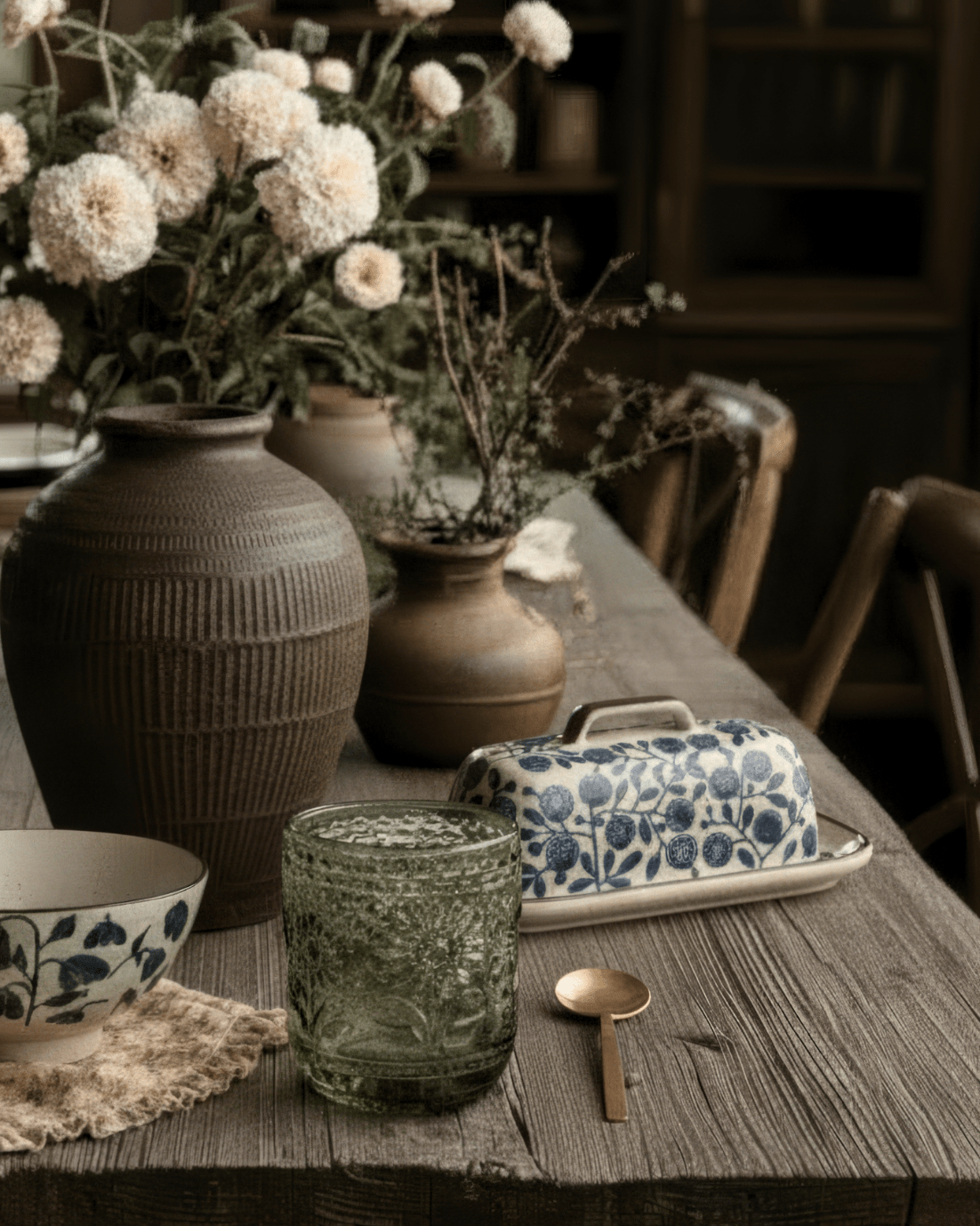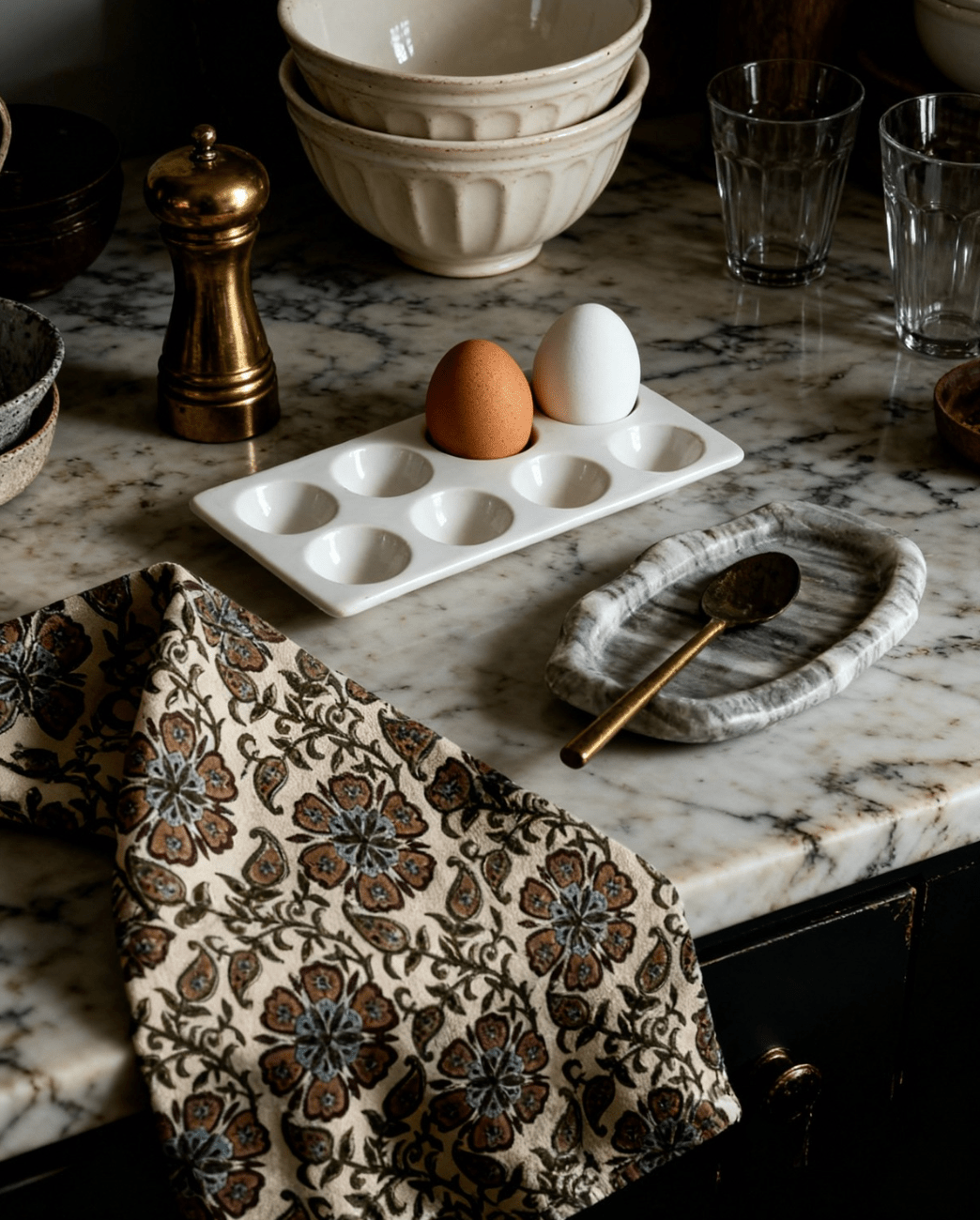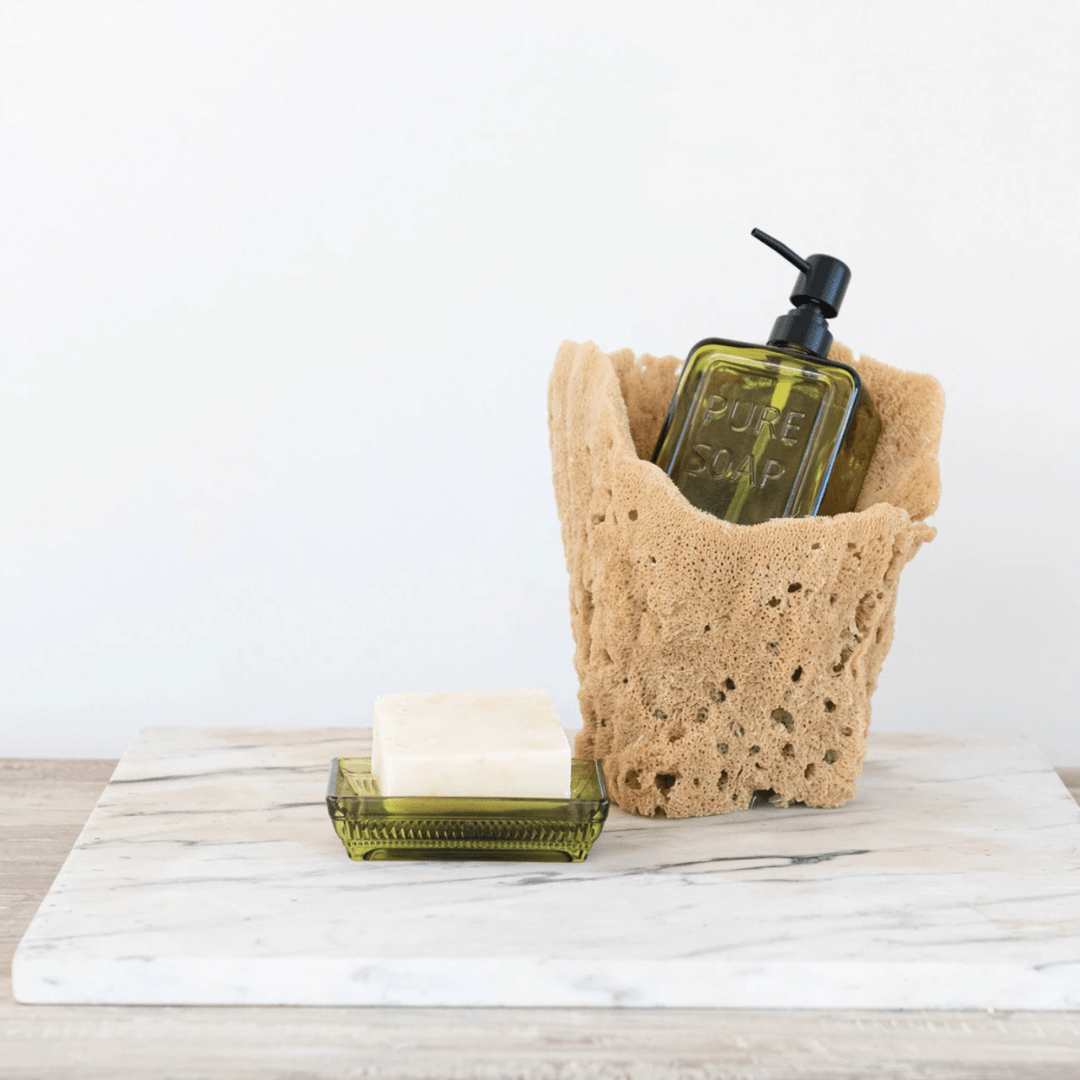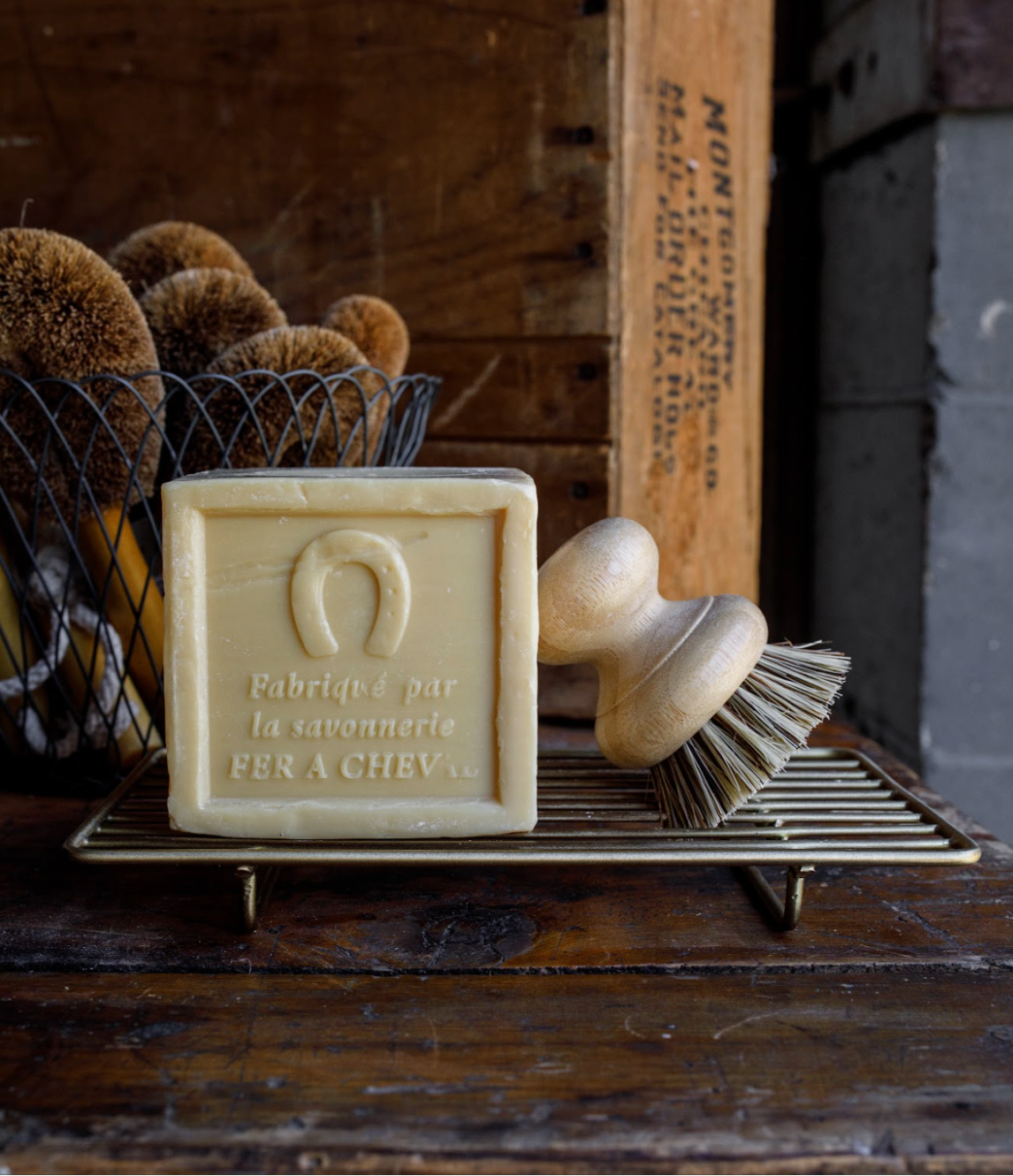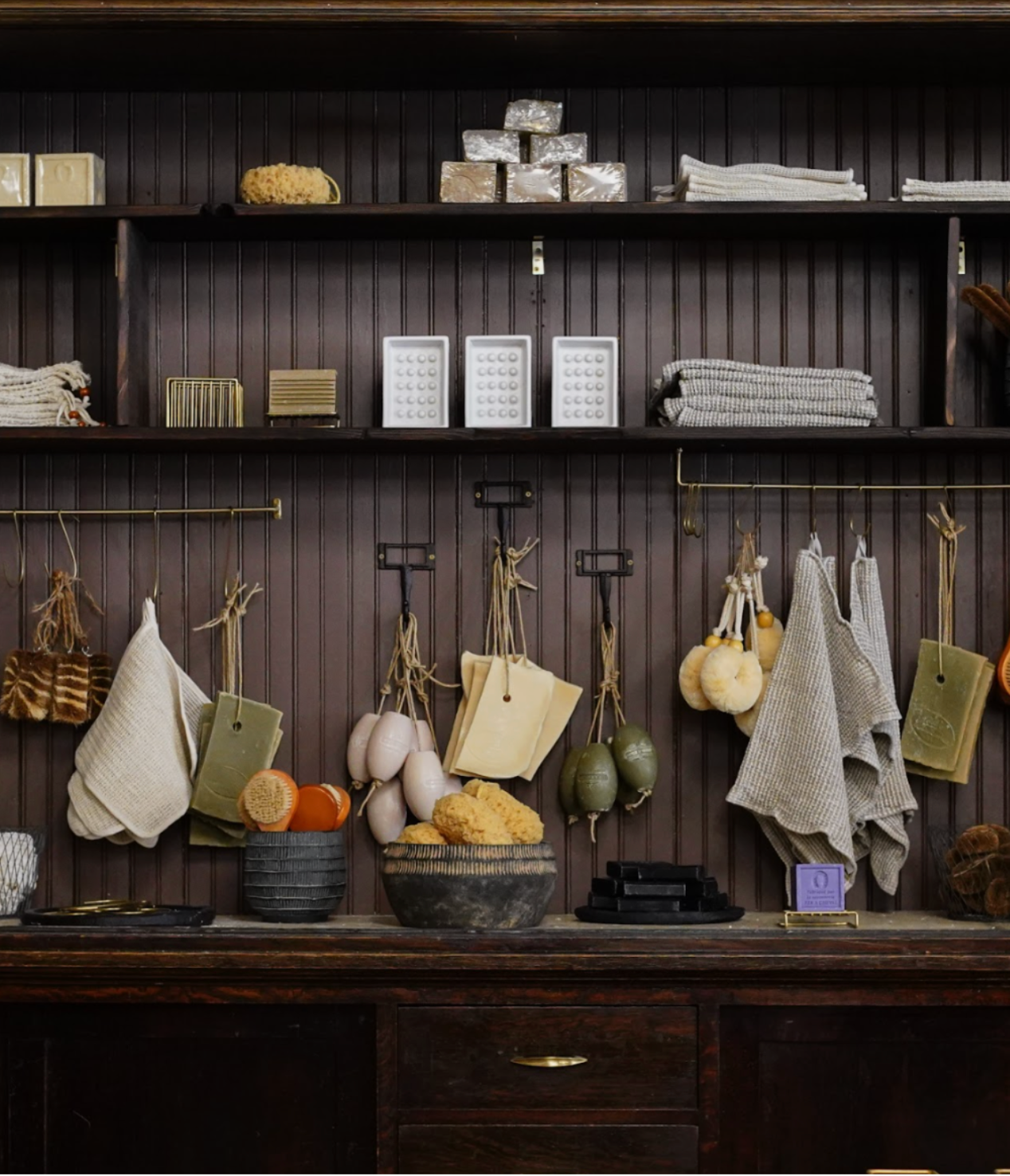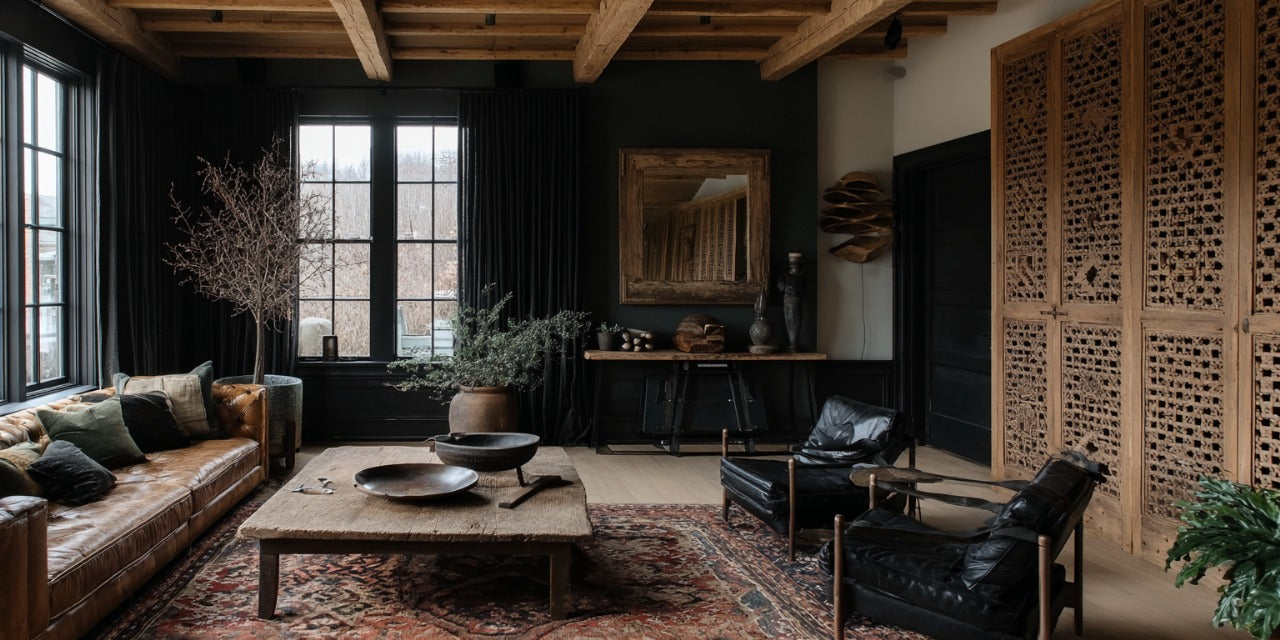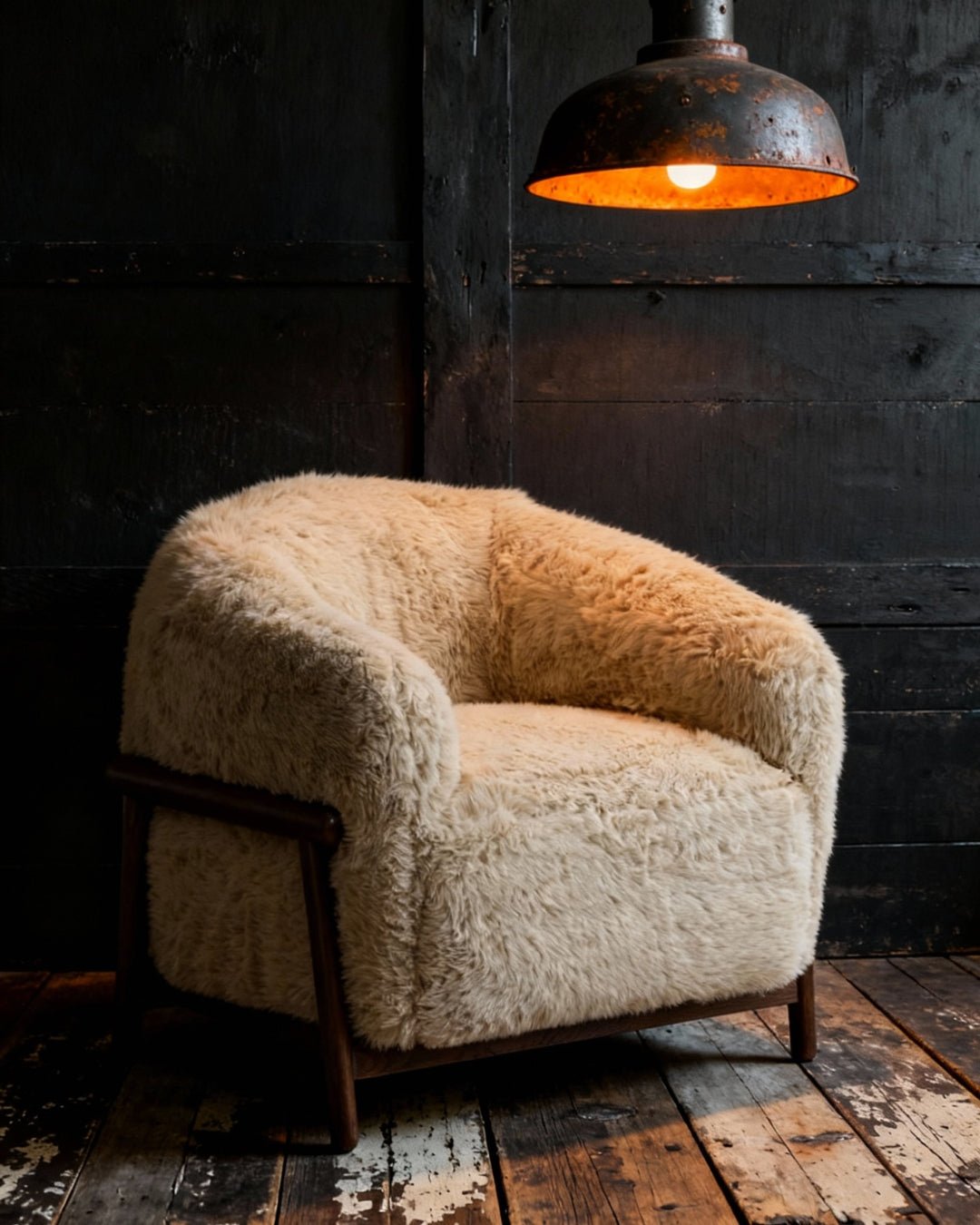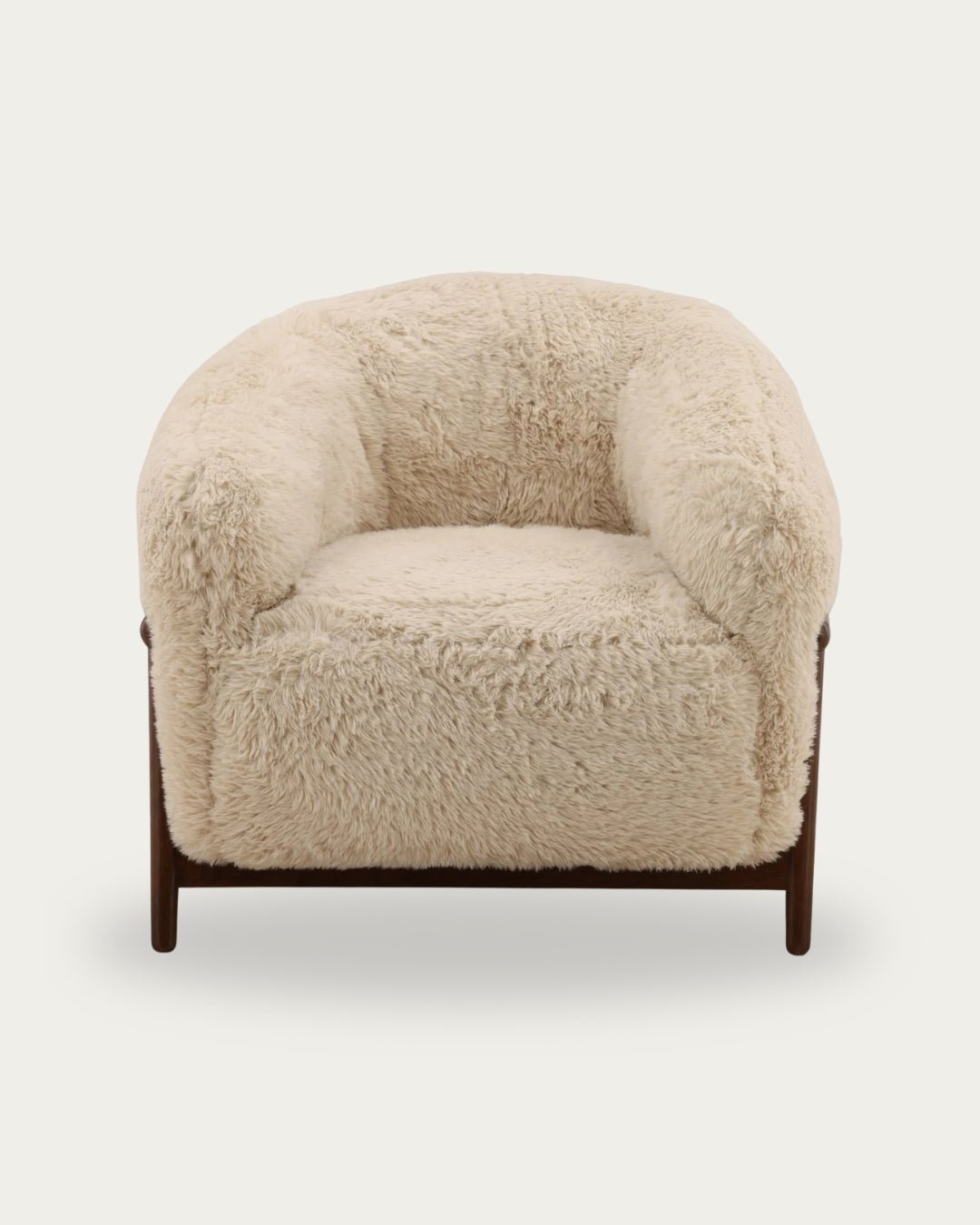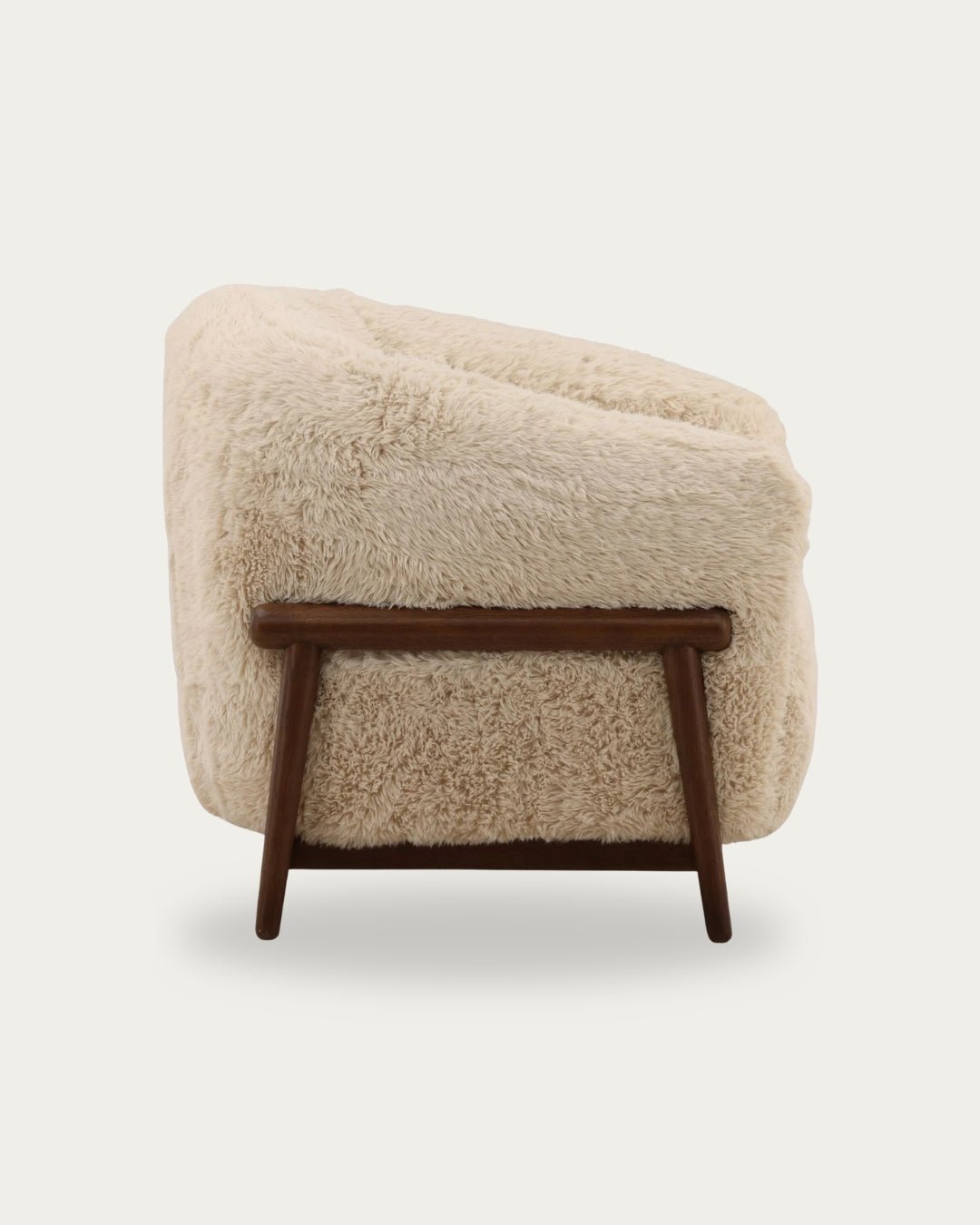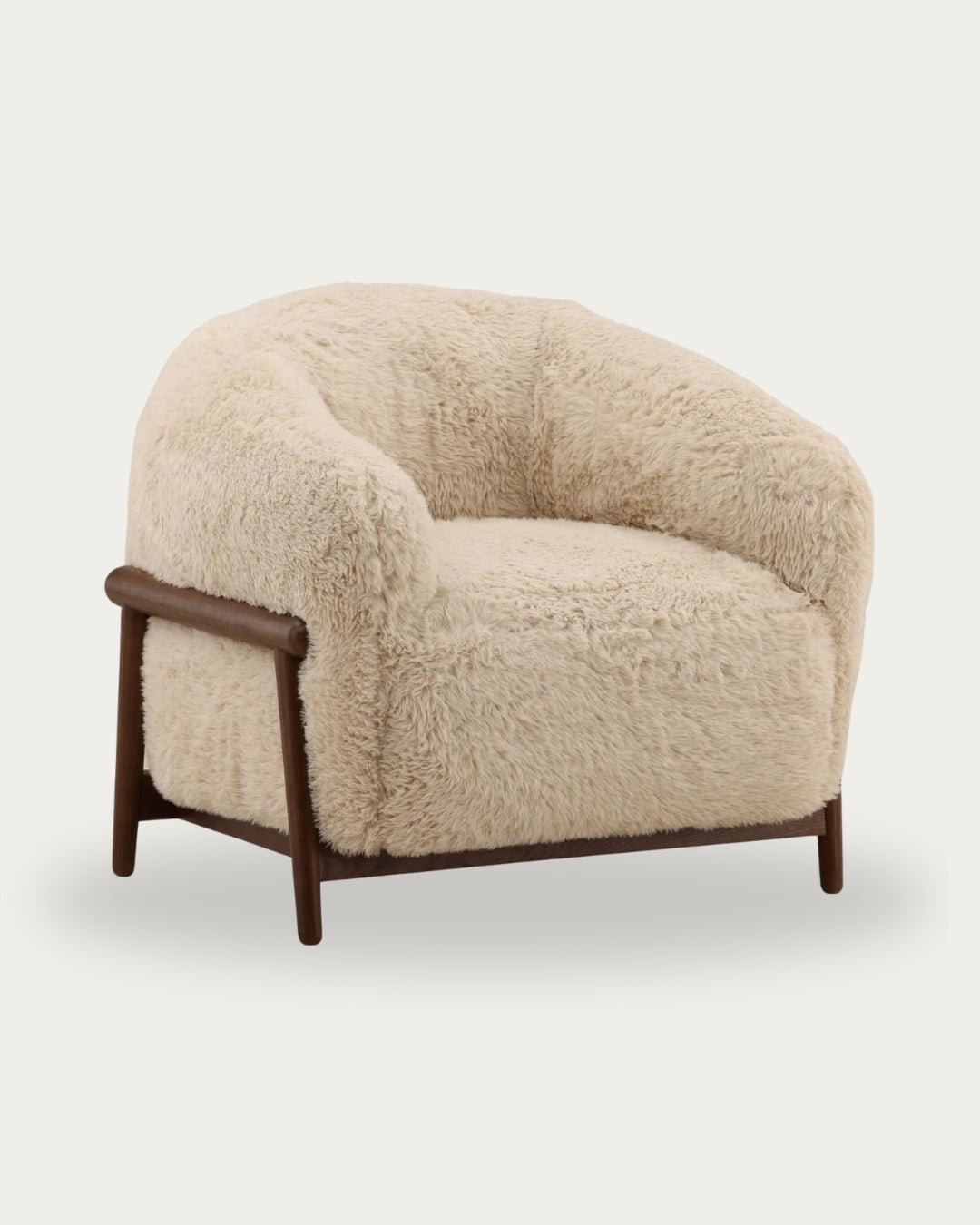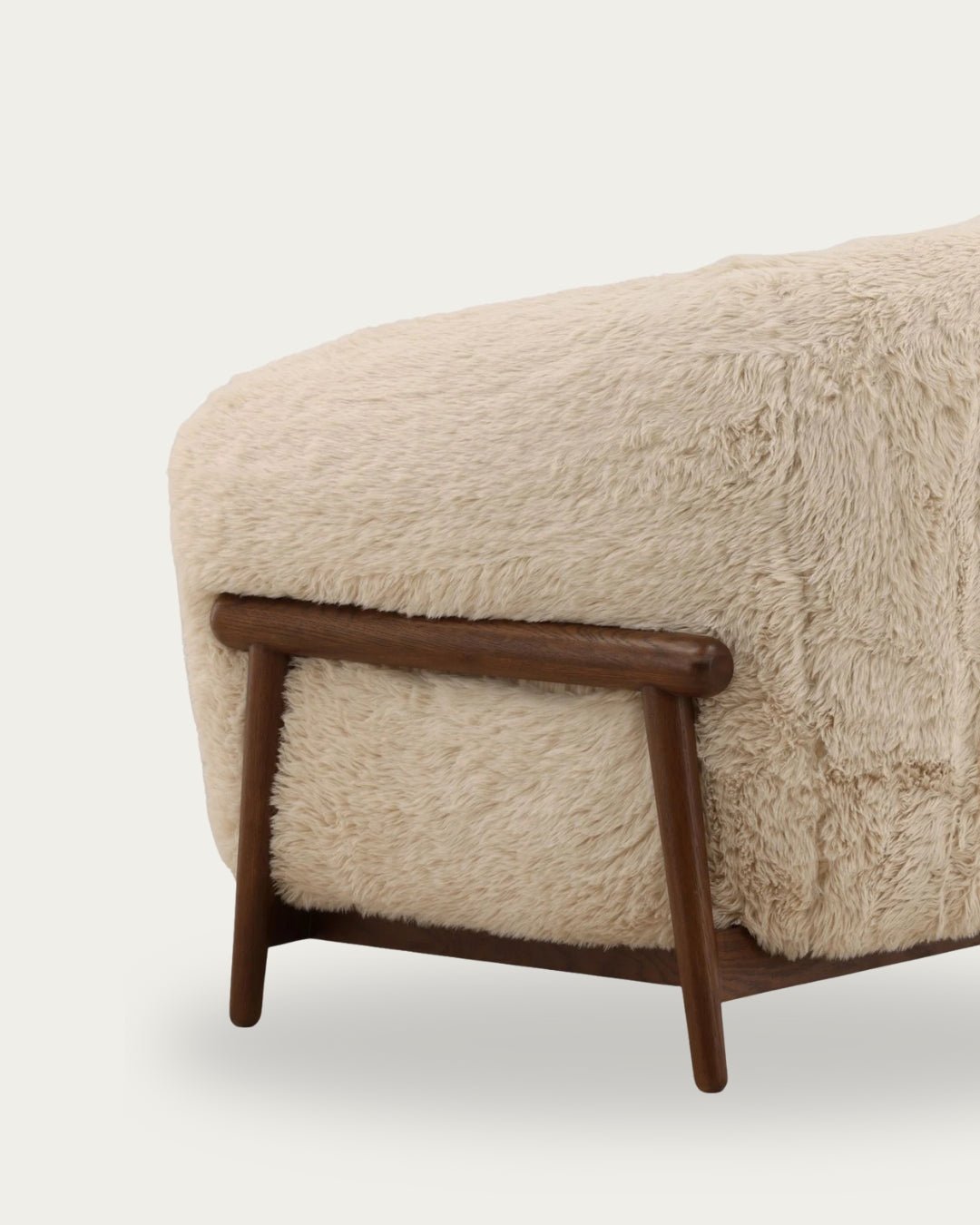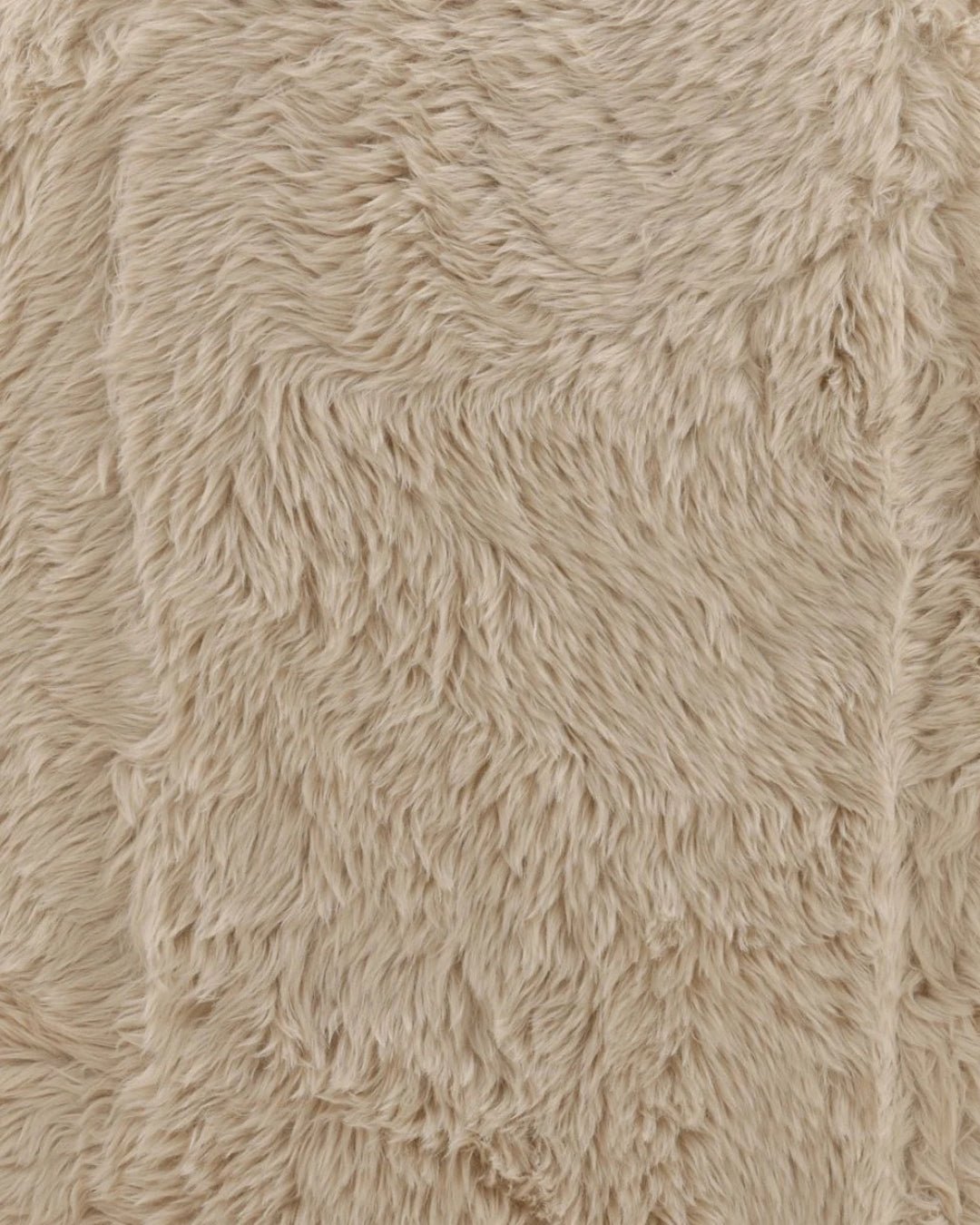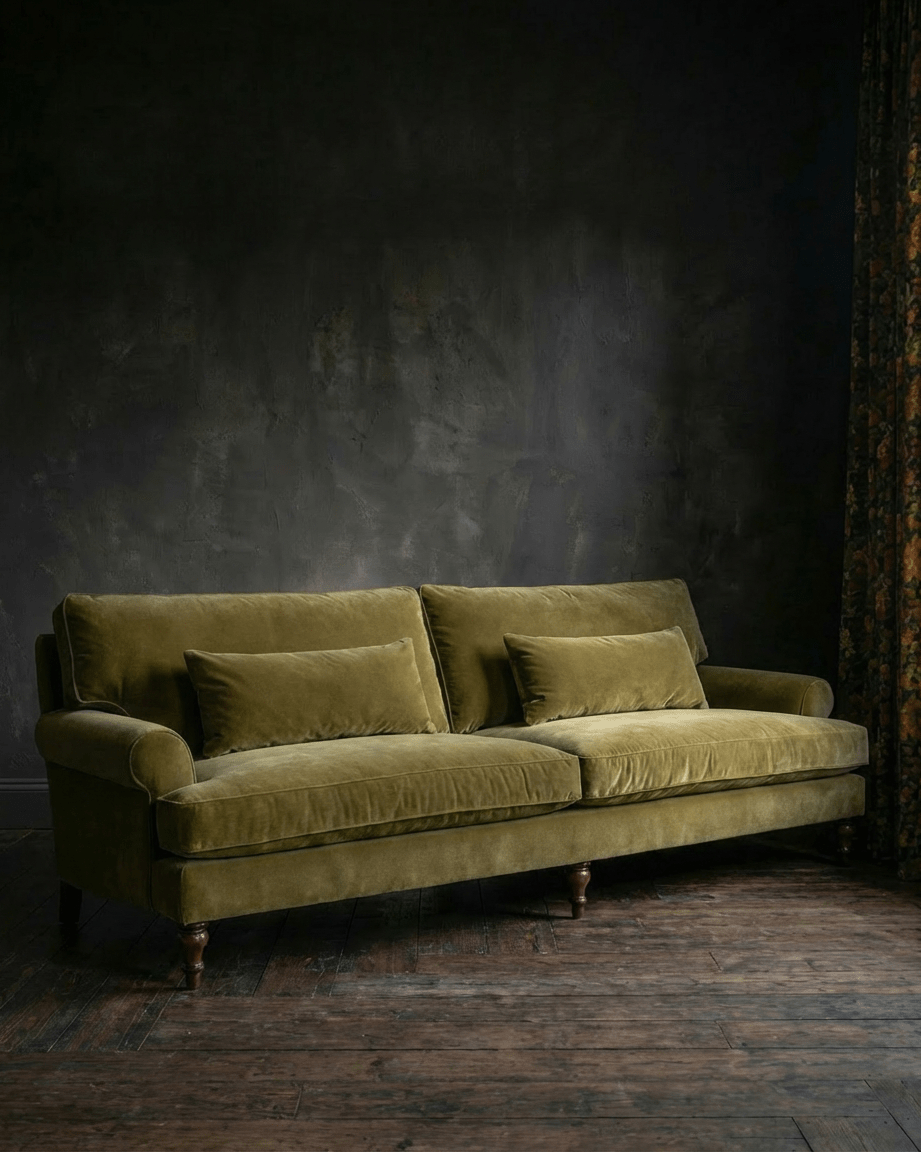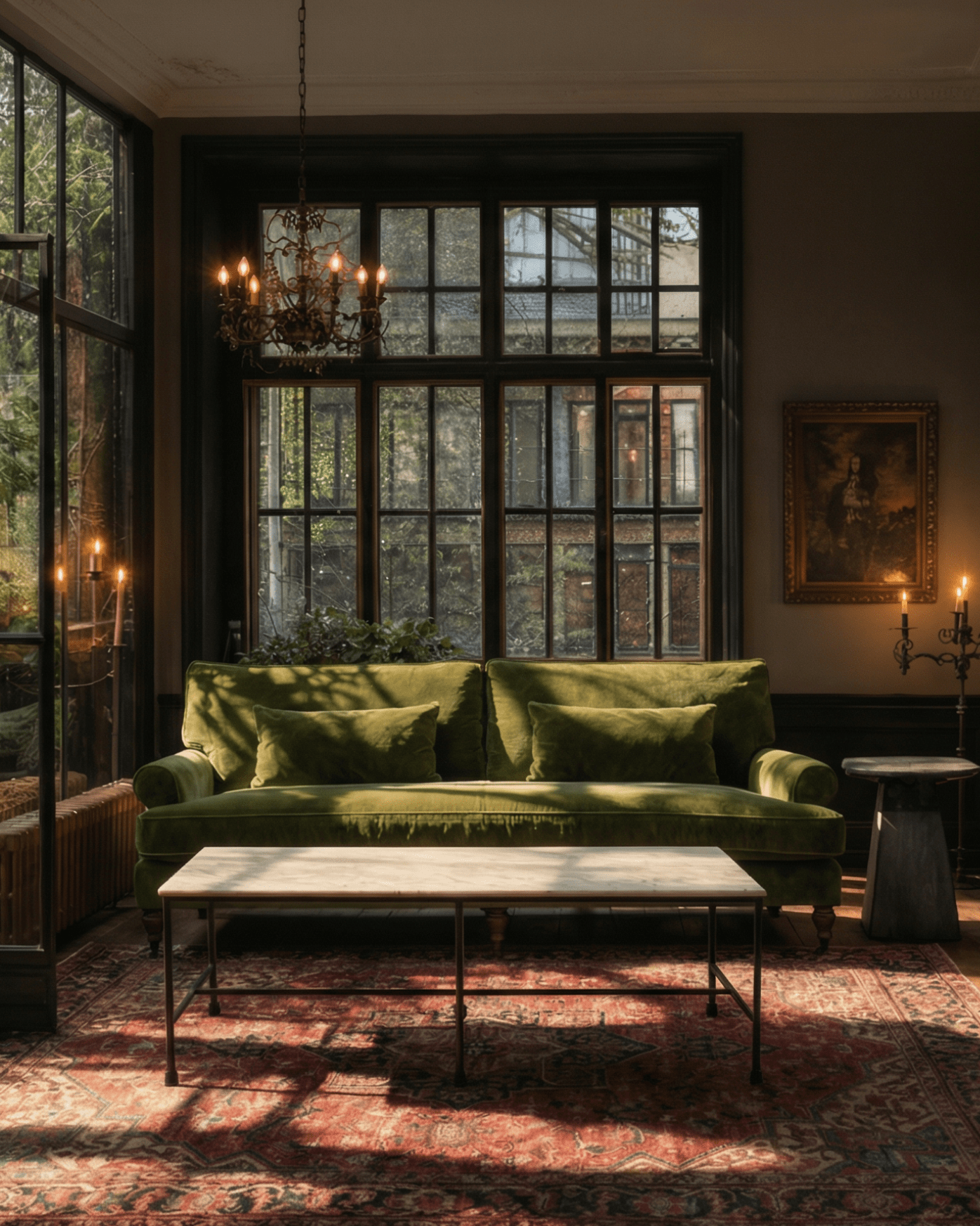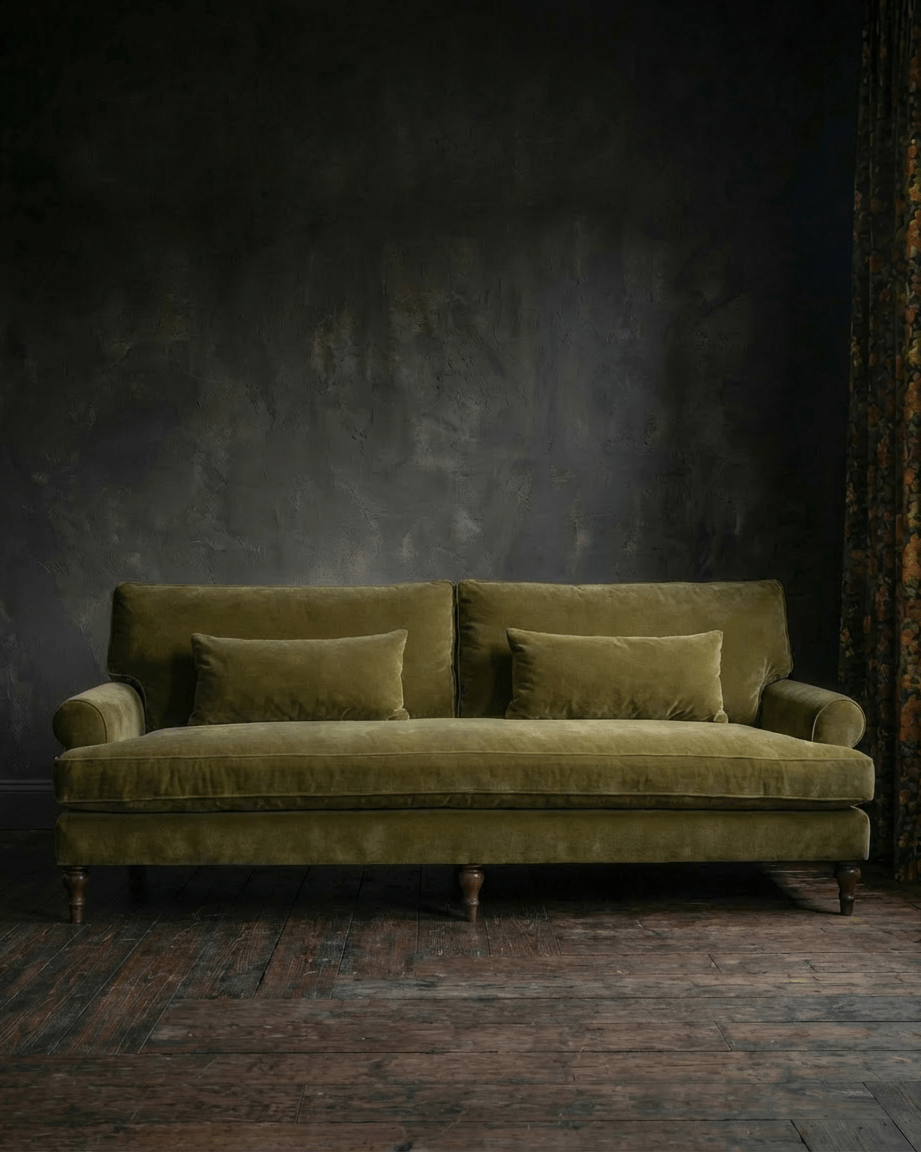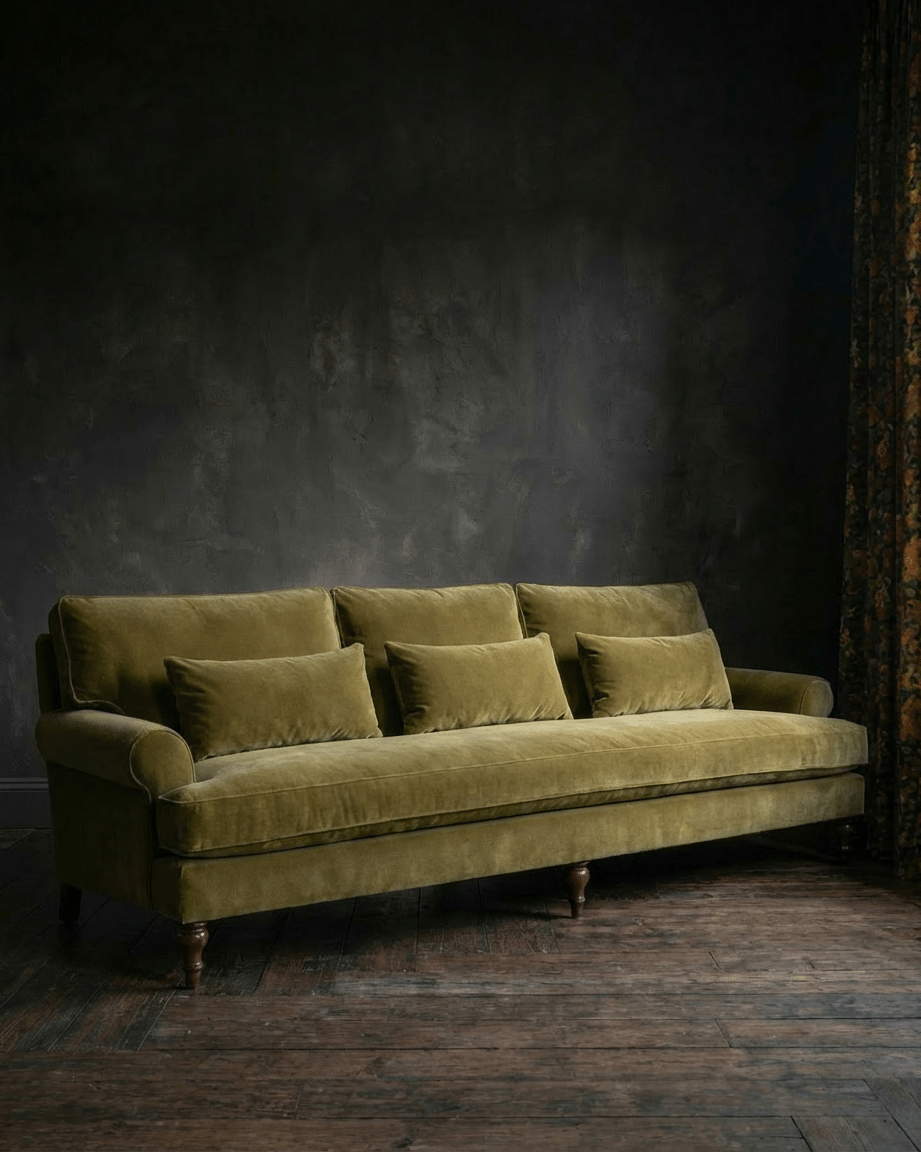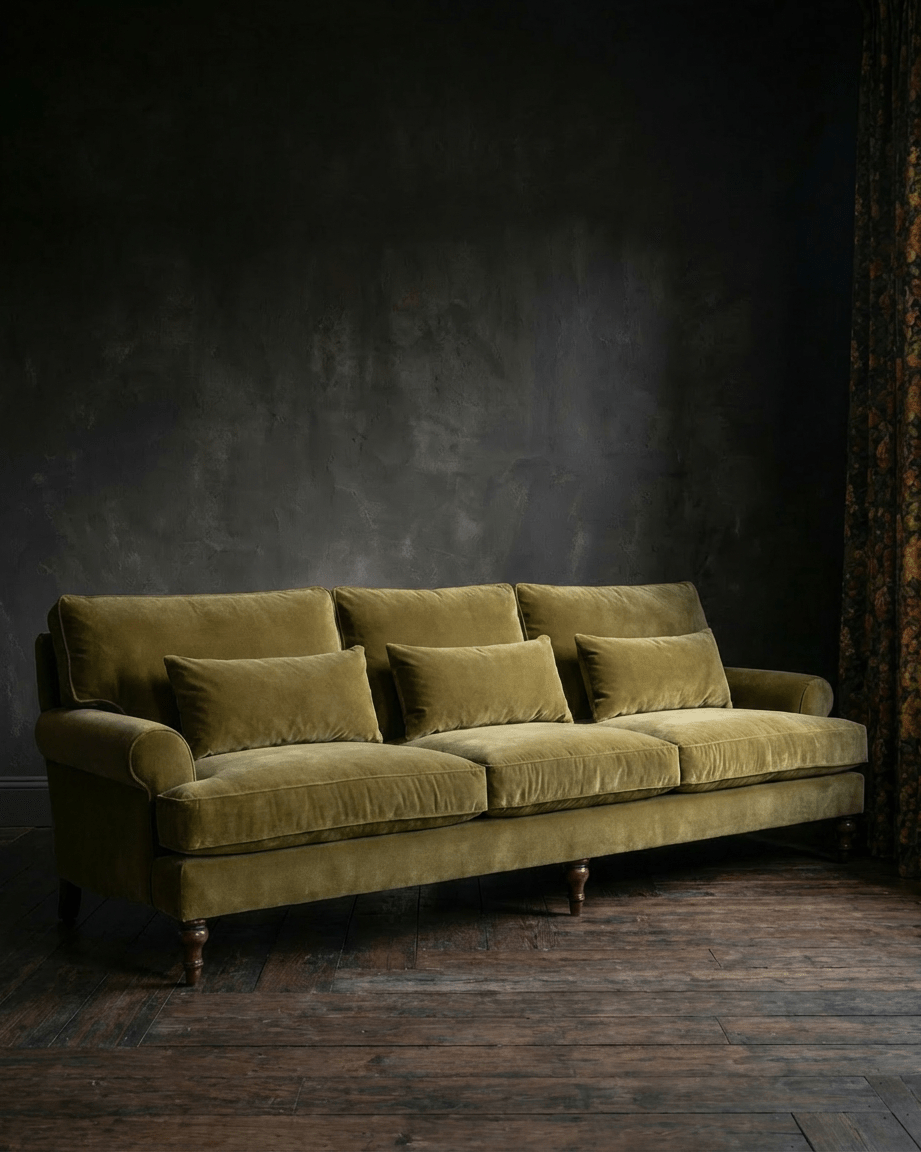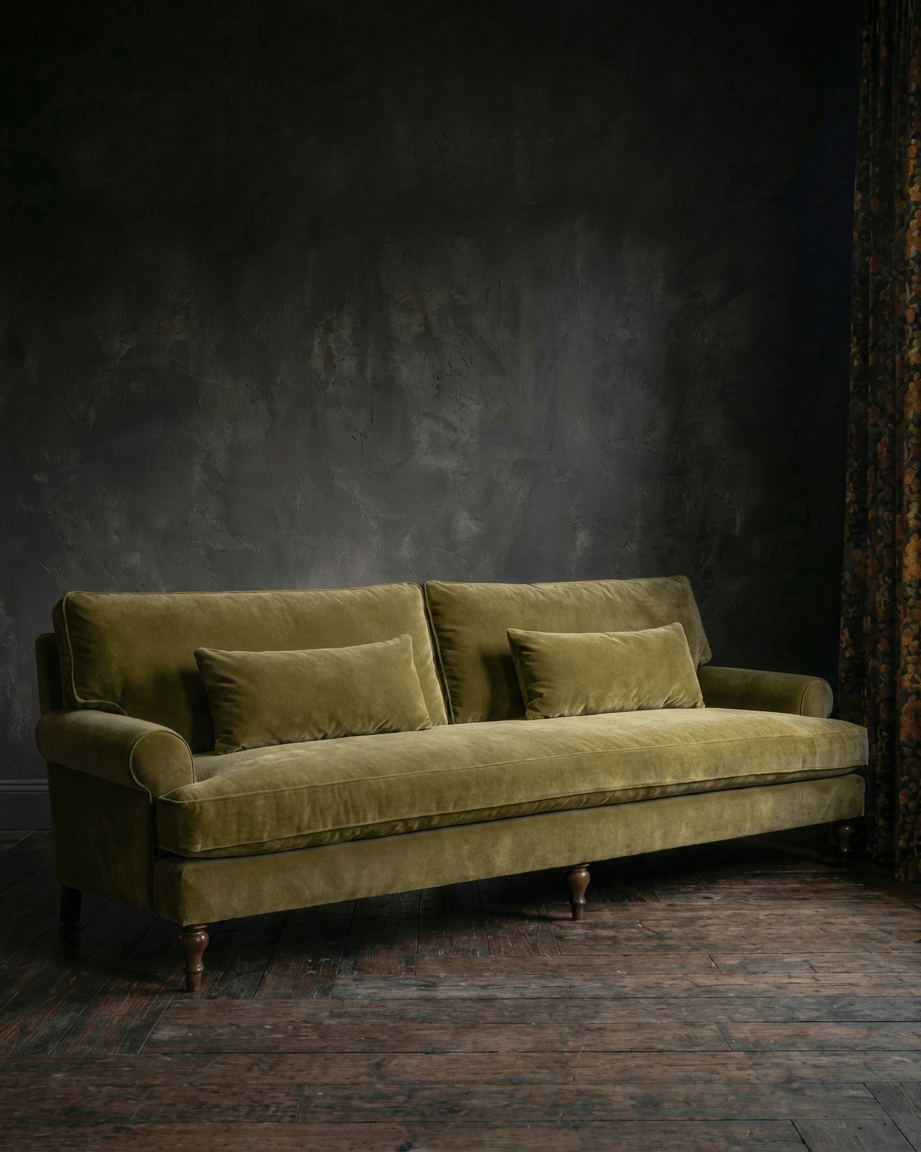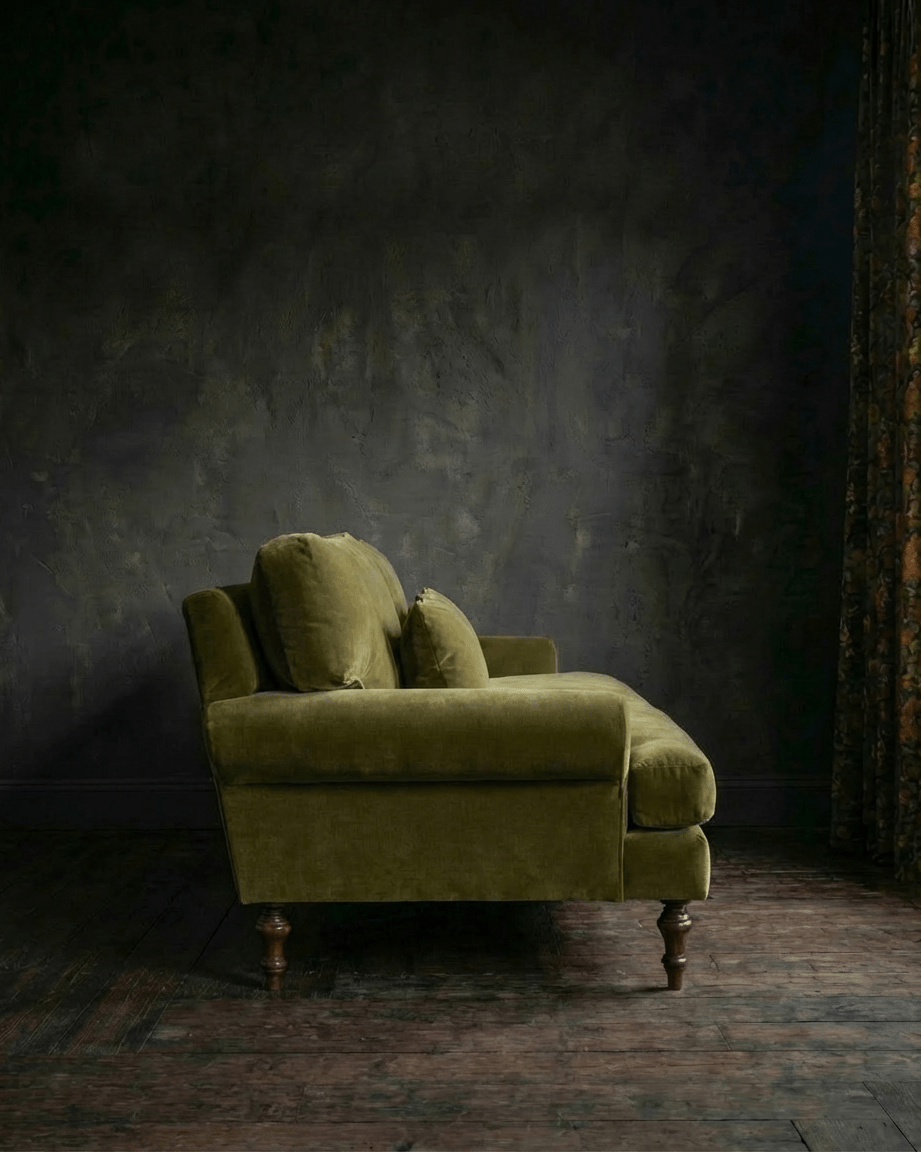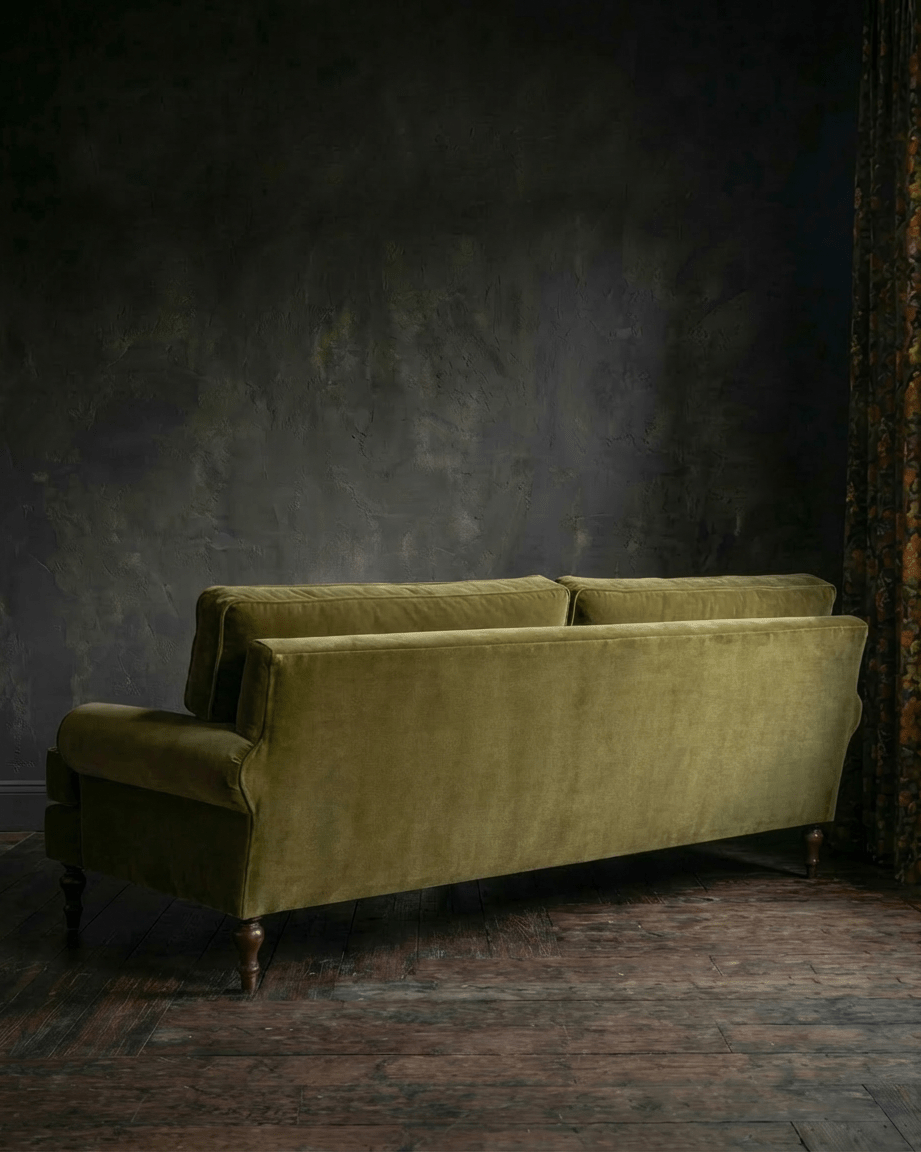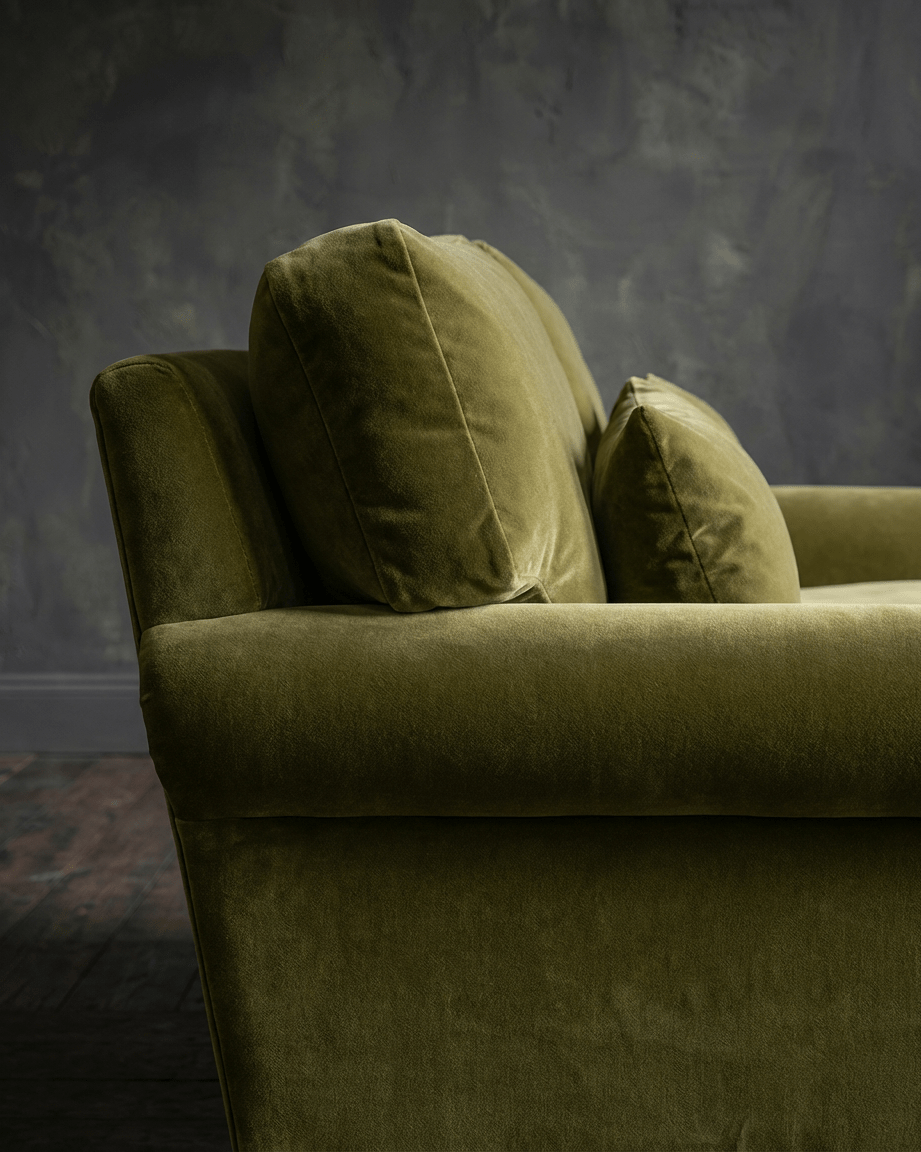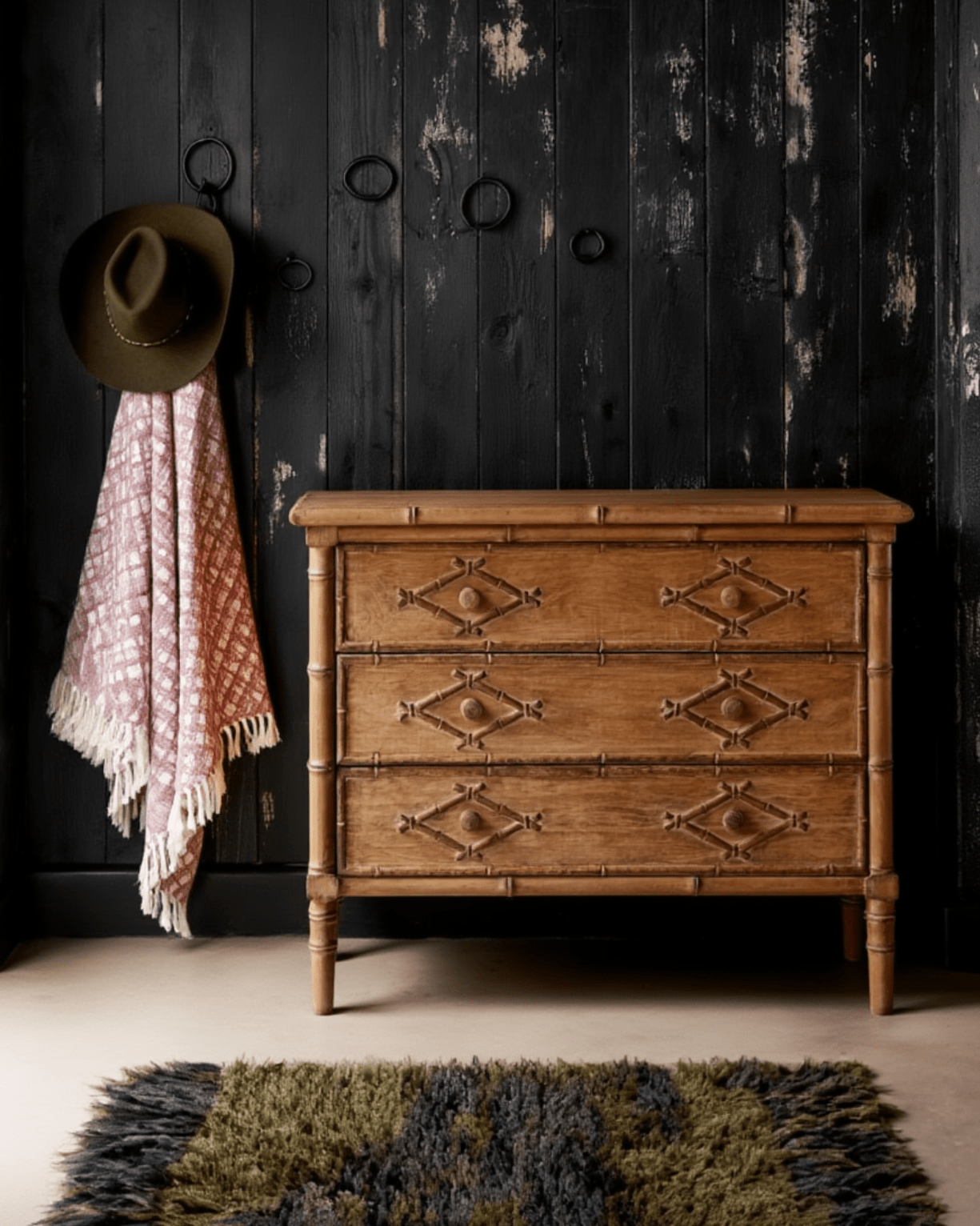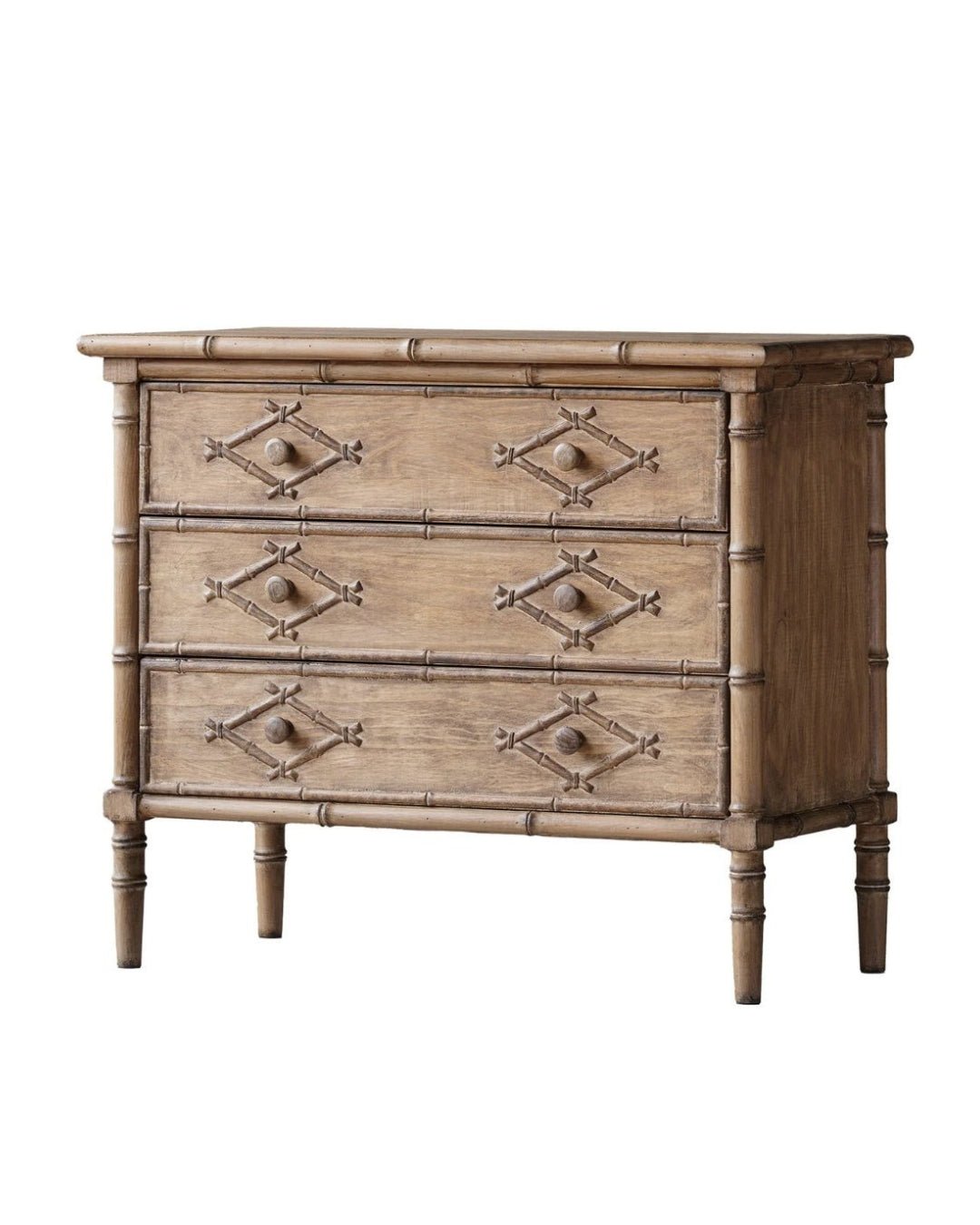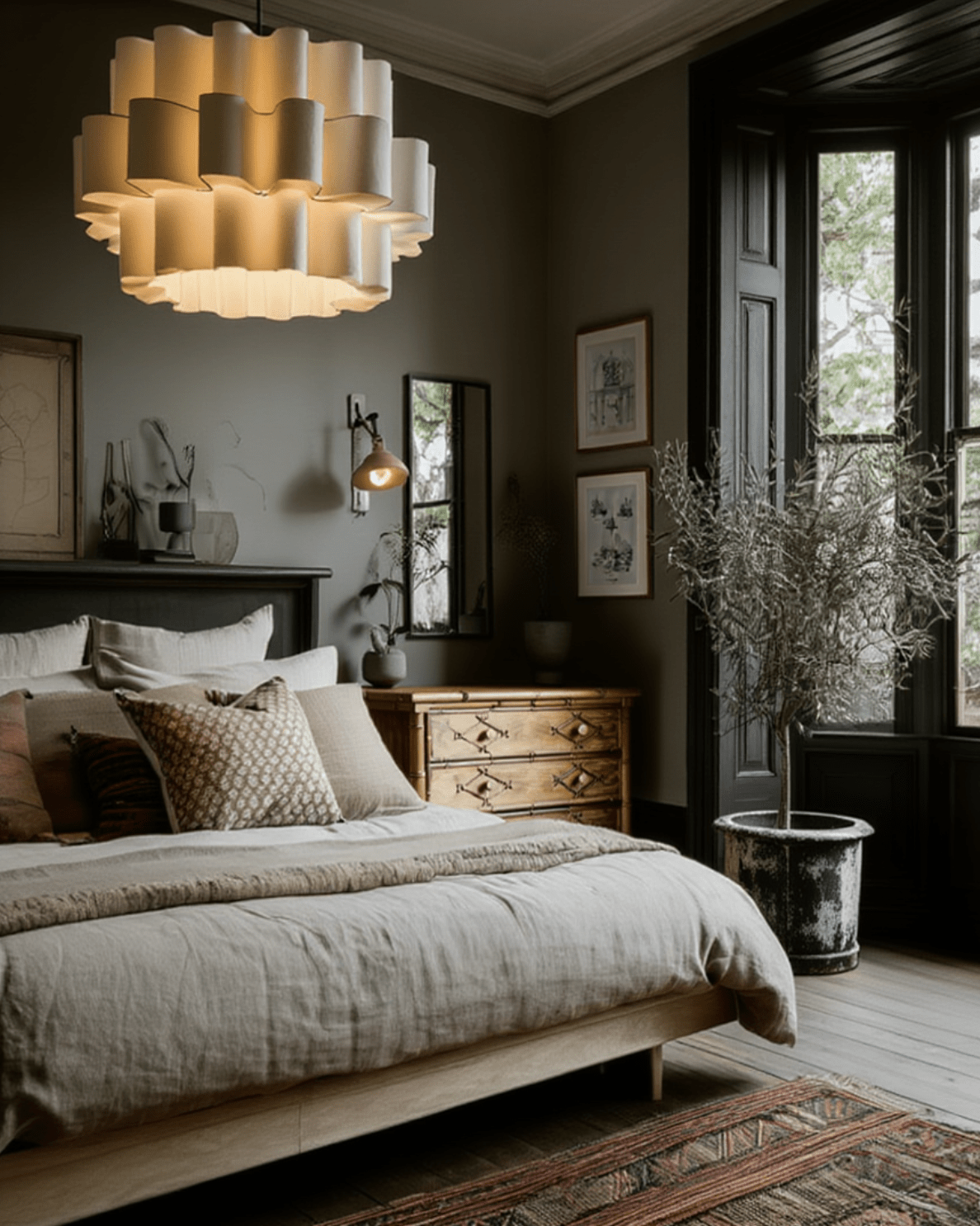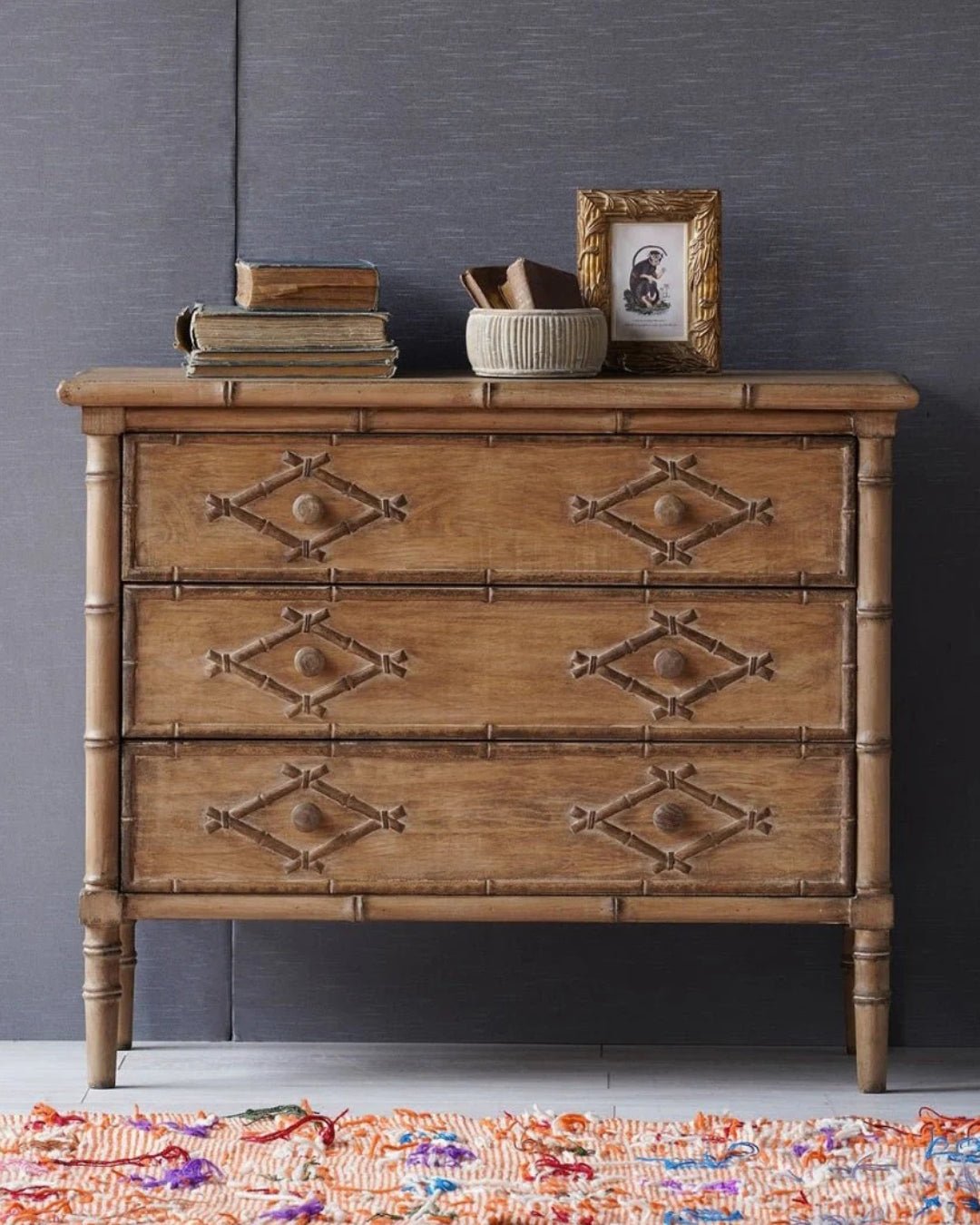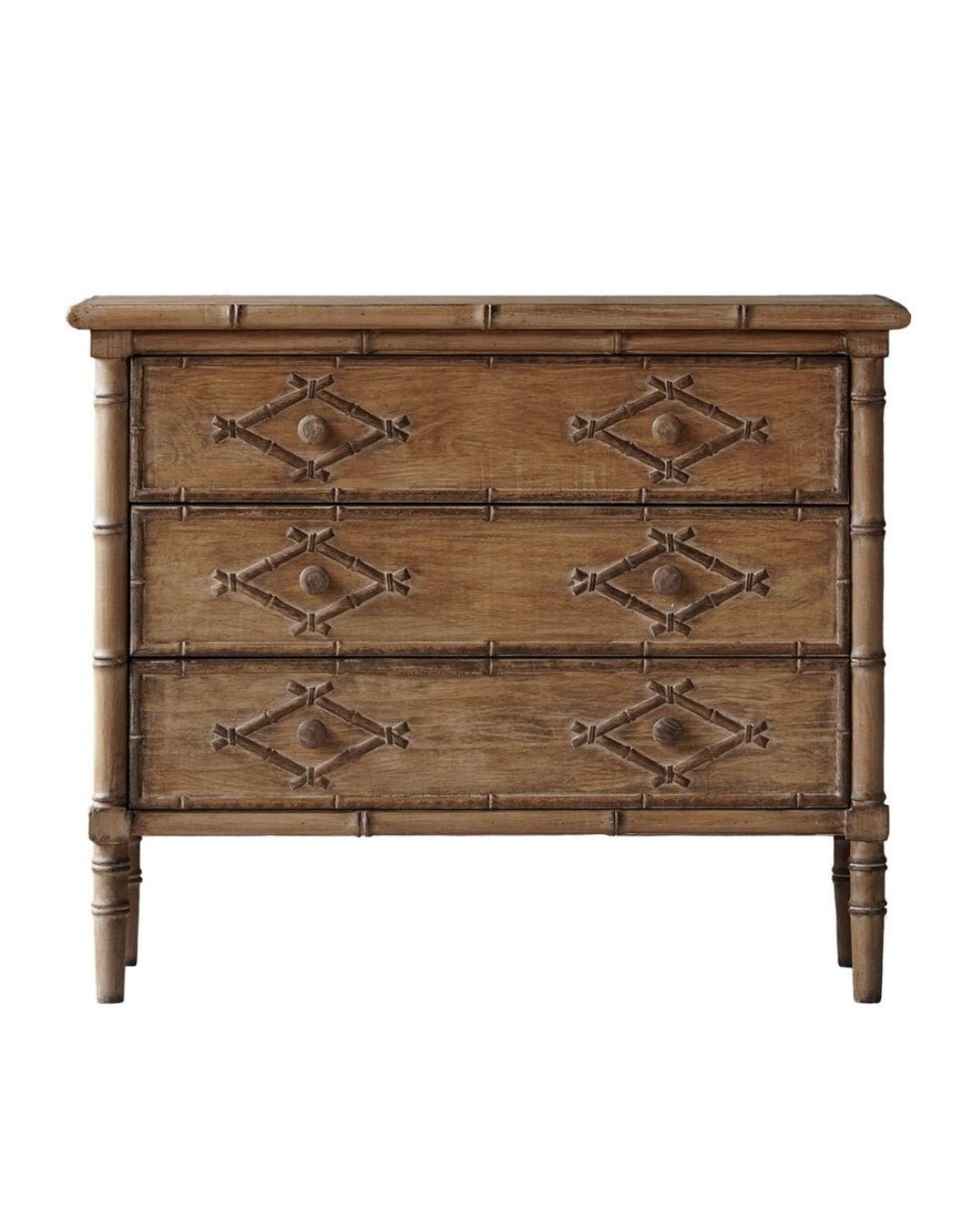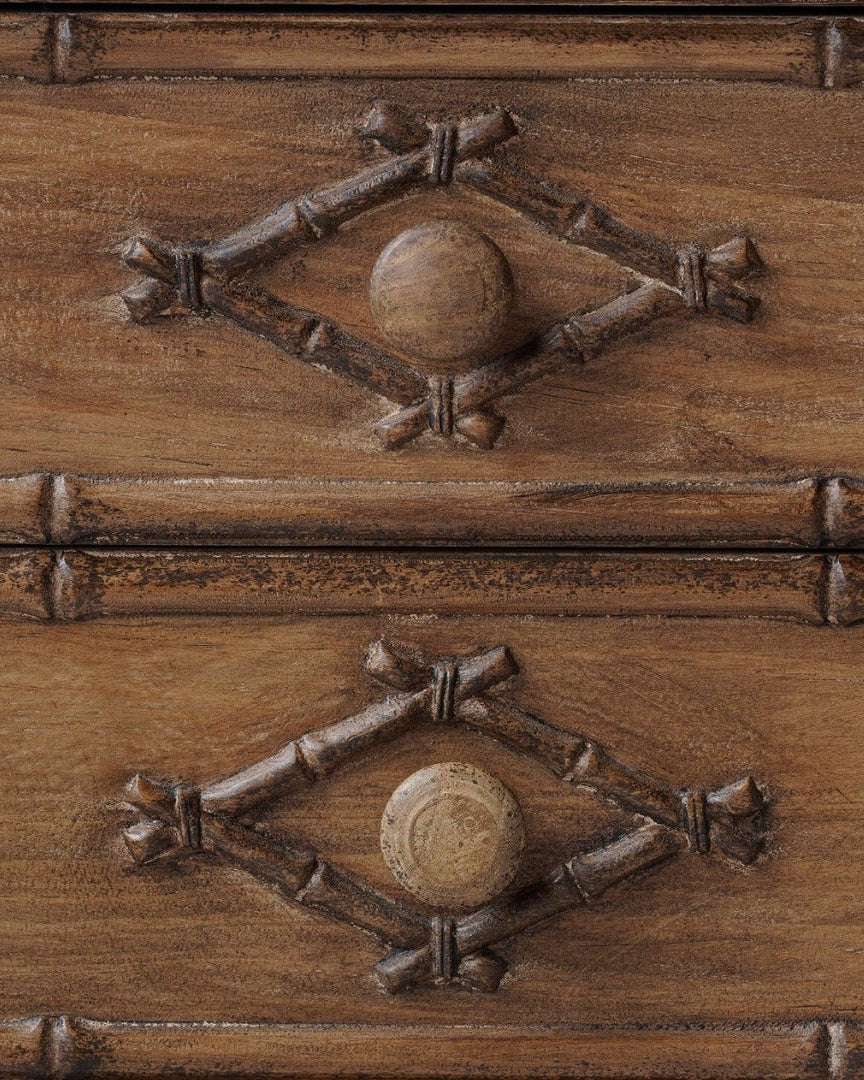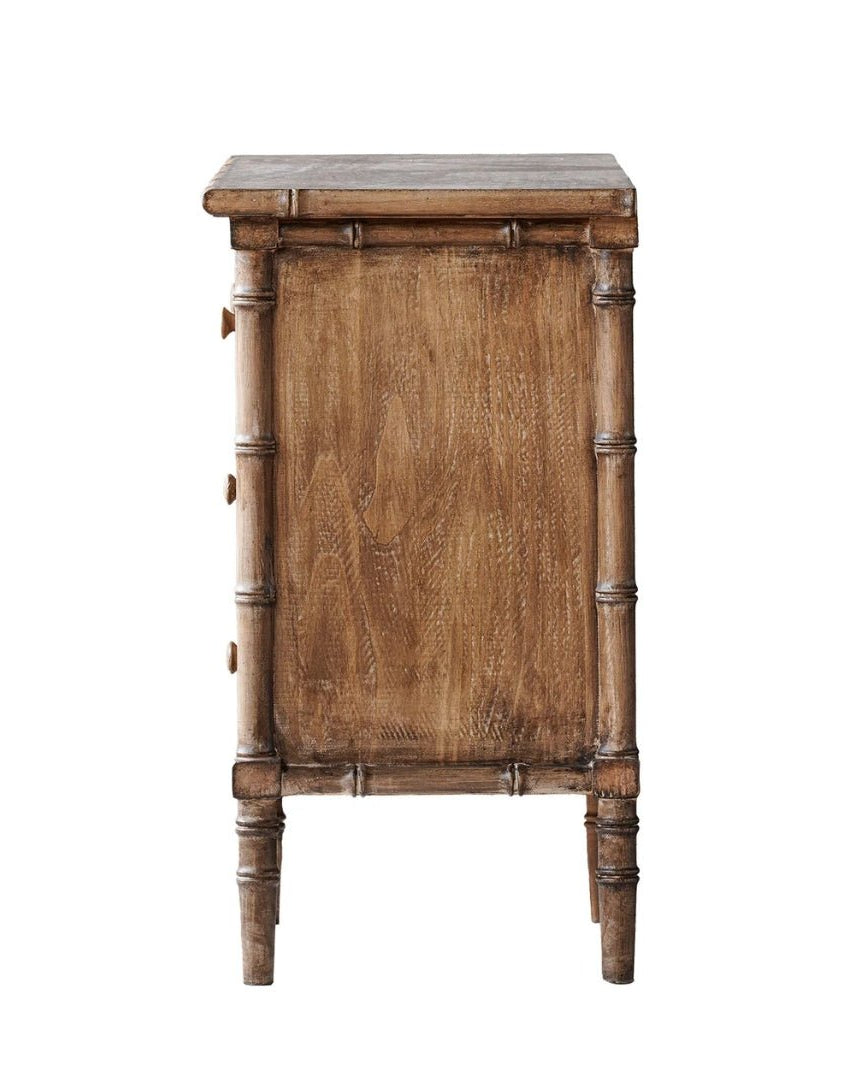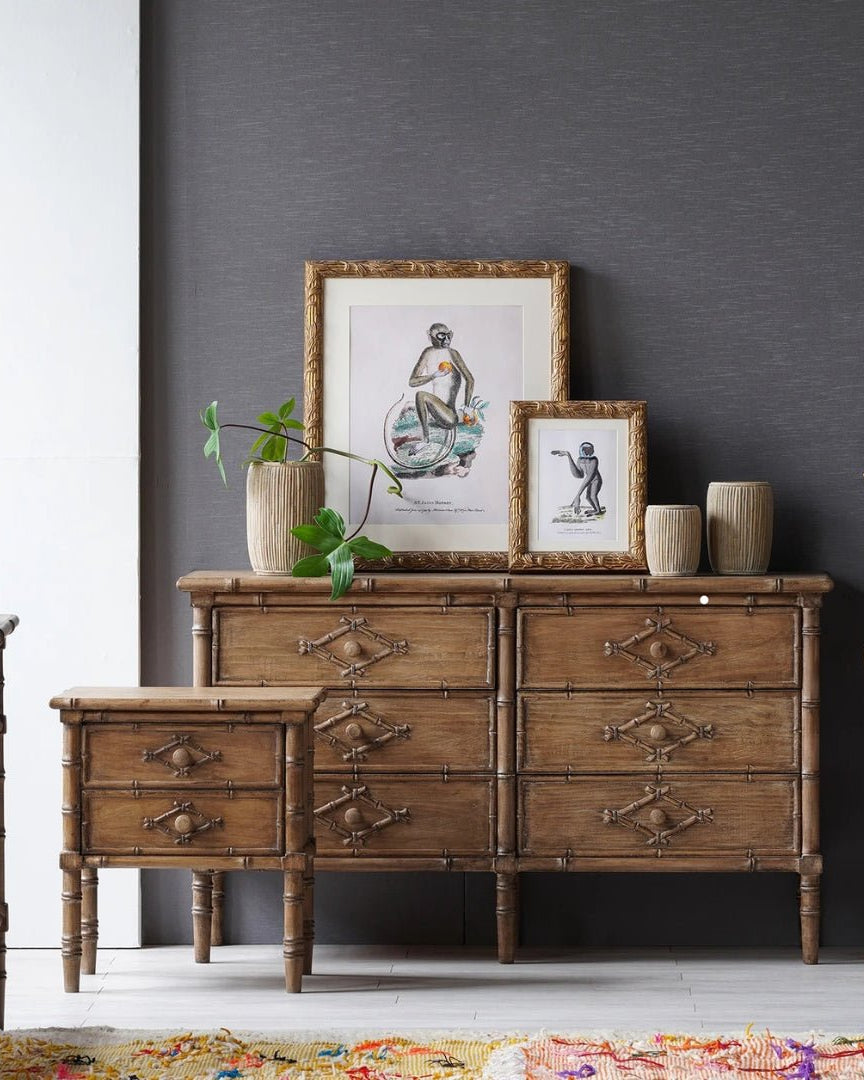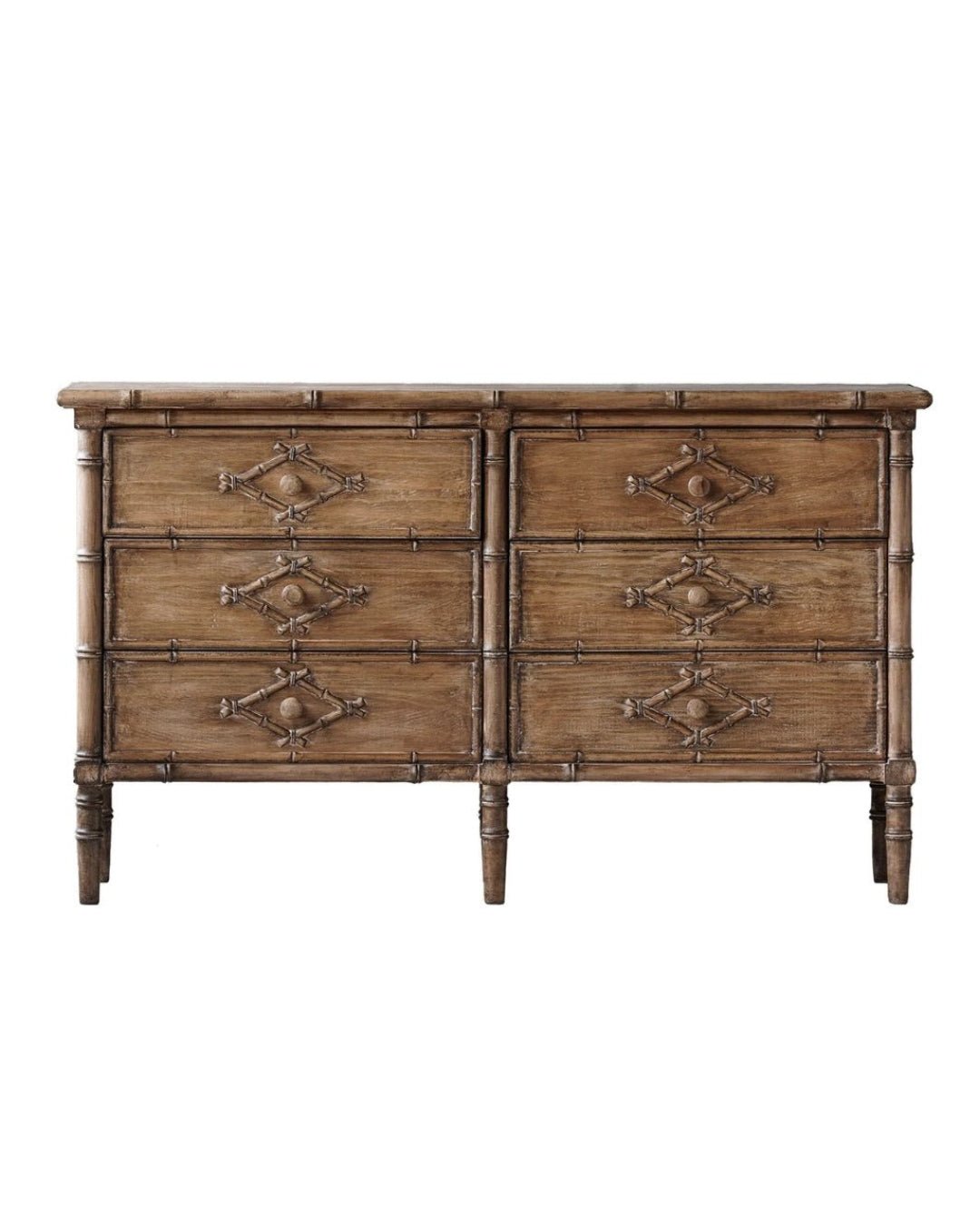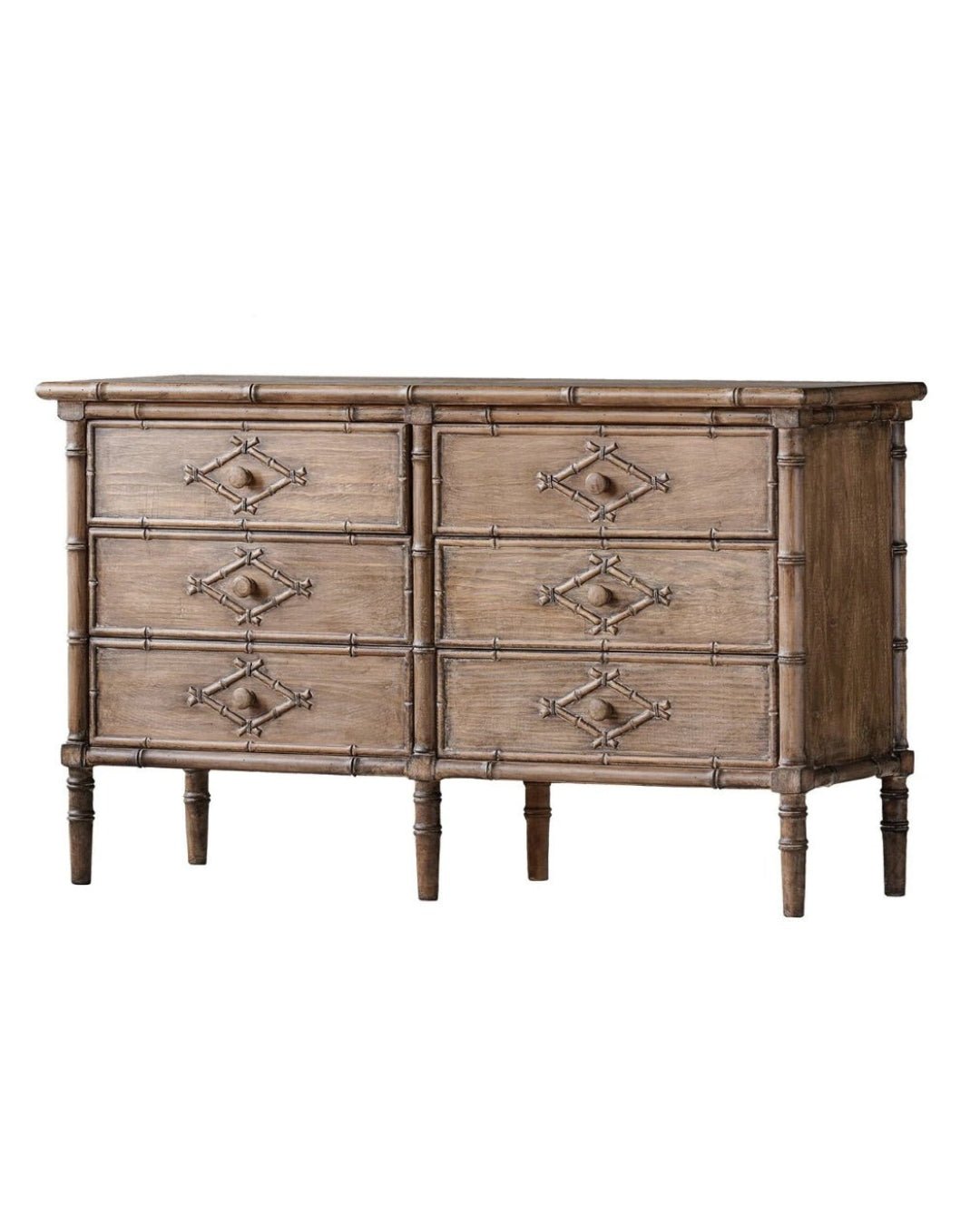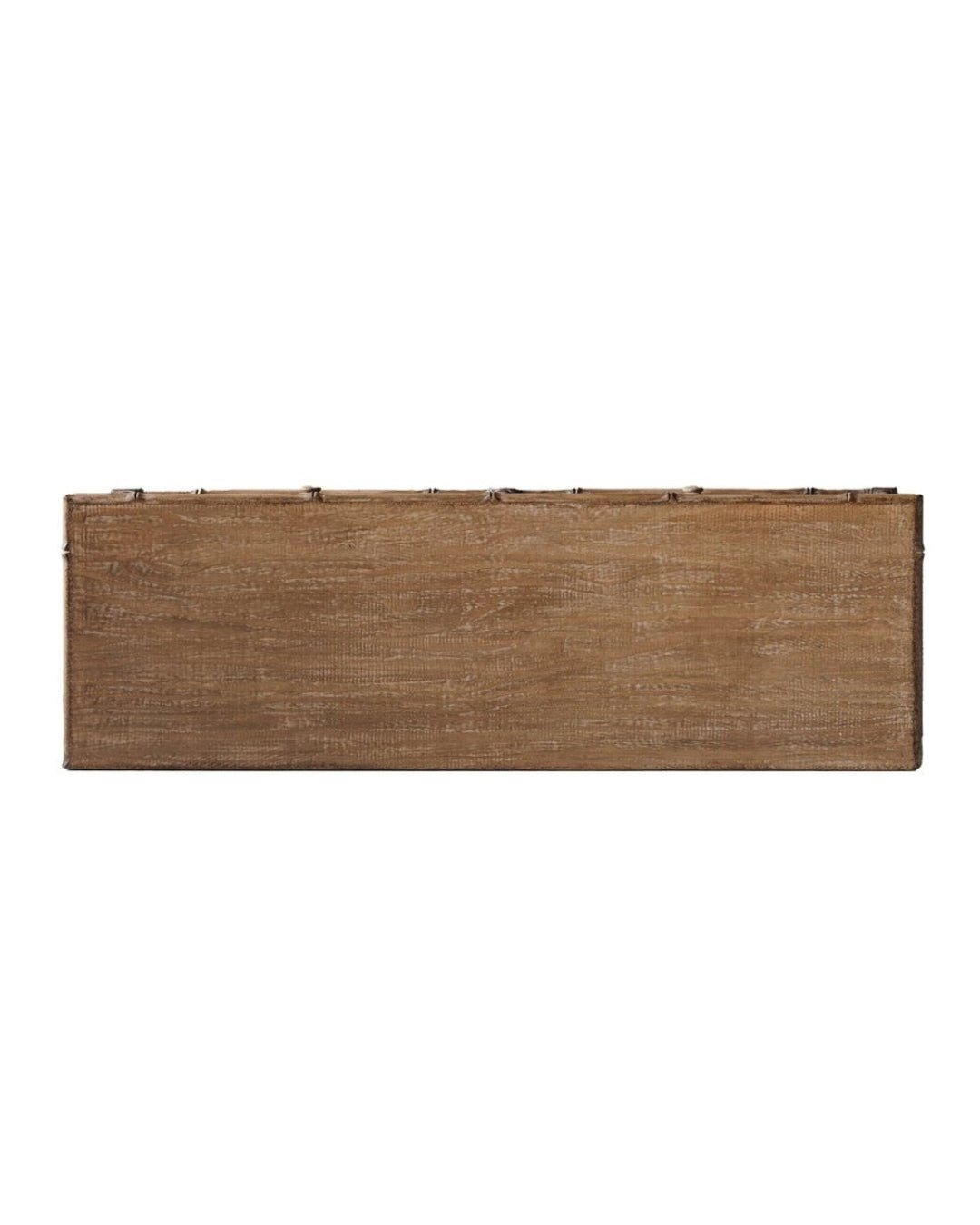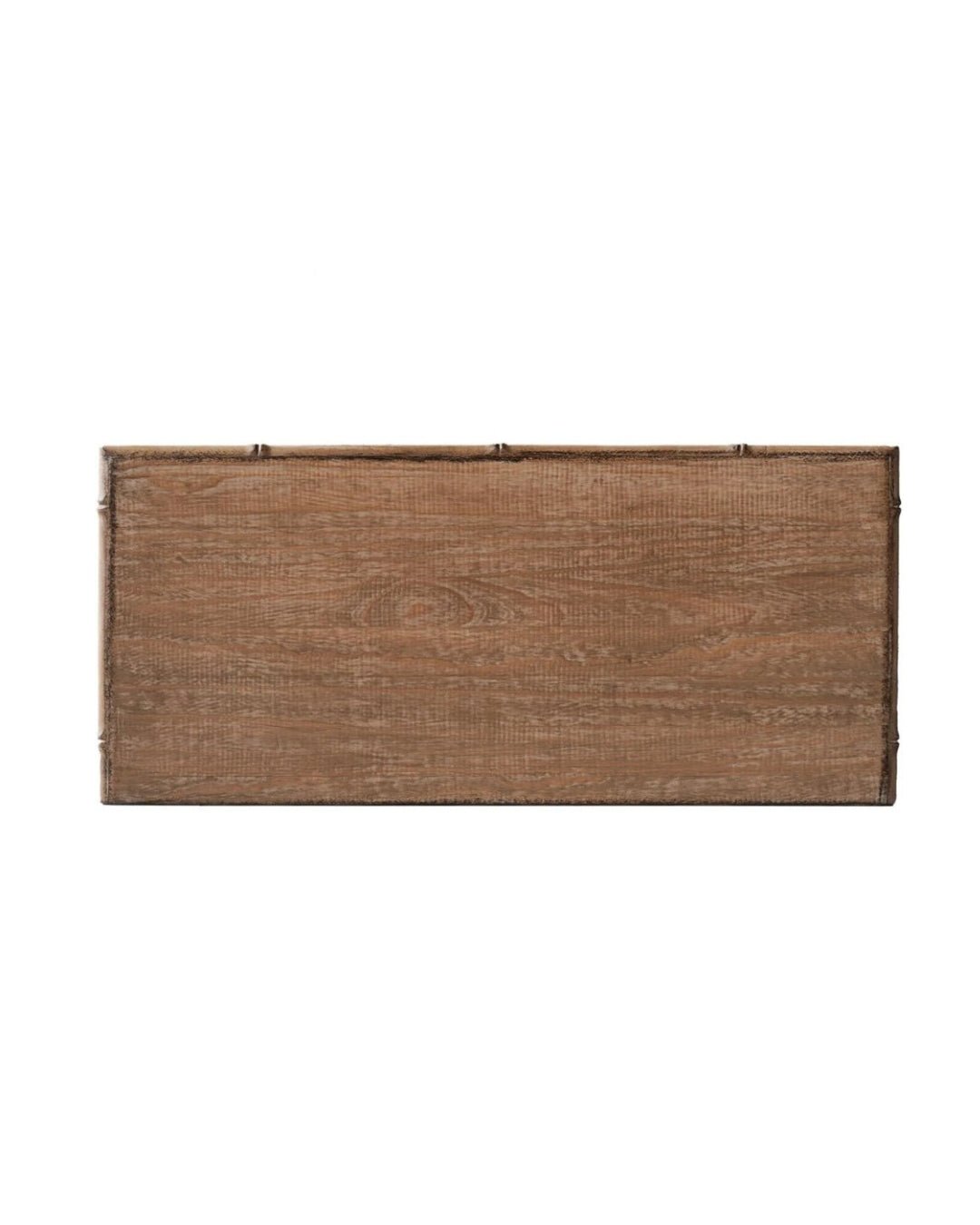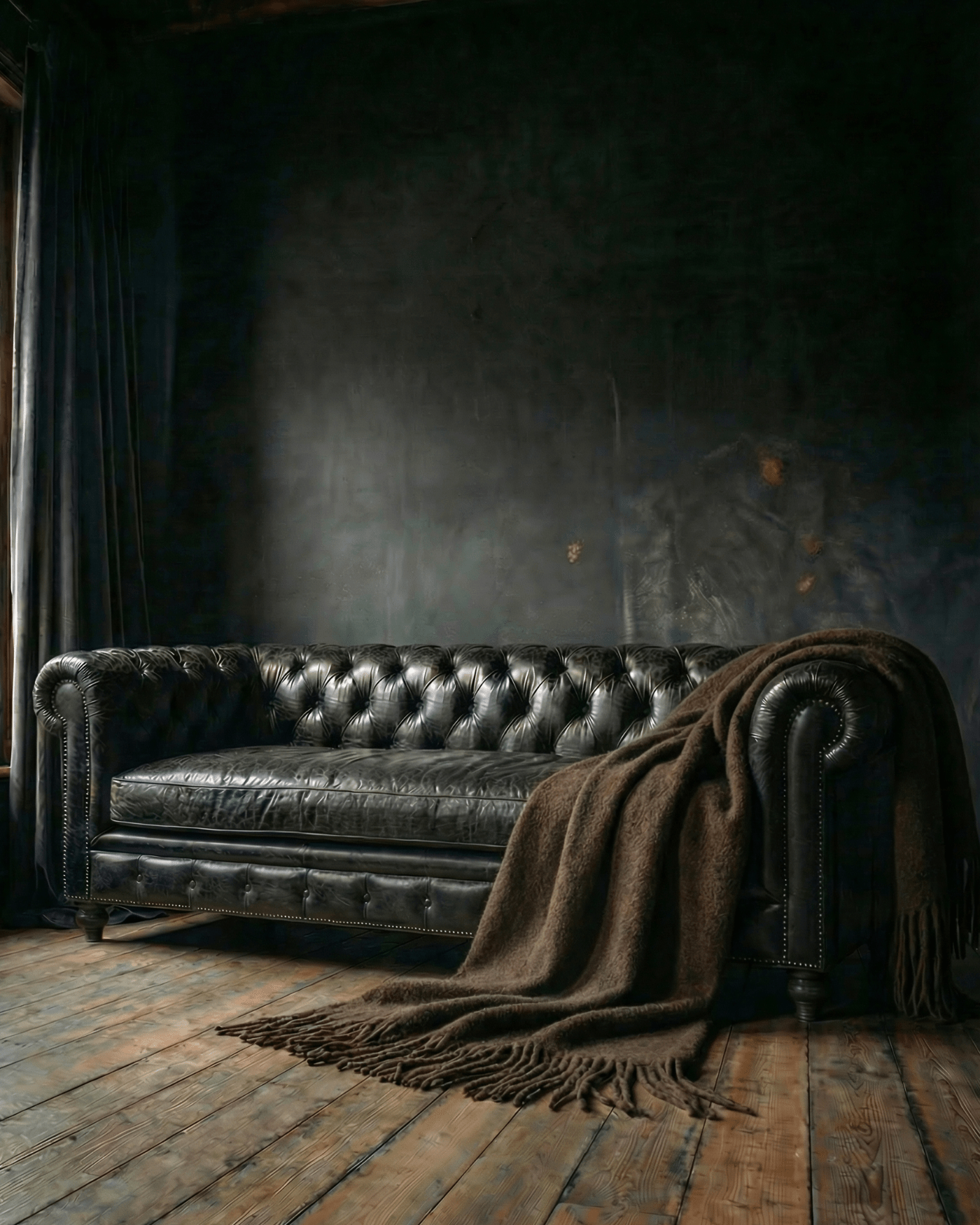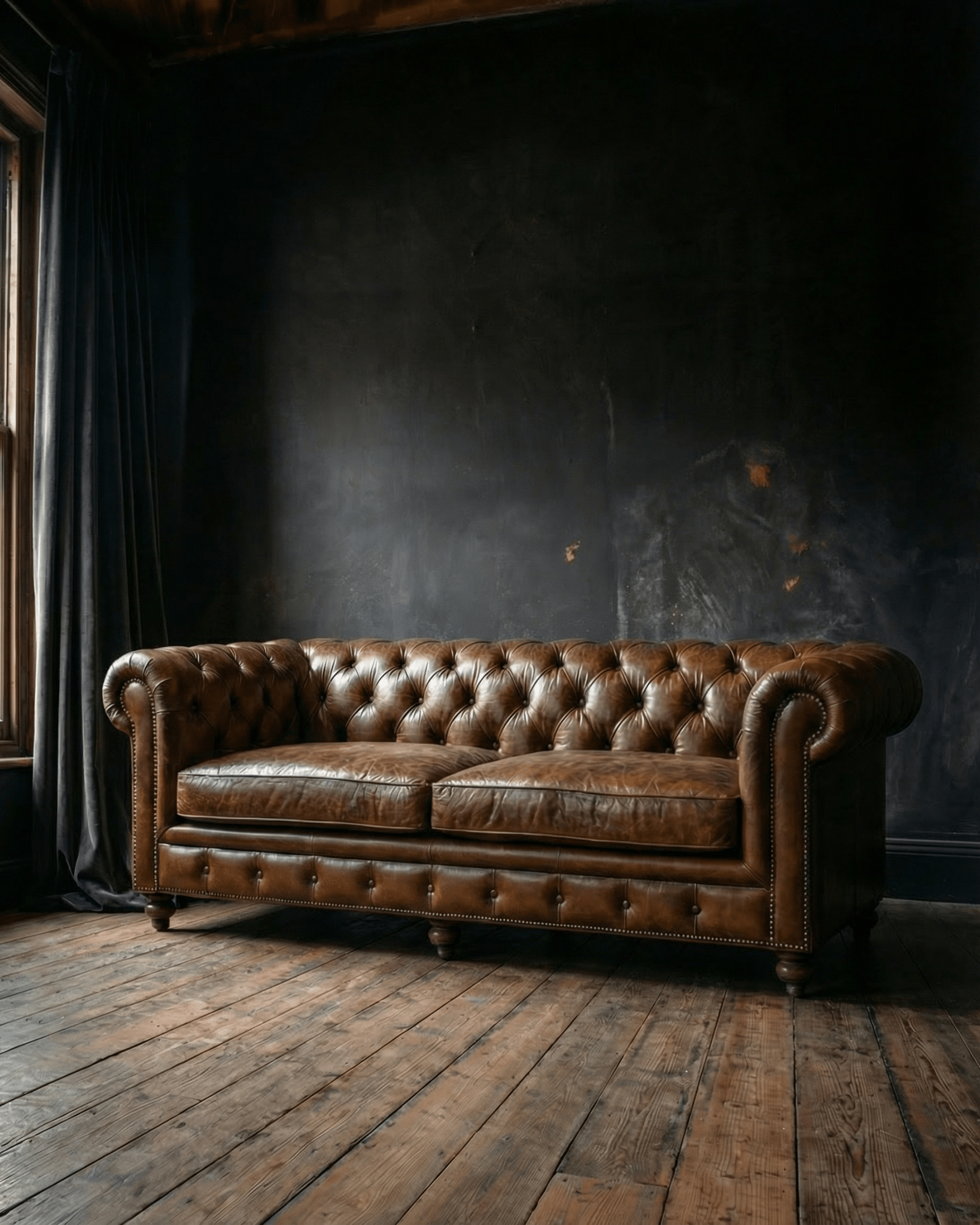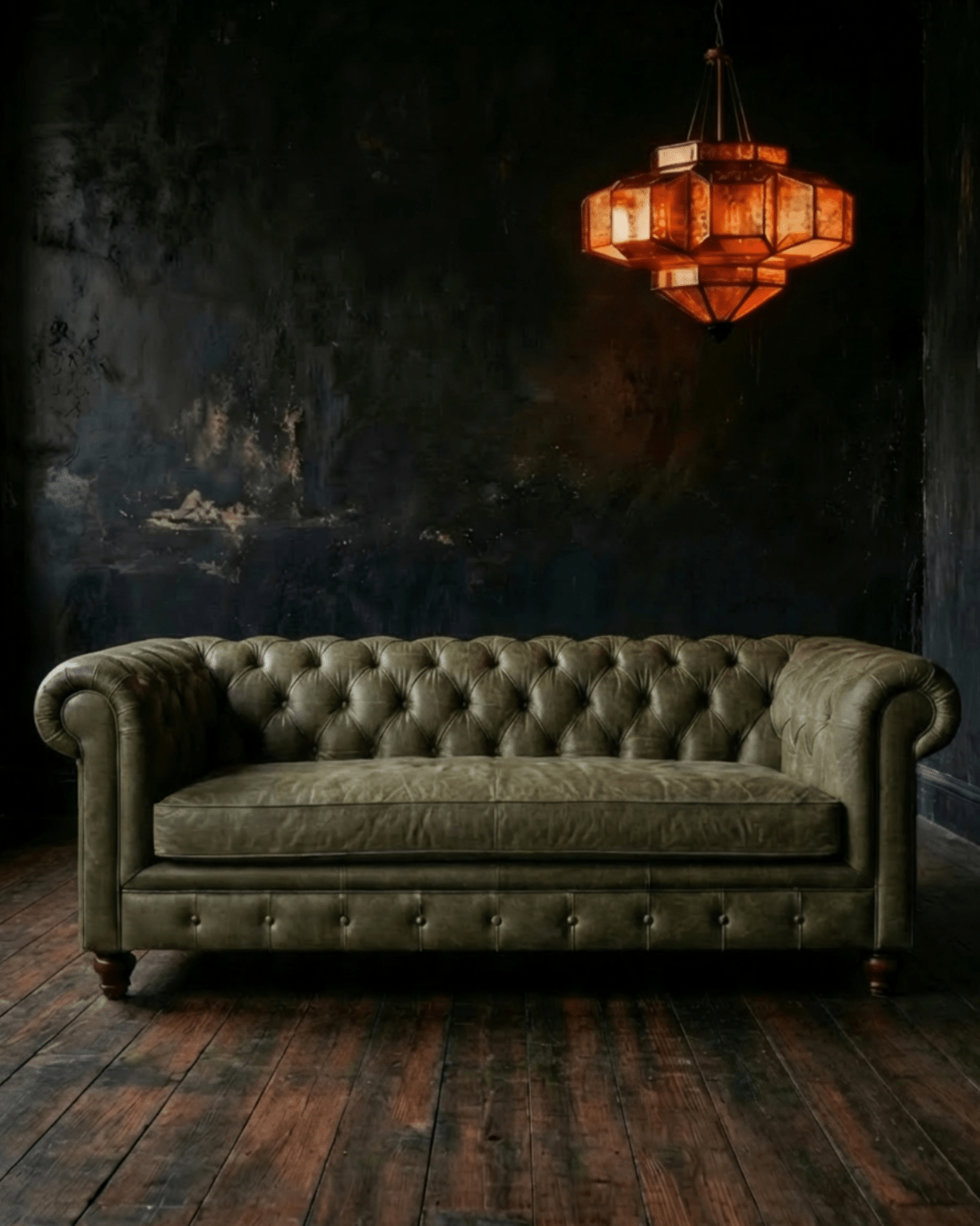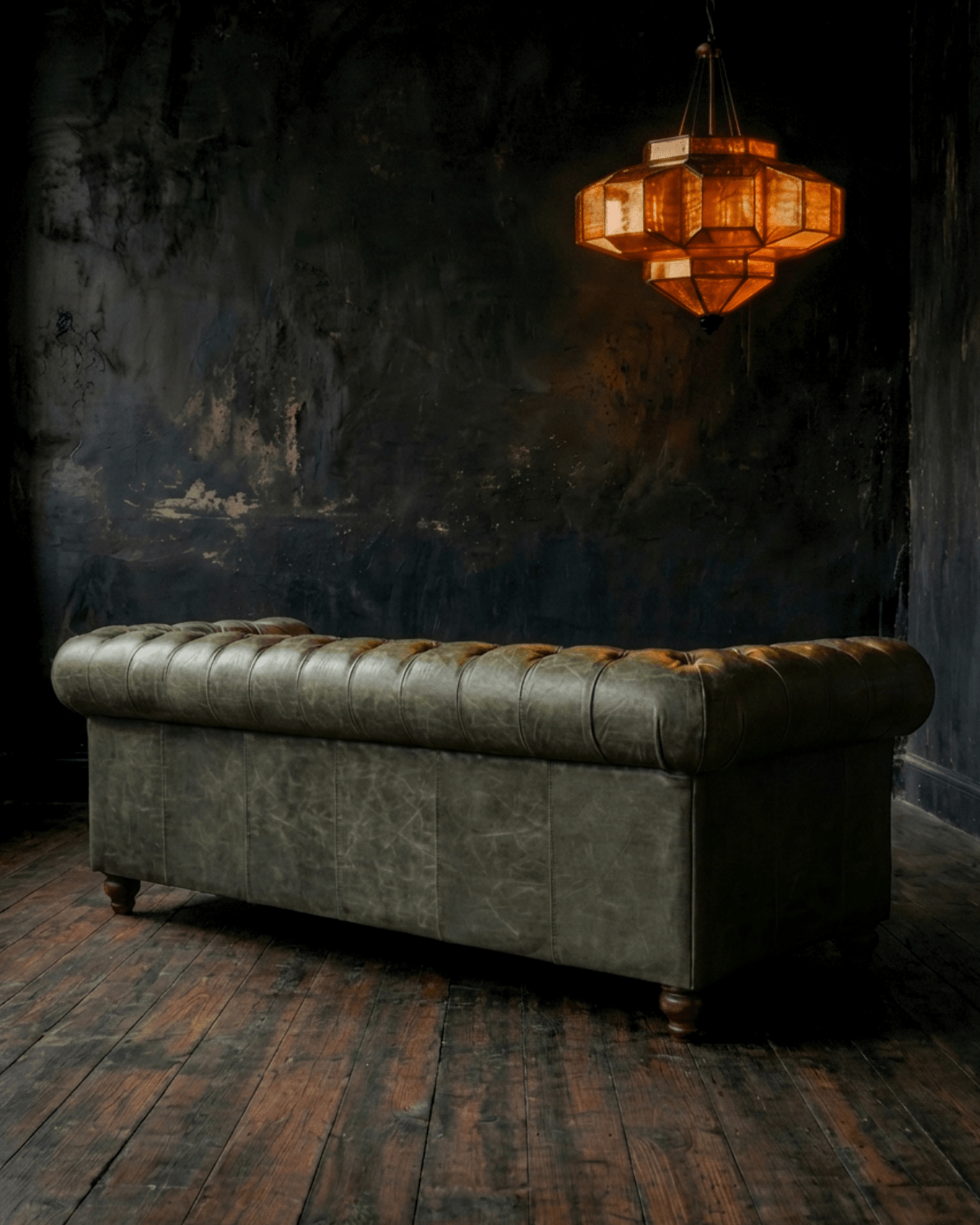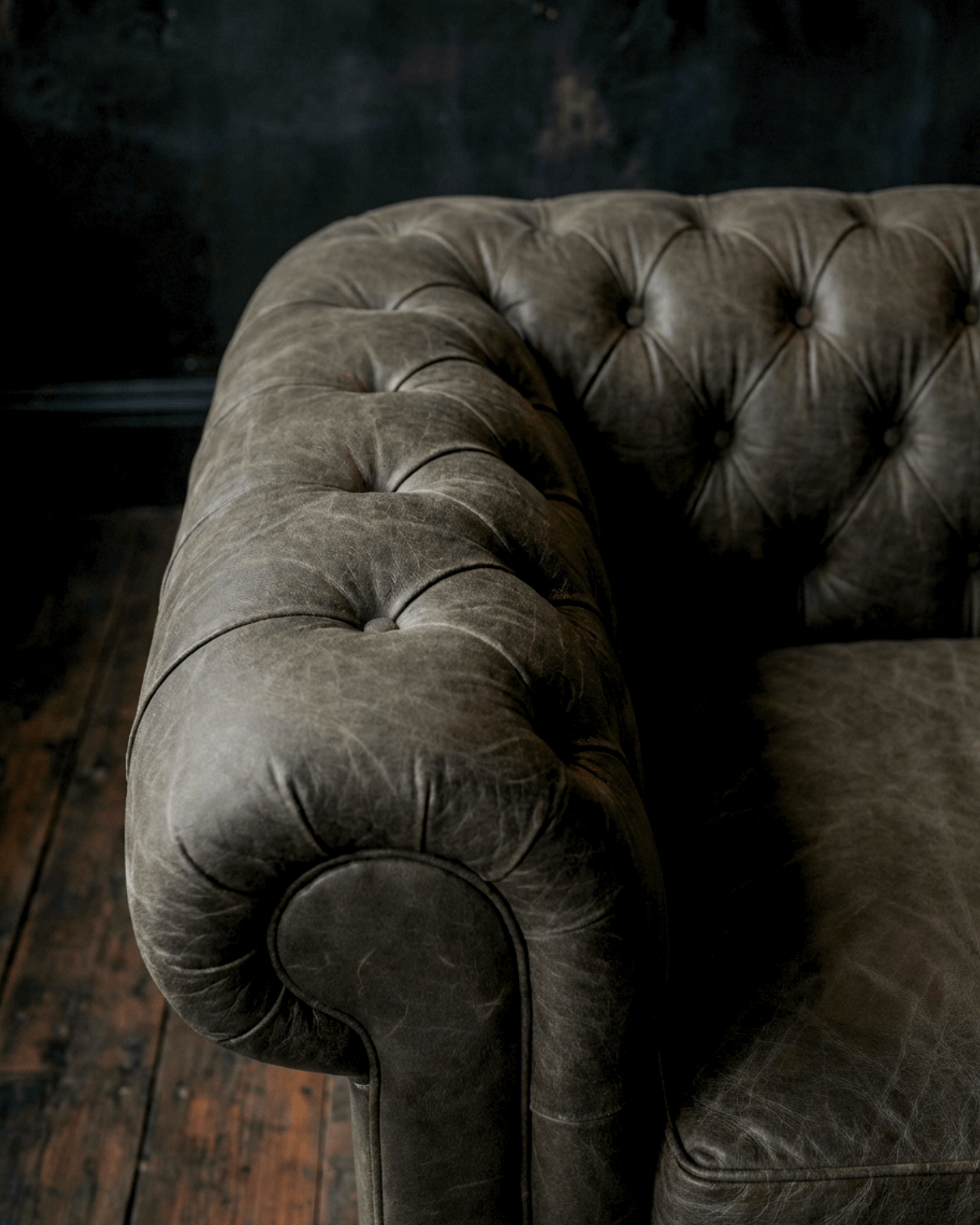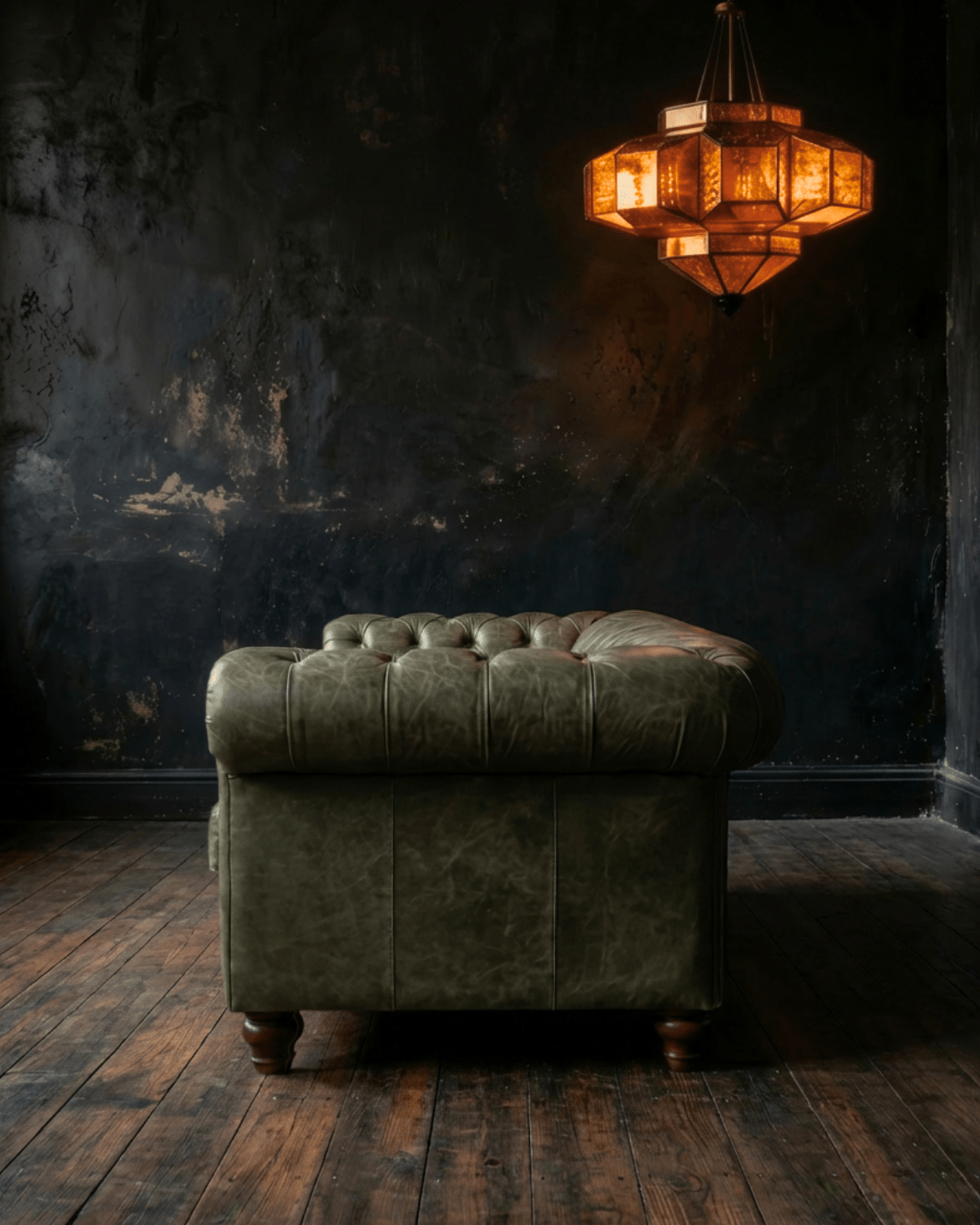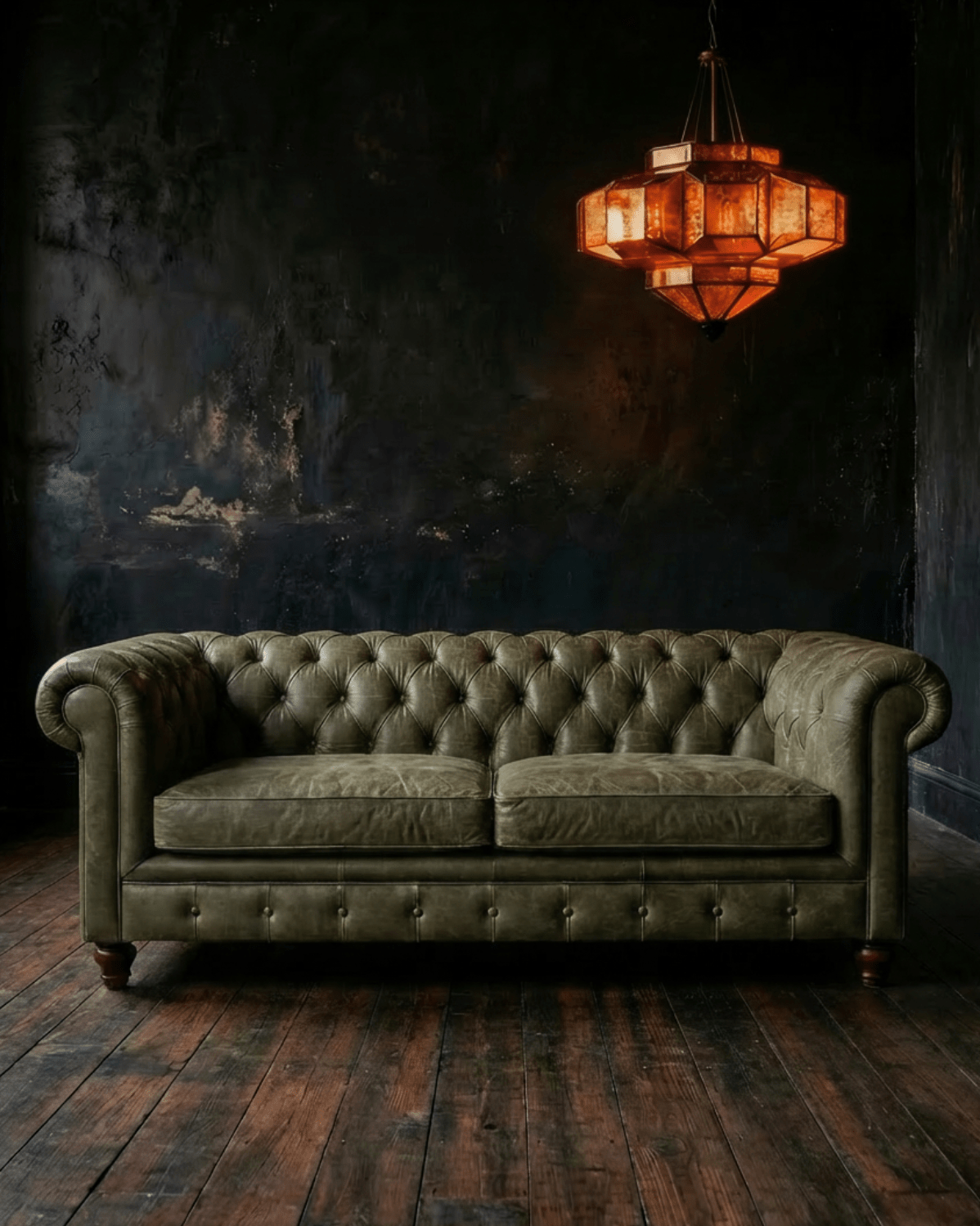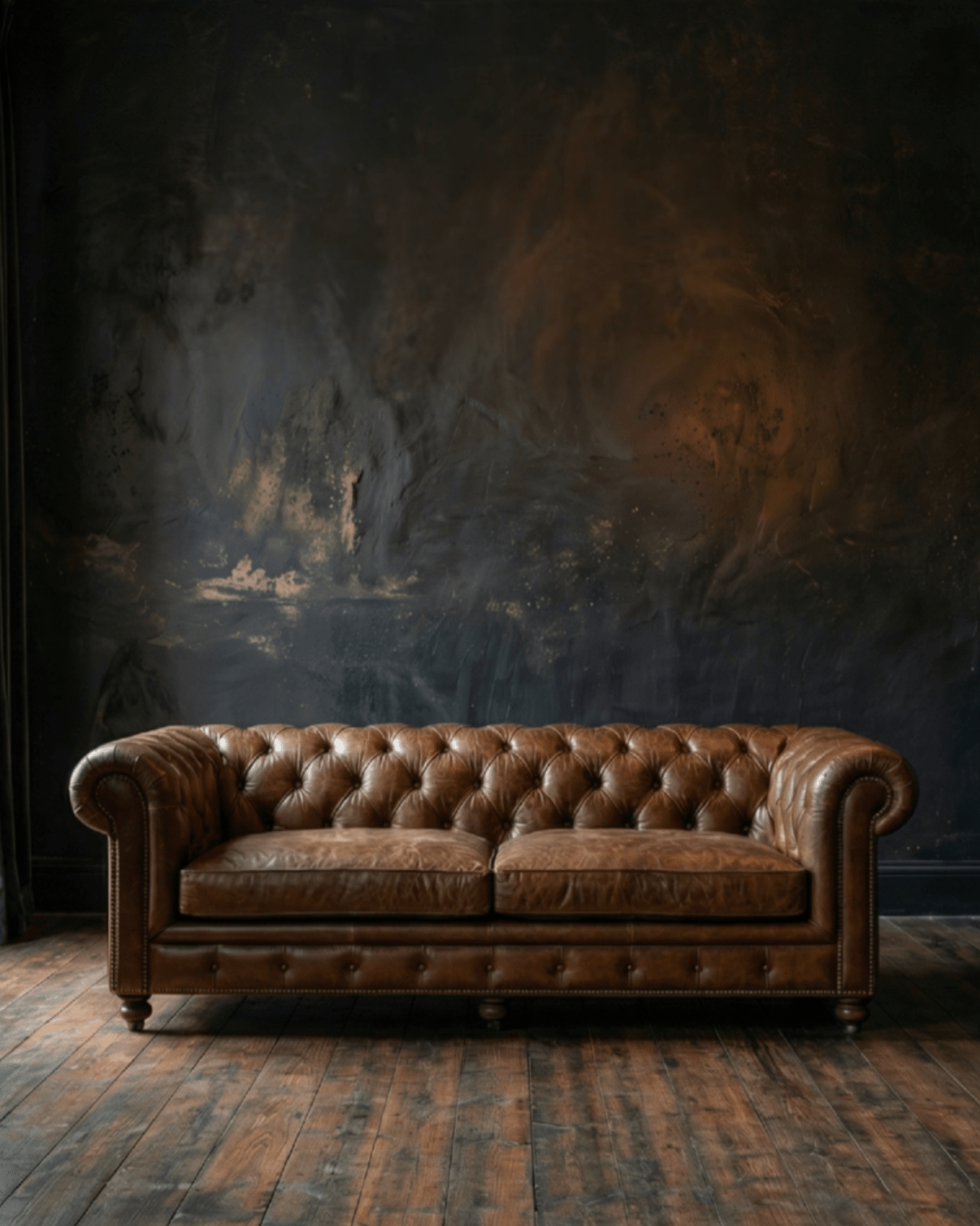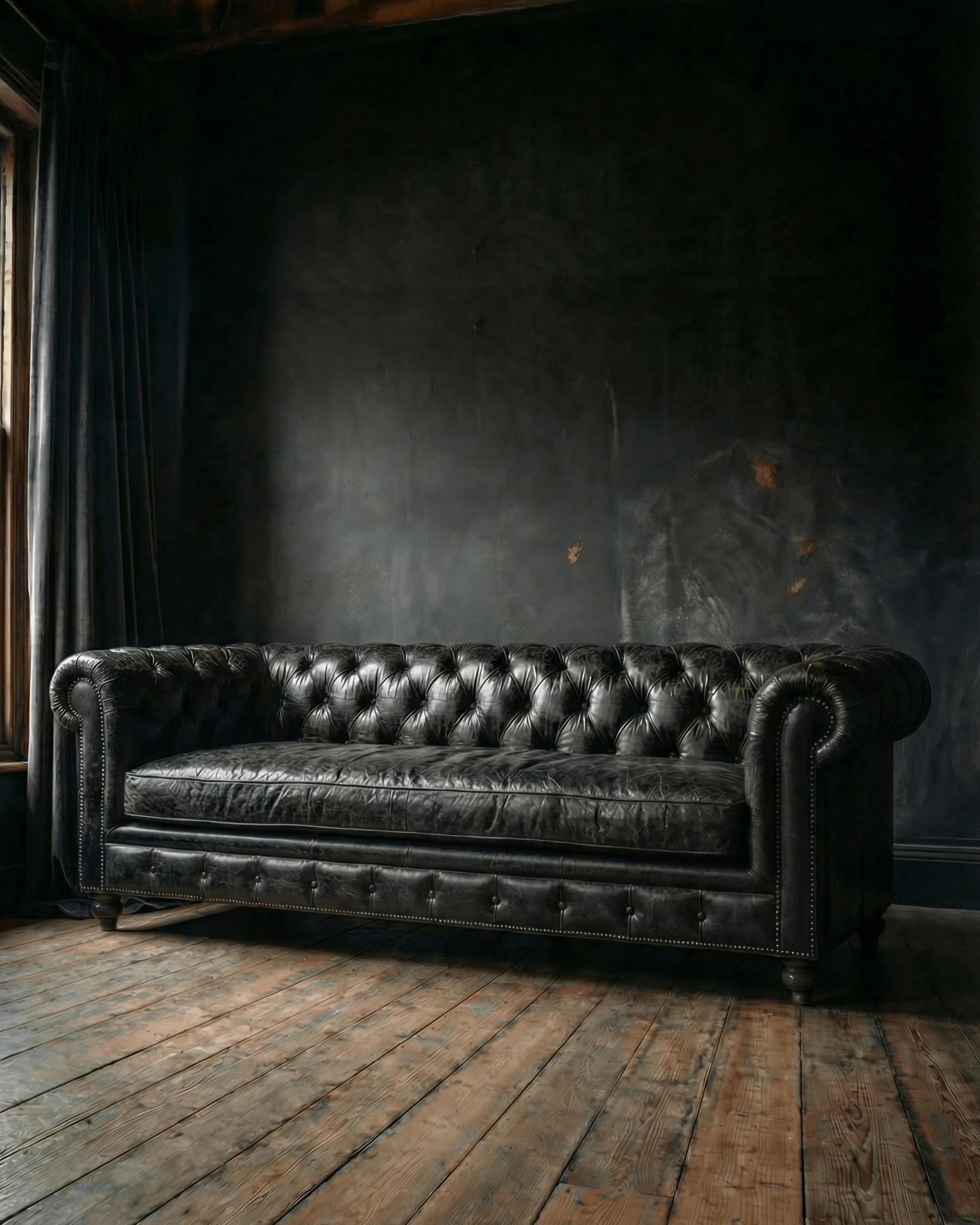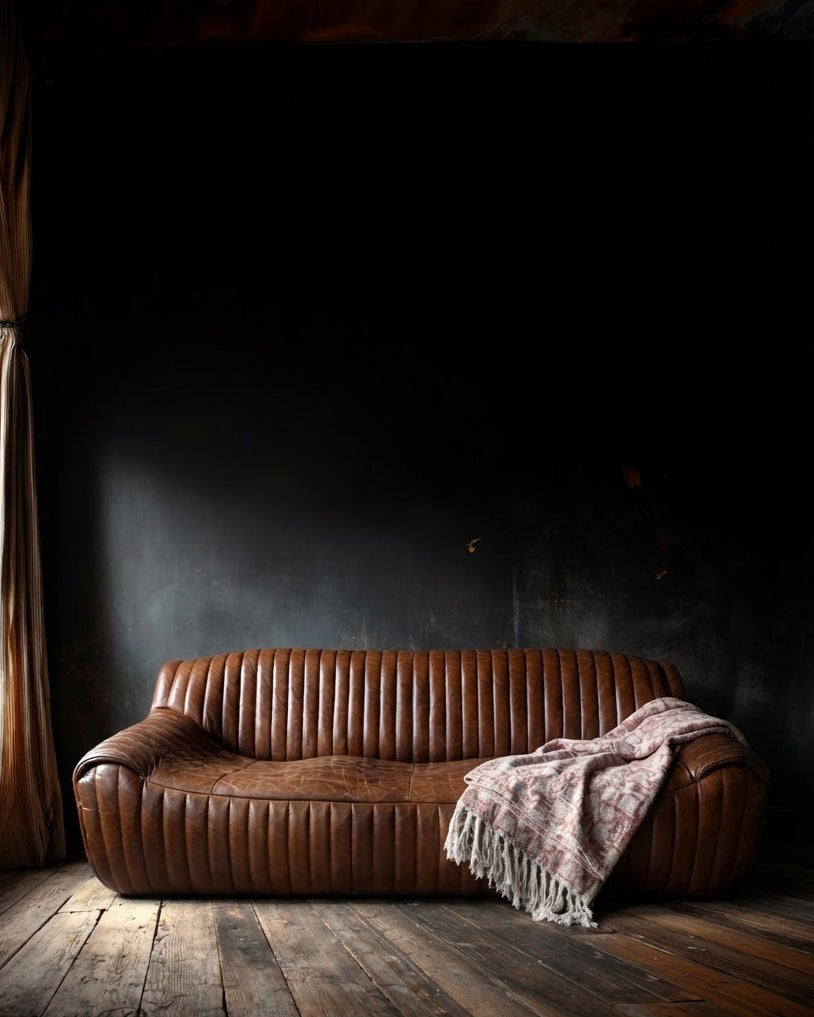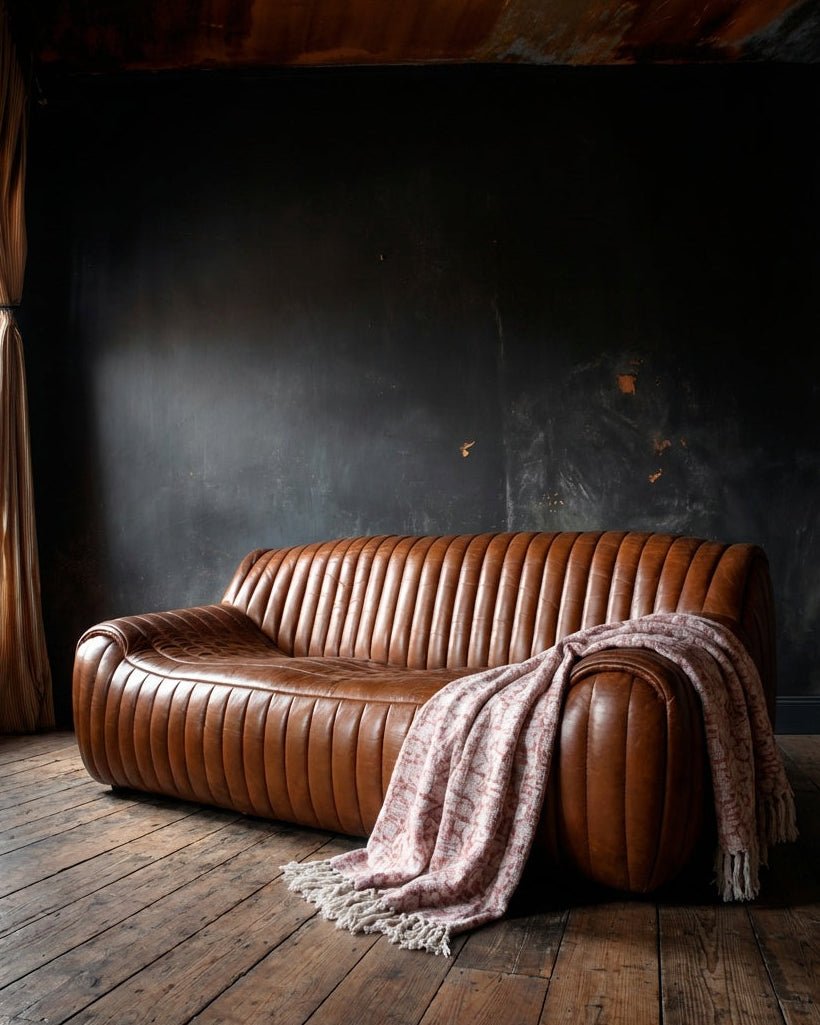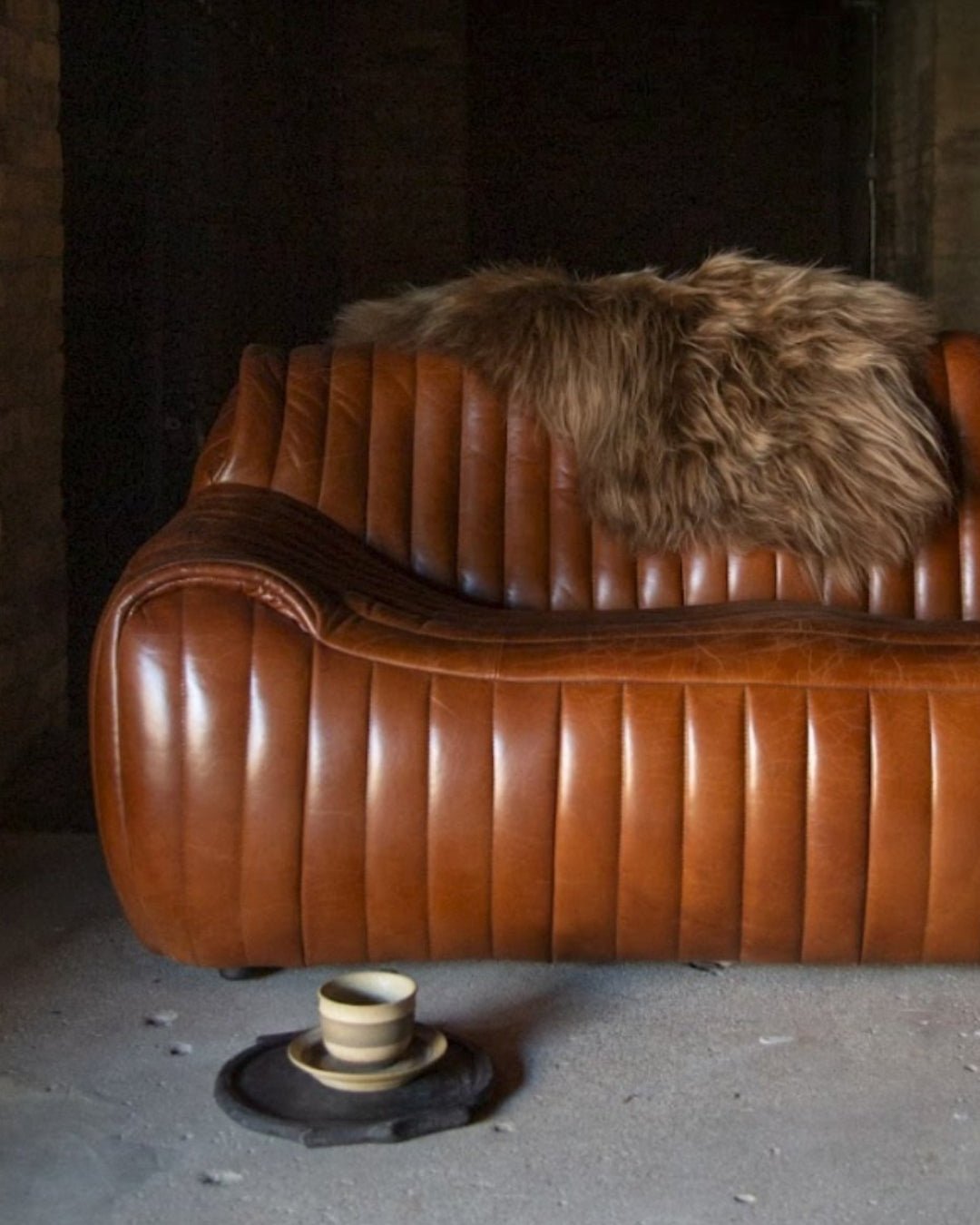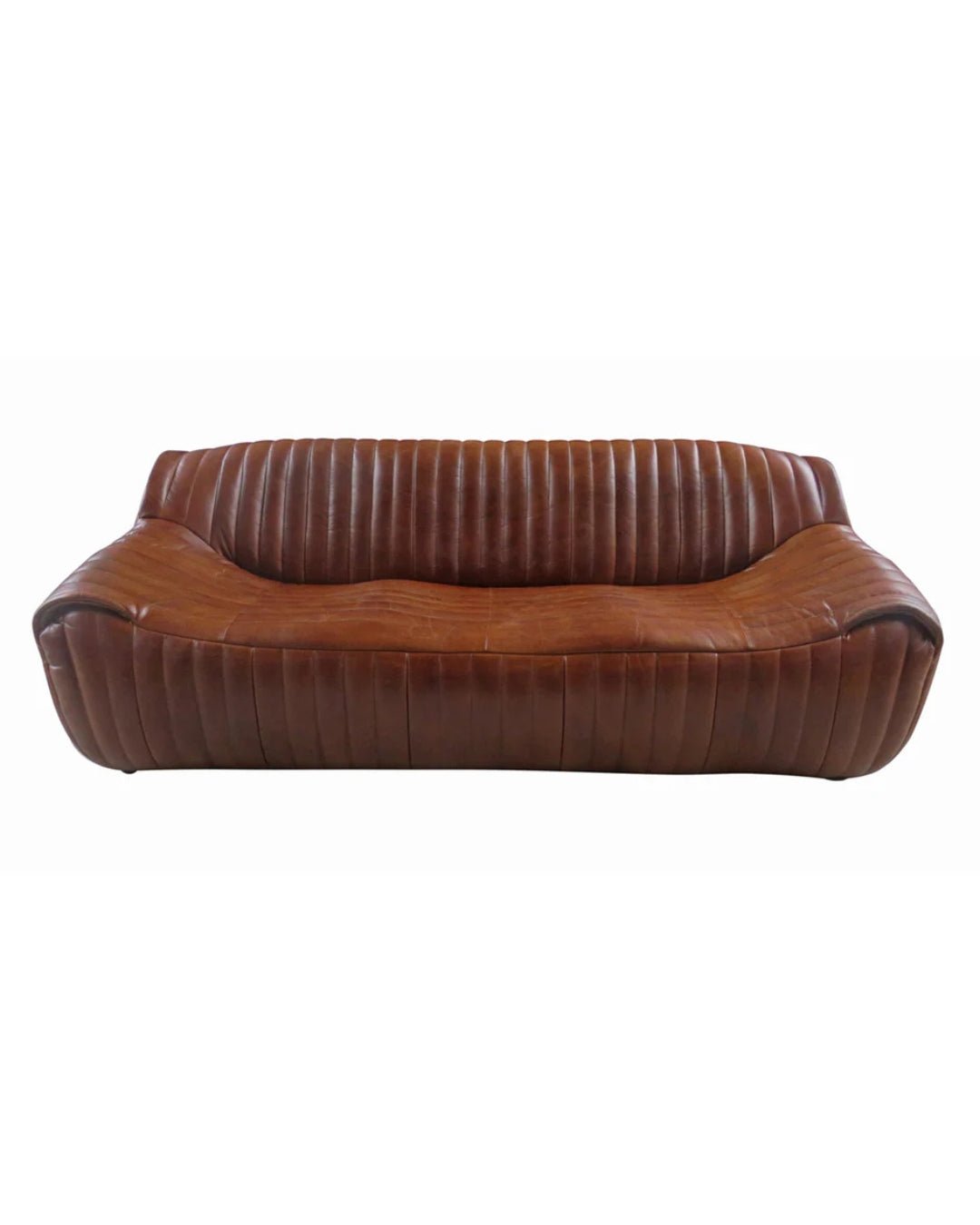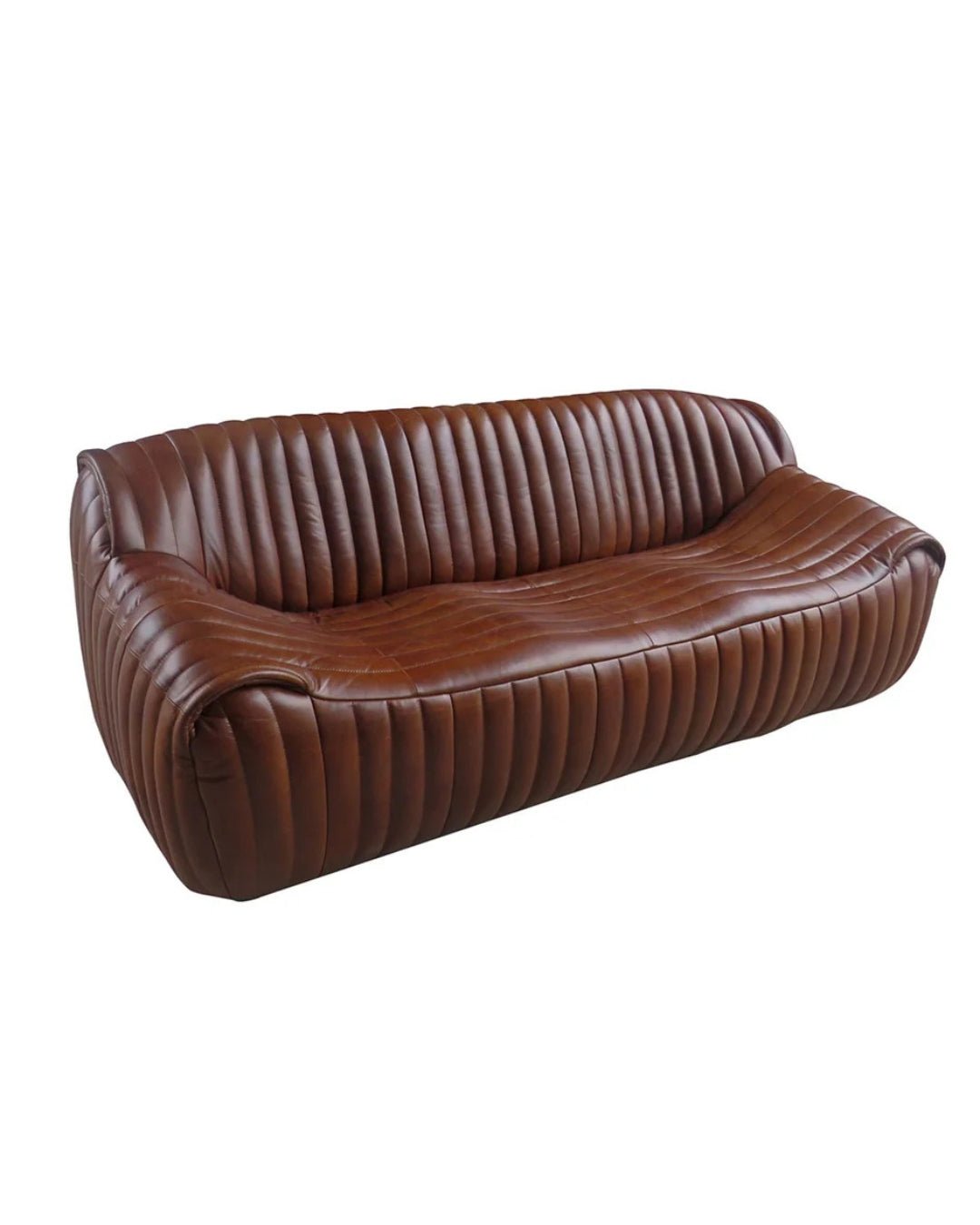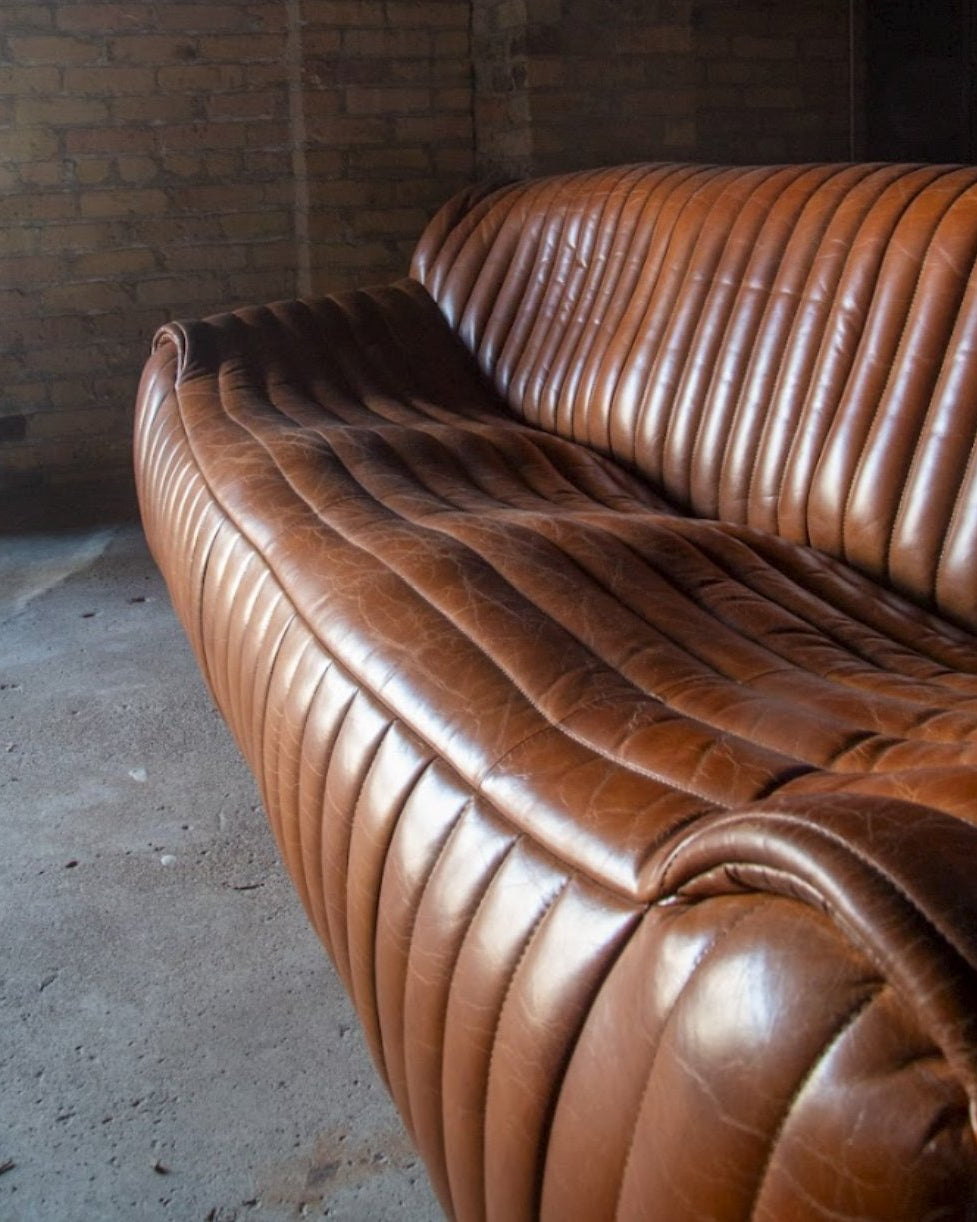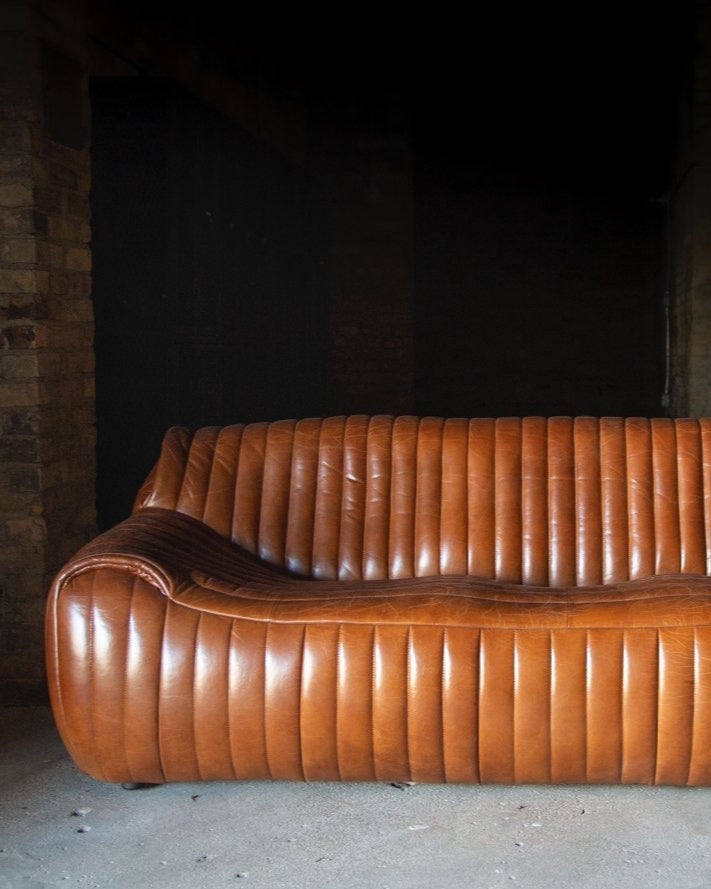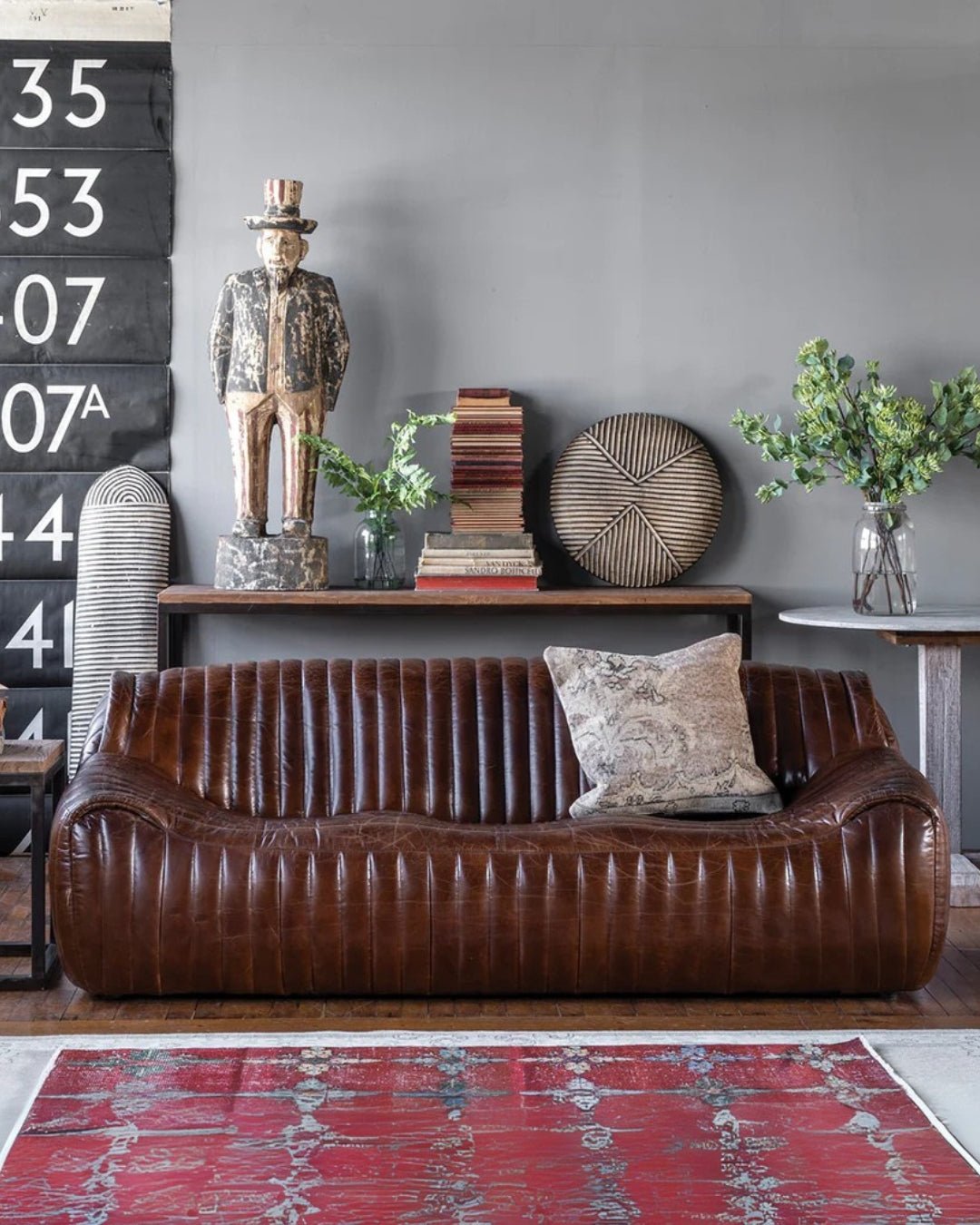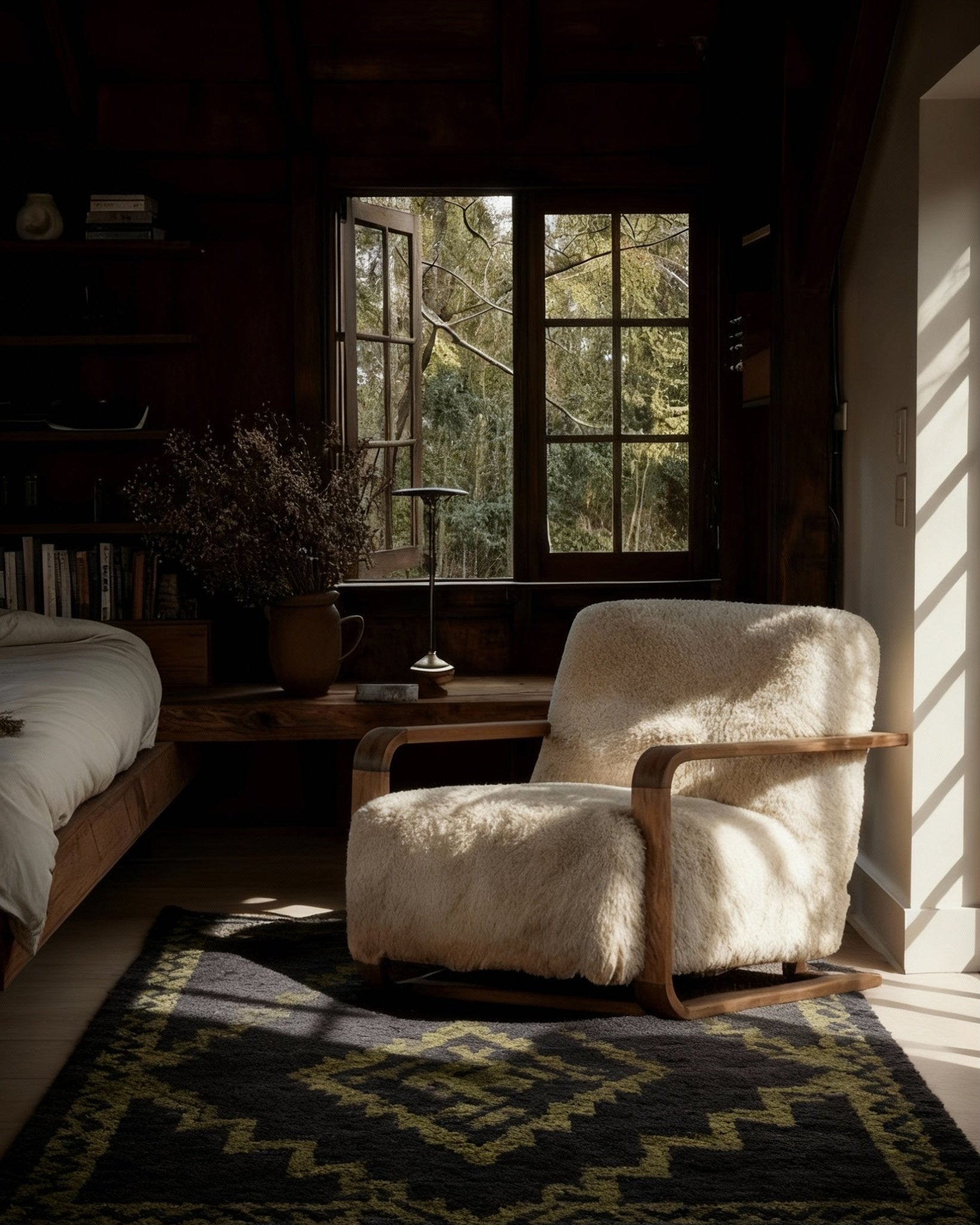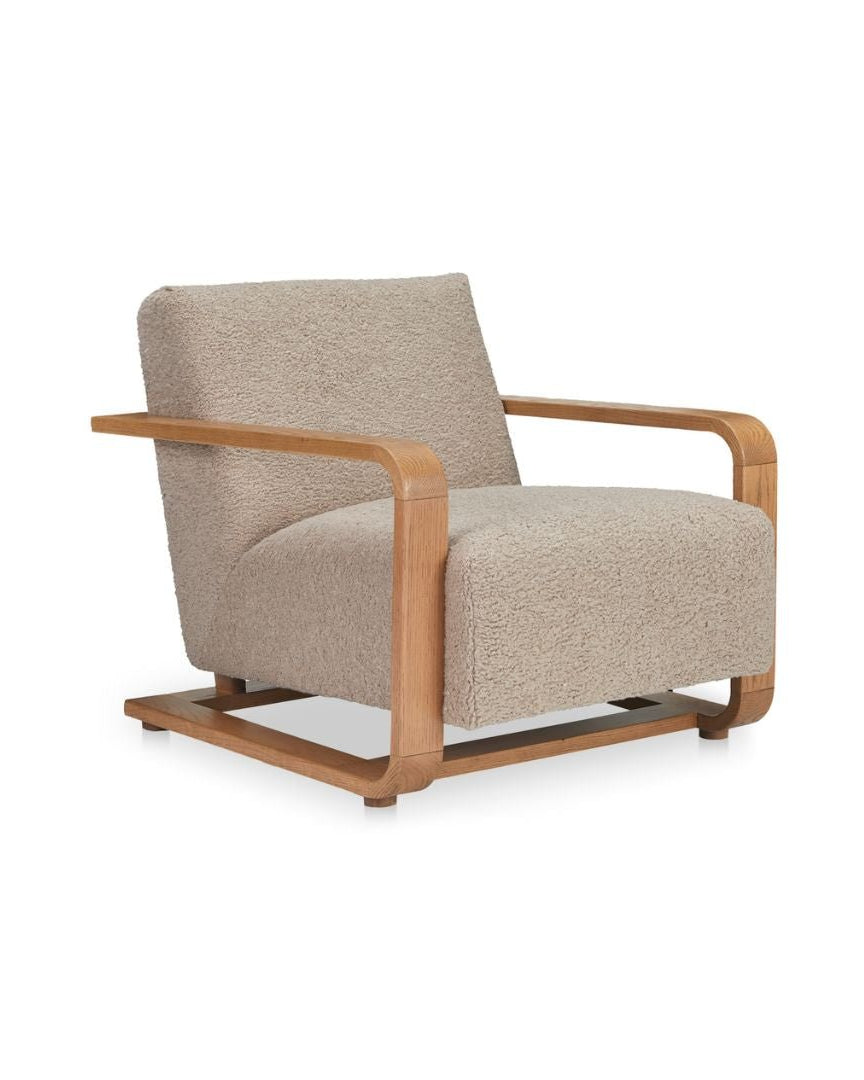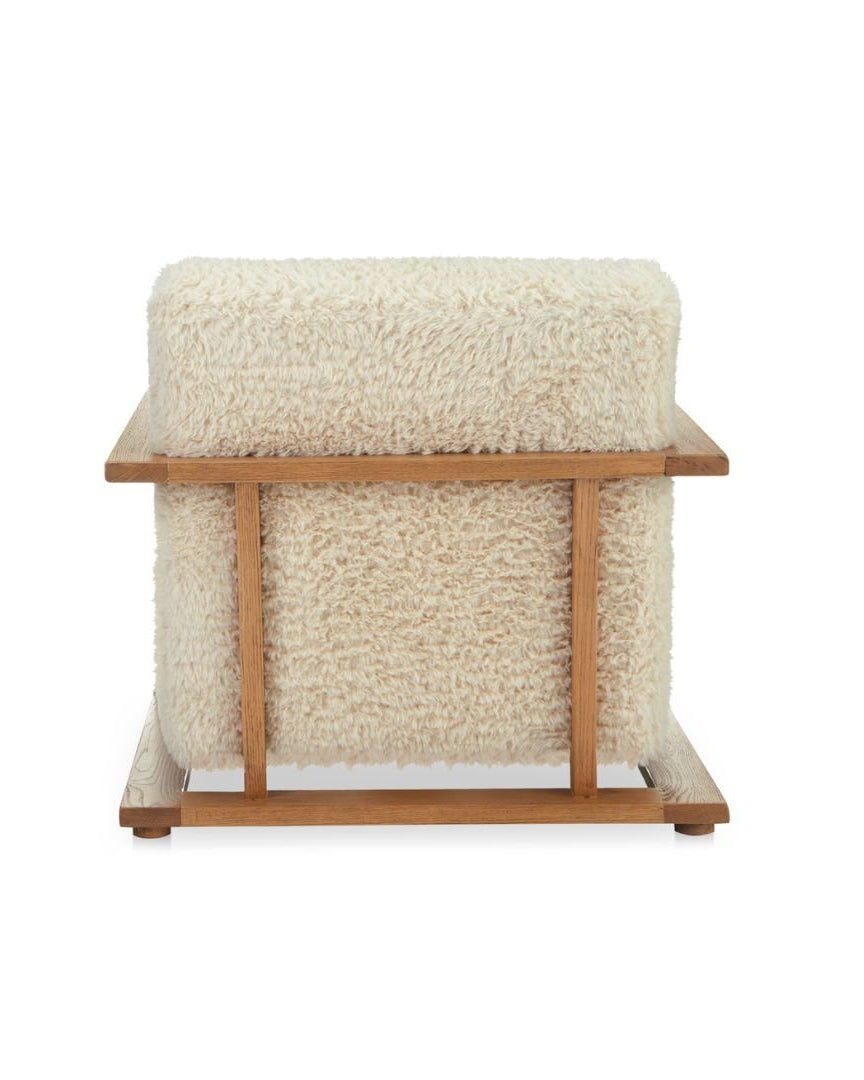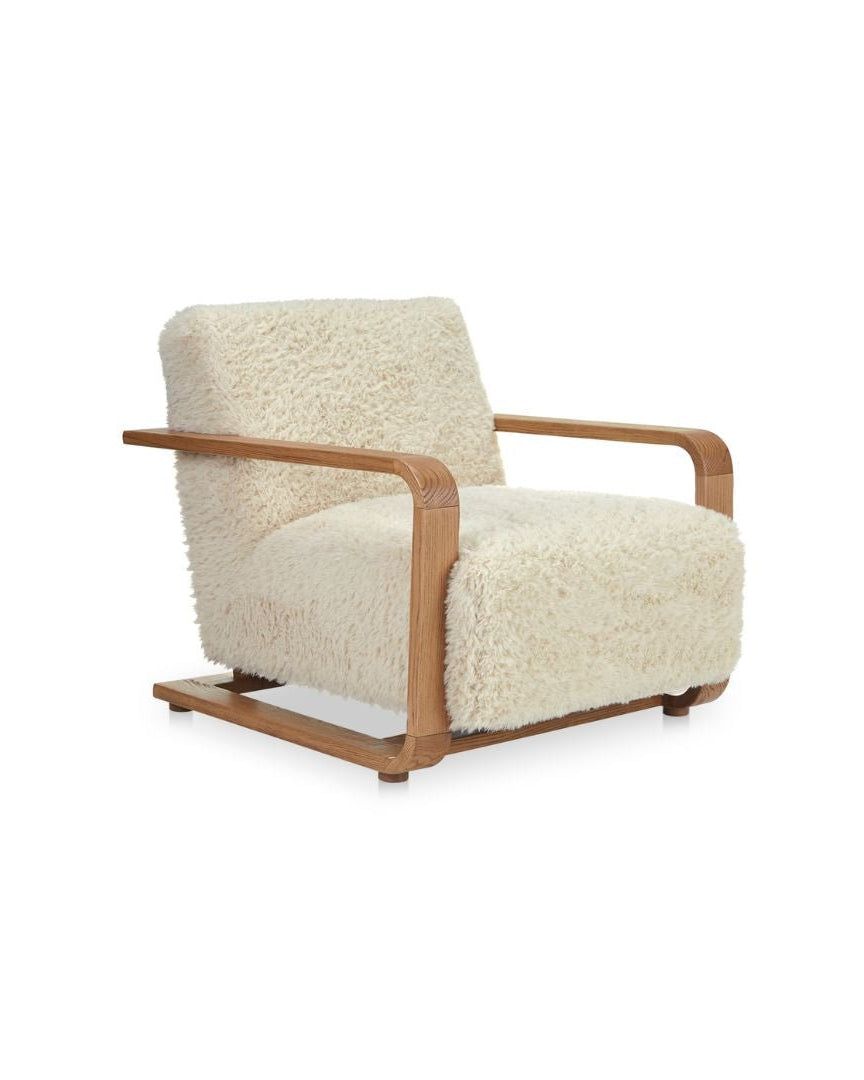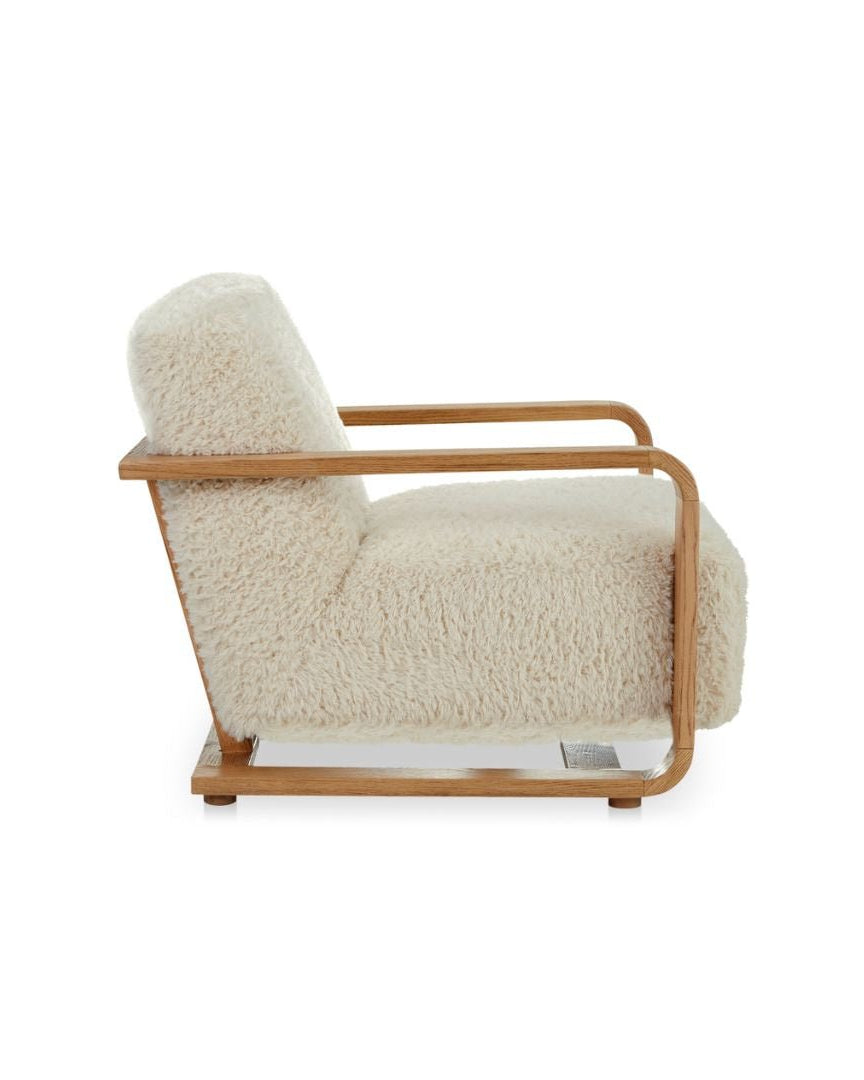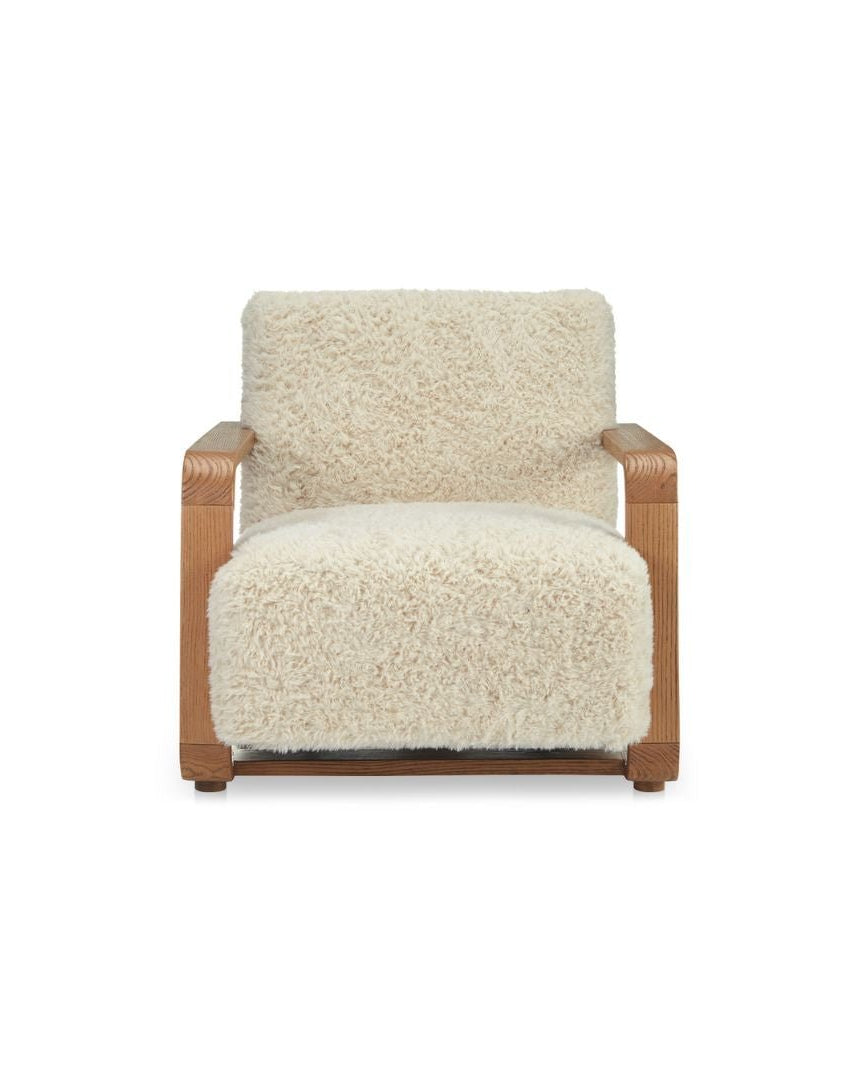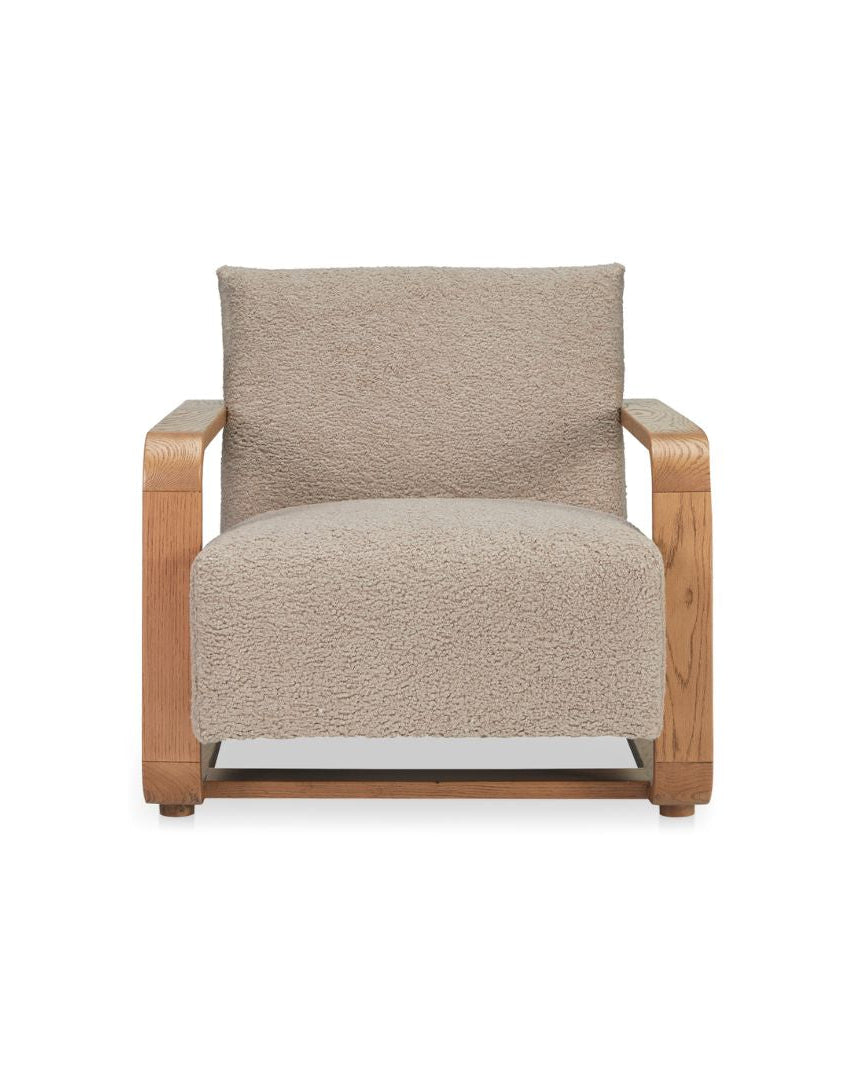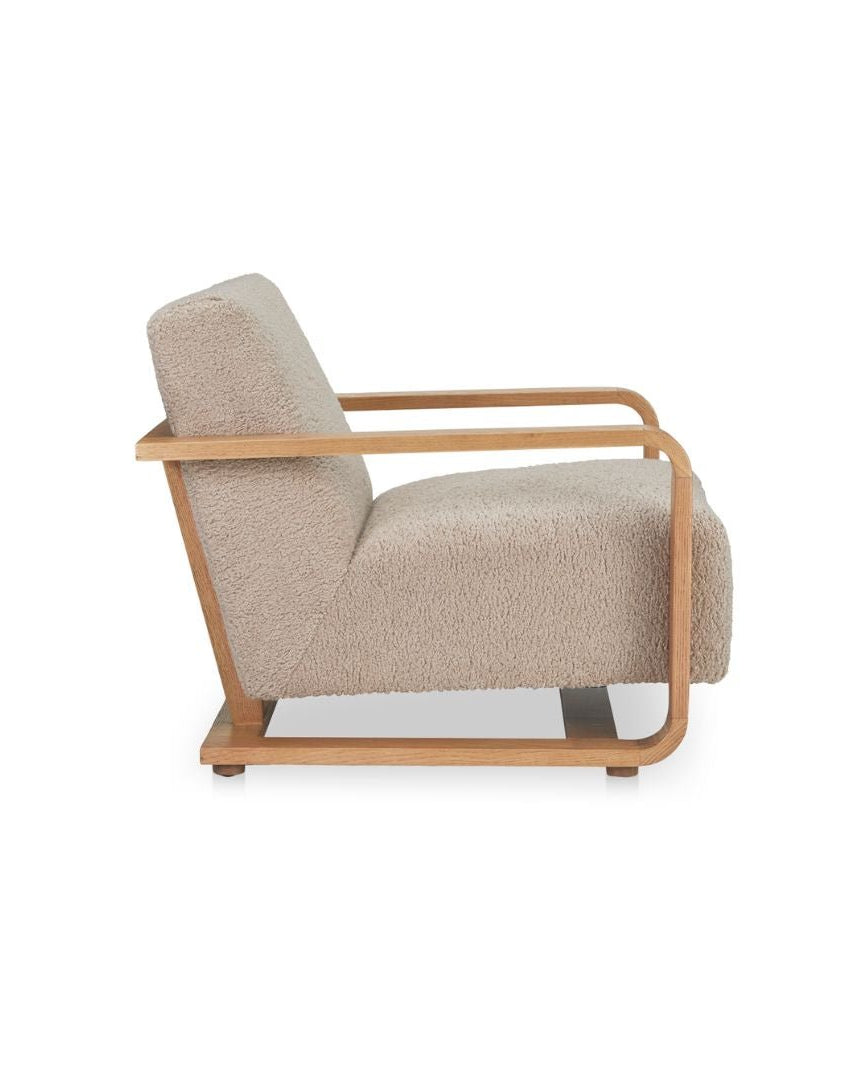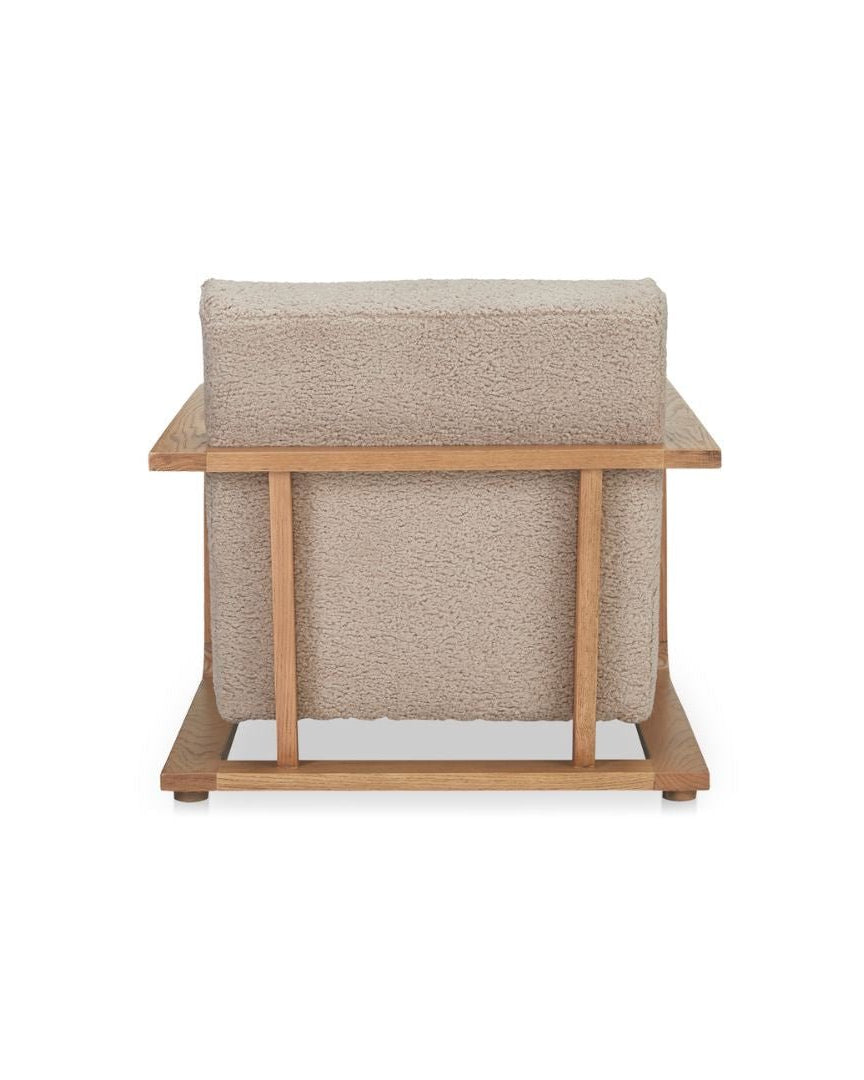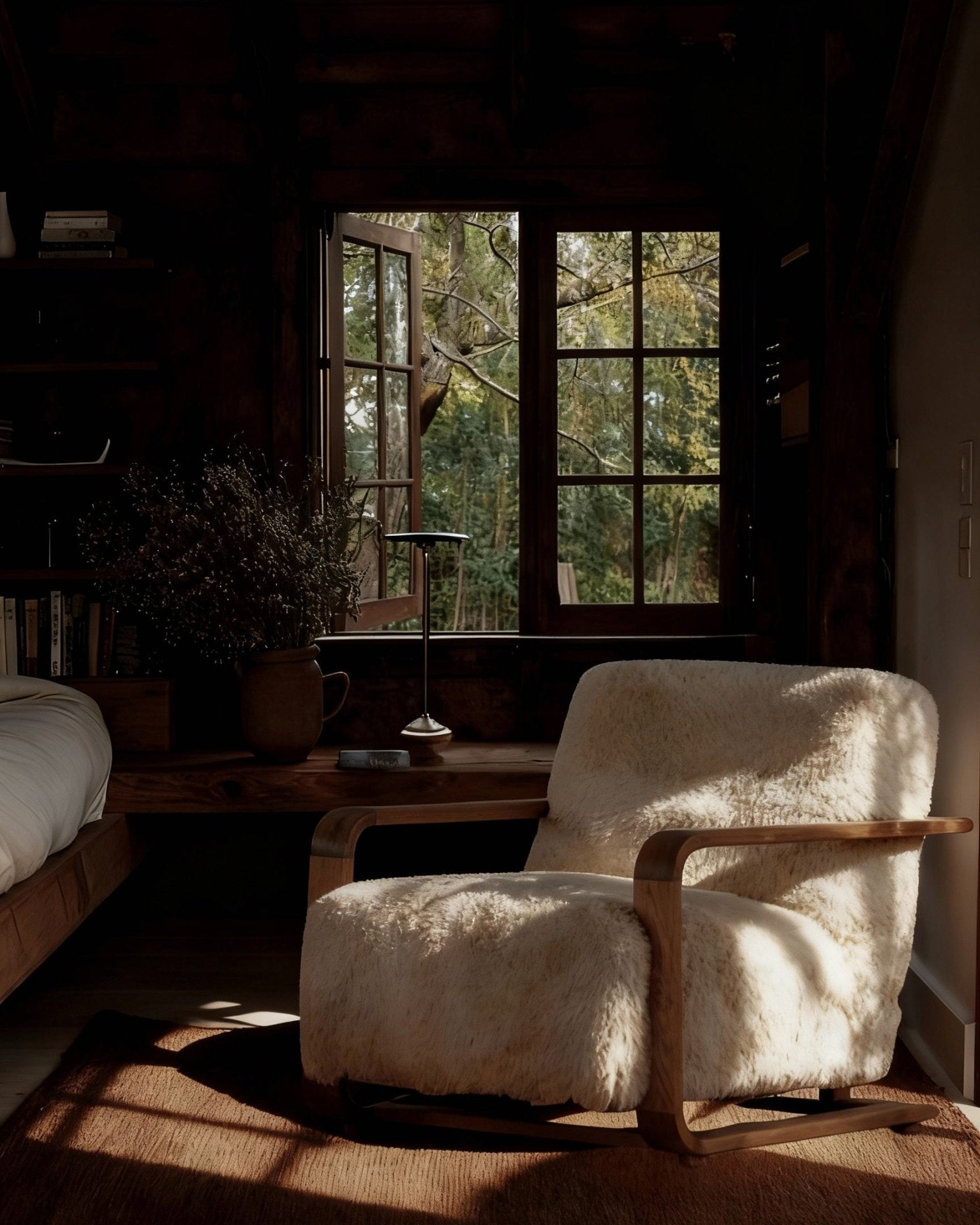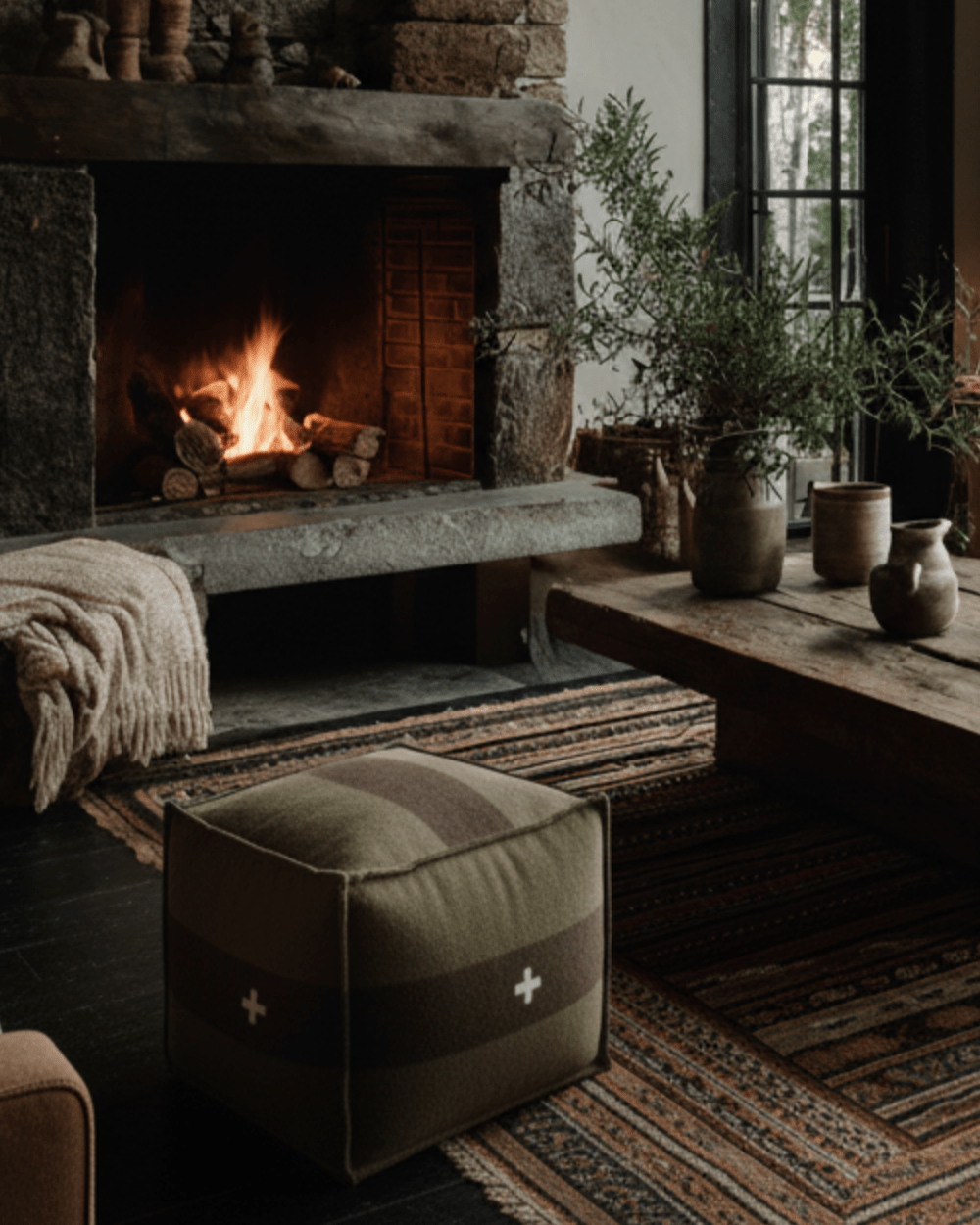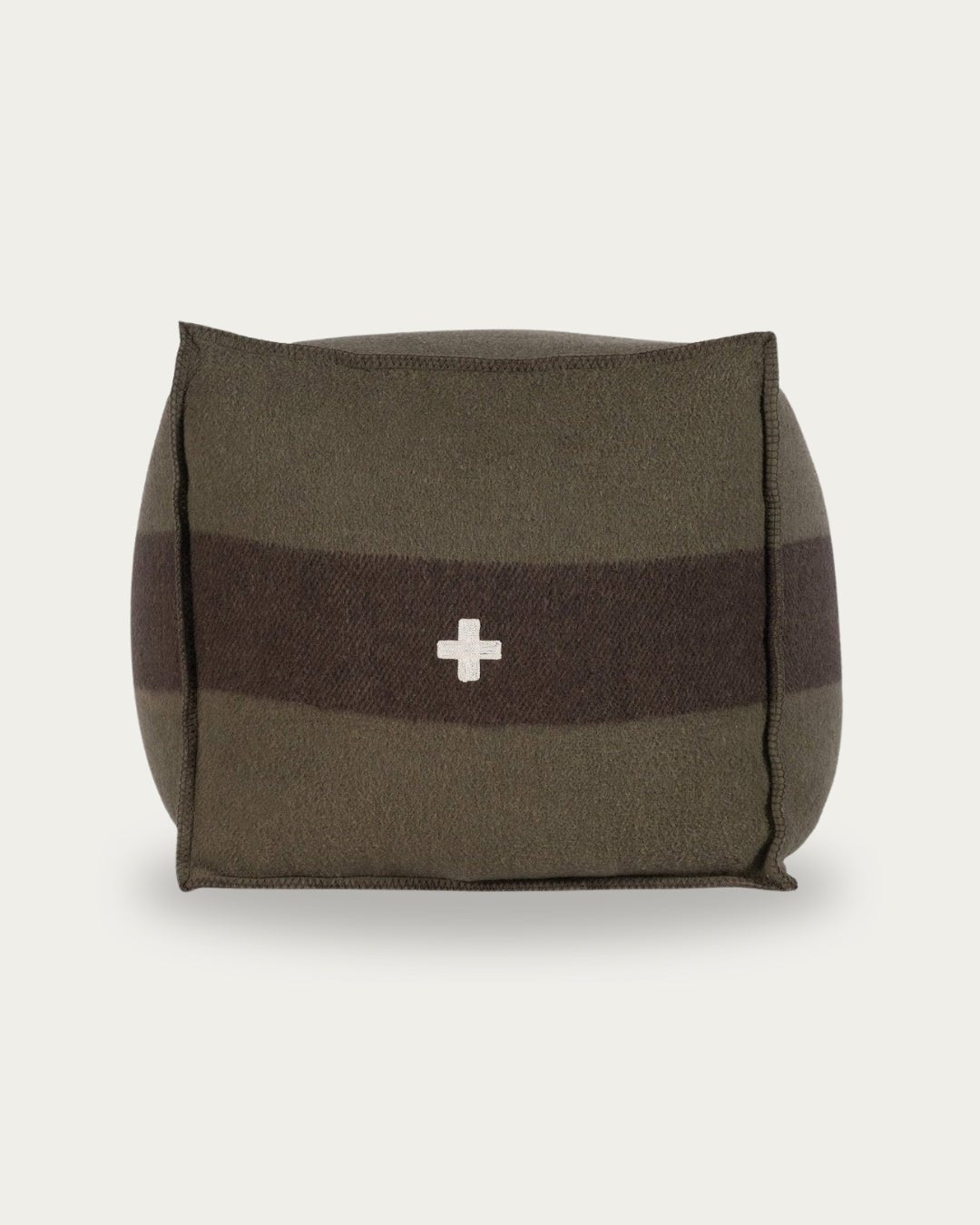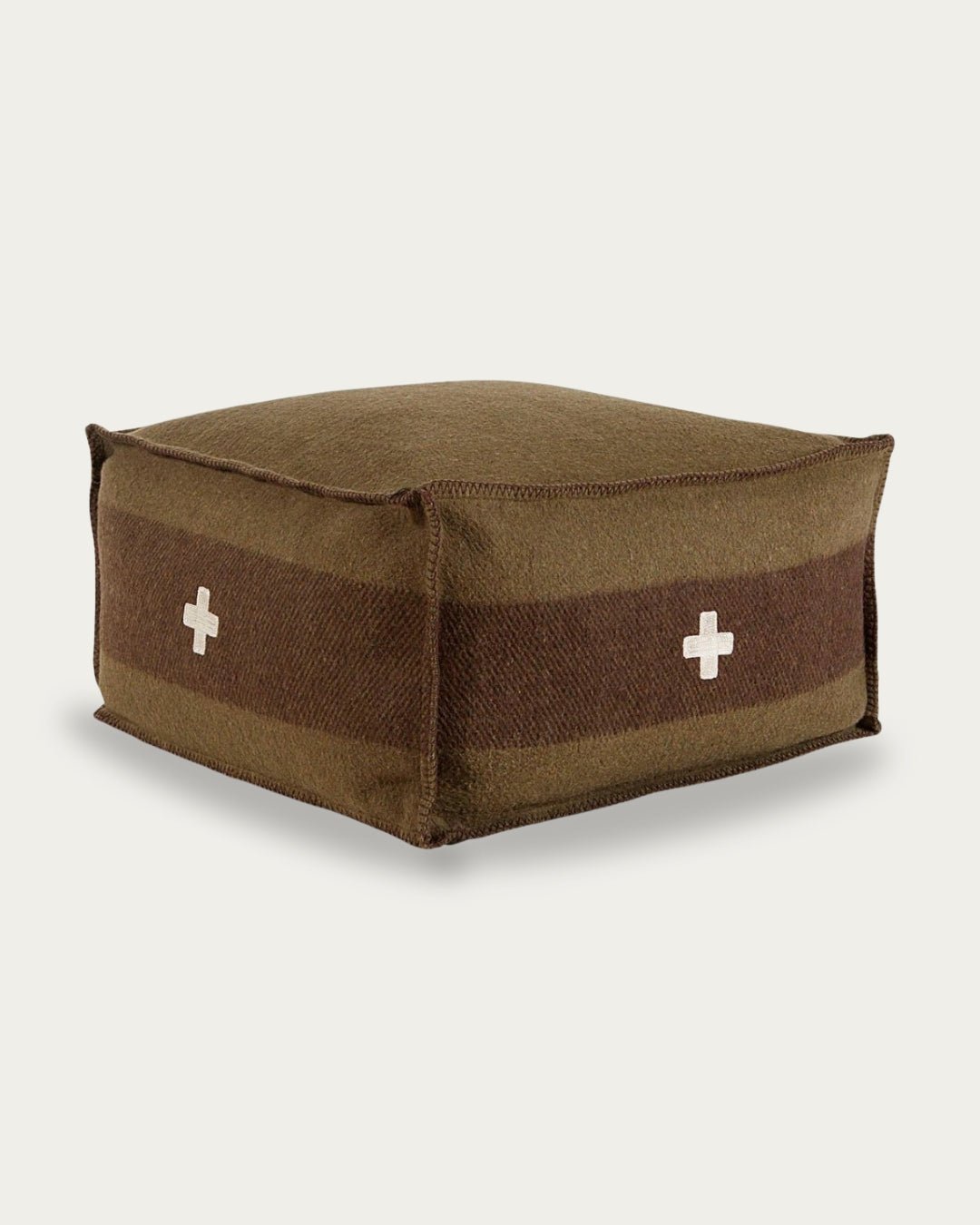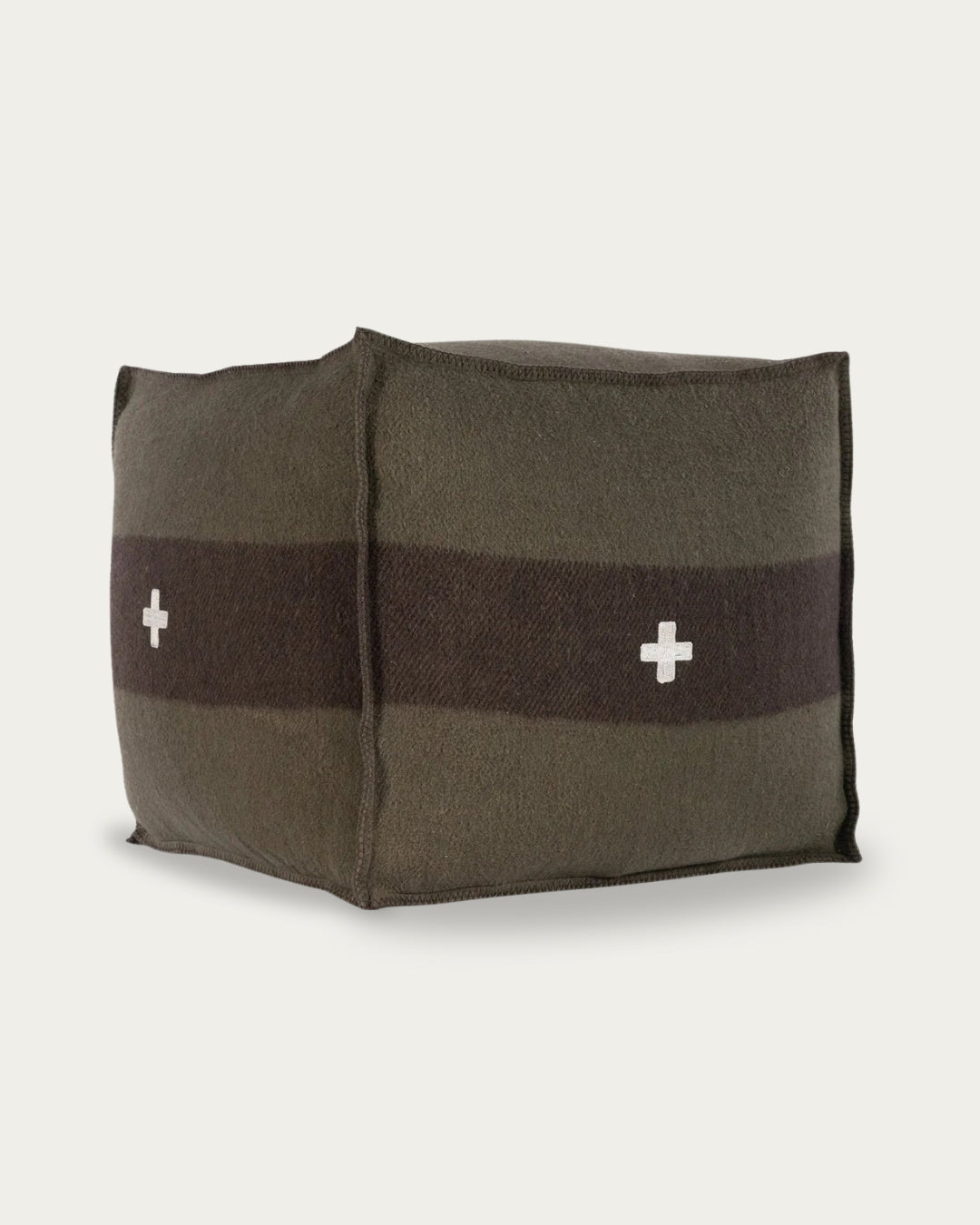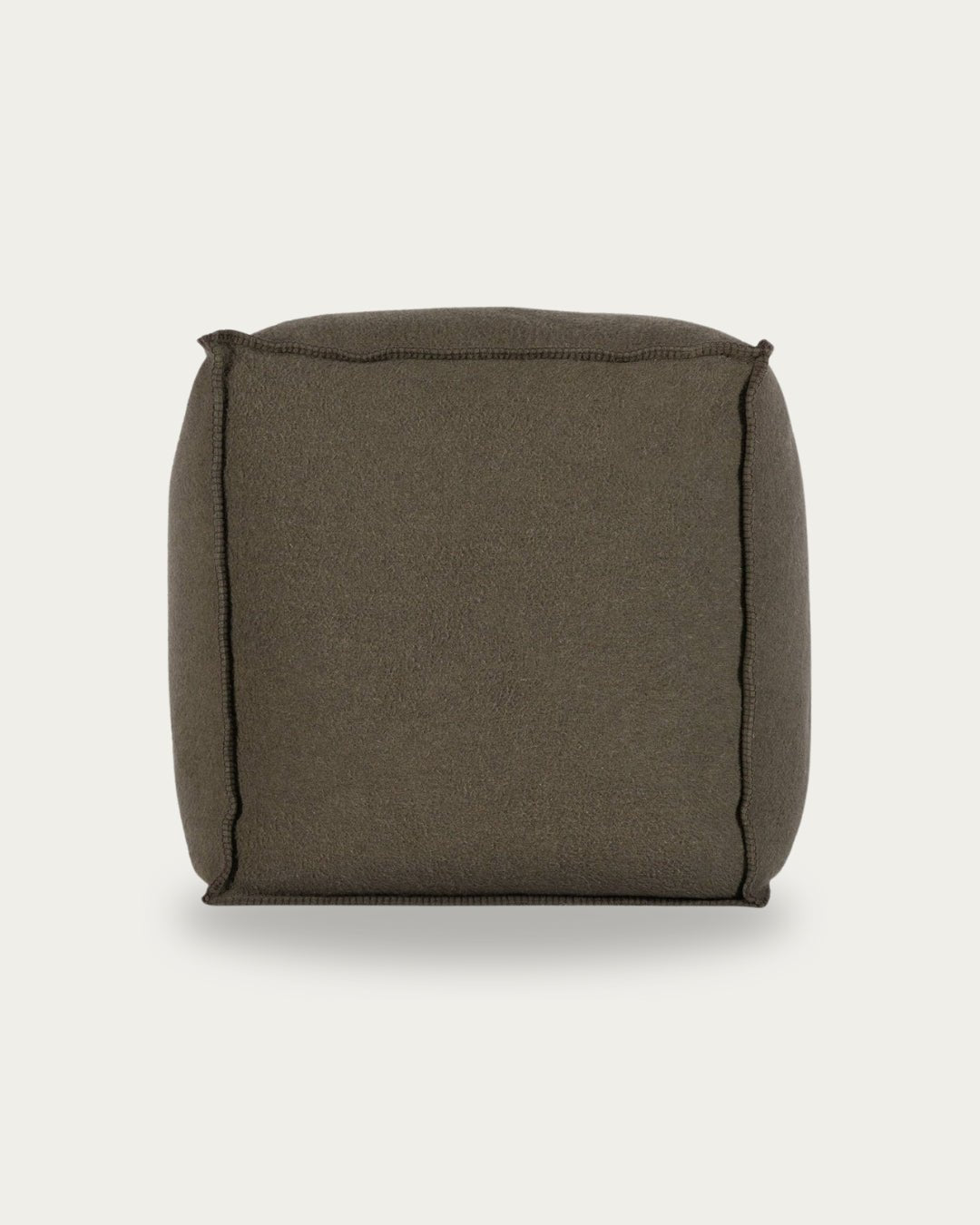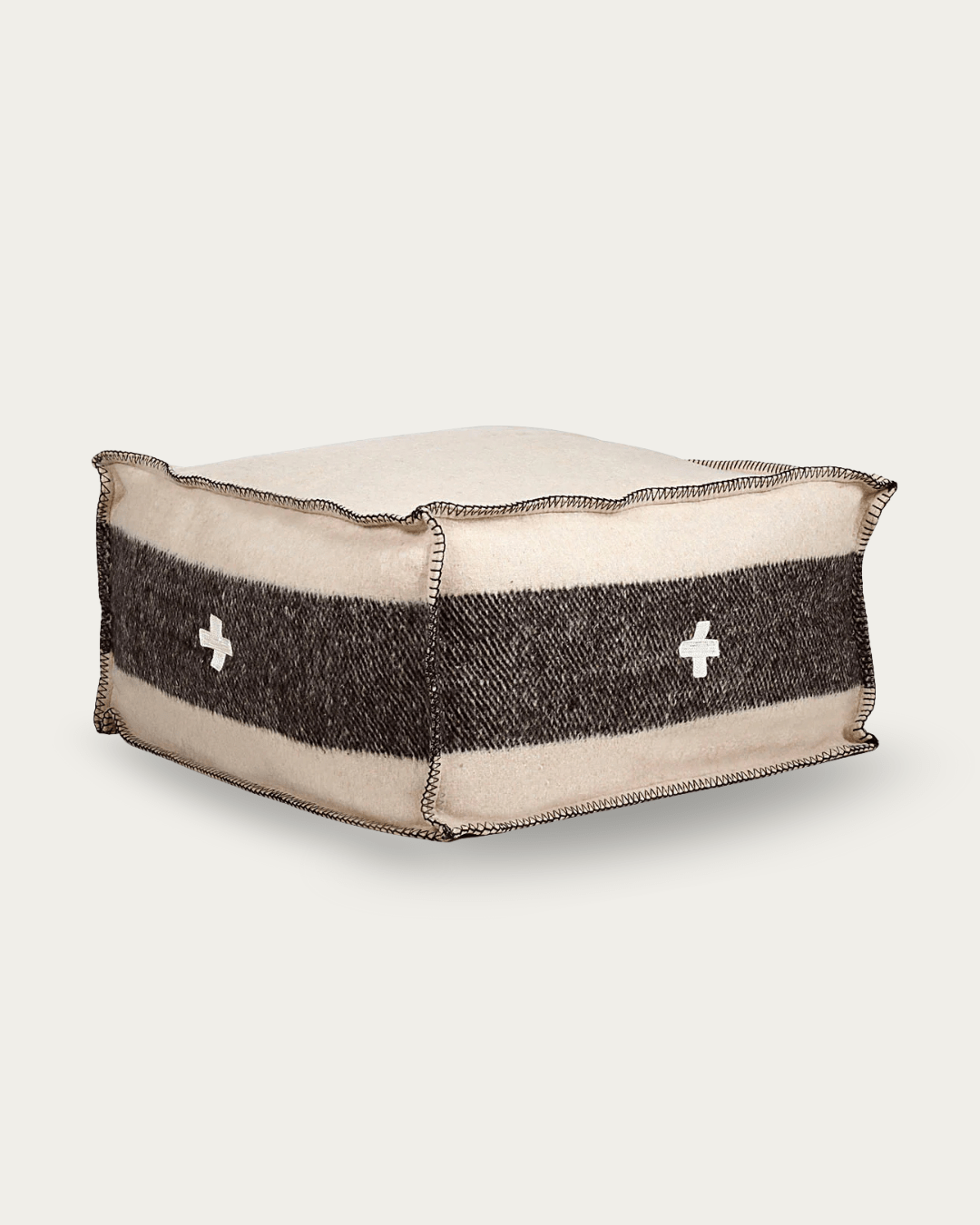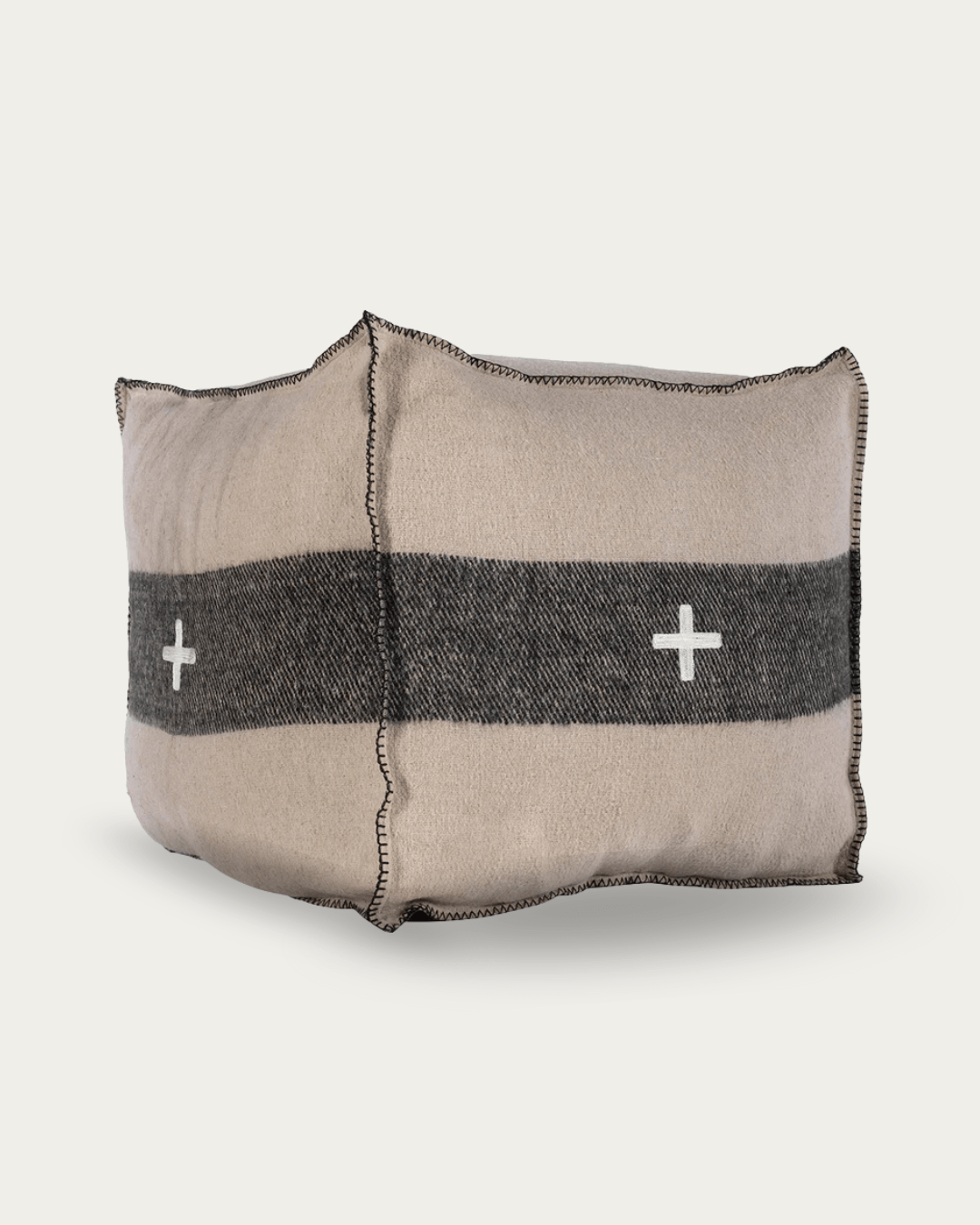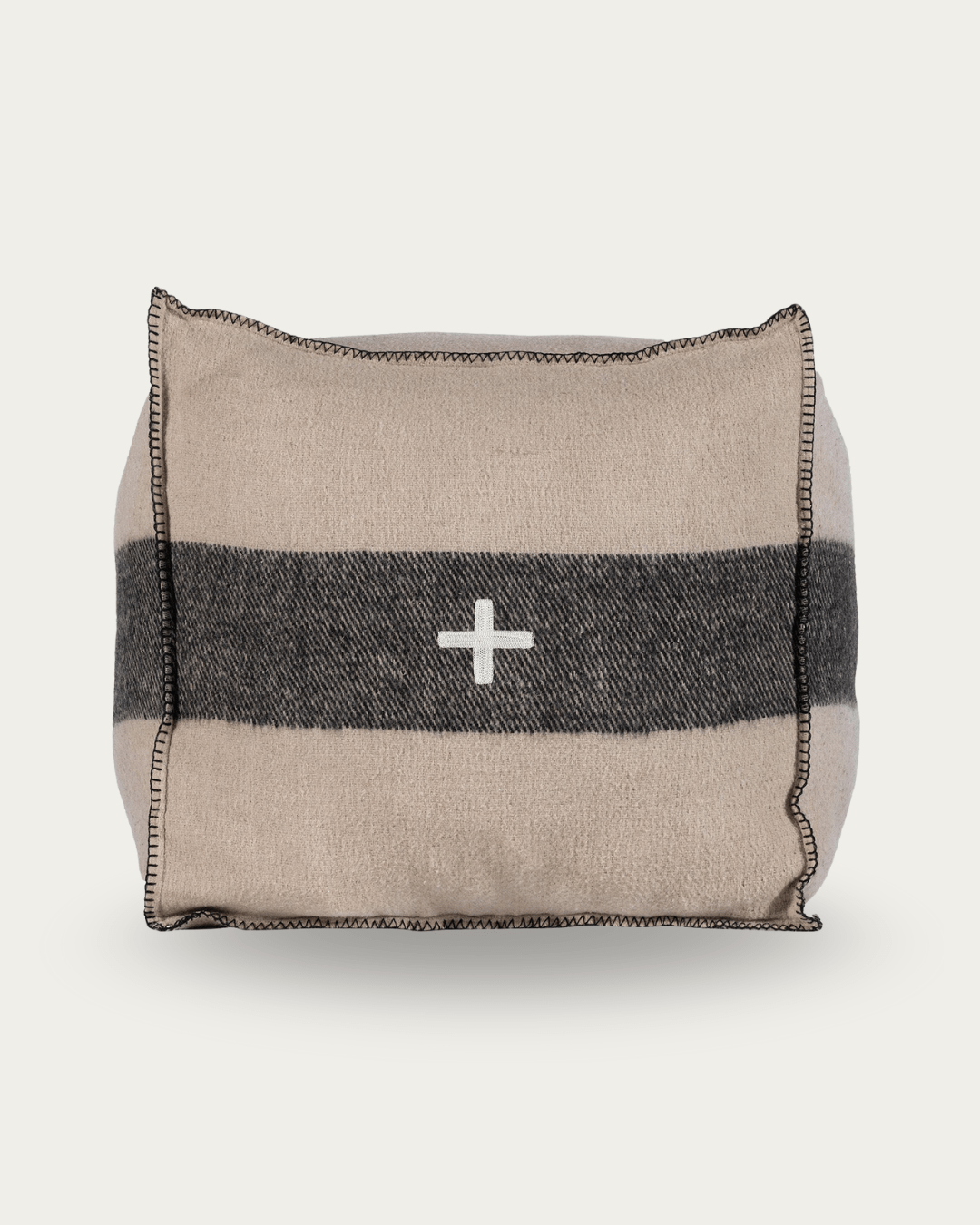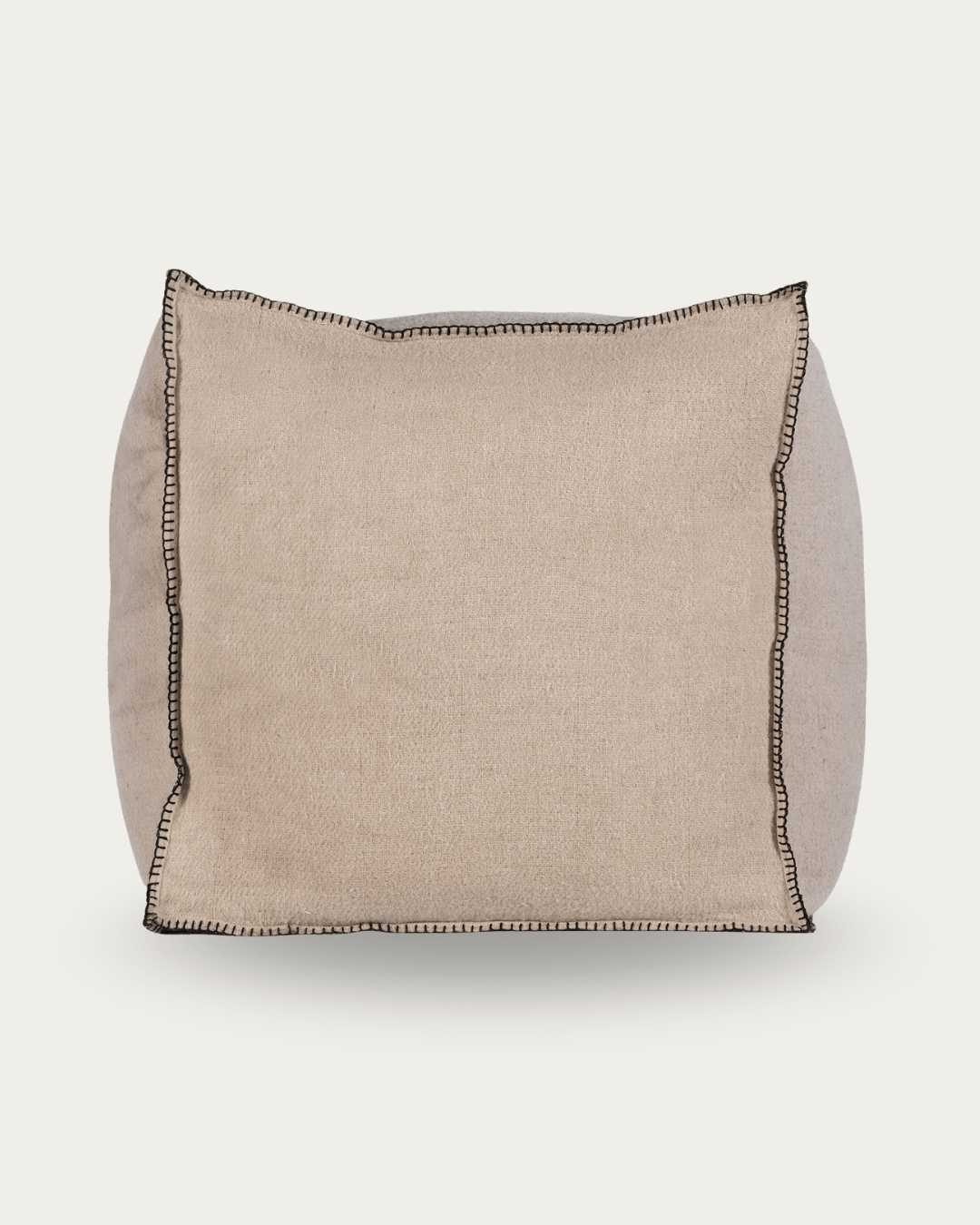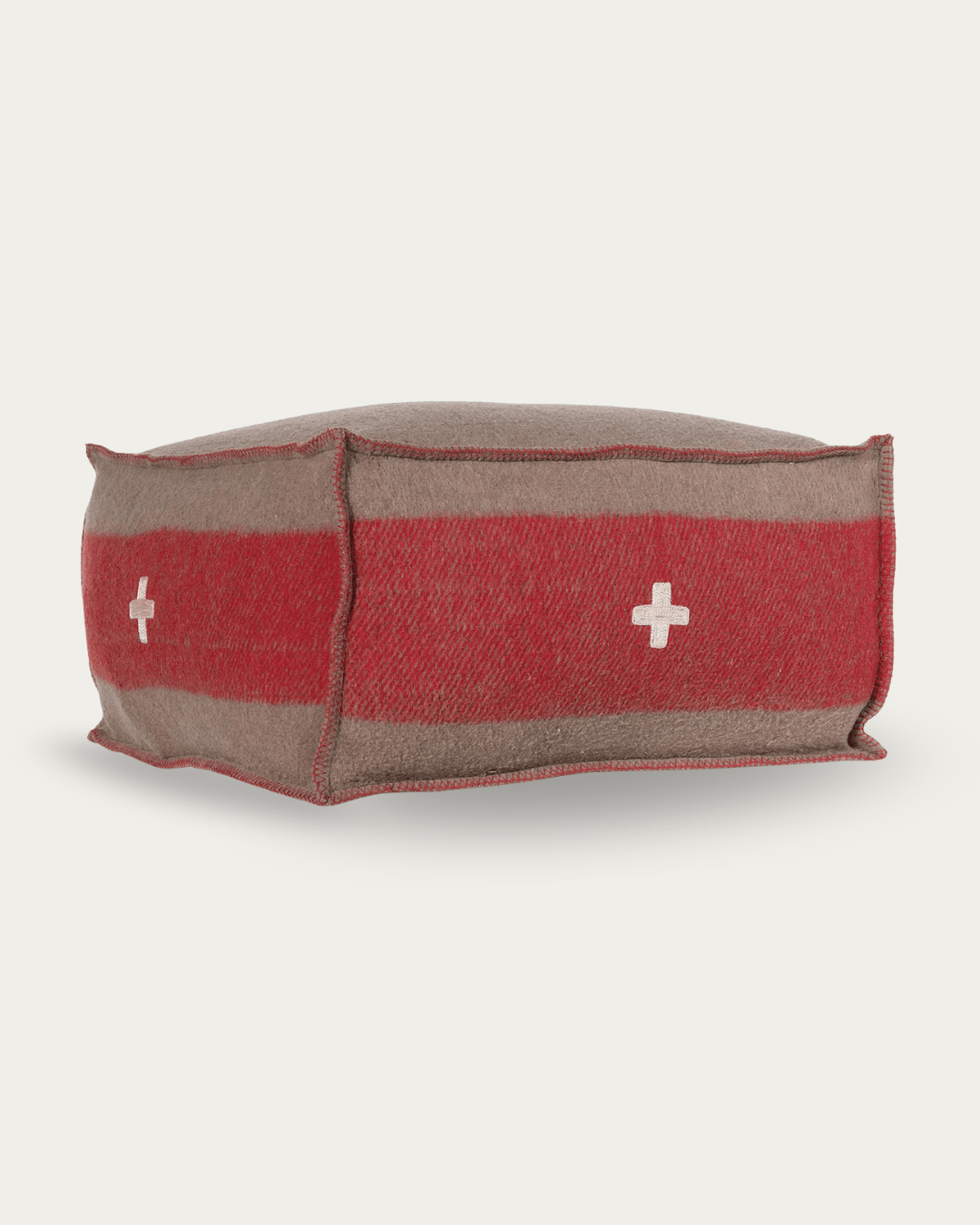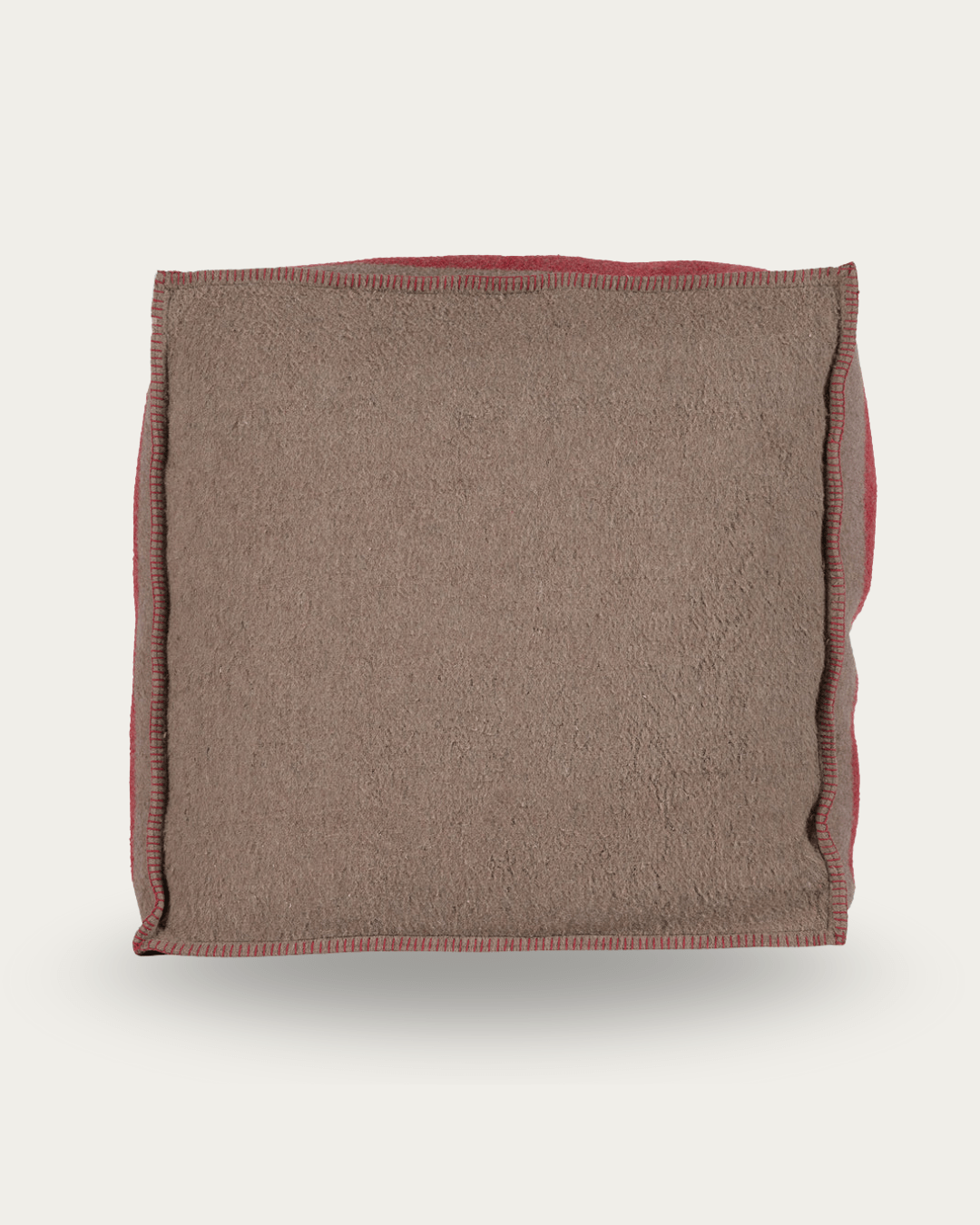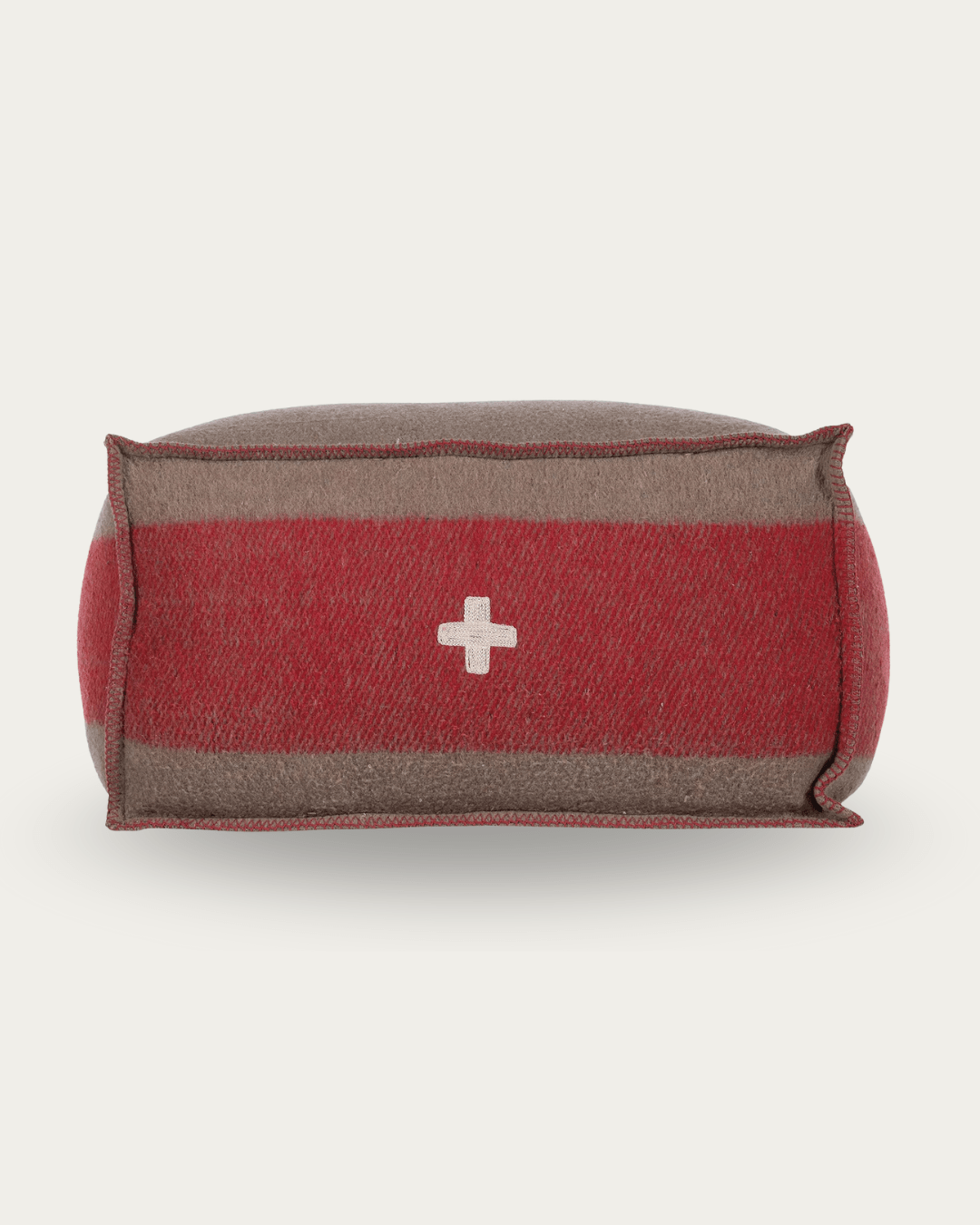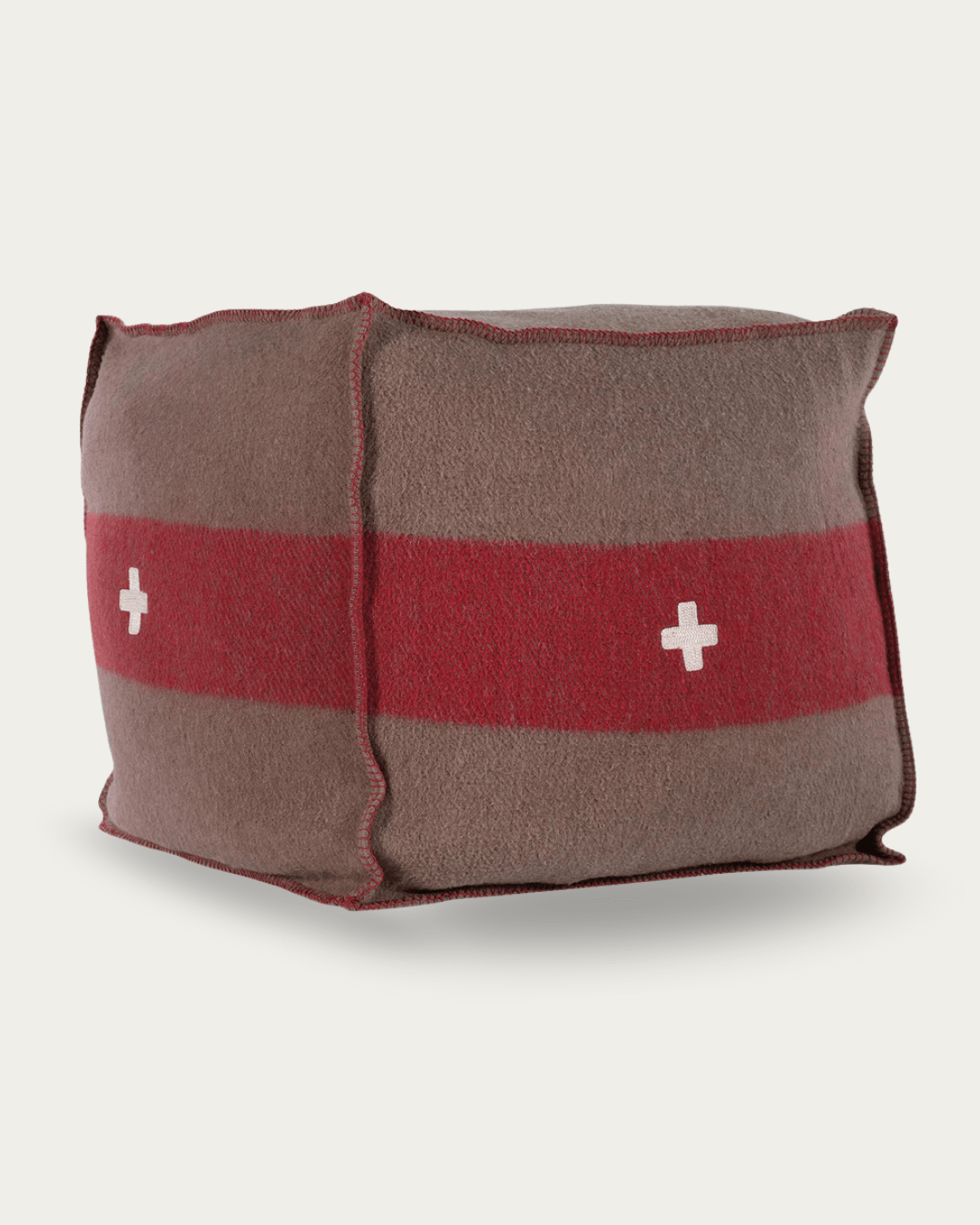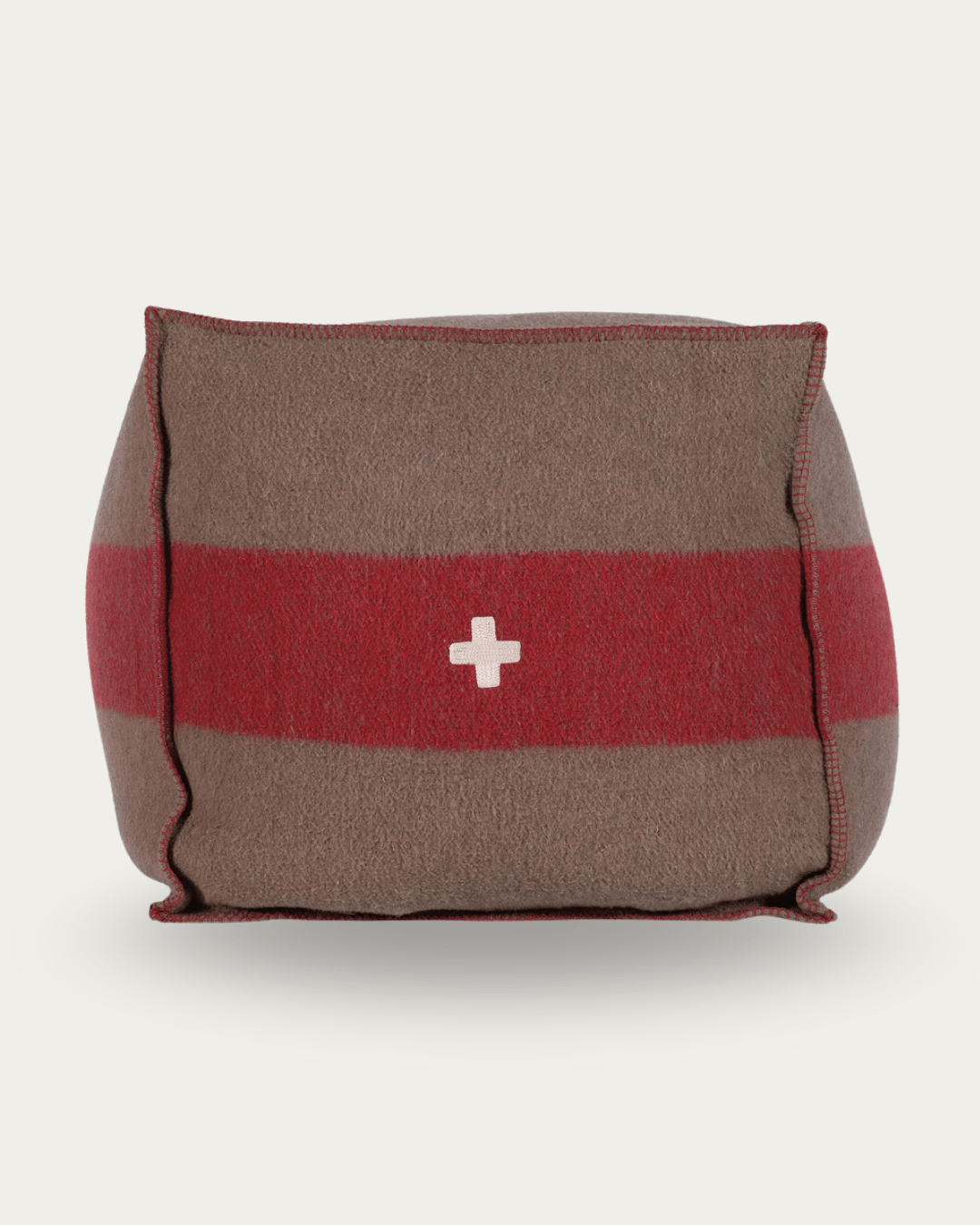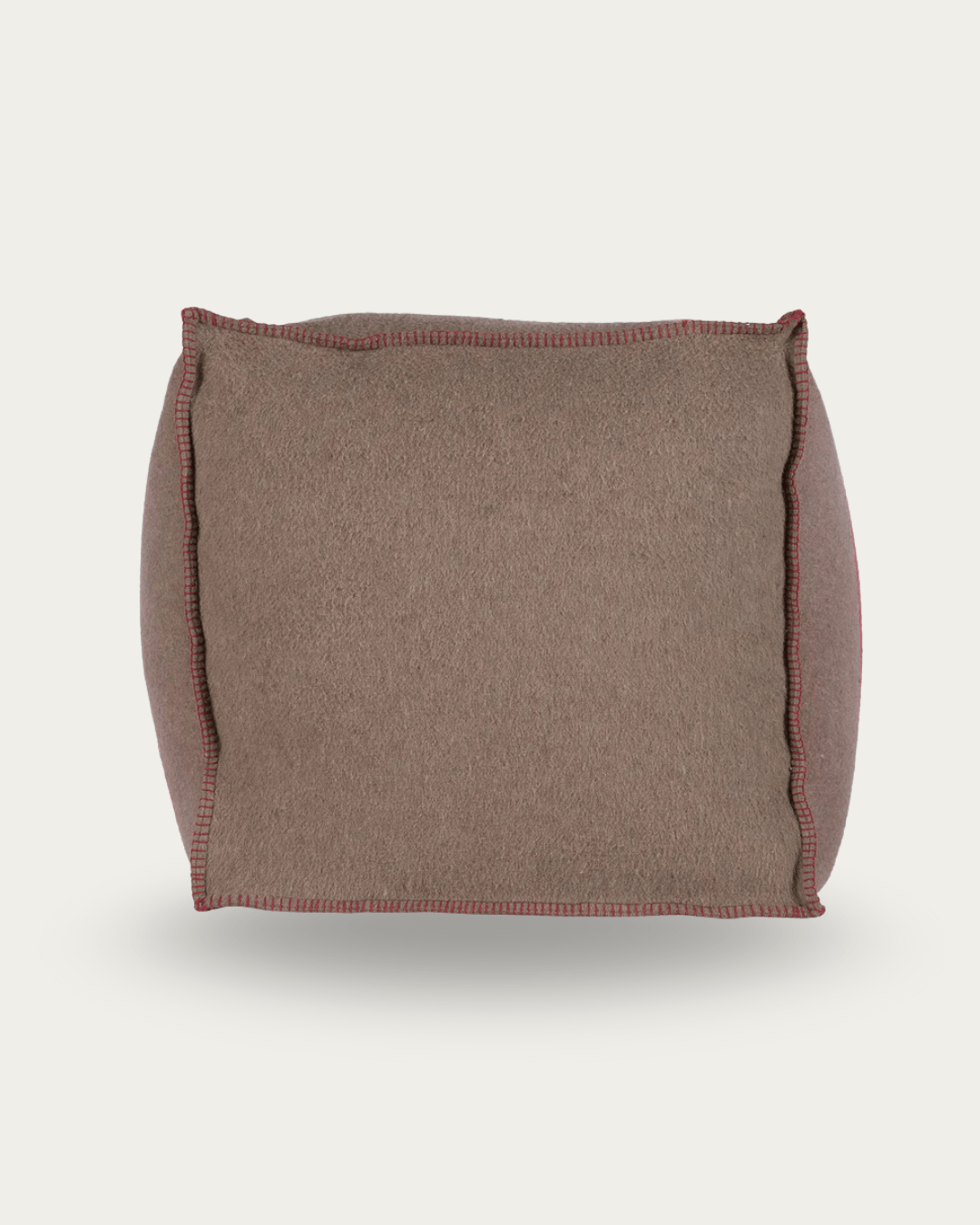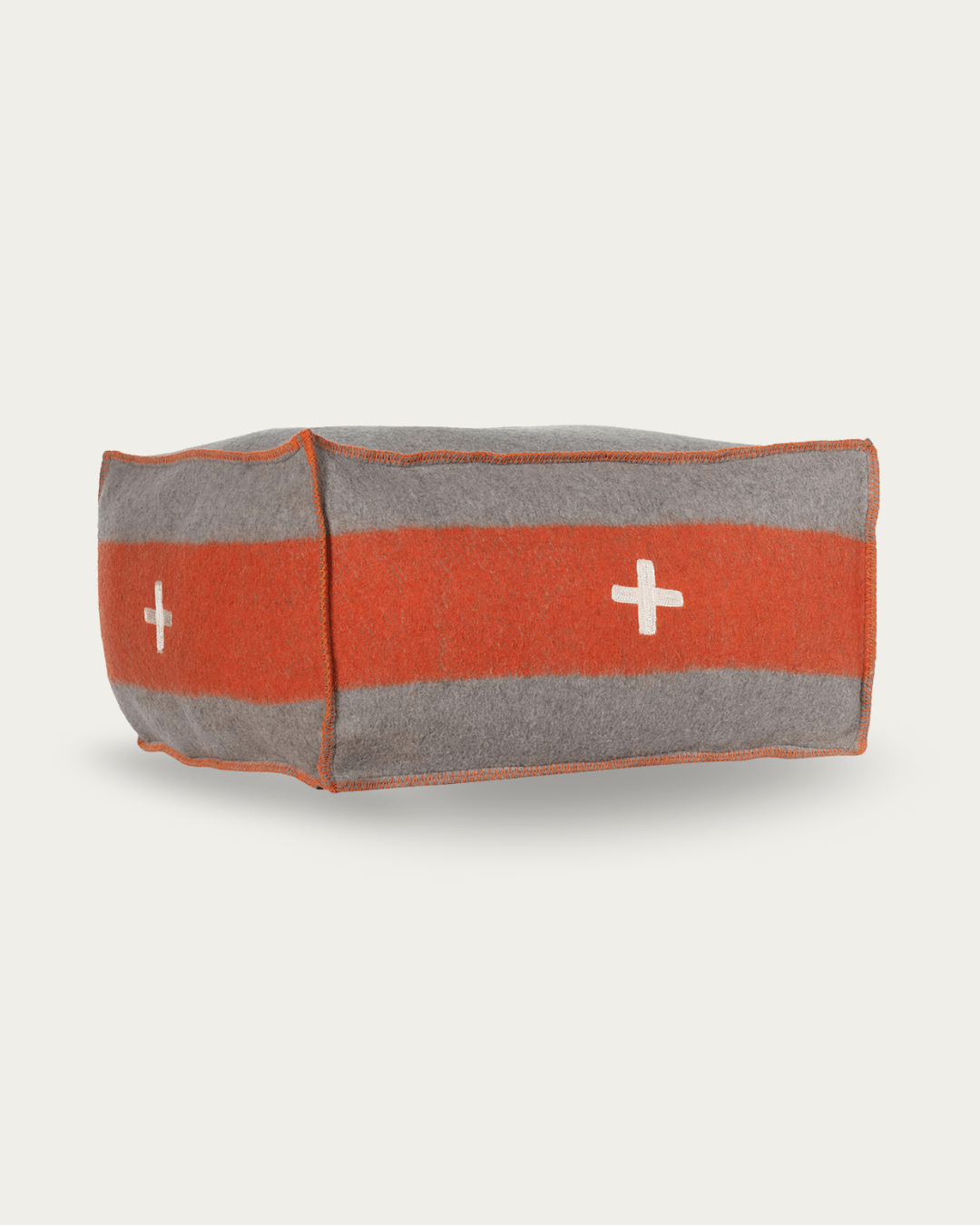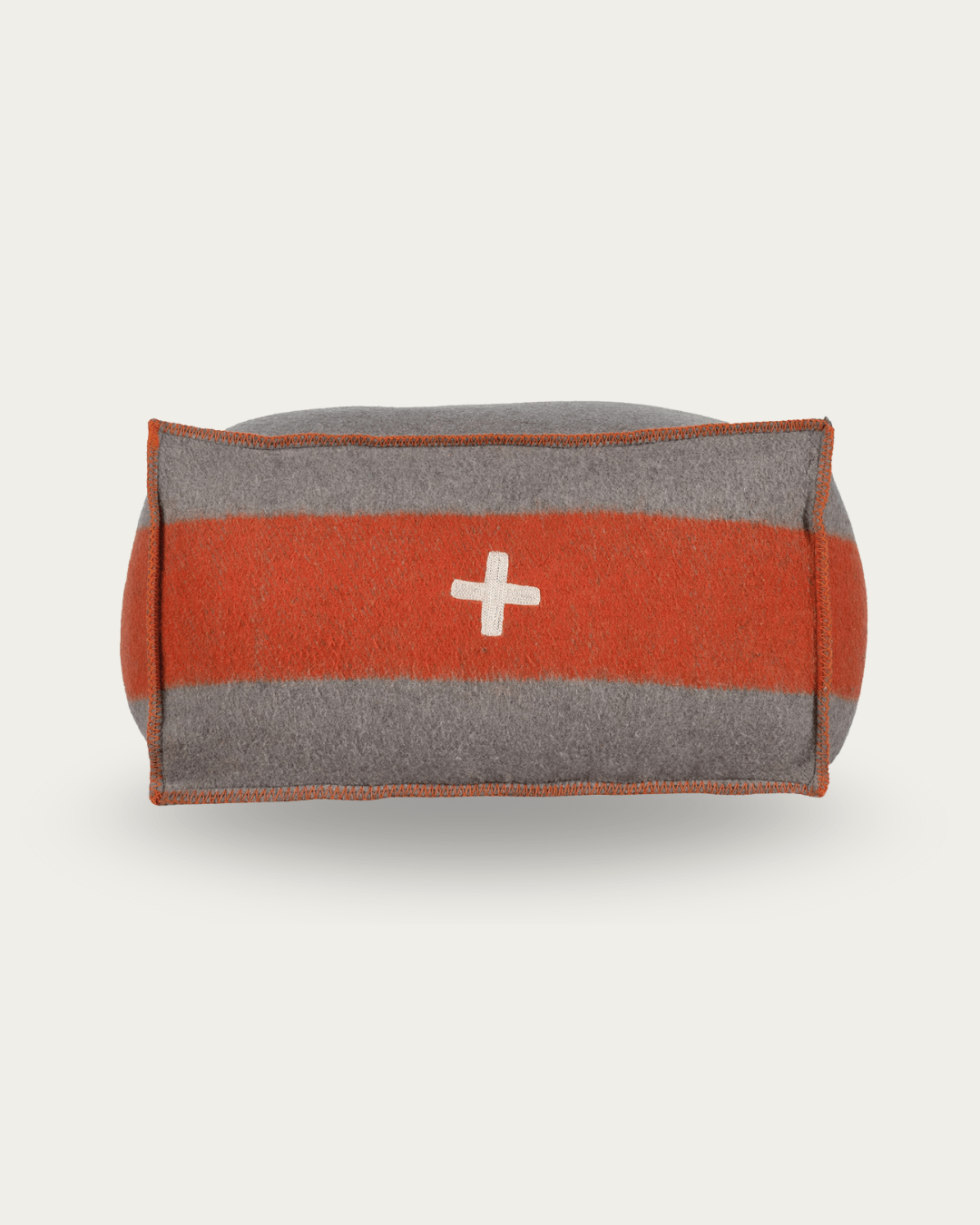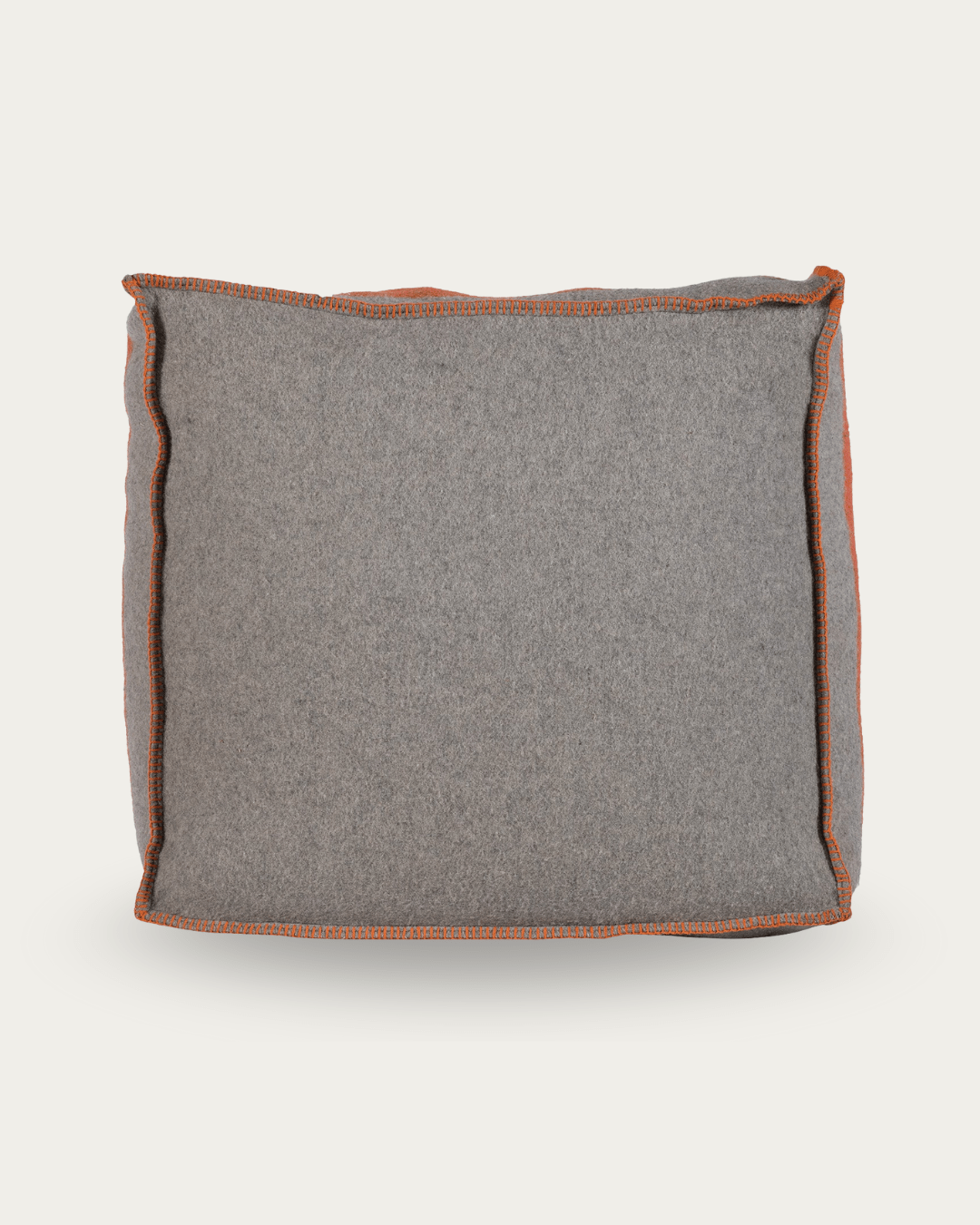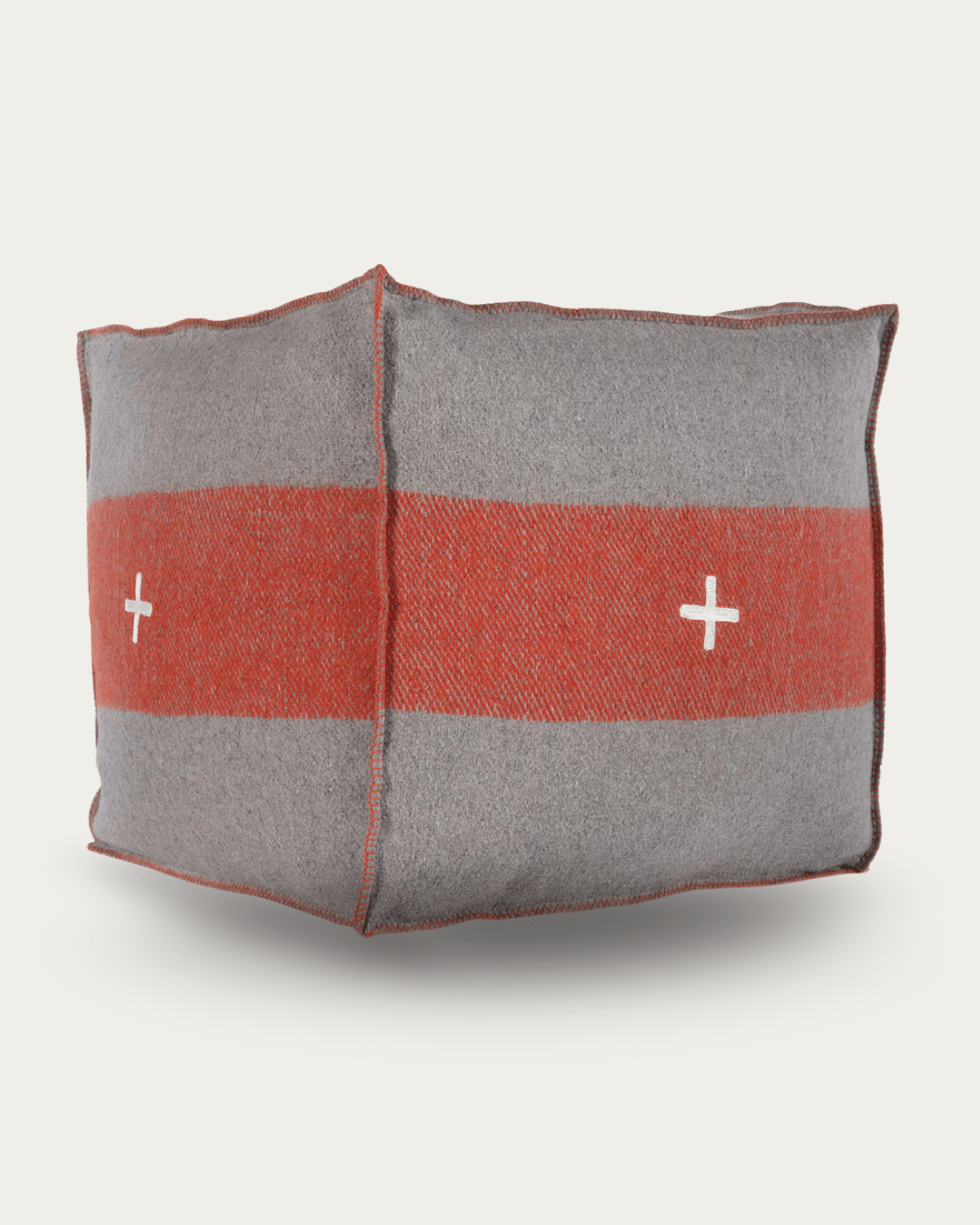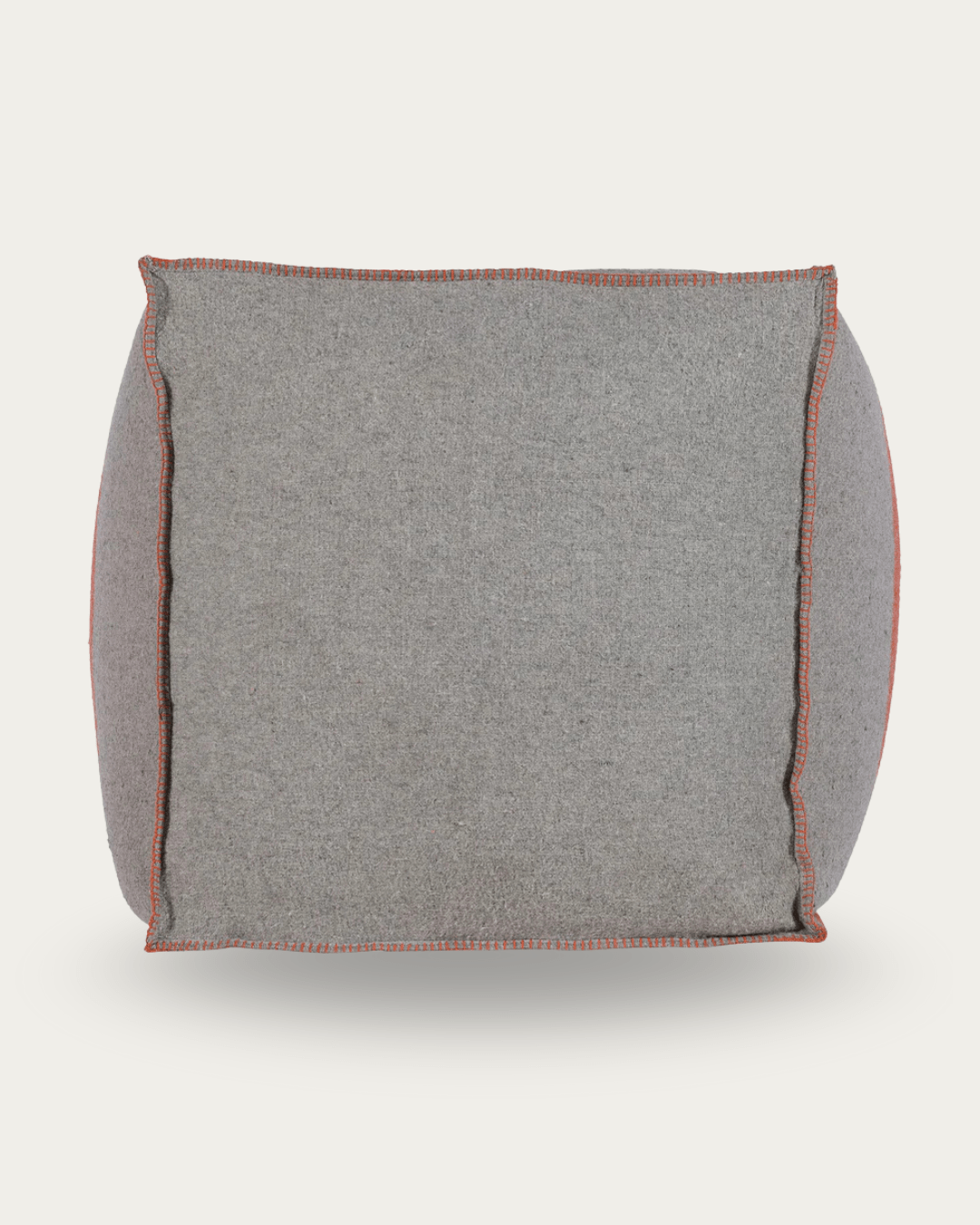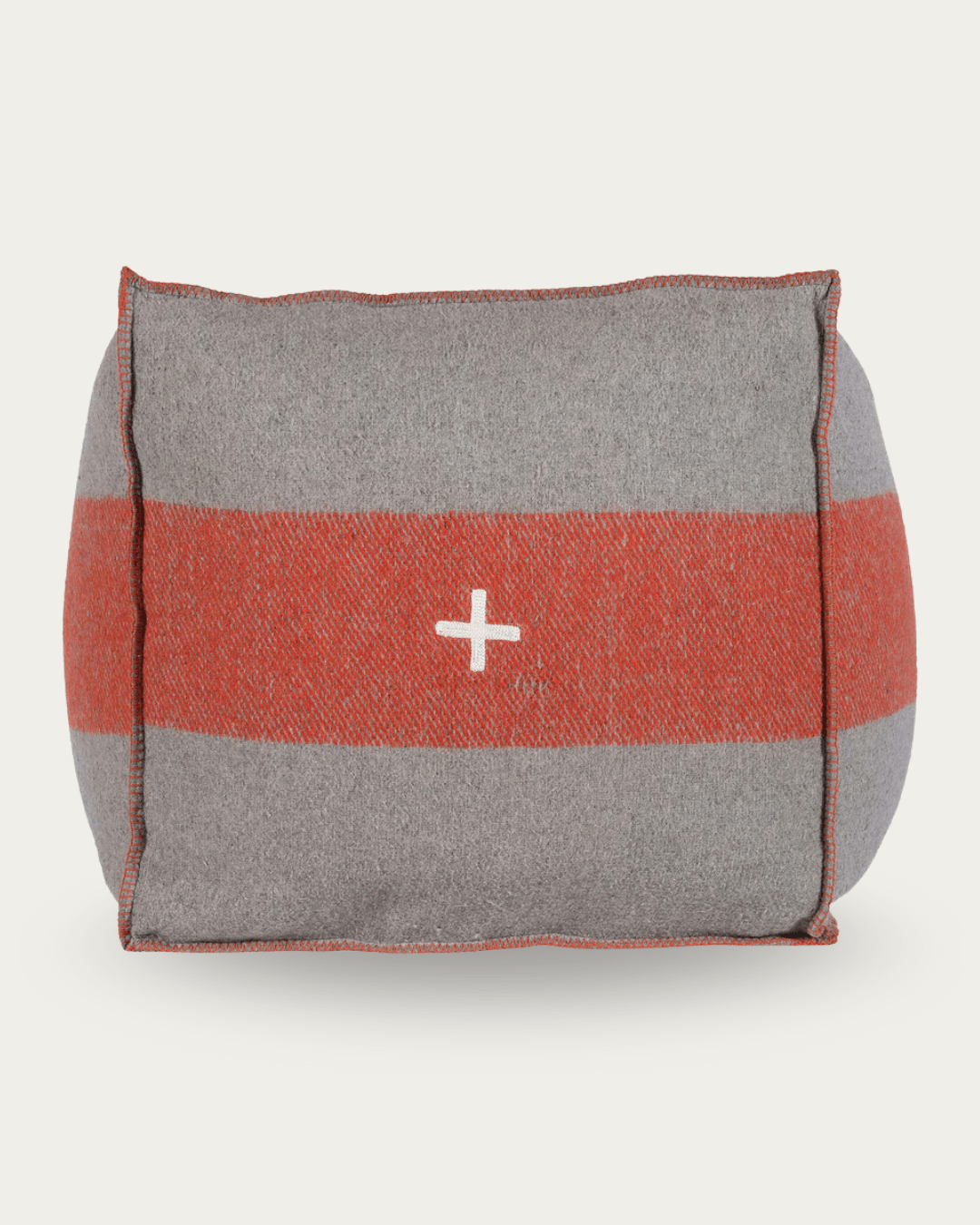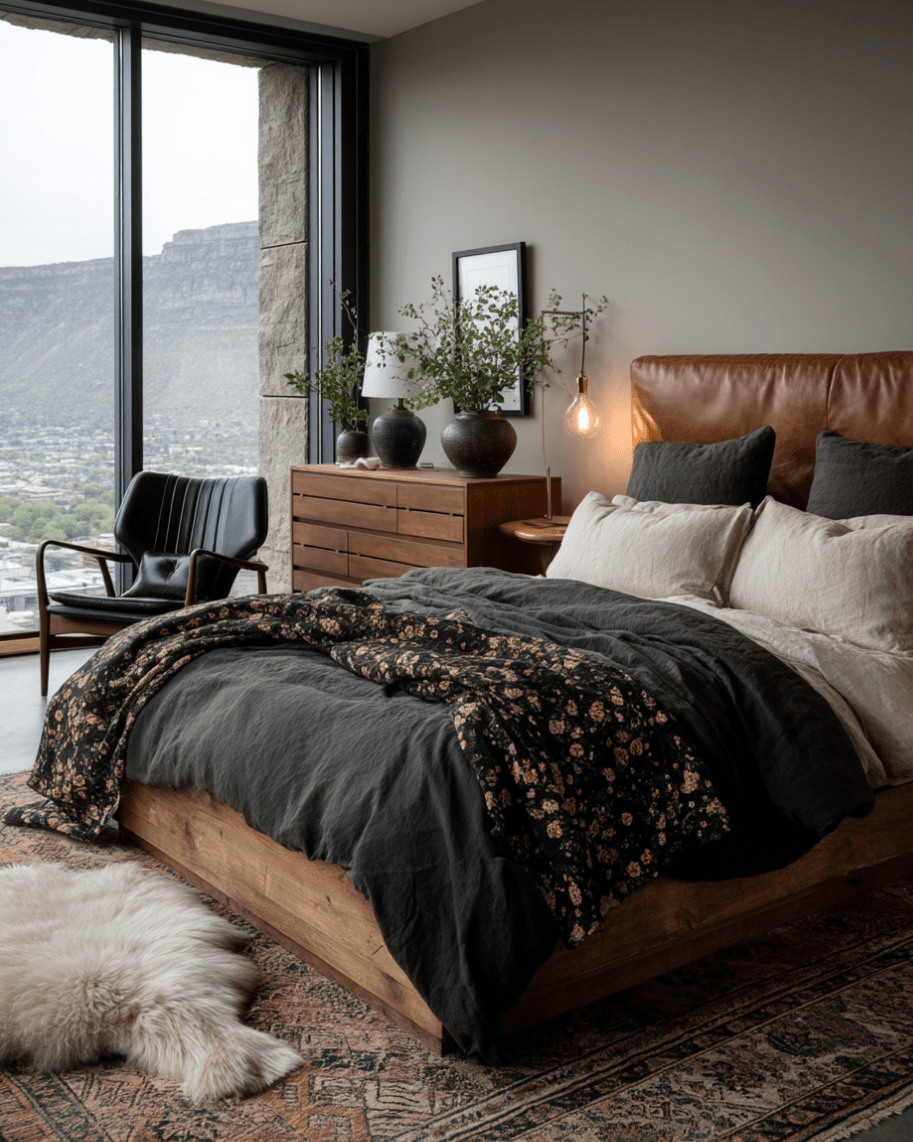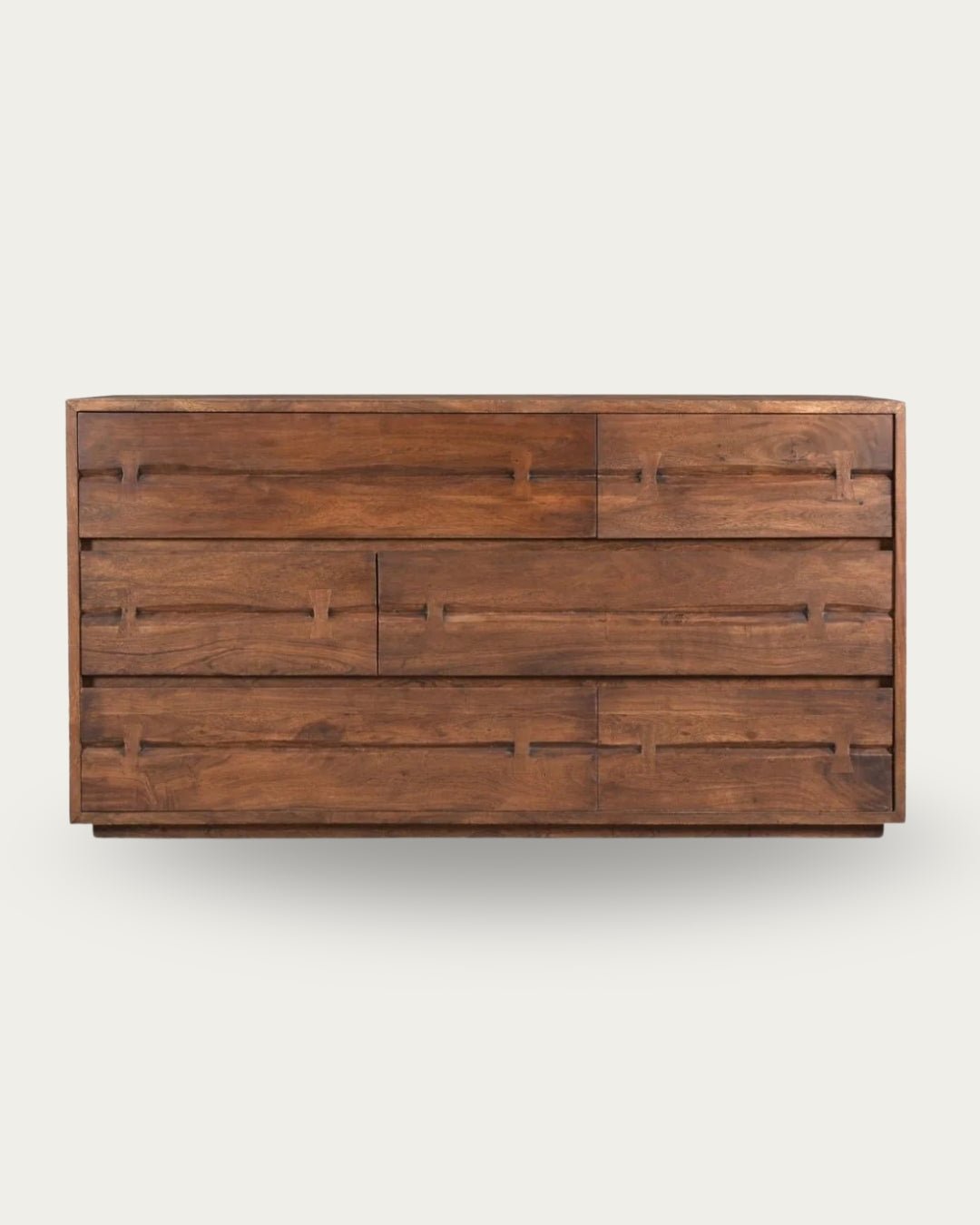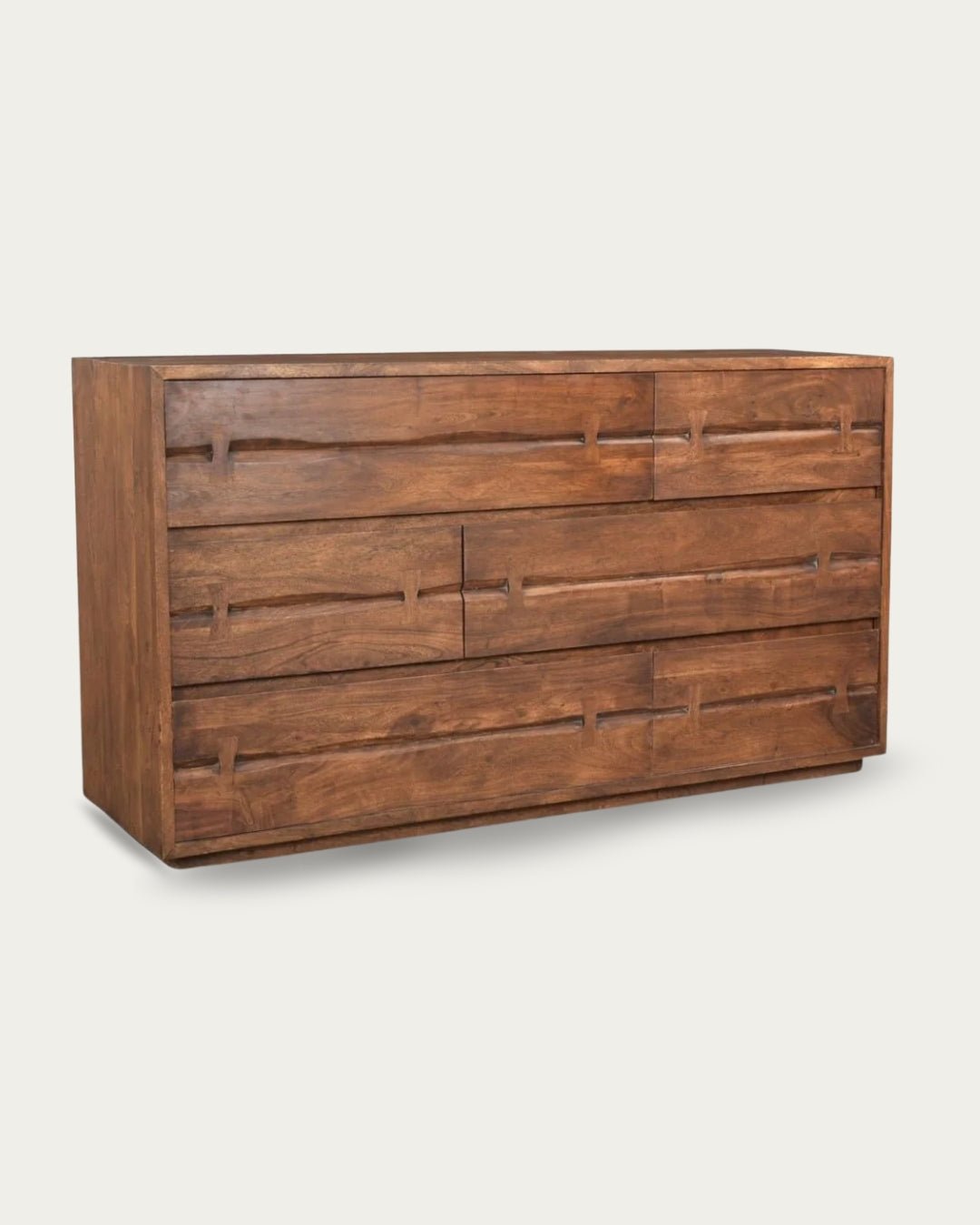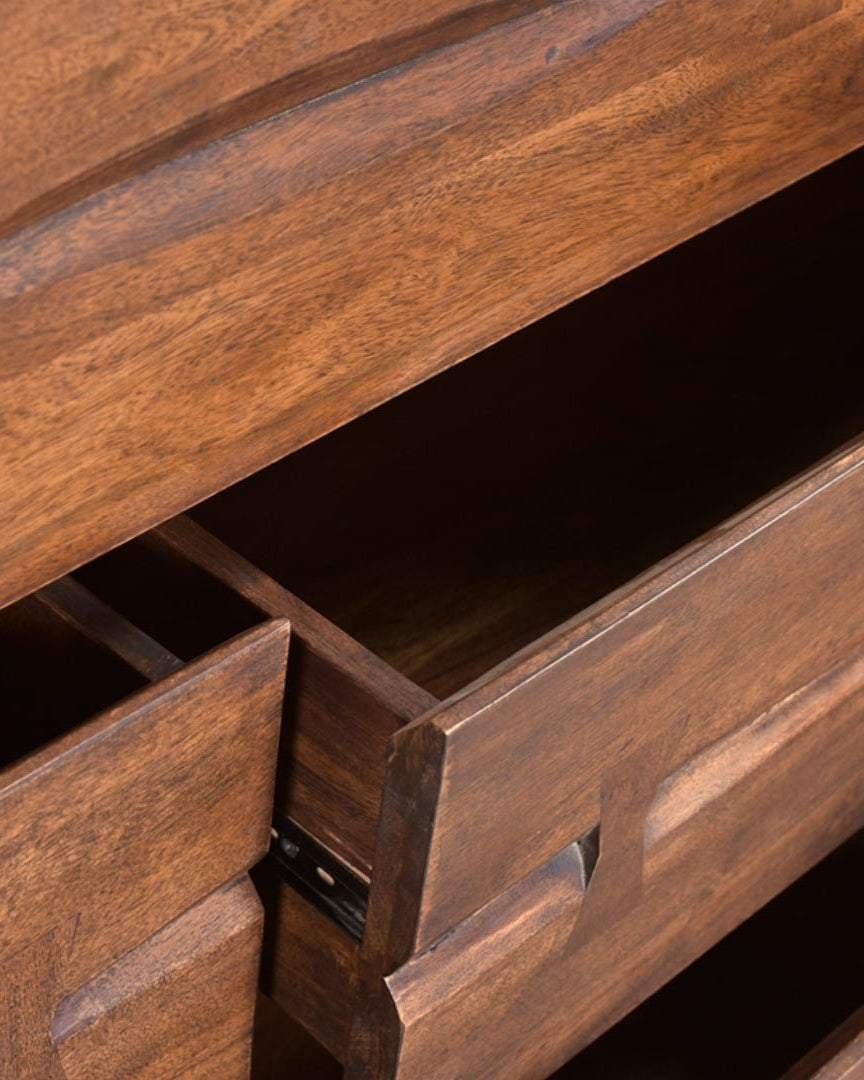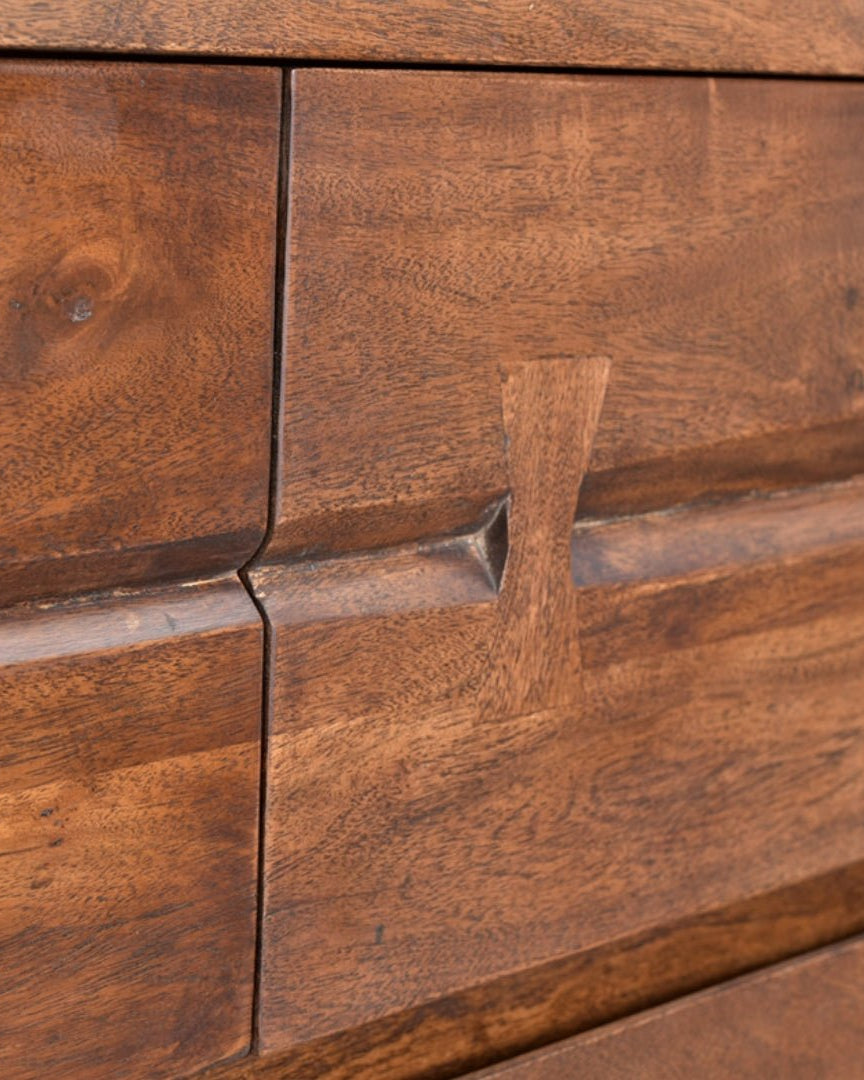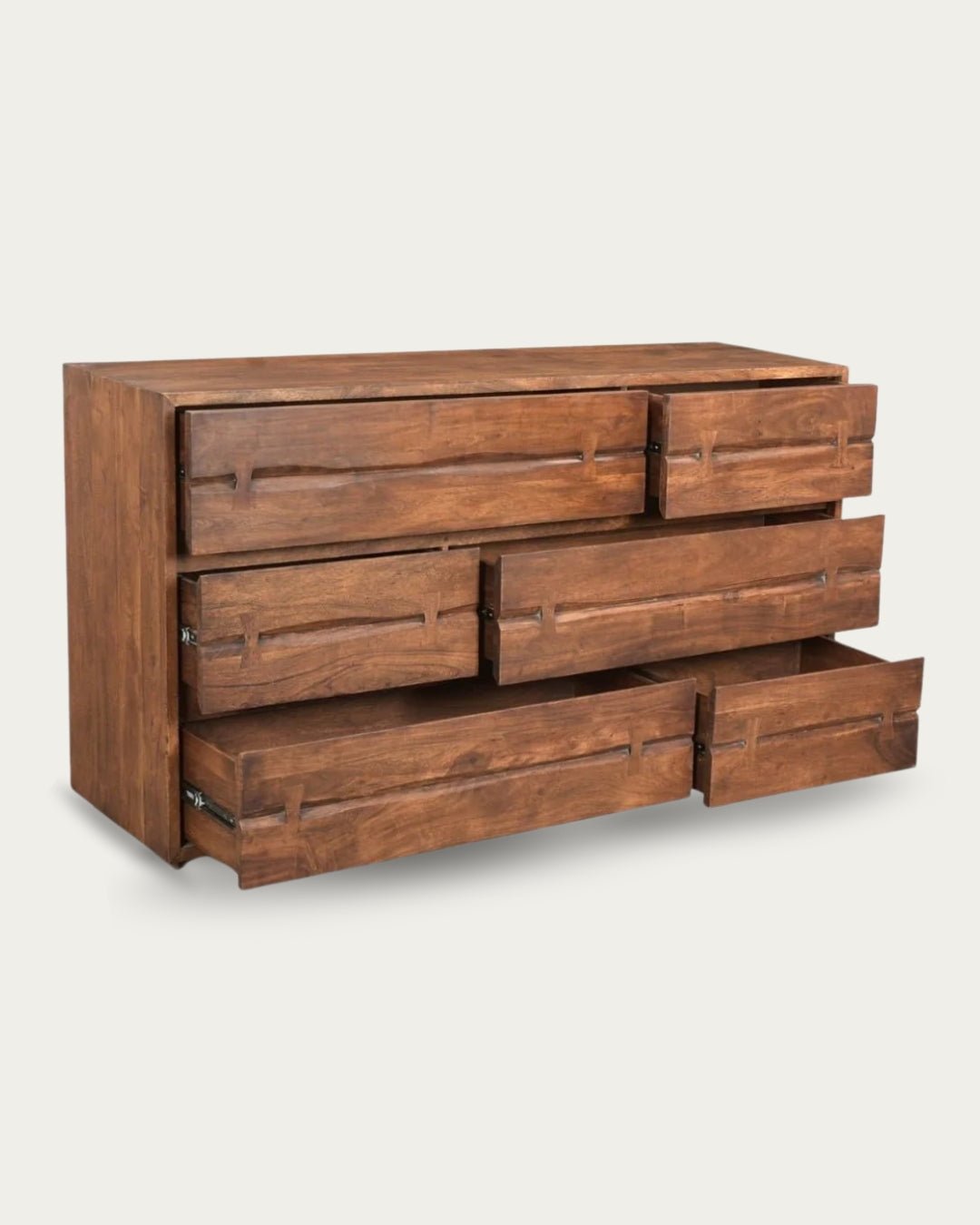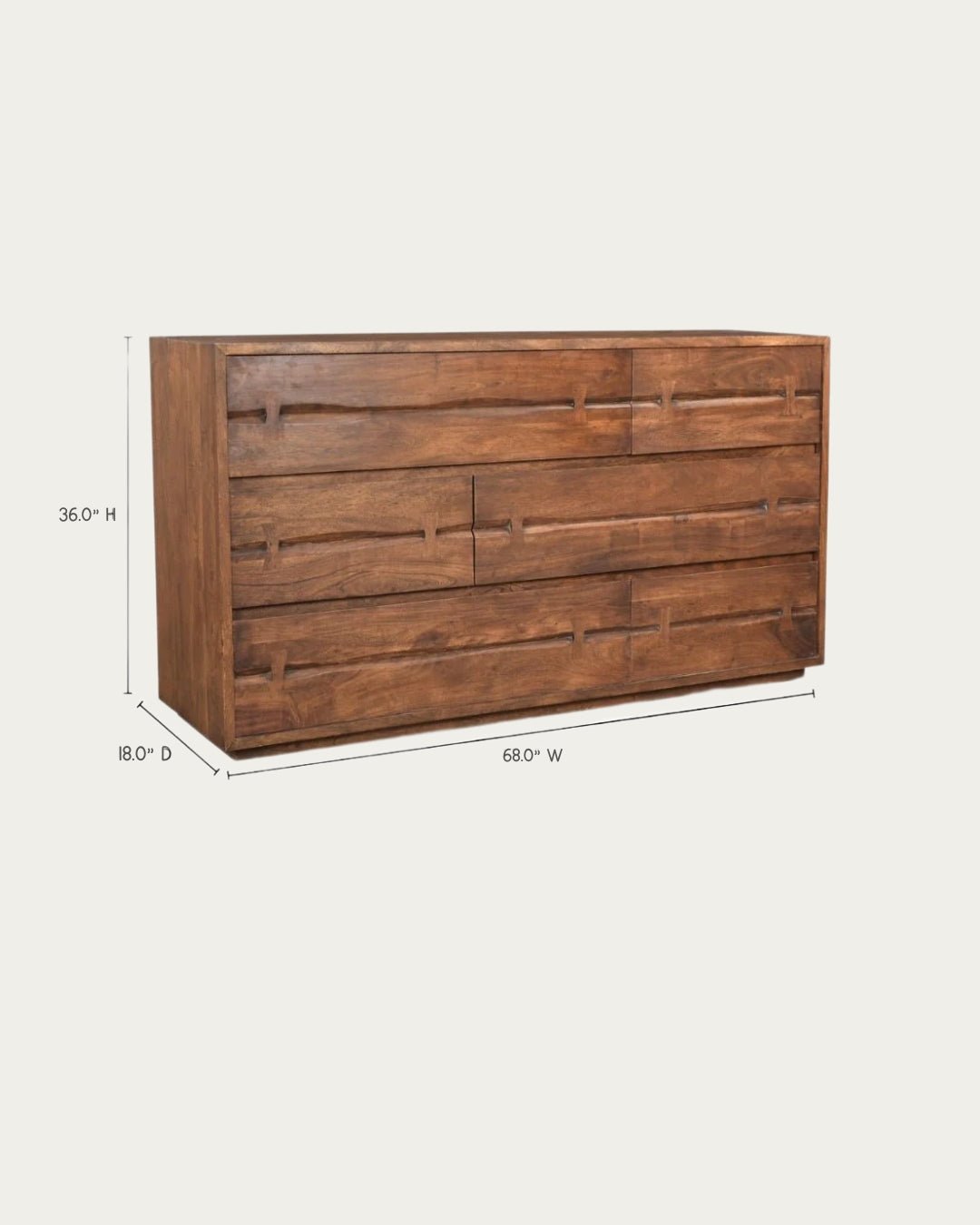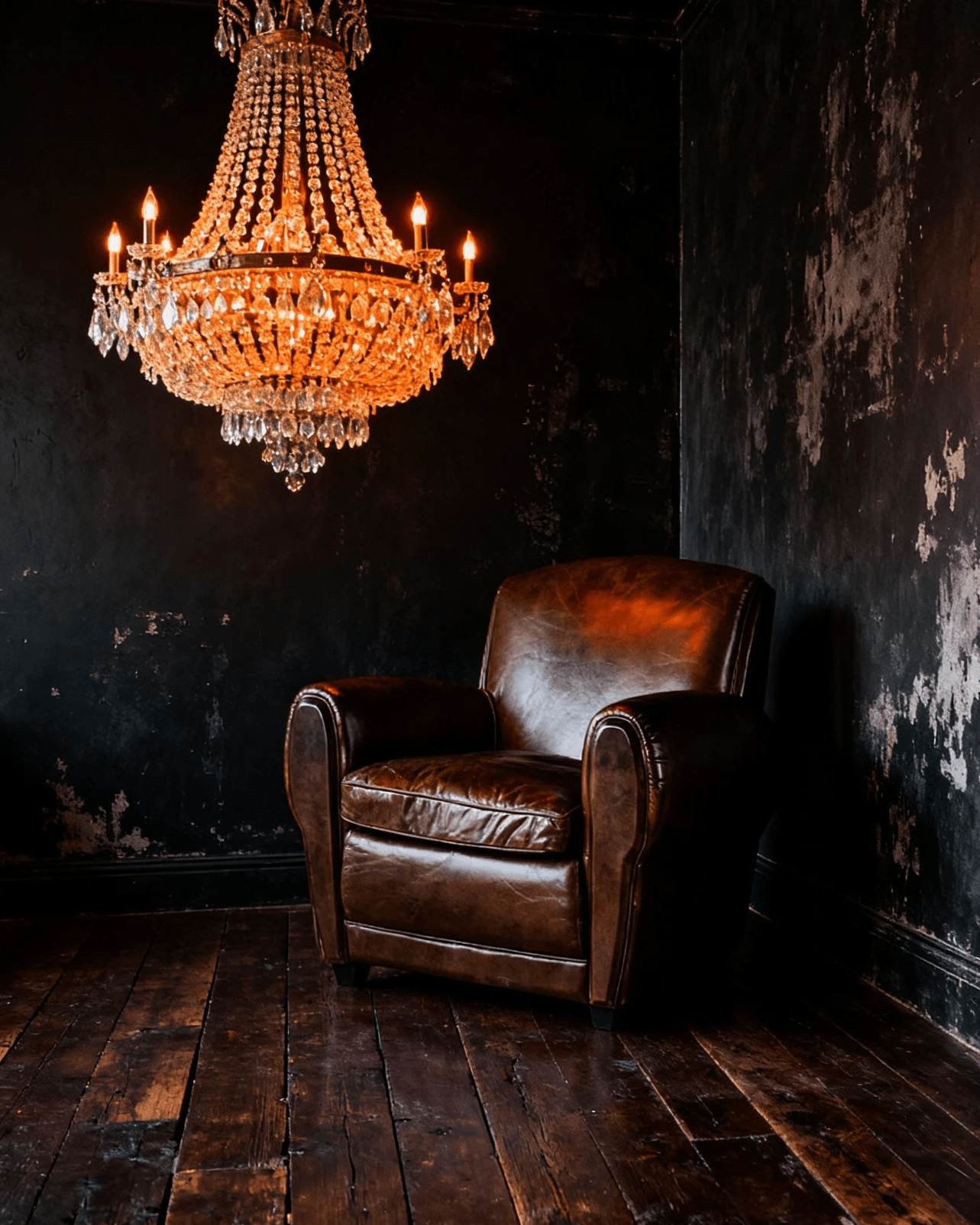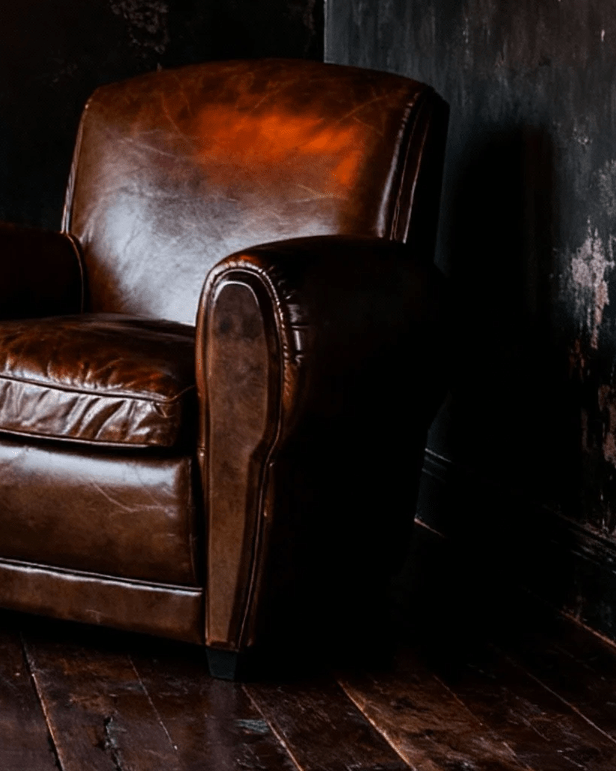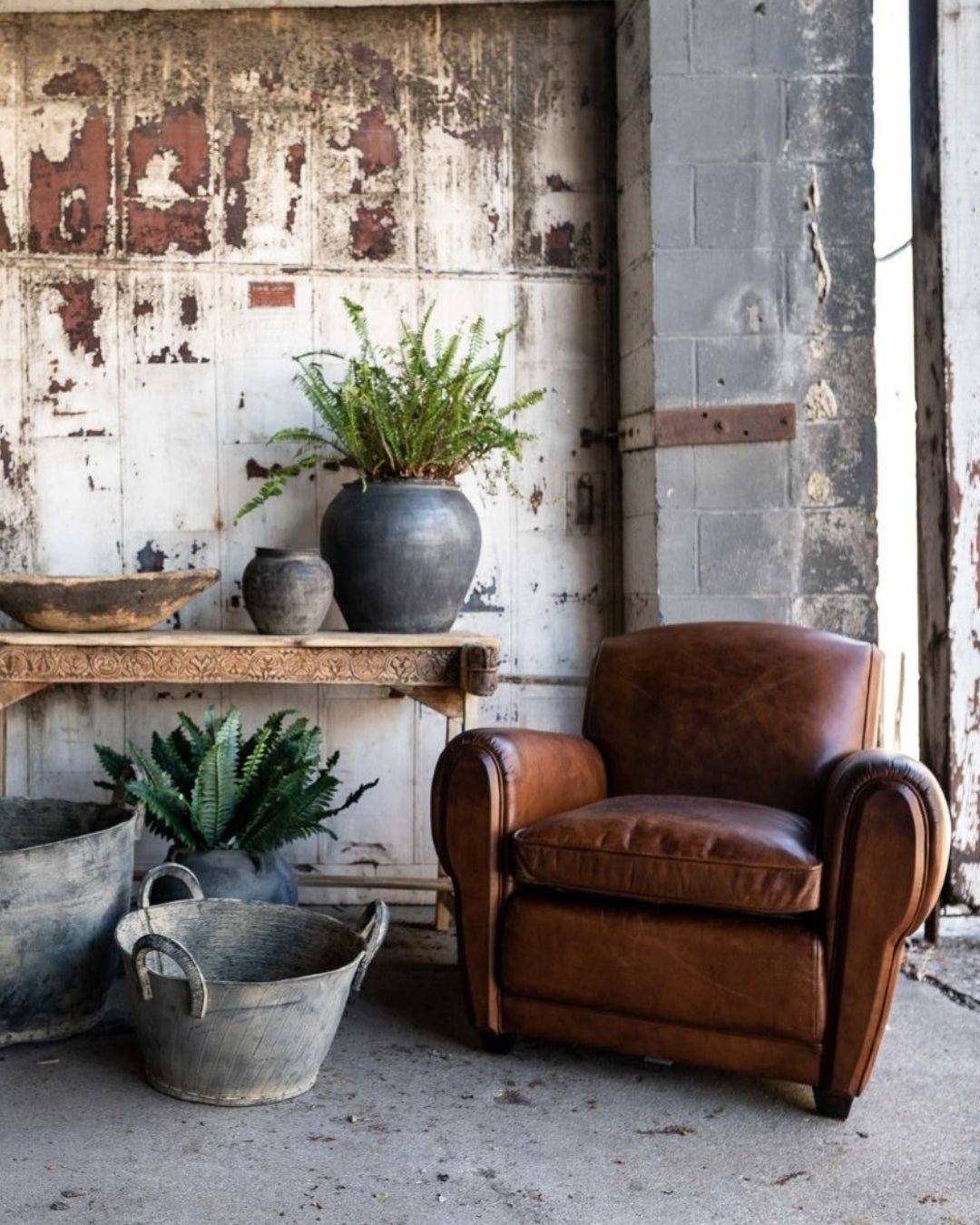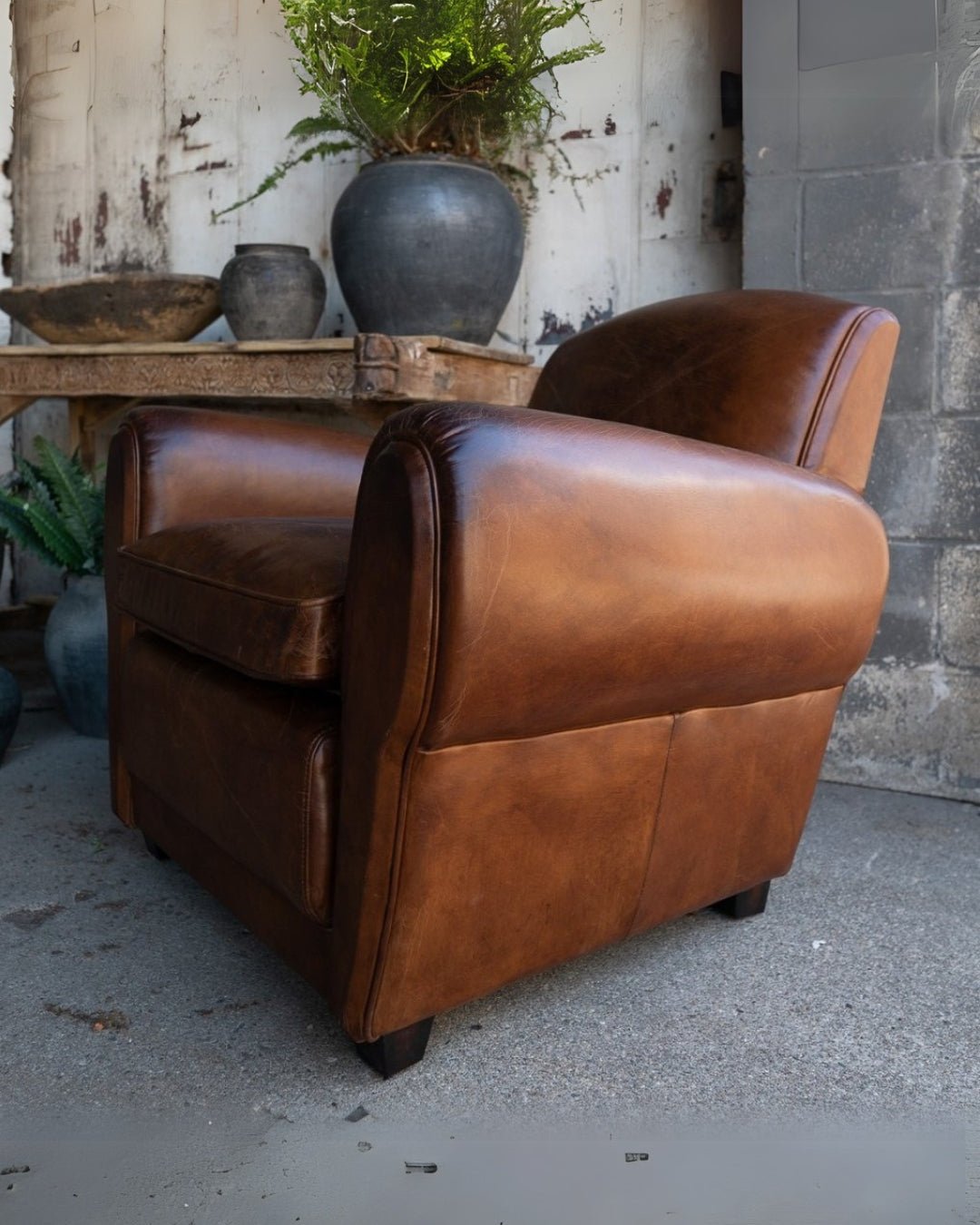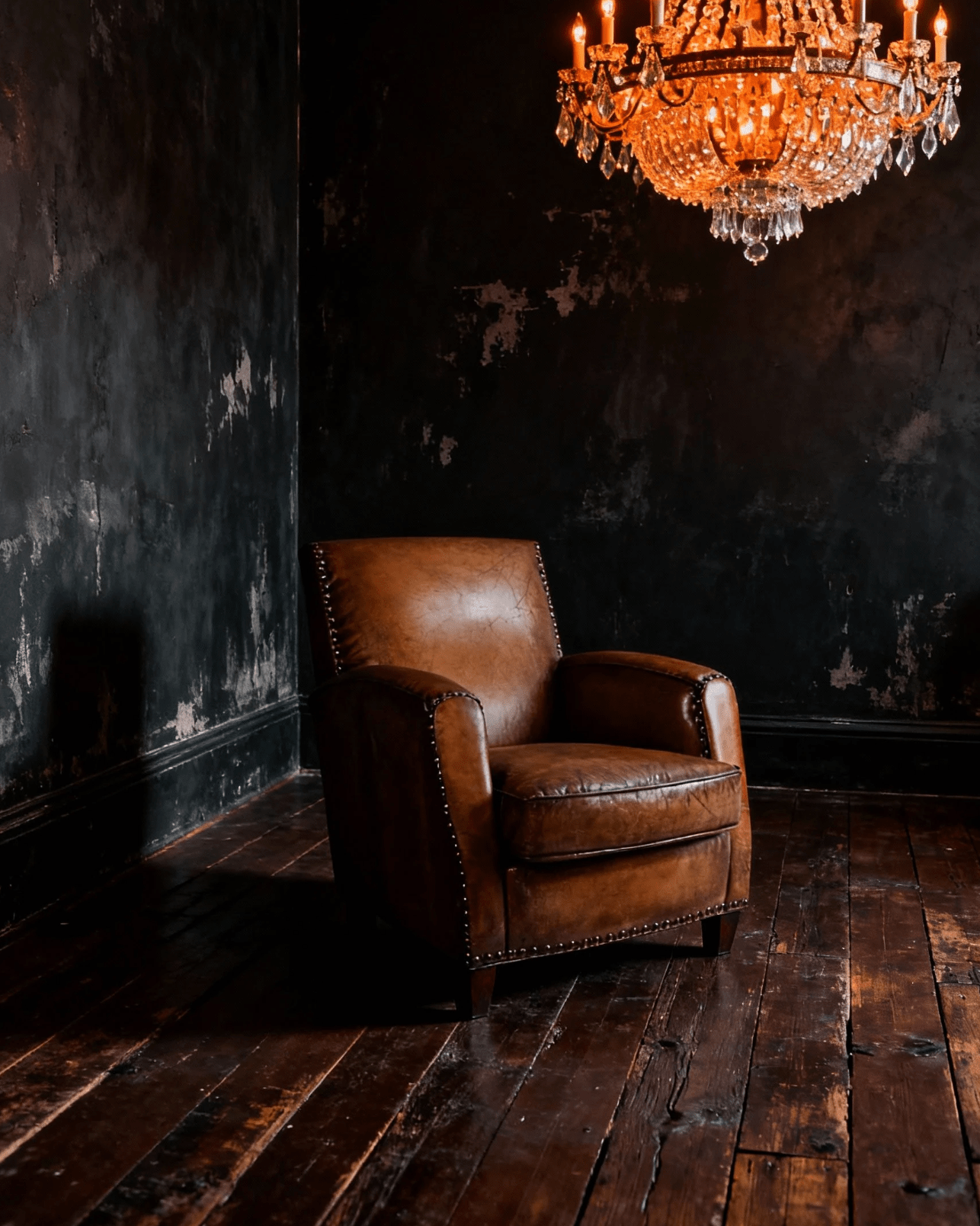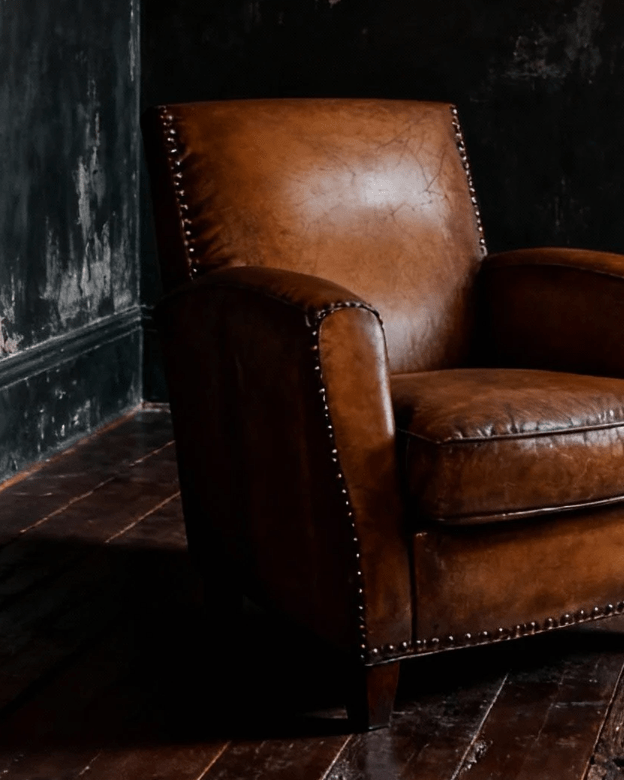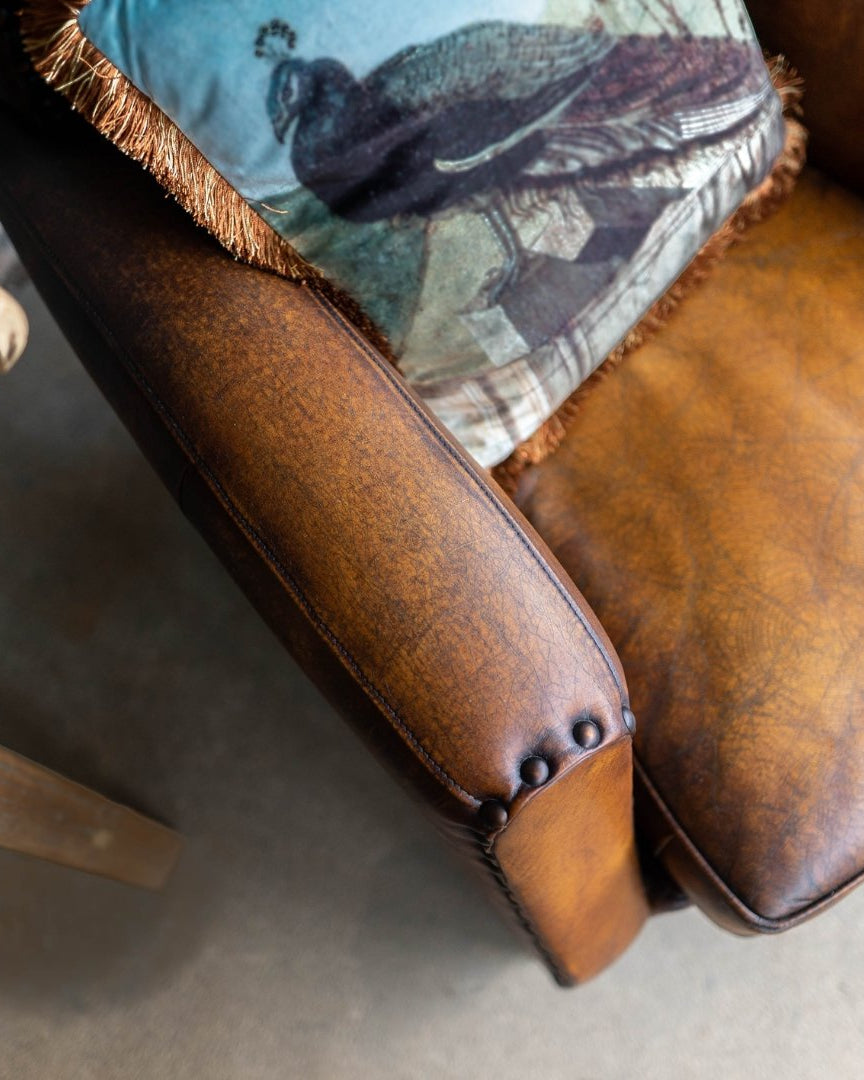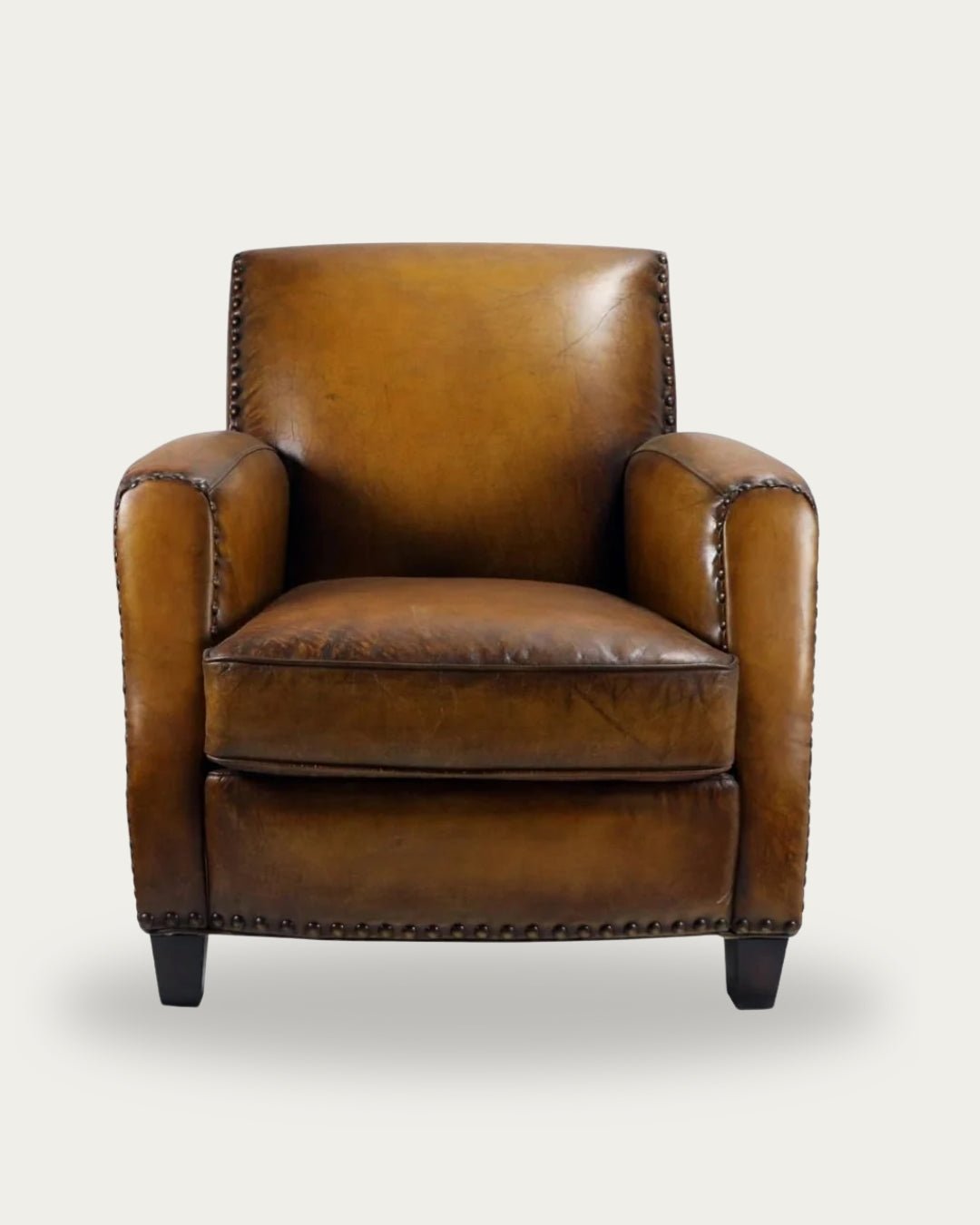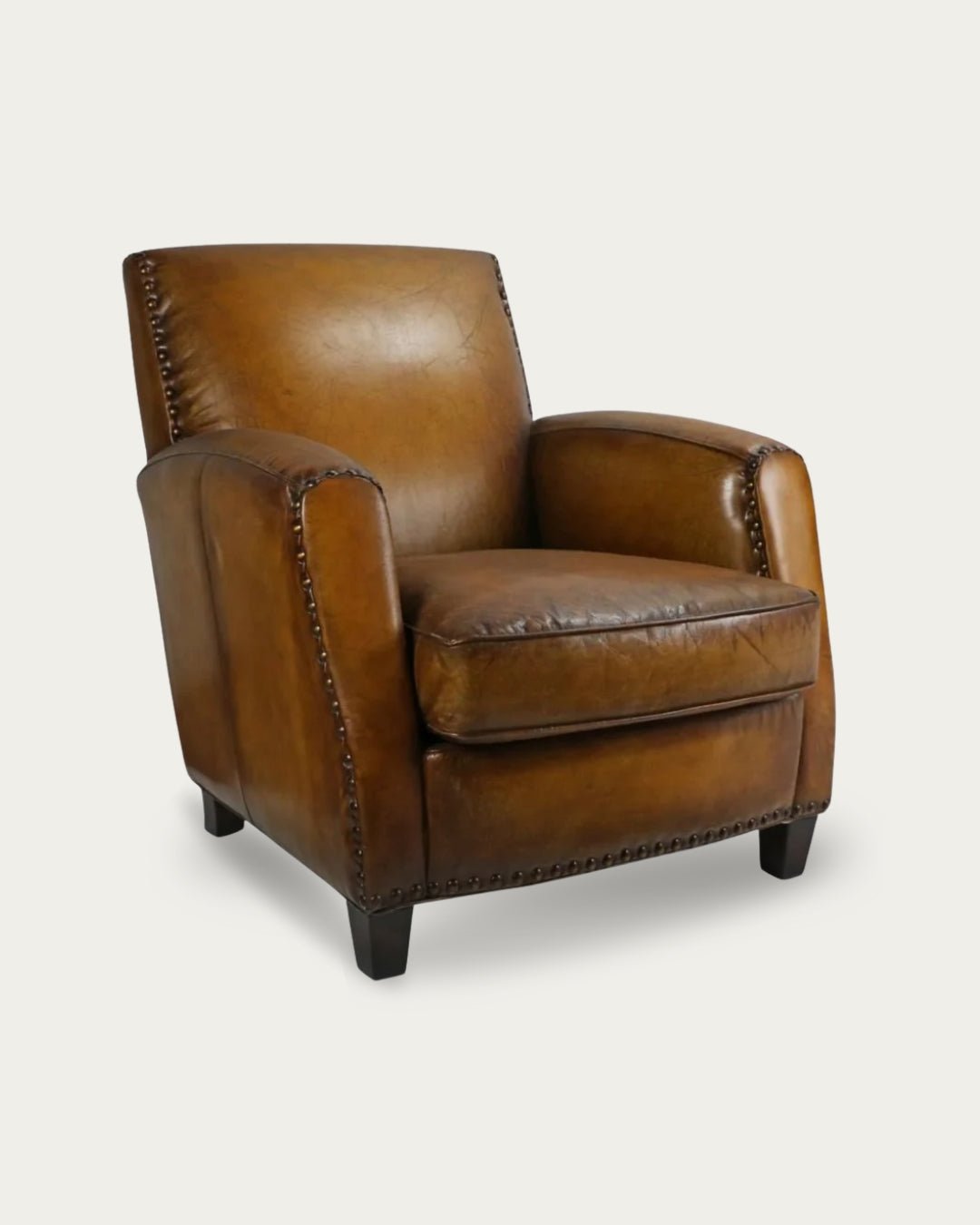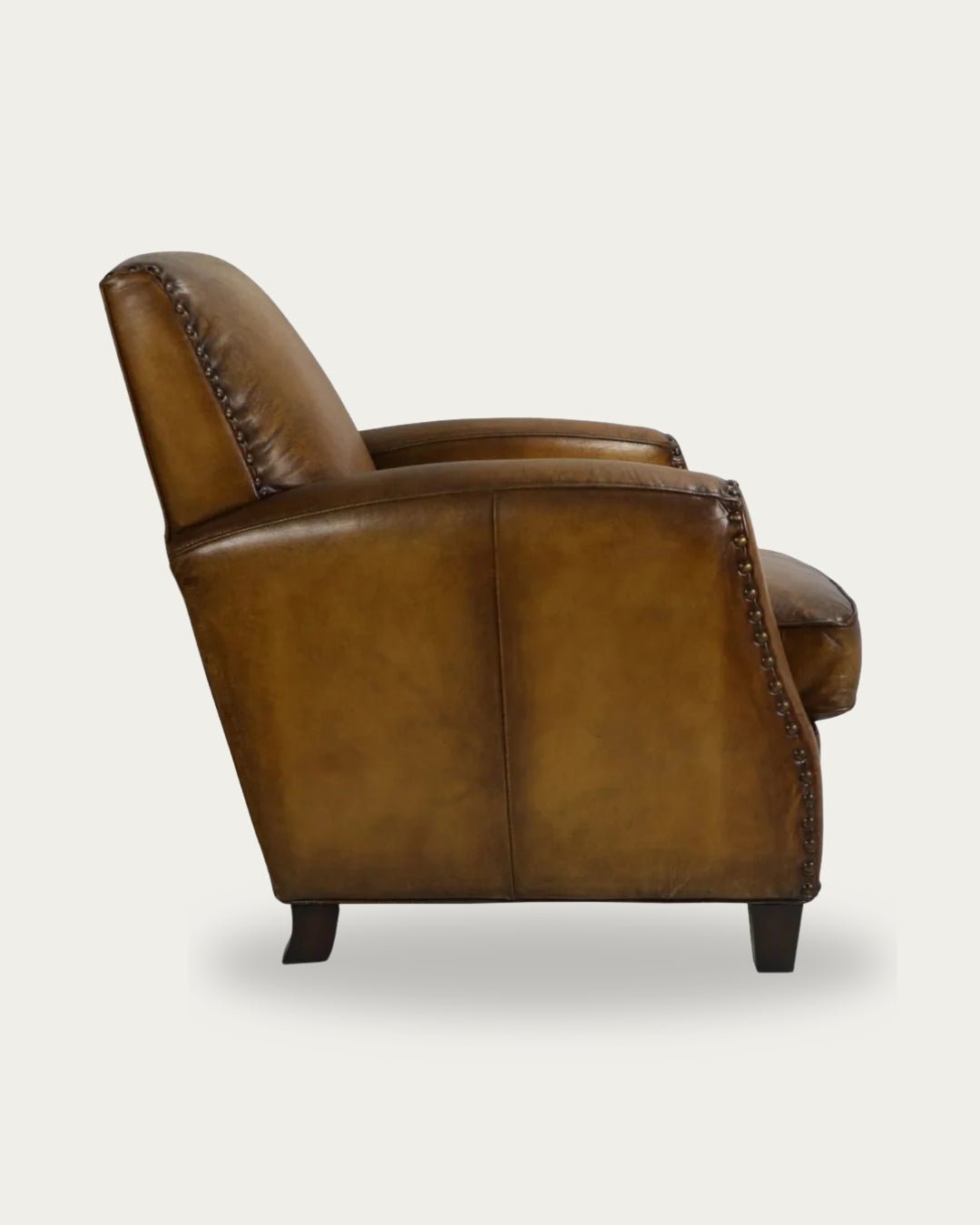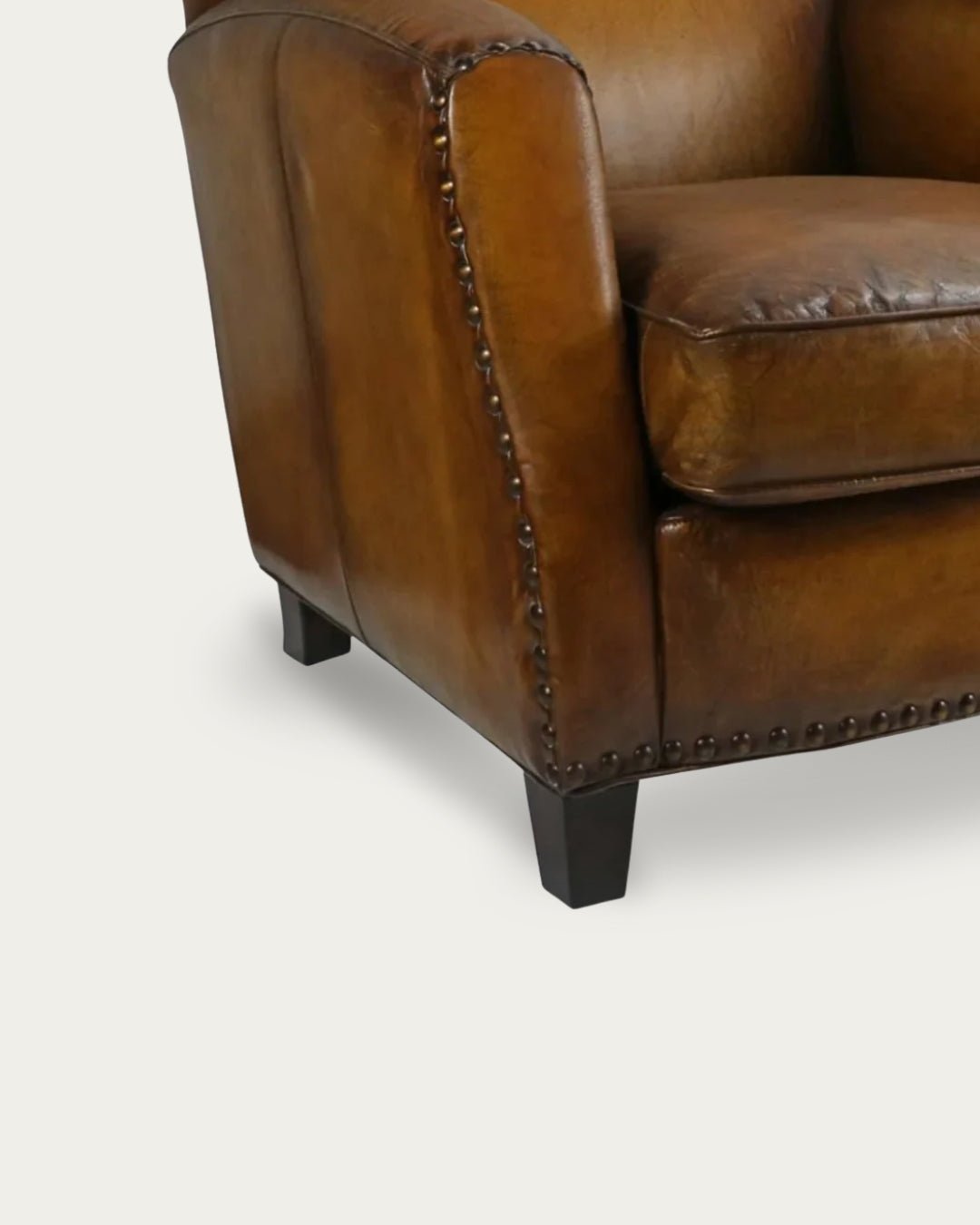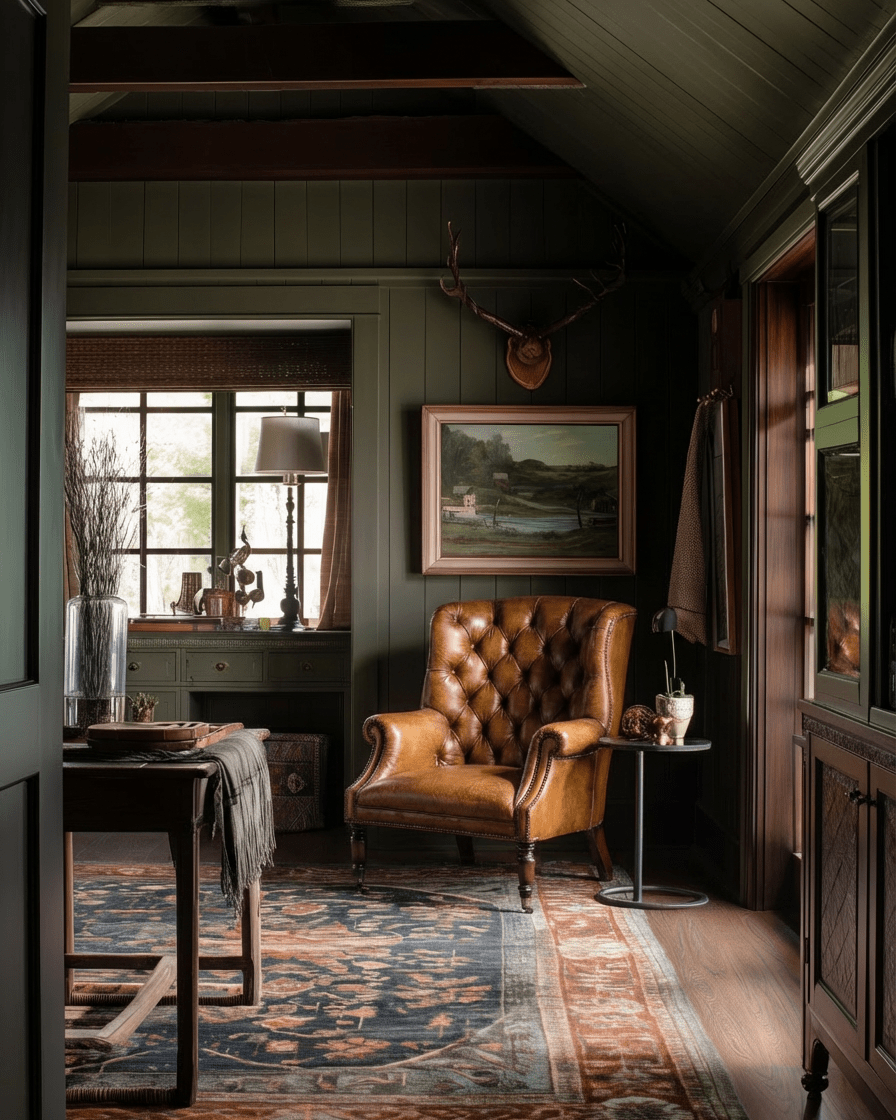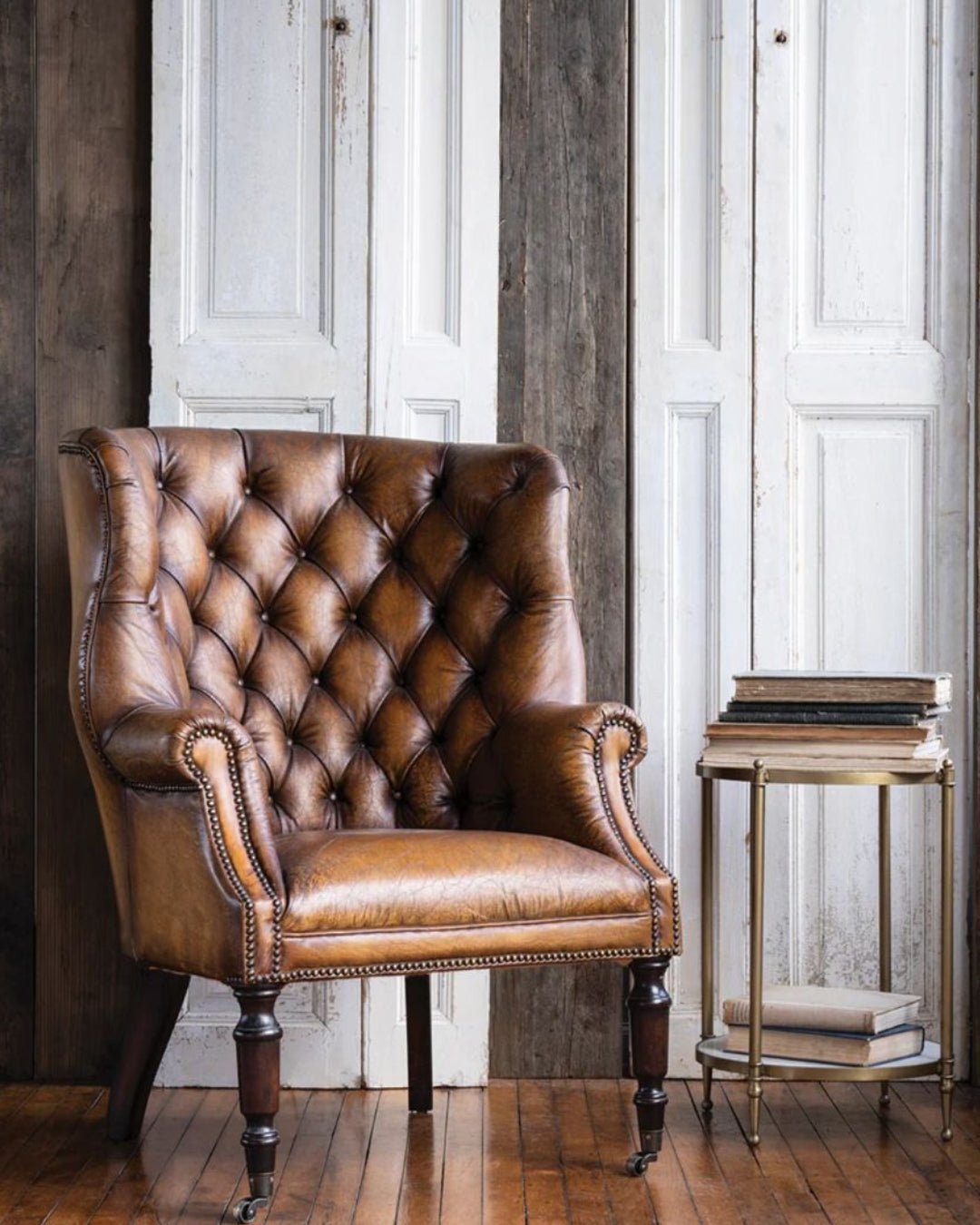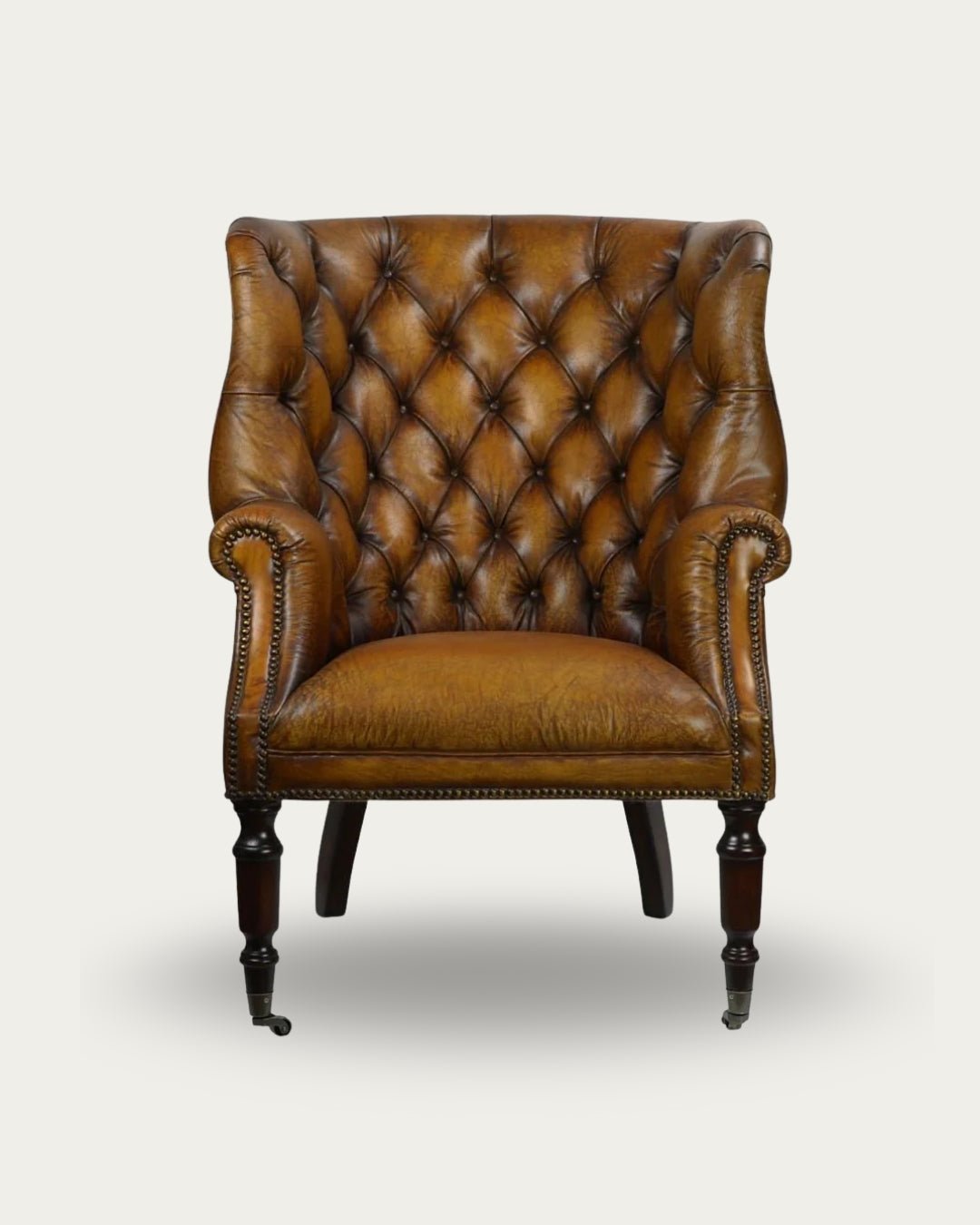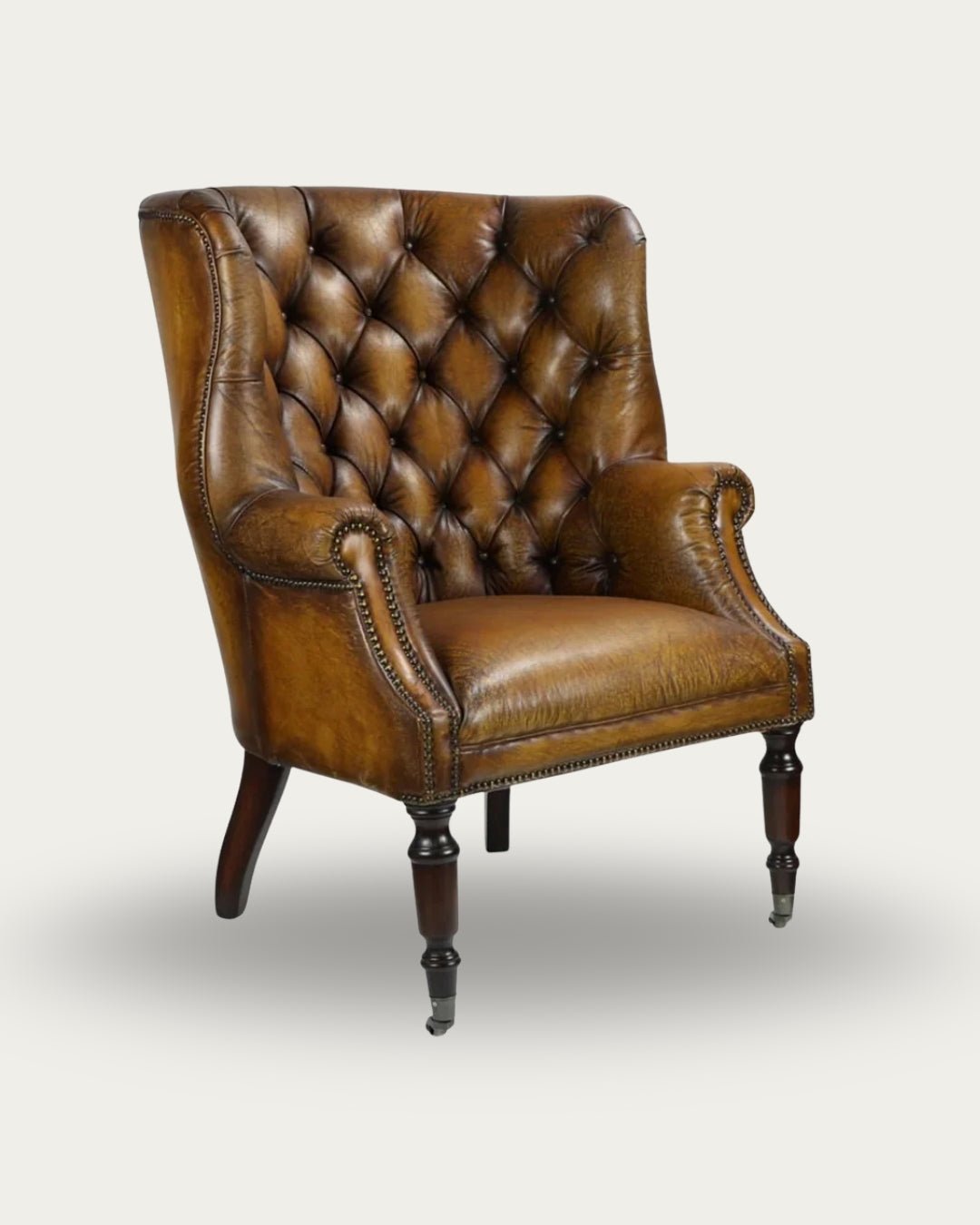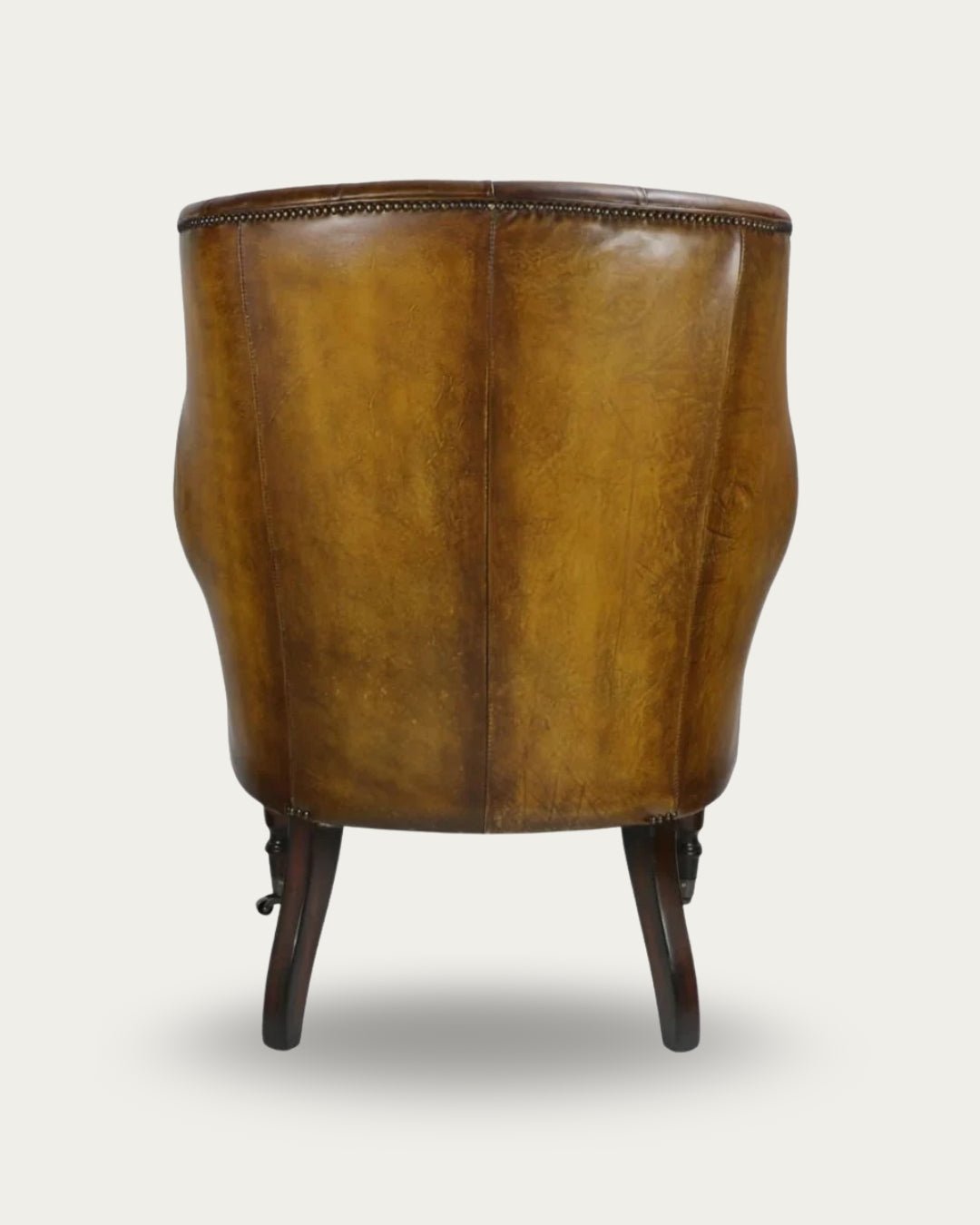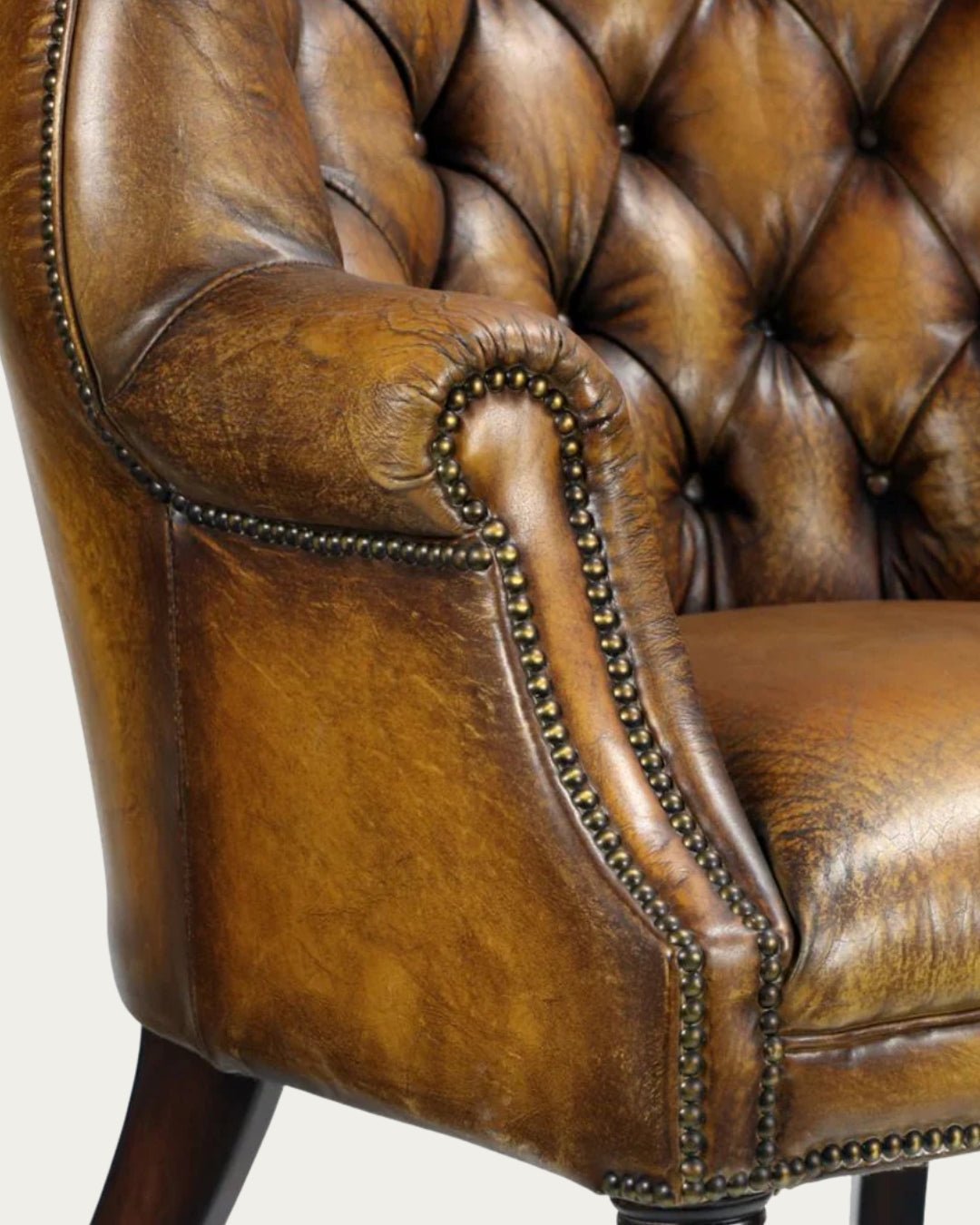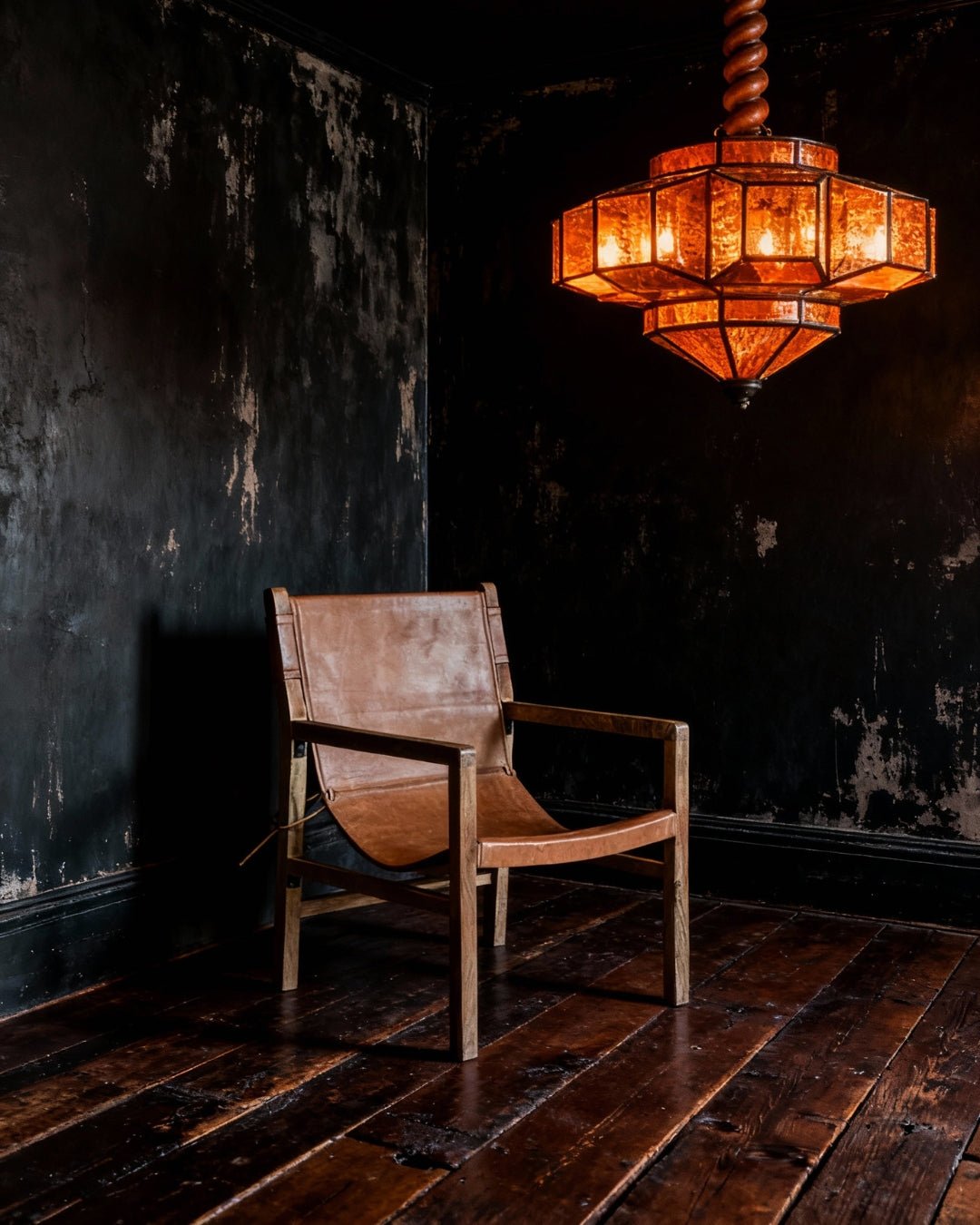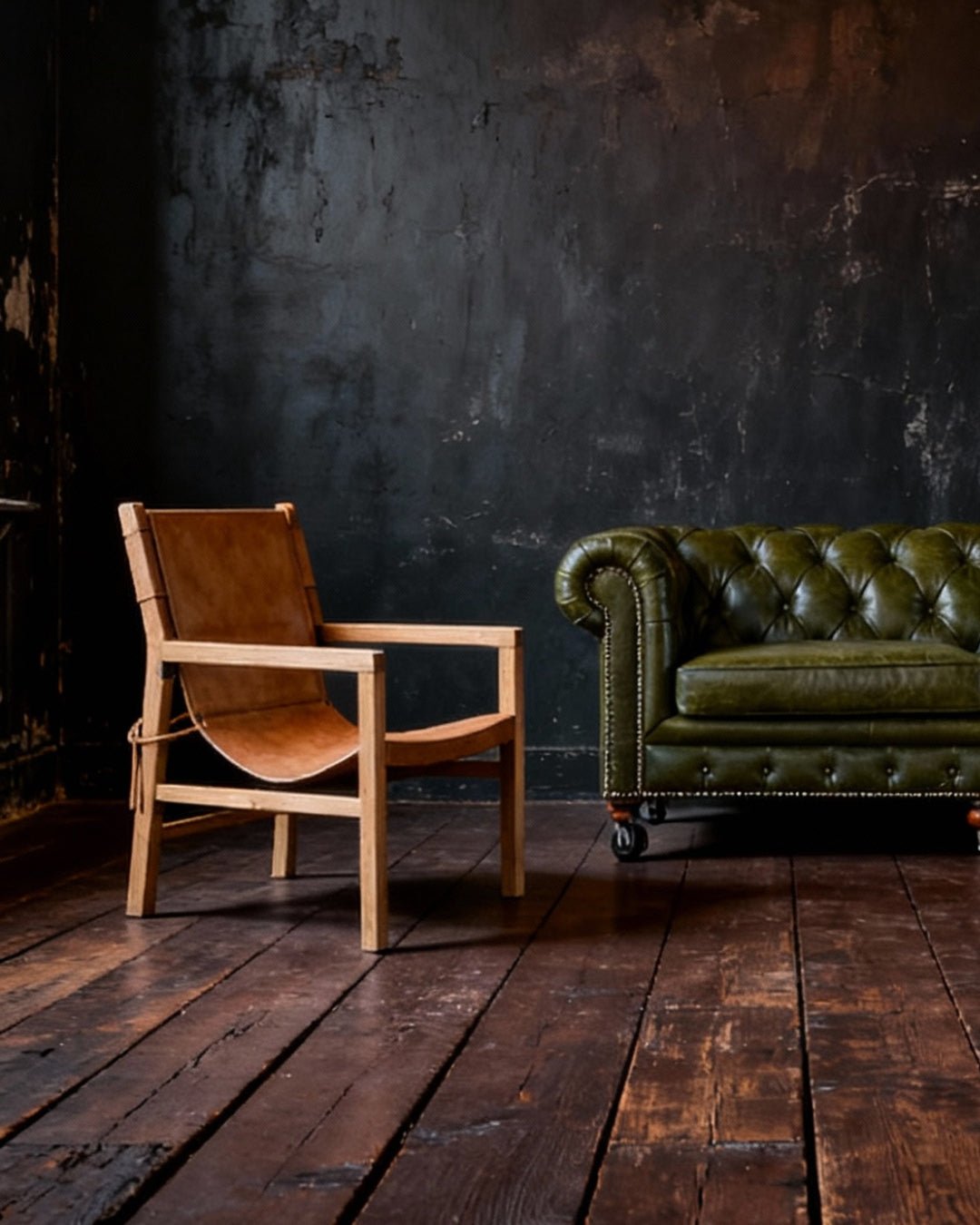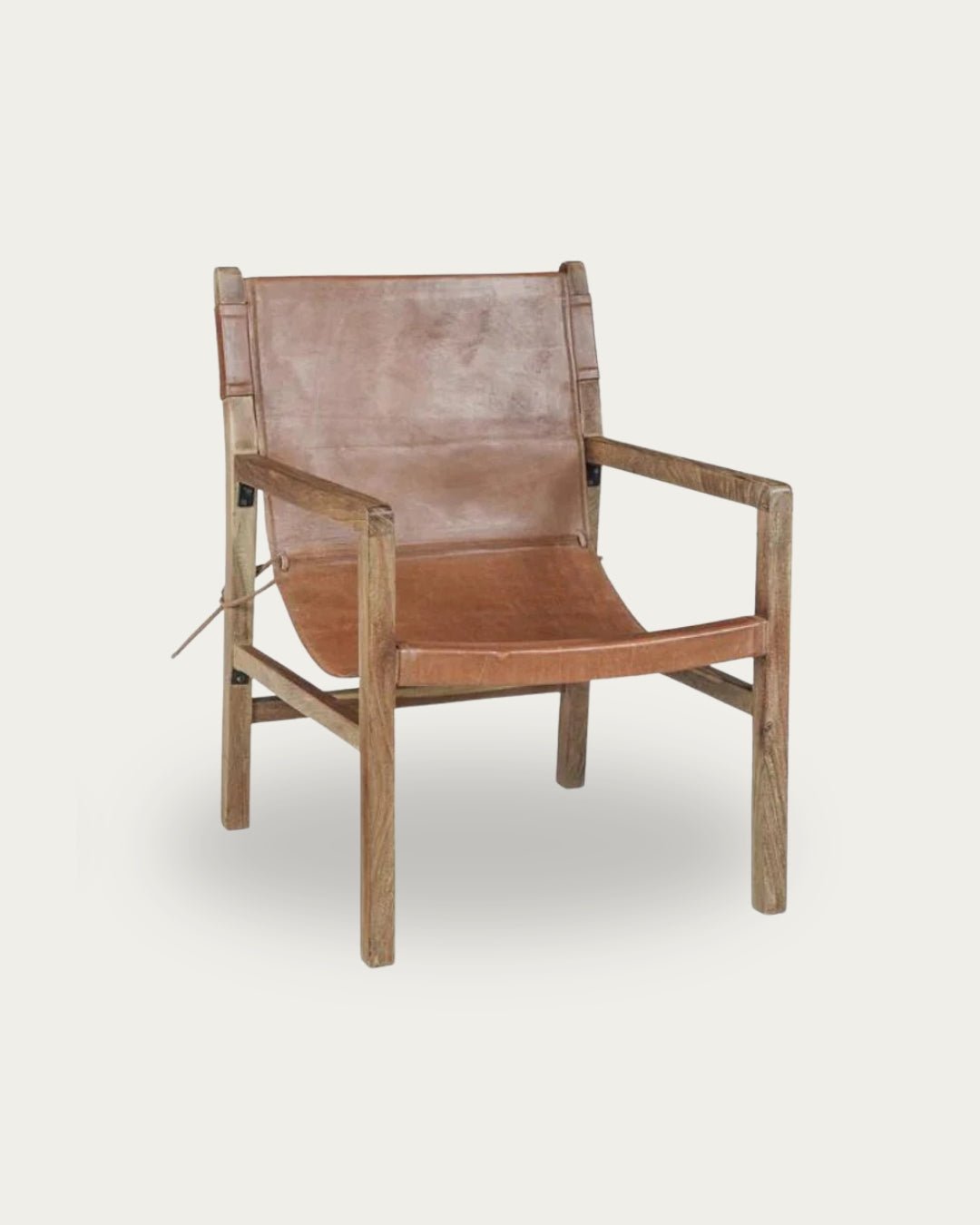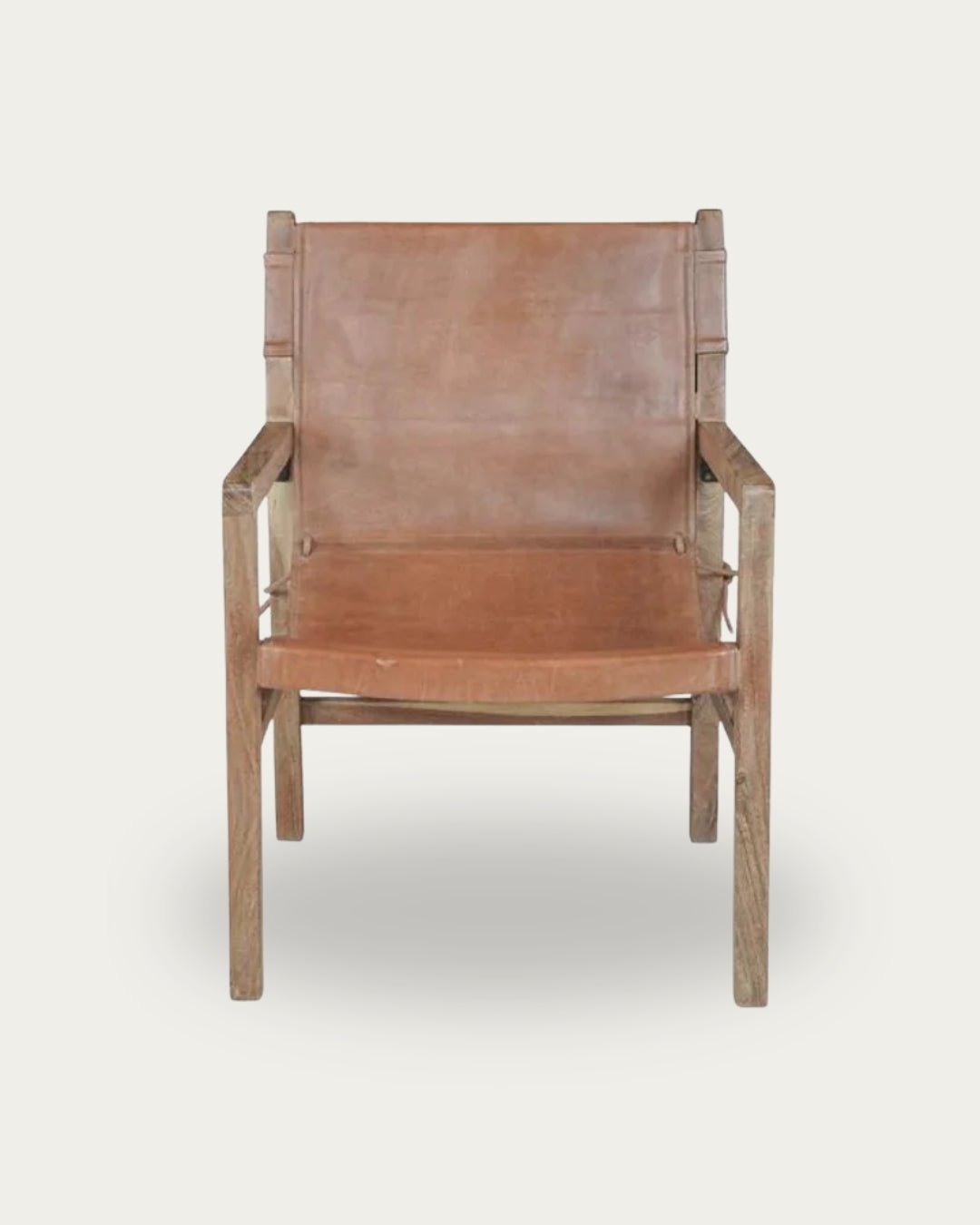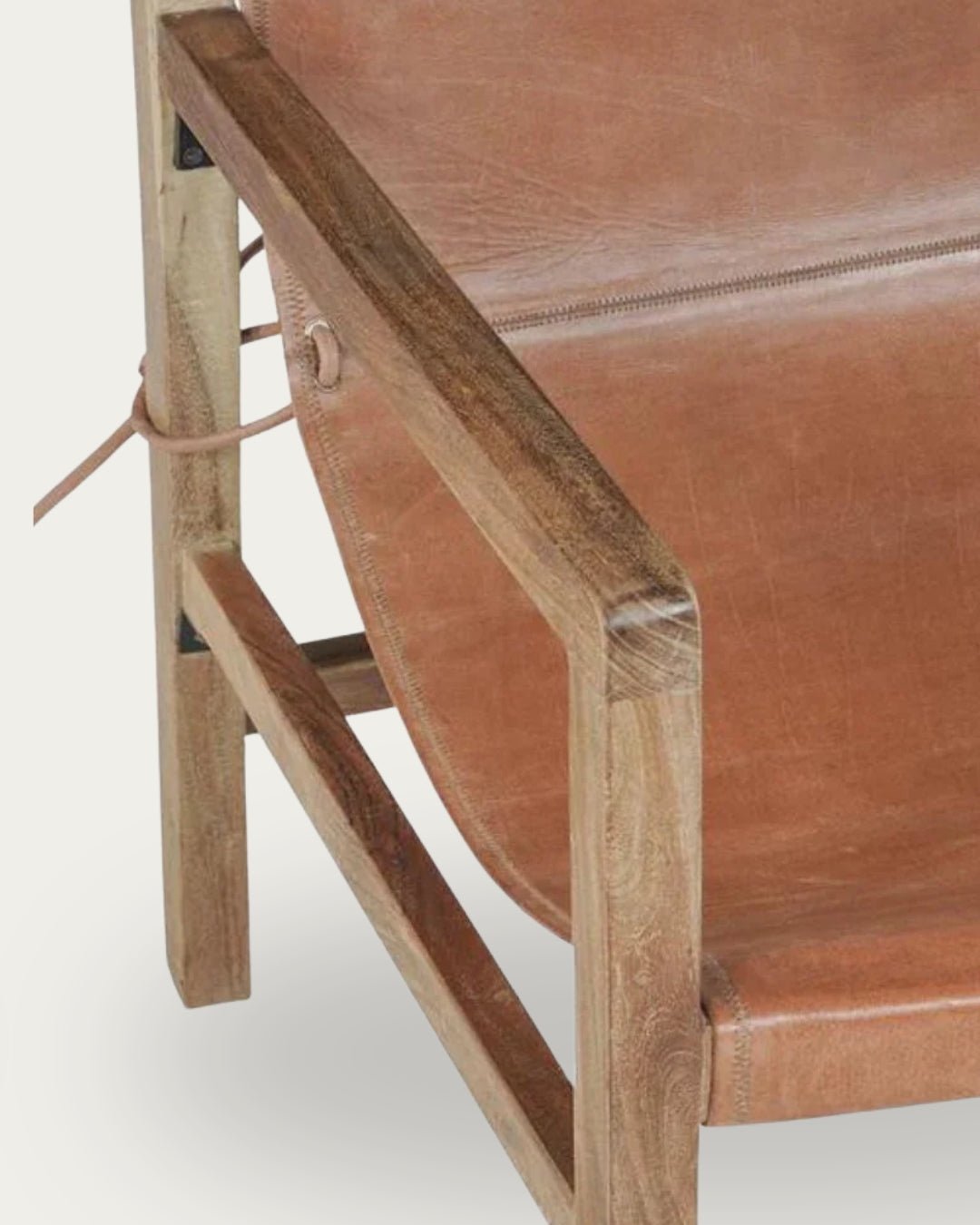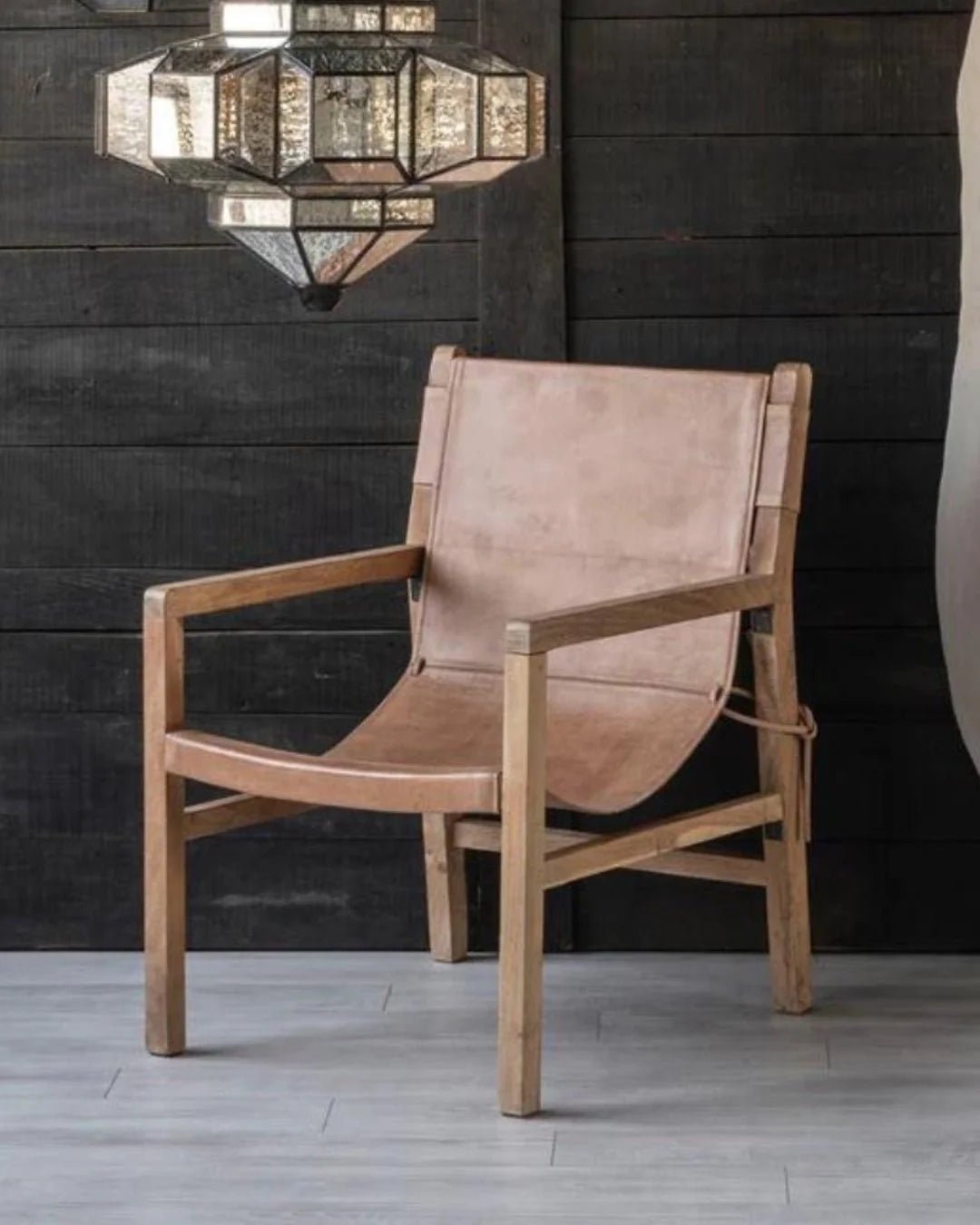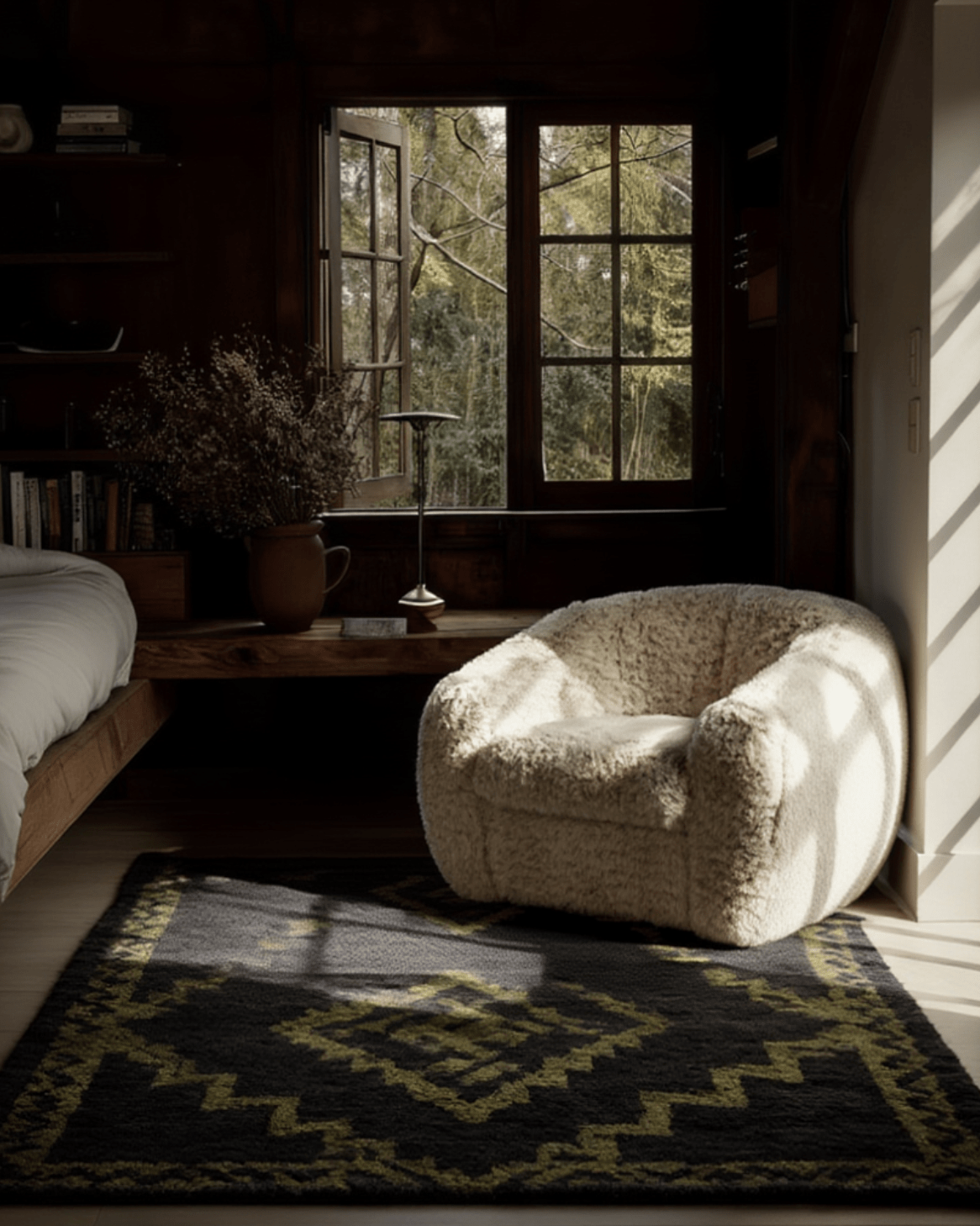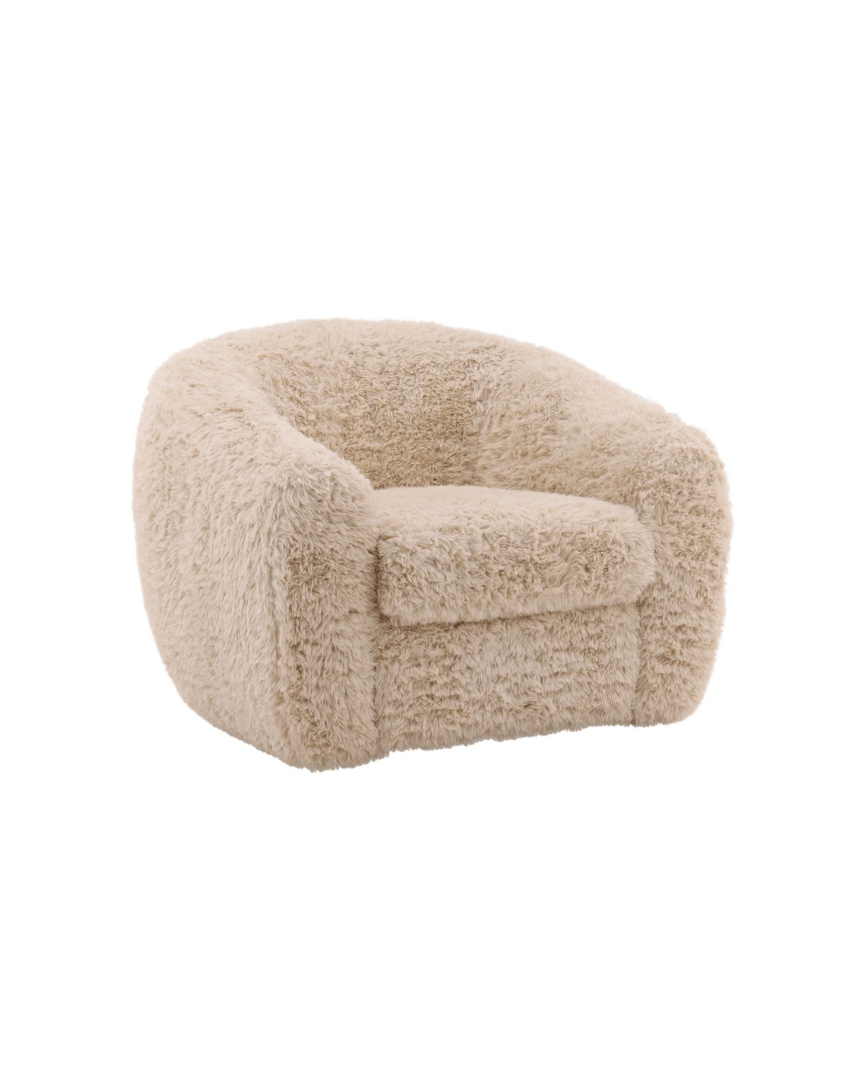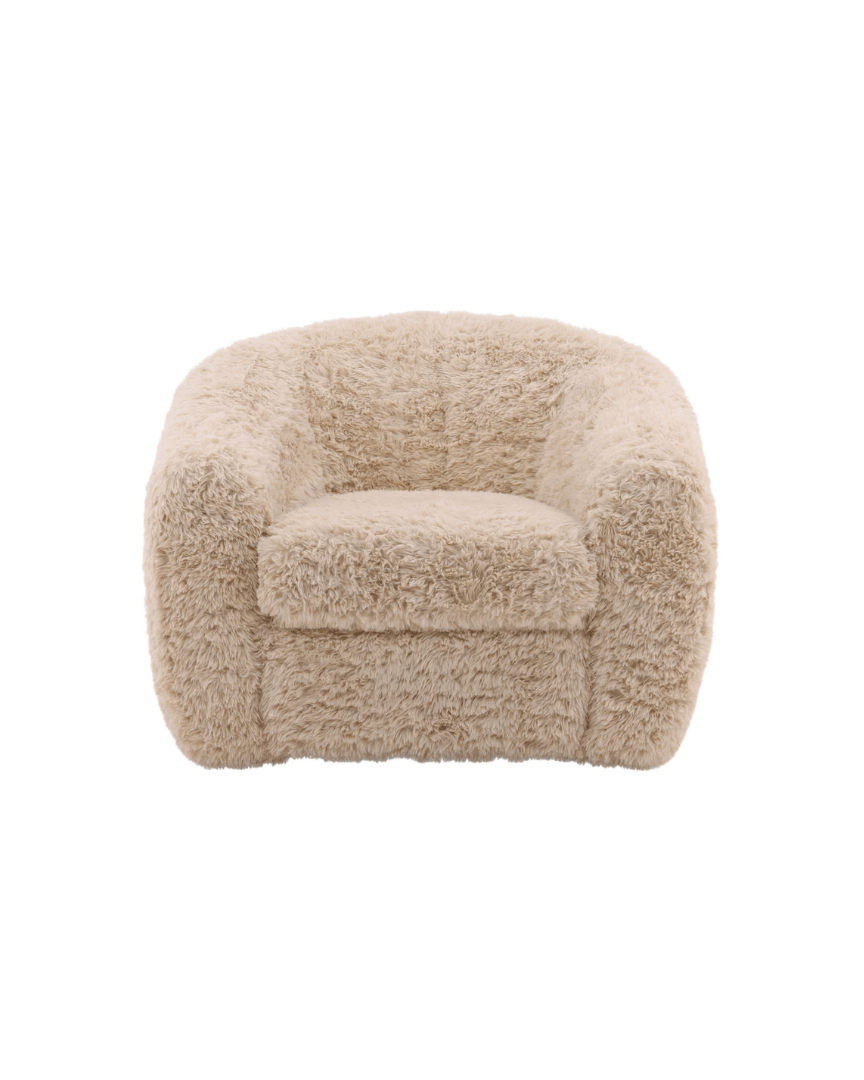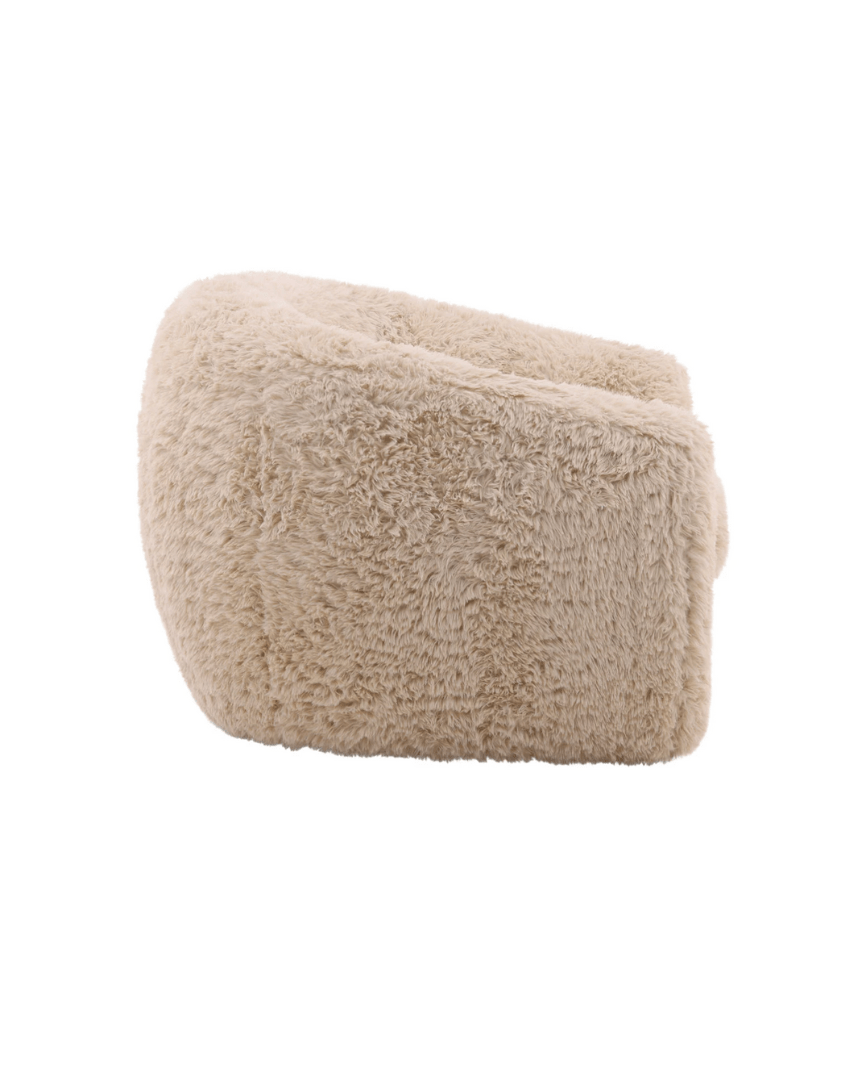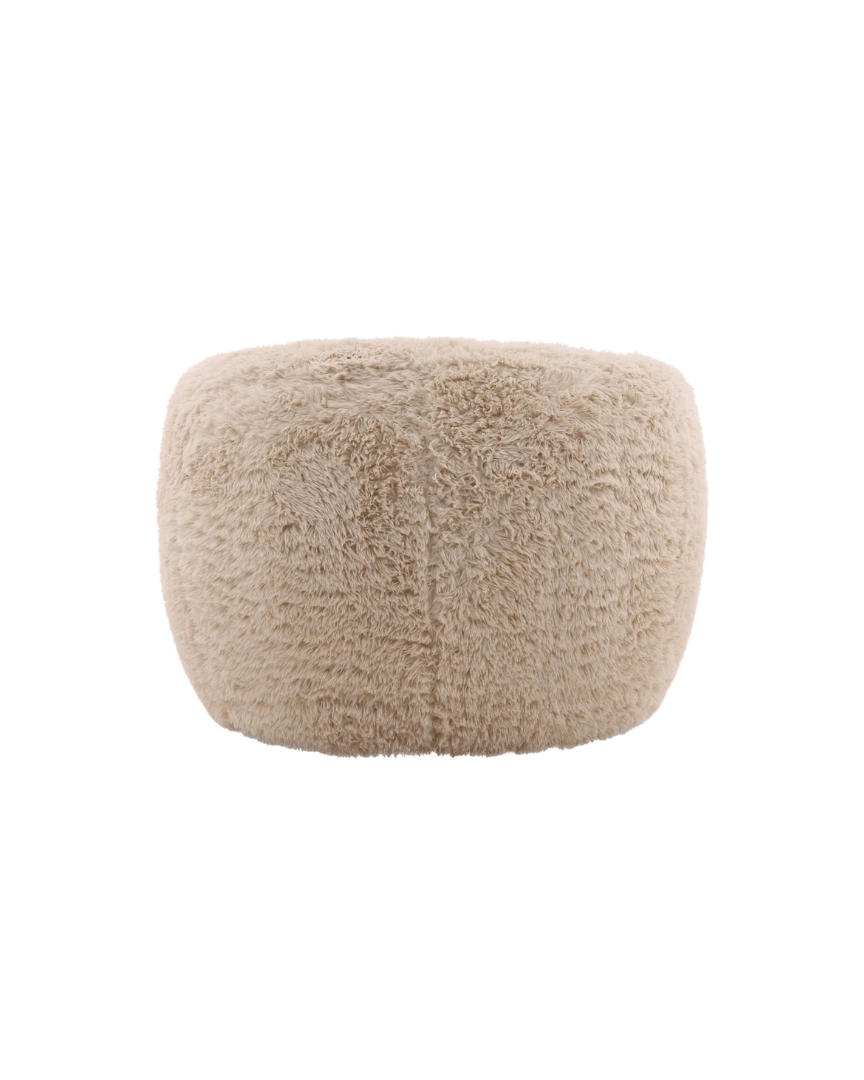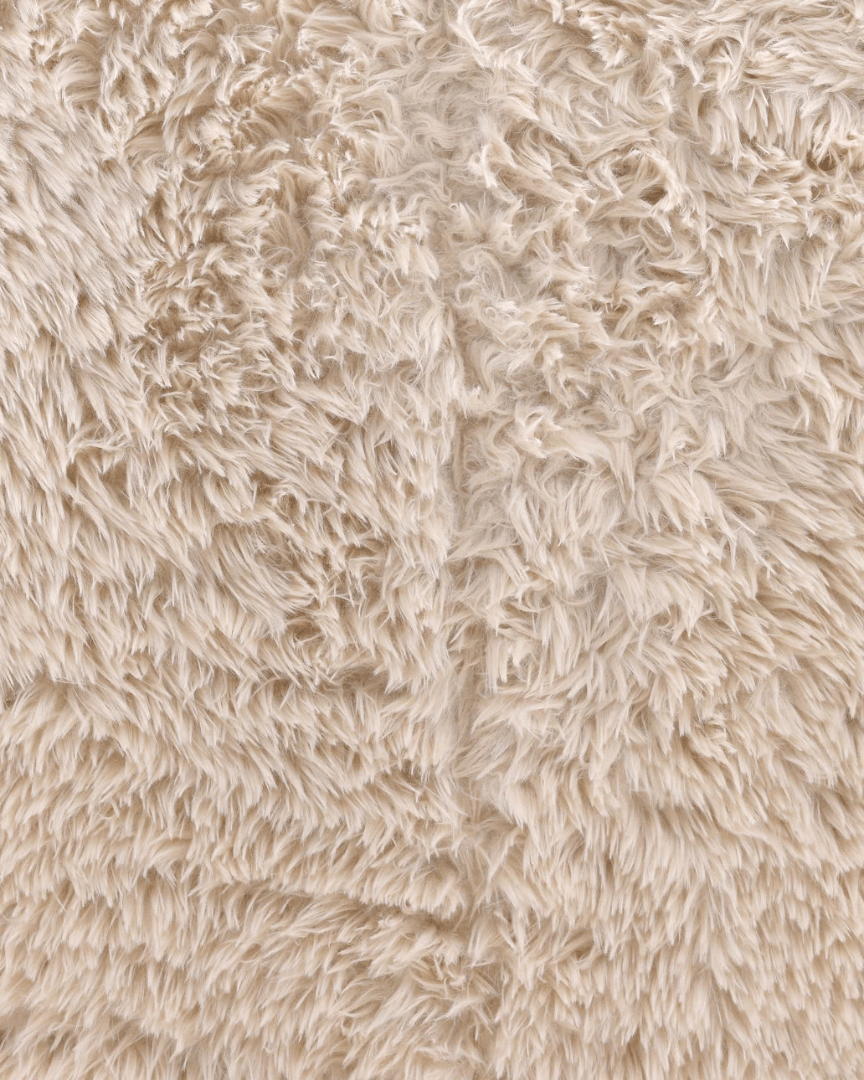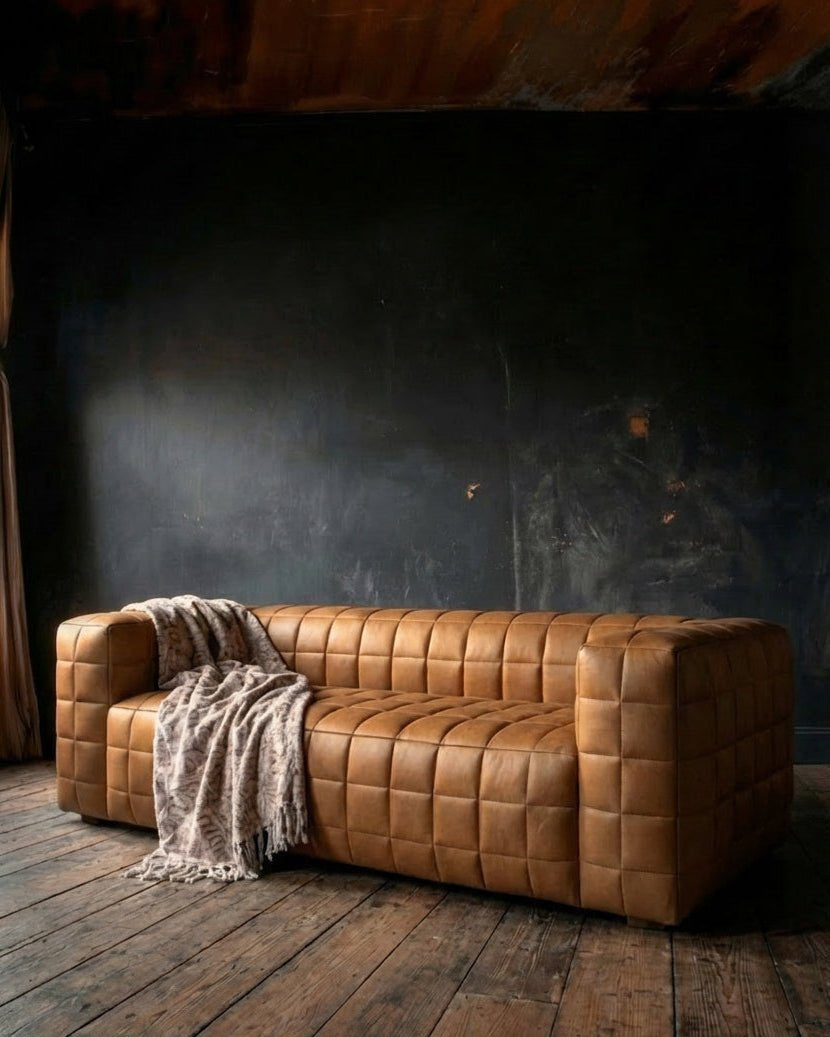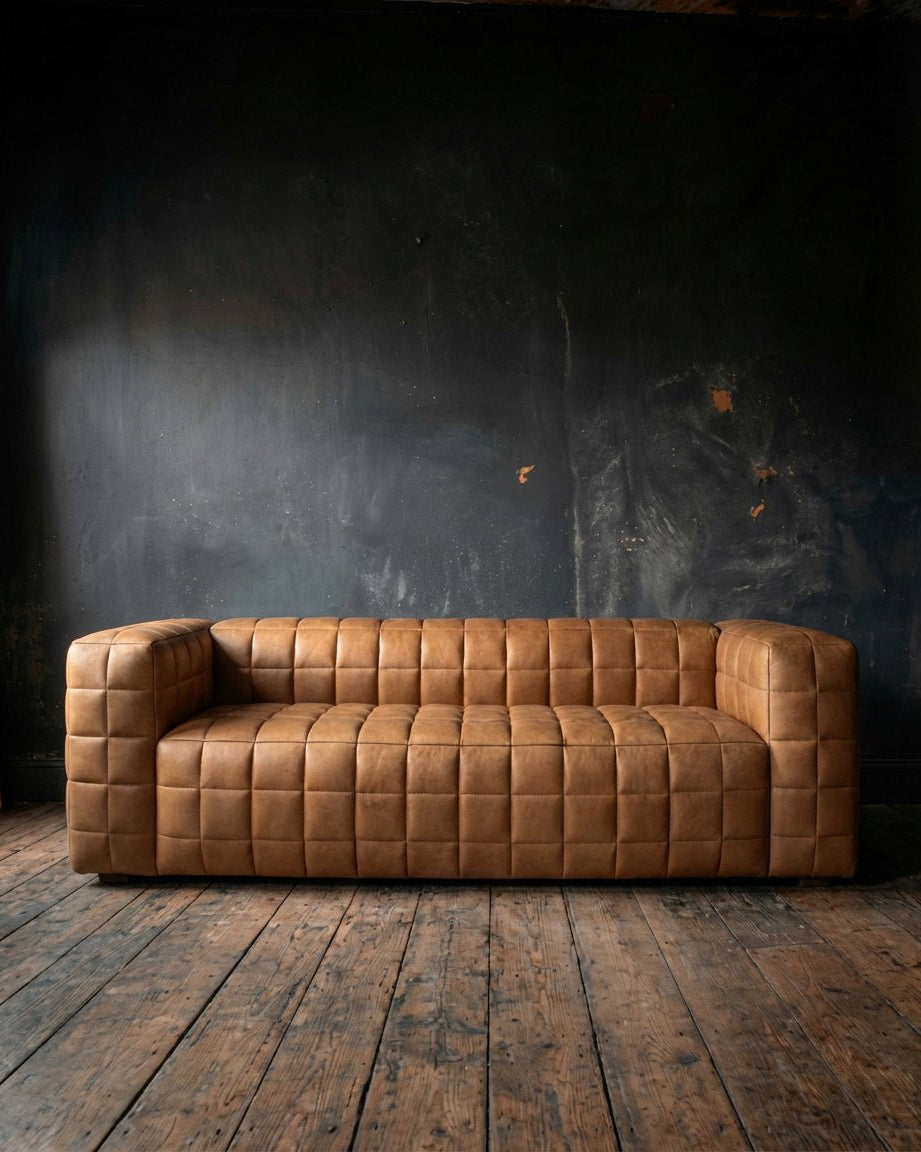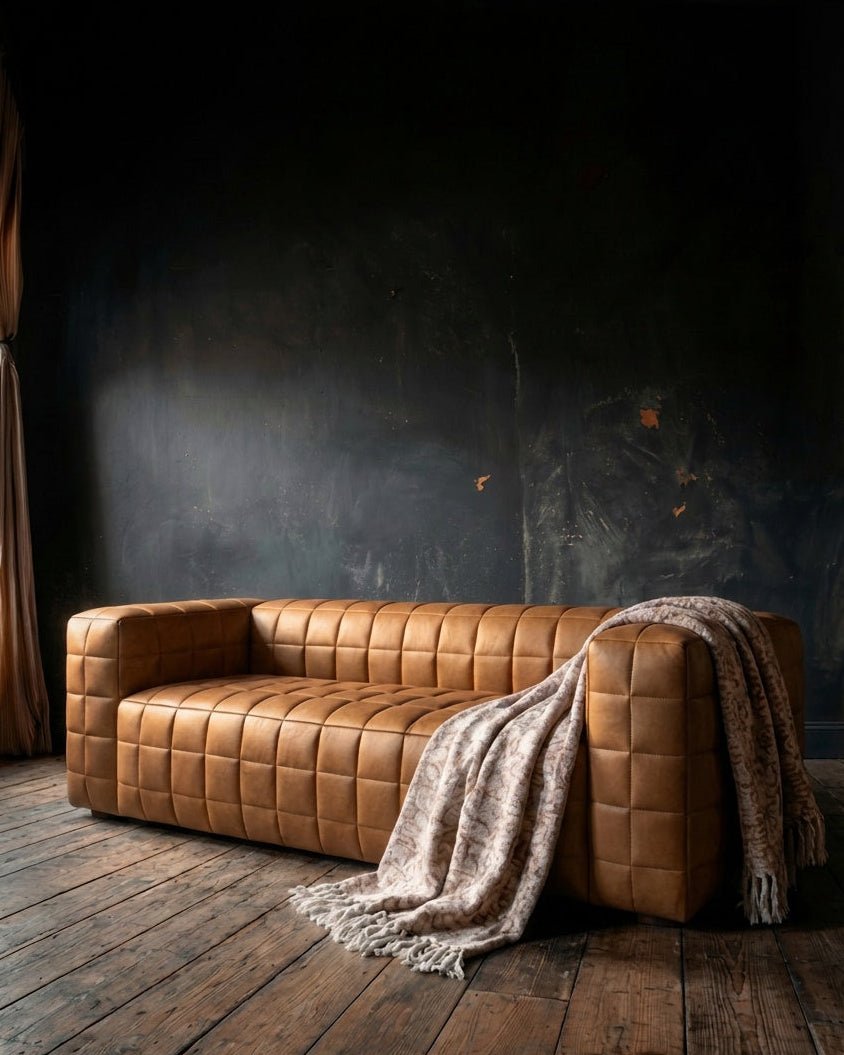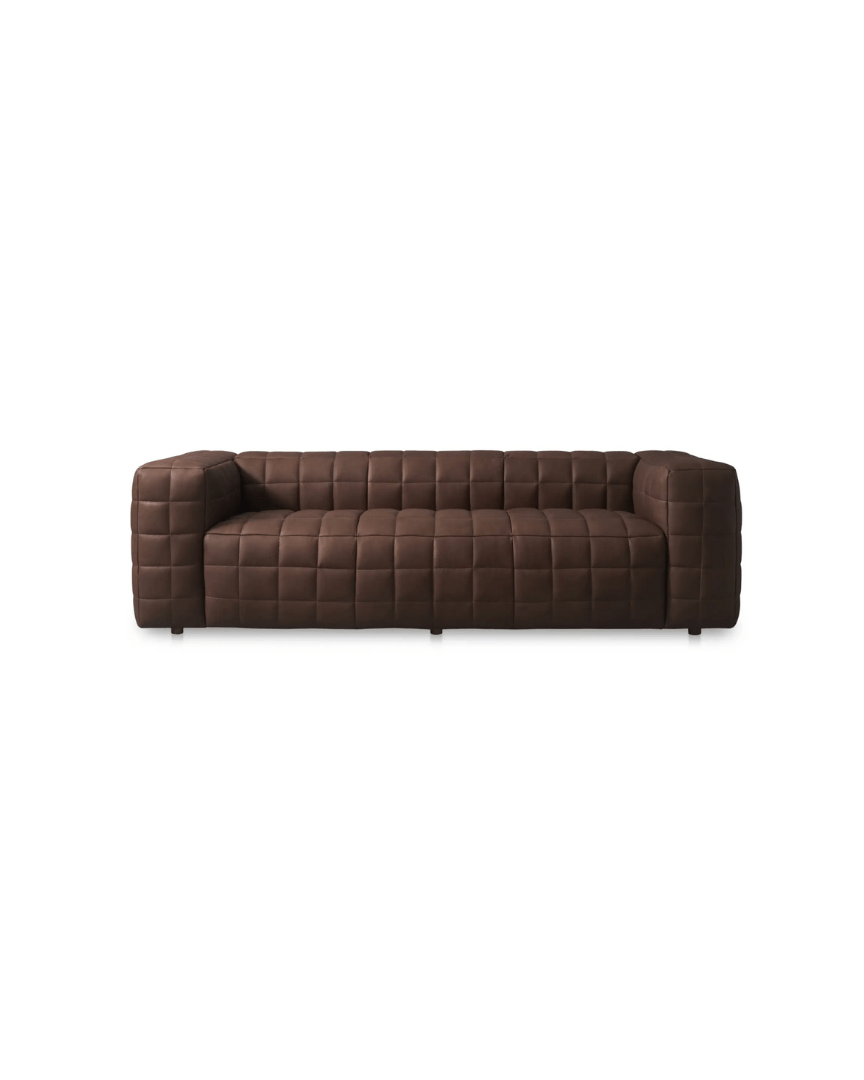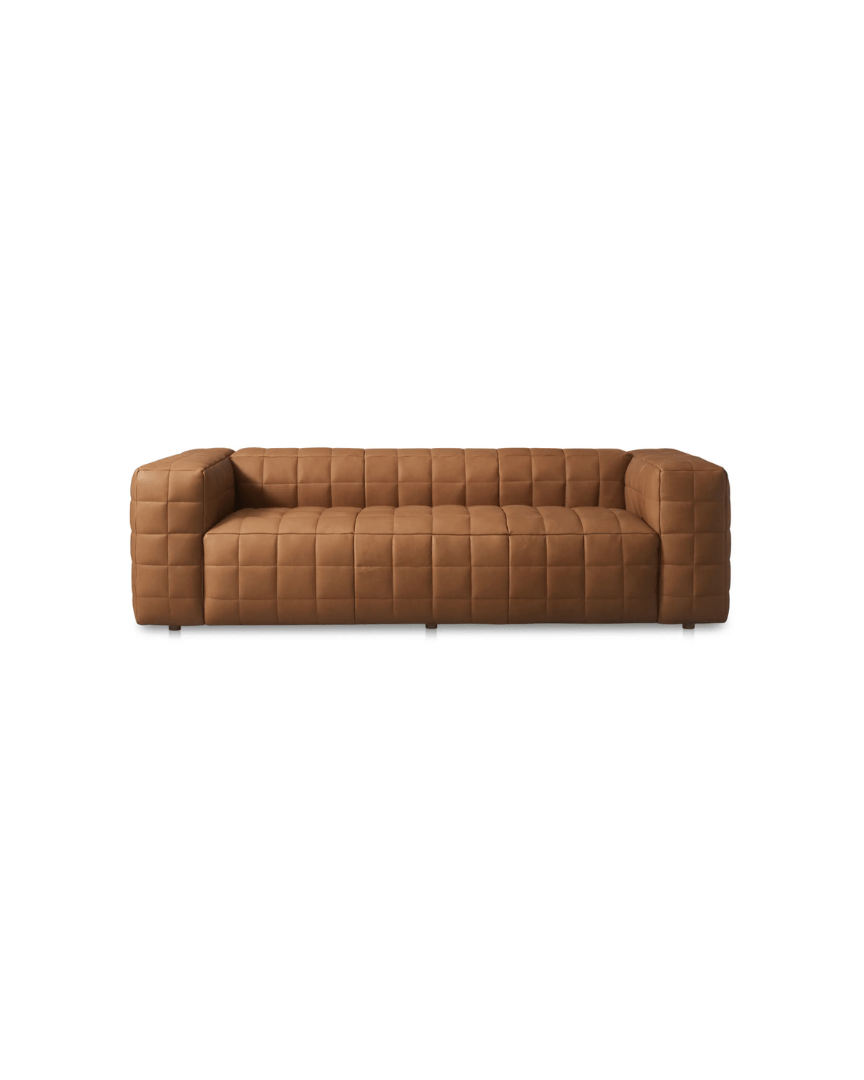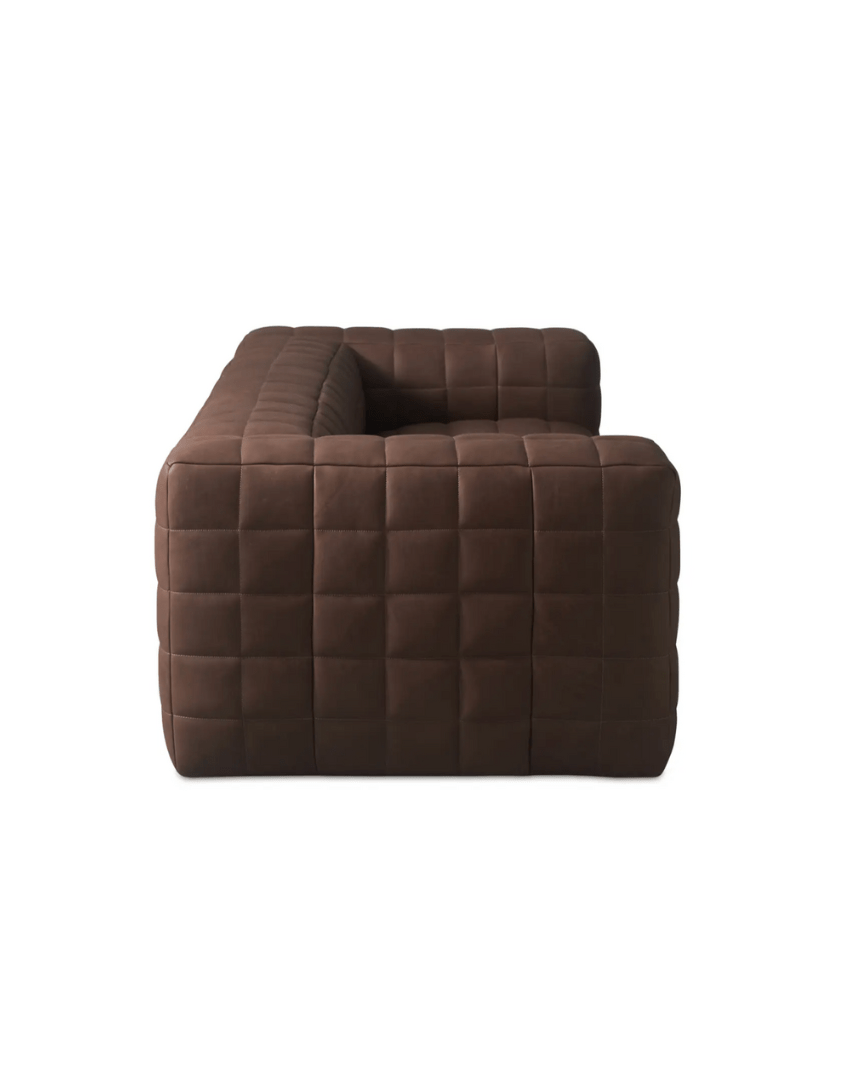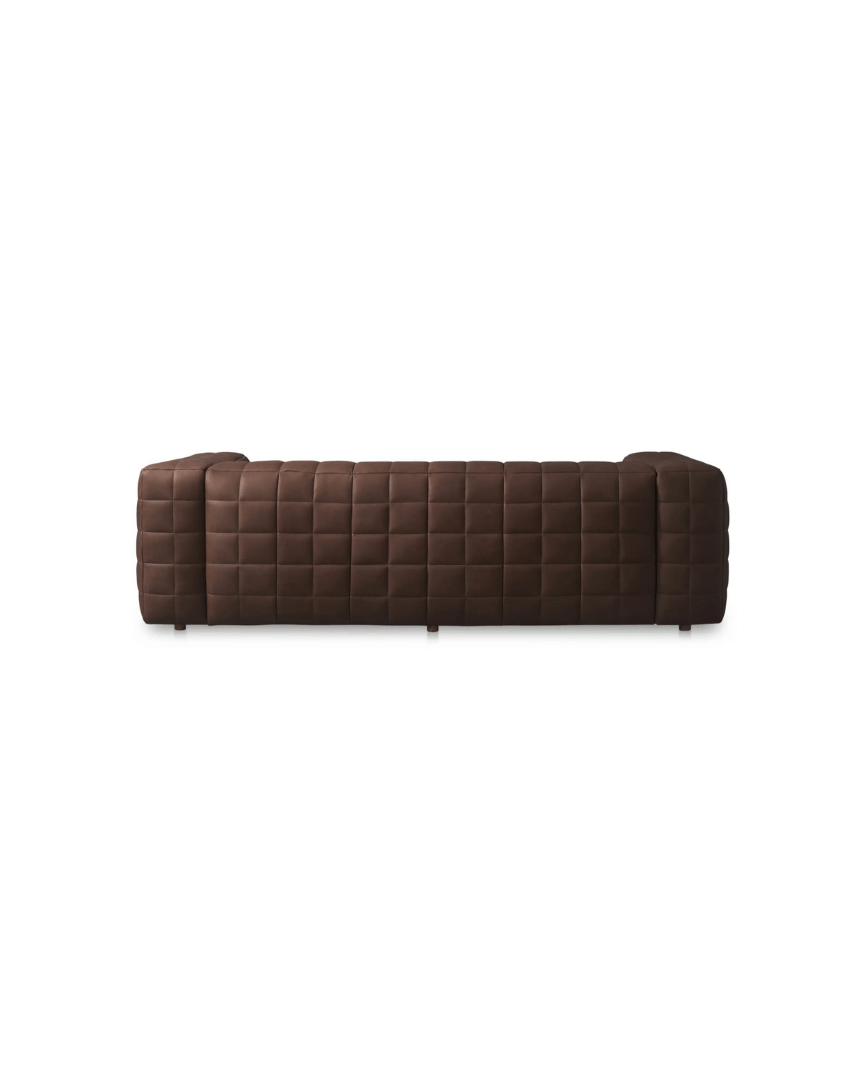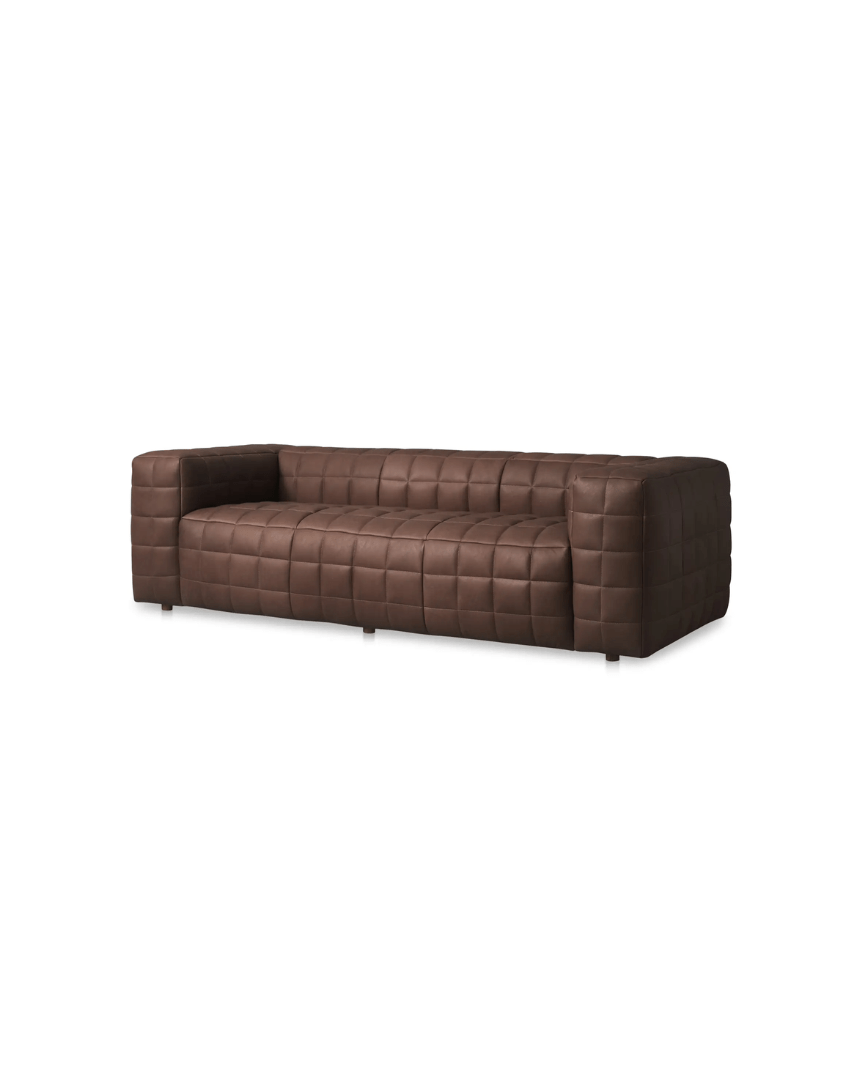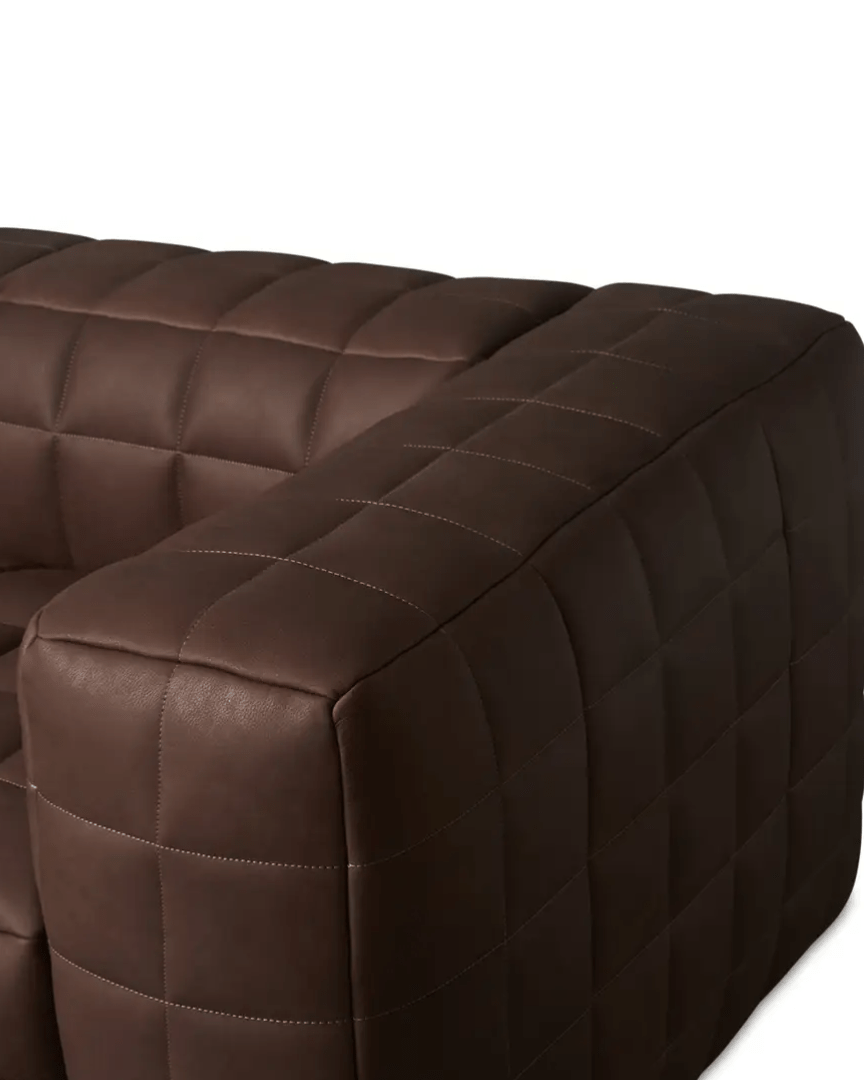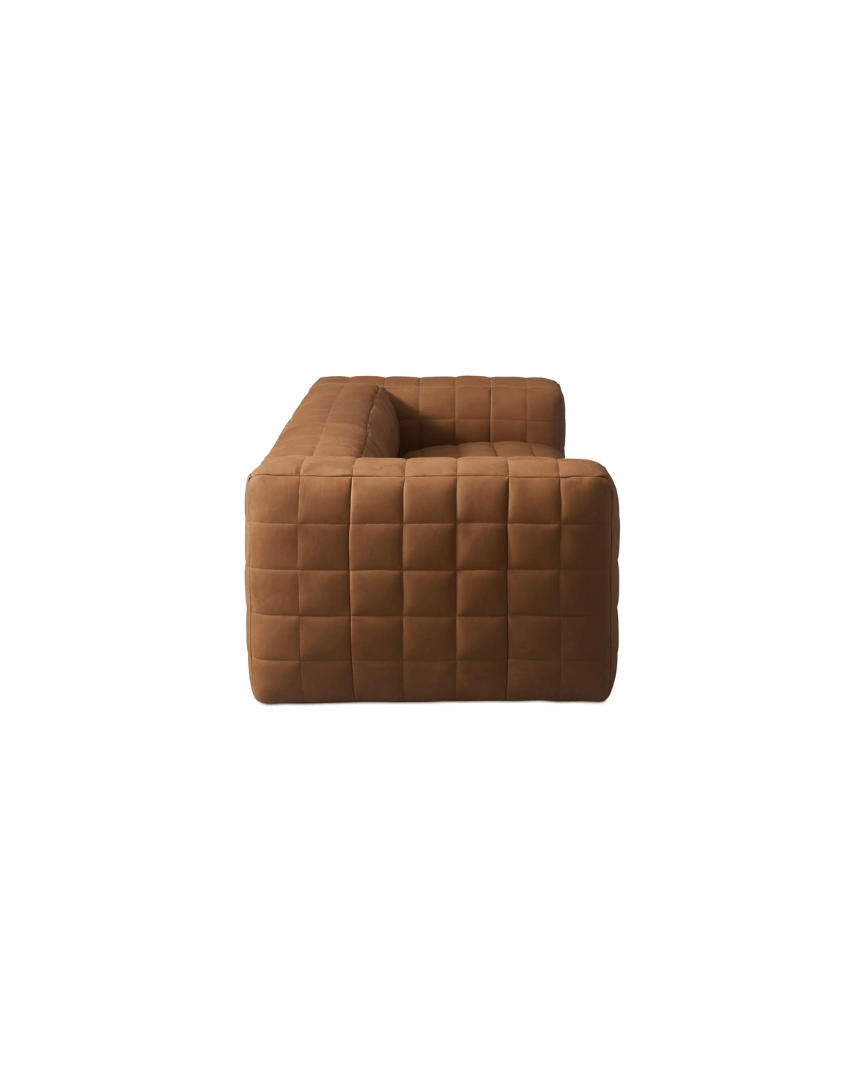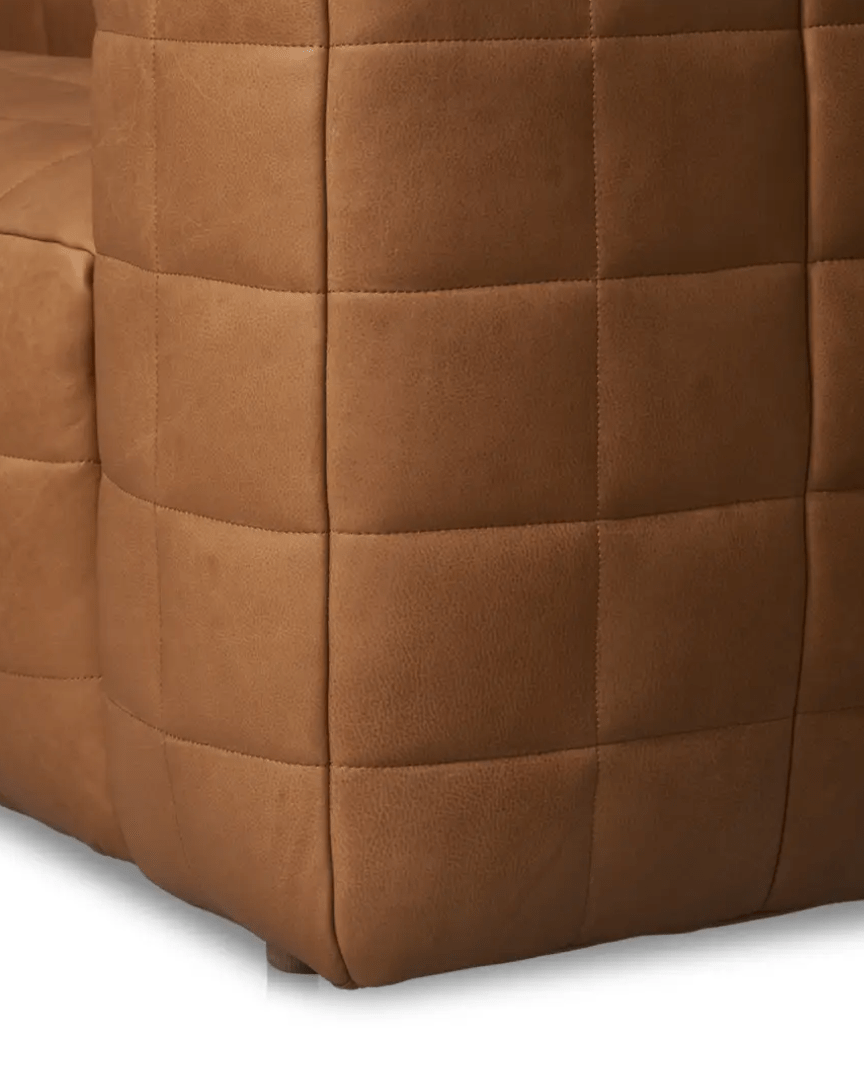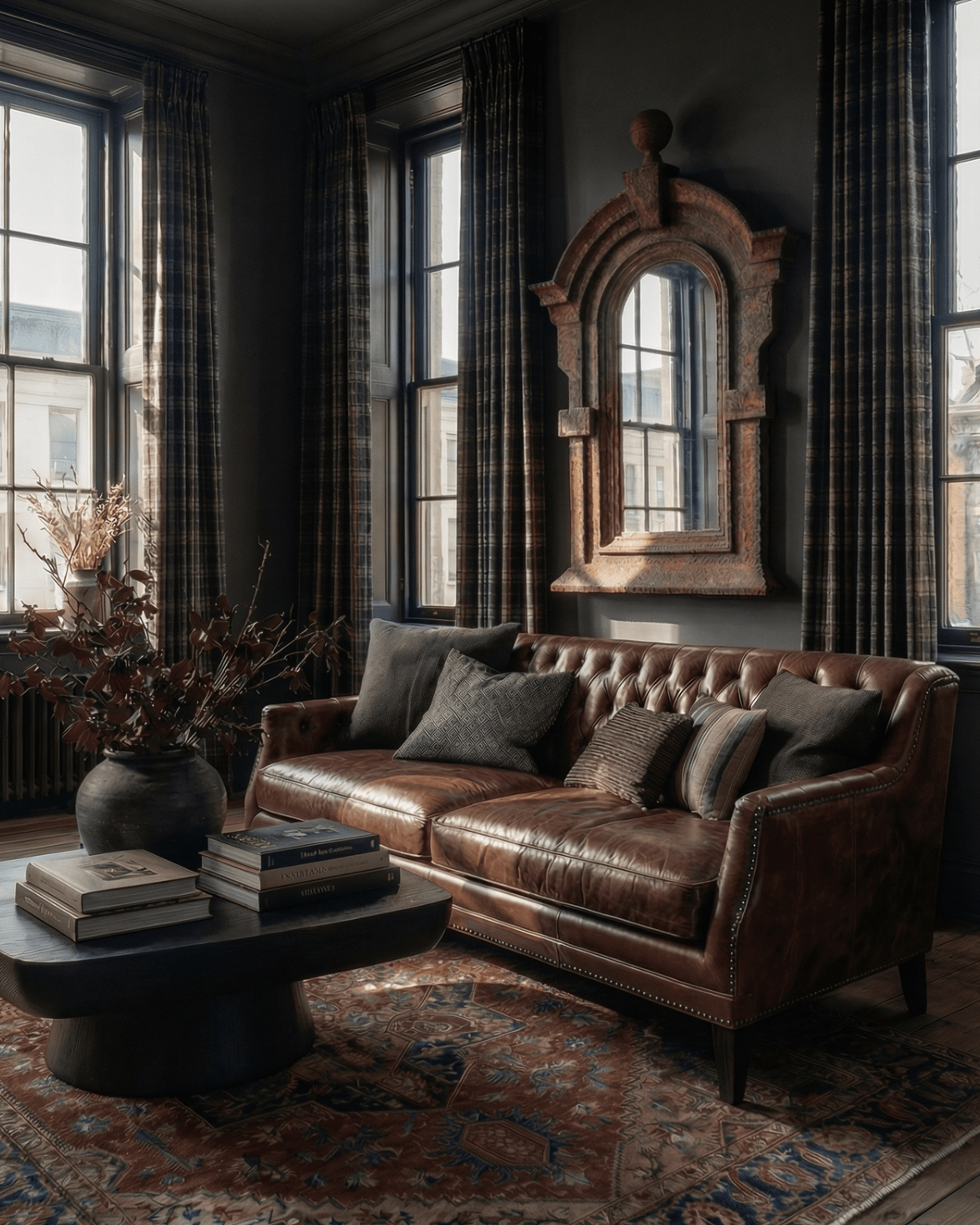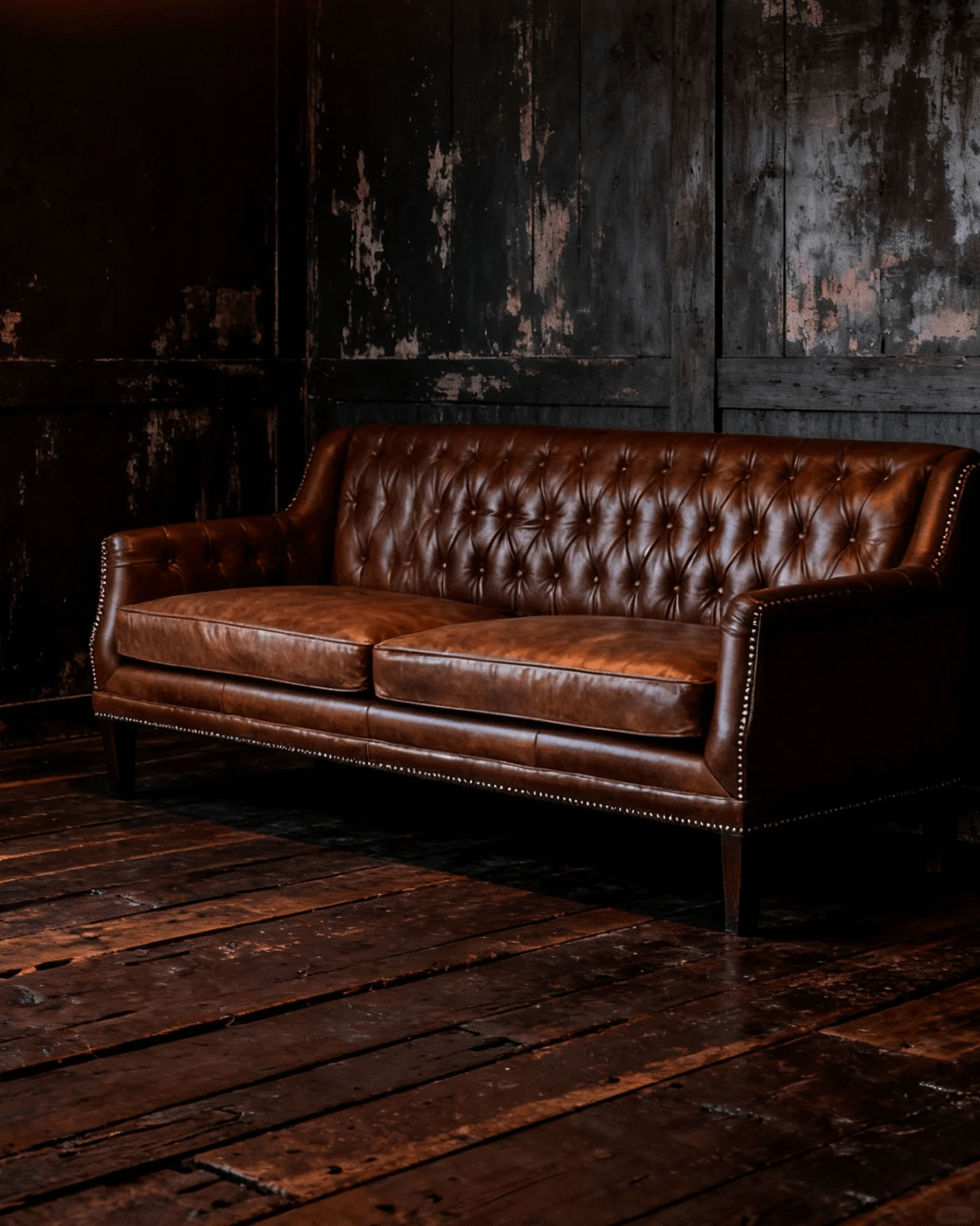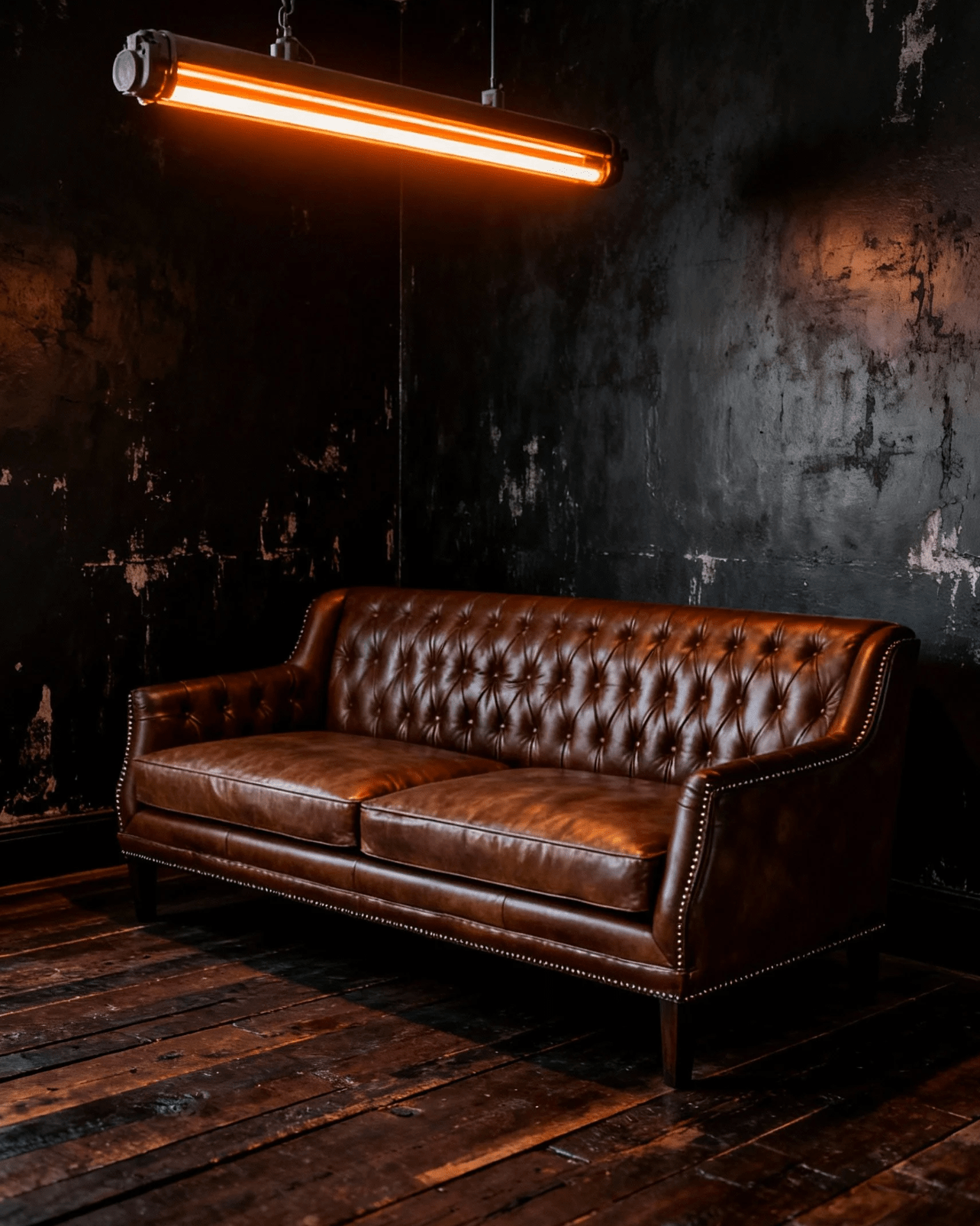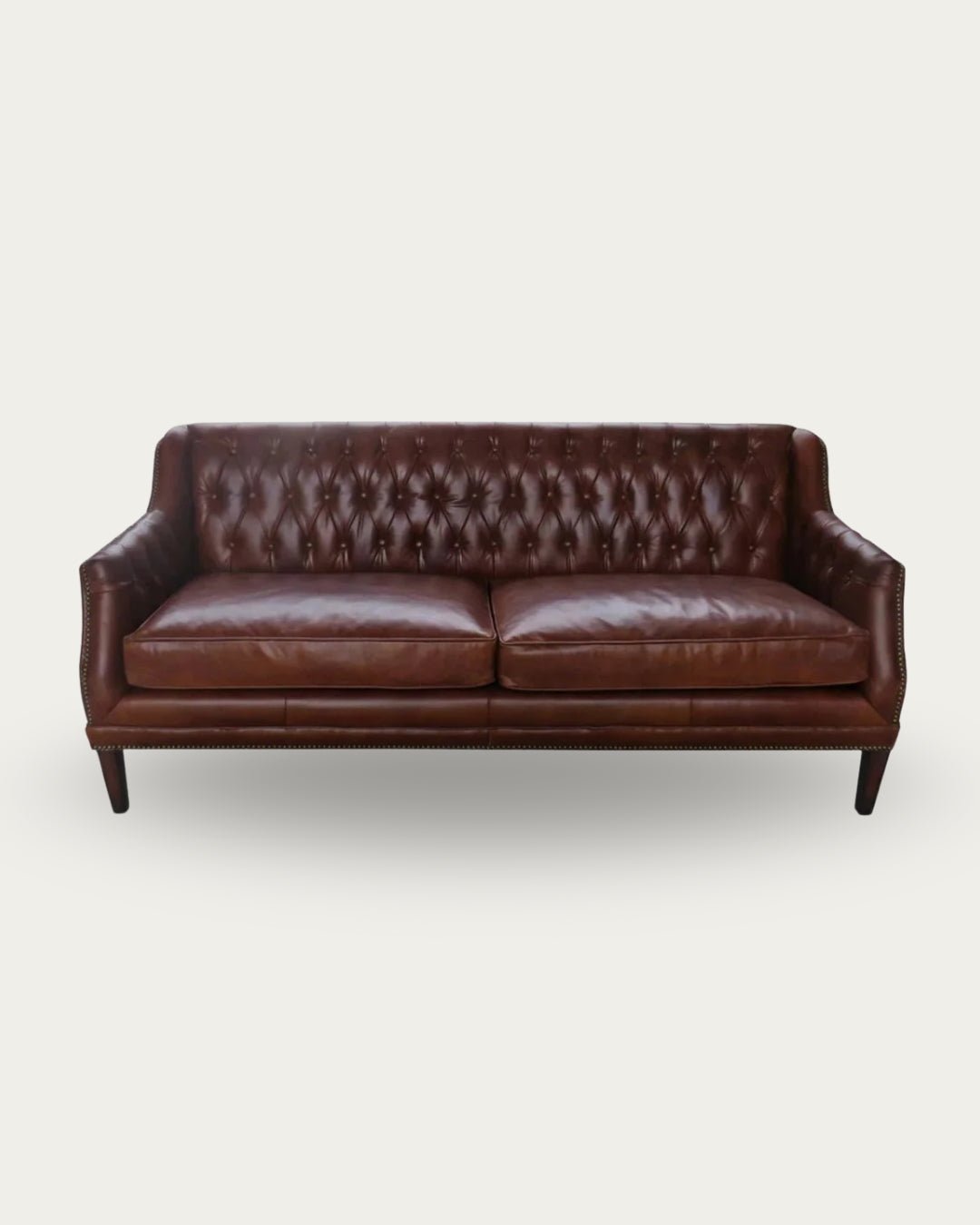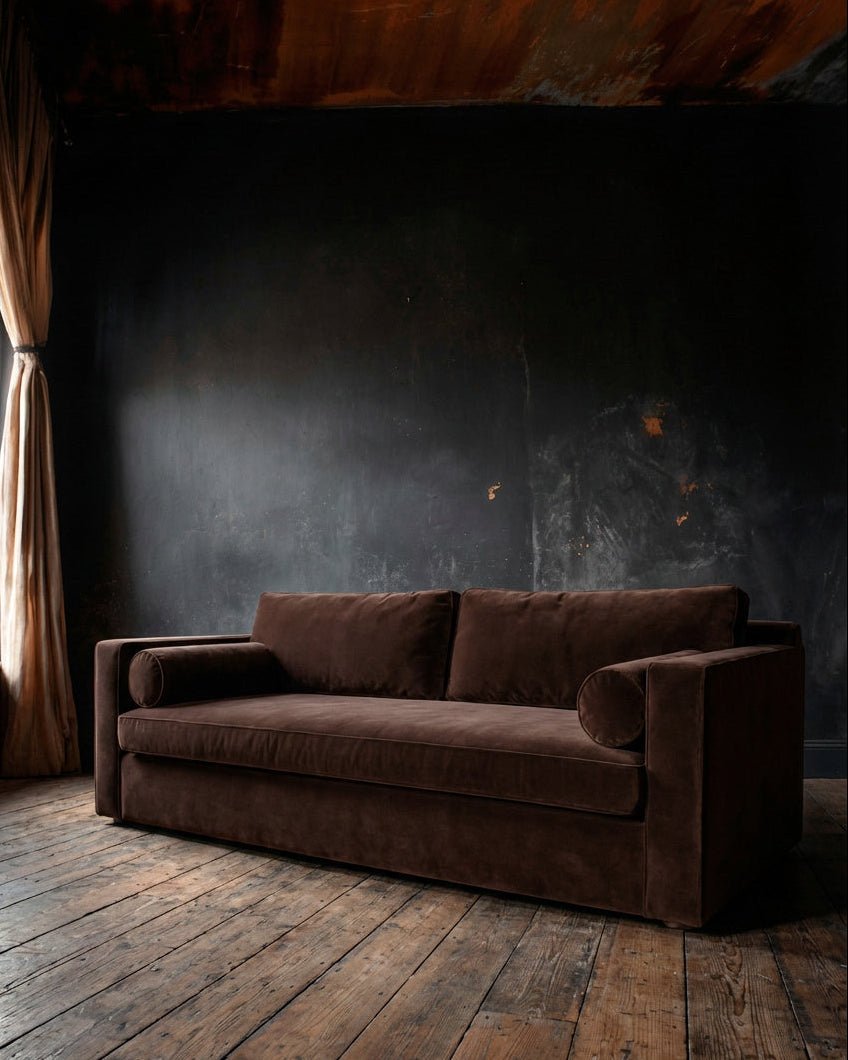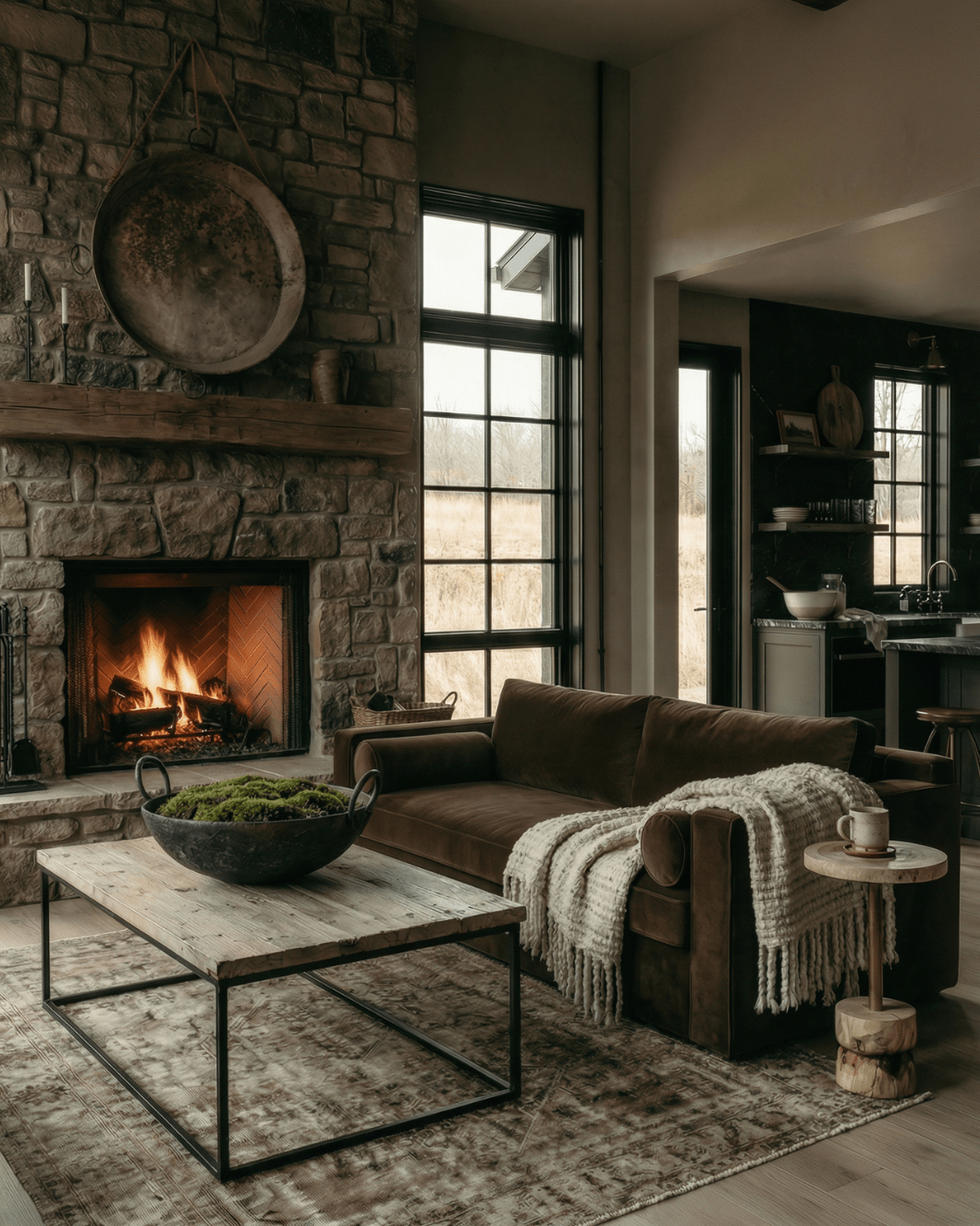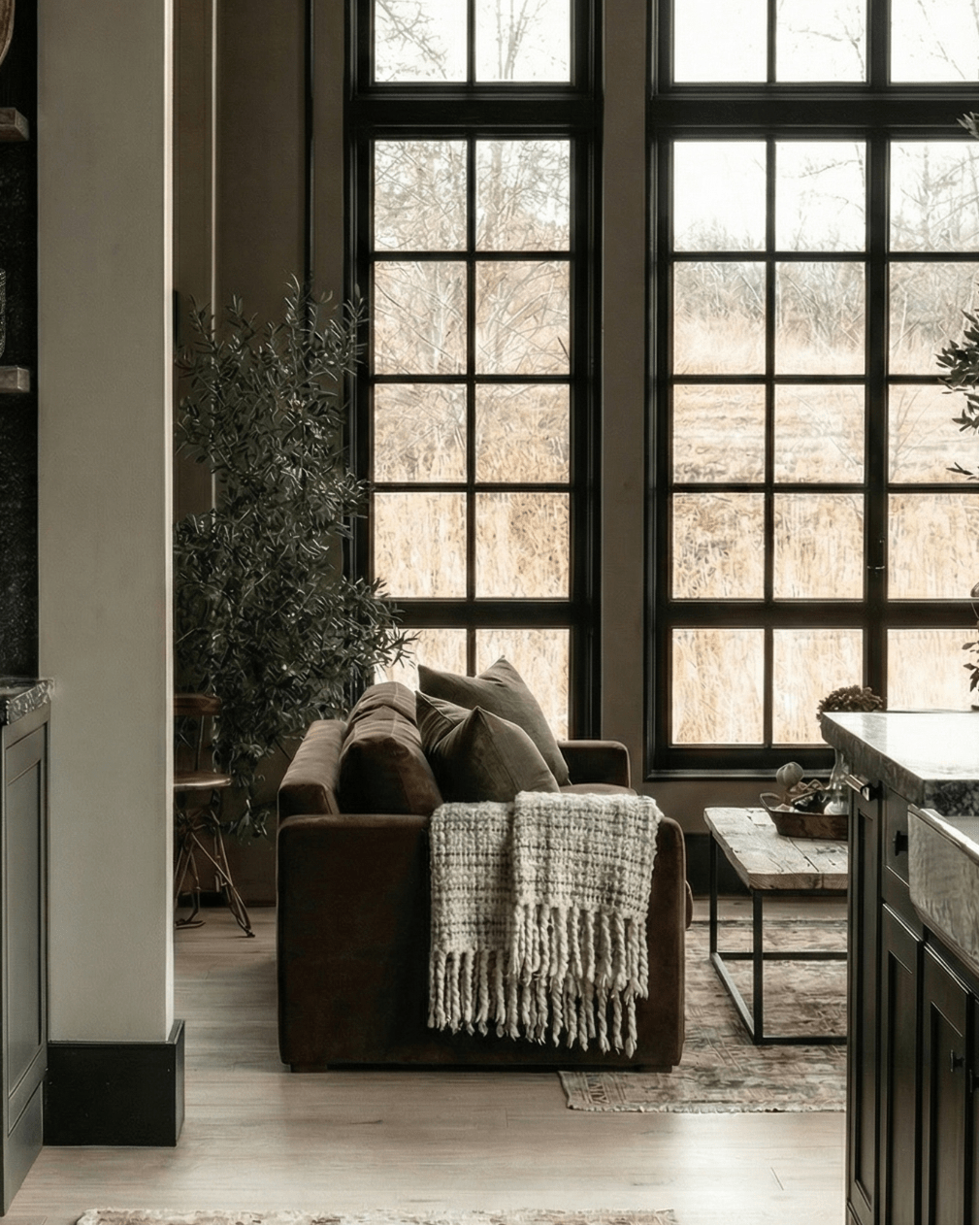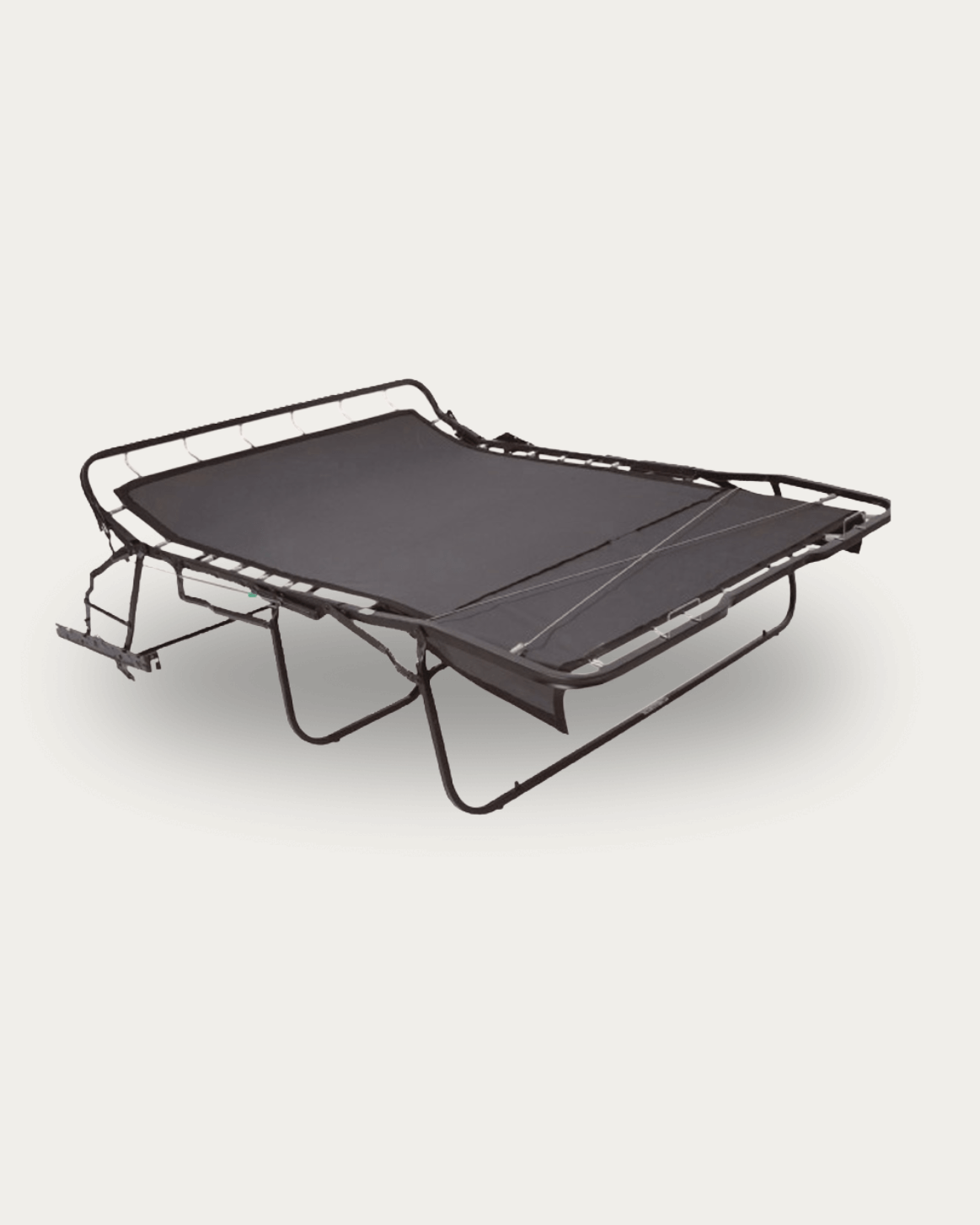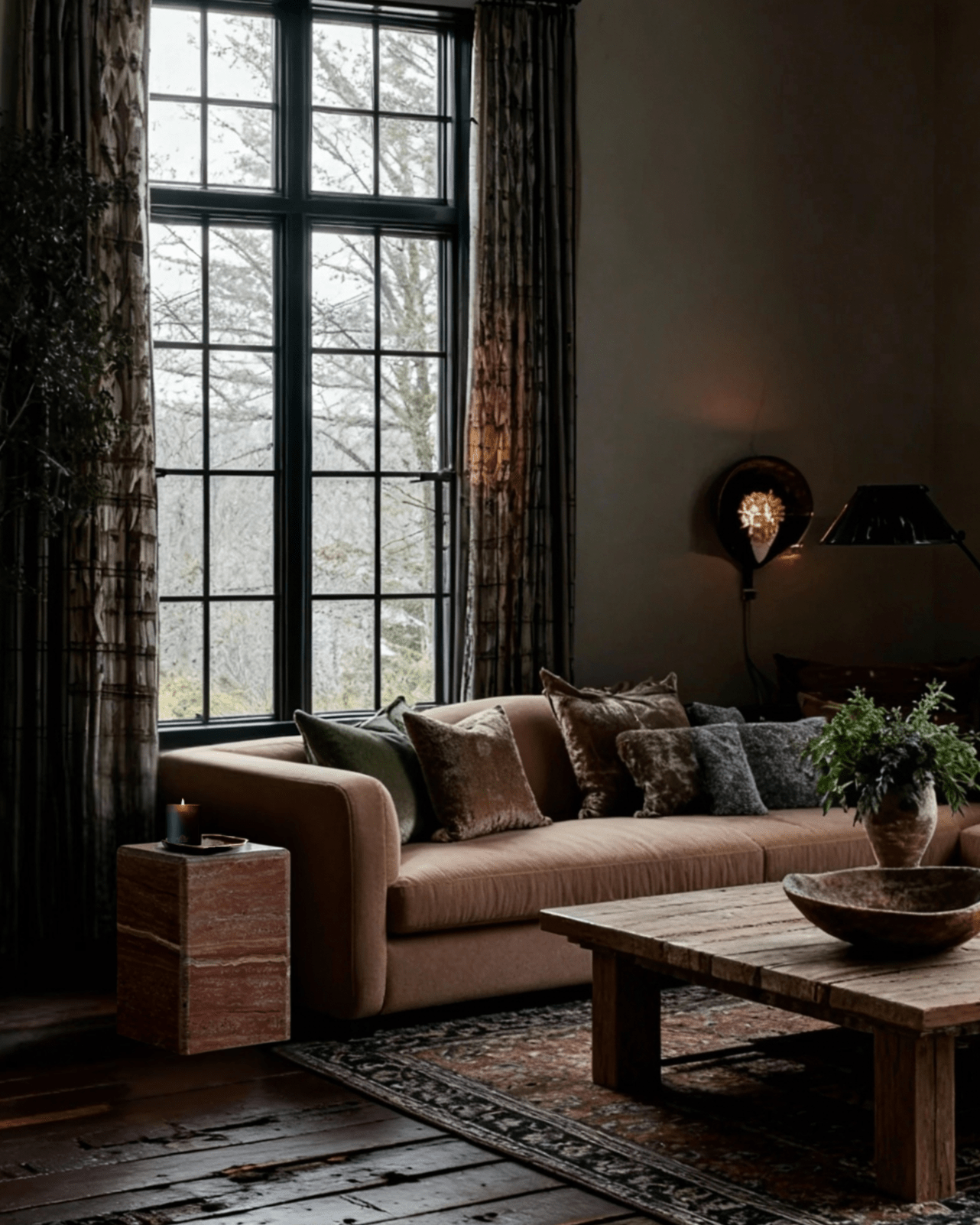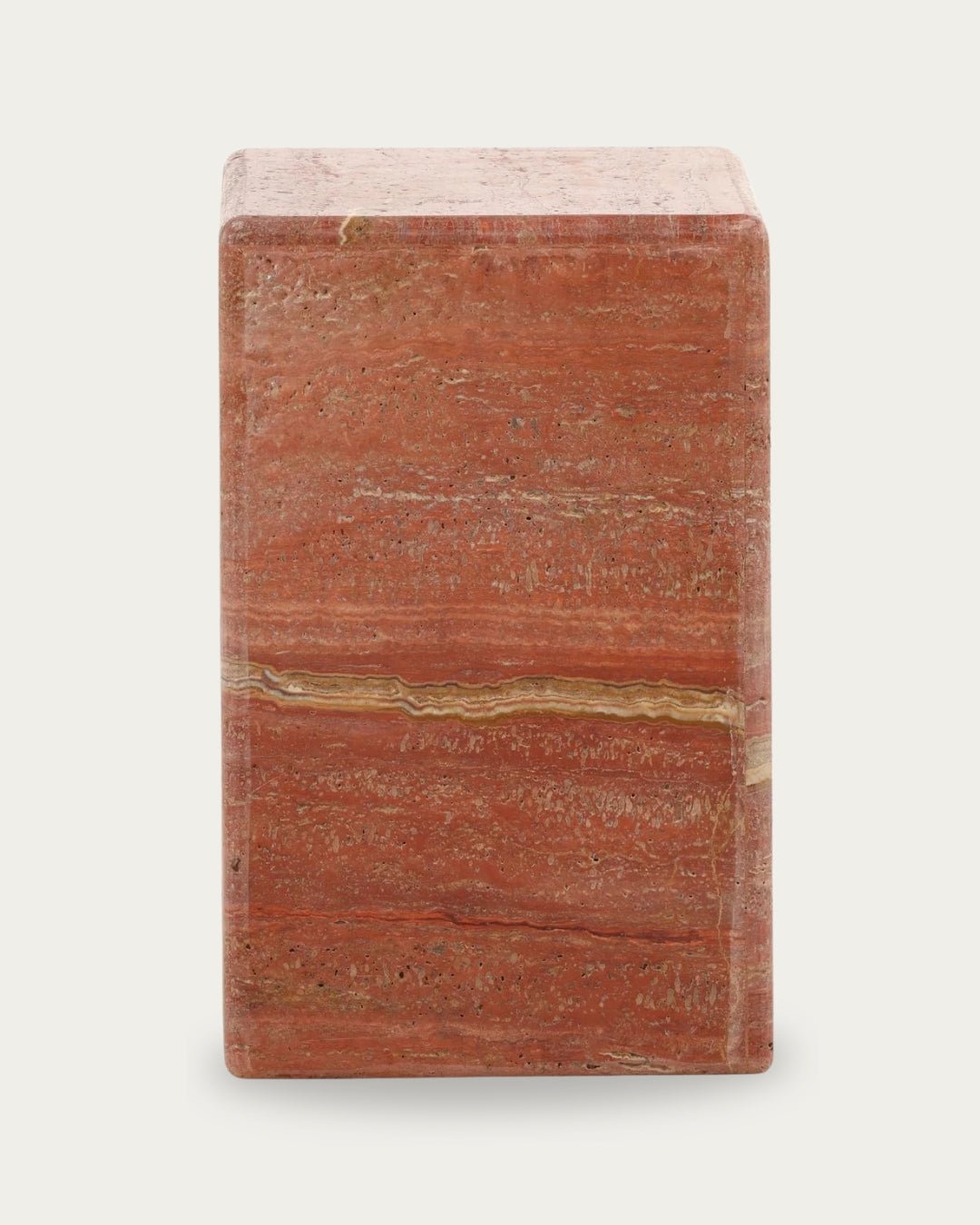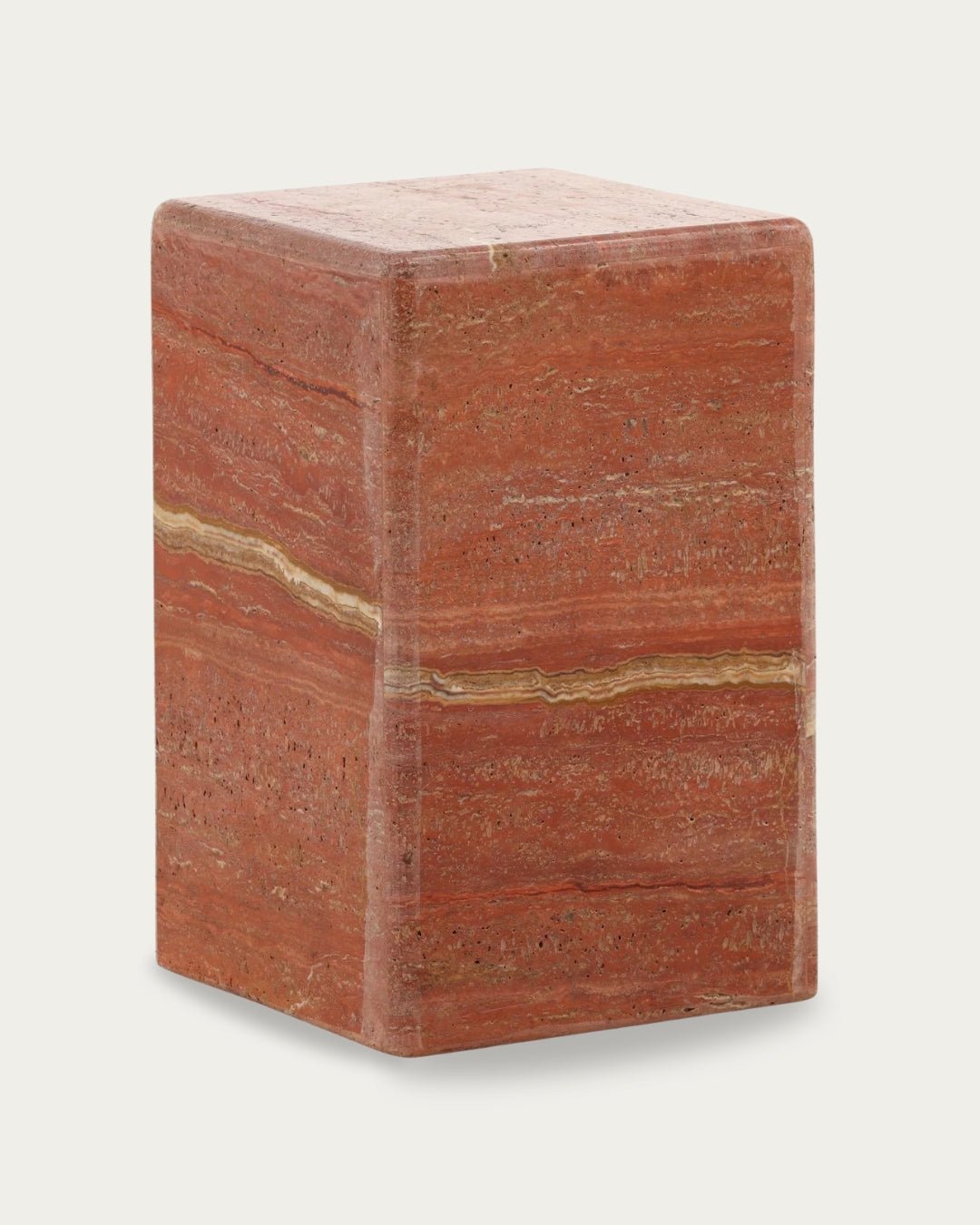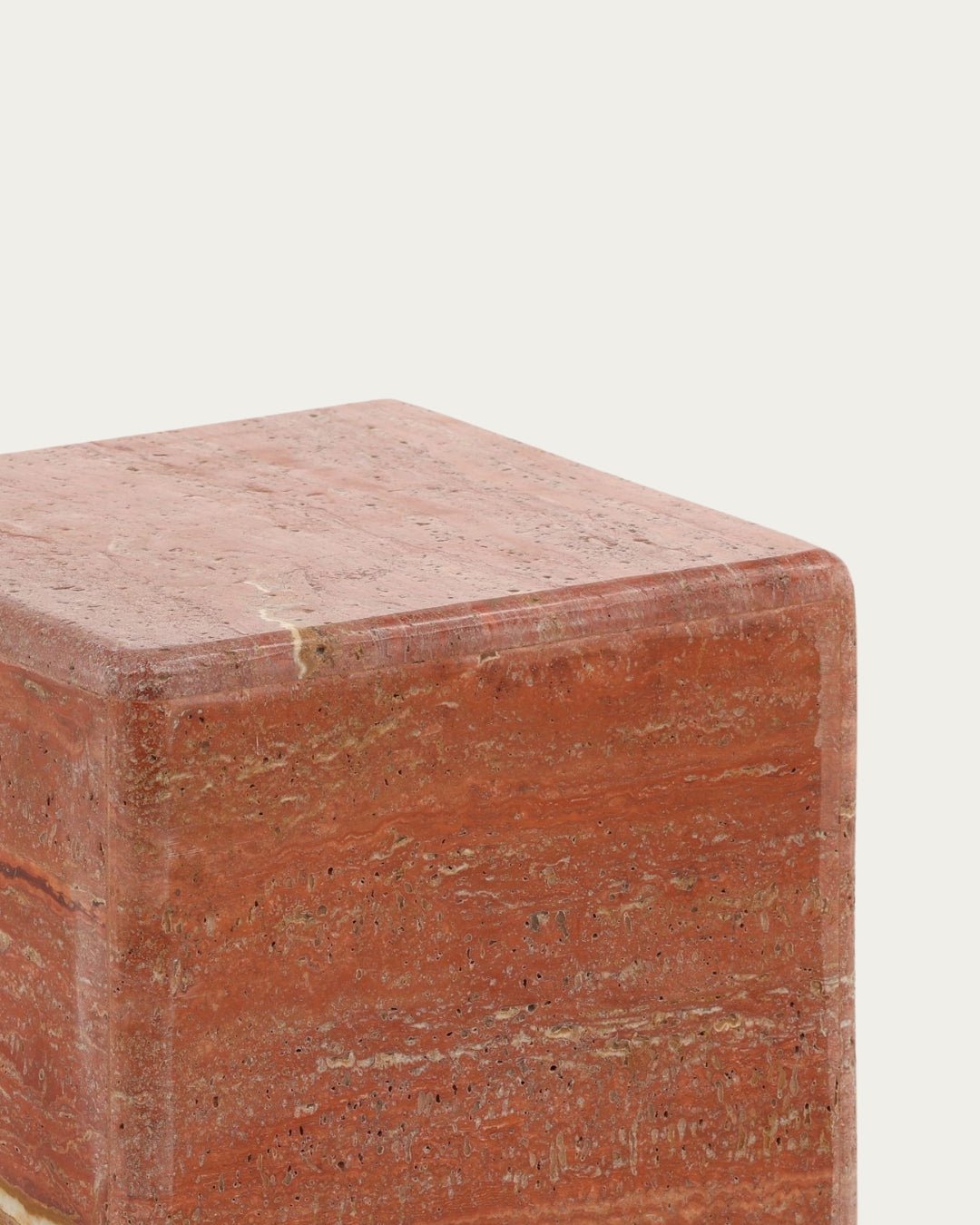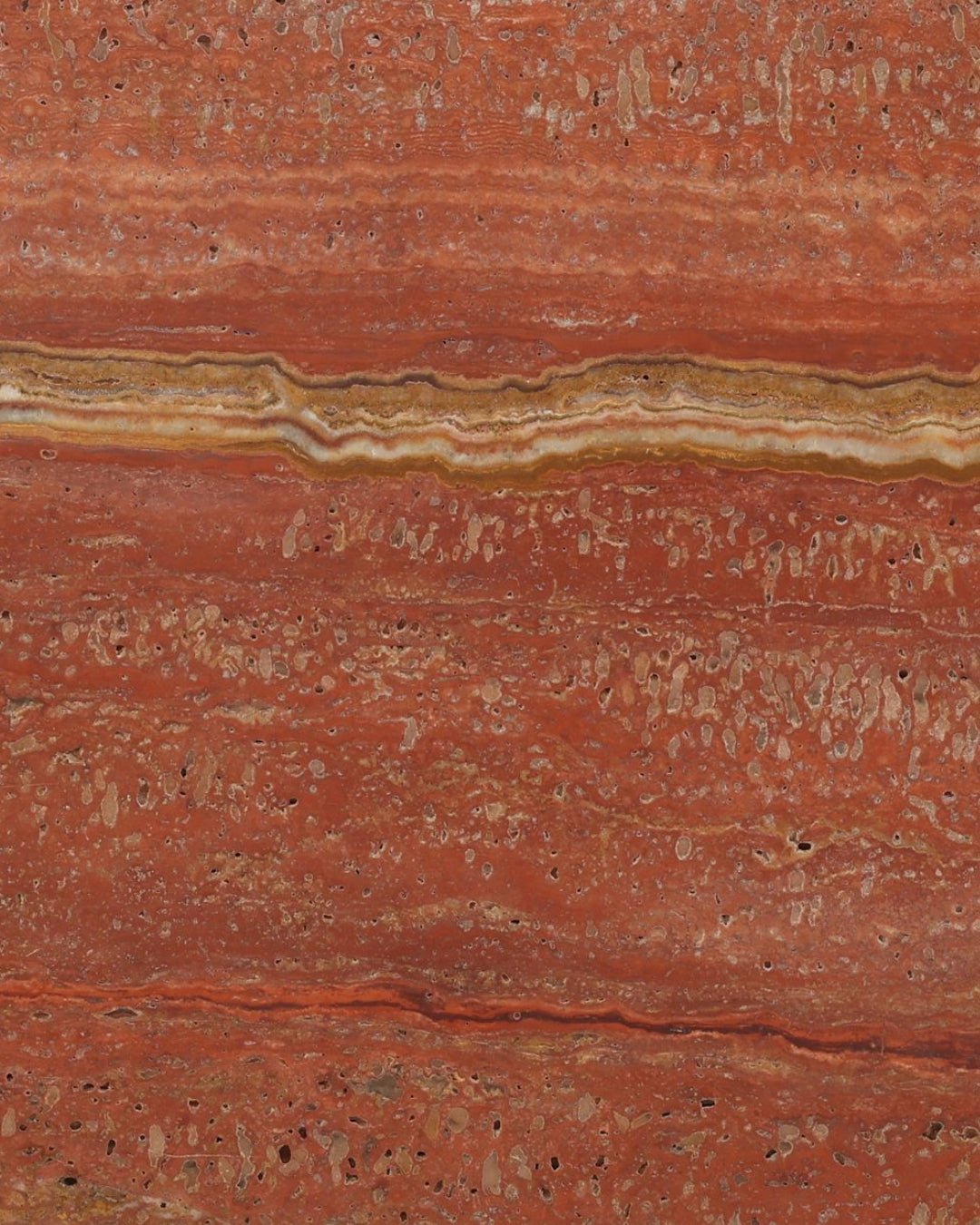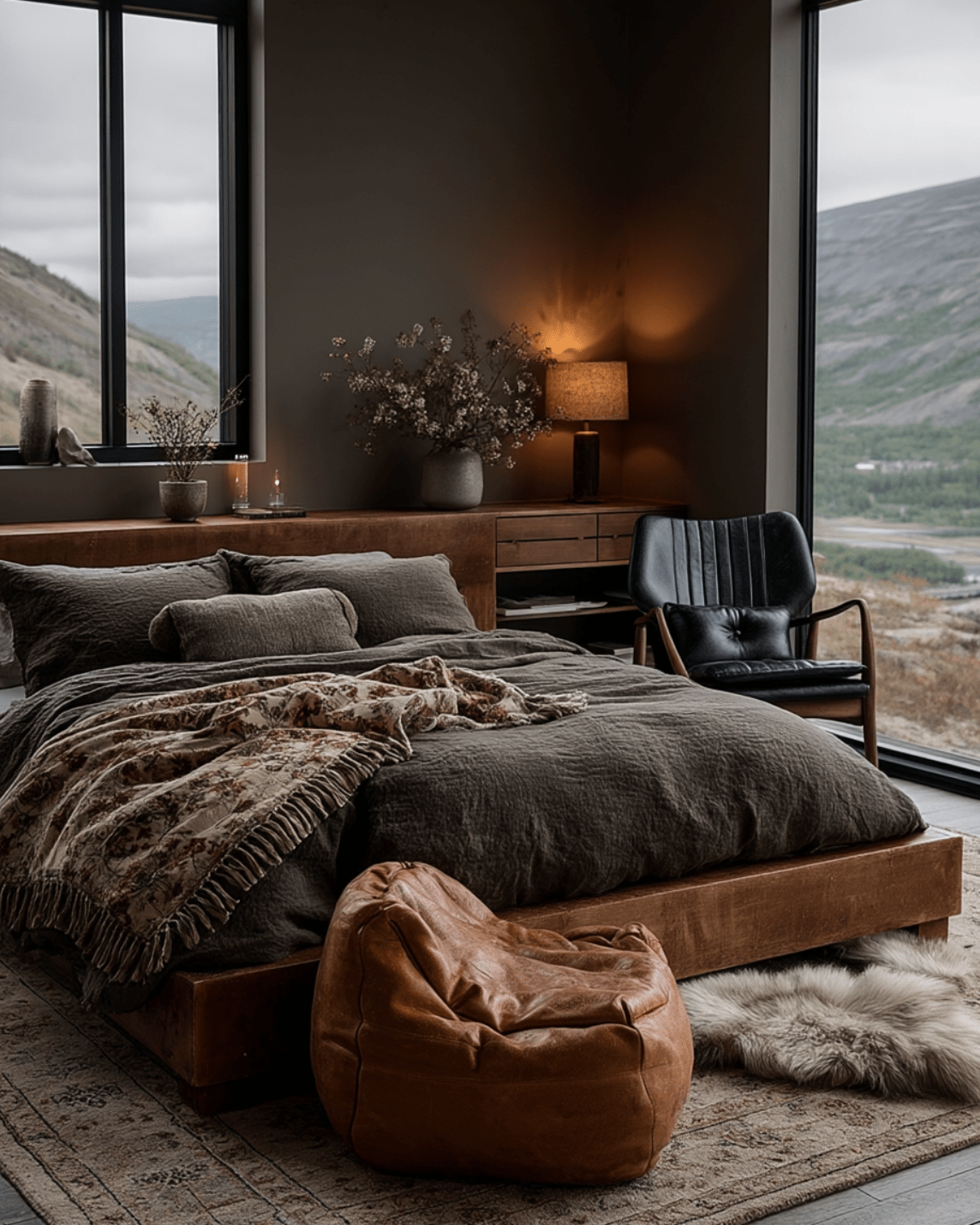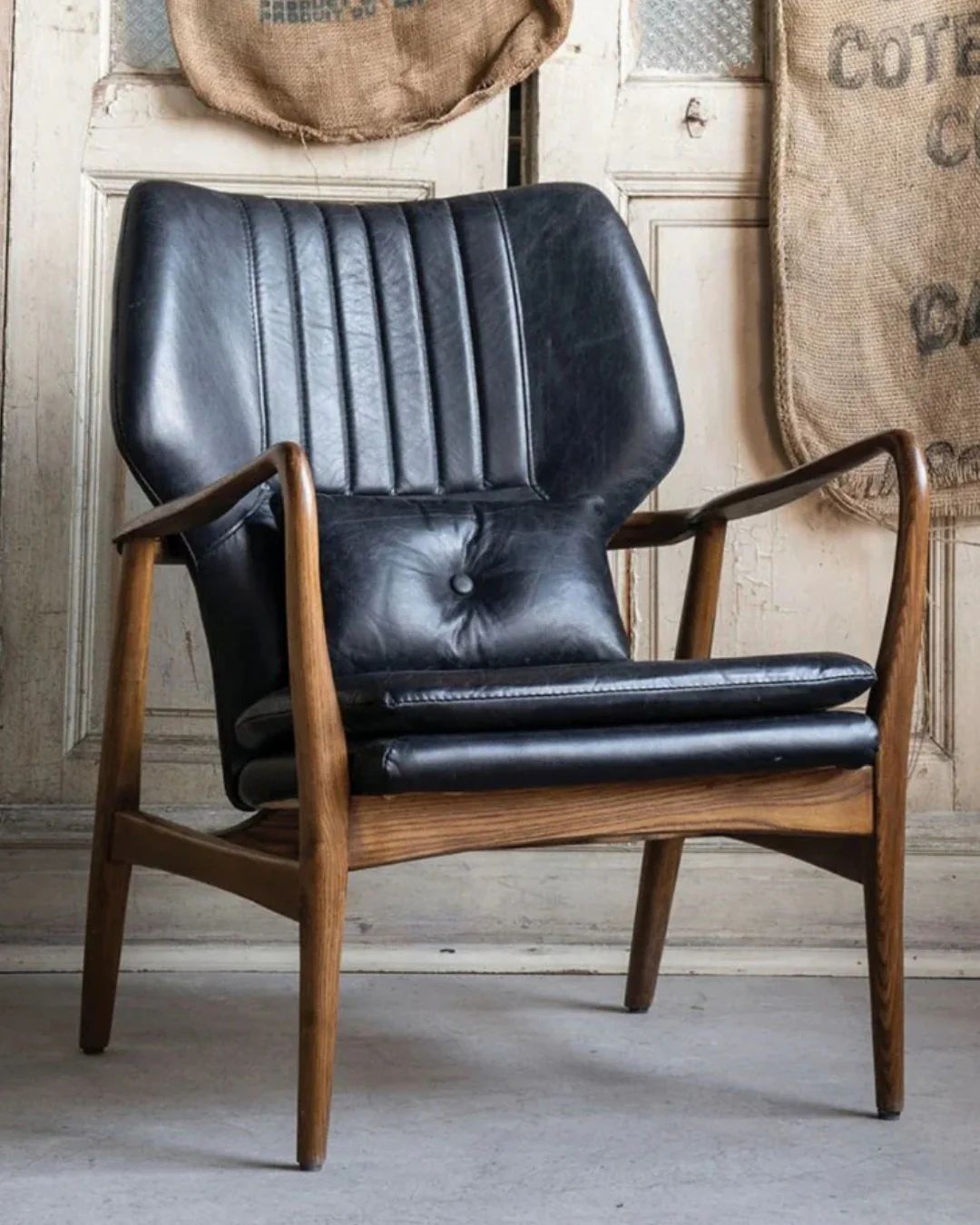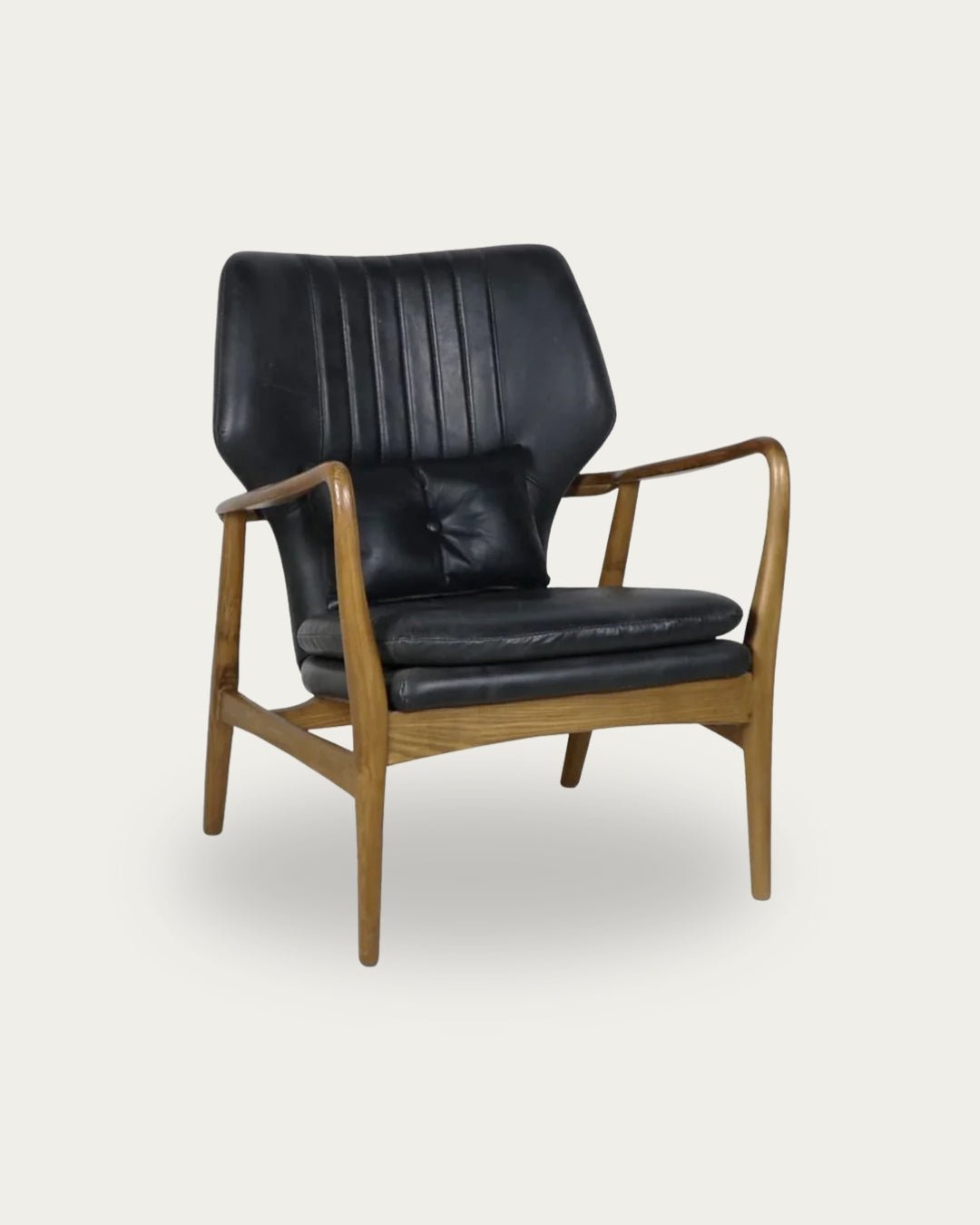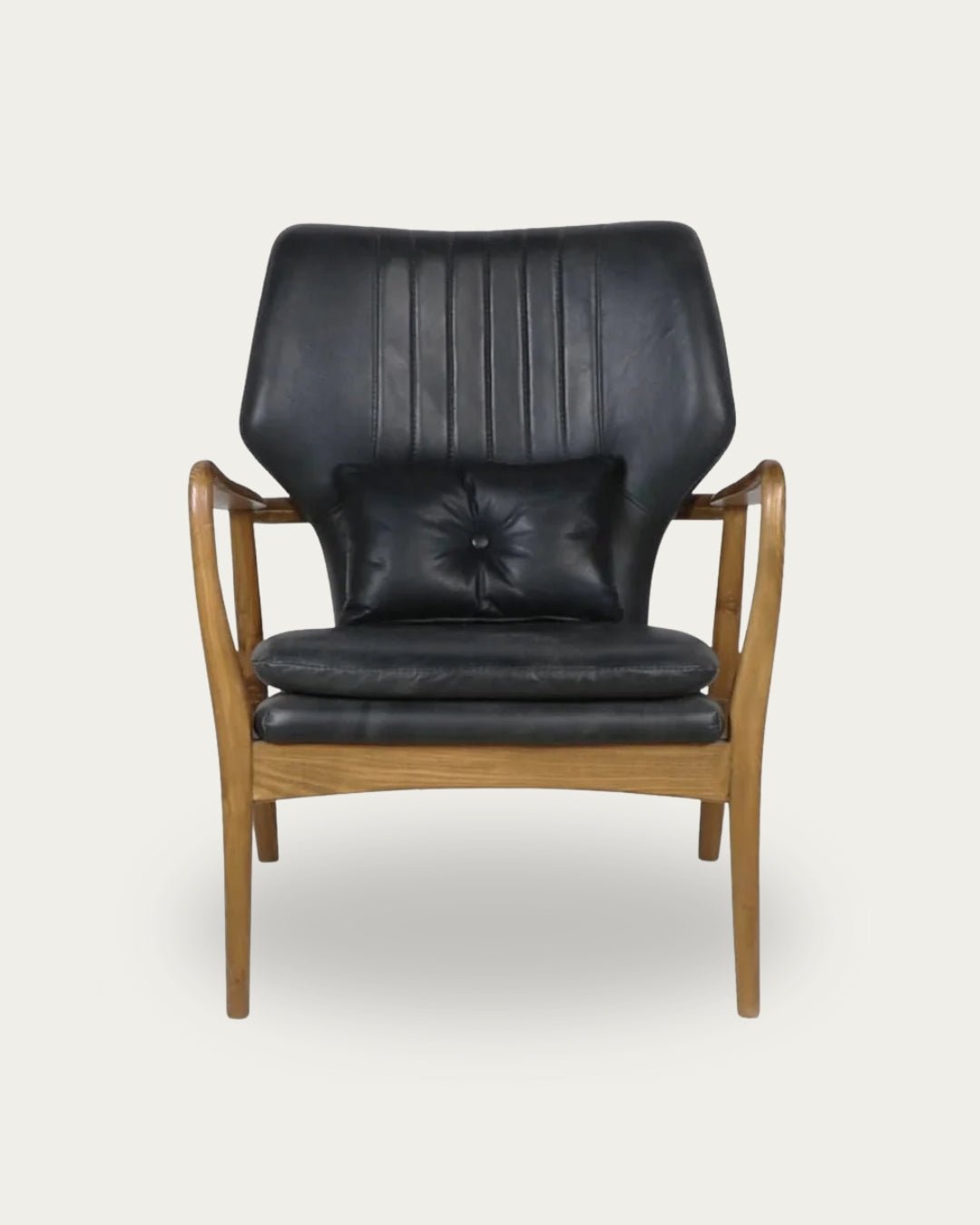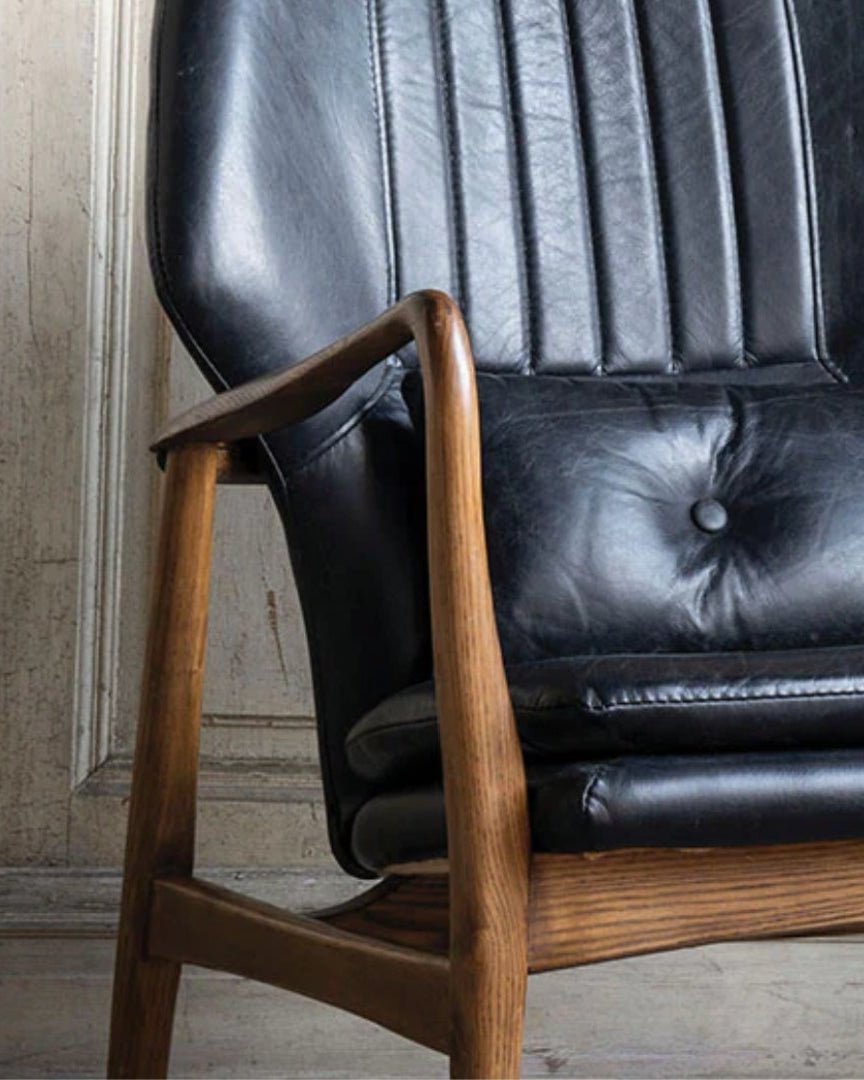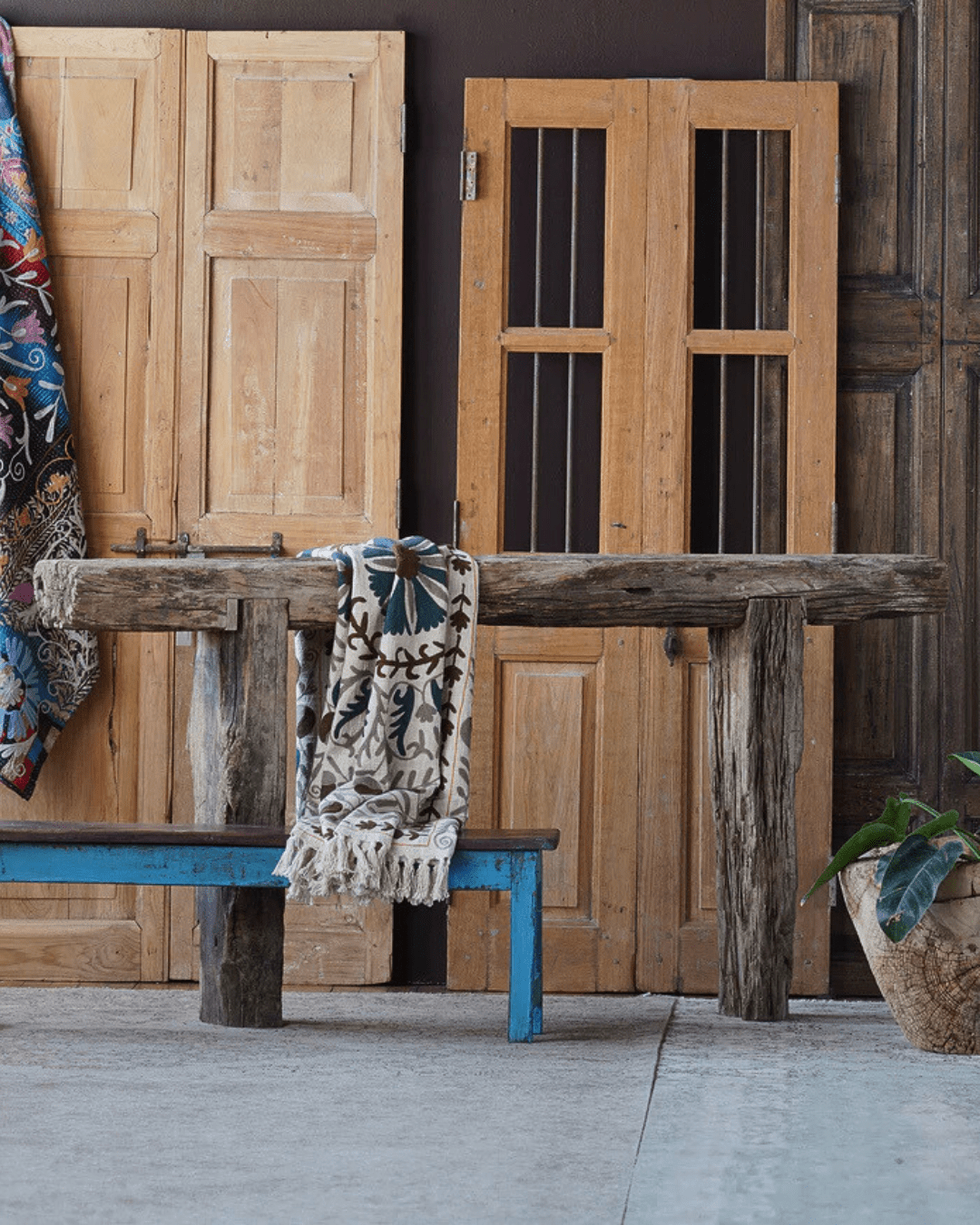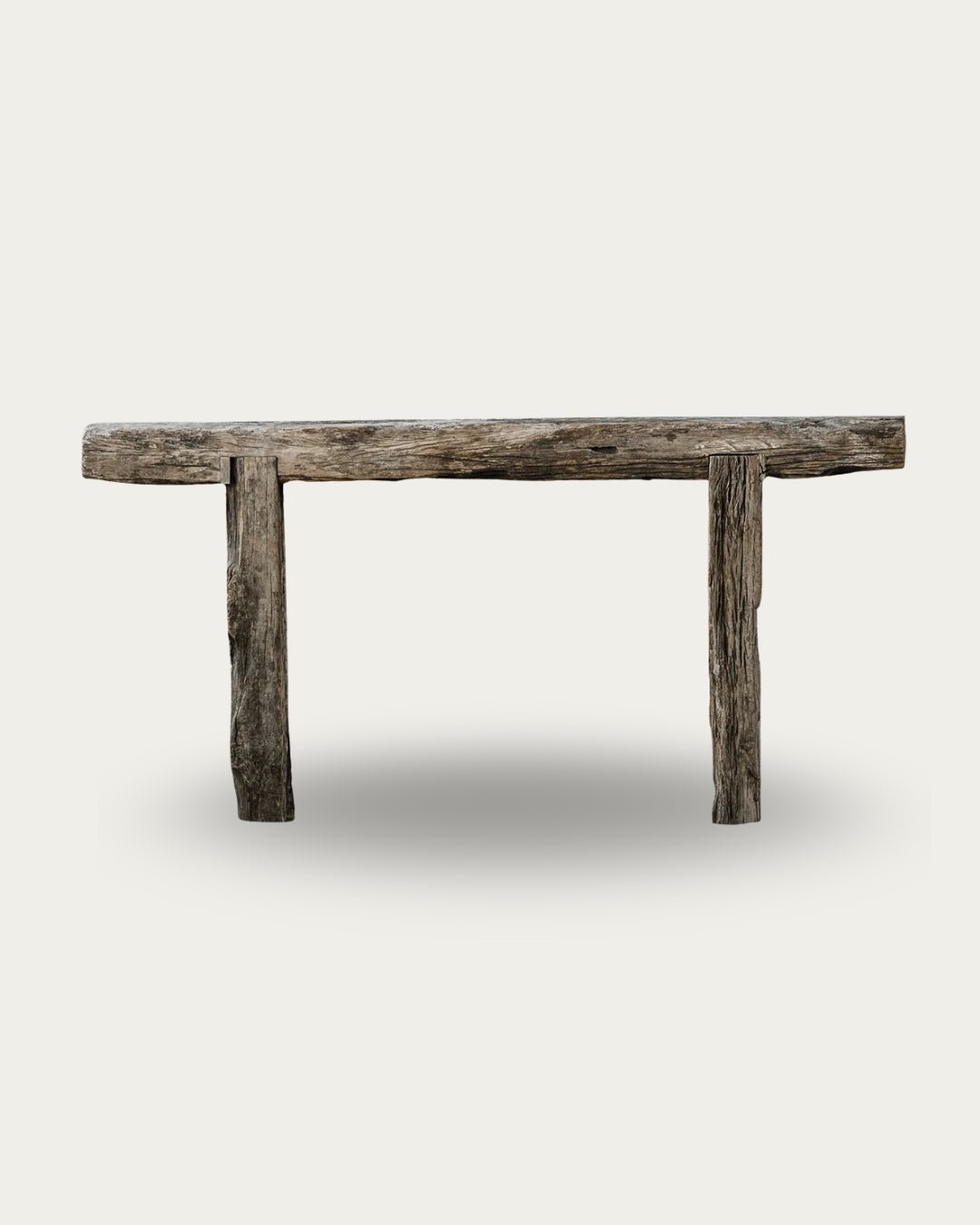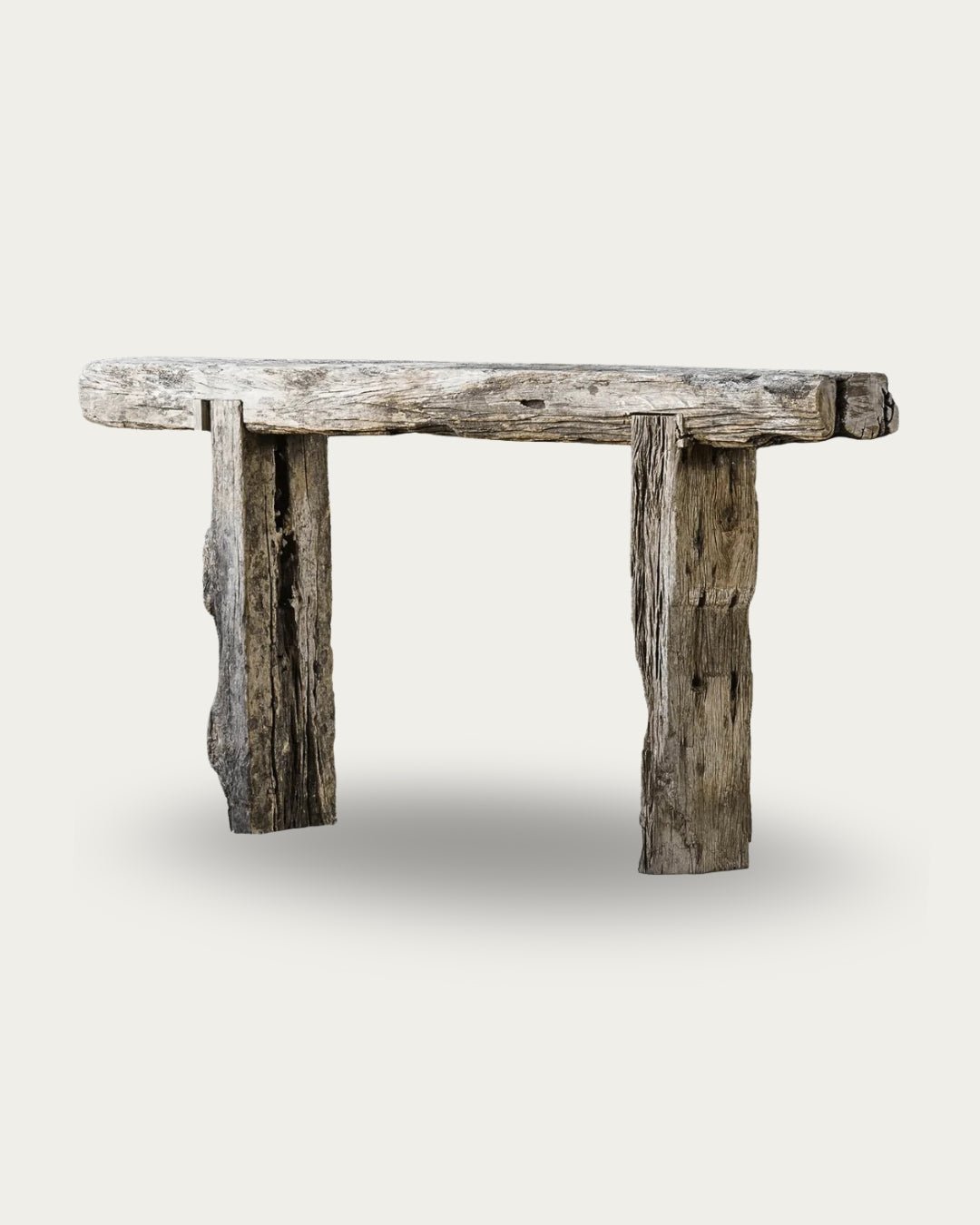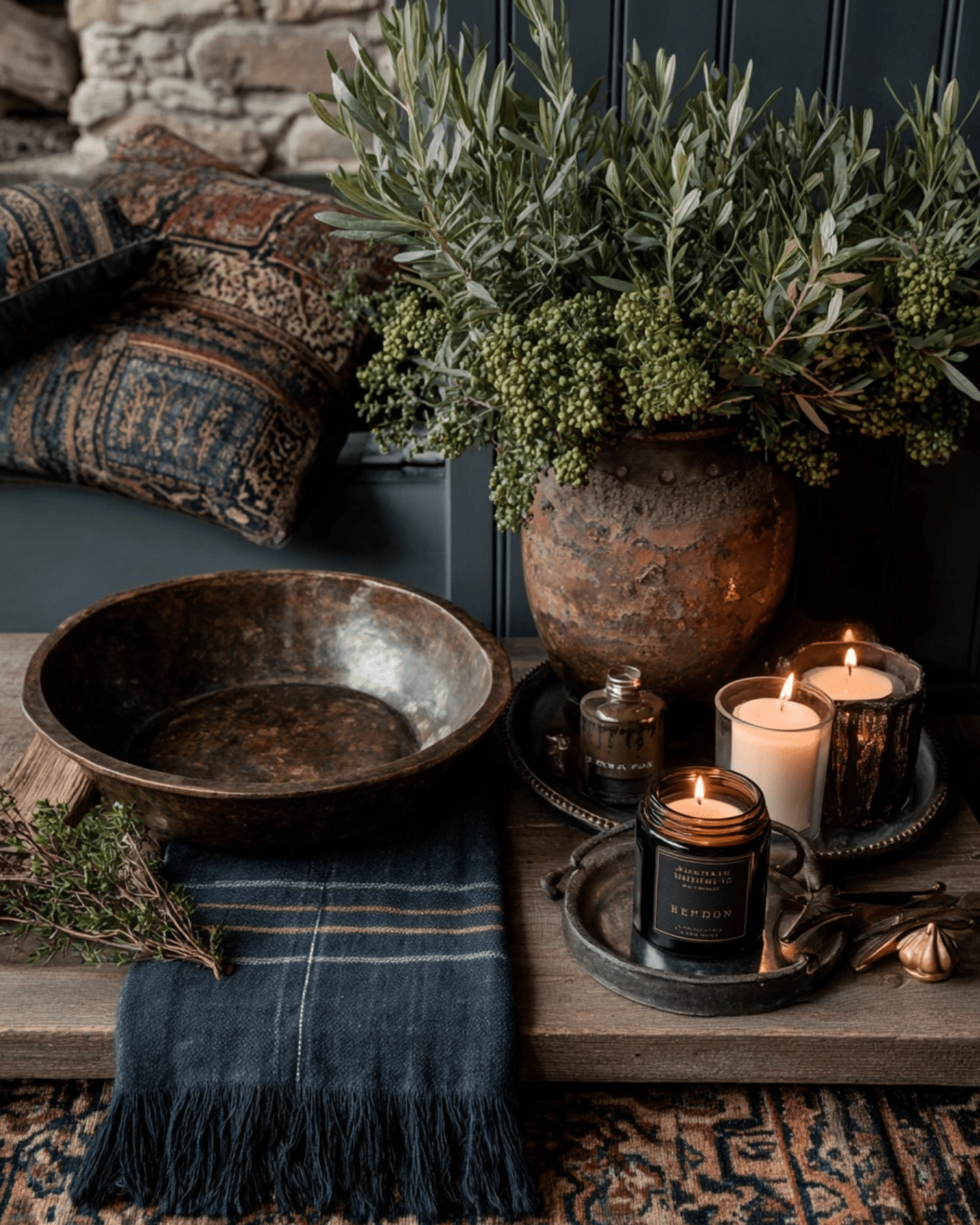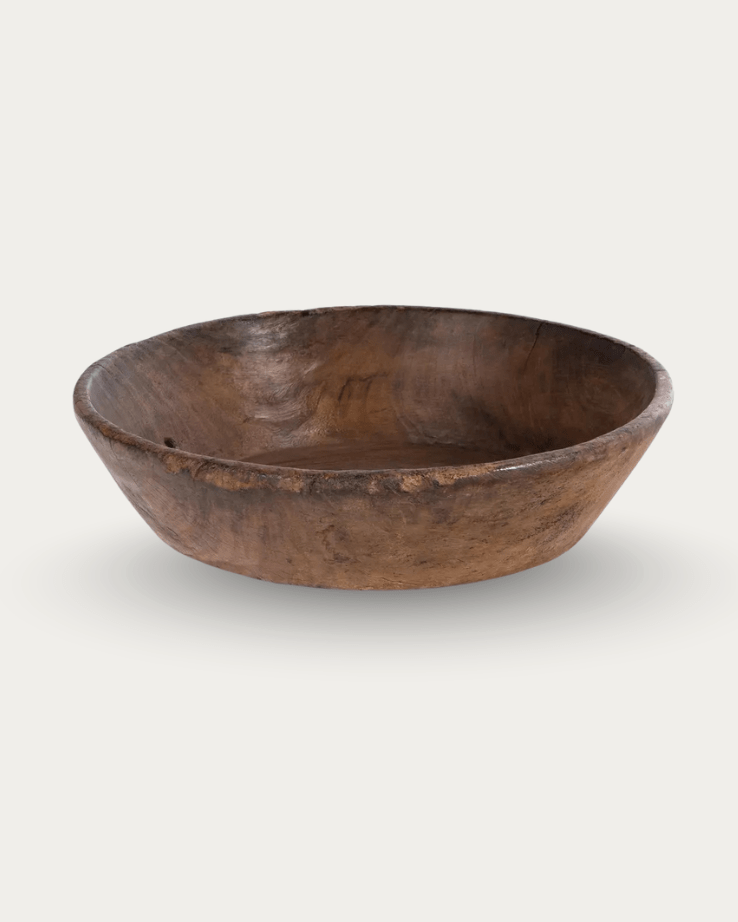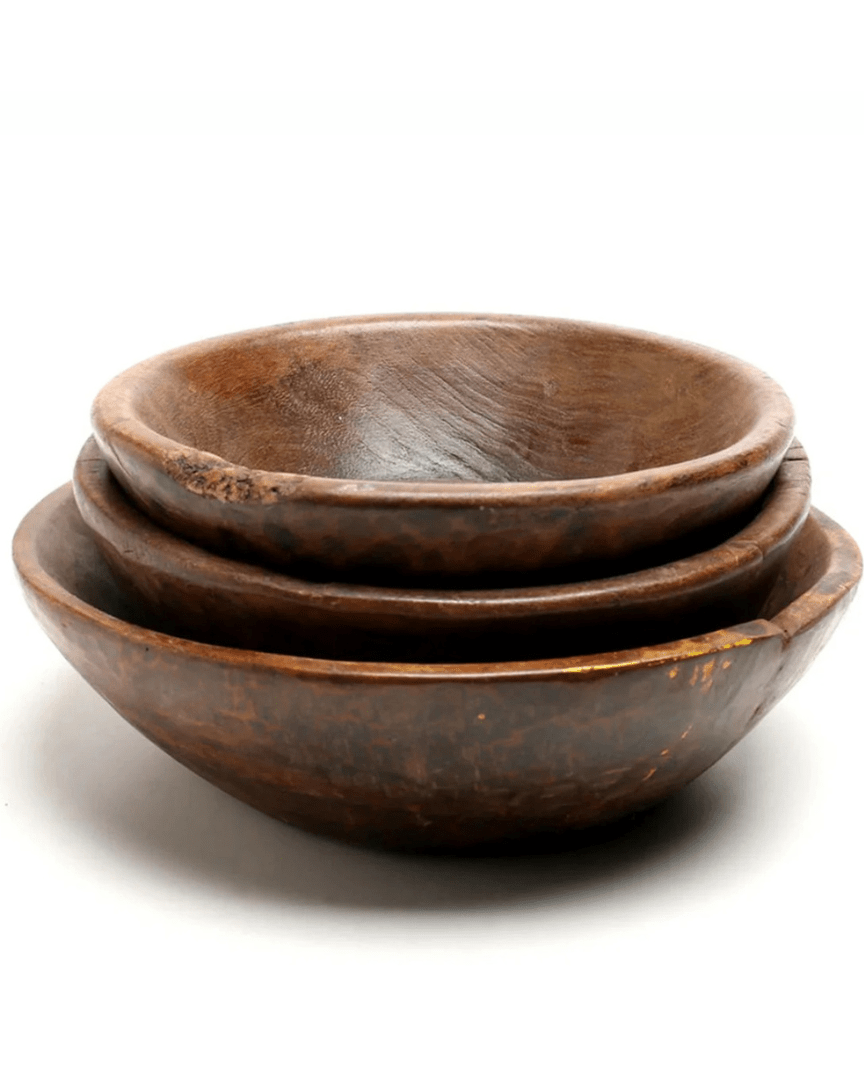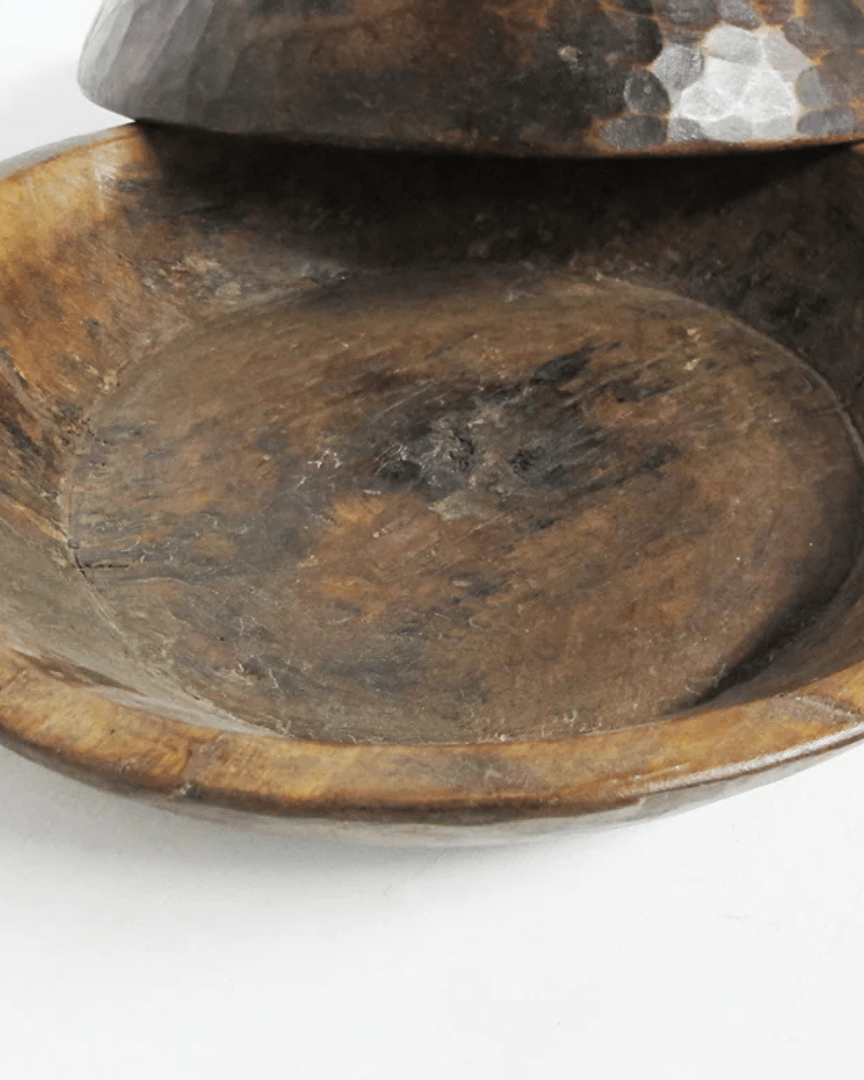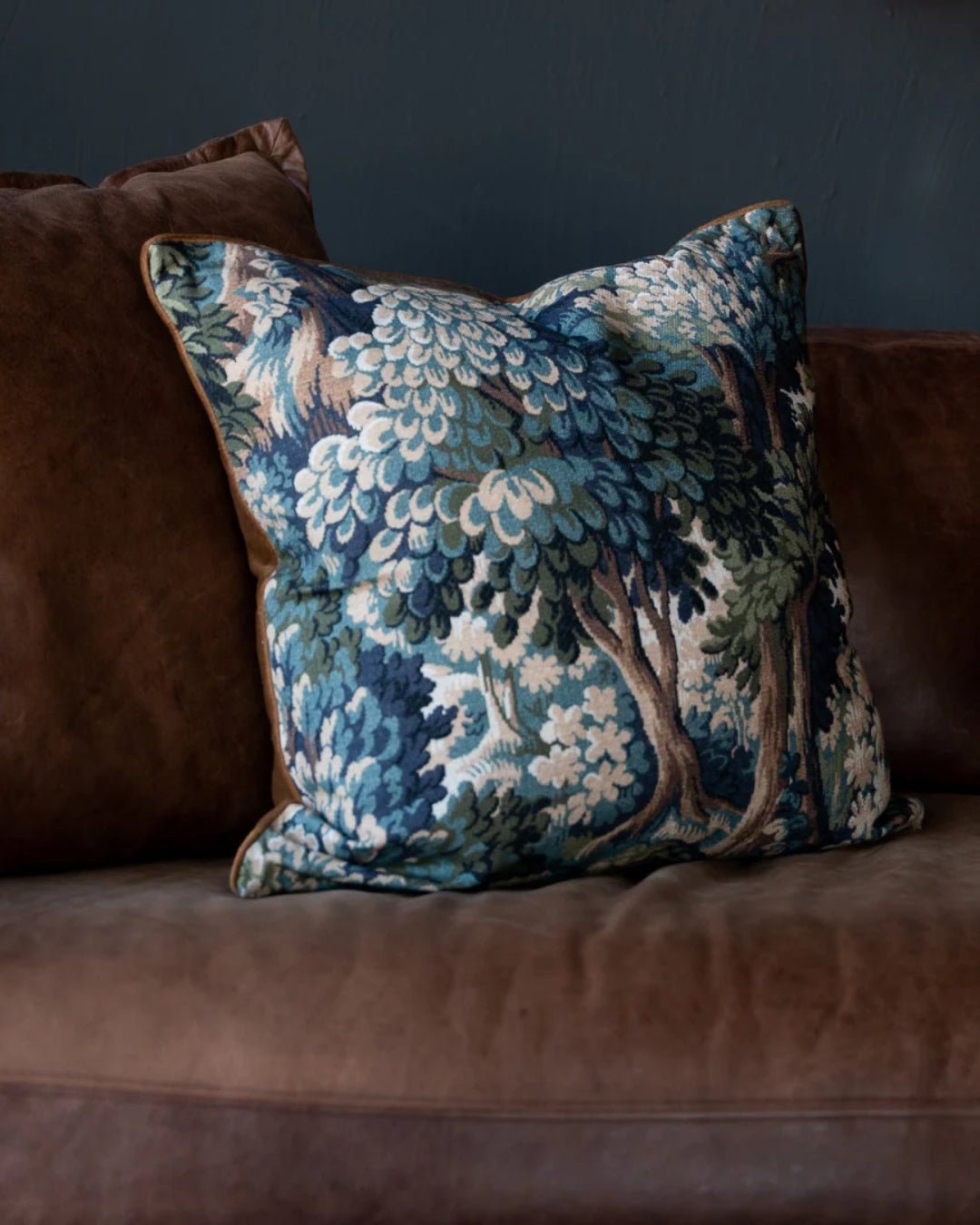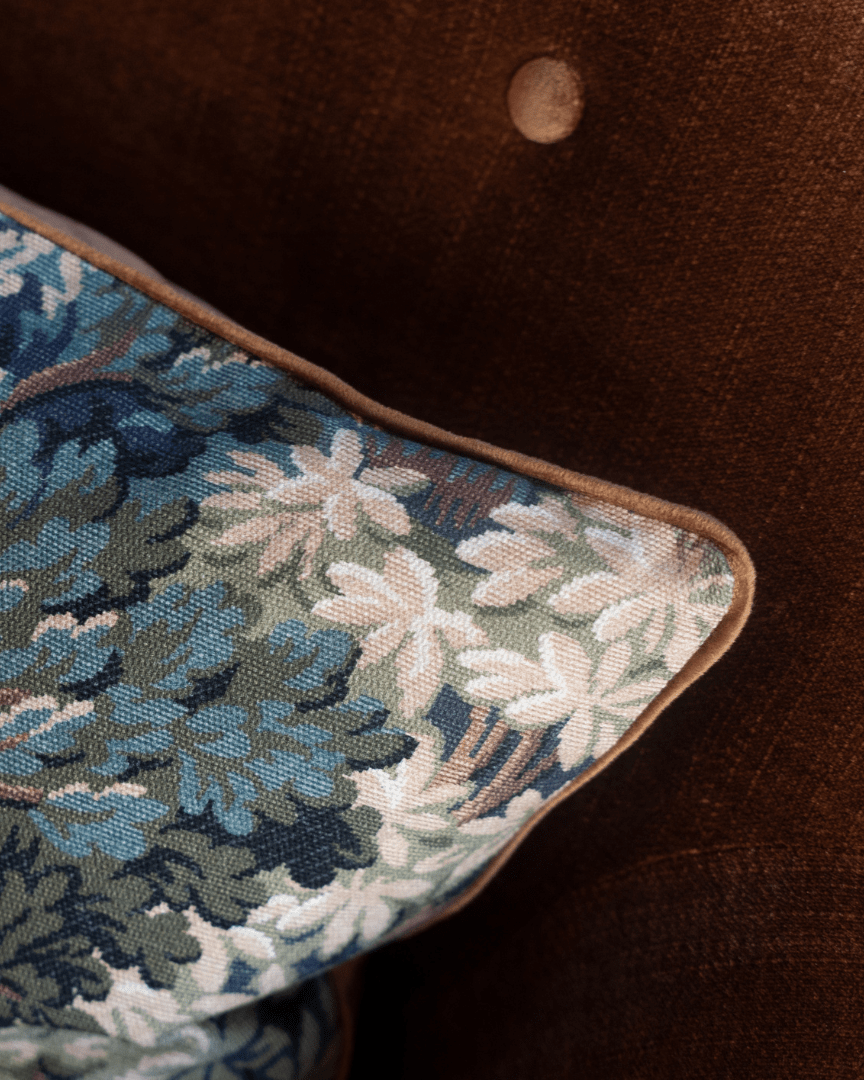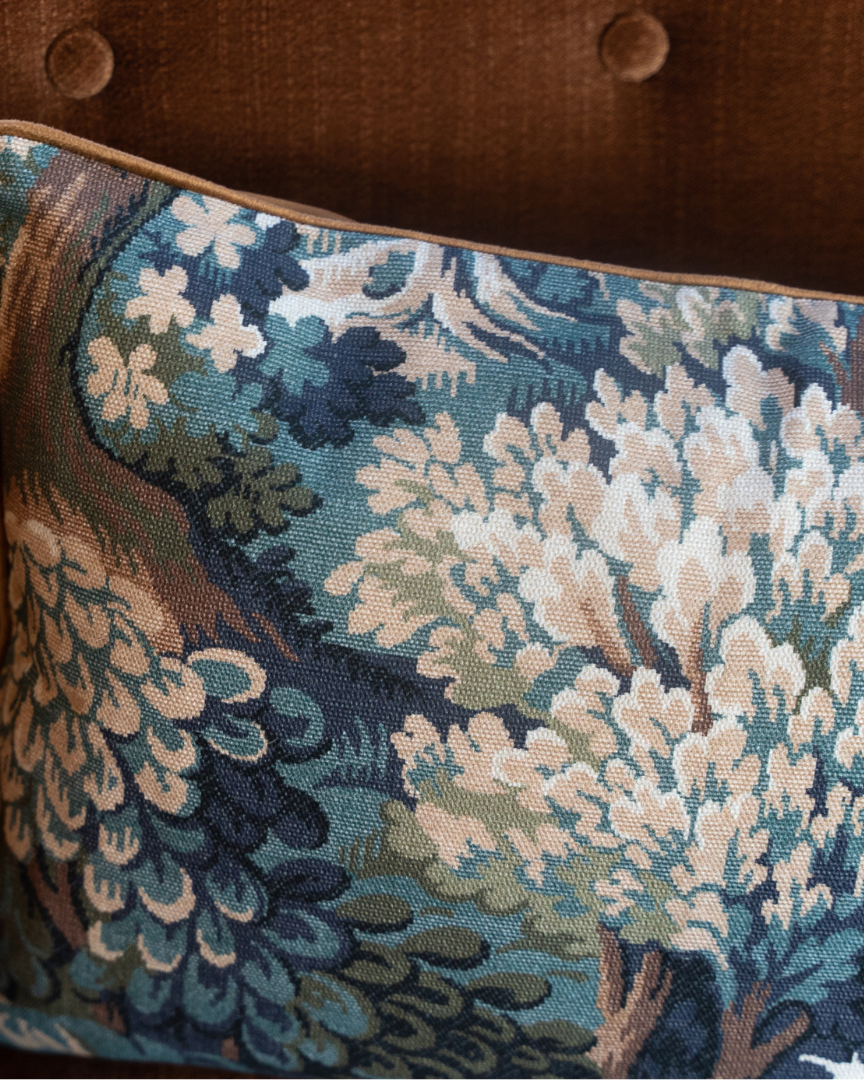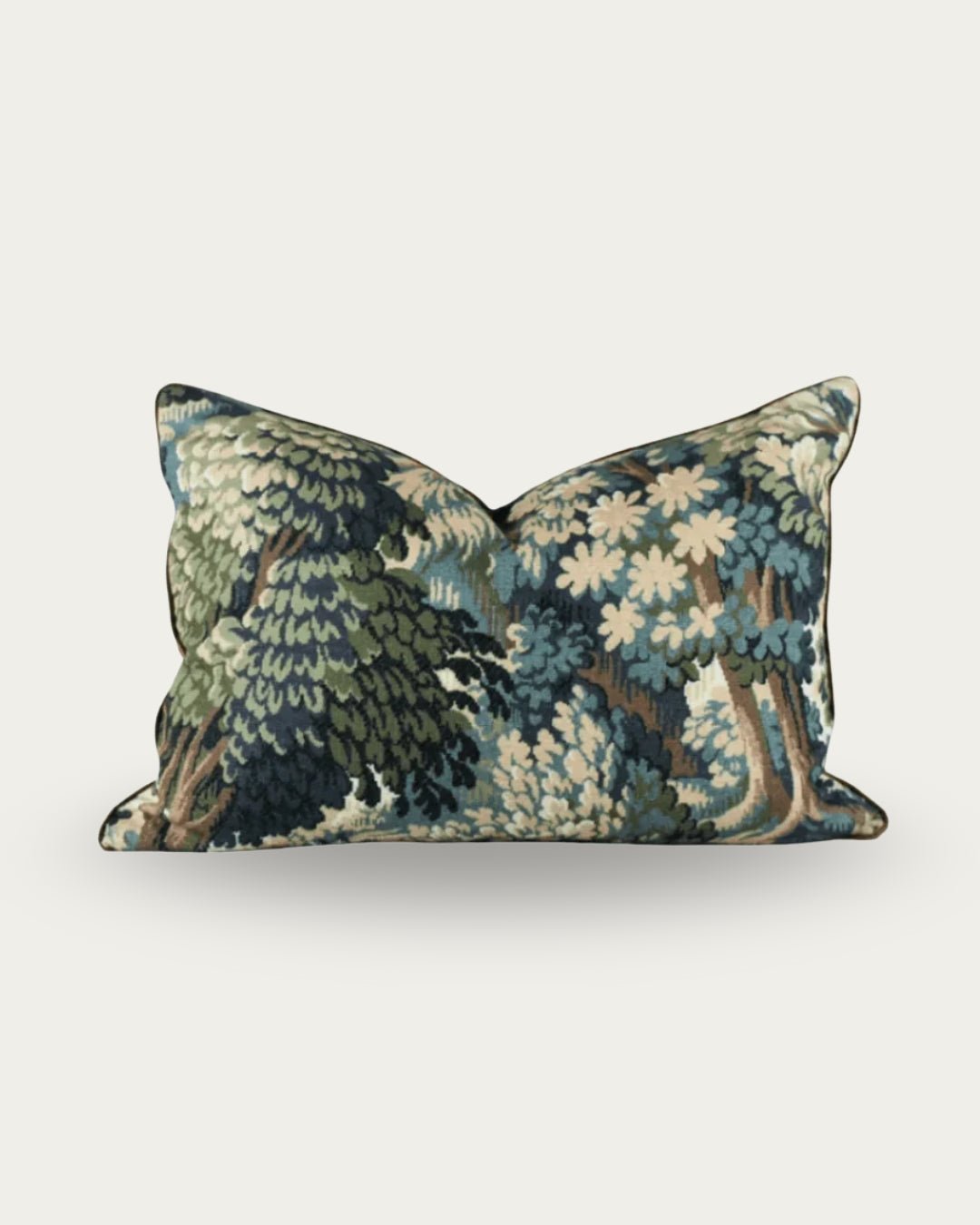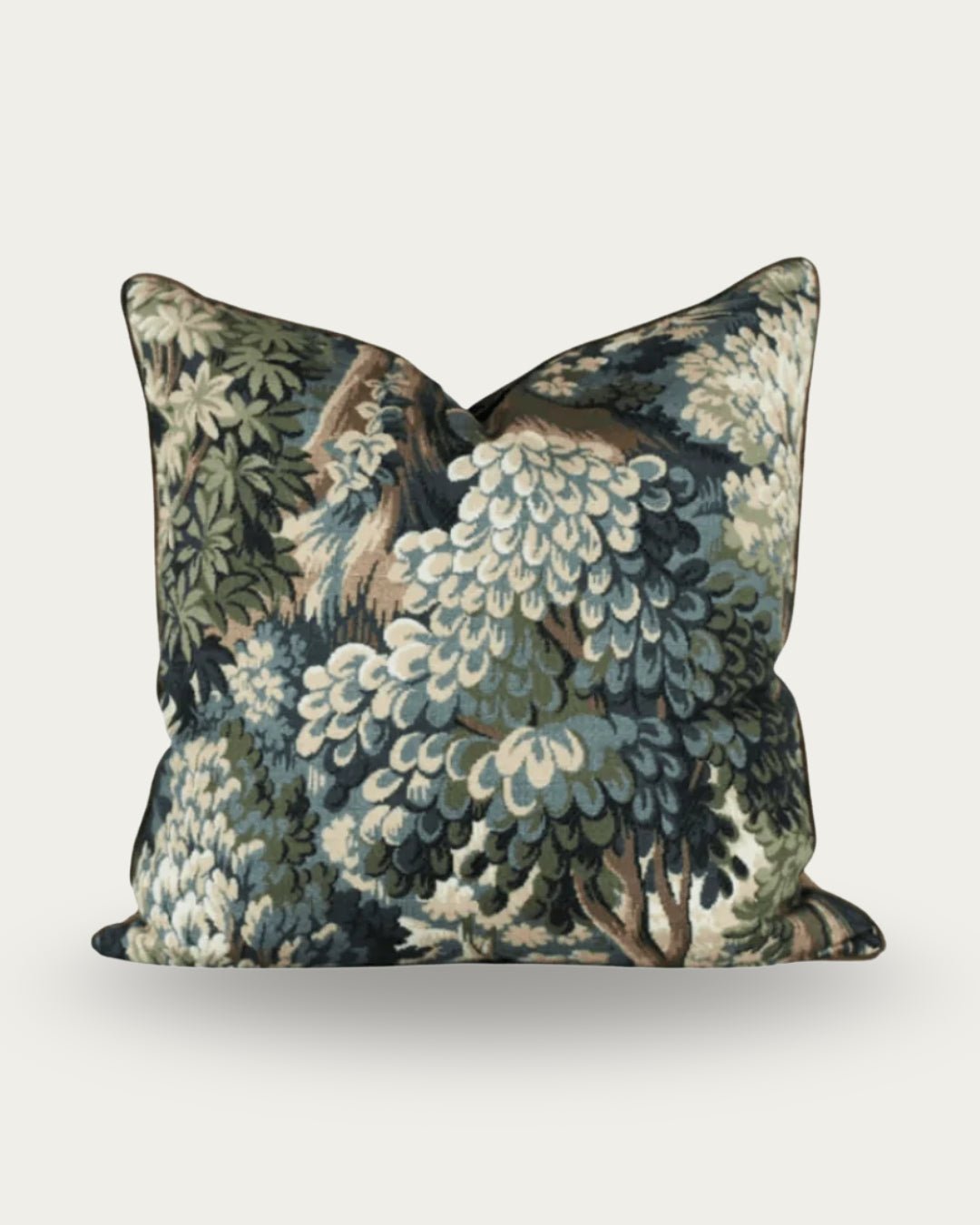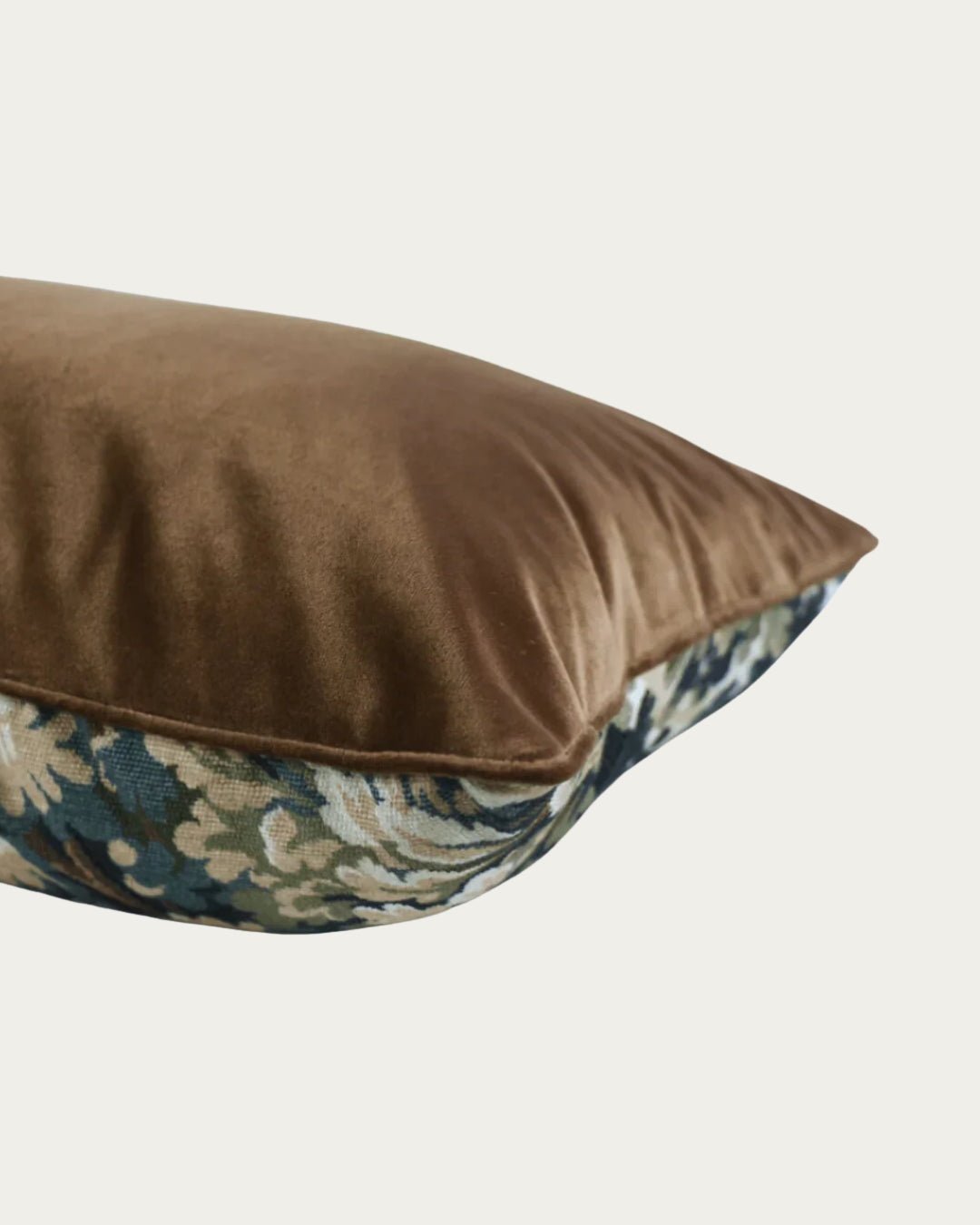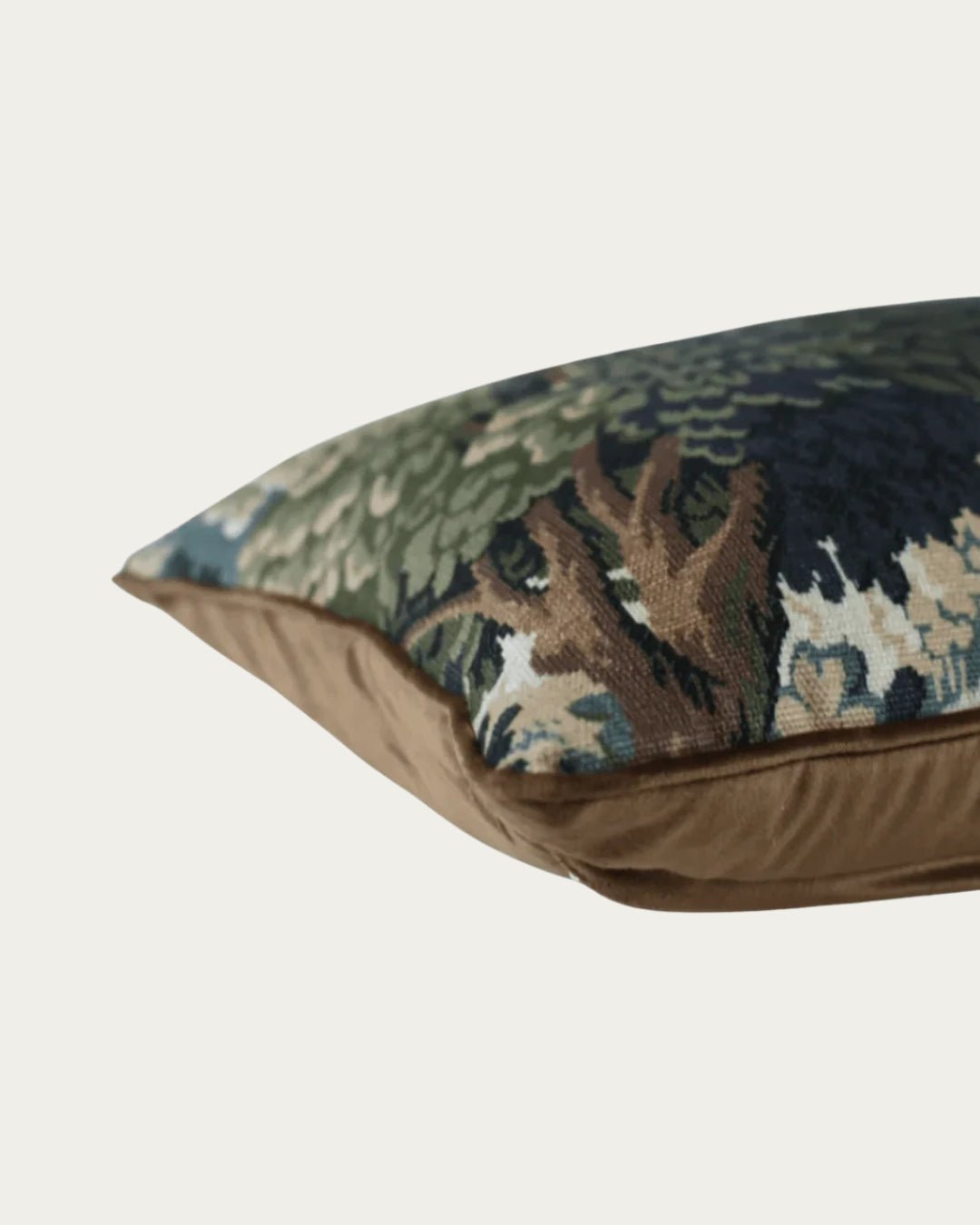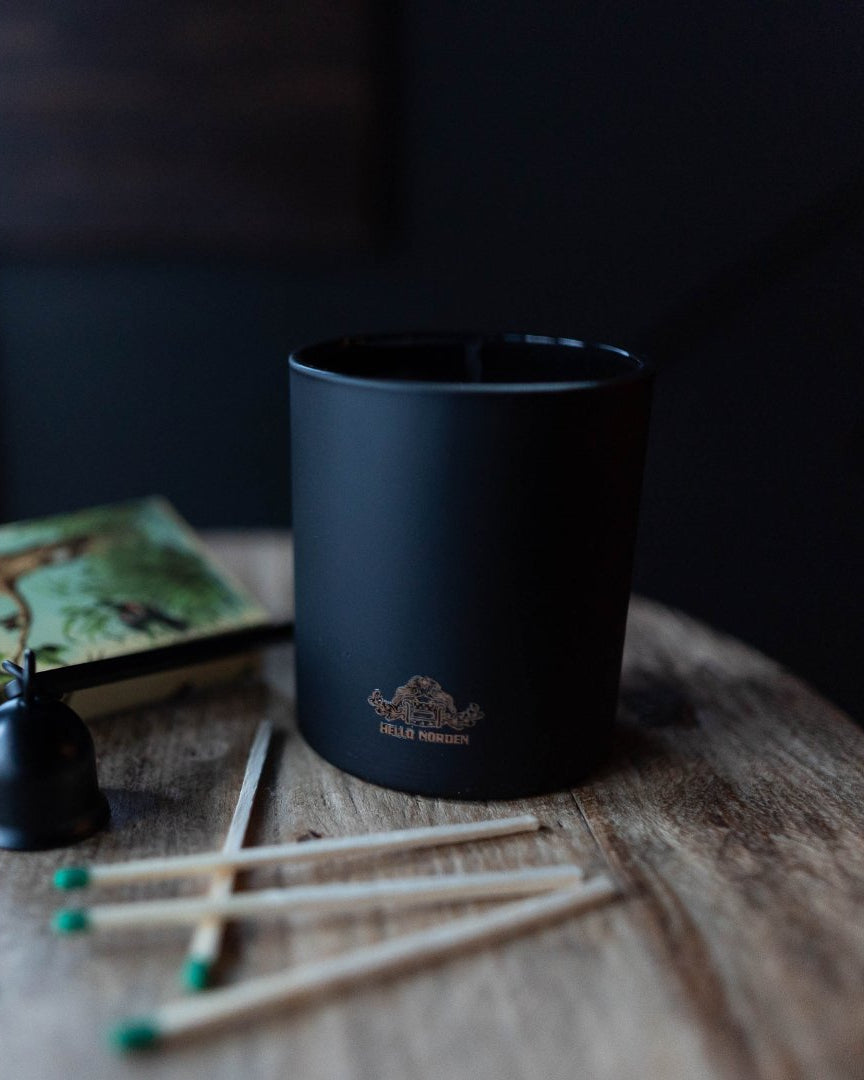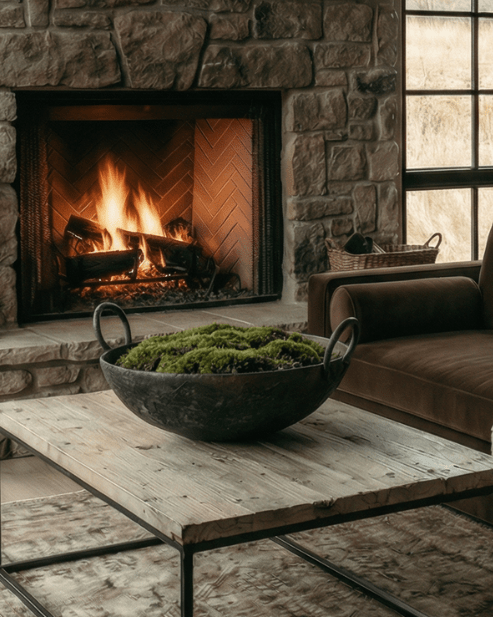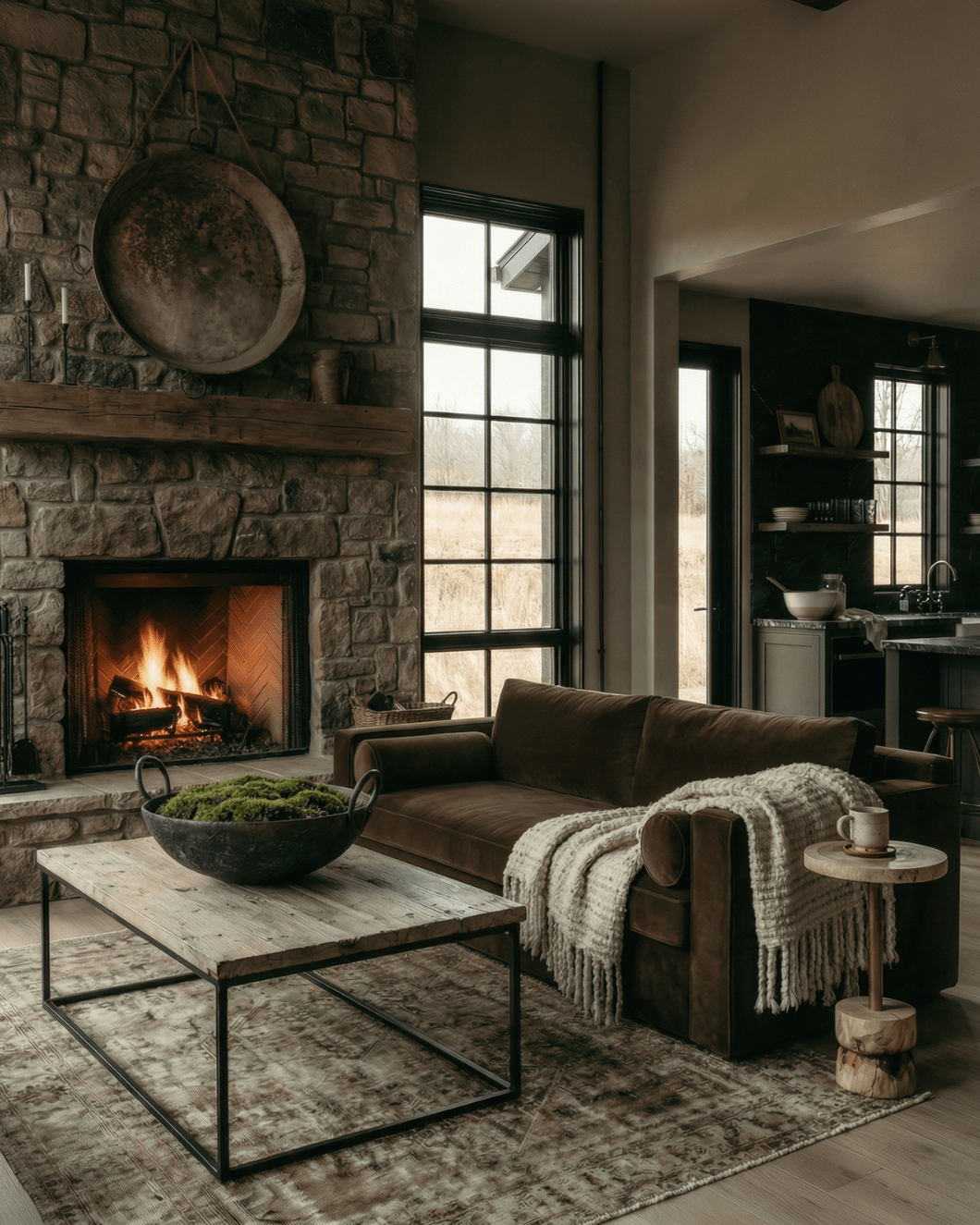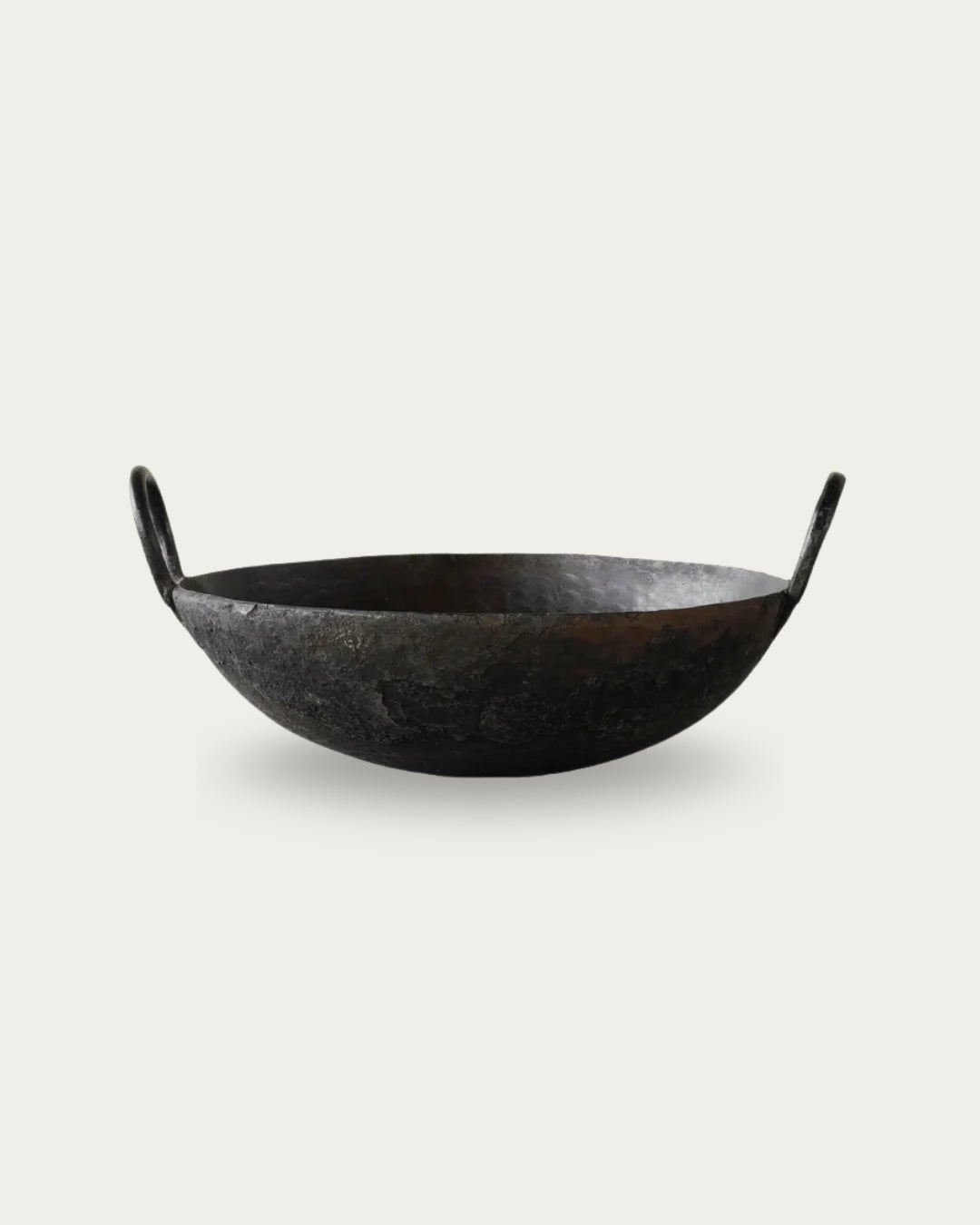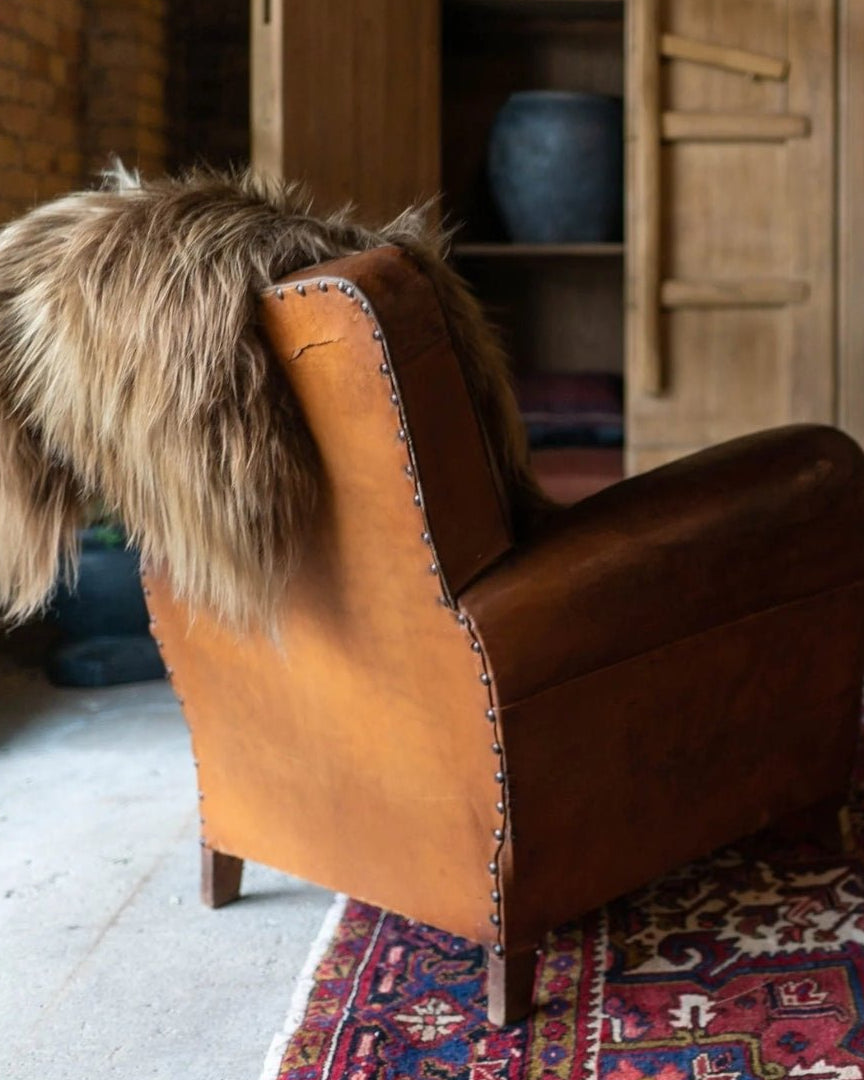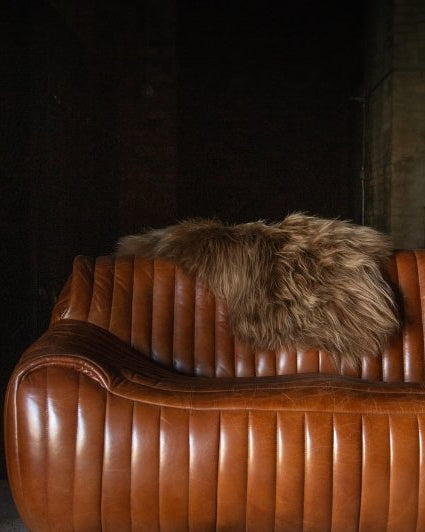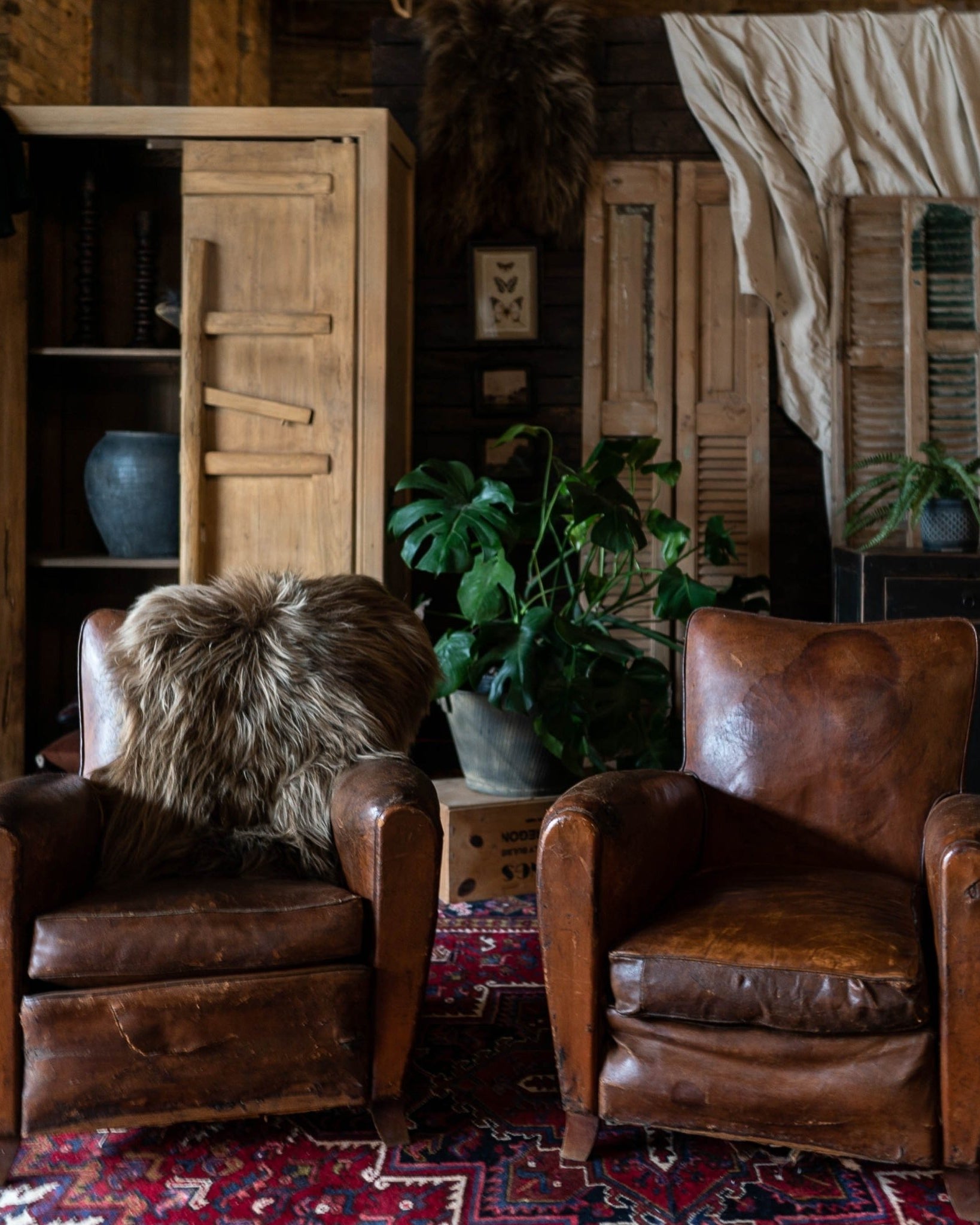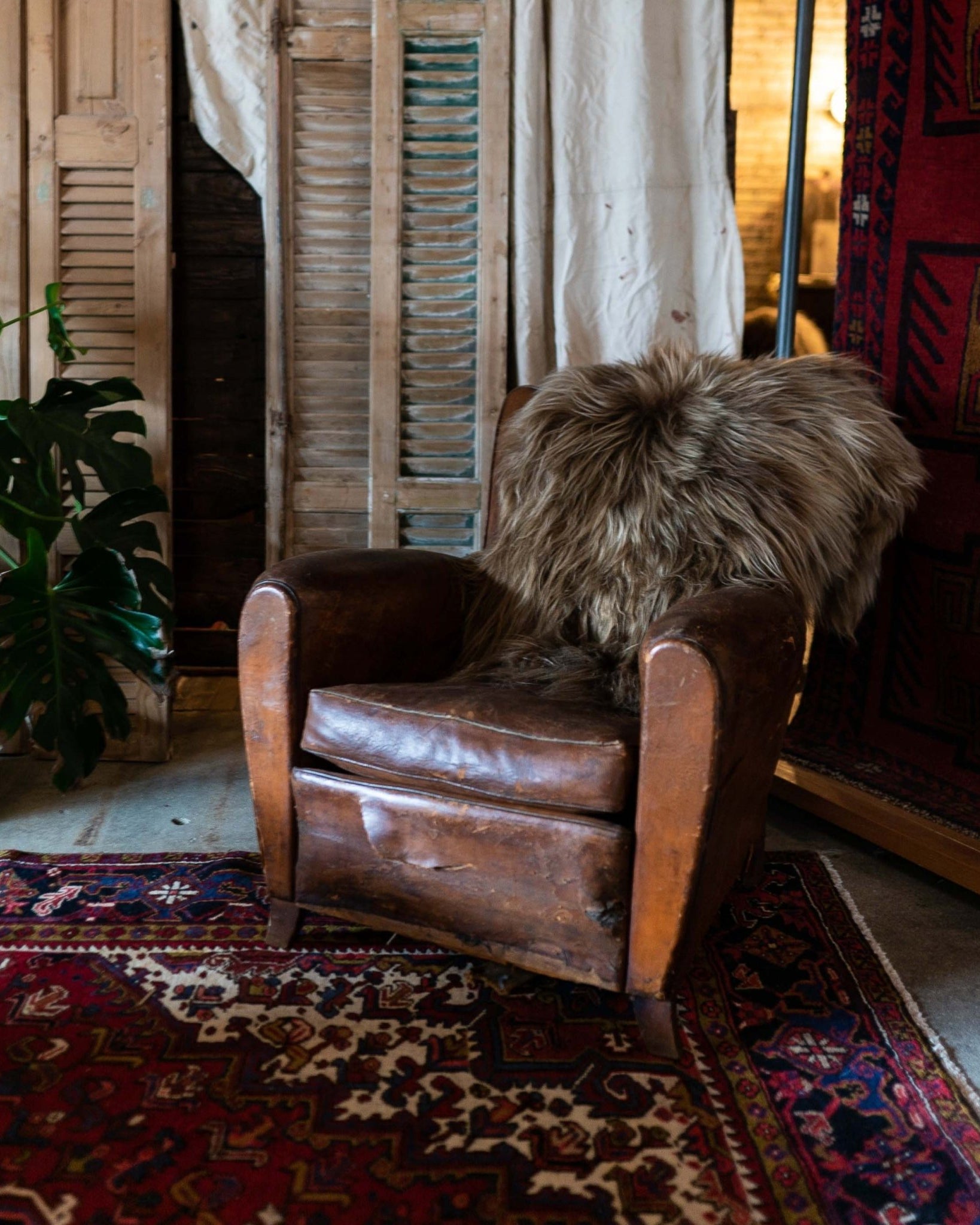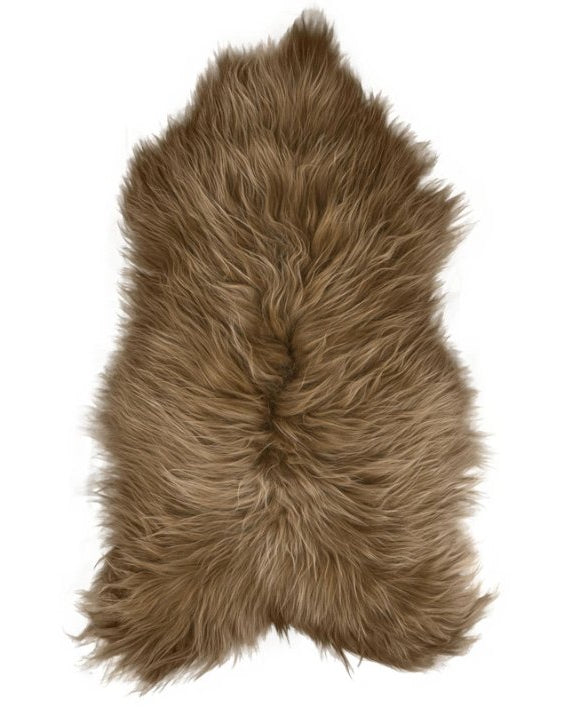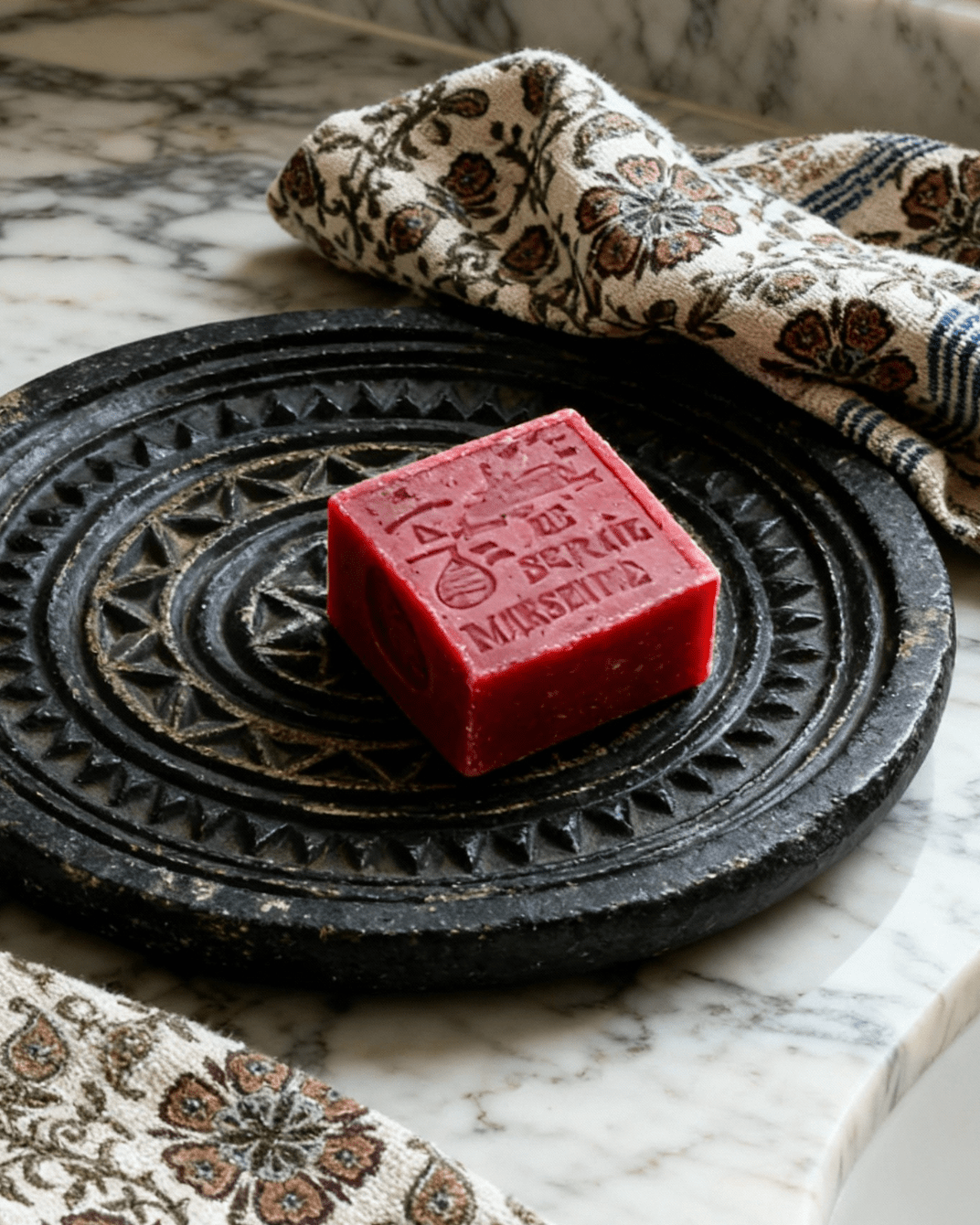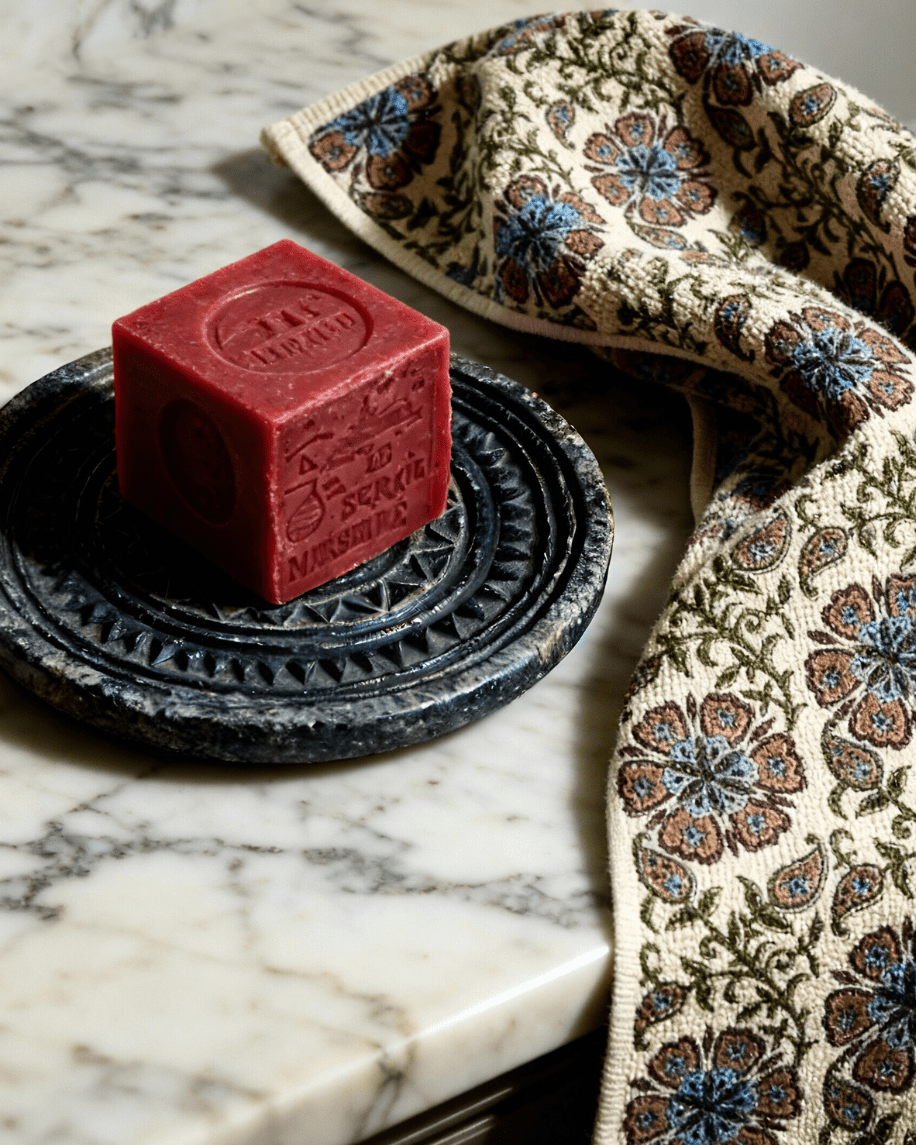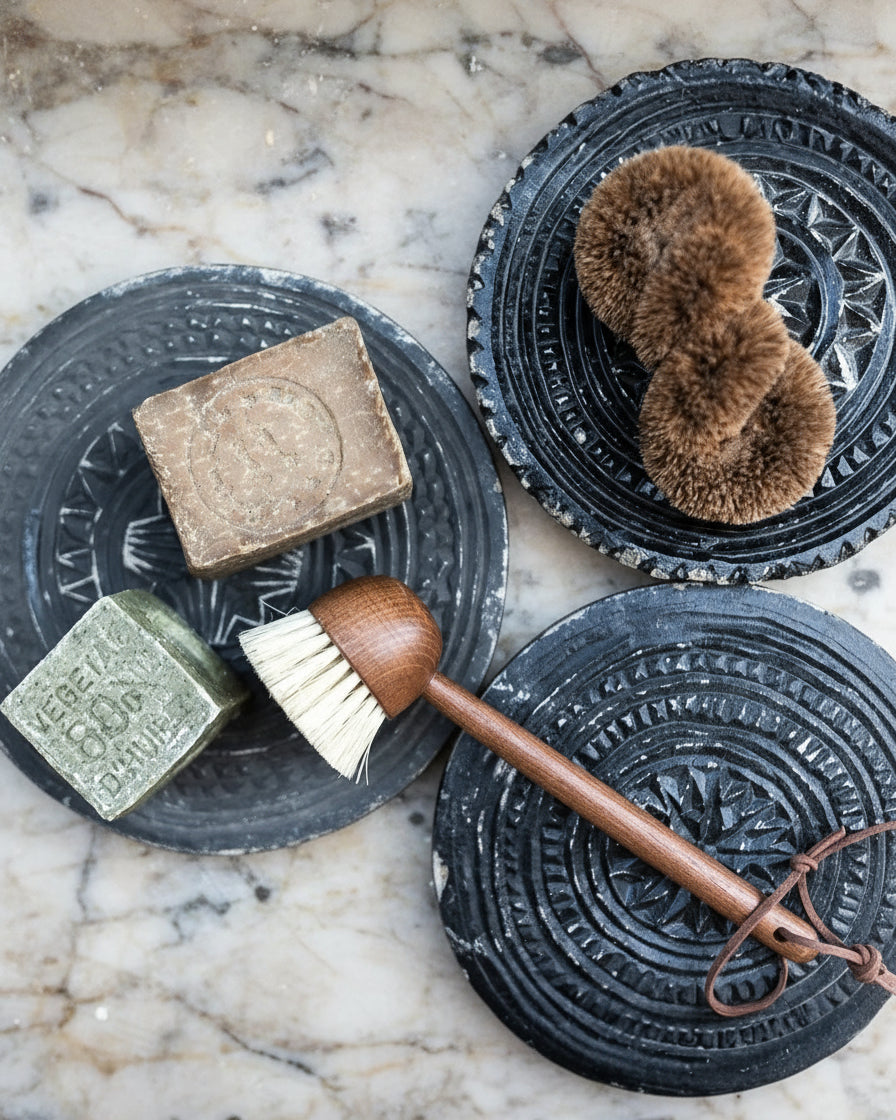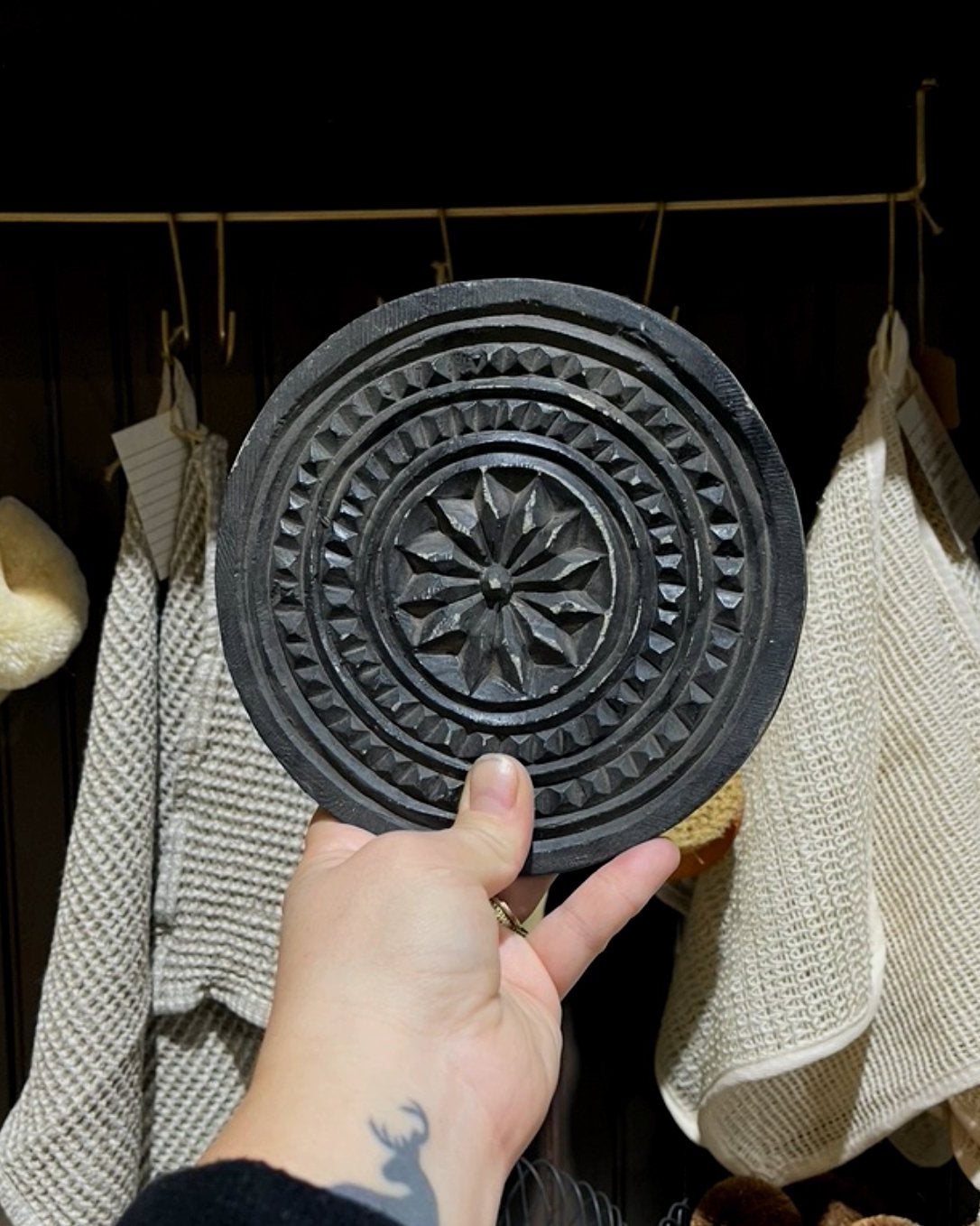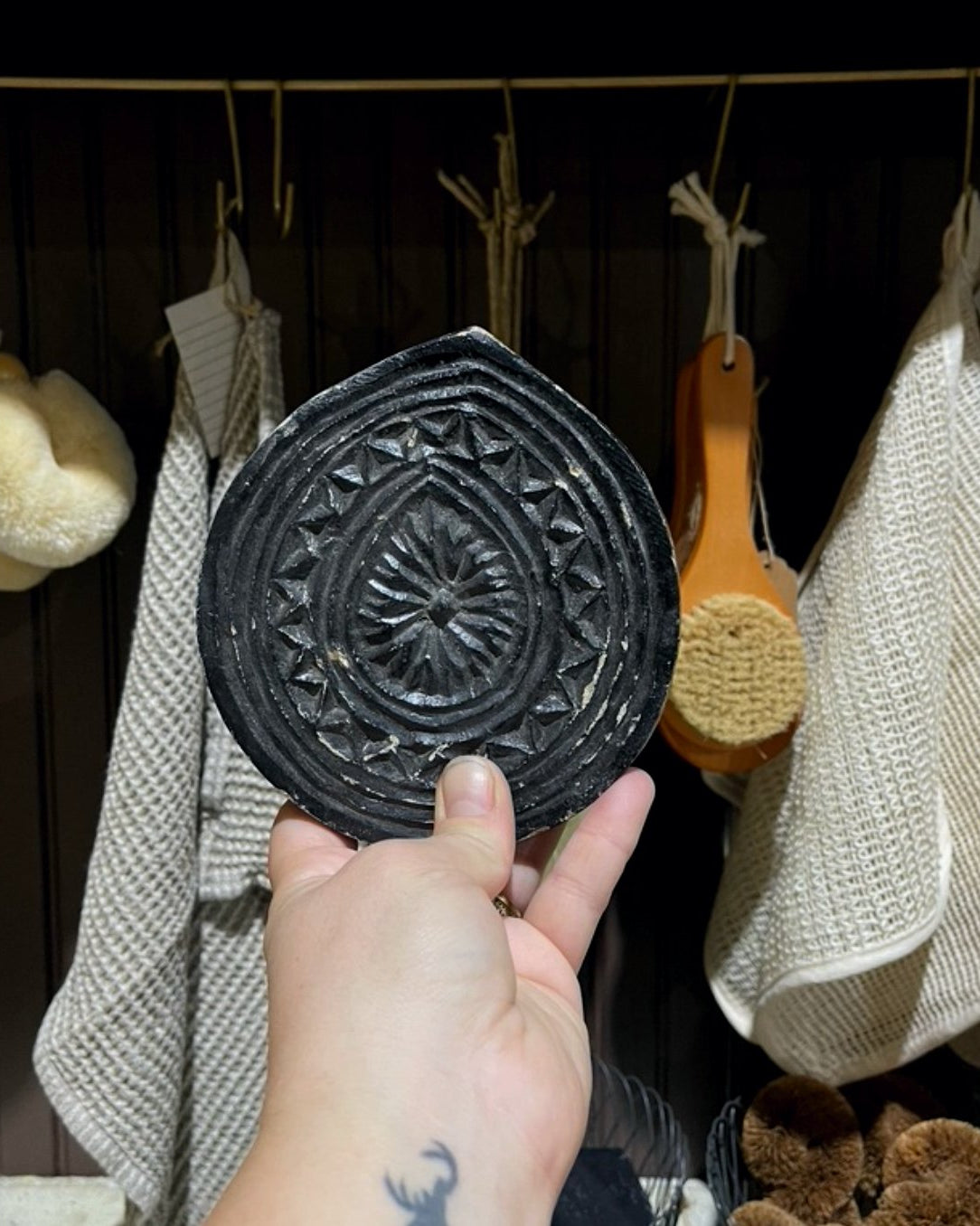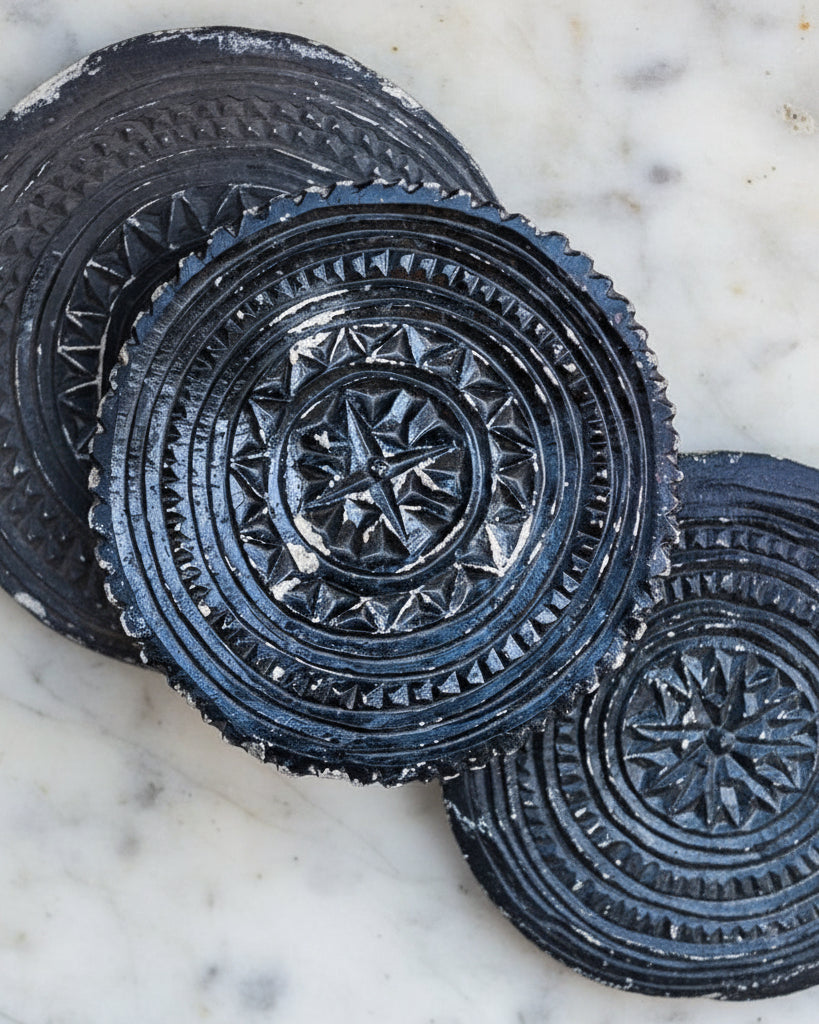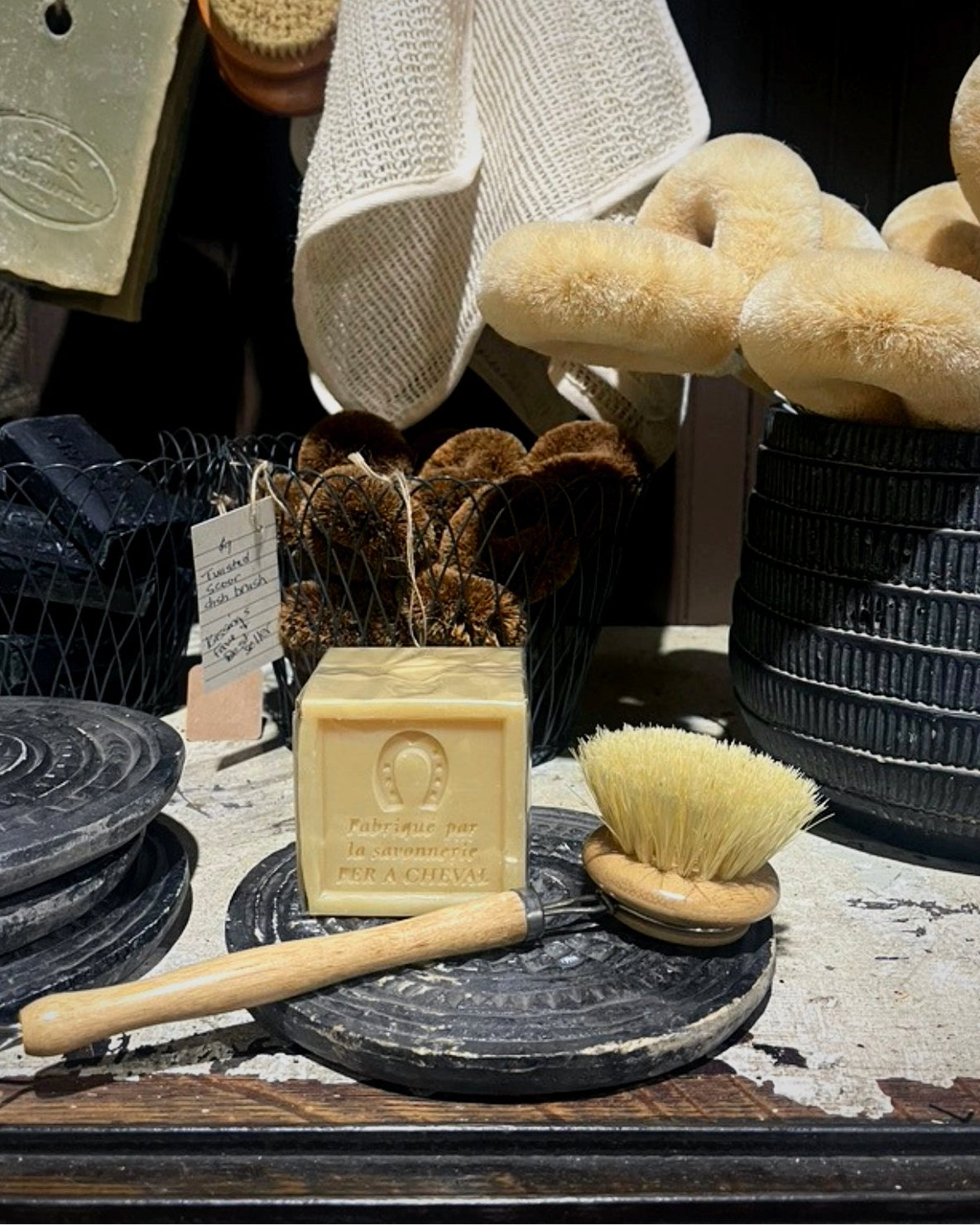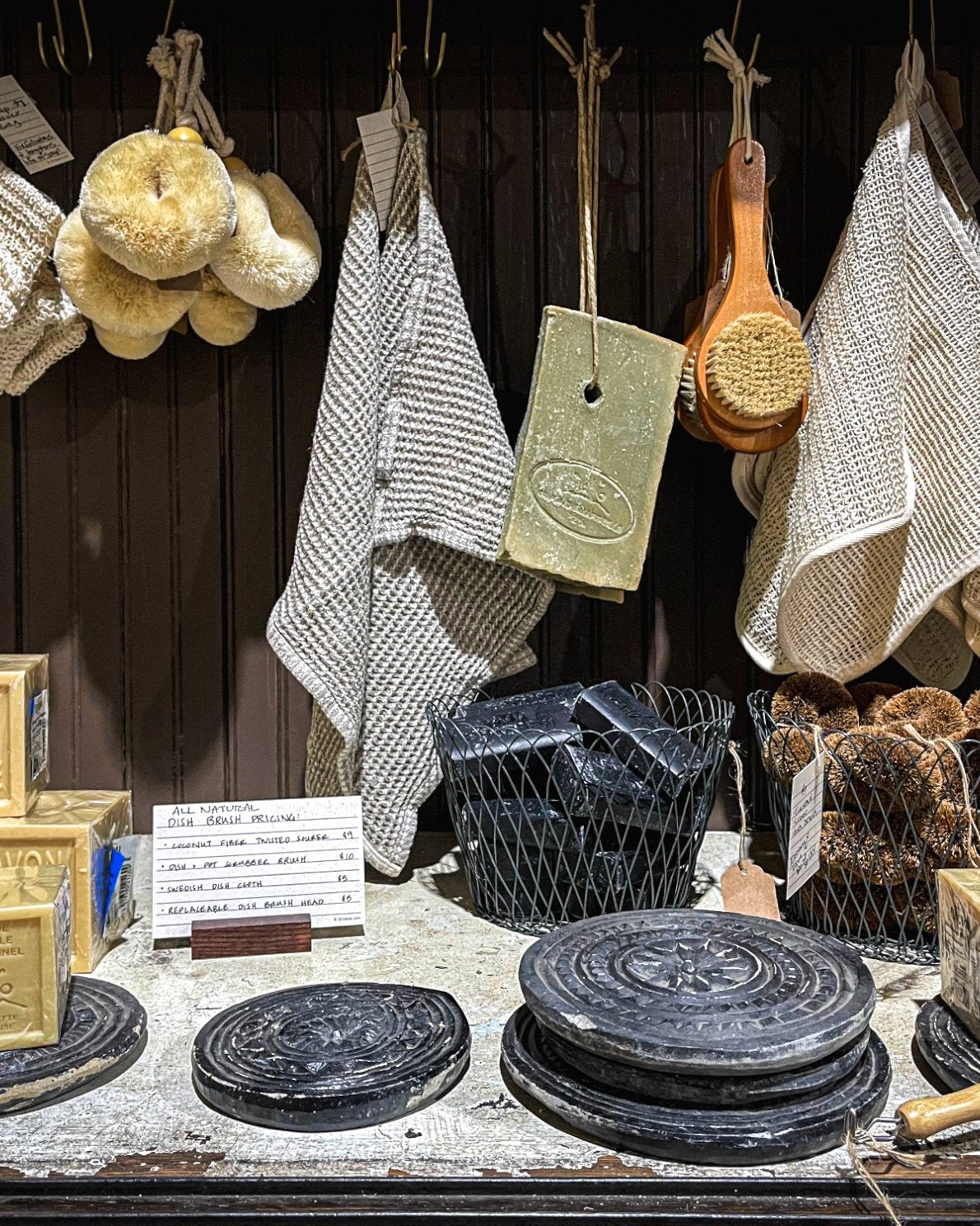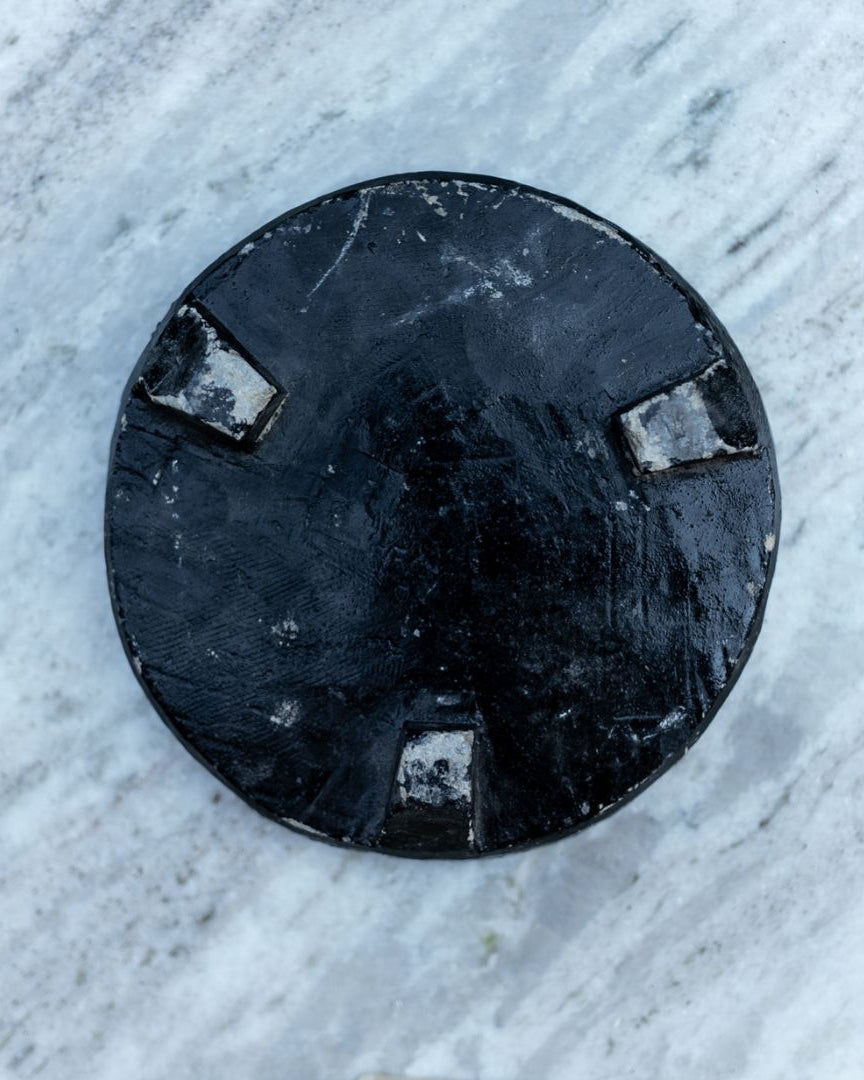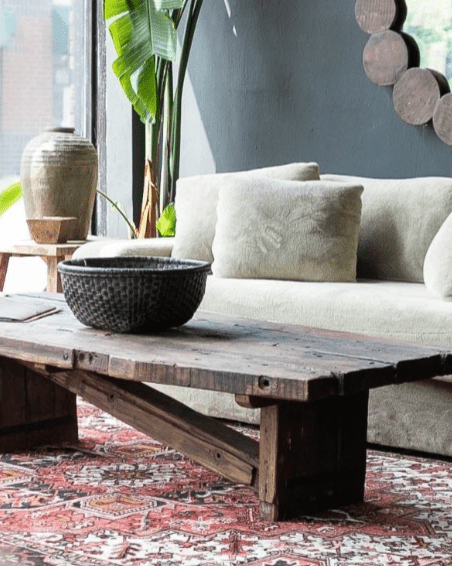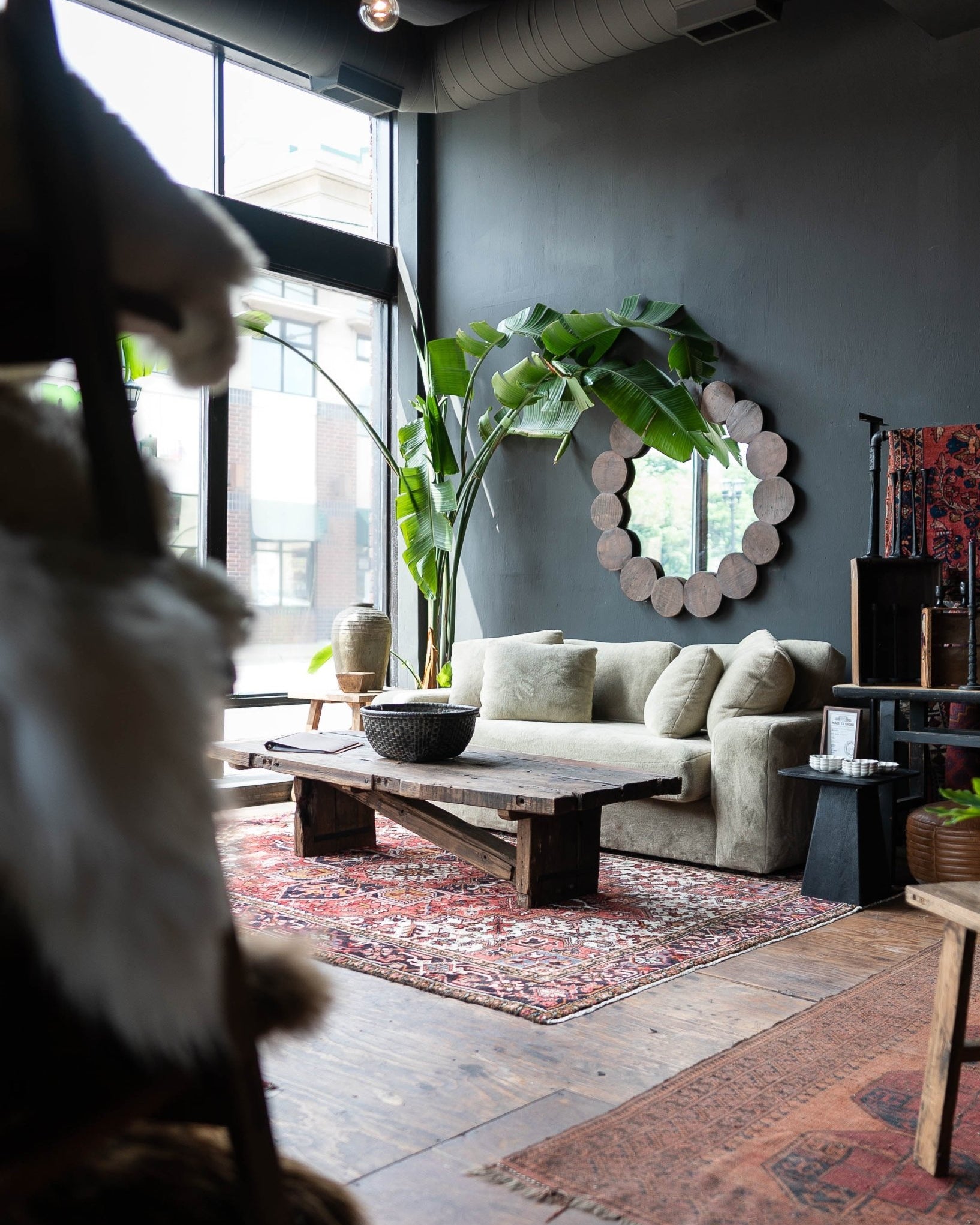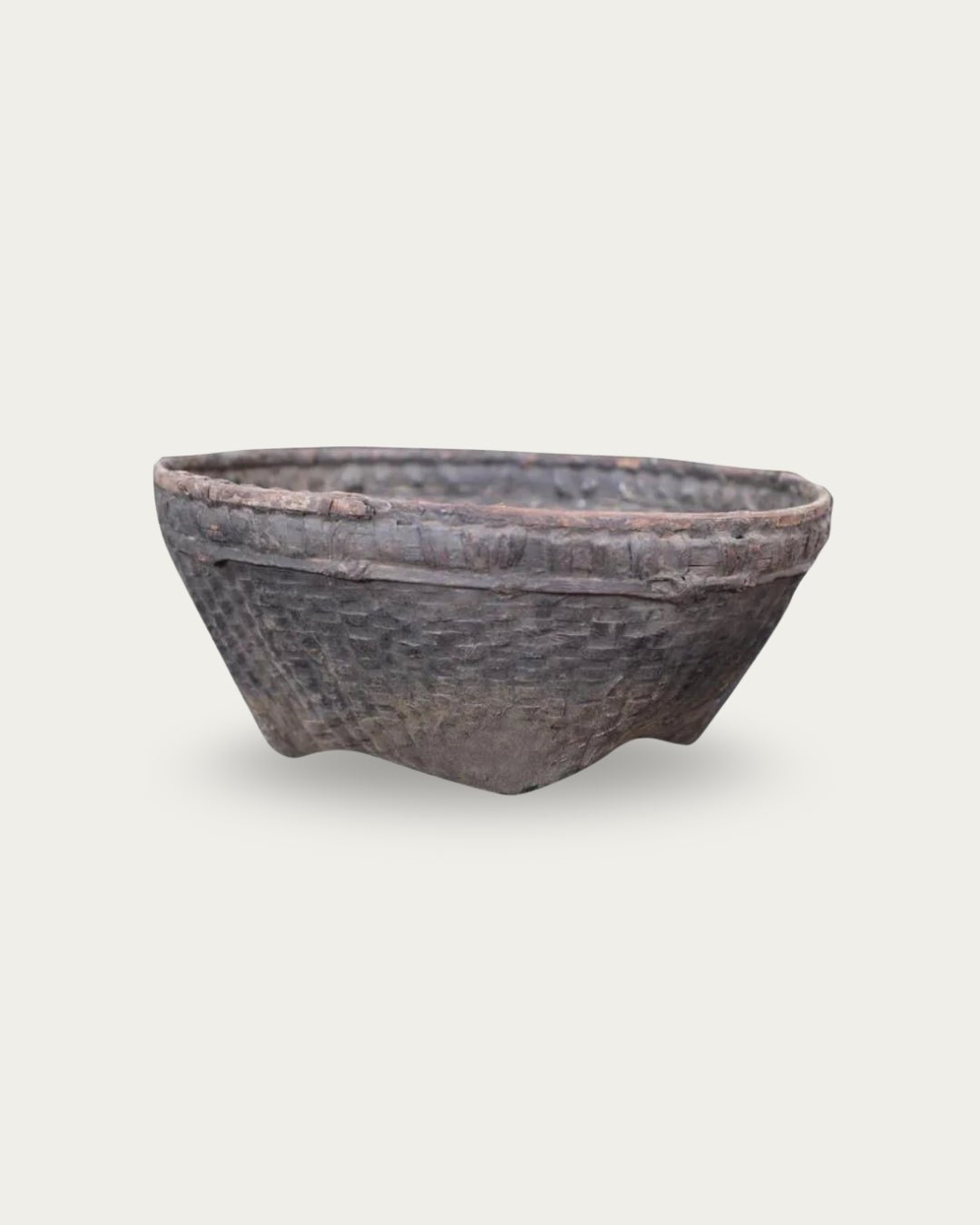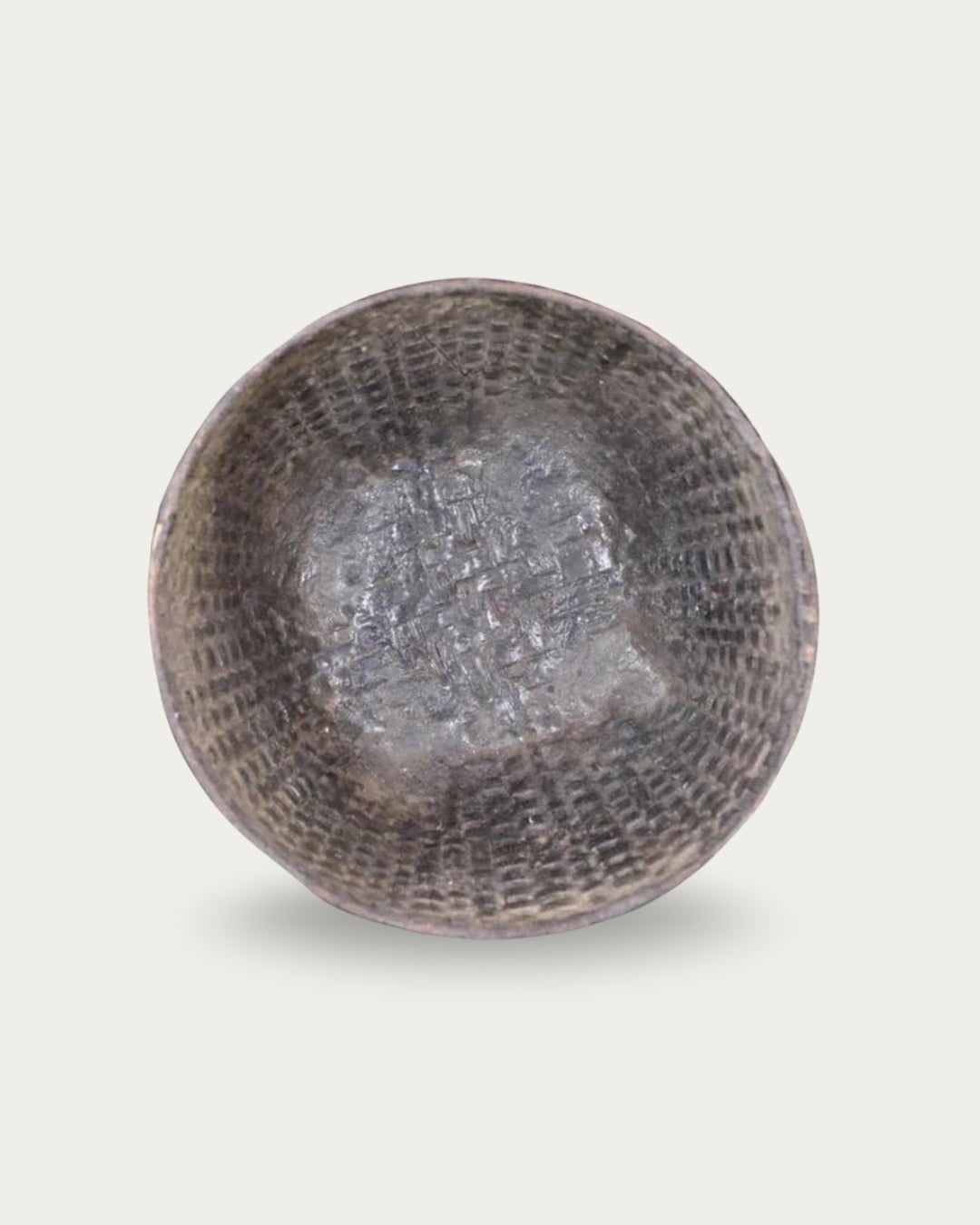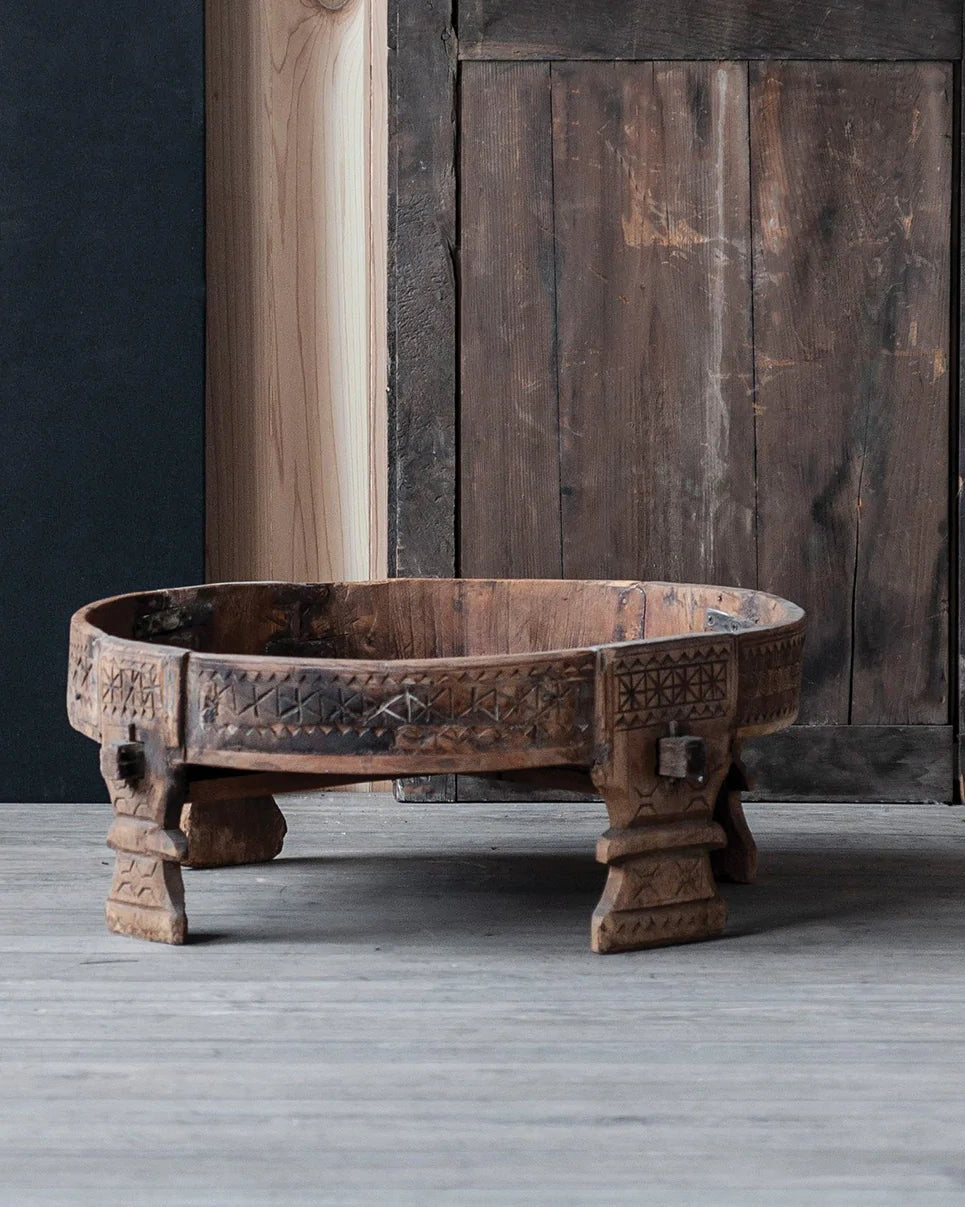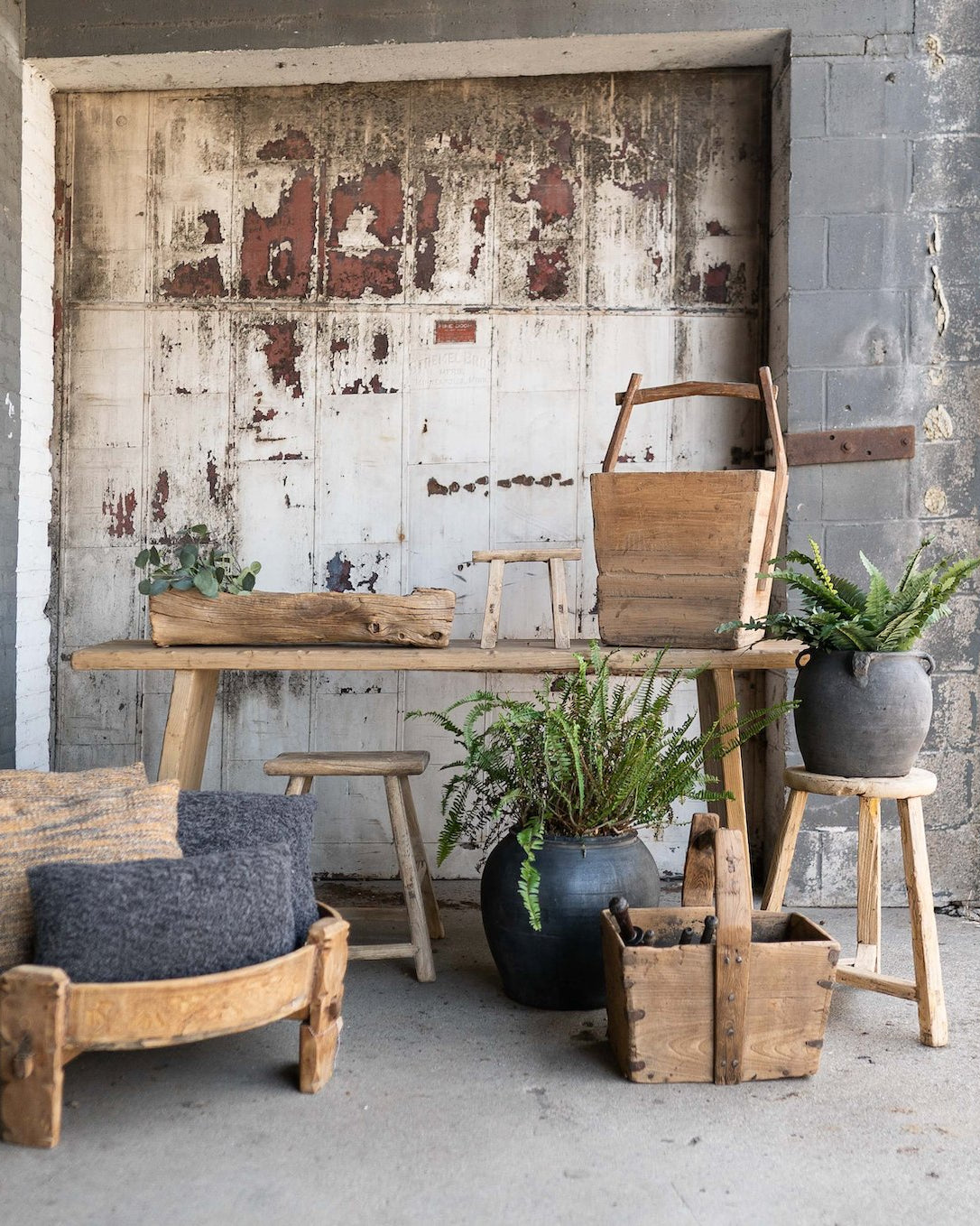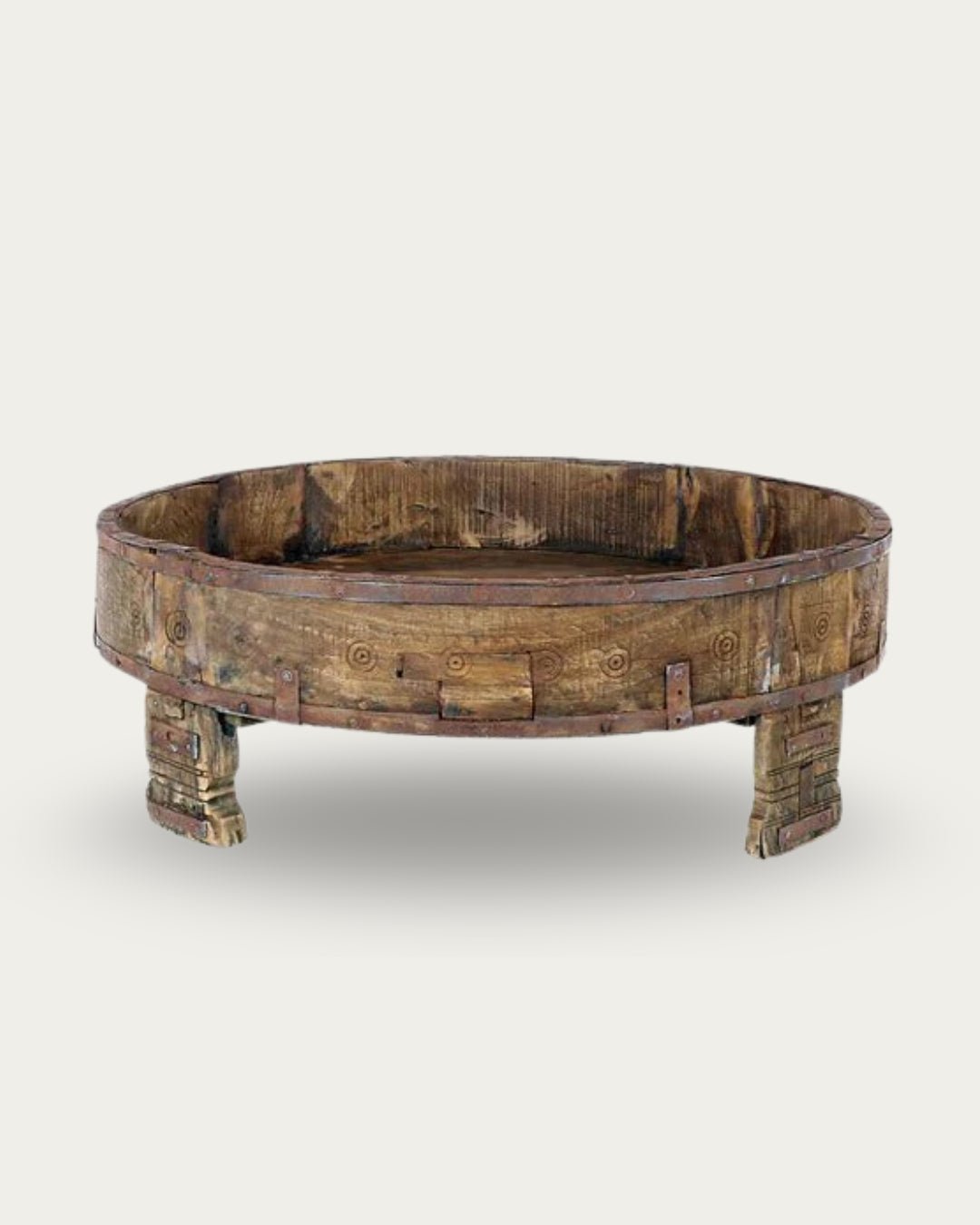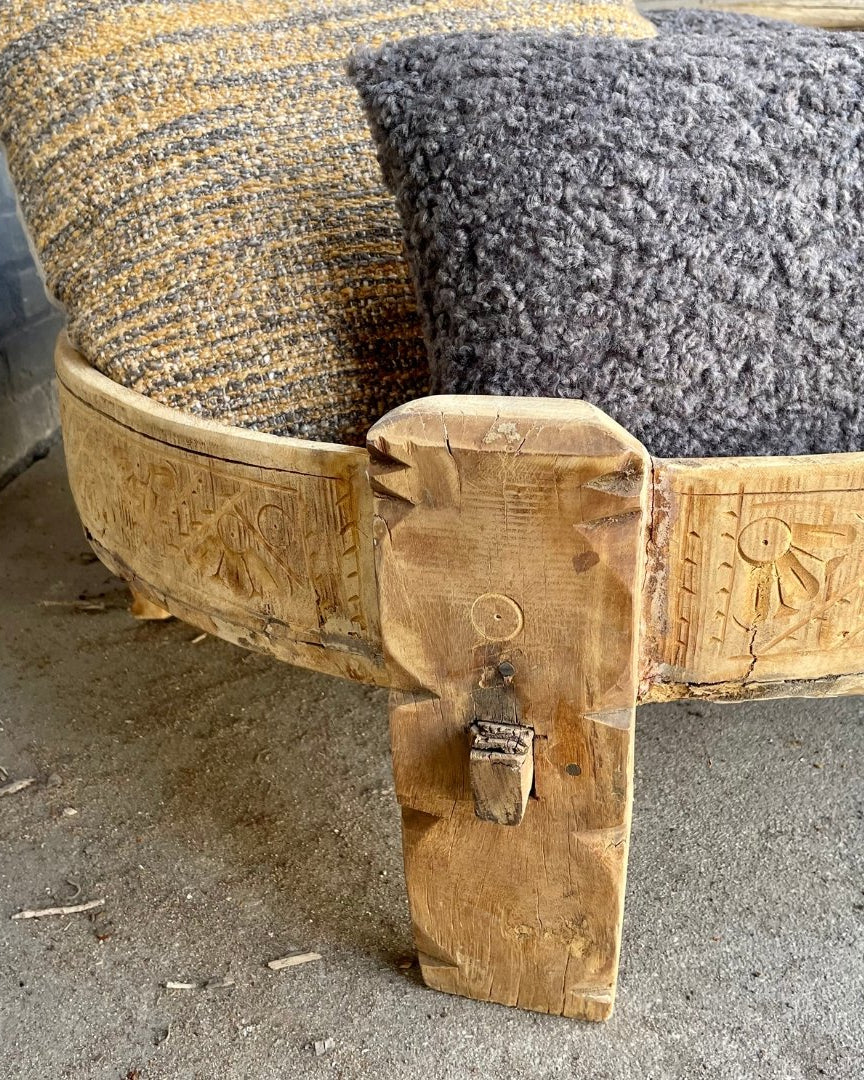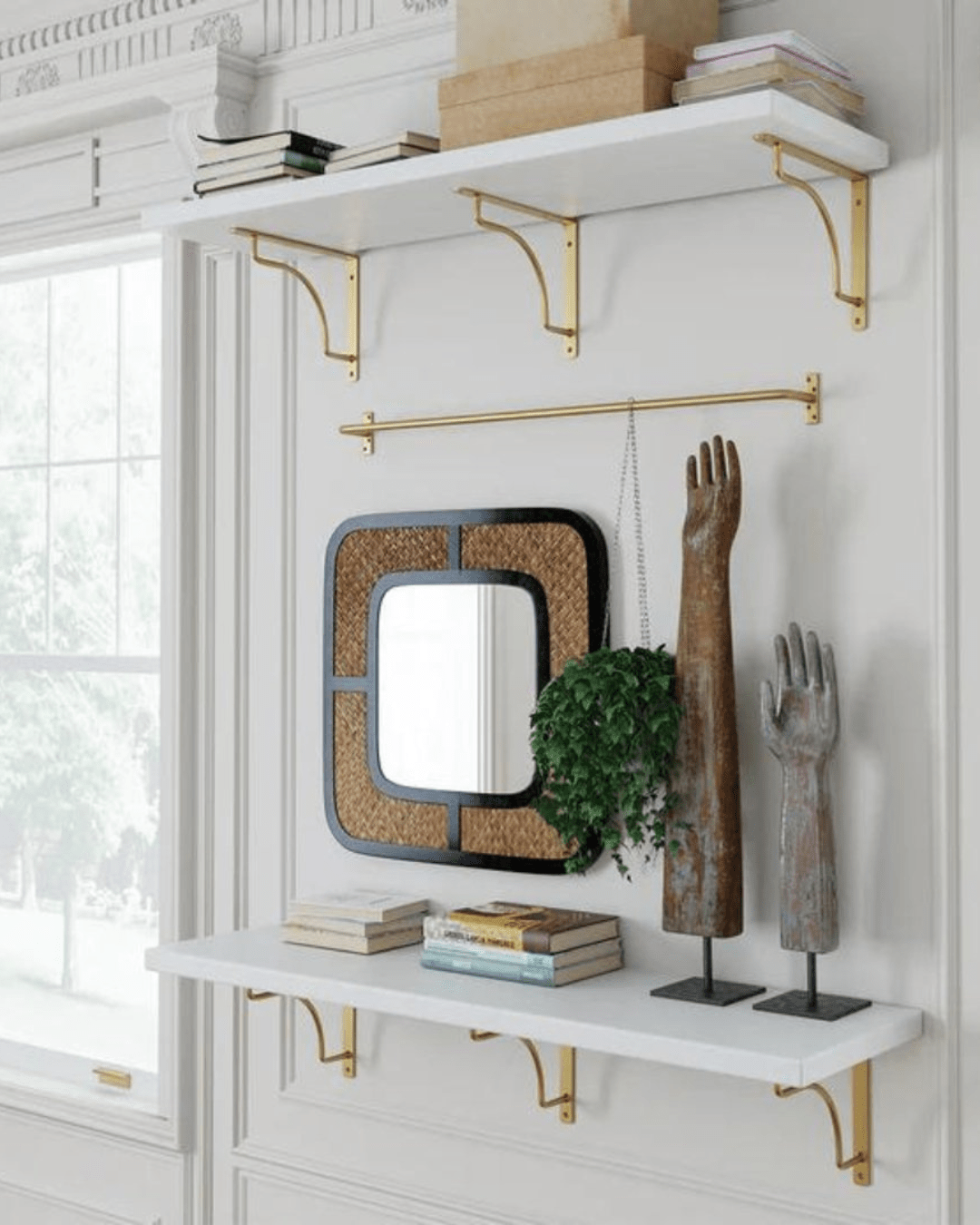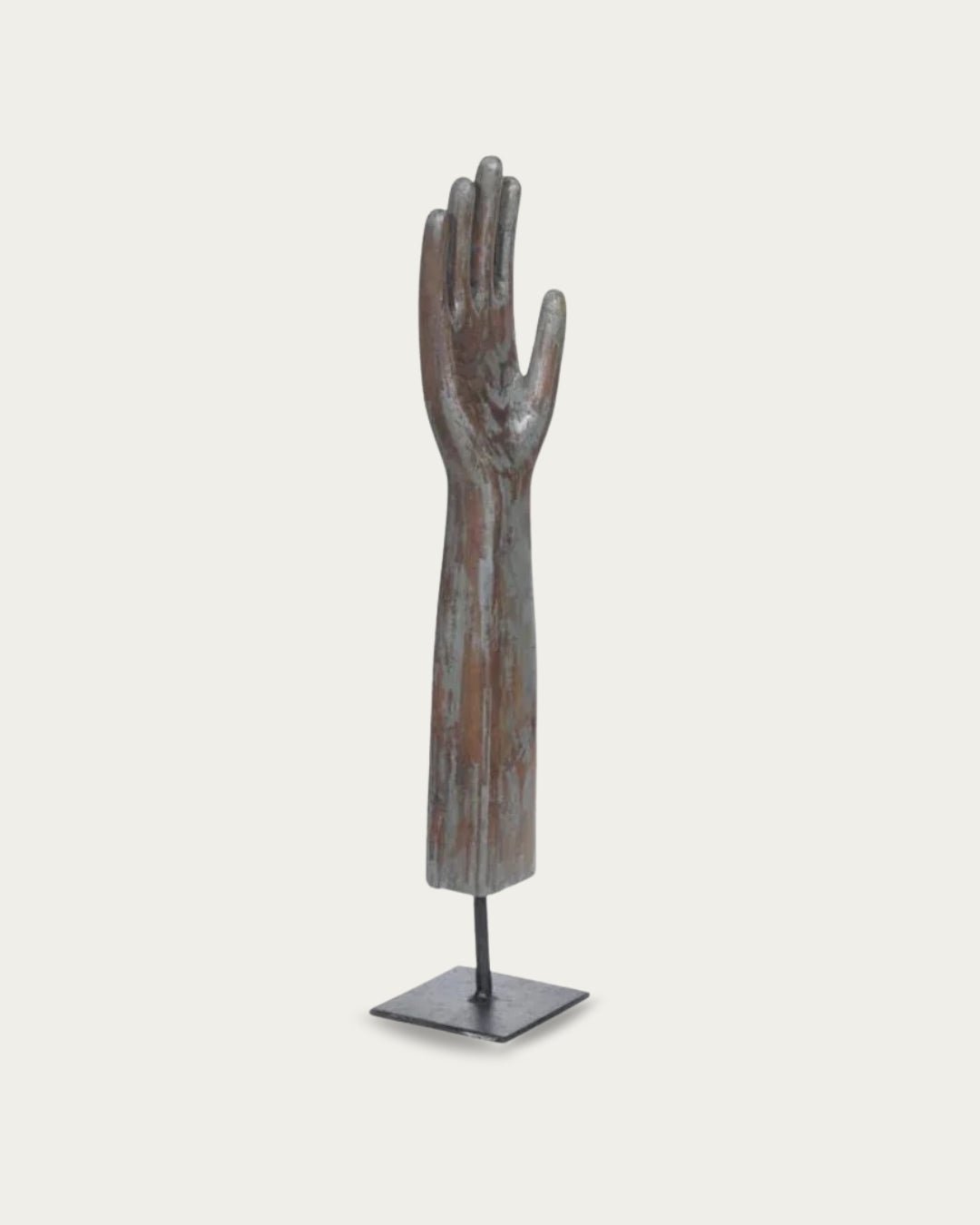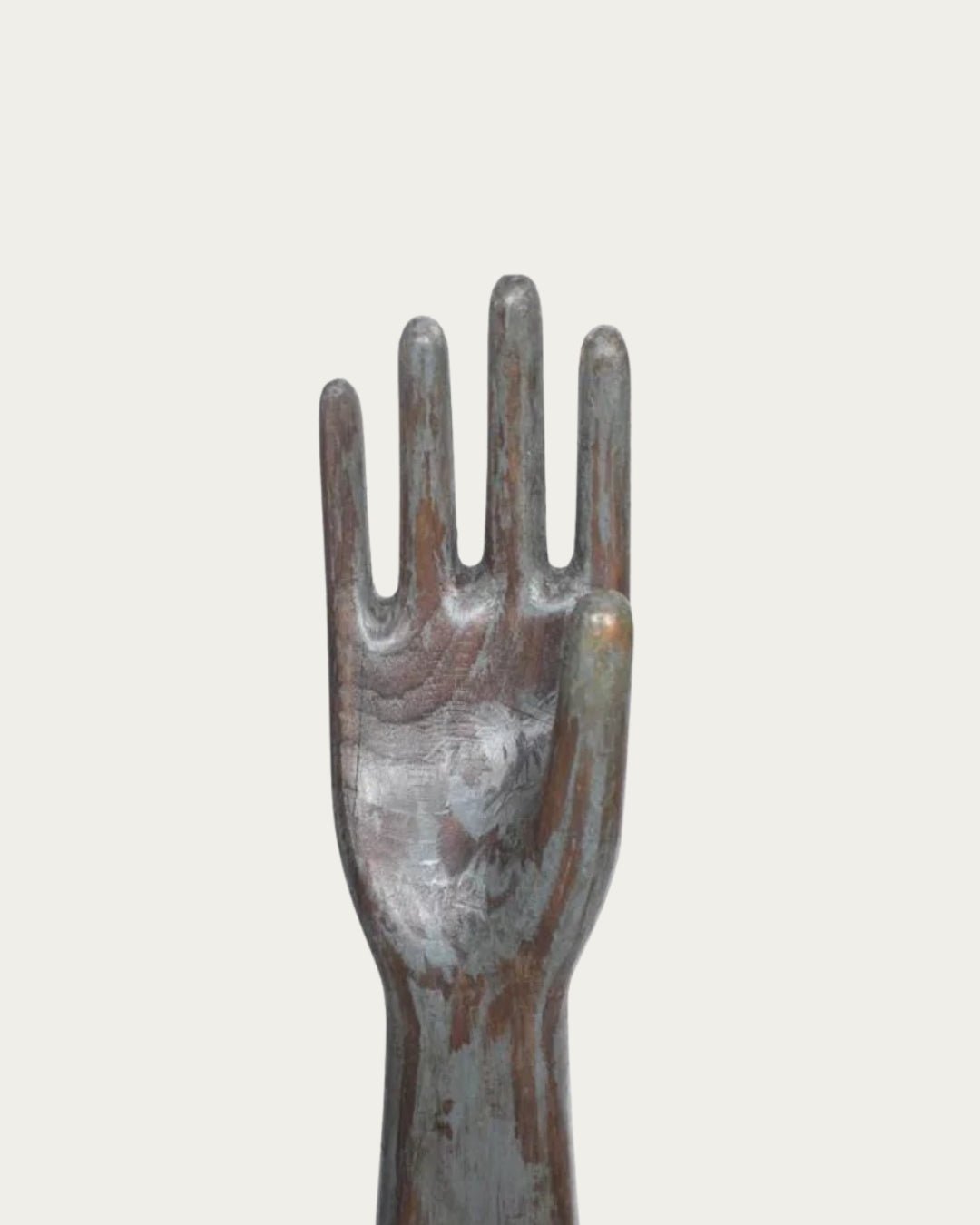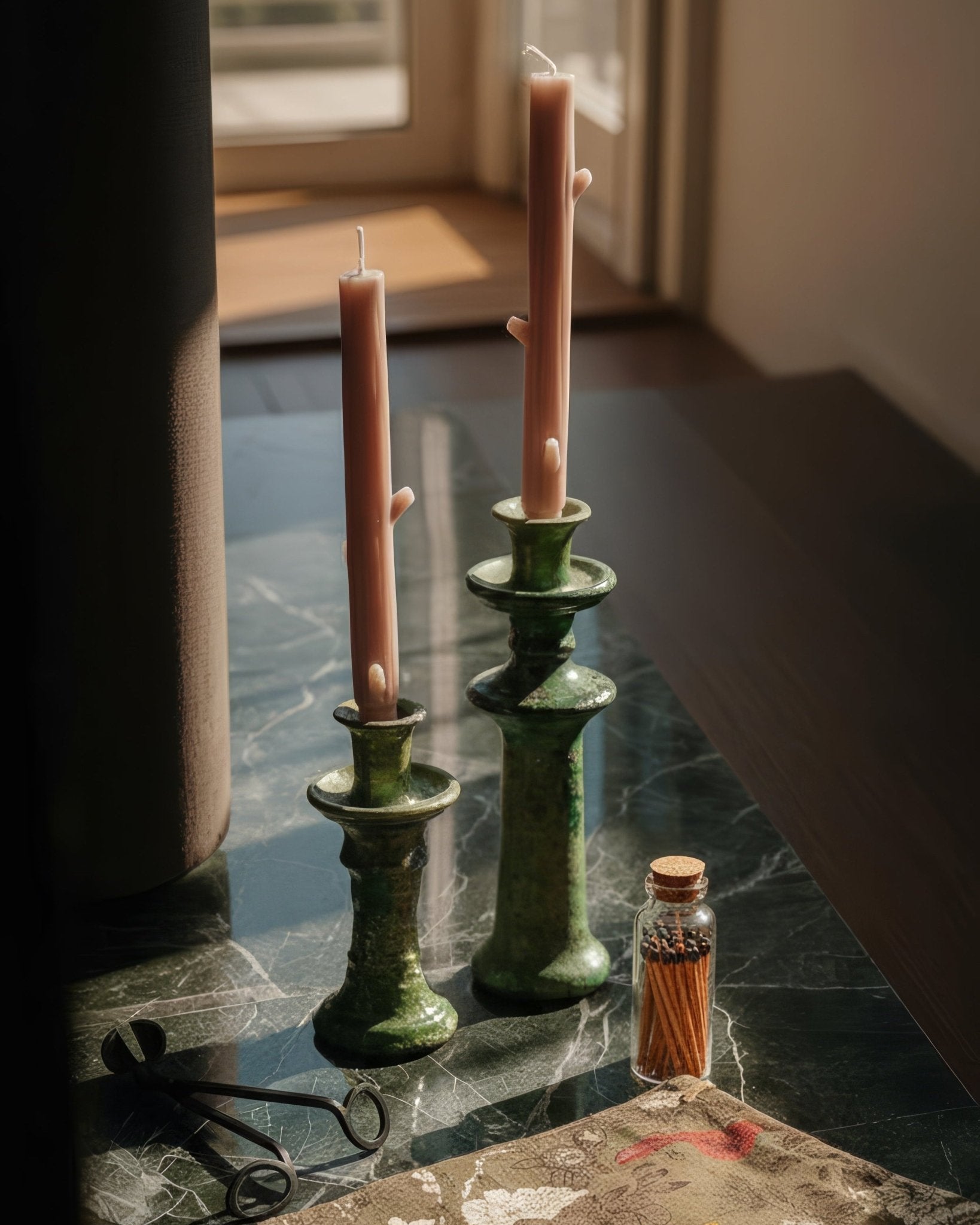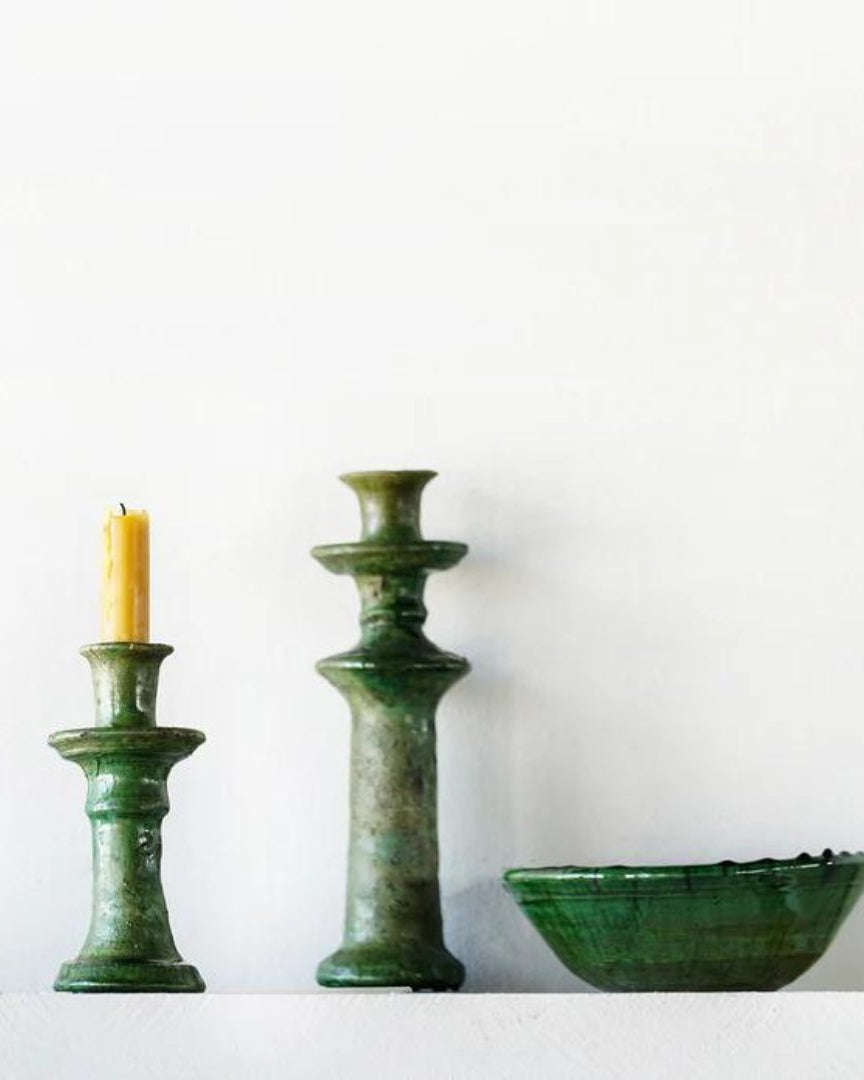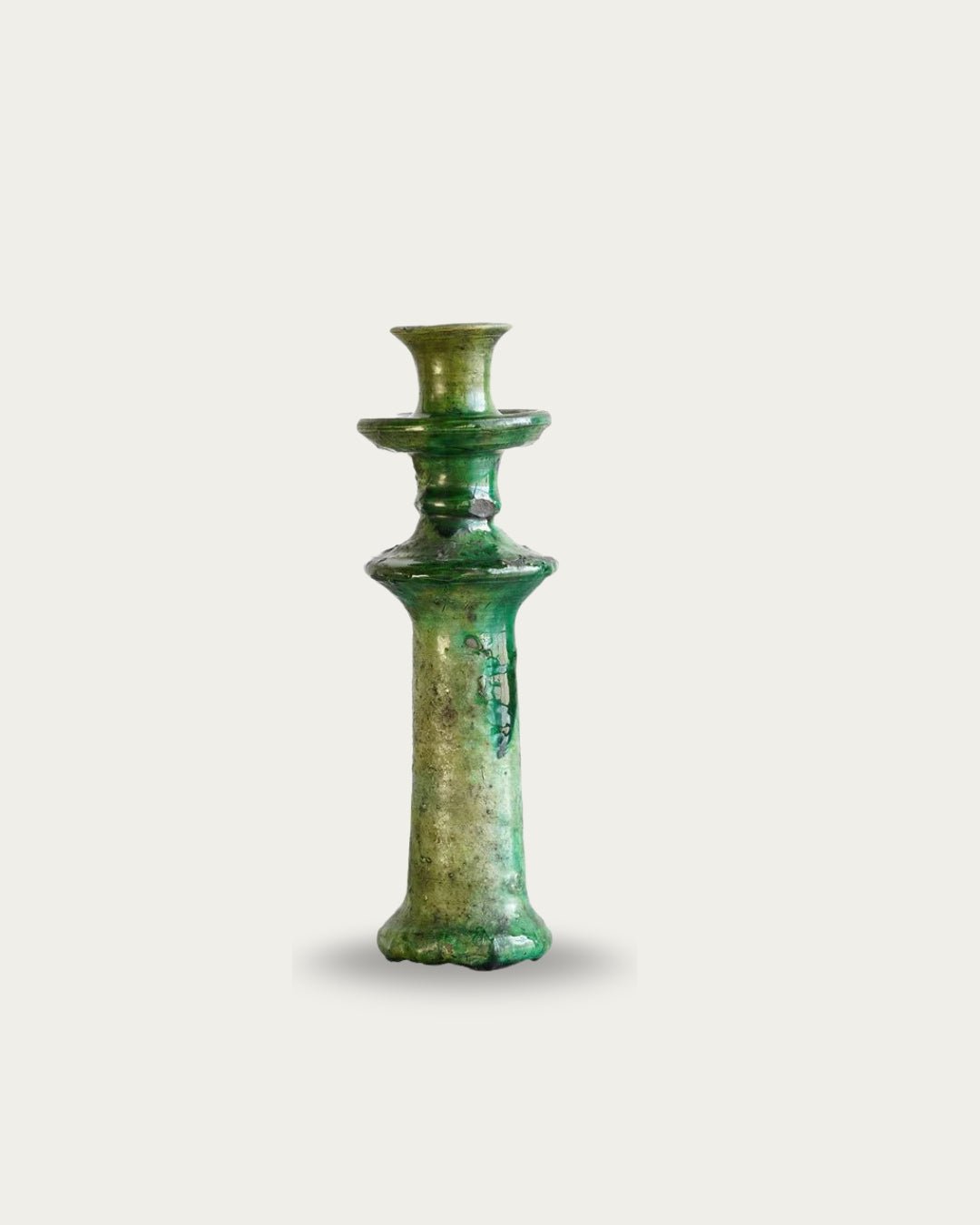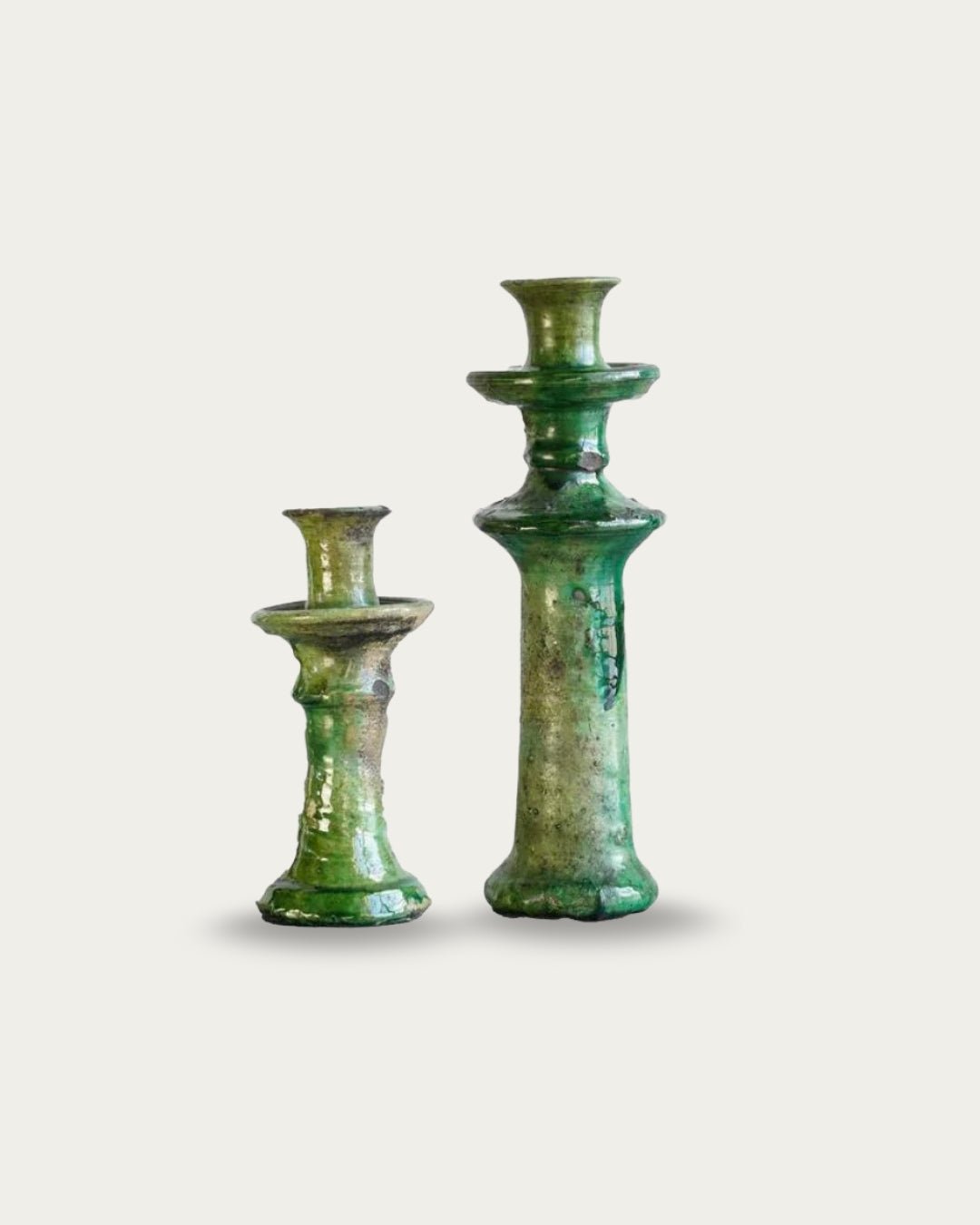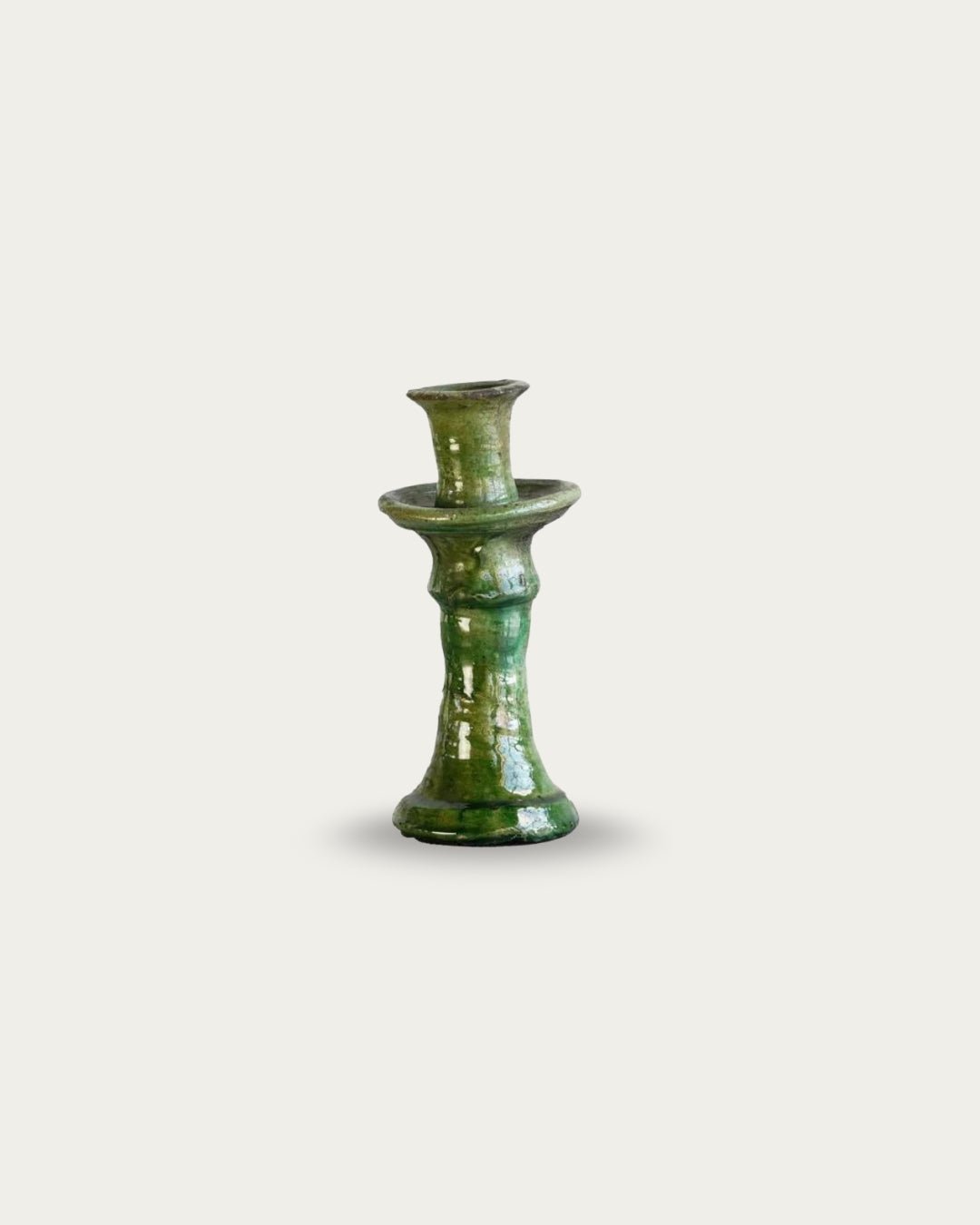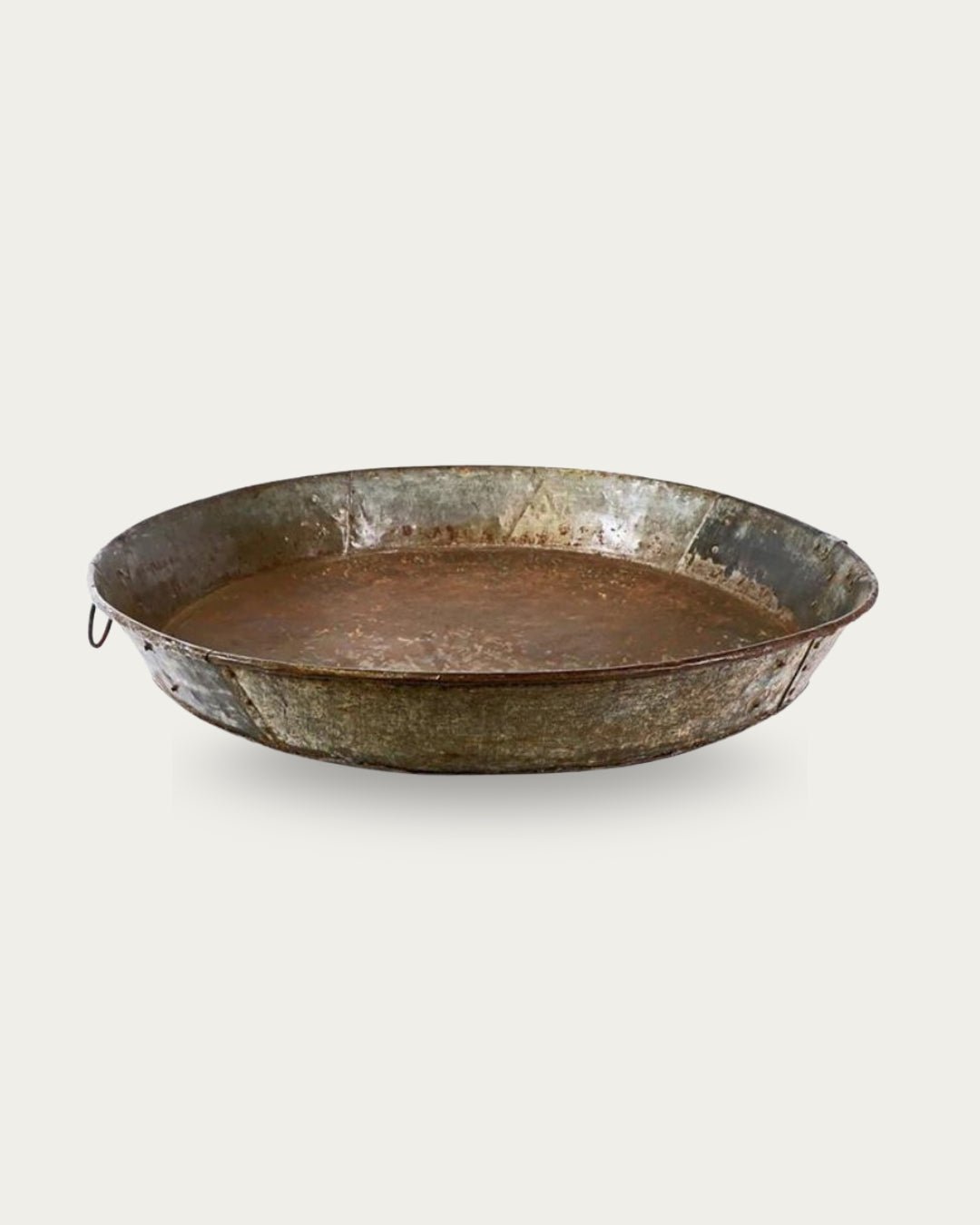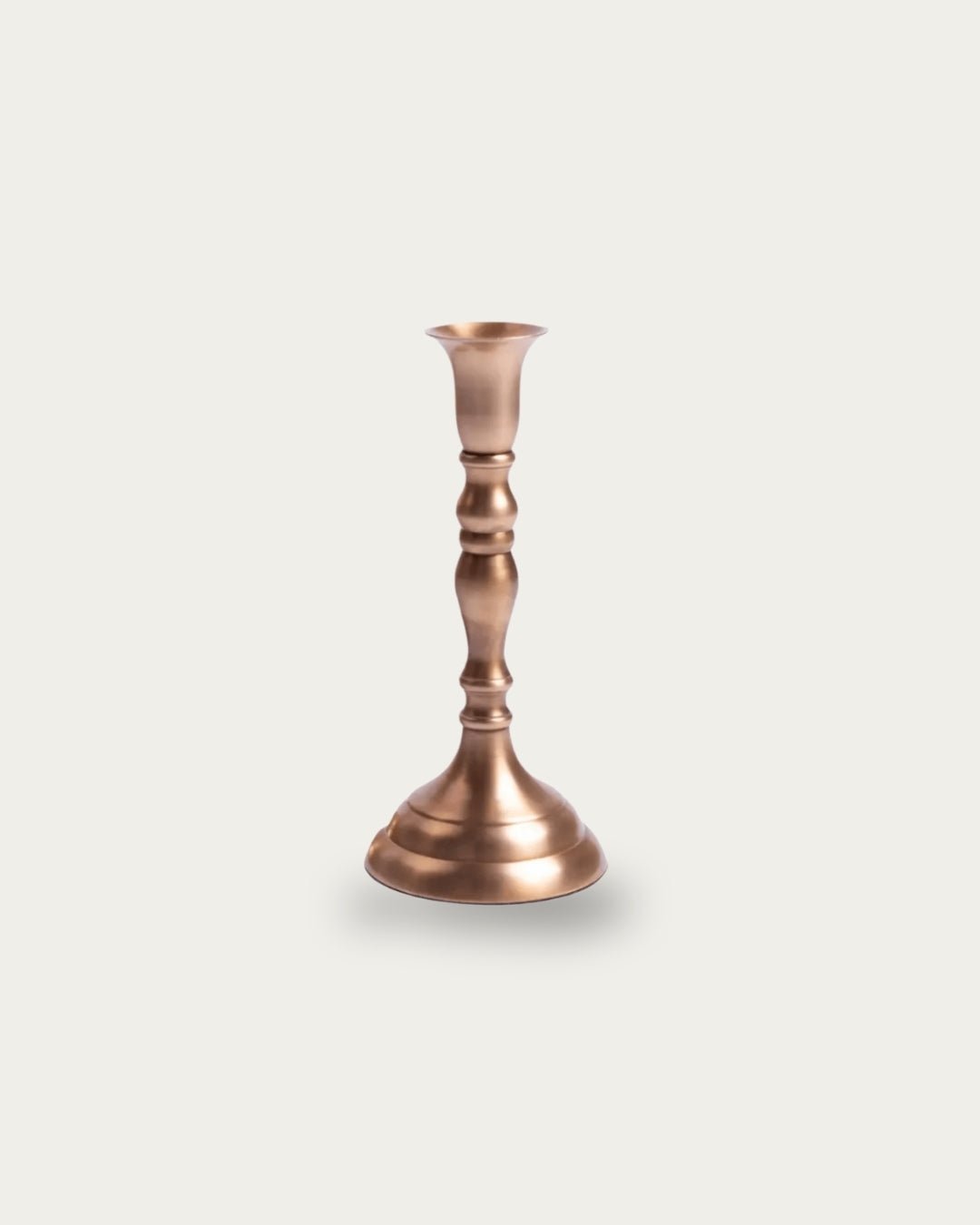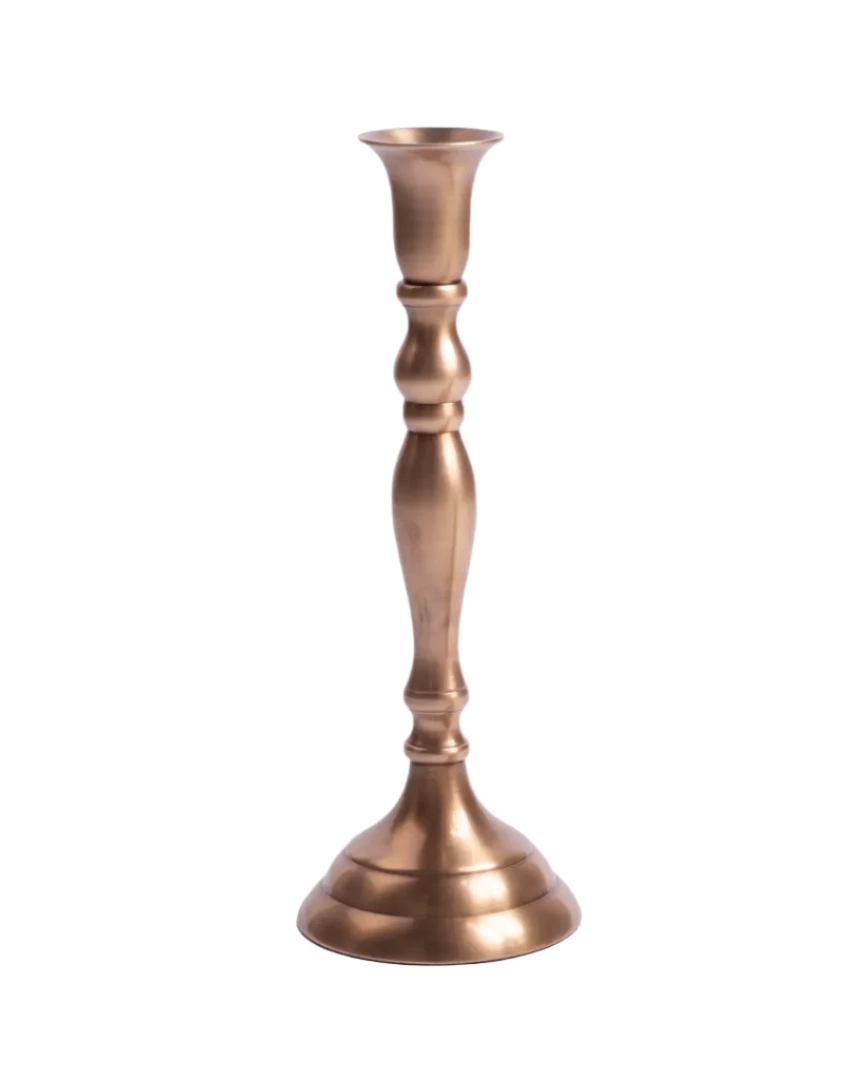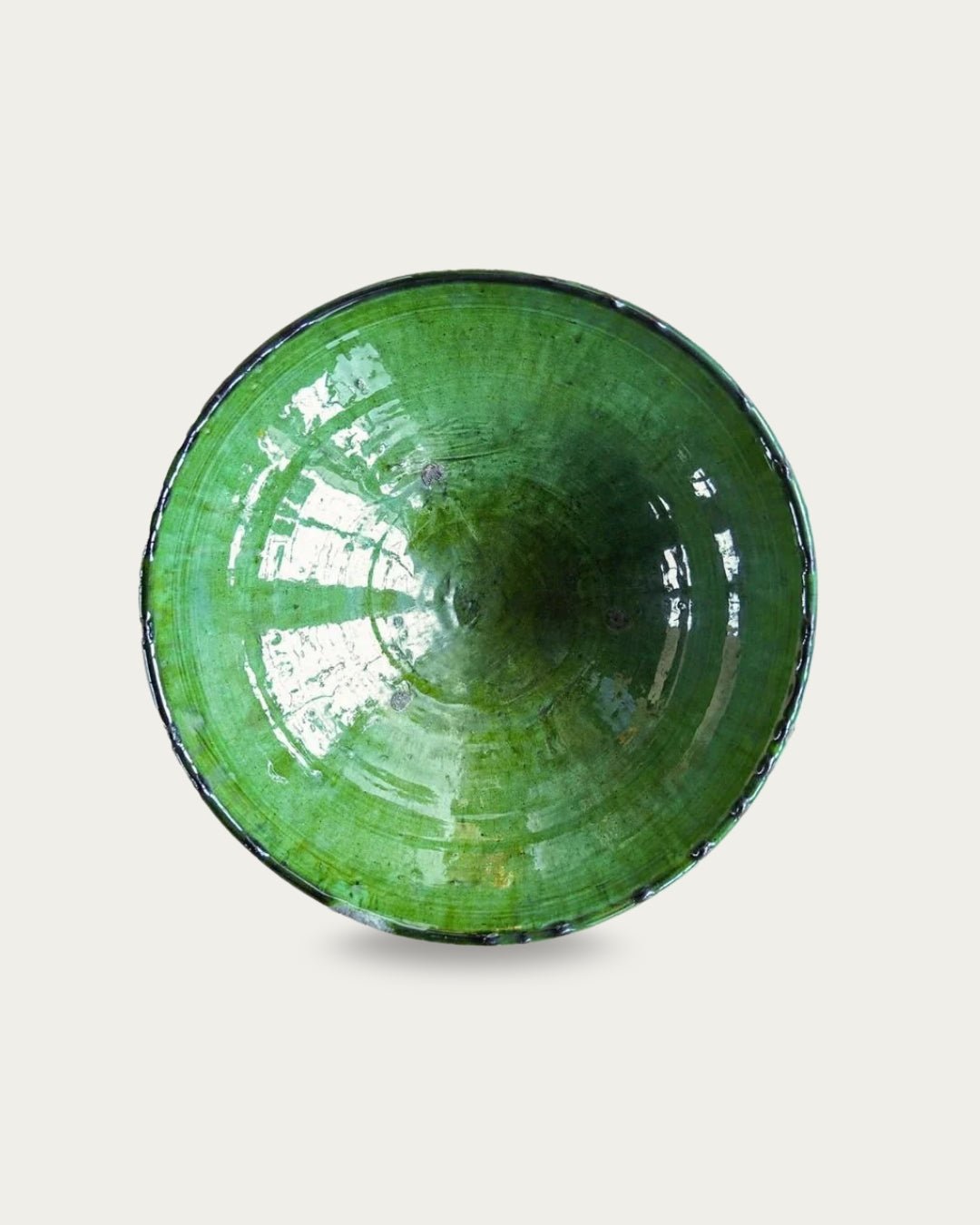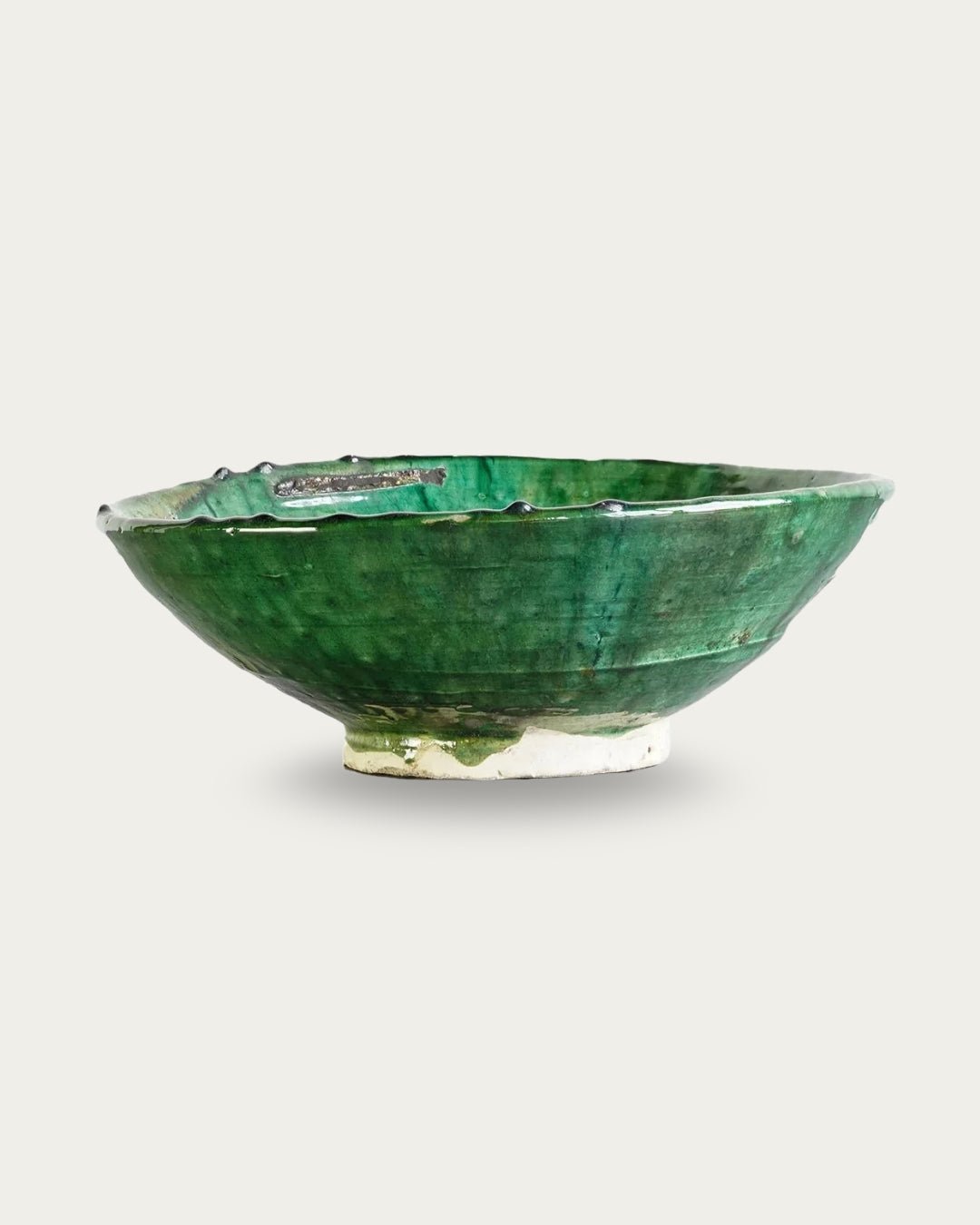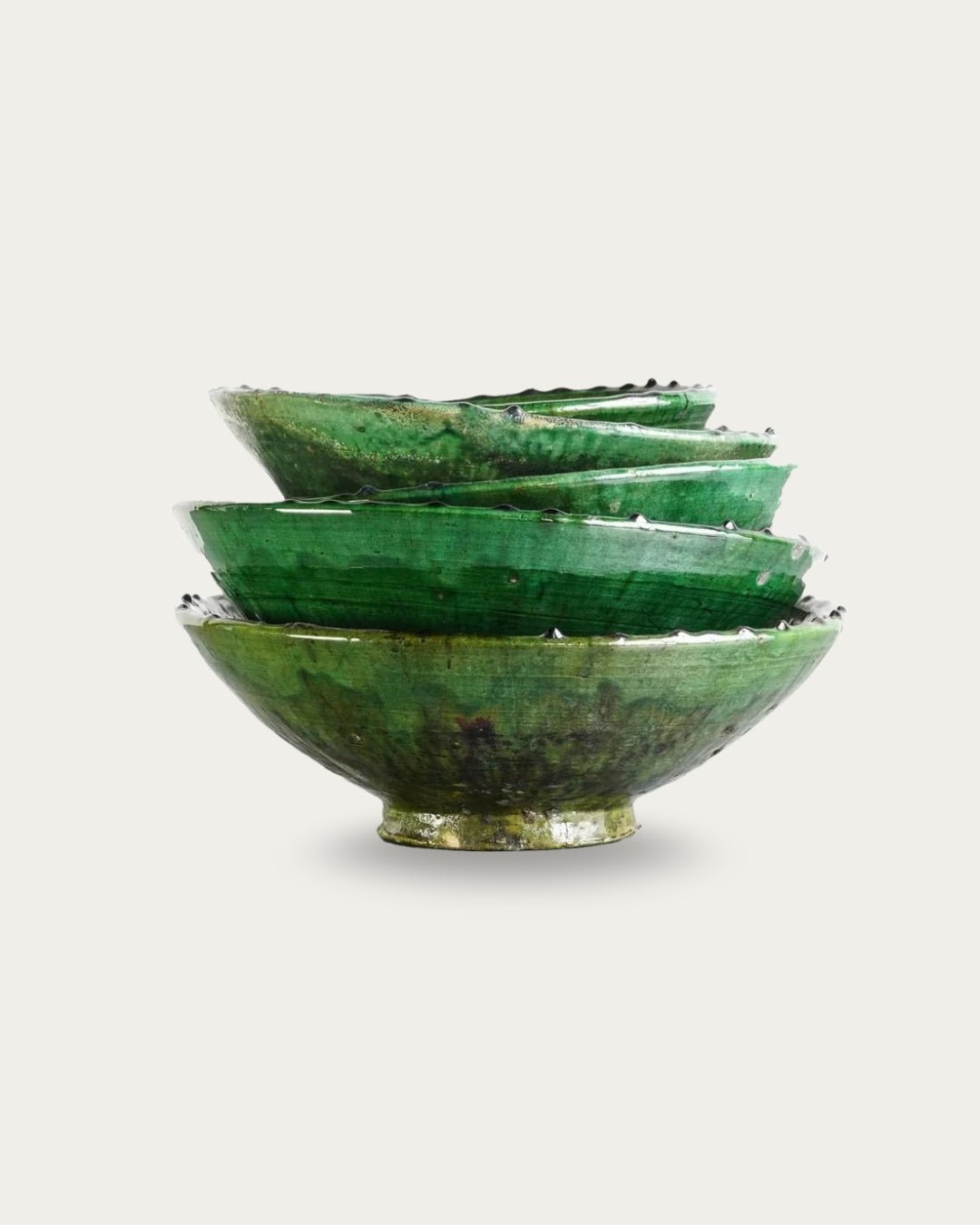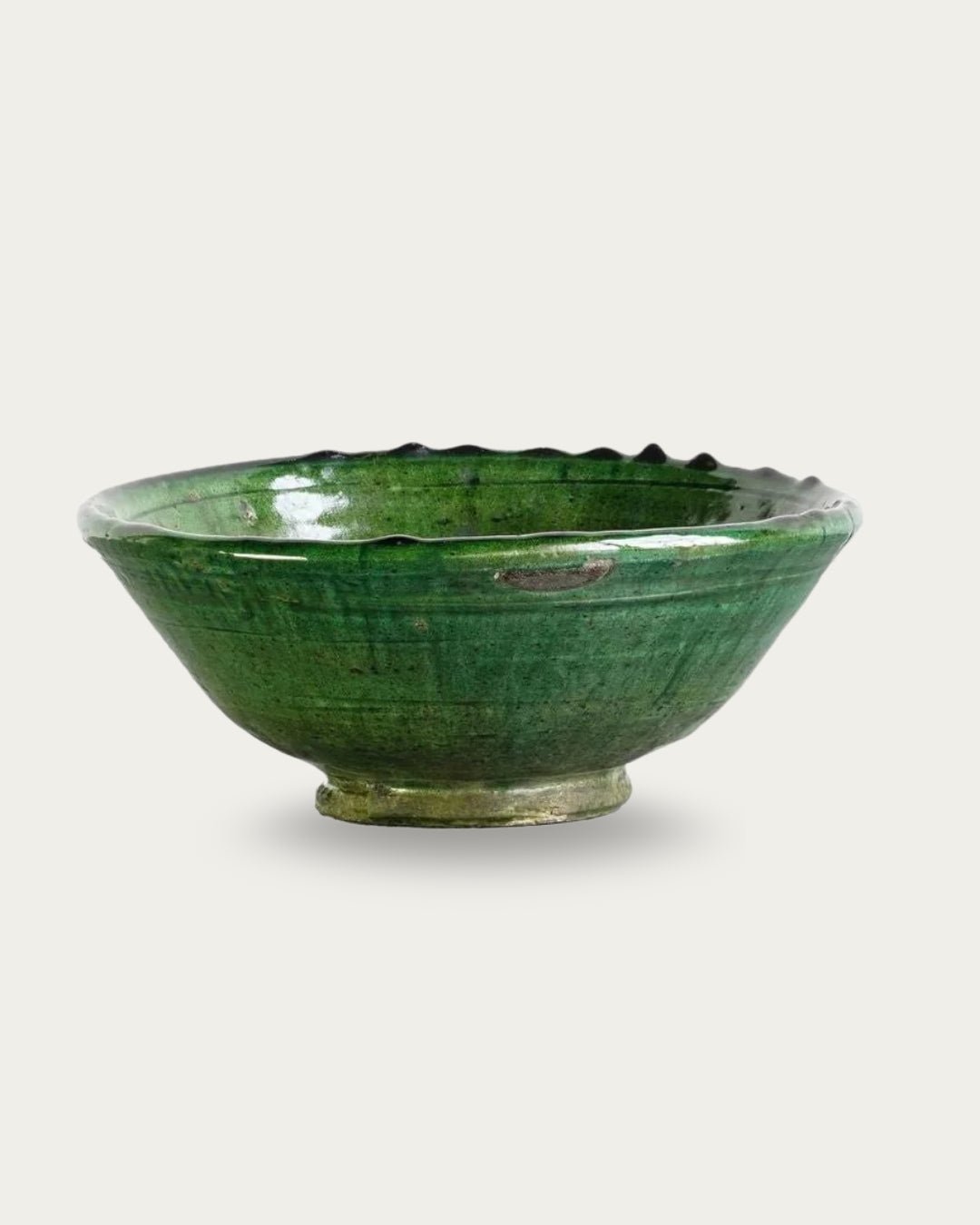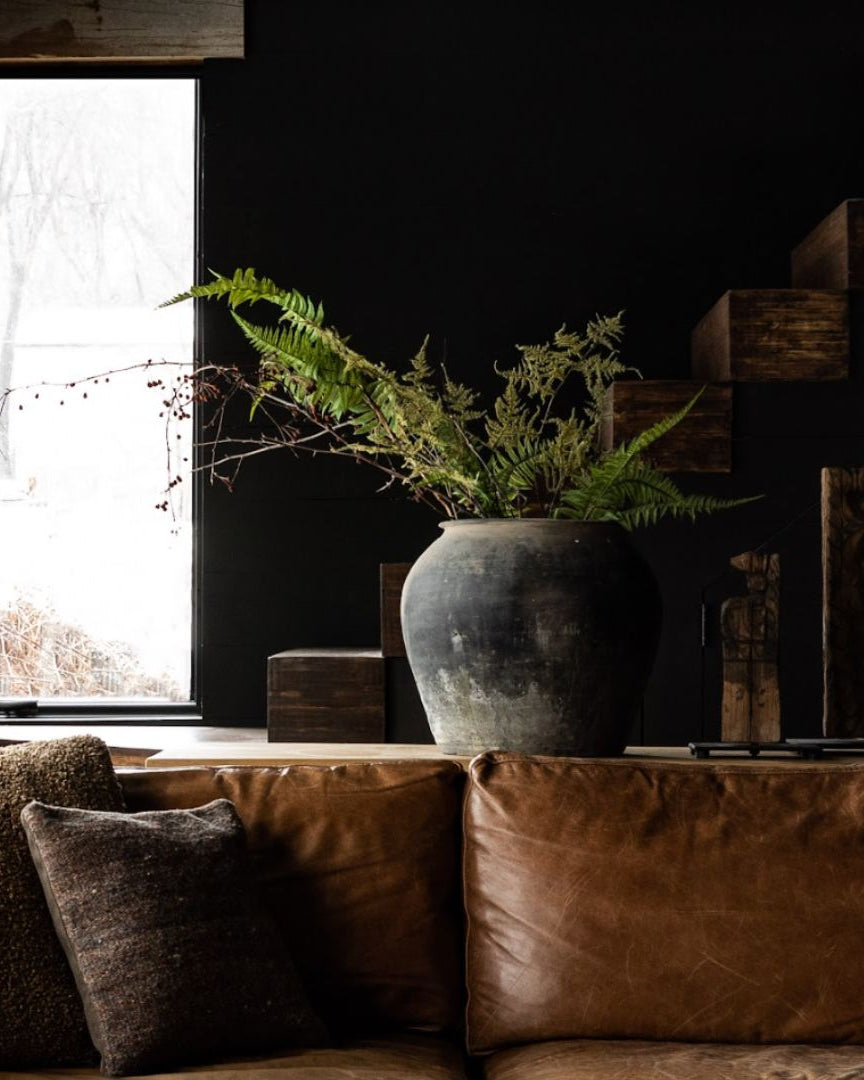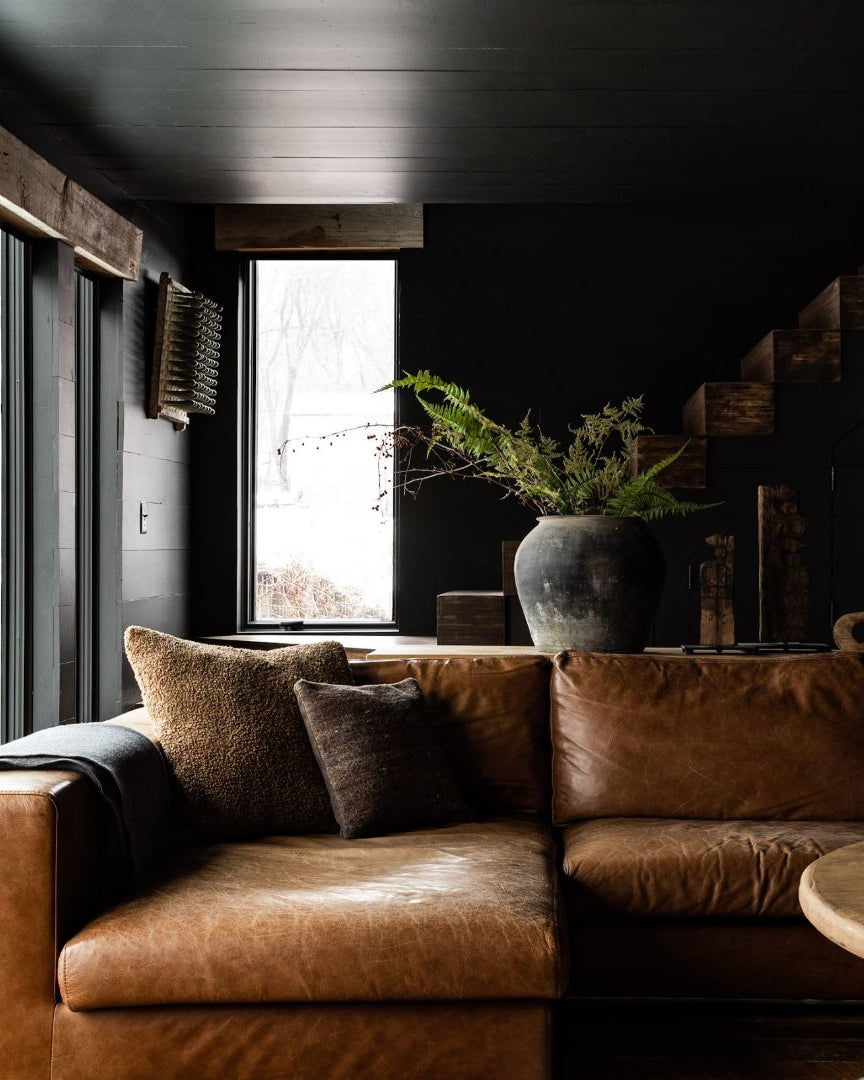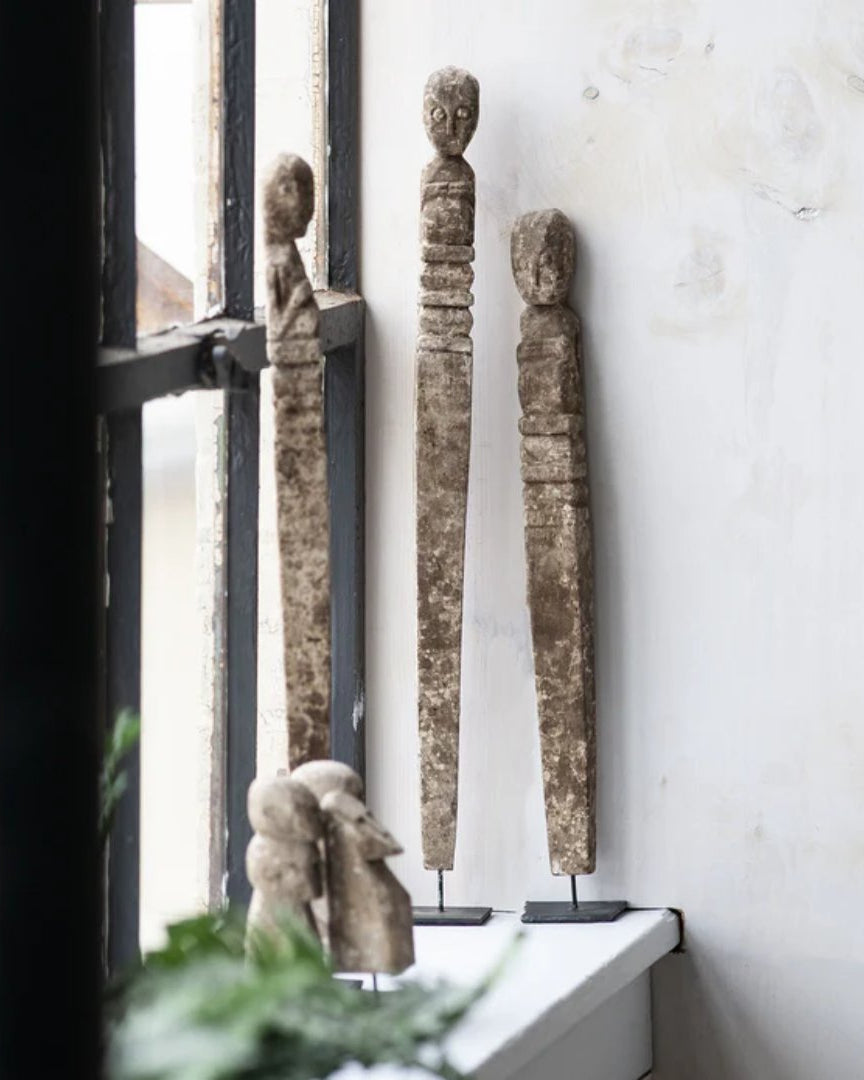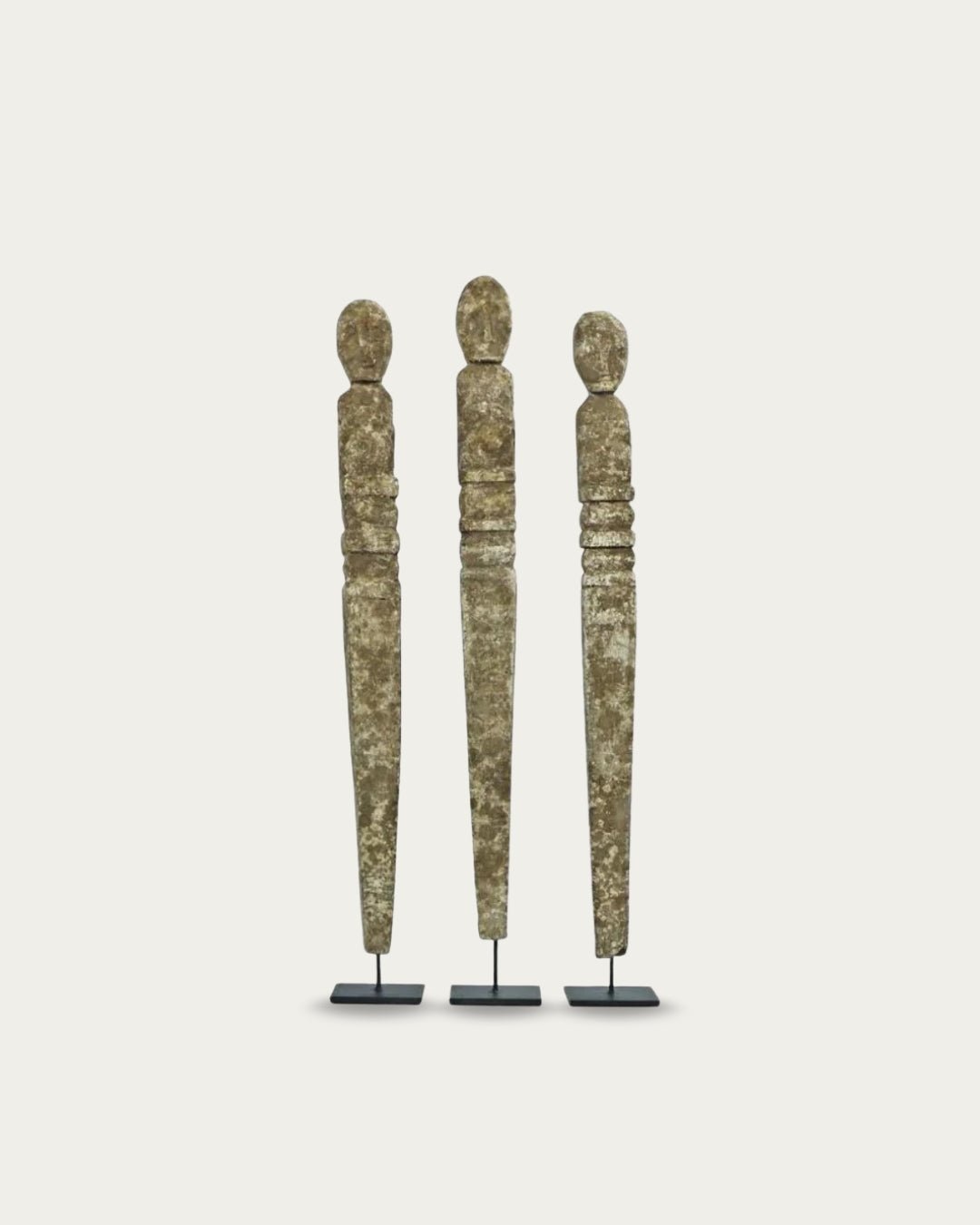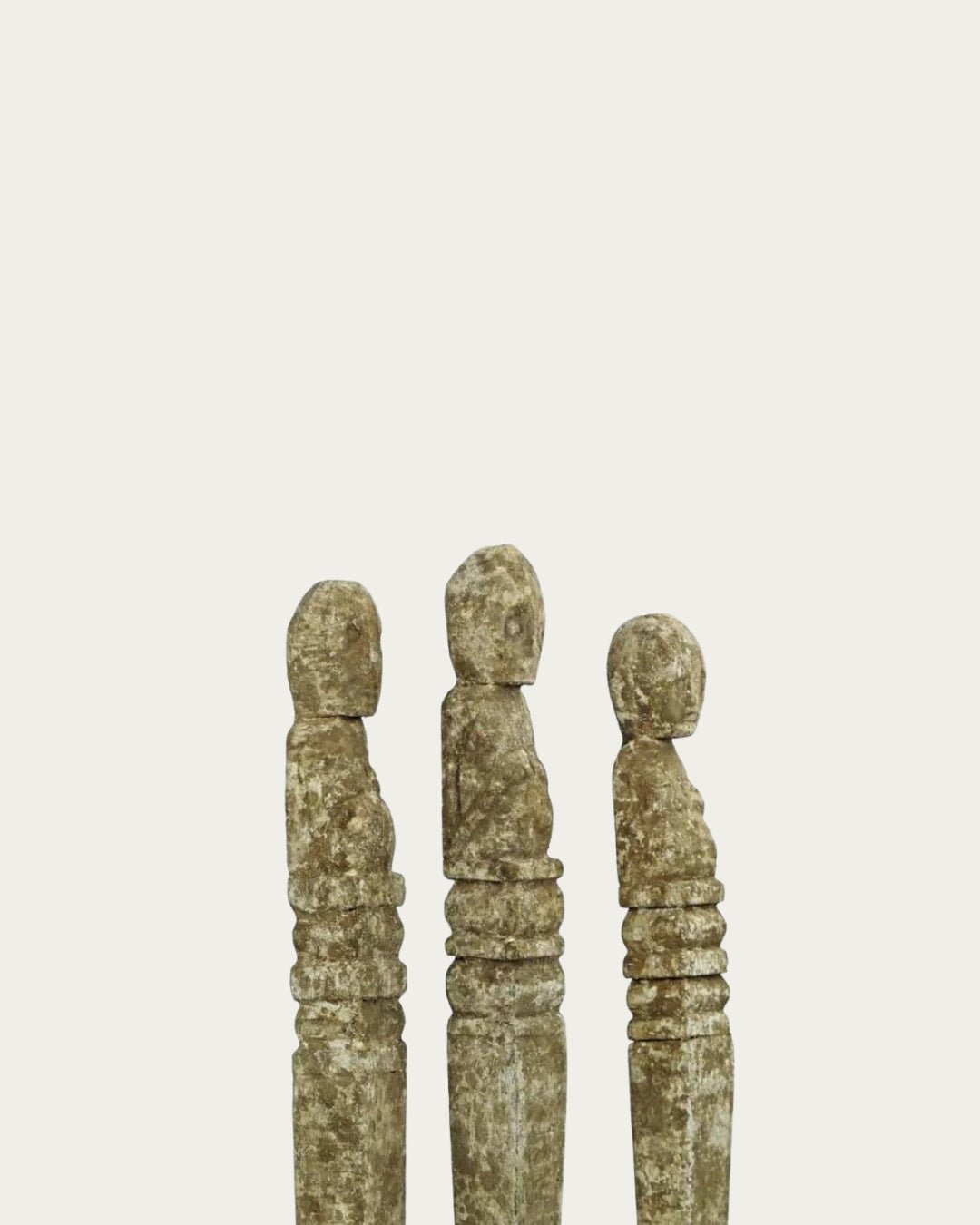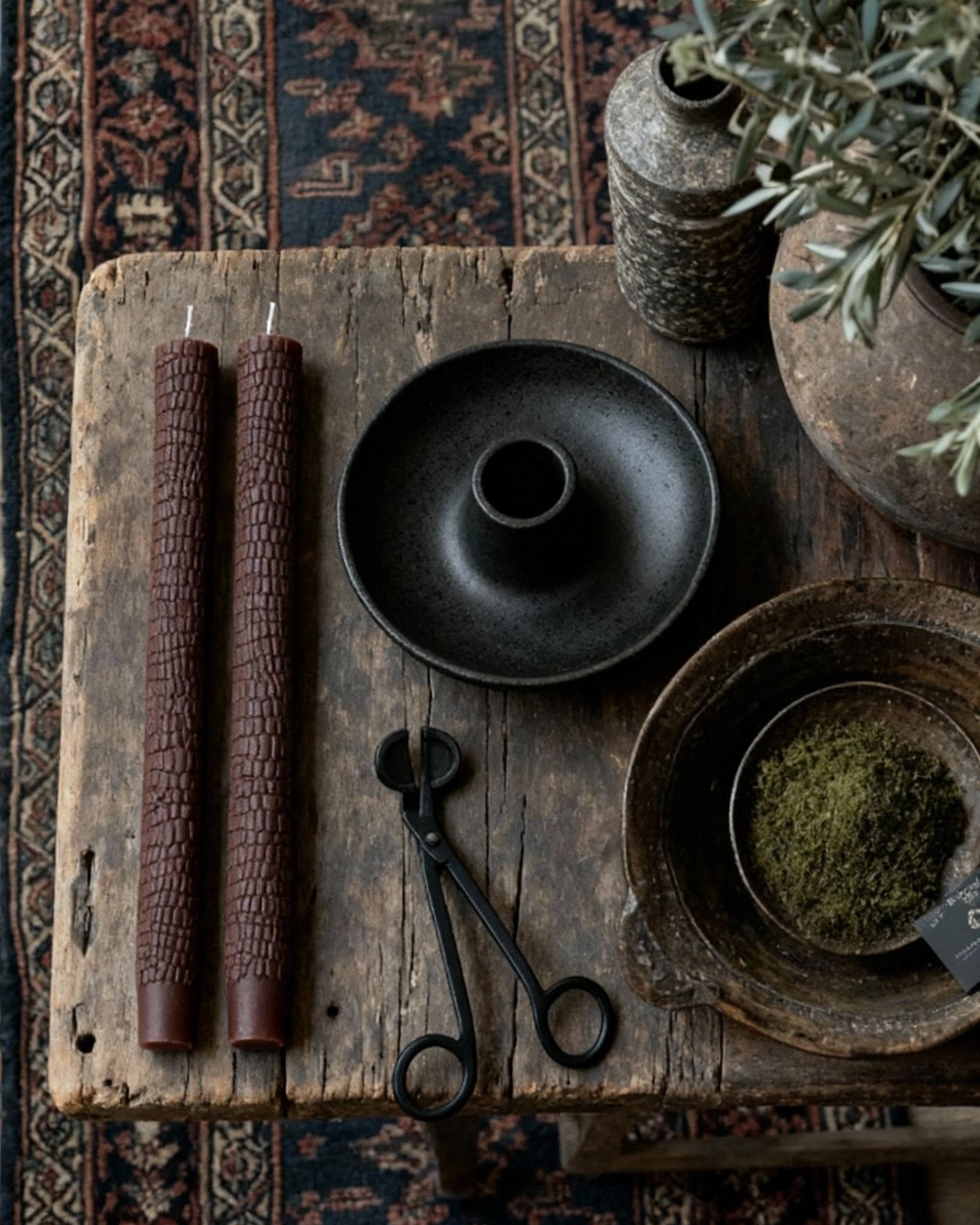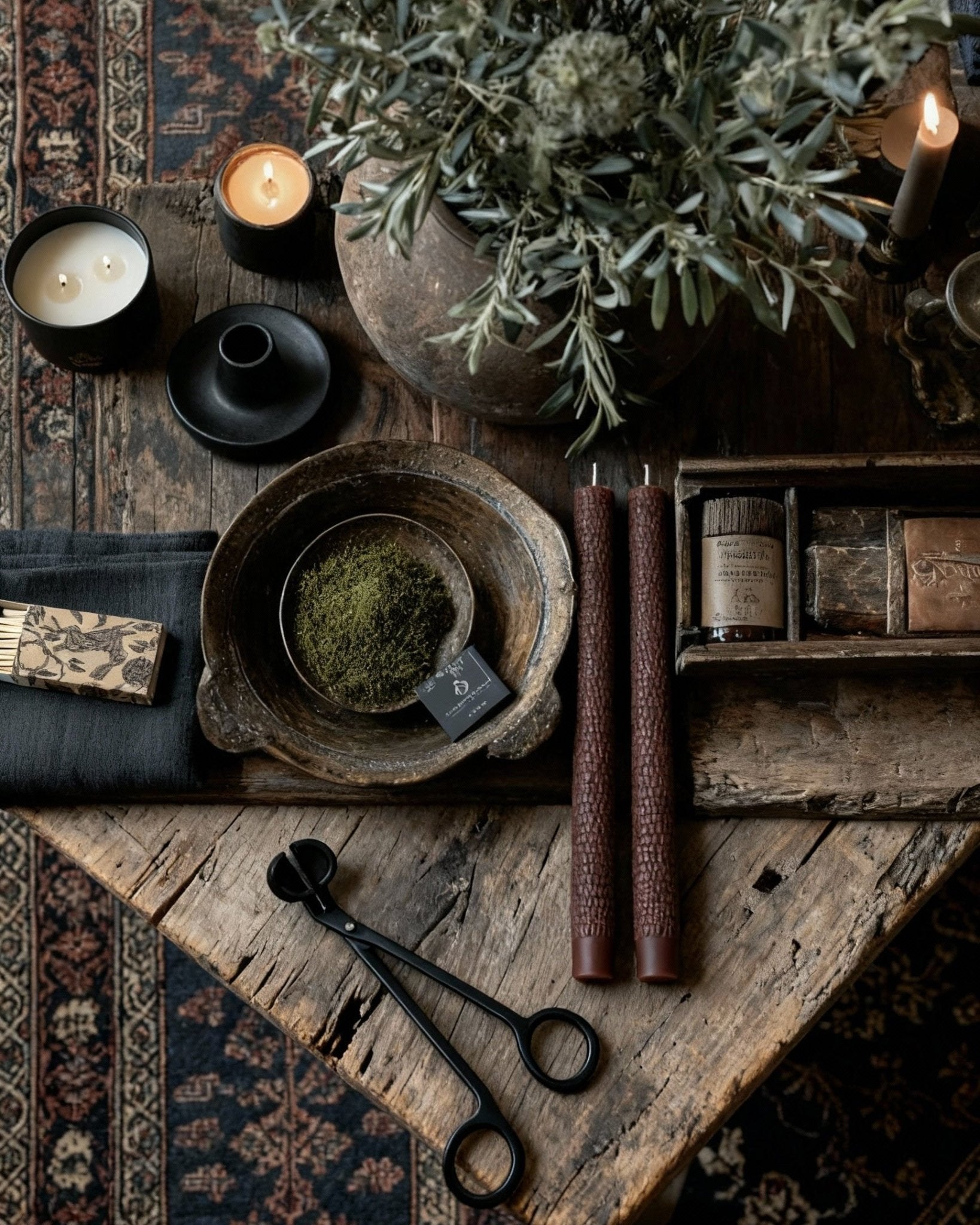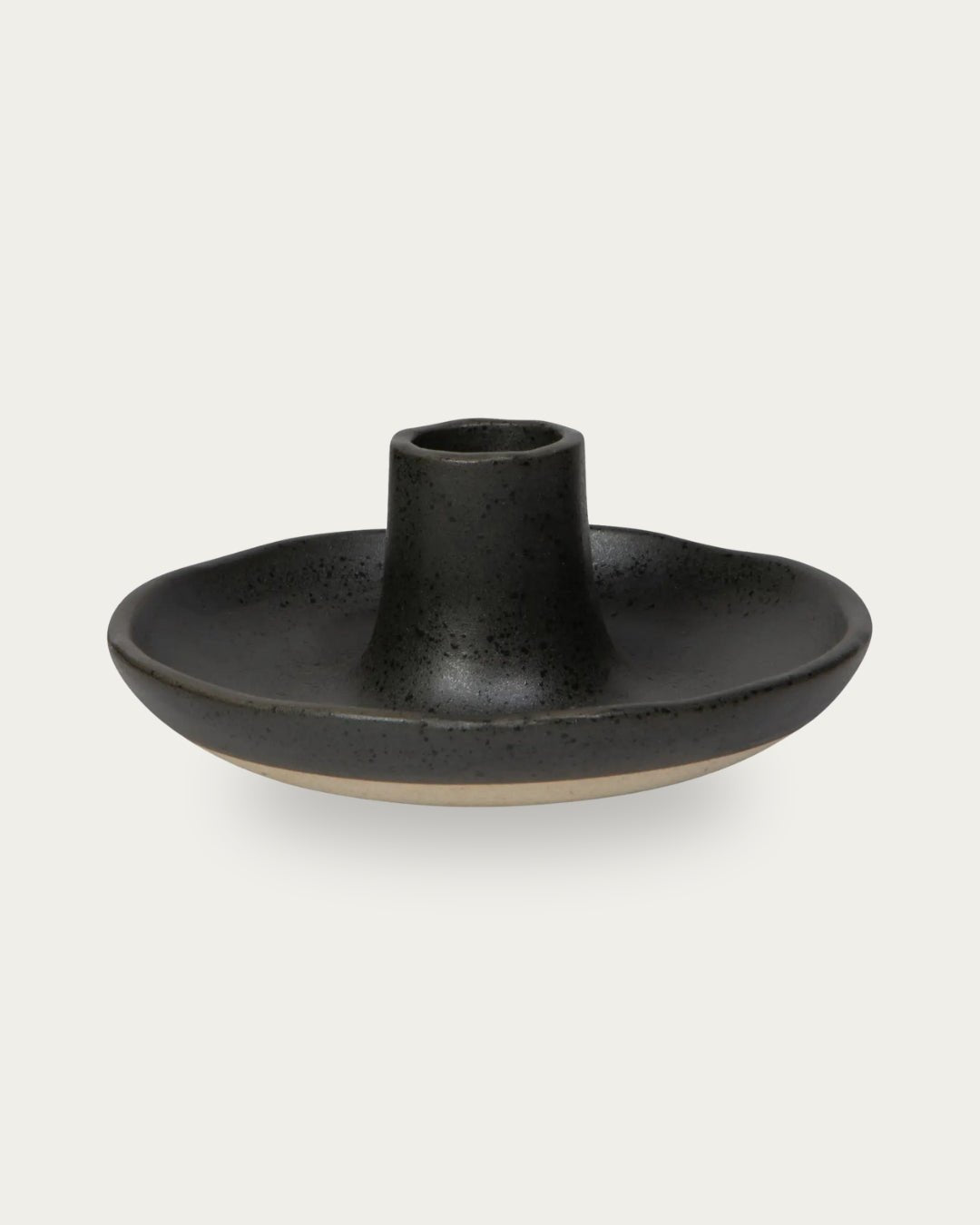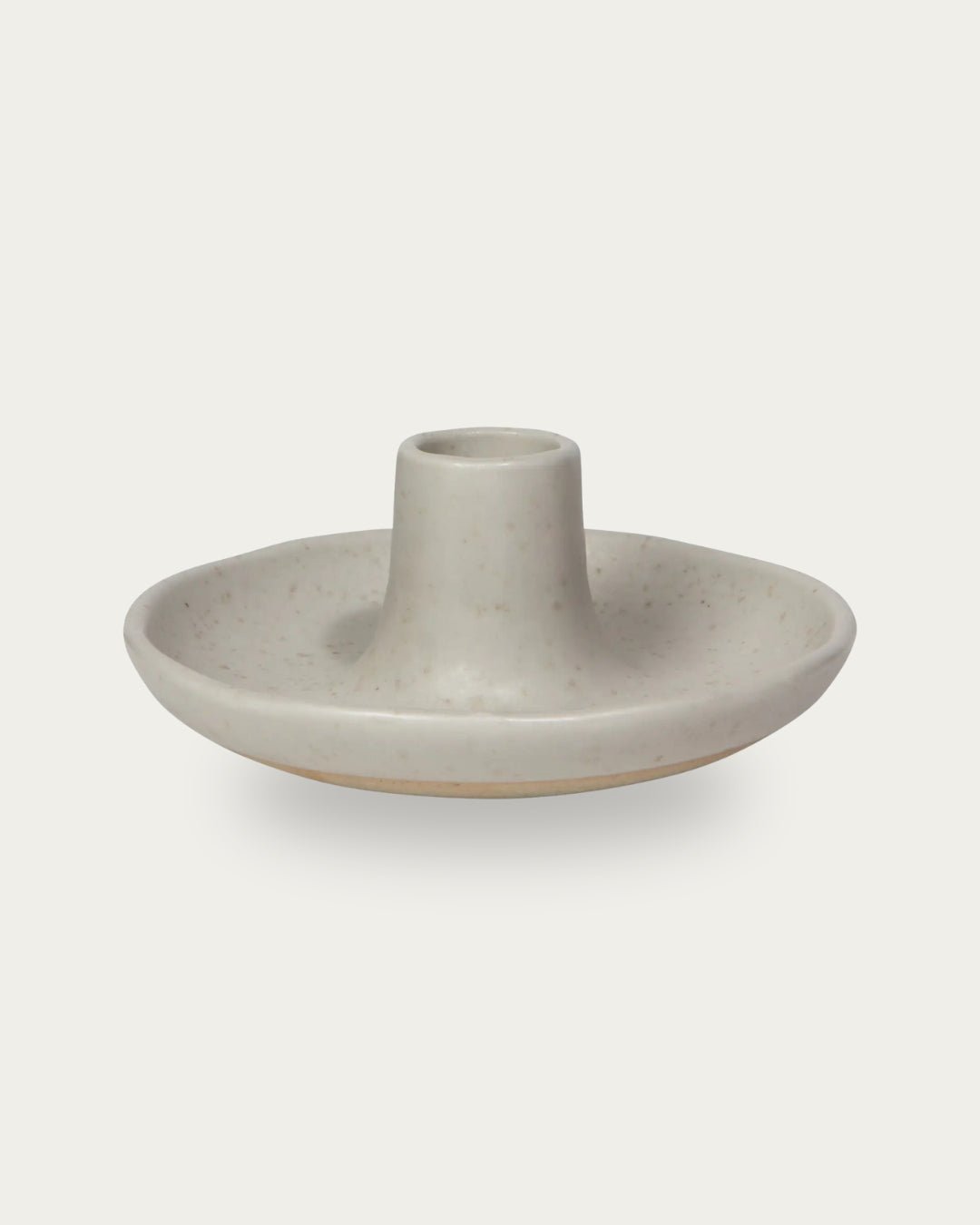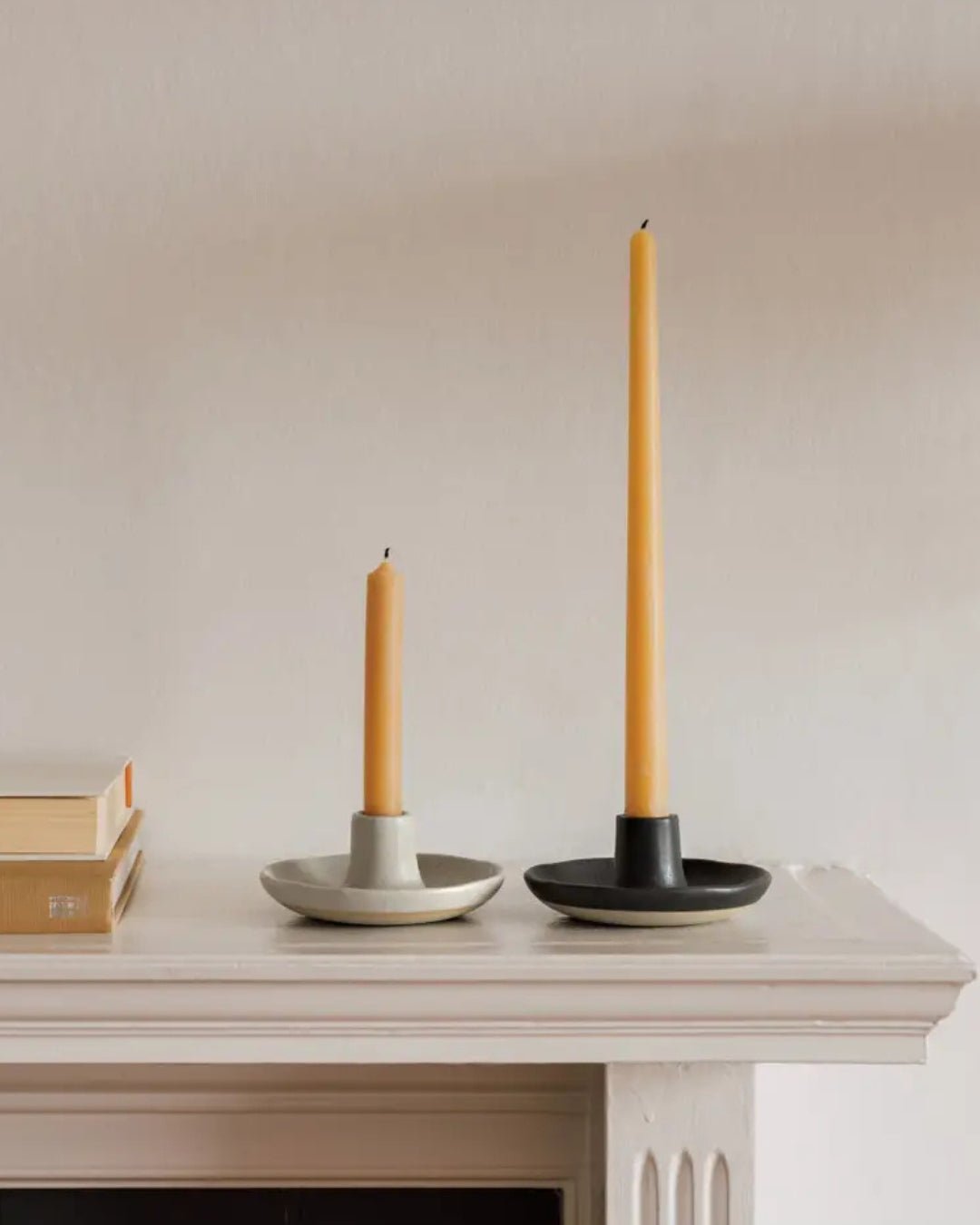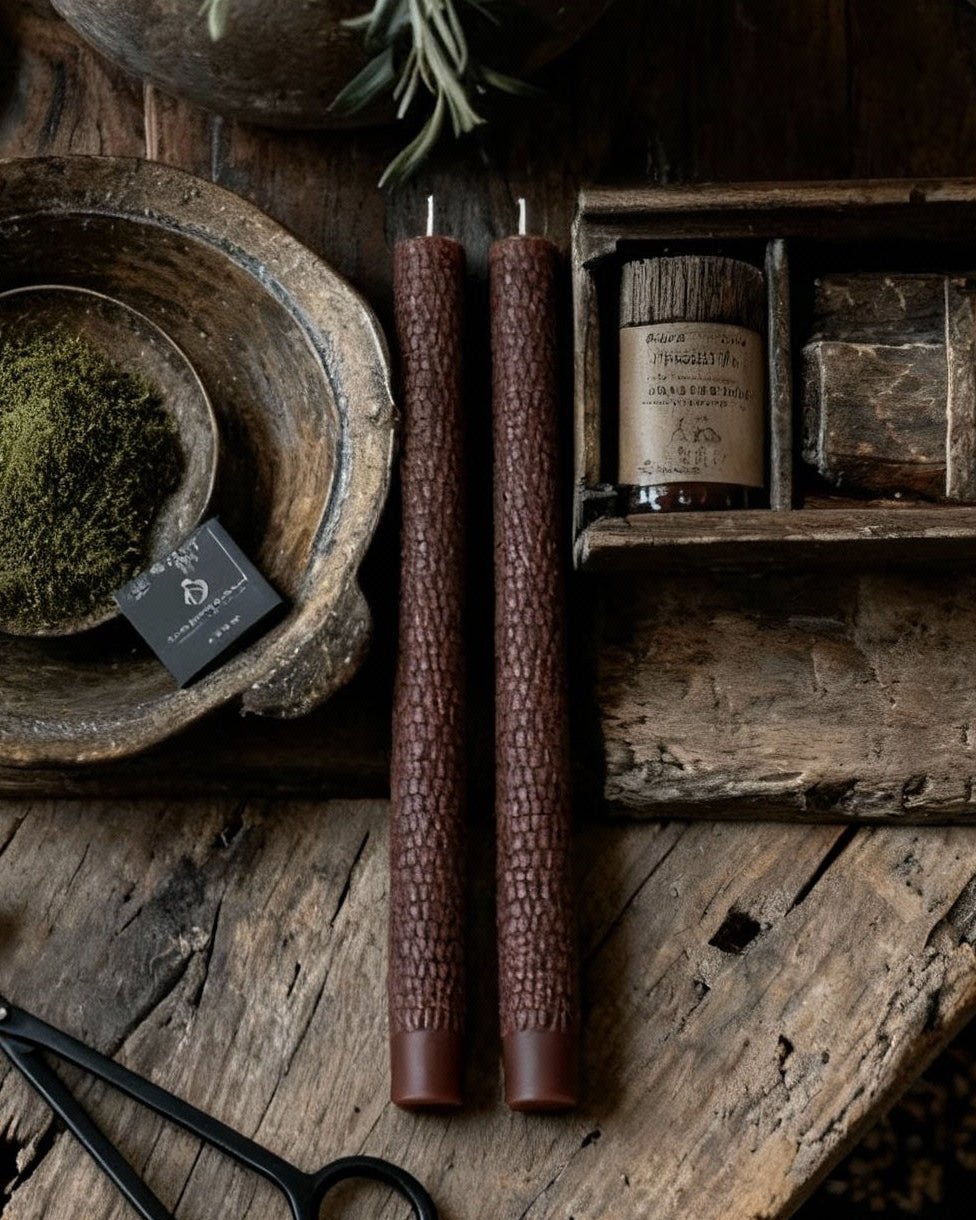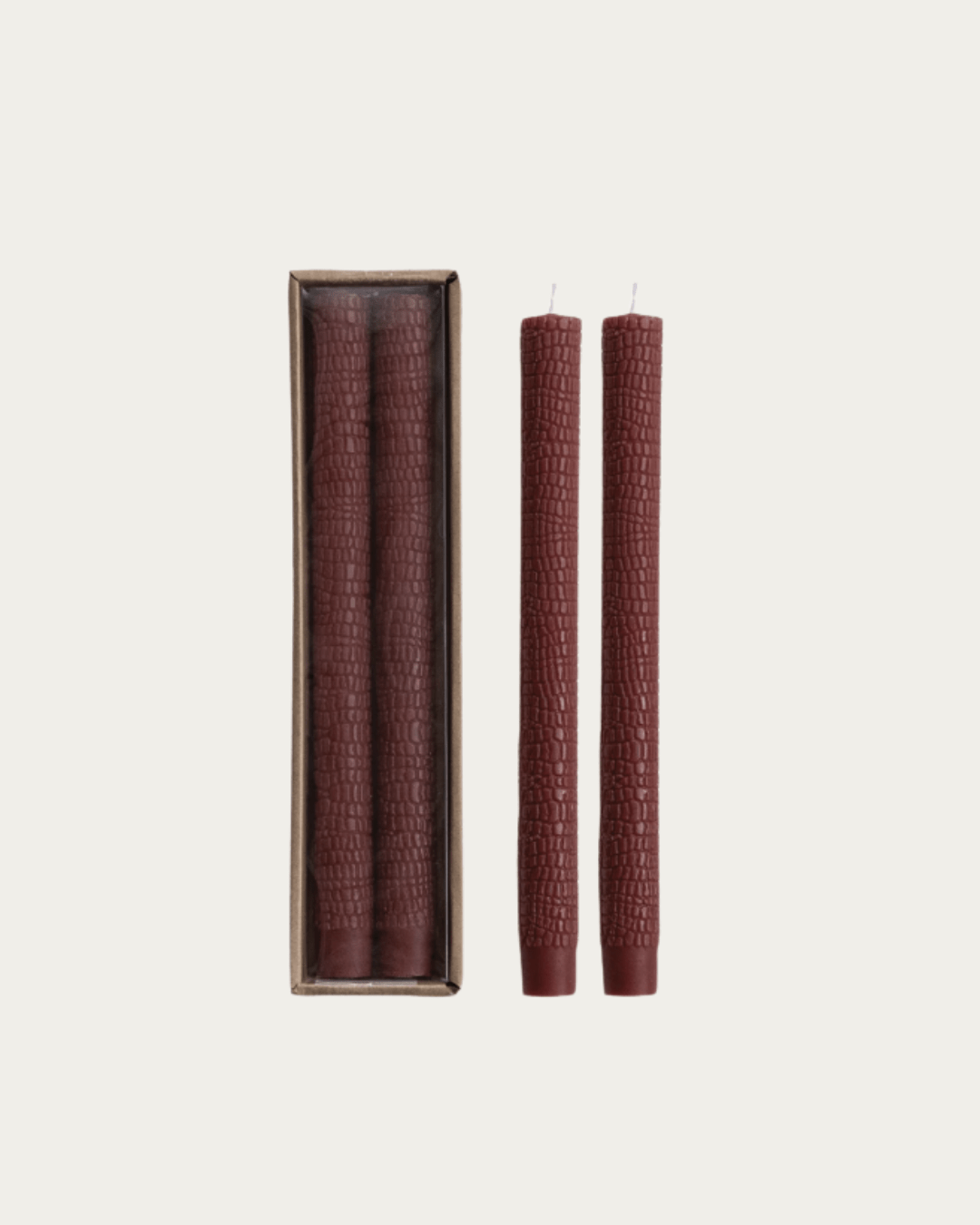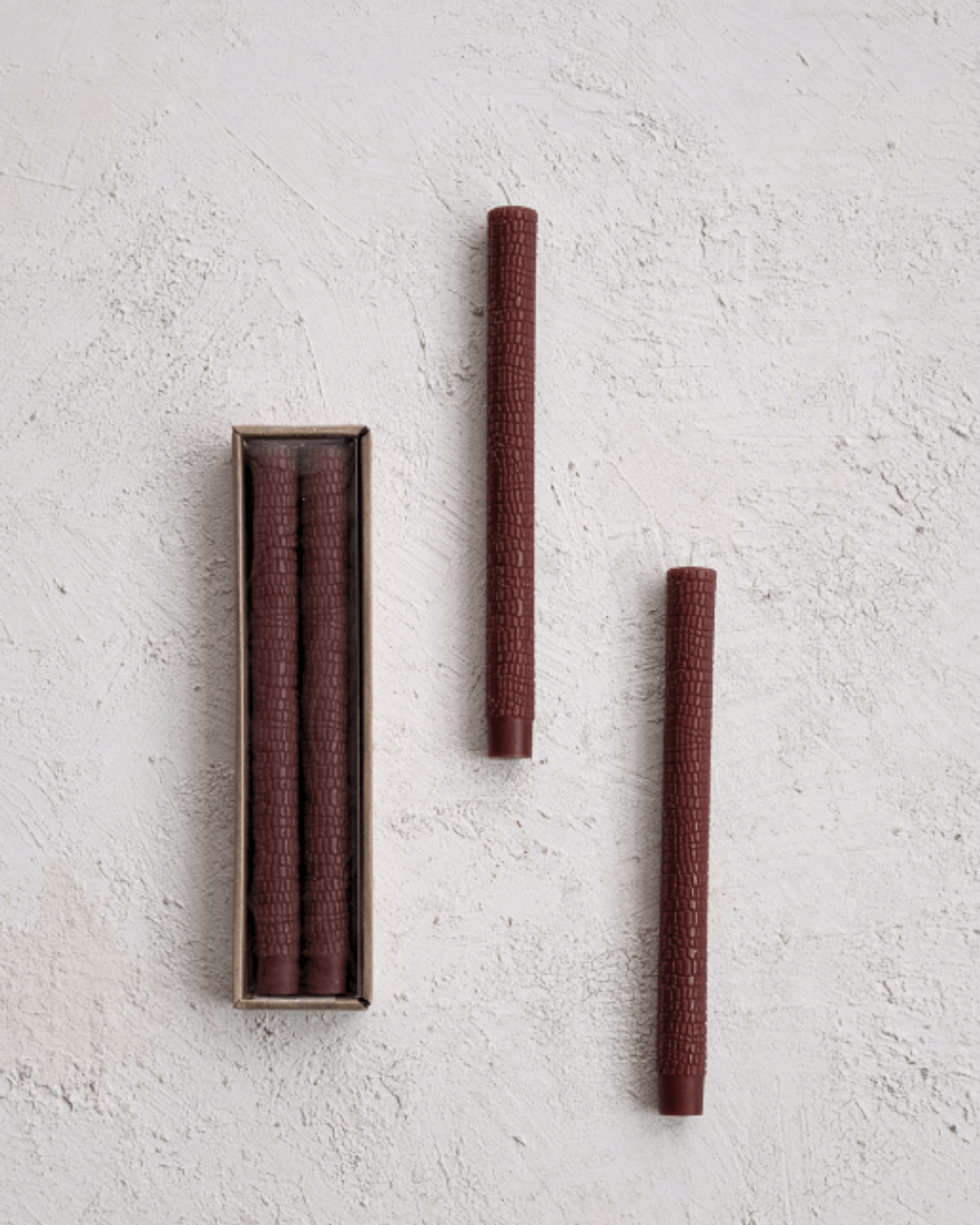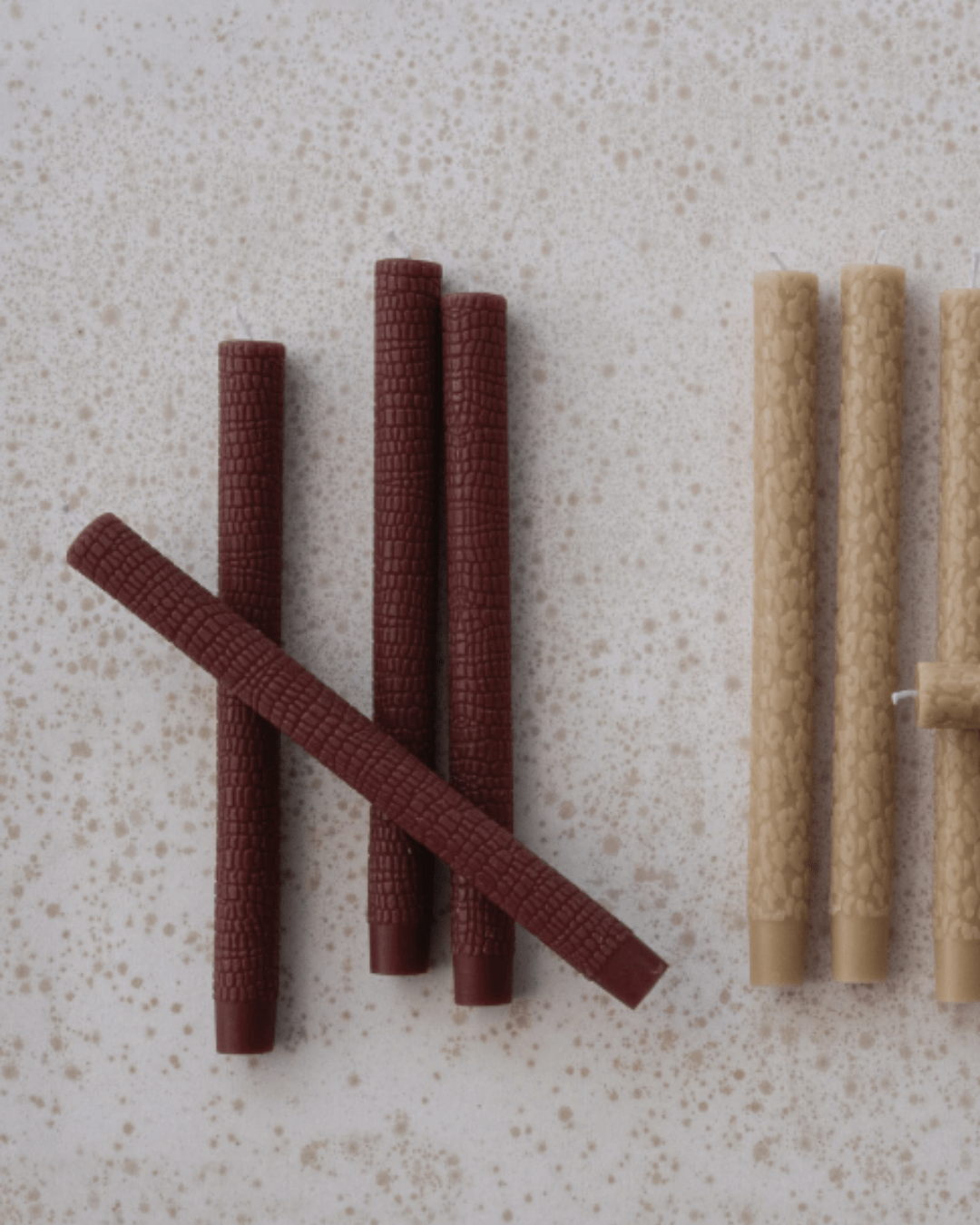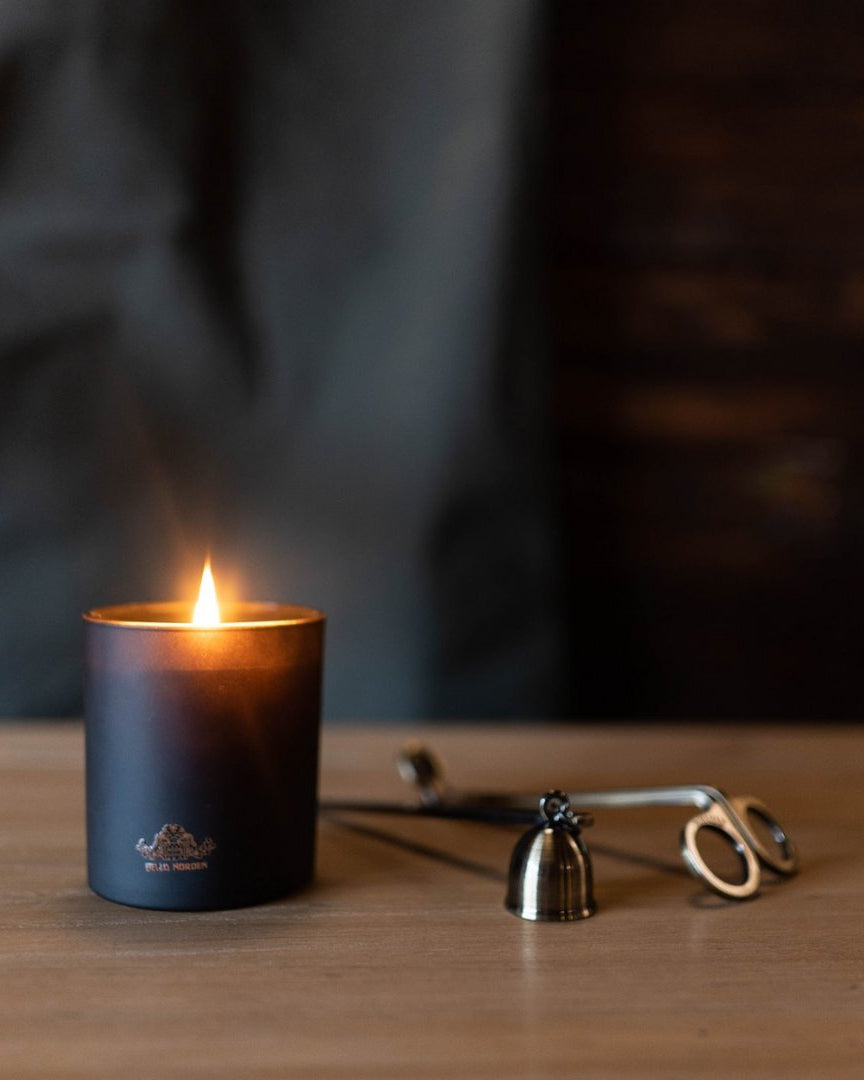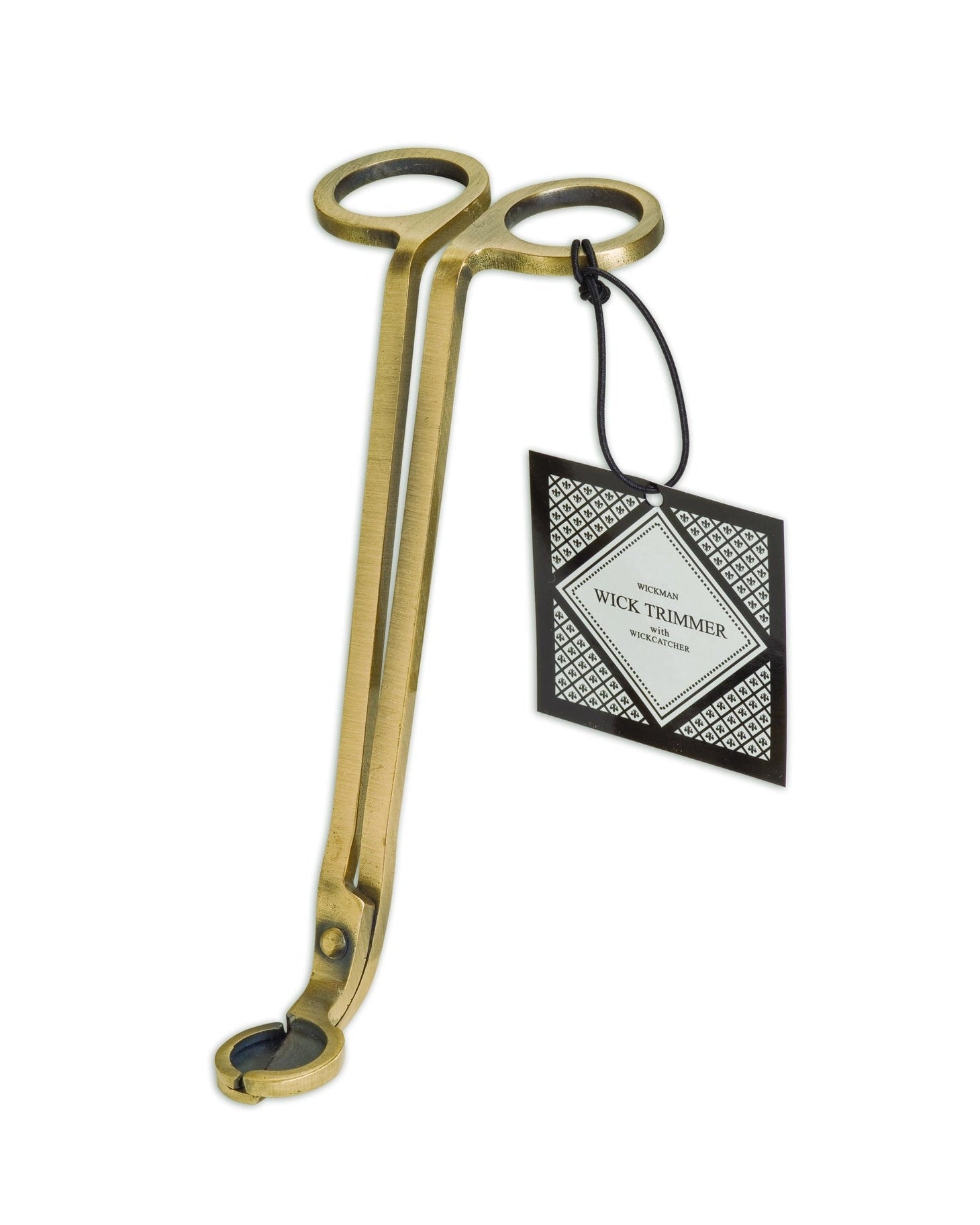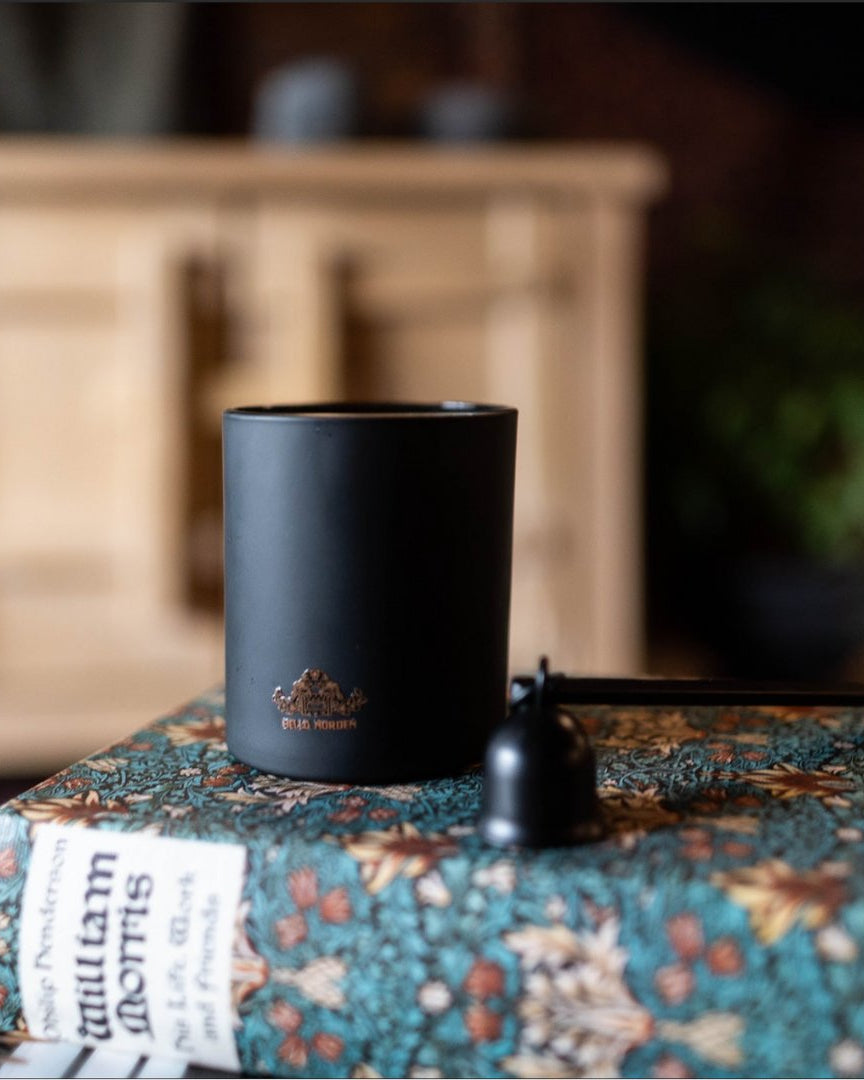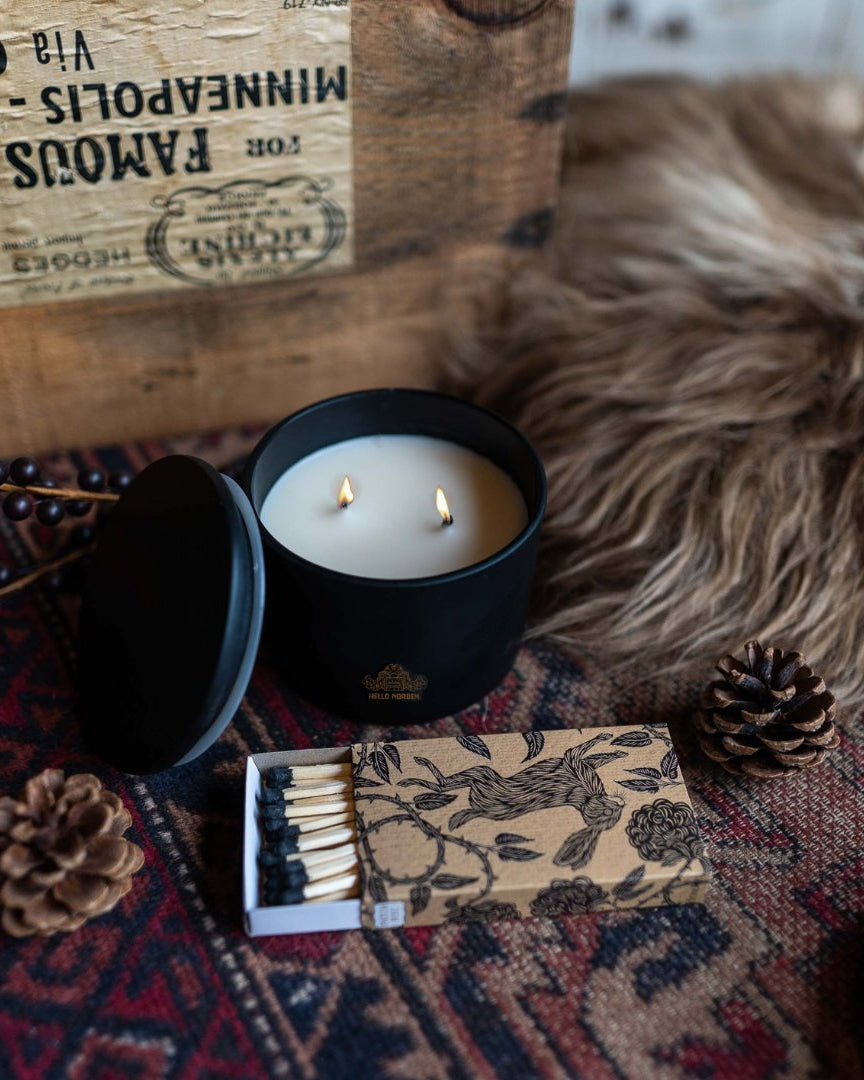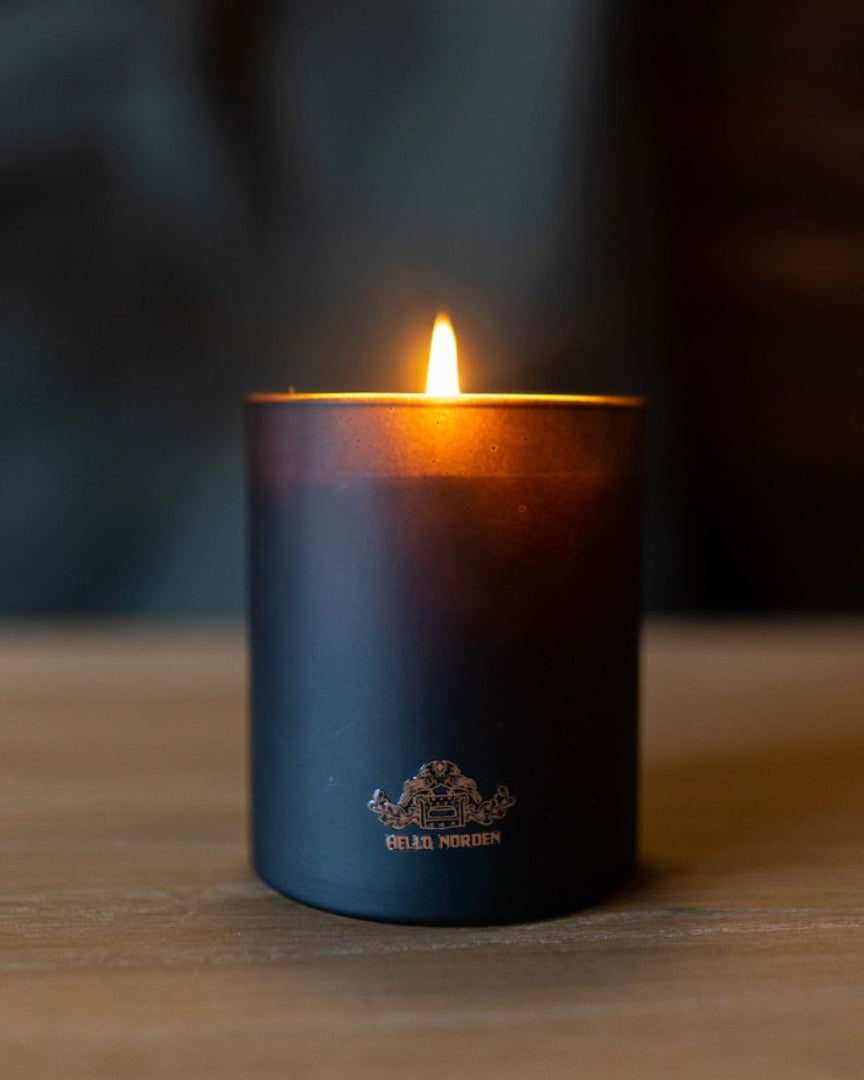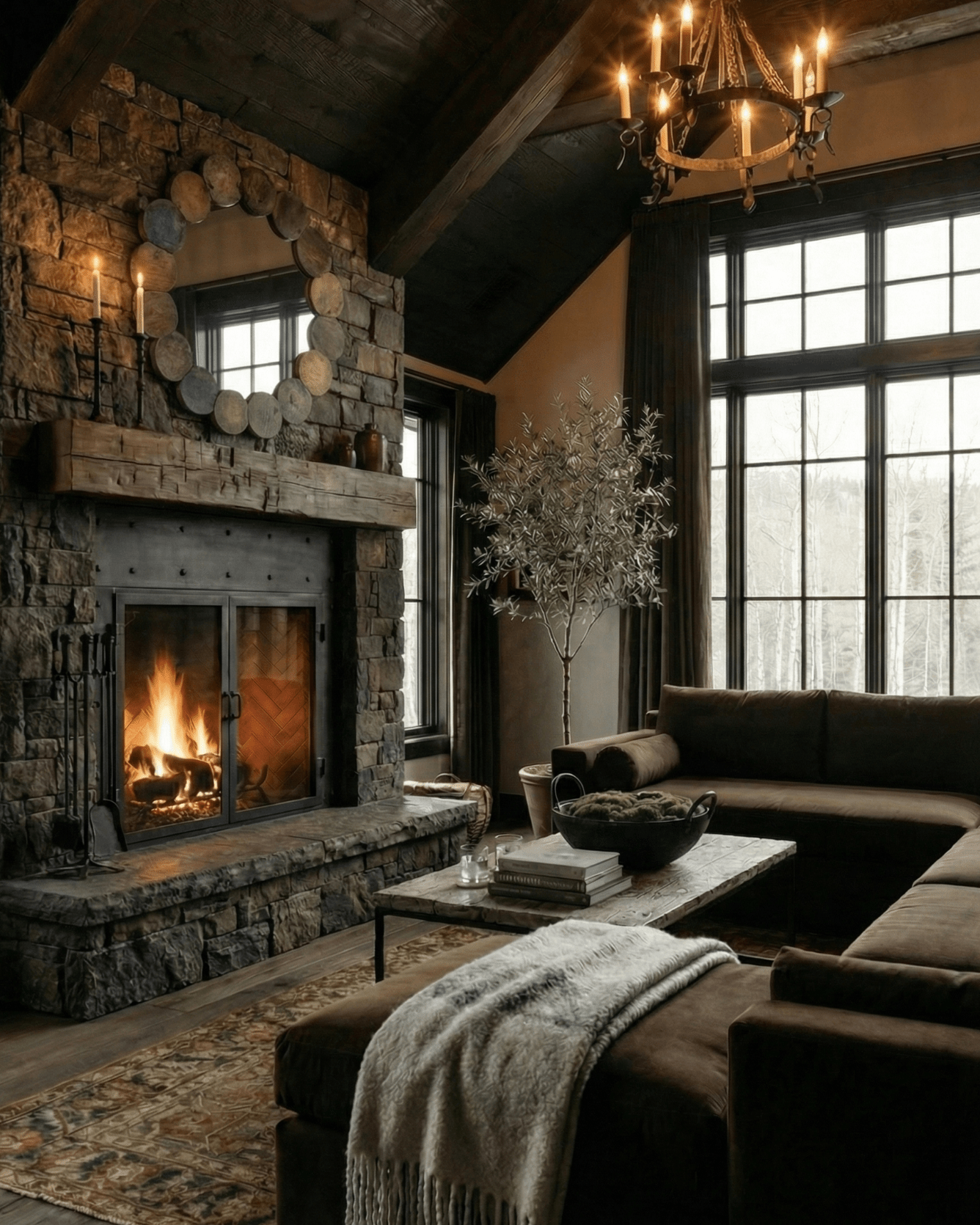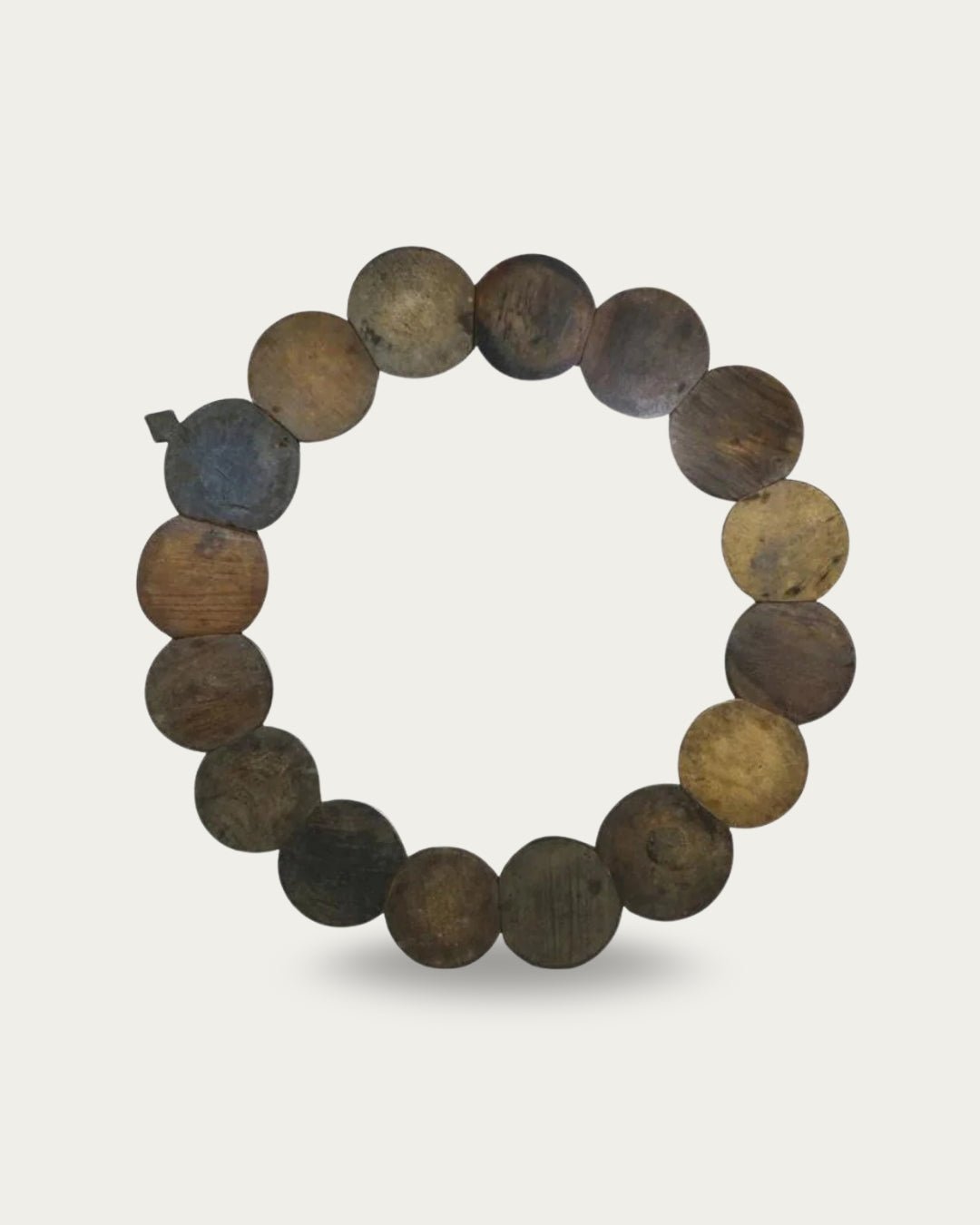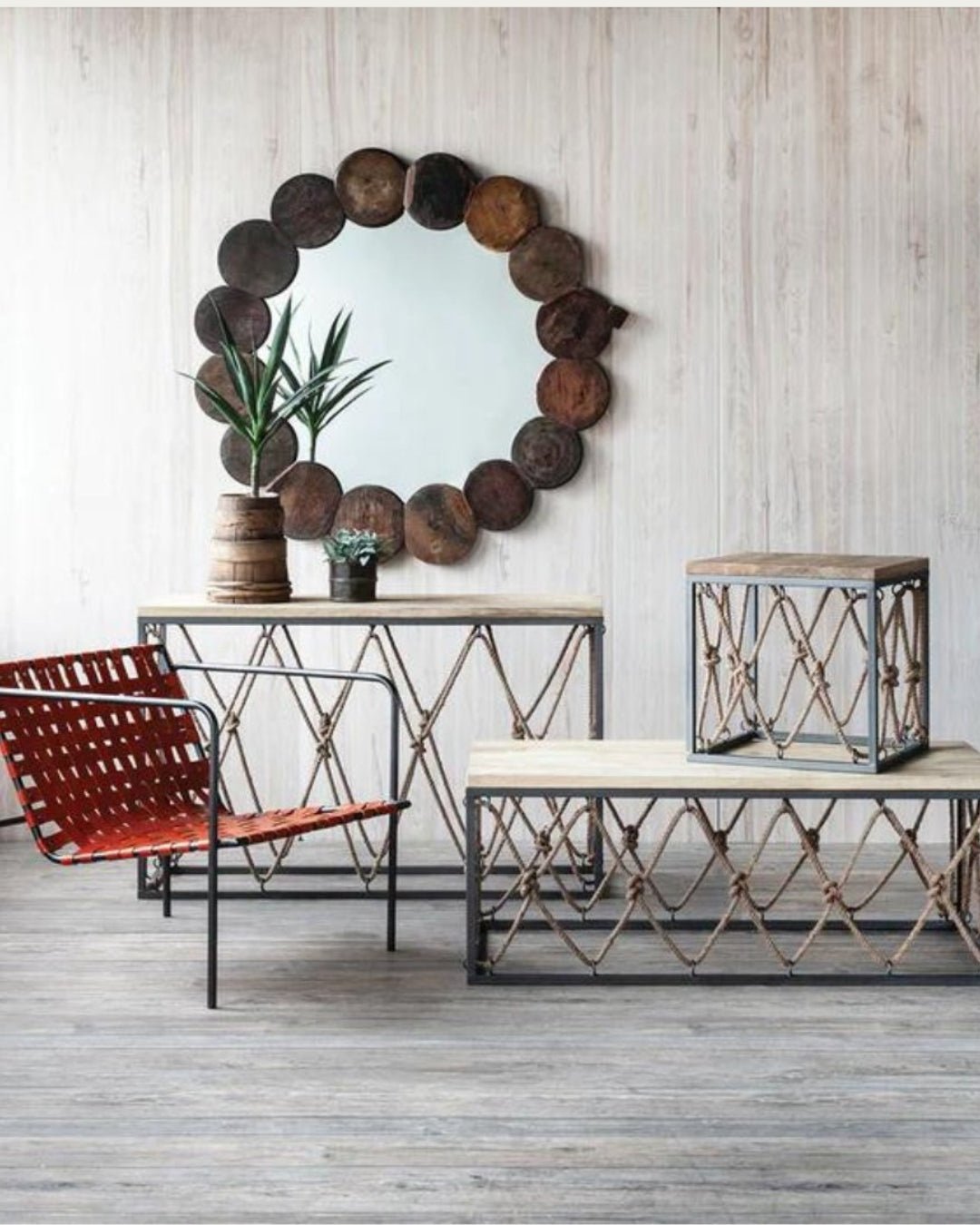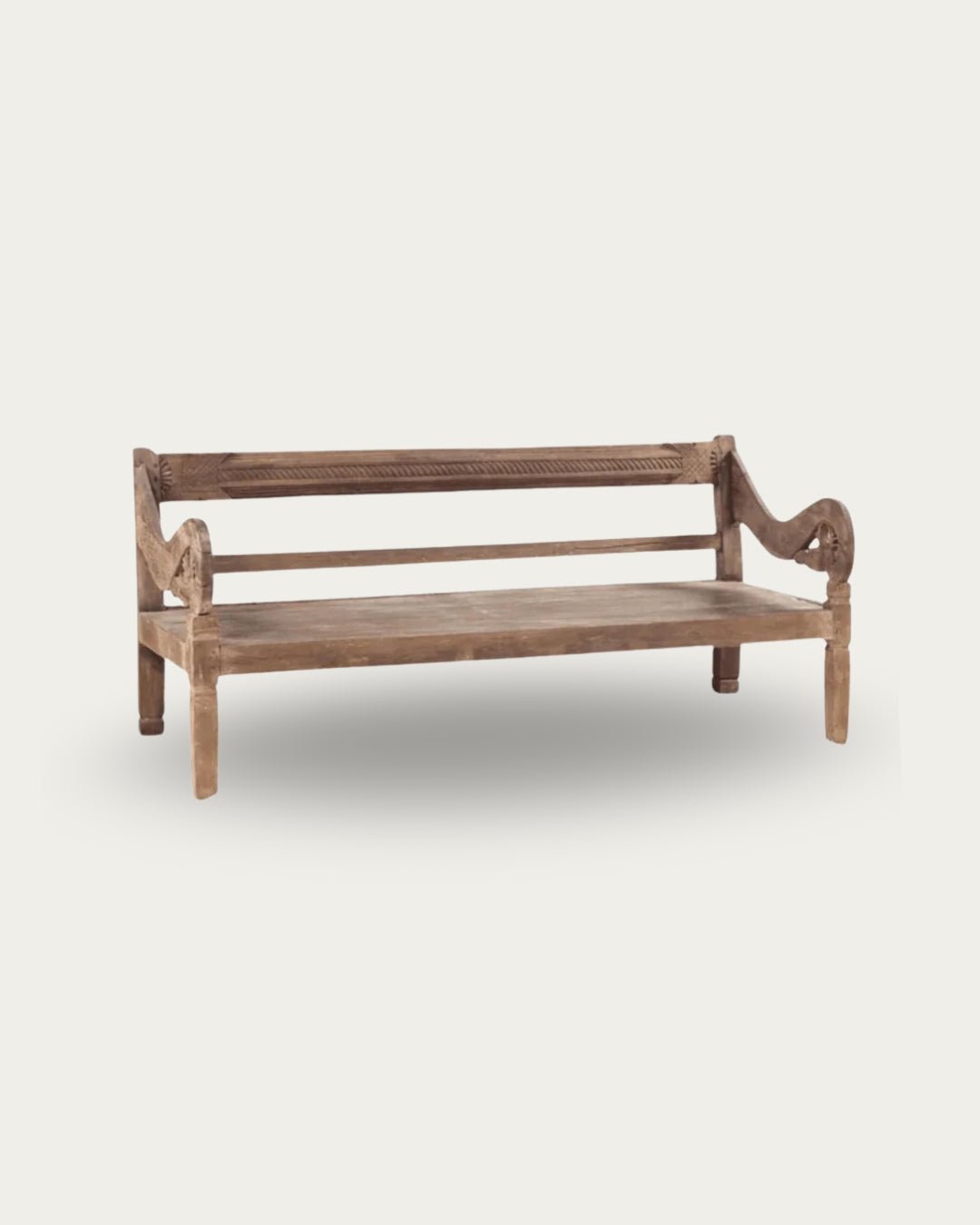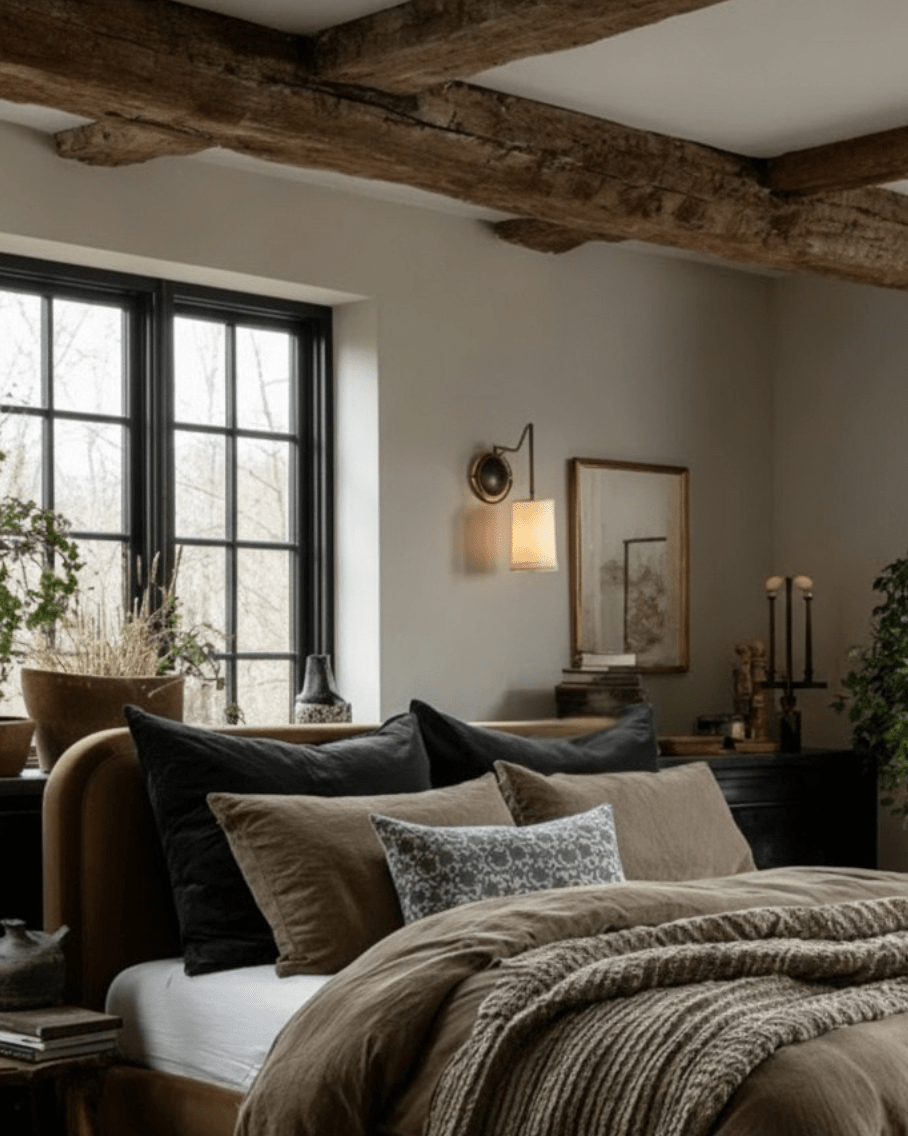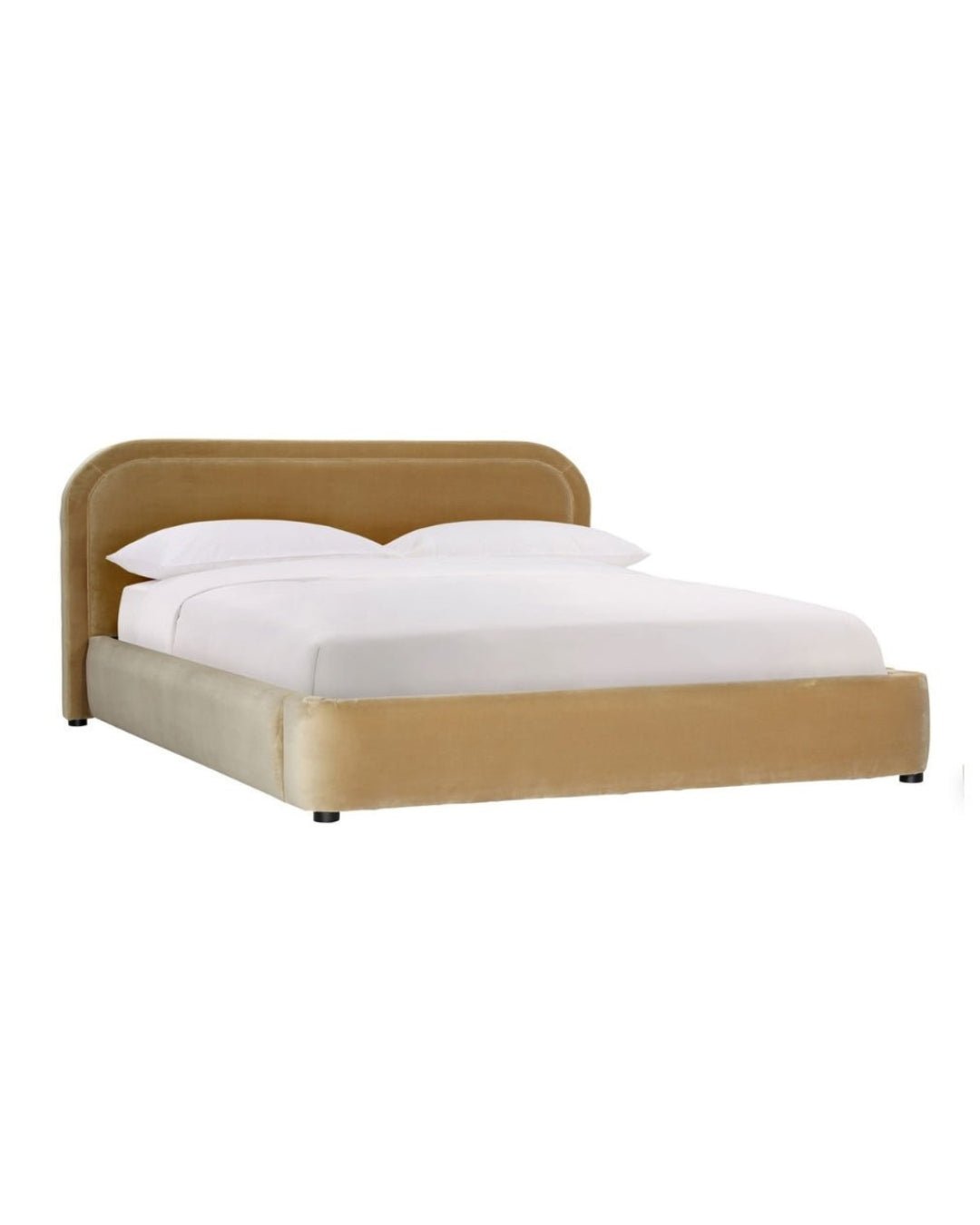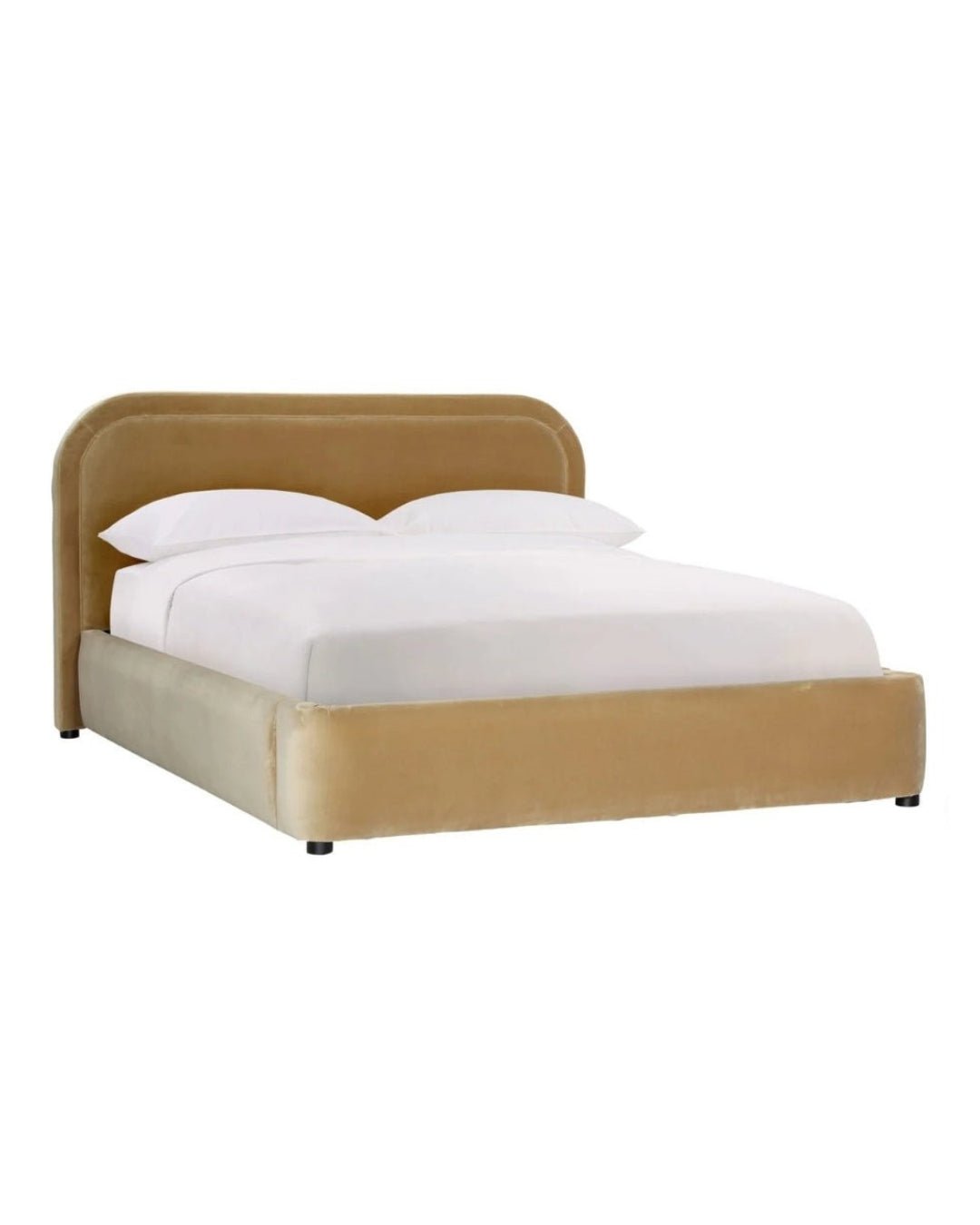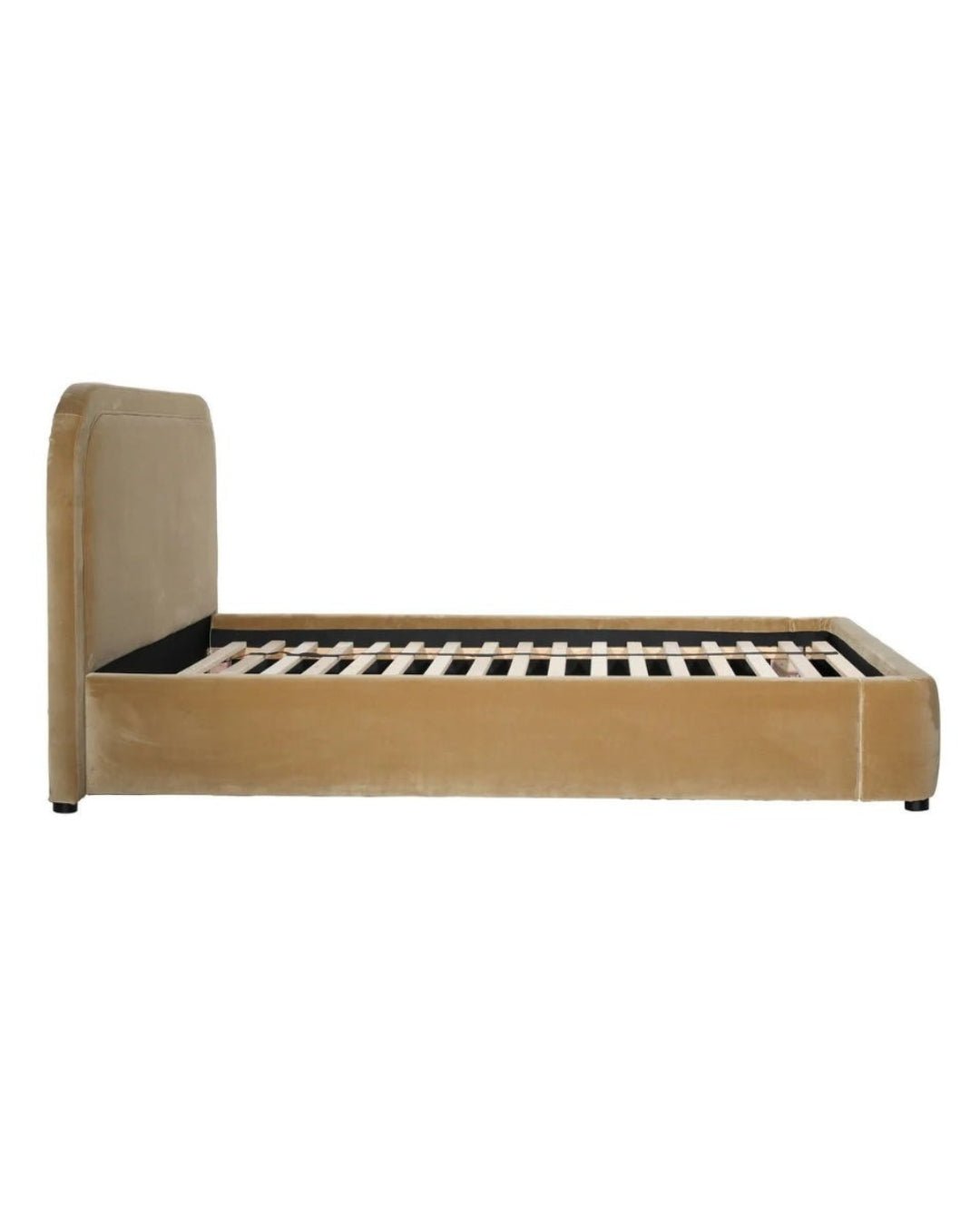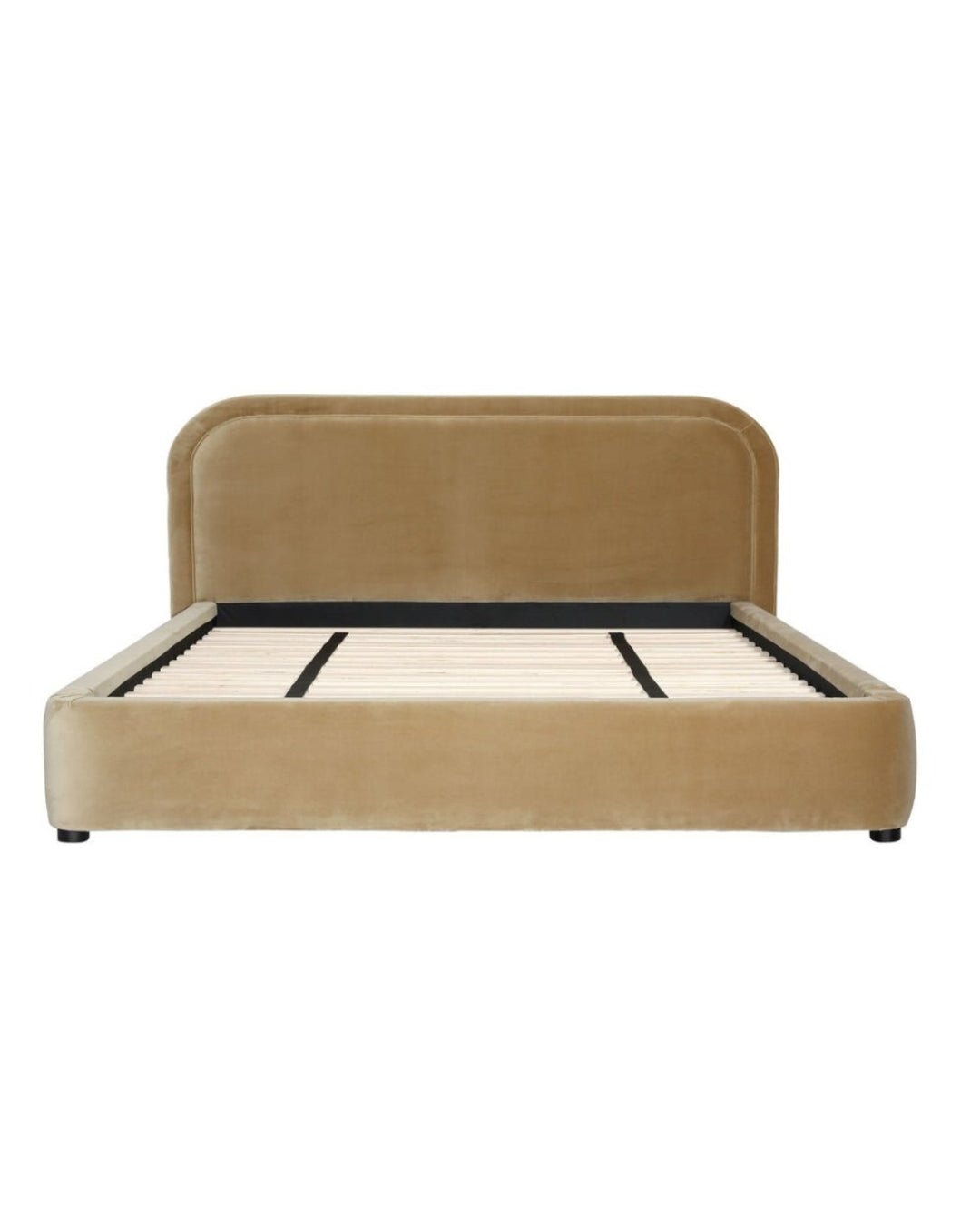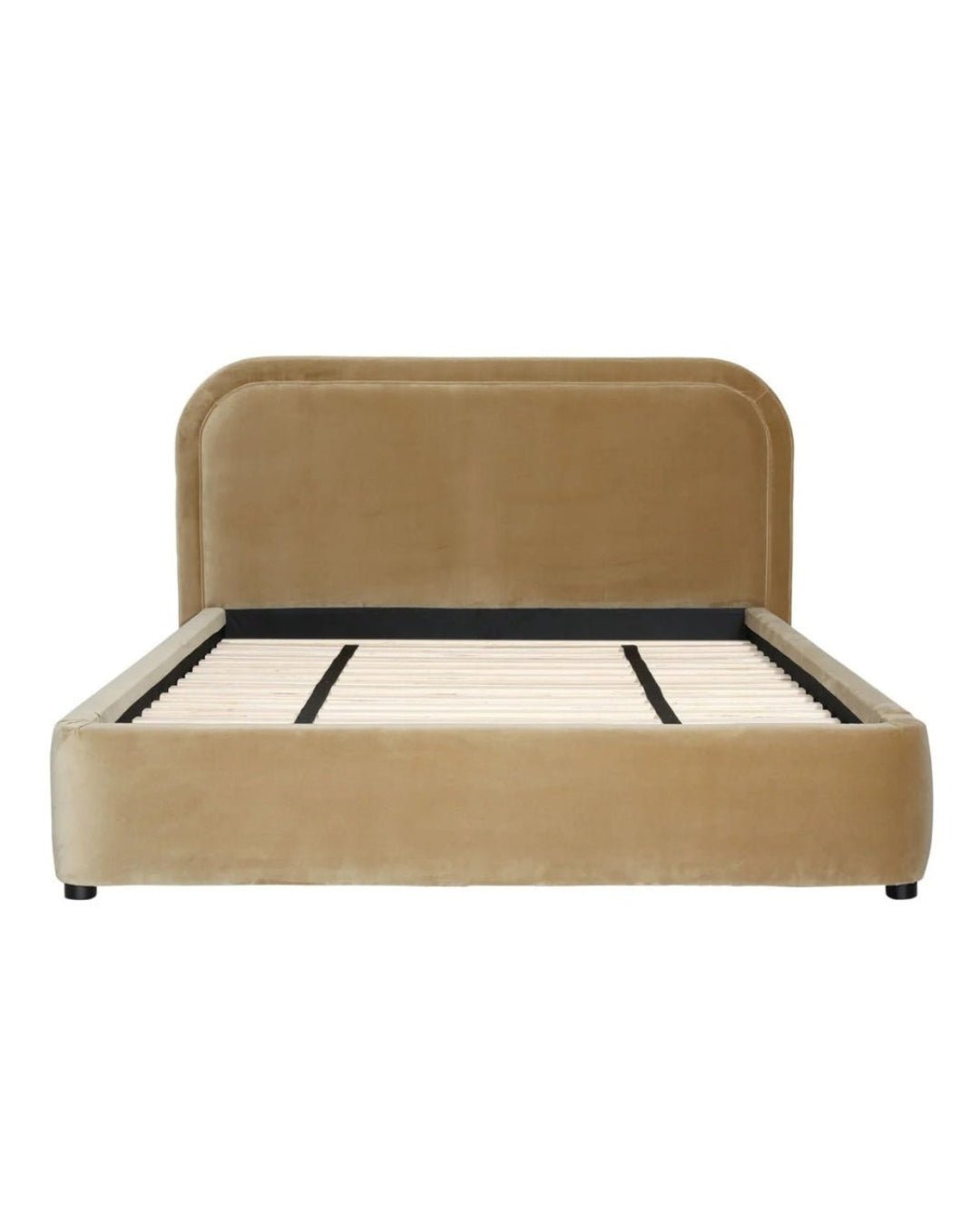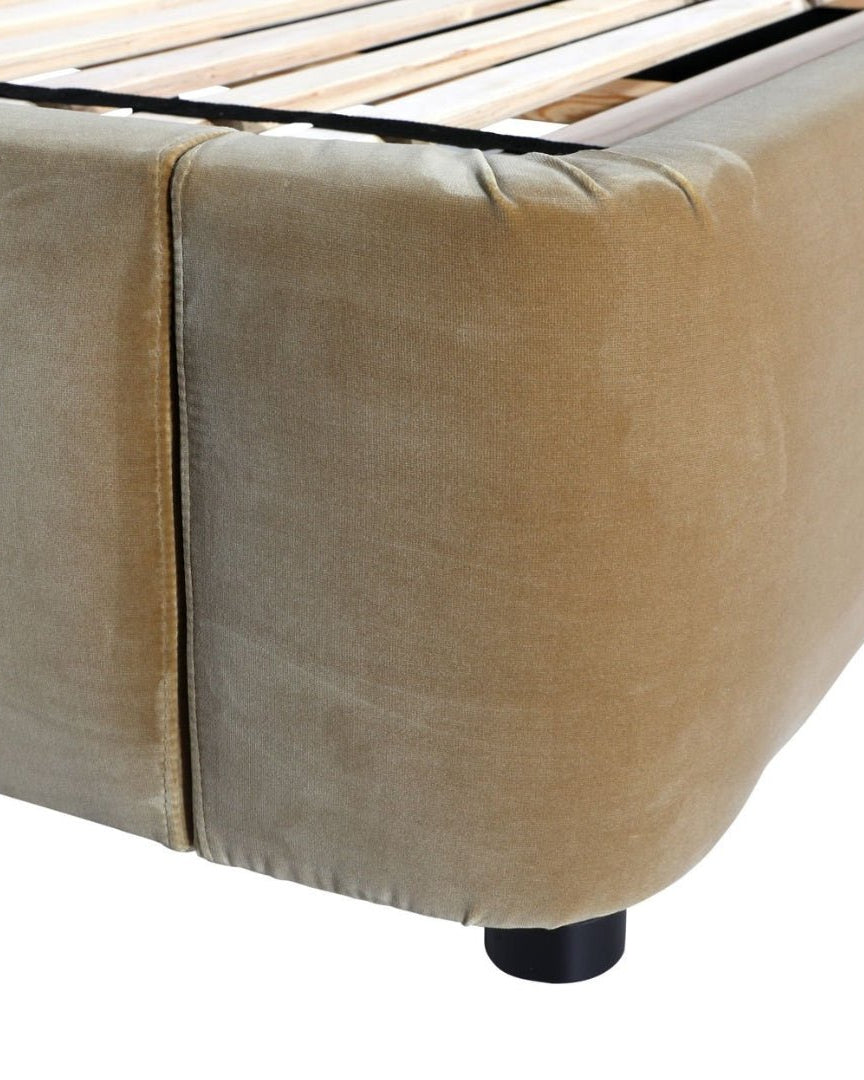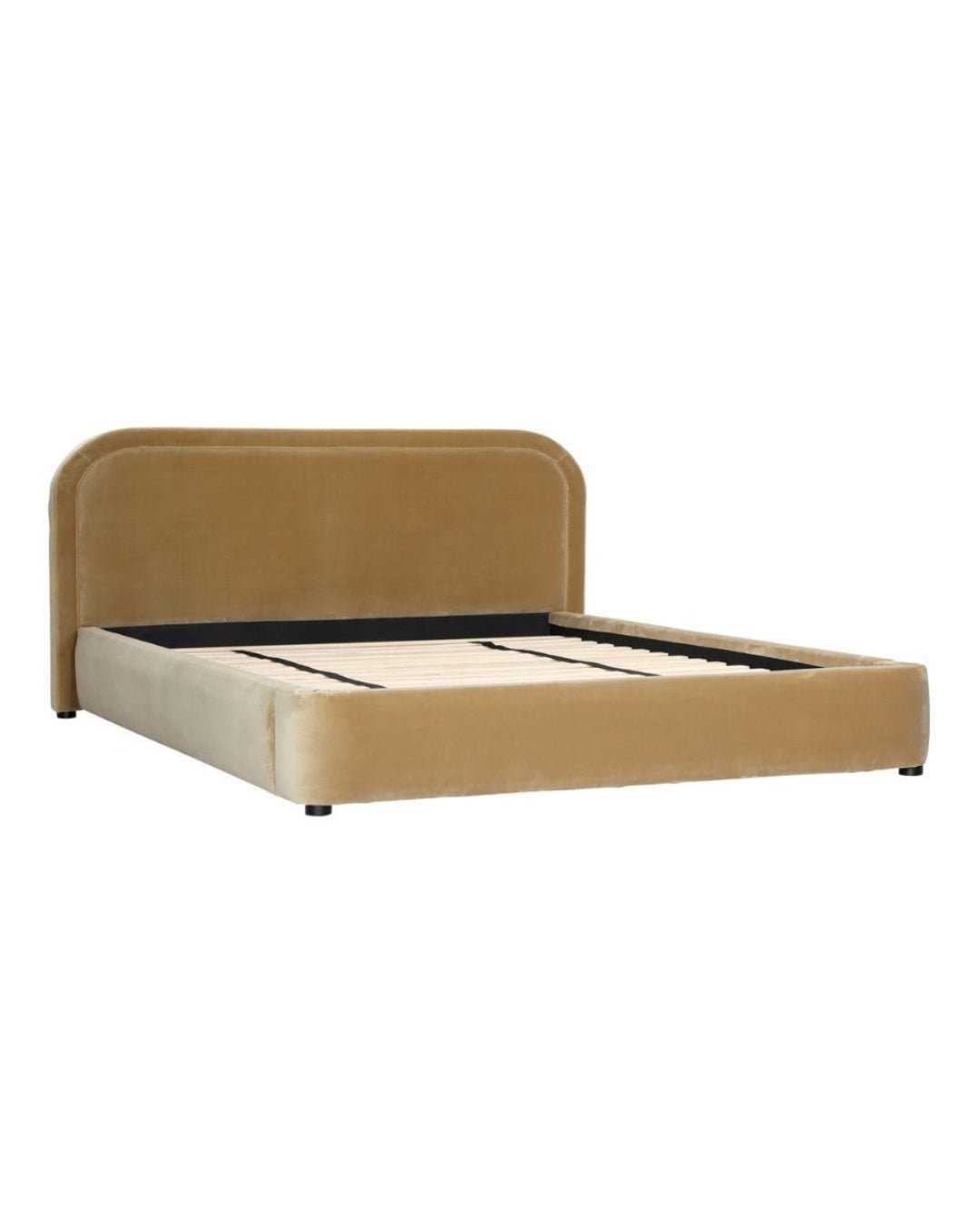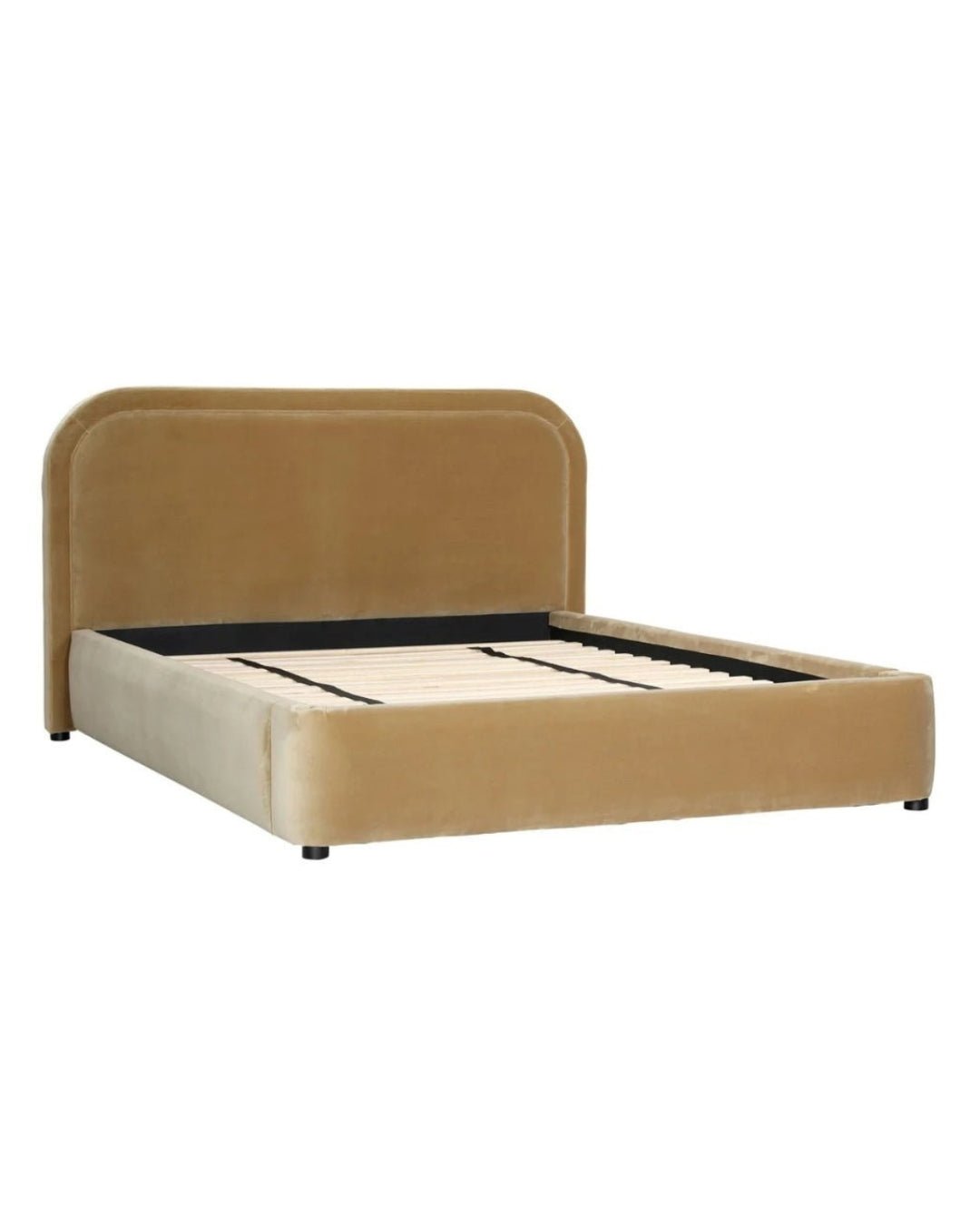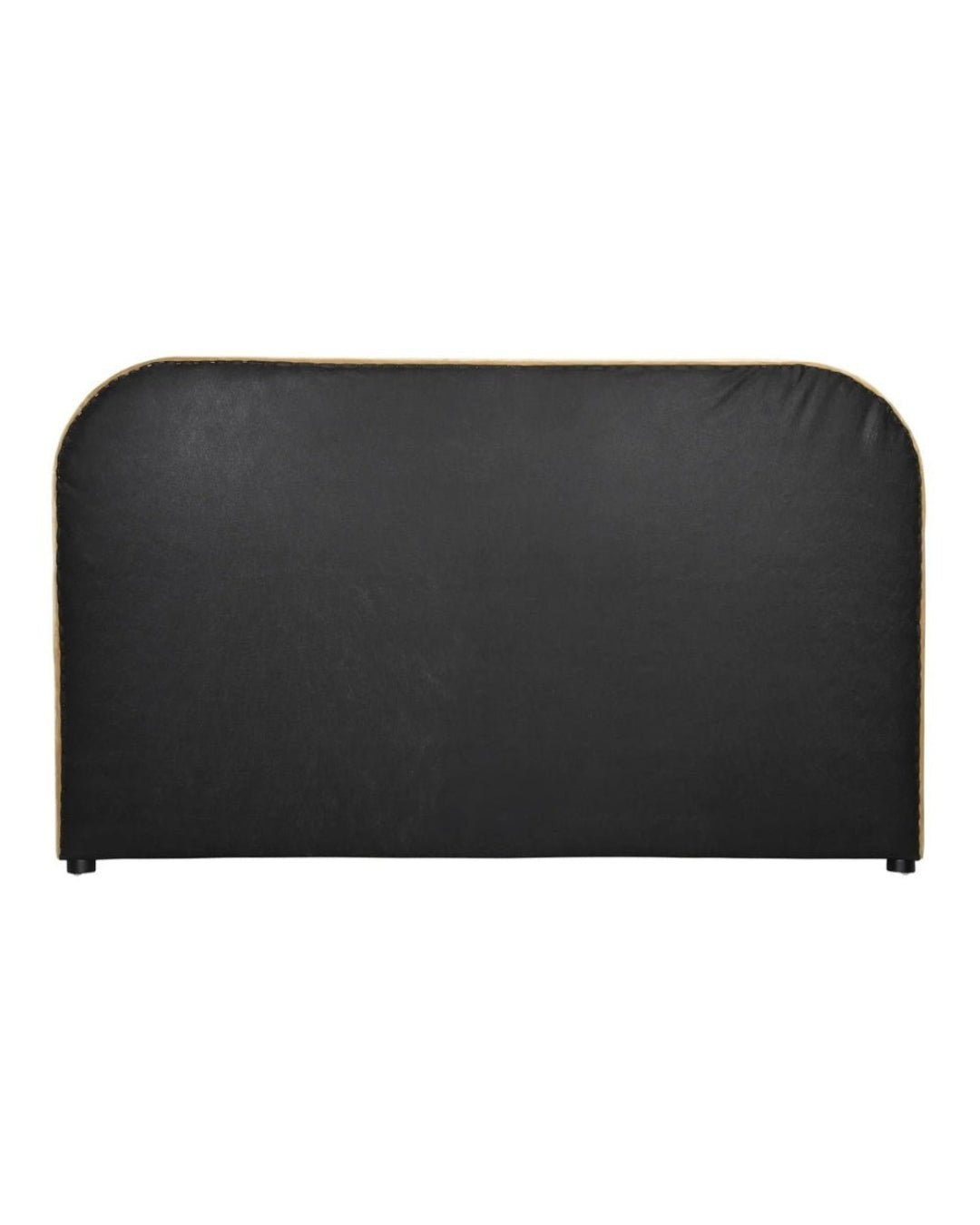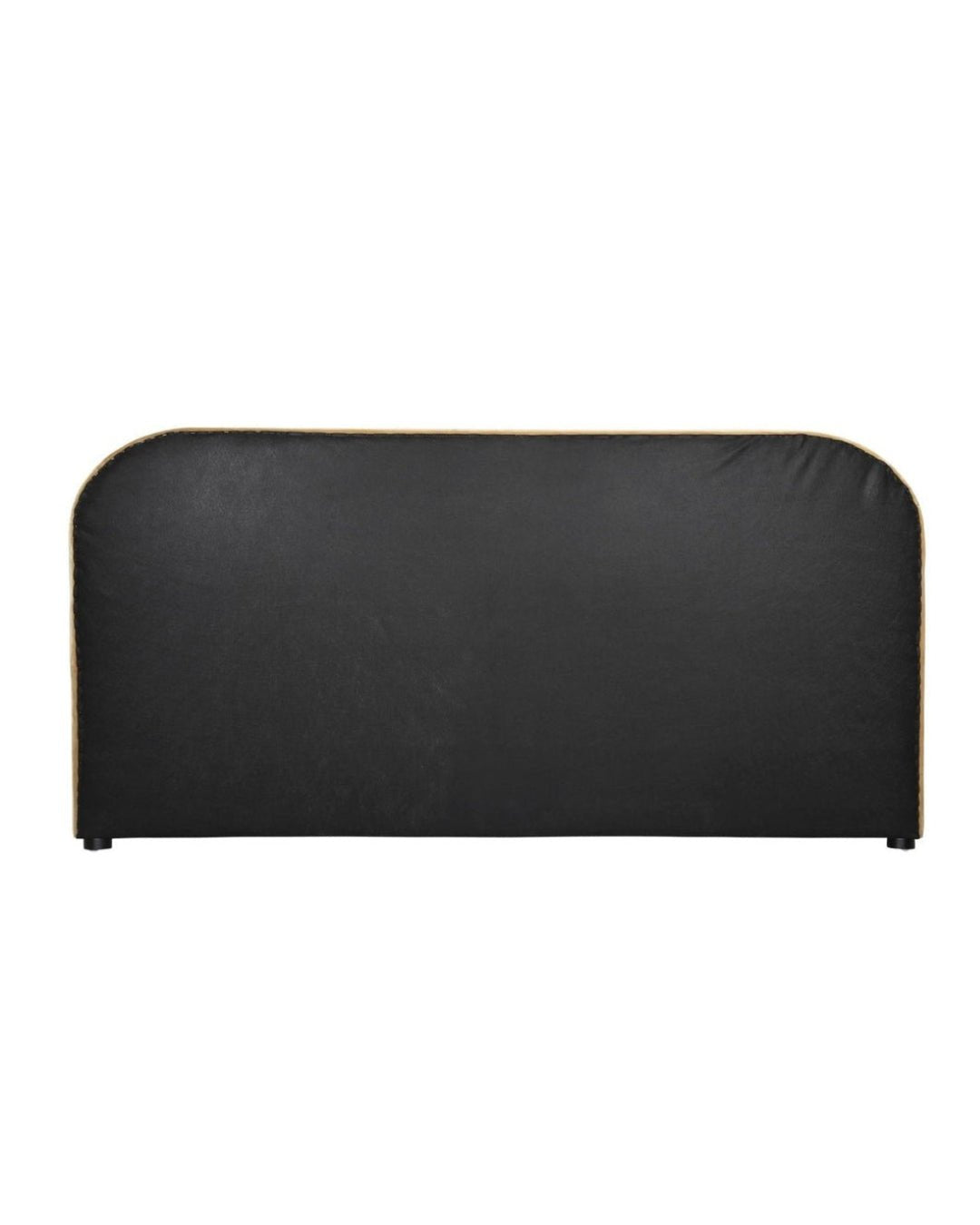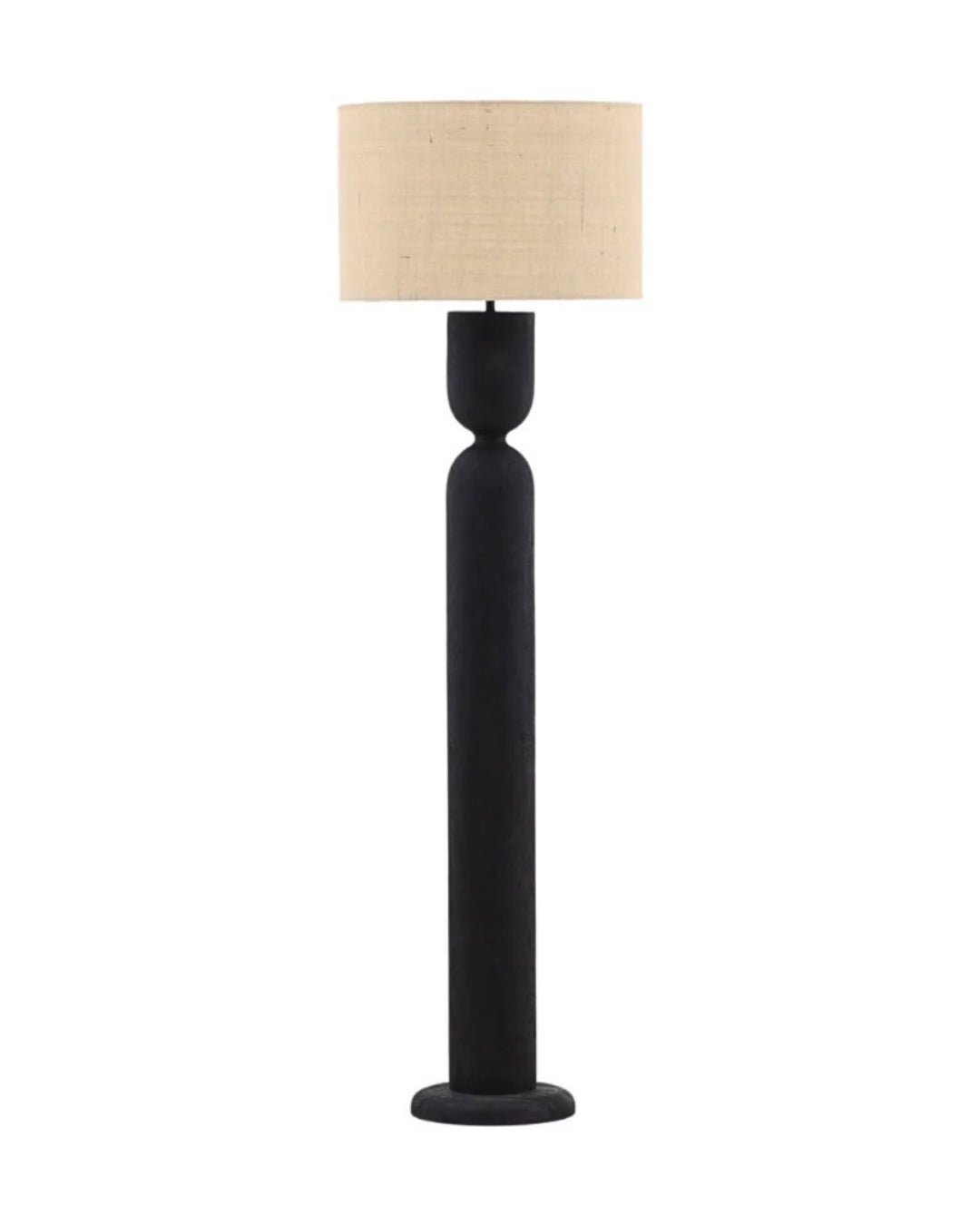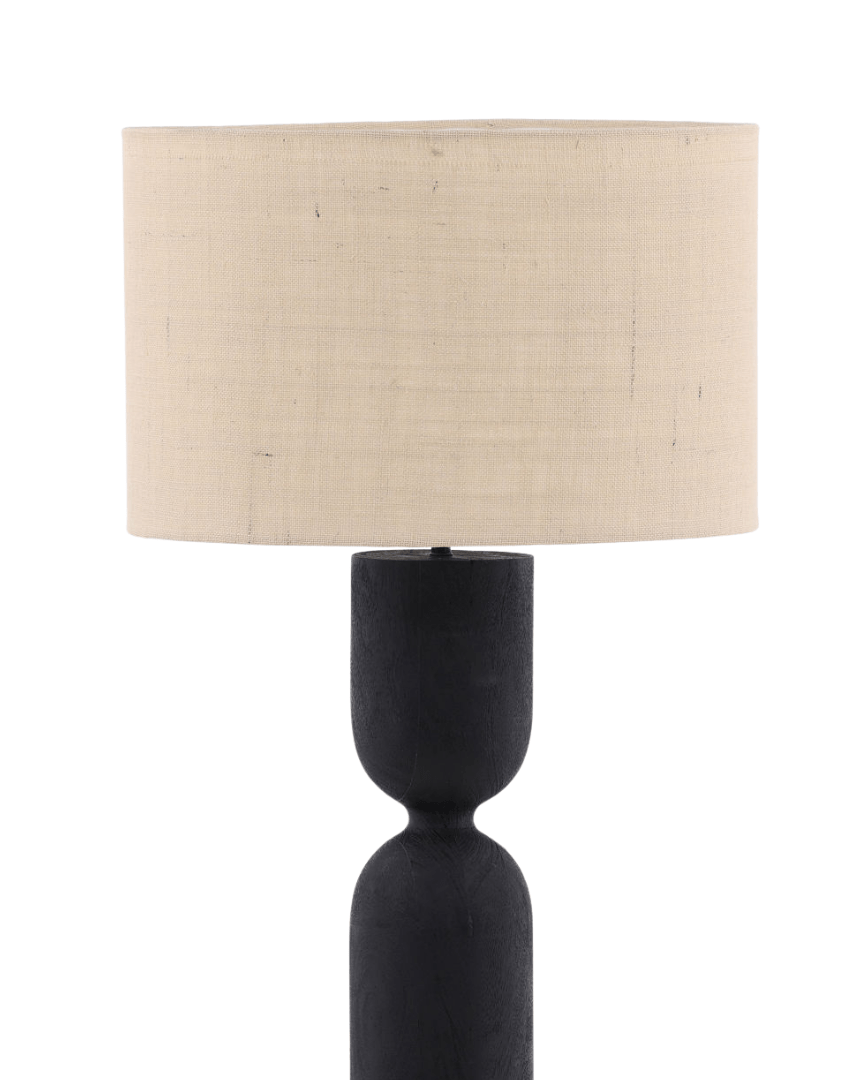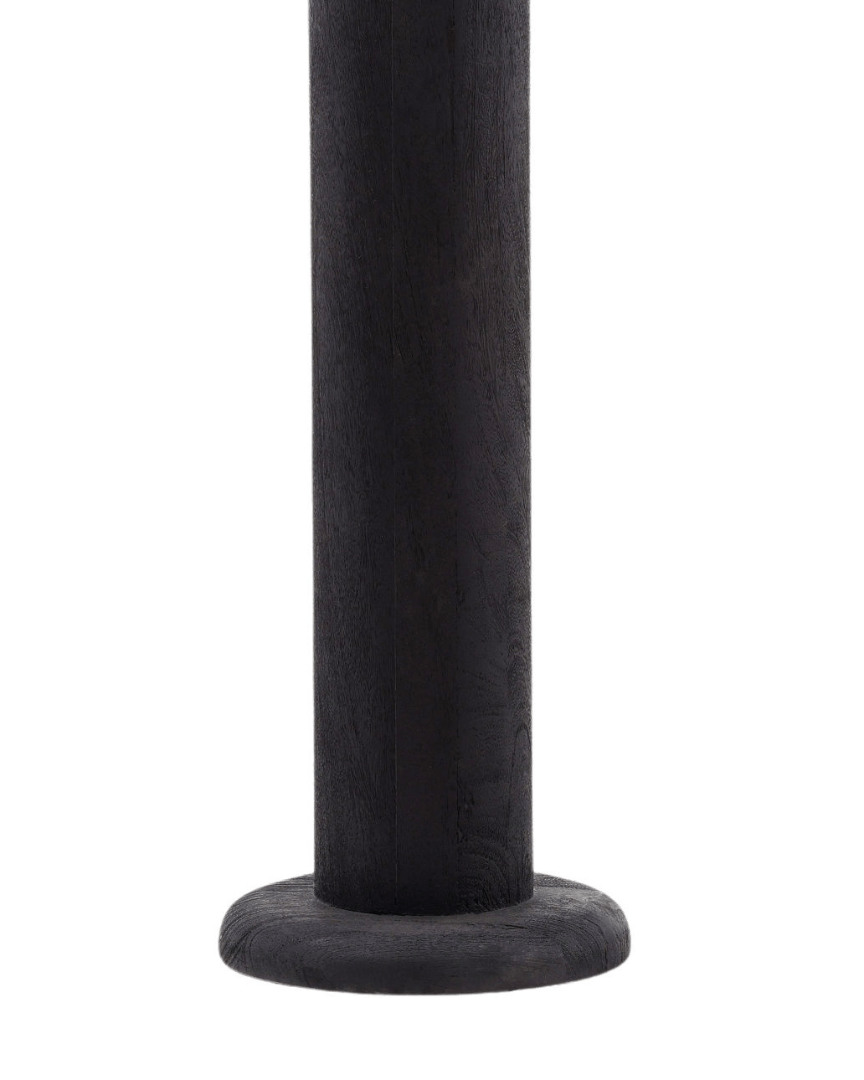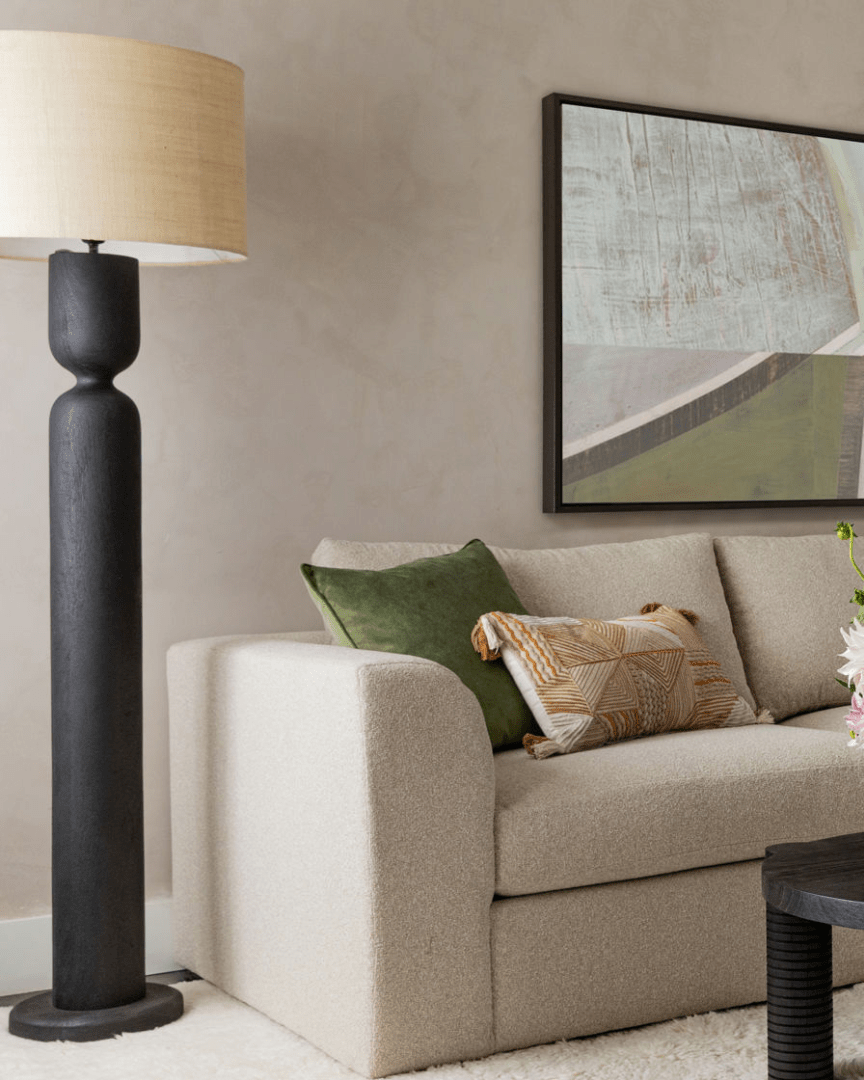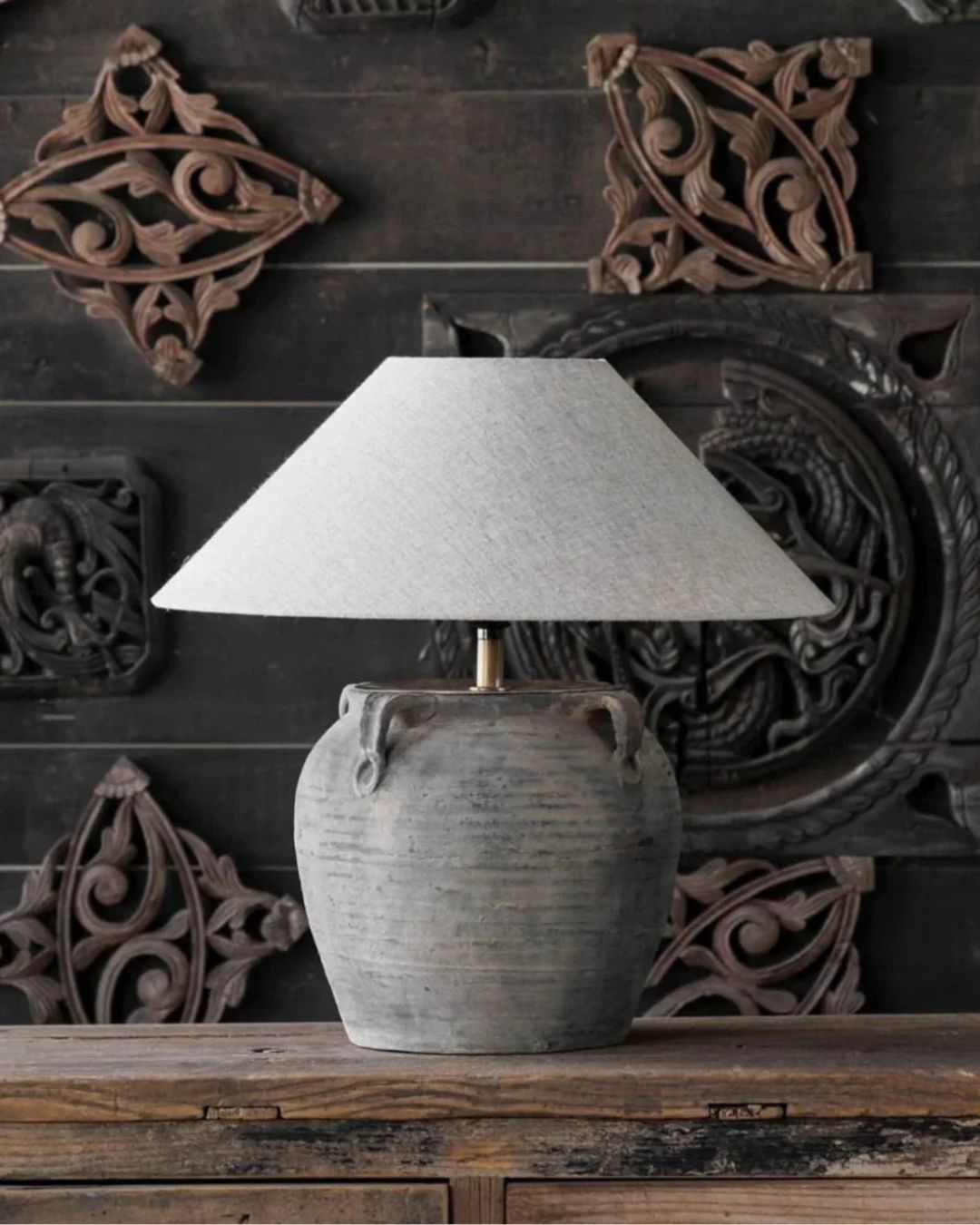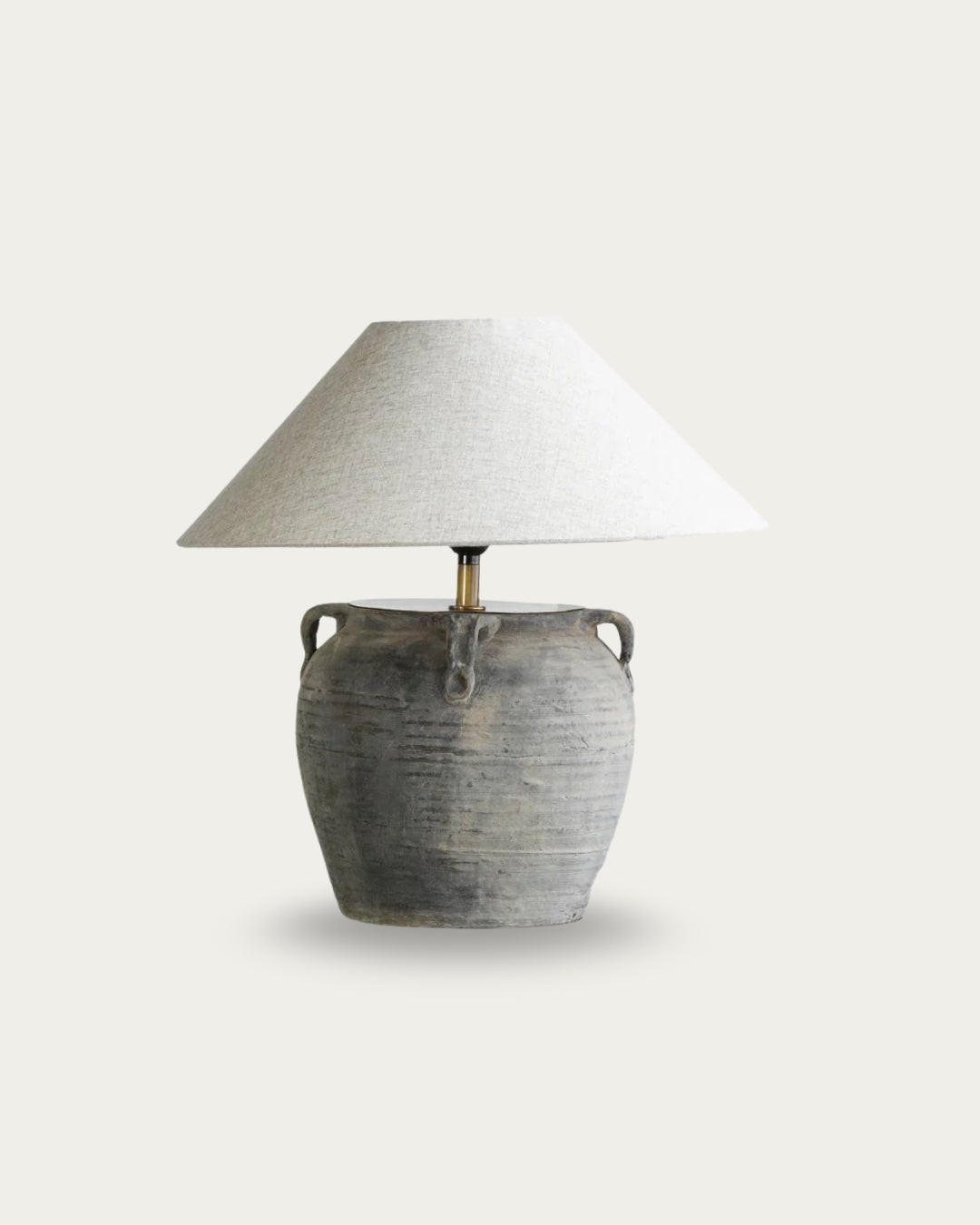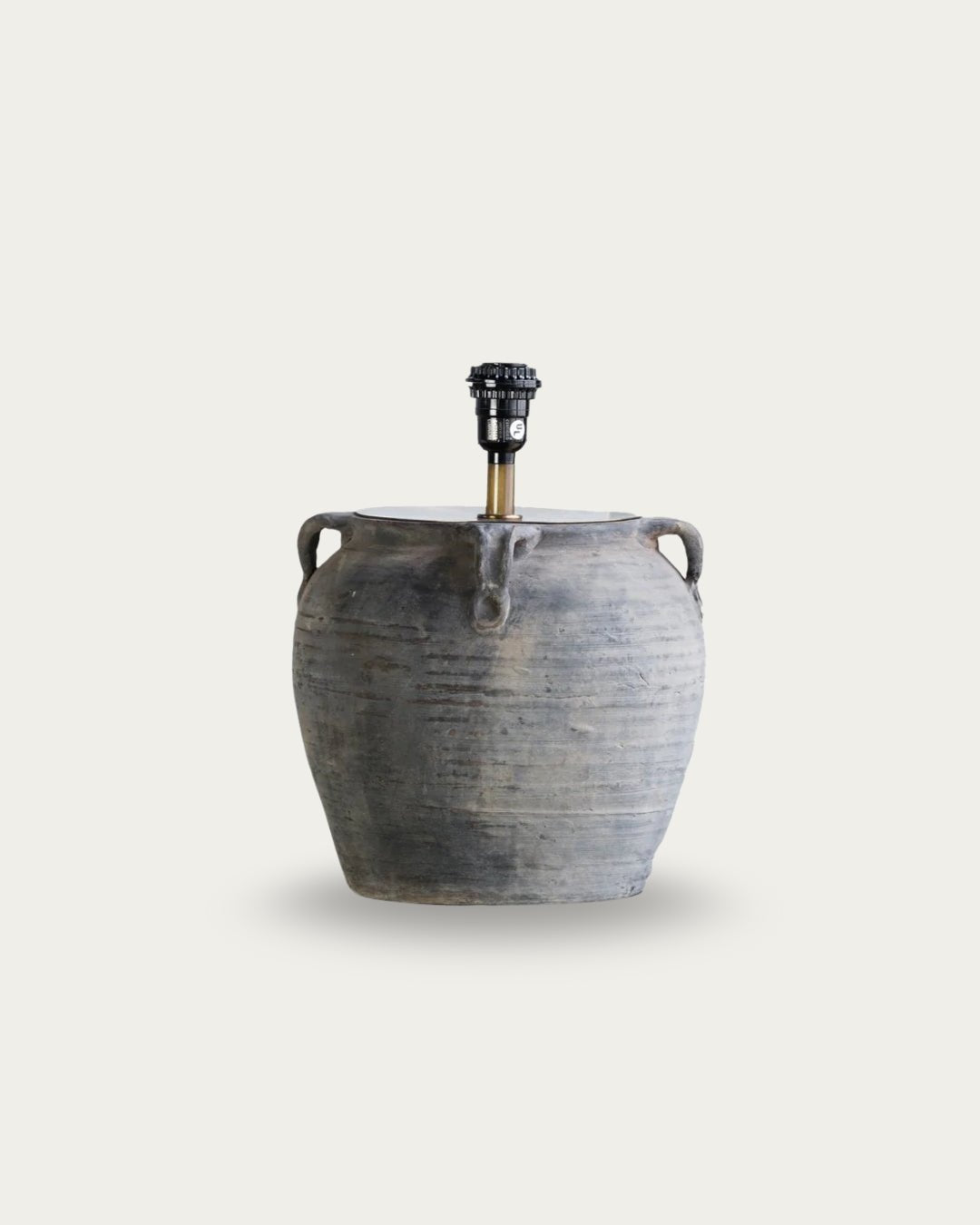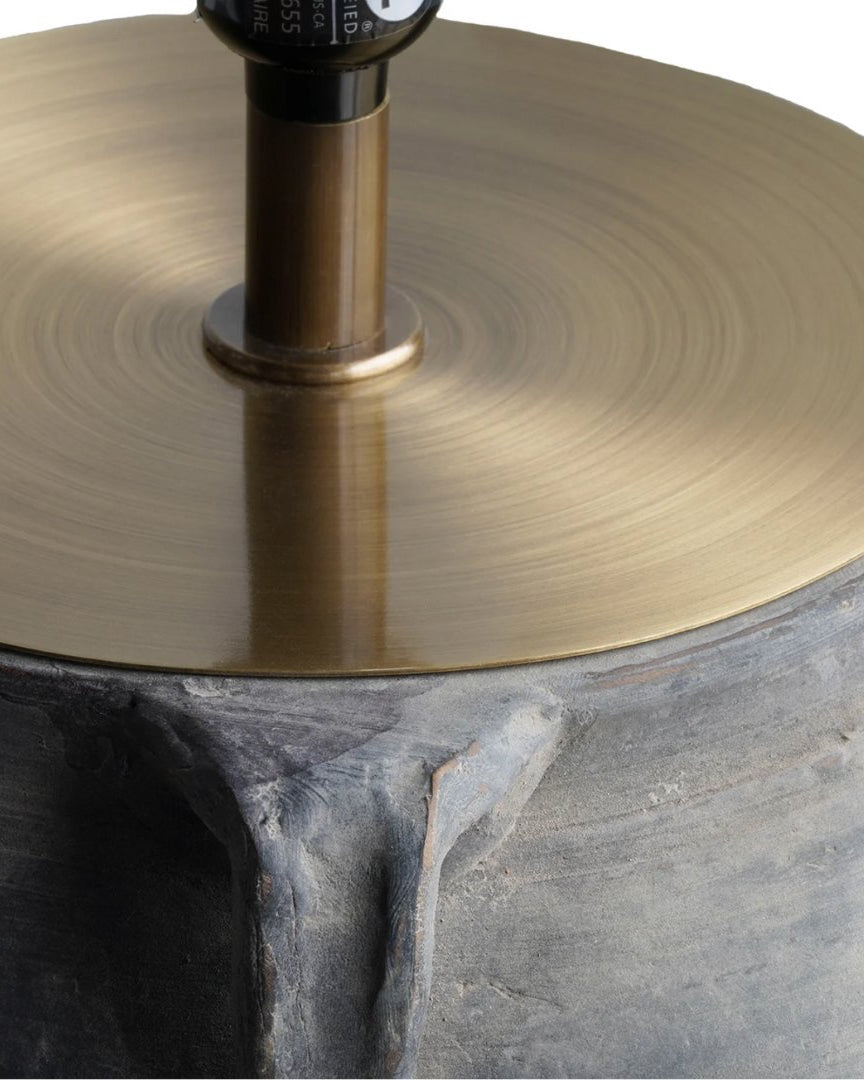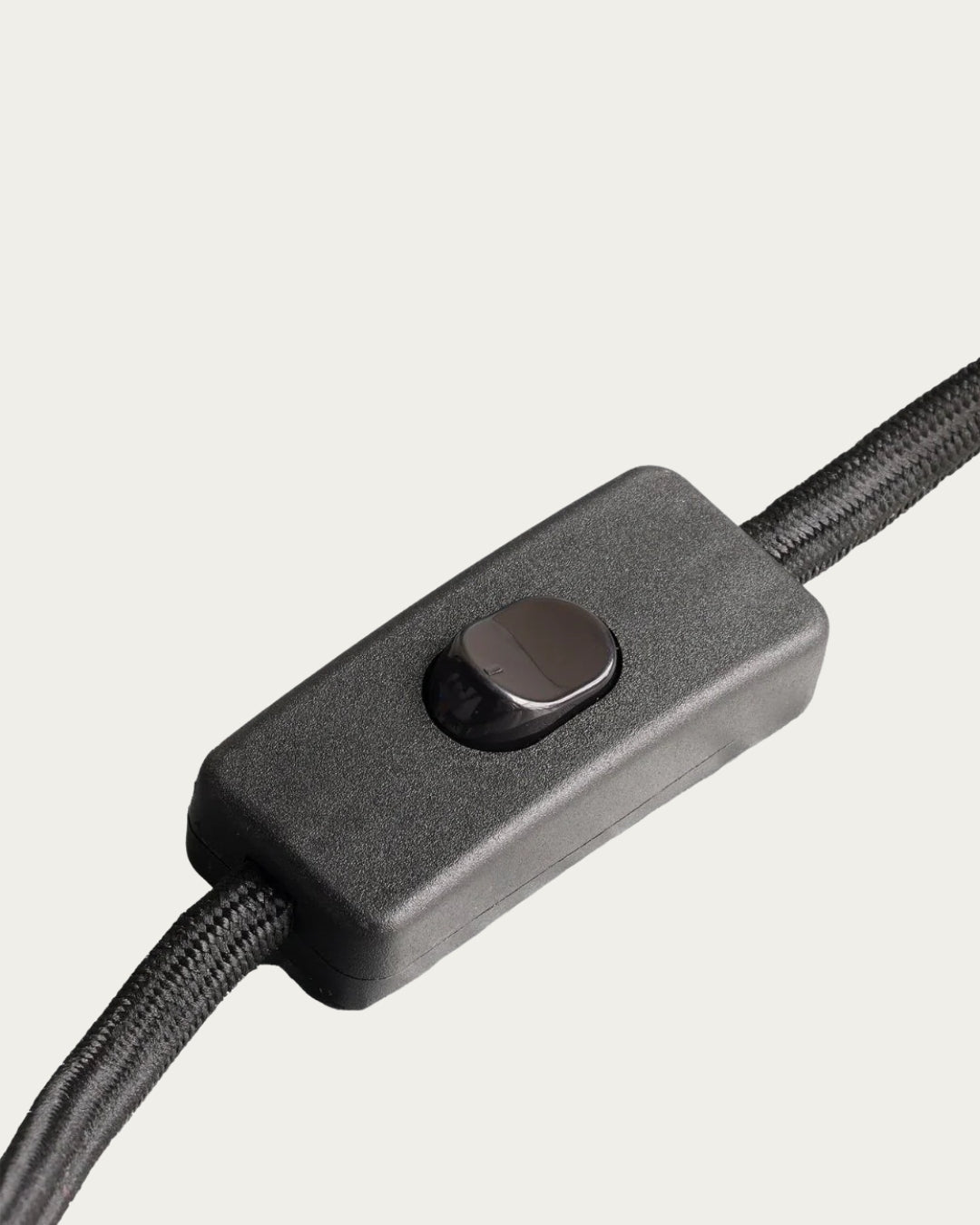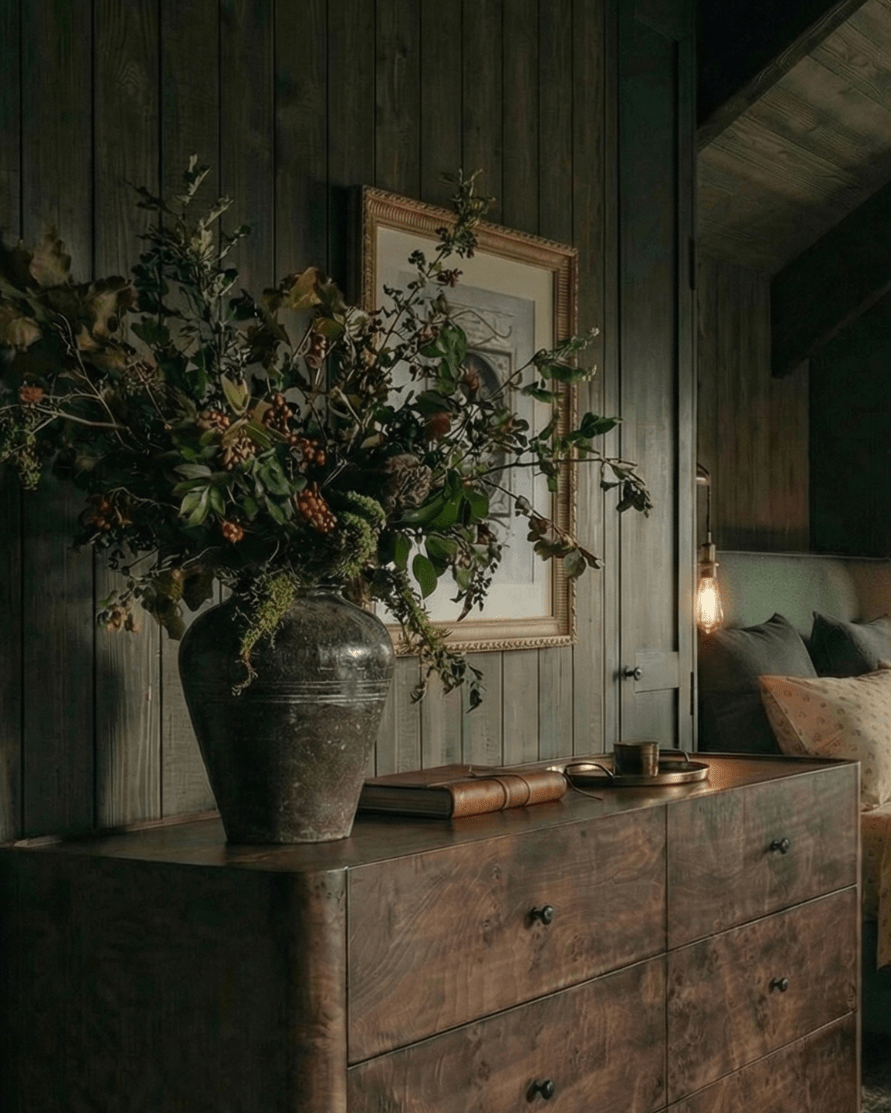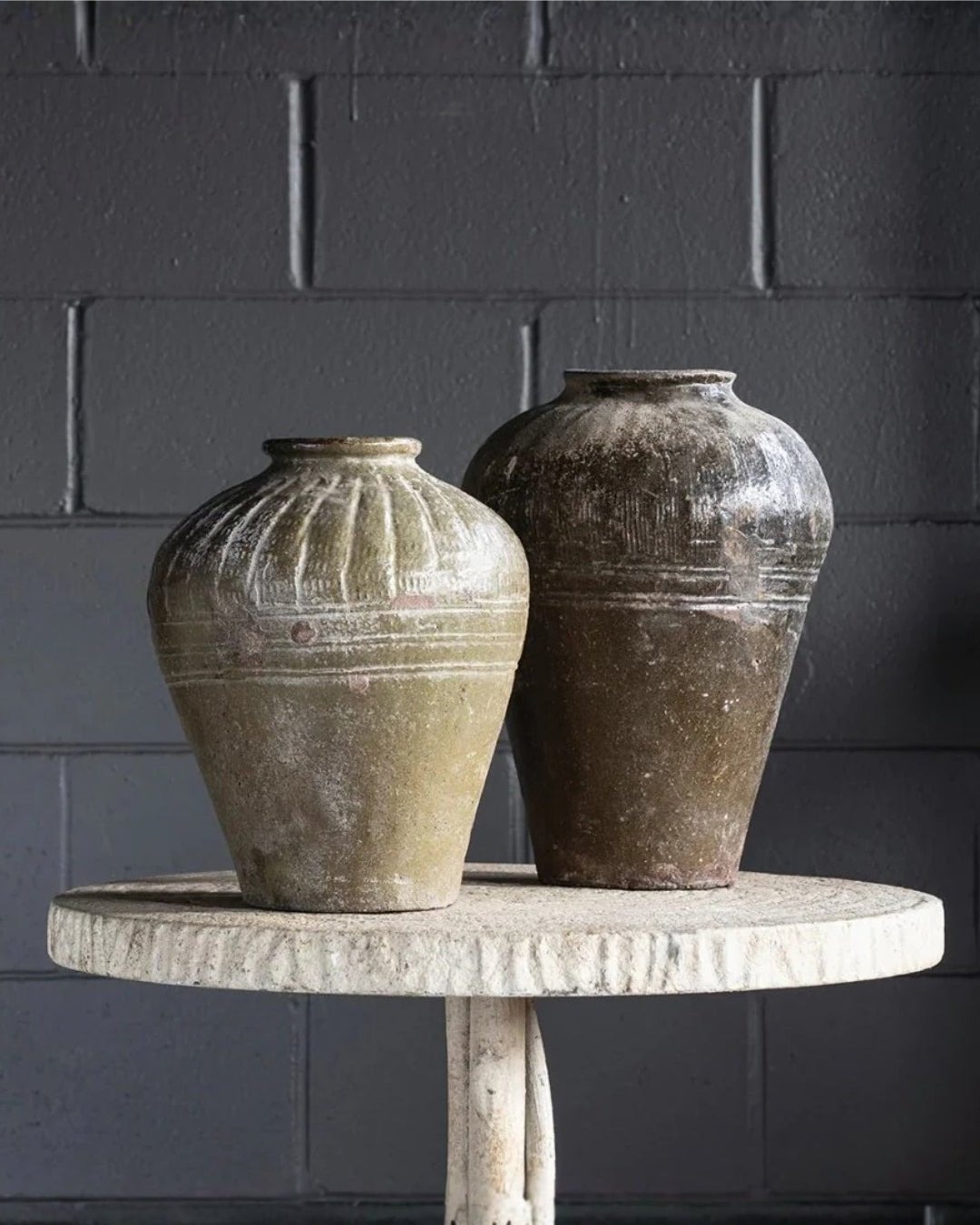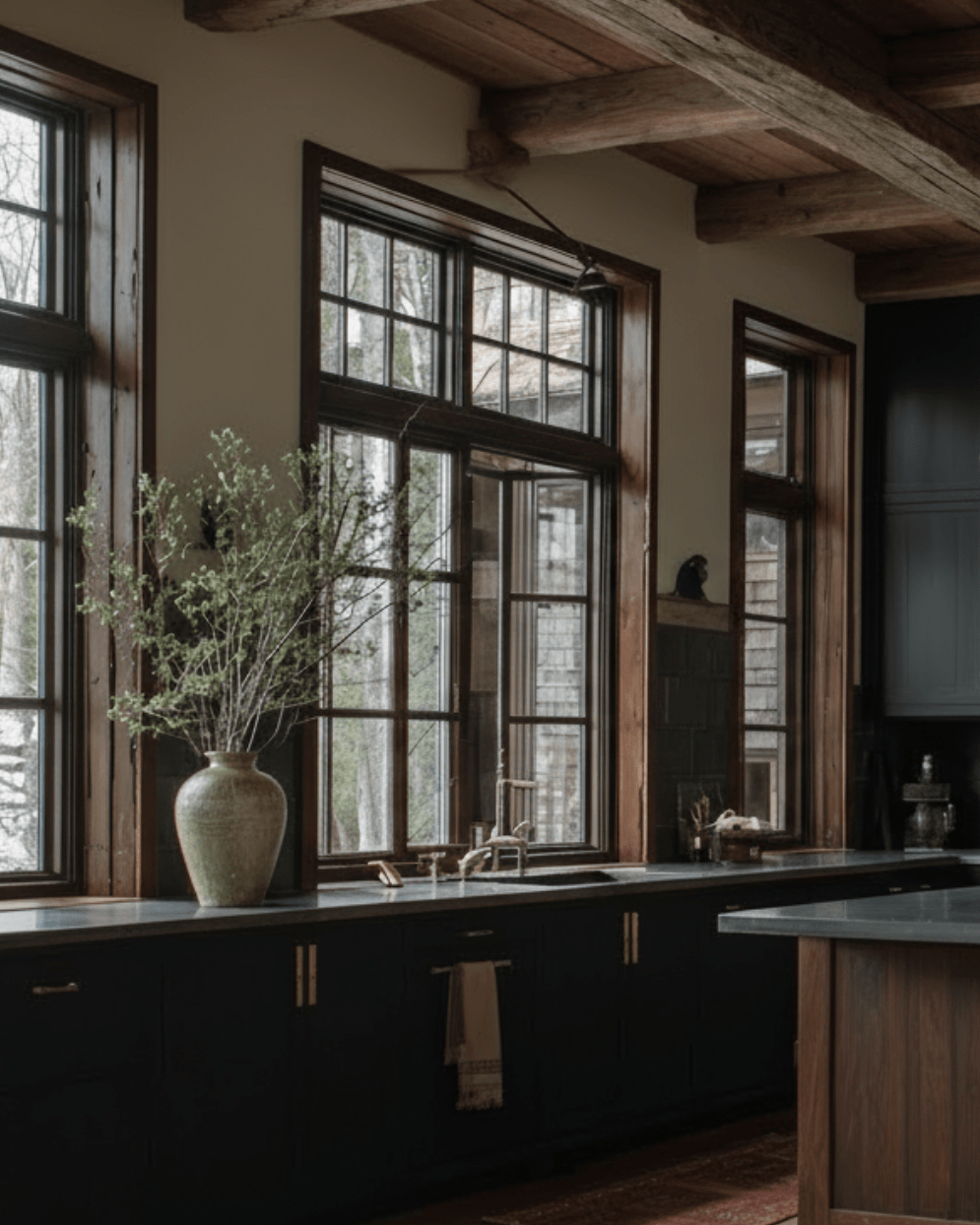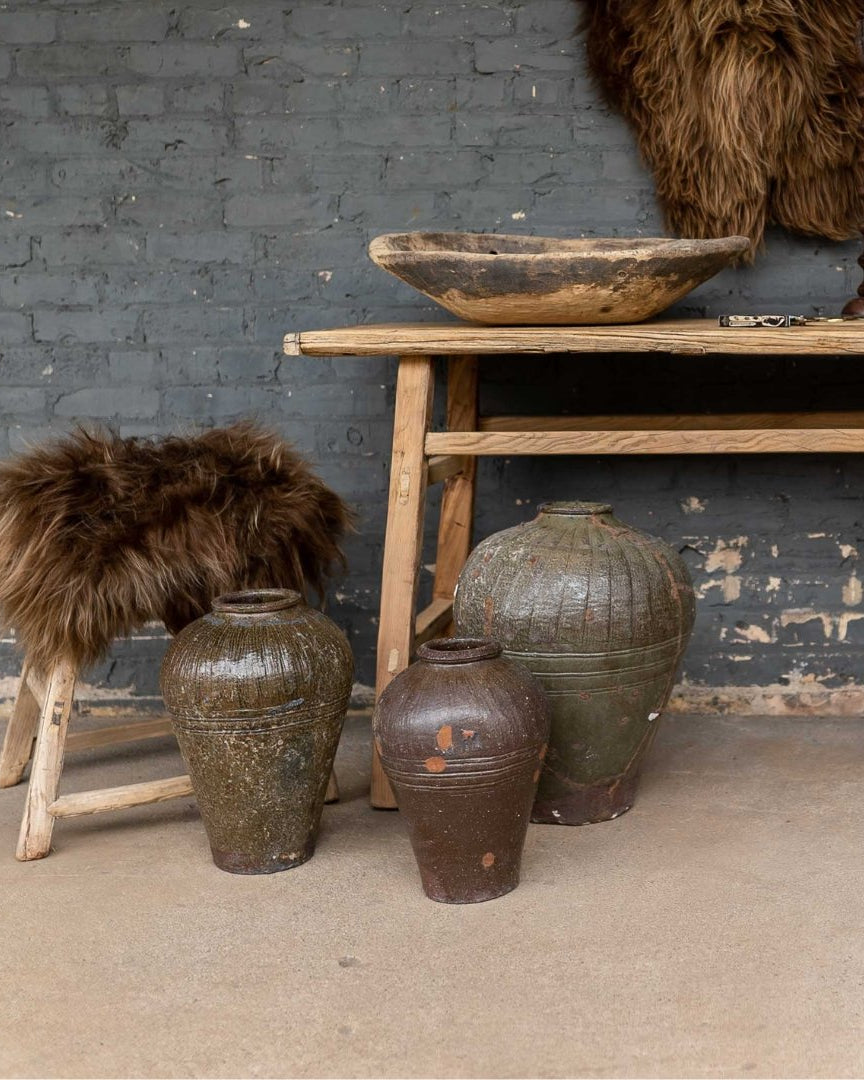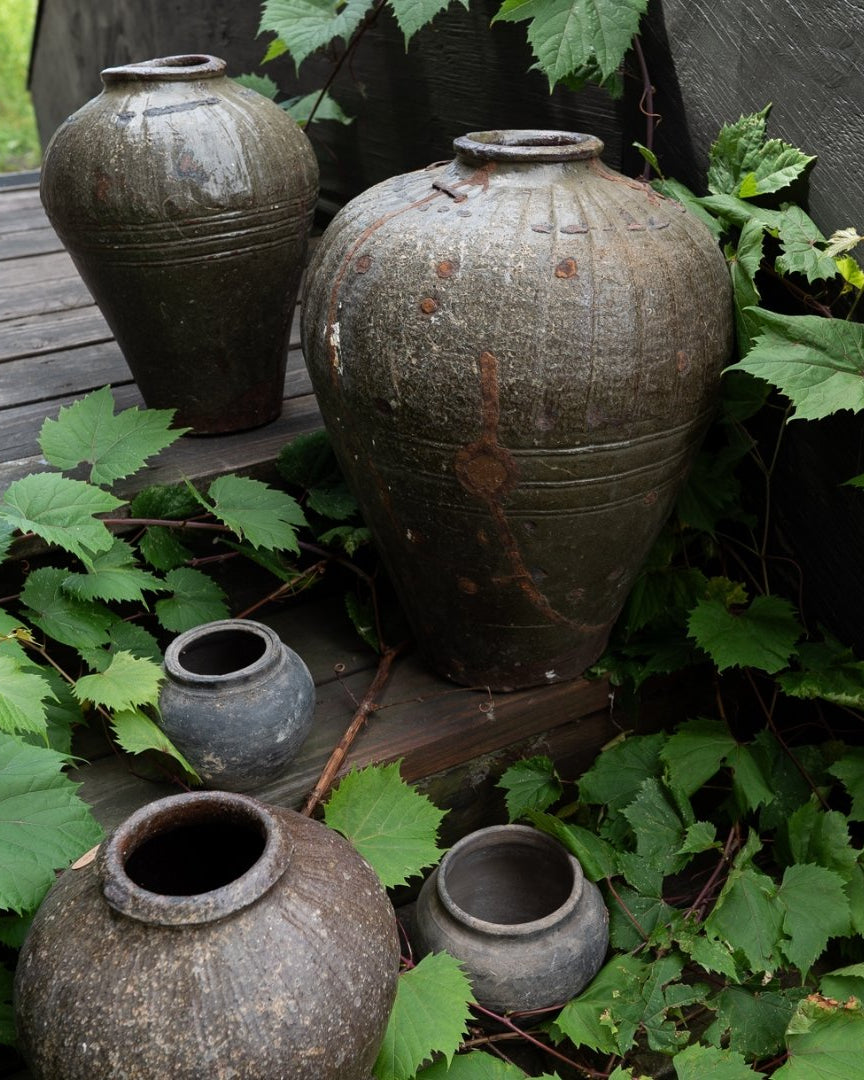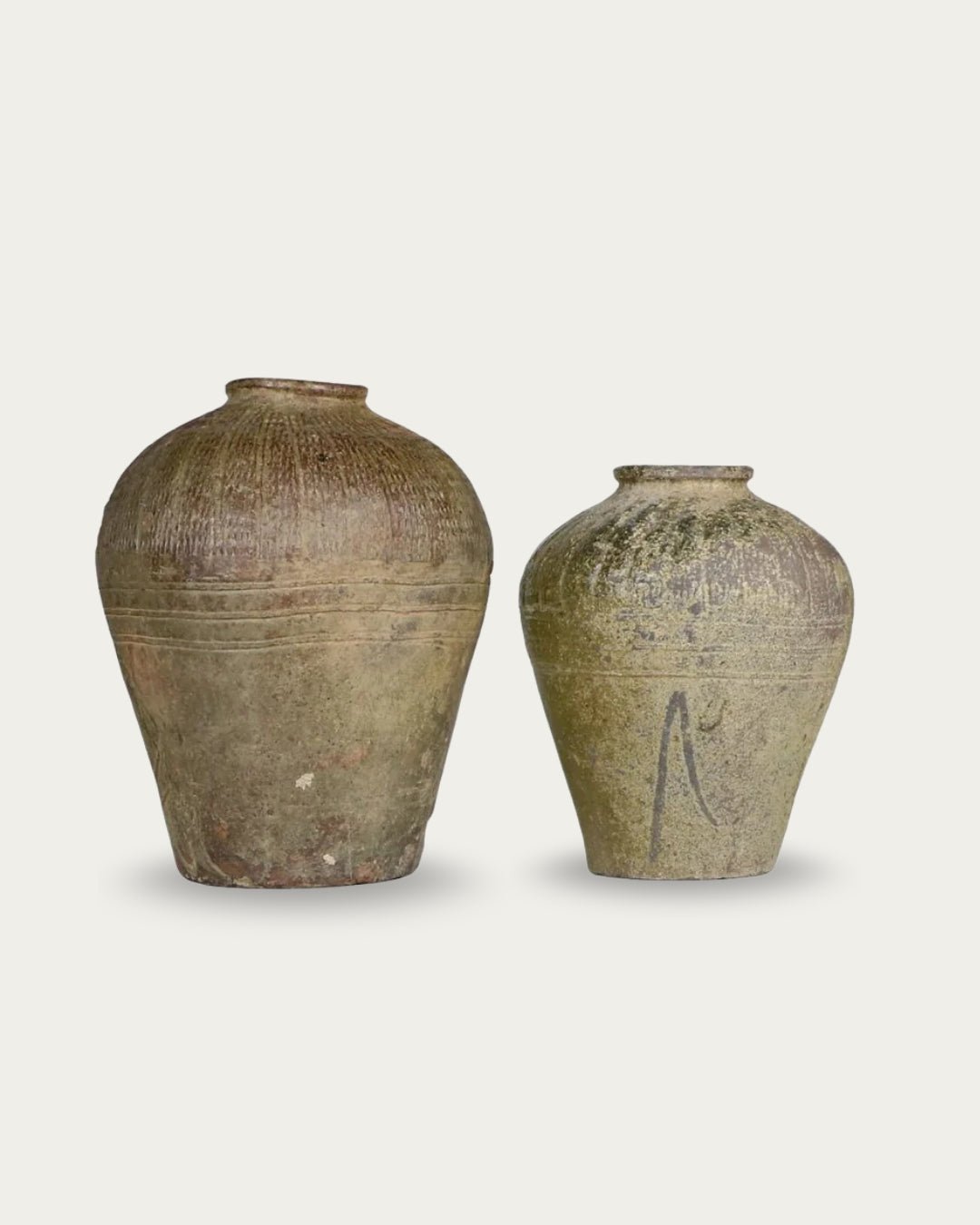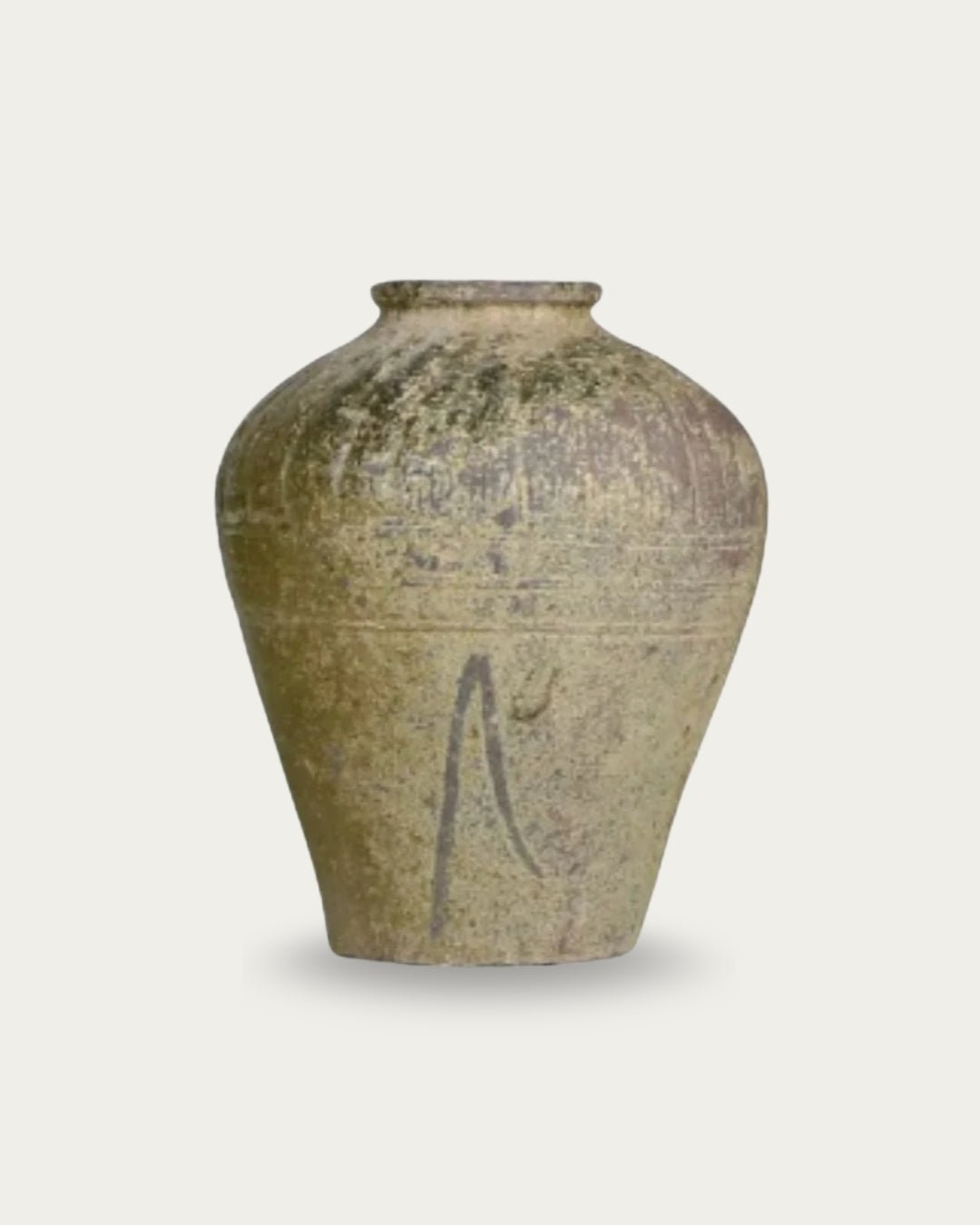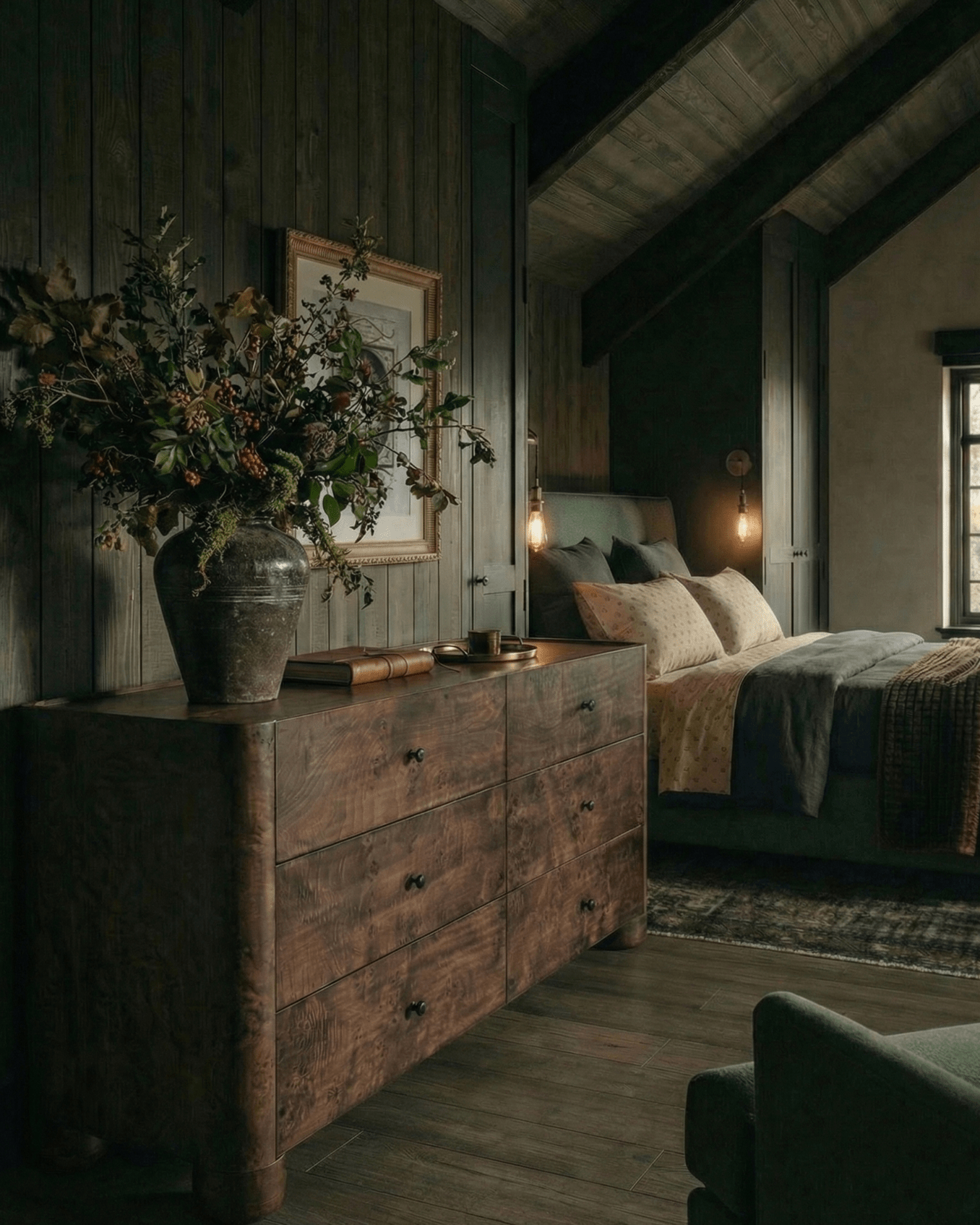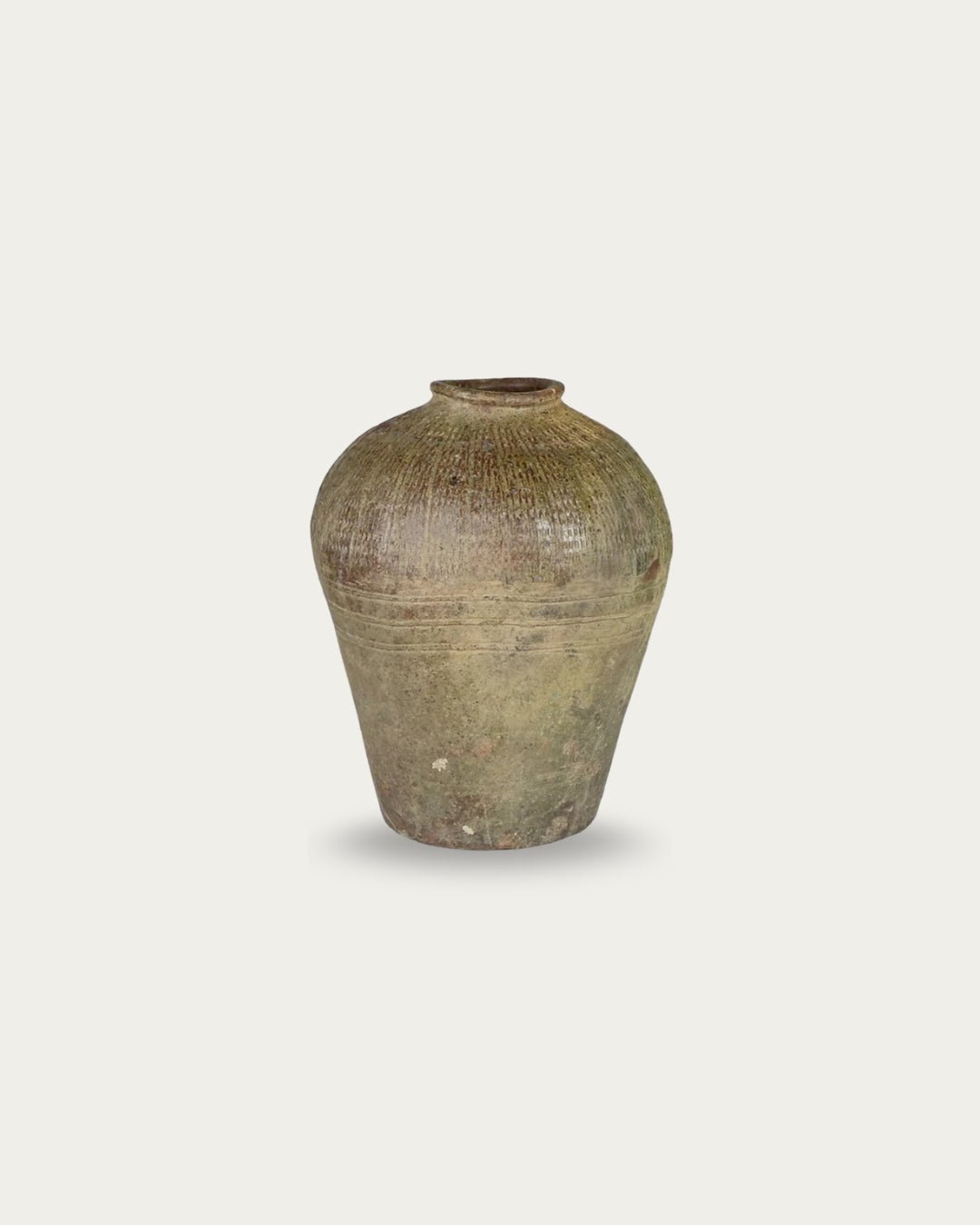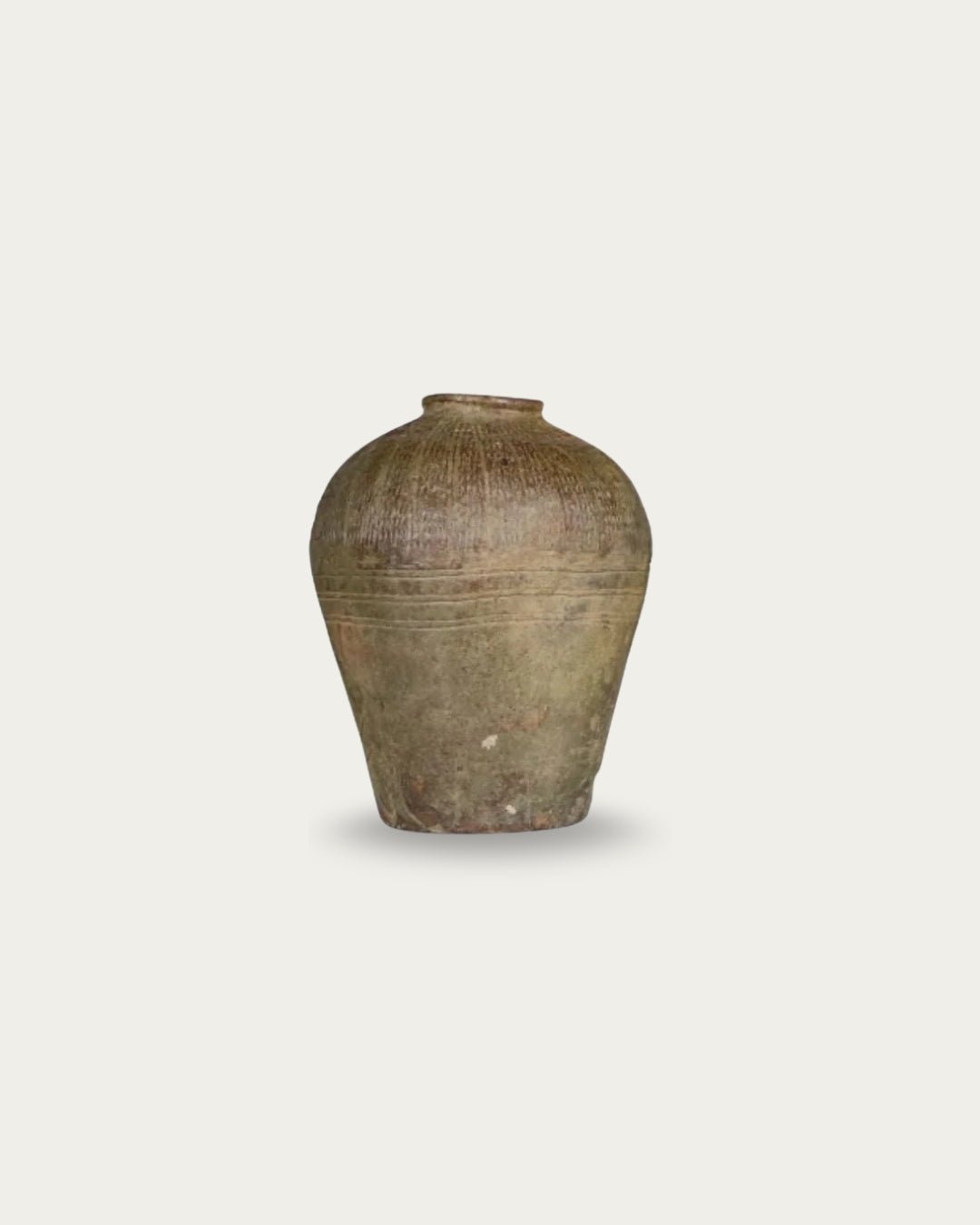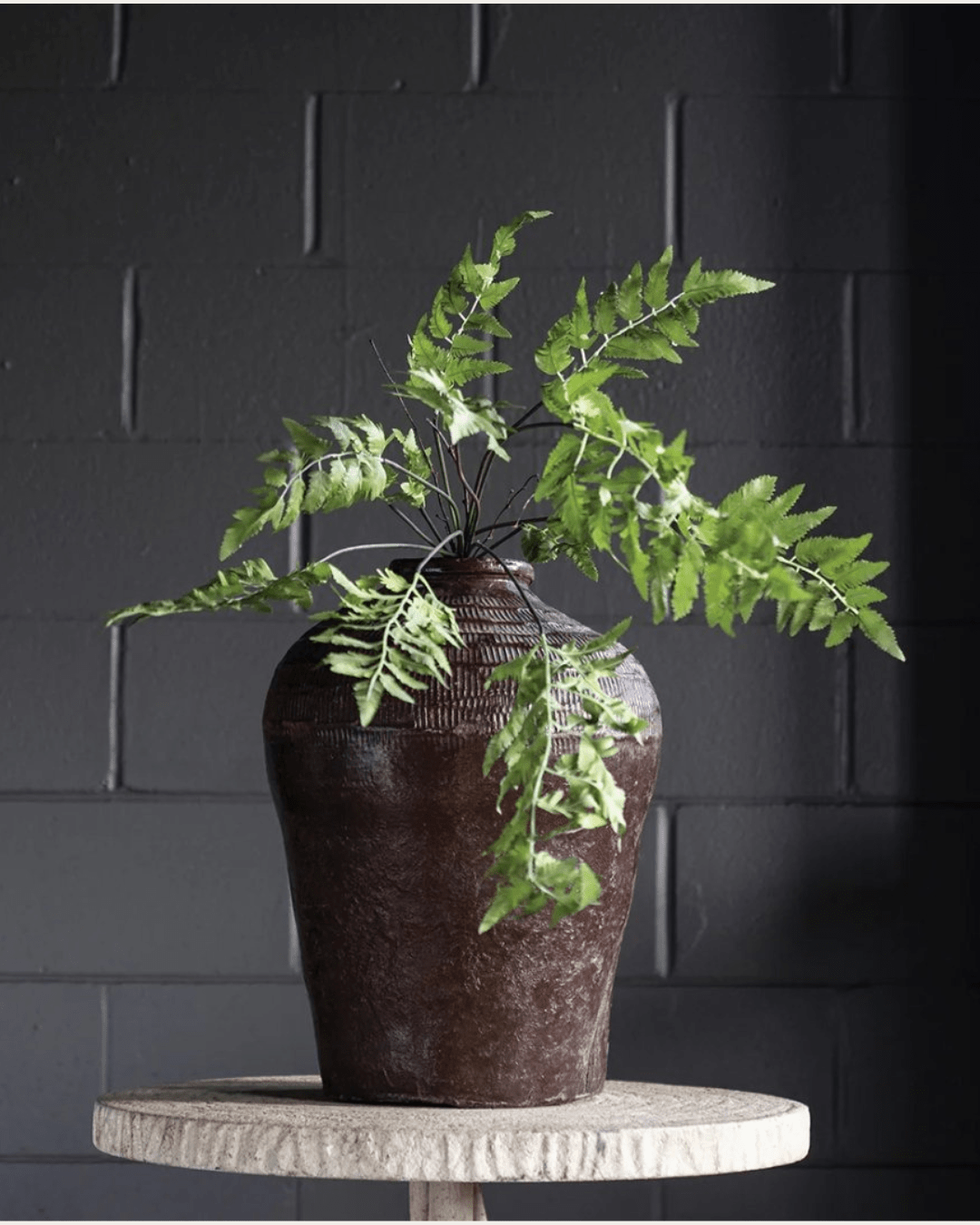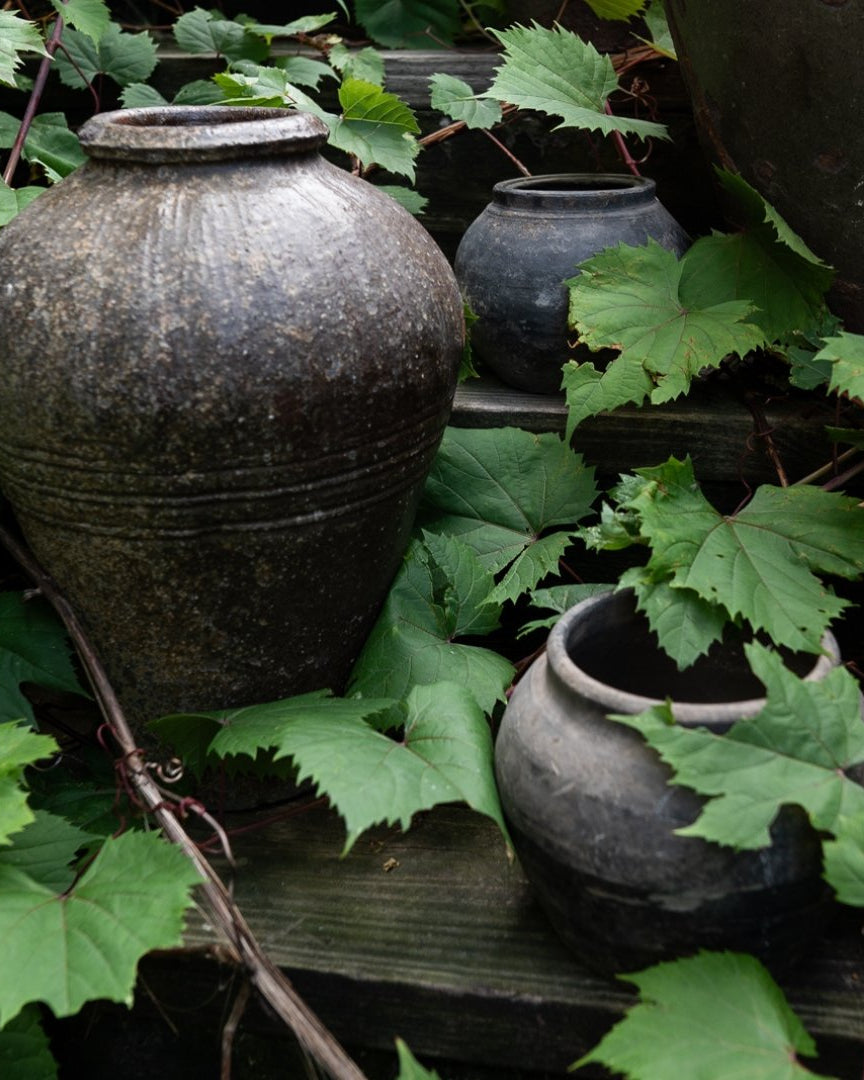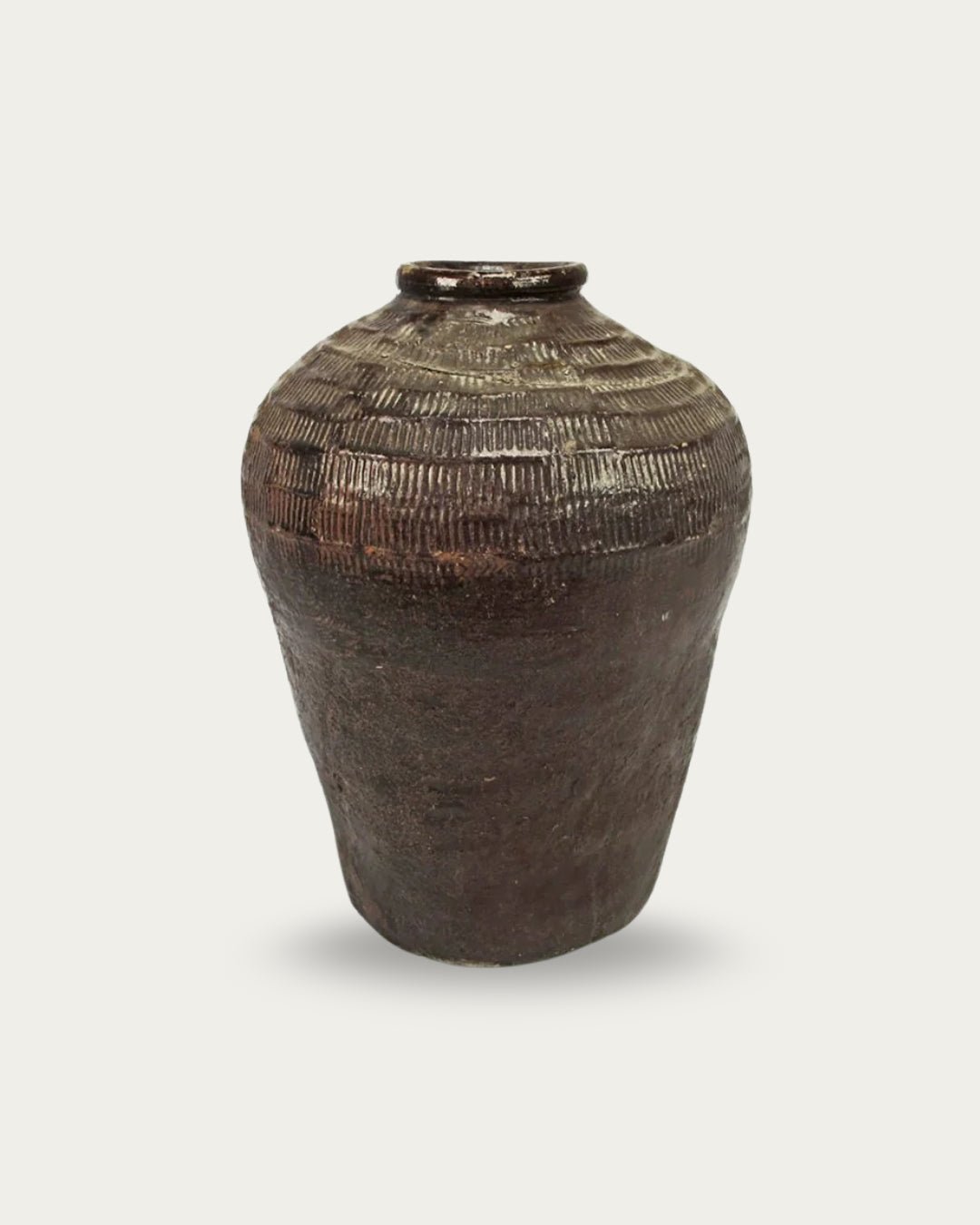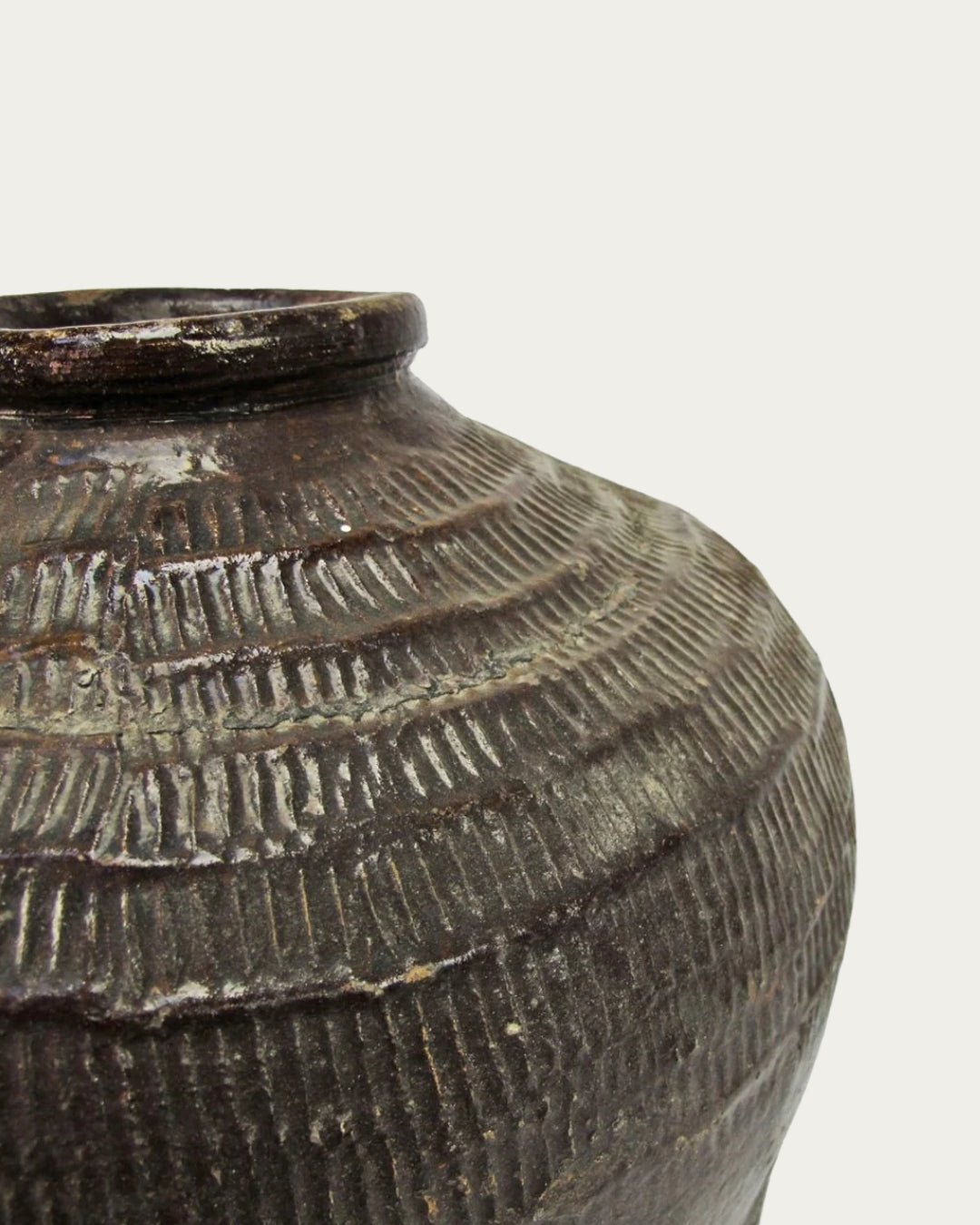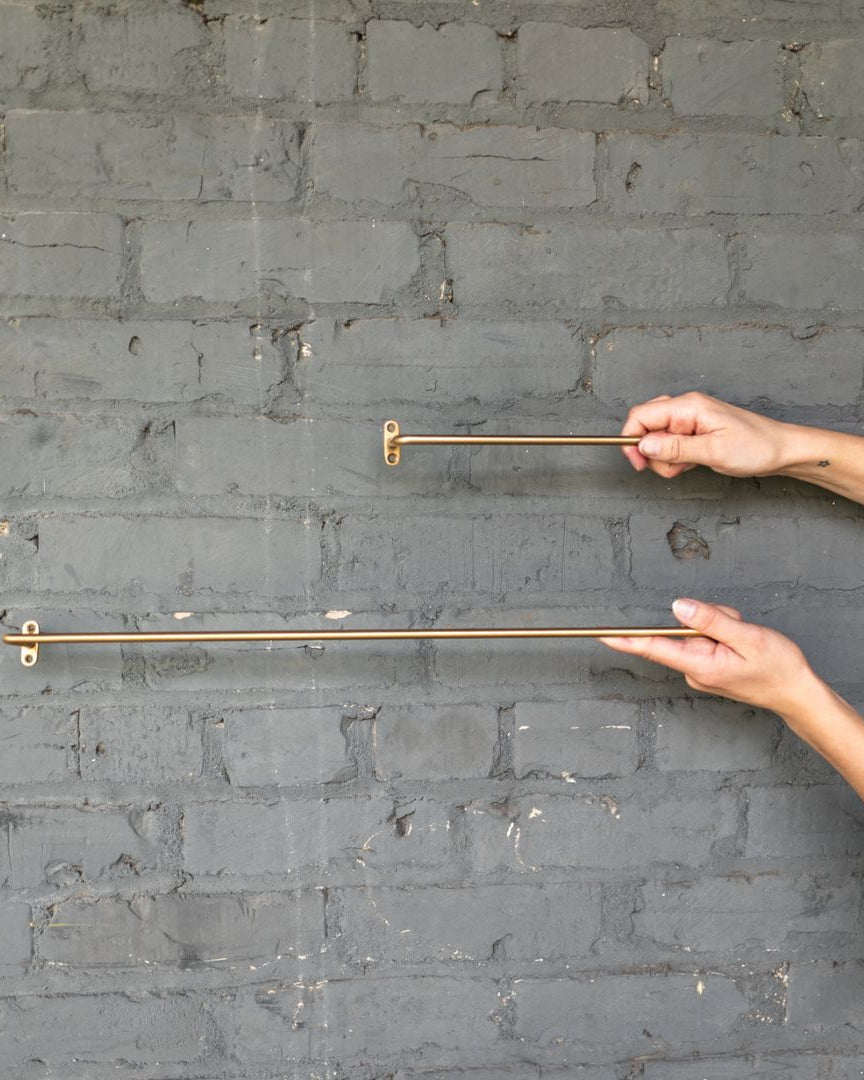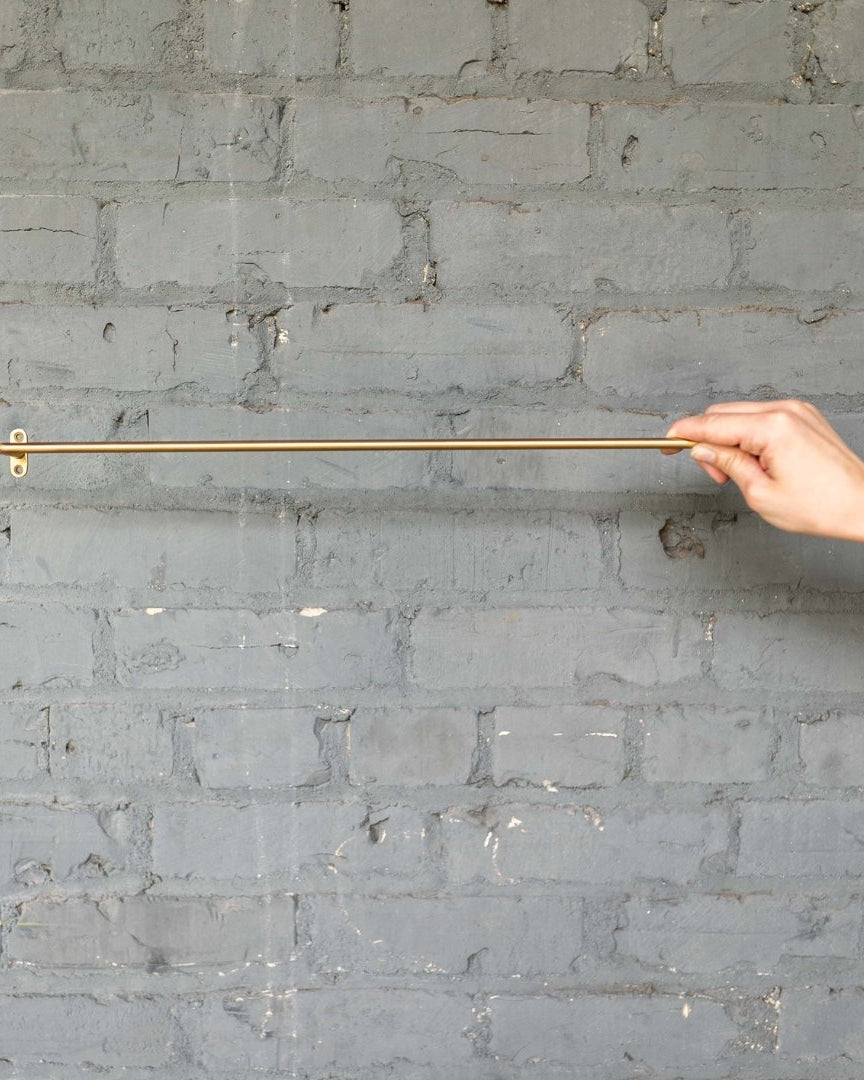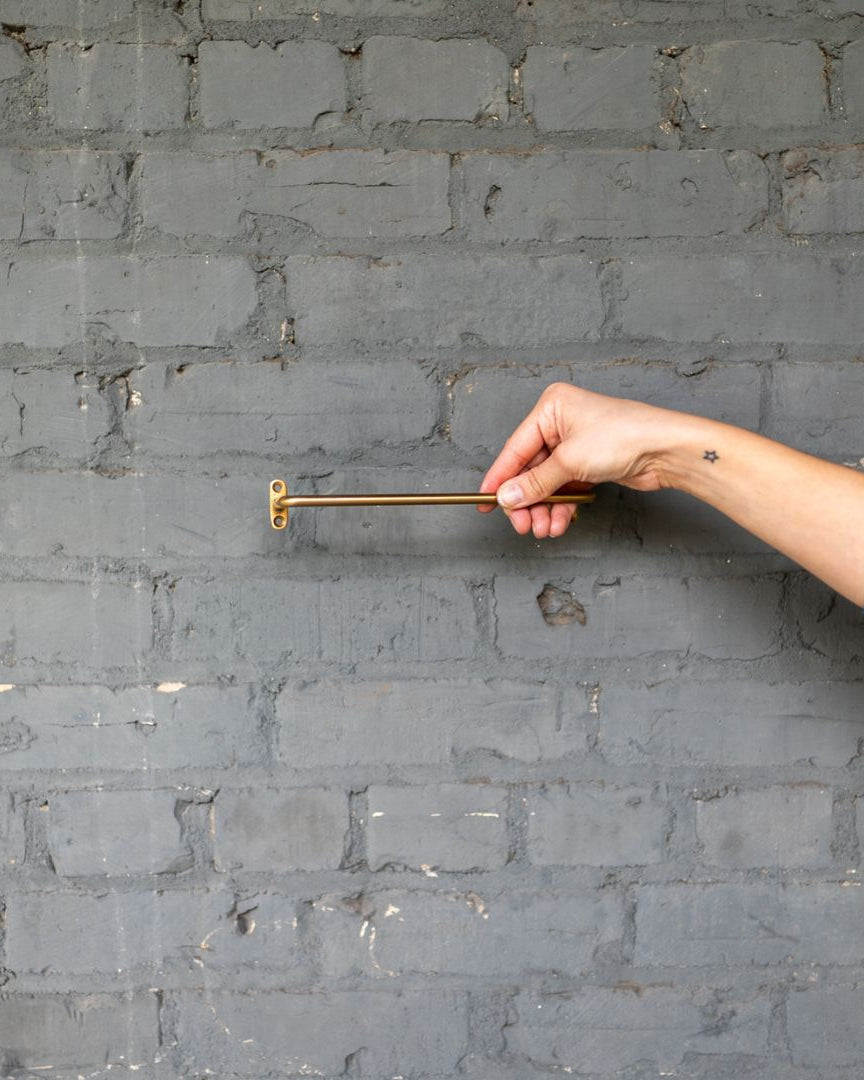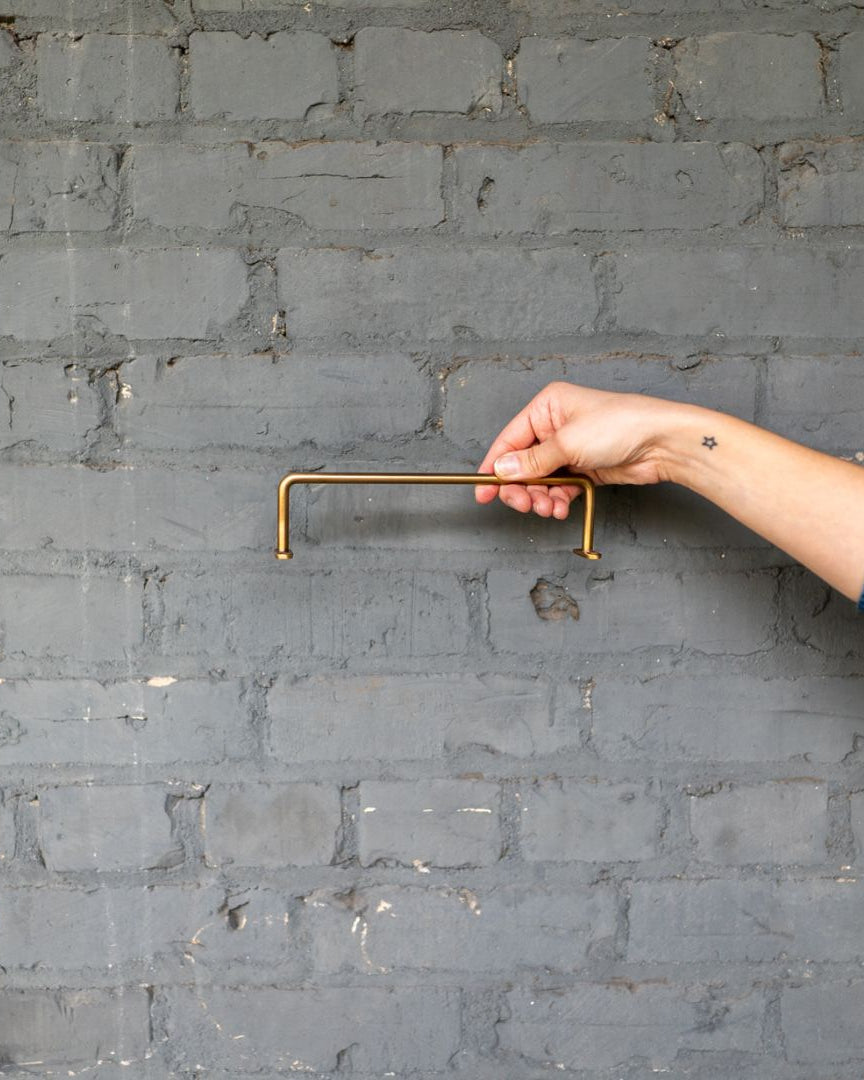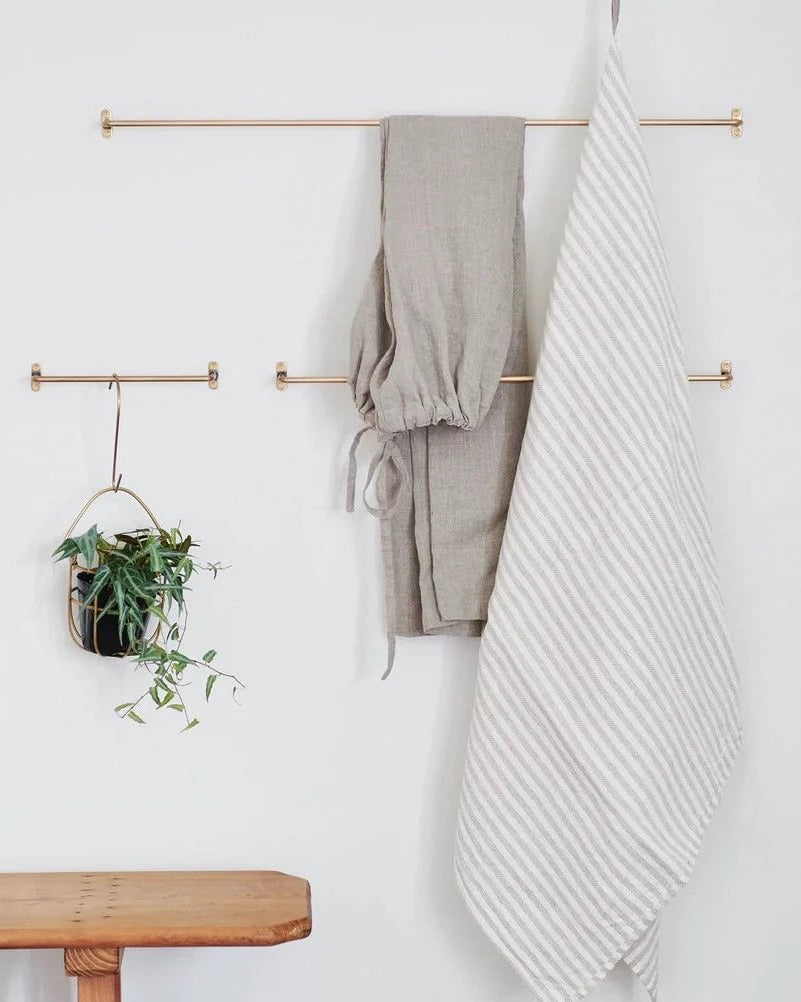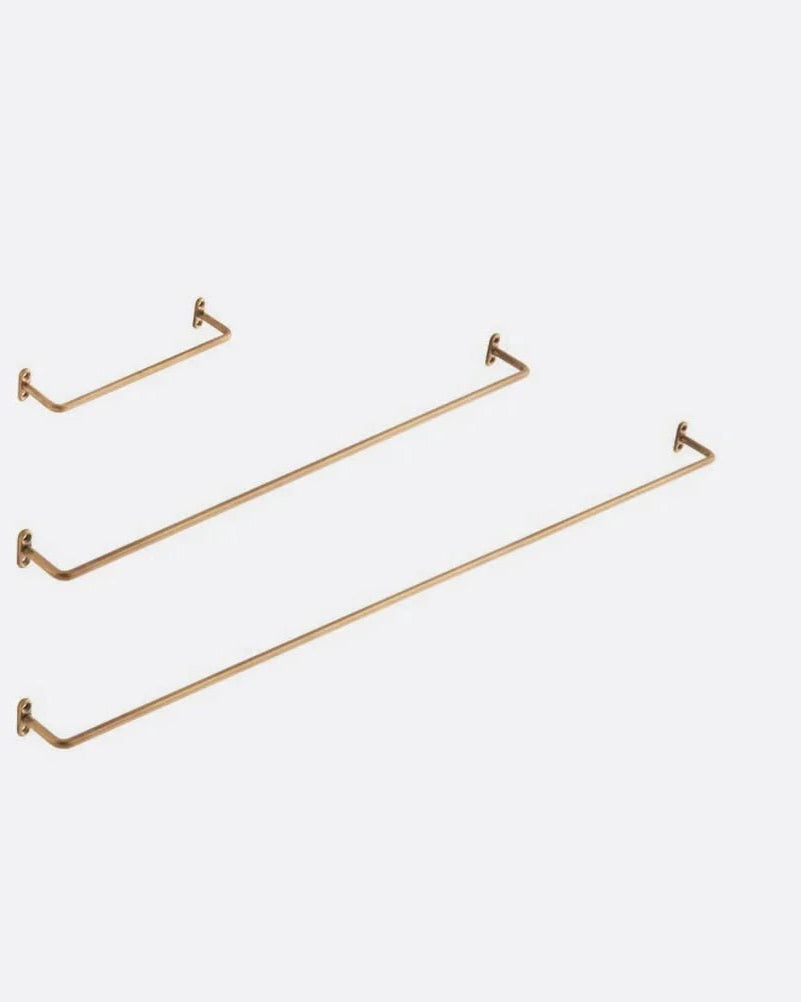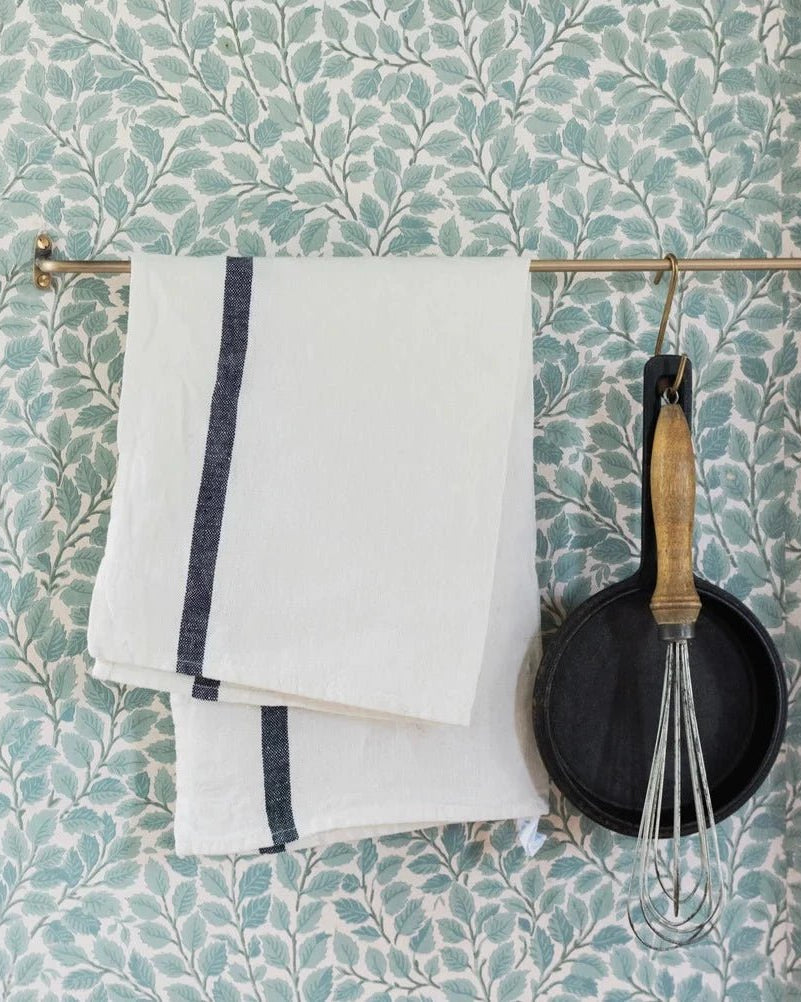Every home carries a pulse. Sometimes it’s in the light that spills across the floor at dawn, sometimes in the rhythm of footsteps crossing a threshold. A reclaimed console isn’t just a piece of furniture; it’s an anchor for these everyday rituals. The weight of wood—worn, imperfect, carrying its history forward—grounds us in ways a flat-packed shelf never could.
Designers talk about flow and balance, but what we often mean is regulation. A slim vintage console table in an entryway can slow your nervous system the second you walk in, giving you somewhere to set your keys, rest your eye, and catch your breath. It’s furniture that remembers: beams, doors, or carved details repurposed into a new form, carrying both weight and stillness into modern rooms.
If you’re searching for a console that feels lived-in, textured, and undeniably present, reclaimed wood is where story meets function. Each piece carries knots, splits, carvings, and wear that no factory line can mimic. Explore Hello Norden’s full console table collection to find one that tells your story.
The Story a Reclaimed Console Tells
What “Reclaimed” Really Means
When we talk about a reclaimed console, we’re not describing a style—it’s a lineage. These tables are cut from beams that once held up houses, boards that framed doors, planks that bore the marks of time. In India, China, or rural Europe, salvage yards and workshops gather these architectural remnants. The process isn’t simply recycling; it’s transformation. Every vintage console table carries scars that reveal where it stood before—edges worn smooth by touch, splits widened by climate, surfaces marked by use.
Reclaimed wood consoles bring that past forward into the present. They’re not just decorative furniture, they’re fragments of buildings, factories, and households that have already lived one life before finding a new one.
From Framework to Furniture
There’s an intimacy in knowing your table once supported a roof or framed a window. Makers strip the beams, sand down the doors, and reconstruct them into something leaner—an entryway console or a modern wood console. That framework-to-furniture shift creates not only structure but story.
Take the Guobjorg console table: once part of a building’s frame, its roughly hewn boards now function as both top and legs. Light sanding makes it safe for everyday use, but the marks remain—cut lines, tool impressions, scars from decades of labor. Each Guobjorg console is one-of-a-kind, an object that refuses to be replicated. That authenticity can’t be factory-made.
Why Patina Matters
Patina isn’t a flaw. It’s the evidence of time. On a reclaimed console, knots, stains, and uneven textures become signals of memory. That layered surface actually works with the nervous system: natural variation softens visual monotony, offering the eye resting points and the hand tactile grounding.
Patina tells you the piece has already proven its durability. It’s held up under weather, movement, and use. Now, in your entryway or living space, it becomes a stabilizer—reassuring in its imperfections, textured in its honesty.
Texture, Patina, and Presence
The Role of Imperfection in Design
Perfection in furniture often feels sterile. What makes a vintage console table compelling is the way it refuses uniformity. Chips, uneven coloring, faint scratches—these are signs of a life already lived. The imperfection draws you in, grounding the space and offering warmth that pristine surfaces rarely provide.
The Wallace reclaimed oak console table illustrates this perfectly. Built from reclaimed oak, its natural grains, knots, and whirls are left unapologetically visible. No two consoles are alike. Each one carries distressing, joint lines, or fissures as part of its organic beauty—details that invite touch rather than repel it.
Grounding Spaces With Wood Grain
Our nervous system seeks rhythm. Wood grain delivers that rhythm in its own subtle way: swirls, rings, and linear patterns that mimic organic forms found in nature. A reclaimed console placed along a hallway wall doesn’t just fill space—it regulates it. The eye follows the lines of grain, slowing movement, softening the experience of entering or leaving a room.
The Edith console table takes this further. Carved from old architectural wood, its surfaces carry both deliberate patterns and incidental marks. Sandblasting highlights these details, pulling them into focus so they can interact with light. It’s not just furniture—it’s a rhythm of grain, line, and shadow that steadies the space it inhabits.
The Sensory Layering of Surfaces
When you run your hand across a modern wood console built from reclaimed materials, you feel the unevenness, the subtle shifts in texture. That sensory input matters. It pulls you into the present moment, offering a tactile pause. Unlike synthetic finishes, reclaimed wood consoles give your body something real to engage with—slight ridges, coolness in grain, softness where the wood has been smoothed by decades of use.
Layer that console with stone bowls, metal trays, or woven baskets, and you create not just a styled surface but a sensory system: touch, sight, weight, and balance working together. That’s why reclaimed consoles anchor rooms—they offer presence you can feel.
Function and Flow in the Modern Home
Anchor vs. Accent
Every room needs a stabilizer. In some spaces, it’s the sofa; in others, it’s the rug. But a reclaimed console works differently—it anchors without overwhelming. Slim enough to tuck behind a sofa or stand guard at the entryway, it provides just enough surface to set down a book, place a lamp, or display an object with meaning.
Think of a console as a pause in the layout. In an entryway, it slows you down when you come home, asking you to drop keys or mail before moving further into the space. In a living room, it can act as a quiet backdrop, supporting lamps or plants without demanding attention. Whether you treat it as an accent or an anchor, the vintage console table is always shaping the flow.
Storage That Doesn’t Shout
The most compelling storage is subtle. A modern wood console doesn’t need bulky drawers or obvious cabinets; it can hold presence while quietly tucking away what you don’t want to see.
The Vara vintage wood console table is a perfect example. At first glance, it’s an antique-inspired console with a sturdy base. But its top lifts open—two vintage tables combined to create hidden storage. The lower shelf is reinforced with reclaimed teak, giving you space for baskets or books without clutter. This is the kind of function that doesn’t scream “storage” yet makes everyday rhythms easier.
On the opposite end of the spectrum is the Ingibjorg reclaimed console table. No drawers. No compartments. Just salvaged elm doors reimagined as a lean surface. It proves that not all consoles need to hold things—they can also hold space. Sometimes restraint is the function.
Balance in Movement
A console influences how we move through a room. Too bulky, and it disrupts flow. Too slim, and it disappears. The right reclaimed console creates rhythm—an easy passing point, a surface that feels intentional but not imposing.
Styling plays a role here. A single lamp, a small stack of books, or a sculptural bowl keeps movement fluid. Overload it, and the console becomes a block instead of a bridge. Flow isn’t just about furniture placement; it’s about how the eye moves across surfaces, how the nervous system interprets balance, and how the body navigates space.
When Vintage Meets Modern
The Hybrid Console
Reclaimed doesn’t always mean rustic. Many pieces sit at the intersection of past and present, where antique materials meet clean silhouettes. These hybrids function beautifully in modern homes: they hold history without feeling heavy.
The Ebon console table shows how this works. Its beams were once part of factories and warehouses, but the form is stripped down—strong lines, no unnecessary carving. Industrial memory paired with modern restraint. It’s a modern wood console that still breathes vintage grit.
A Contemporary Need for History
Why do reclaimed pieces resonate so deeply in new builds? Because our bodies crave contrast. Modern architecture often means drywall, glass, and repetition. A vintage console table with uneven surfaces breaks that sameness. The imperfections remind us that not everything is polished, and that’s precisely why it feels grounding.
Bringing old wood into new spaces is more than aesthetic—it’s a nervous system reset. Rough-hewn texture next to smooth walls, gray wash finishes against sleek floors—it’s contrast that helps the body feel balanced.
Styling a Modern Wood Console Without Losing Soul
Pairing reclaimed consoles with contemporary interiors requires balance. The key is not to erase the wood’s history with overly polished styling. Instead, lean into contrast: a reclaimed surface under a modern lamp, vintage wood beneath clean-lined artwork.
The Helena console table embodies this idea. Shaker-inspired, crafted from reclaimed wood, it’s minimalist but warm. Against white walls or alongside modern seating, it doesn’t feel out of place—it feels like the grounding layer.
Together, the Ebon and Helena consoles prove that you can have both: rustic history and modern restraint. The story of the wood doesn’t get lost when the silhouette is kept simple—it gets amplified.
Choosing the Right Console for Your Story
Scale and Proportion
The first question to ask: where will it live? A reclaimed console can stretch long and wide, anchoring a living room wall, or stay slim and narrow to guide a hallway. Scale determines presence.
In a tight entryway, a lean vintage console table creates rhythm without blocking movement. Behind a sofa, a wider form becomes both divider and bridge, grounding the layout. The right proportion keeps the body moving with ease—your nervous system notices when something feels oversized or underwhelming, even if you don’t.
Tone and Finish
A console speaks through color and surface. Gray wash tones feel muted, offering calm. Whitewashed finishes brighten but don’t sterilize. Natural or dark stains pull deeper, adding gravity to a space.
The Linden architectural salvage console table embodies this spectrum: hand-carved vintage wood, bleached to highlight its grain, standing as both texture and sculpture. Place it in a sunlit hallway, and the bleached finish reflects light, creating openness where darker tones would feel heavy.
Tone isn’t just aesthetic—it’s emotional. The nervous system reads lighter finishes as airier, while darker wood grounds and slows. Choosing finish is choosing mood.
Carved vs. Minimal
Surface detail matters. Carved consoles tell ornate stories, adding visual rhythm that draws the eye. Minimal silhouettes, on the other hand, emphasize form and flow. Both can regulate differently.
The Bryndis console table, with hand-carved cloud motifs, feels almost ceremonial. Each carved mark adds texture that catches light and shadow, shaping mood.
Contrast that with the Jona reclaimed console table: antique sawhorse legs paired with a worn reclaimed top. No excess carving, just structure and history. It’s minimal but weighty—a table that doesn’t need decoration to feel complete.
Carved or minimal isn’t a question of right or wrong. It’s about how you want the console to carry the room: ornate and expressive, or restrained and grounding.
Consoles as Nervous System Anchors
Why a Console Feels Like Stability
Placement at thresholds matters. A reclaimed console by the front door greets you with order, signaling transition from outside to inside. Behind a sofa, it creates a barrier of stability in open layouts. Consoles function as wayfinders—quiet stabilizers that help your body orient in space.
That stability is more than design; it’s regulation. Consoles at thresholds tell the body: this is where you pause.
Regulating Through Surfaces
Clutter is visual noise. Surfaces, when left undefined, often become dumping grounds that spike stress. A vintage console table provides containment. Place a bowl for keys, a tray for mail, and you’ve created rhythm: visual order out of chaos.
The nervous system calms when surfaces are intentional. Negative space—the choice not to fill every inch—matters as much as the objects you place there. A well-styled console is less about décor and more about setting visual boundaries that regulate overwhelm.
Ritual and Memory
Everyday objects hold memory. The console becomes the keeper of these rhythms: where you place your keys every night, where letters wait, where flowers mark the change of seasons. Over time, the modern wood console is less a piece of furniture and more a ritual station.
Memory lives in repetition. Returning to the same spot to drop your bag or light a candle grounds the body through consistency. Consoles carry that weight, quietly shaping how you move through the thresholds of your day.
Styling Principles for Reclaimed Consoles
Texture on Texture
A reclaimed console already carries weight through its wood grain and patina, but styling adds another layer of regulation. Think tactile: a stone bowl with a cool surface, a vintage mirror with weathered edges, woven baskets with soft irregular fibers. Texture on texture keeps the eye engaged without overwhelming, creating a rhythm that feels grounded.
The contrast matters—hard stone against worn wood, woven grass beside smooth glass. This layering turns a vintage console table into more than furniture; it becomes a sensory station, pulling in touch, sight, and light all at once.
Playing With Light and Shadow
Light shapes how a console lives in your home. A low lamp casts warm pools across reclaimed grain, highlighting knots and splits. Candlelight flickers across carved details, creating shifting patterns. A mirror above the surface reflects morning light, doubling its presence.
When styled with intention, a modern wood console becomes a stage for shadow play. These shifts aren’t just aesthetic—they affect regulation. Soft, indirect light calms the body; harsh, overhead light agitates. A console styled with low lamps or candlelight becomes an anchor for slowing down.
The Negative Space Rule
The instinct is to fill every surface. But consoles work best when they breathe. Negative space—the parts you leave intentionally empty—keeps the surface from tipping into visual clutter.
Choose one or two strong objects, then stop. A bowl, a lamp, maybe a single stack of books. Allow gaps. A reclaimed console doesn’t need decoration to prove its worth; its patina, marks, and history already tell a story. Overcrowding erases that.
Explore Vintage Console Tables at Hello Norden
Each reclaimed console carries a backstory in its surface—anchoring your space with both weight and warmth. Some are carved, some minimal, some bleached, some dark, but all bring history forward into the present. Explore Hello Norden’s full console table collection to find the piece that feels like it belongs in your home.
FAQ: What You Should Know About Reclaimed Consoles
1. What makes a reclaimed console different from a modern wood console?
A reclaimed console is built from salvaged materials—beams, doors, or architectural fragments—so each piece carries unique marks of history. A modern wood console may have clean lines, but it often lacks the patina and story reclaimed wood provides.
2. Where’s the best place to use a vintage console table?
Entryways, hallways, and living rooms are ideal. They anchor thresholds, provide functional surfaces for keys, lamps, or décor, and add grounding presence without overwhelming space.
3. How durable are reclaimed wood consoles?
Very durable. These pieces have already stood the test of time as structural wood. While they may show chips, splits, or wear, these details don’t compromise stability—they enhance authenticity.
4. How do you style a reclaimed console without overcrowding it?
Follow the negative space rule: choose a few meaningful objects—like a lamp, a bowl, or a single stack of books—and leave room for the console’s surface to speak. The goal is balance, not excess.
5. Do reclaimed consoles require special care?
Not much beyond respect for the material. Dust with a soft cloth, avoid harsh chemicals, and protect the surface from excess moisture. Occasional wood-safe oil can help preserve tone and prevent drying.
6. Can a reclaimed console work in small spaces?
Yes. Slim-profile reclaimed consoles are perfect for hallways, studio apartments, or narrow entryways. They provide surface space and texture without overwhelming the room, making them ideal where every inch matters.
7. Are vintage console tables sustainable?
Absolutely. A vintage console table reuses existing materials, reducing demand for new lumber and minimizing waste. Choosing reclaimed wood furniture supports both sustainability and craftsmanship.
8. How do I choose between a carved console and a minimal design?
Carved consoles add visual rhythm and ornate detail, while minimal designs emphasize proportion and simplicity. The choice depends on mood: expressive surfaces create movement, while minimal silhouettes offer calm restraint.
9. What interior styles pair well with a modern wood console?
Reclaimed and modern wood consoles work across many interiors—from rustic farmhouse to industrial lofts to contemporary apartments. Their versatility comes from neutral tones, natural textures, and clean silhouettes.
10. Will my reclaimed wood console look different from the photos online?
Yes, and that’s the point. Every reclaimed console carries unique knots, marks, and tones. Variations are part of their authenticity, ensuring no two pieces are identical.





